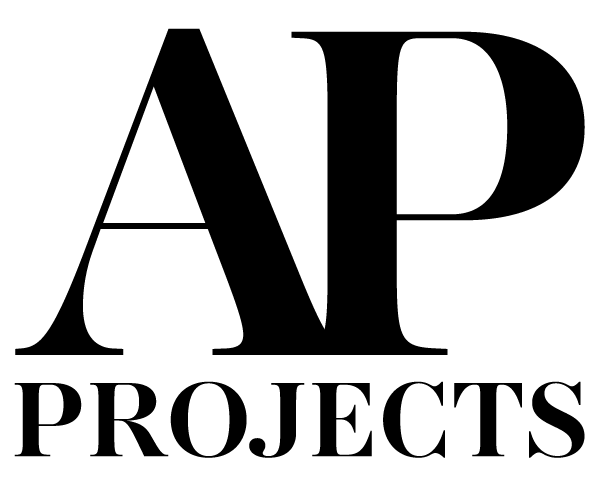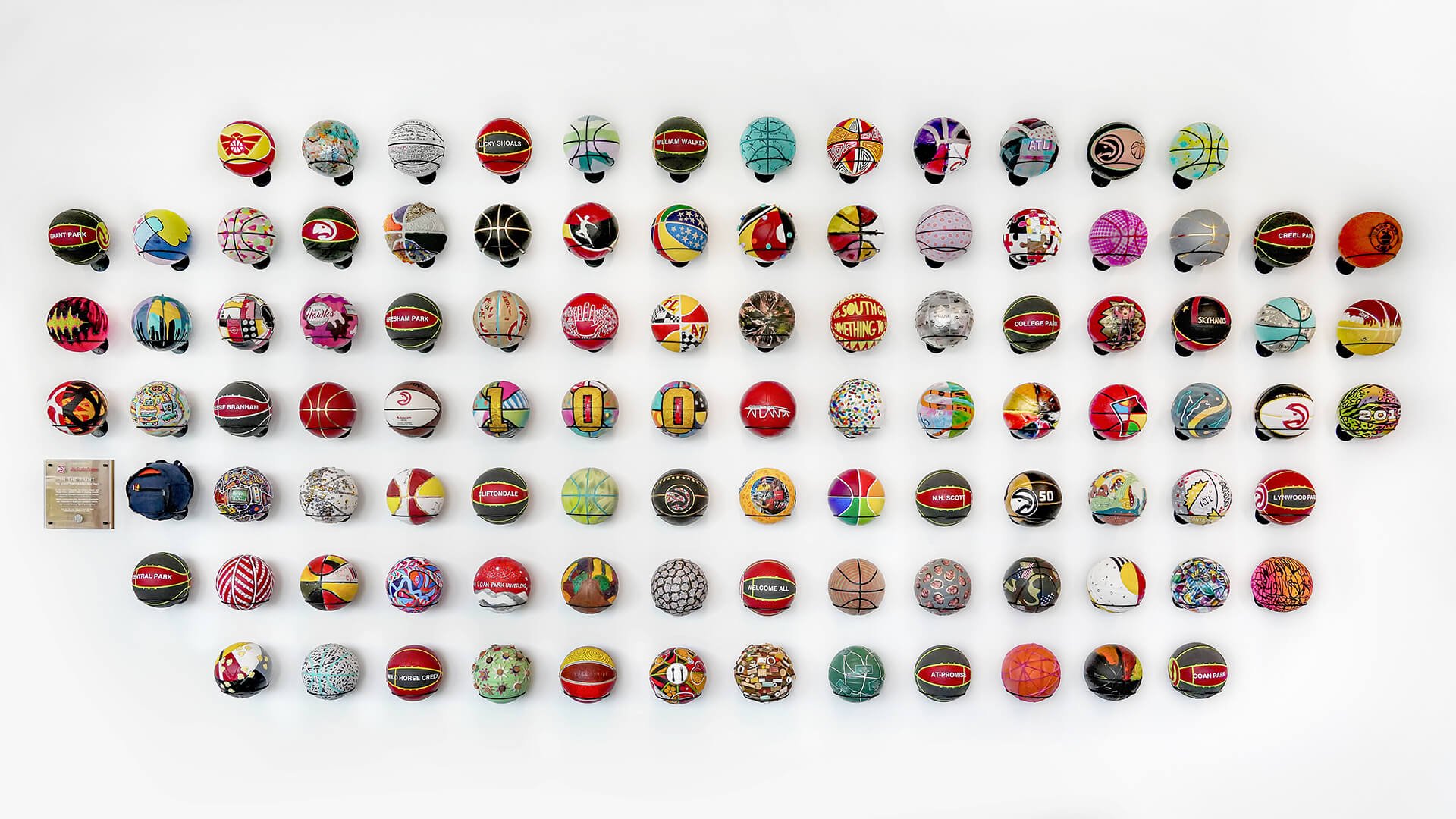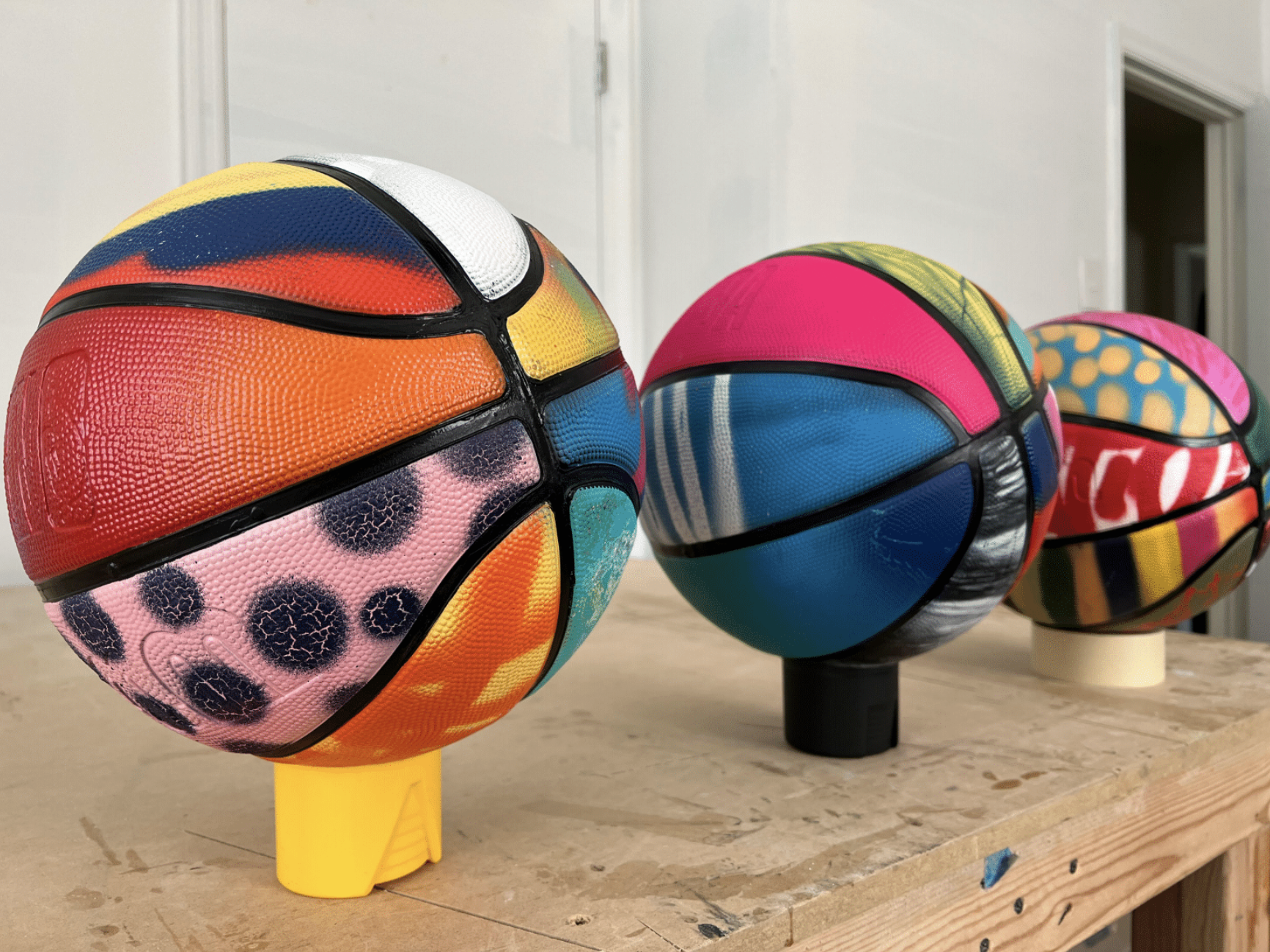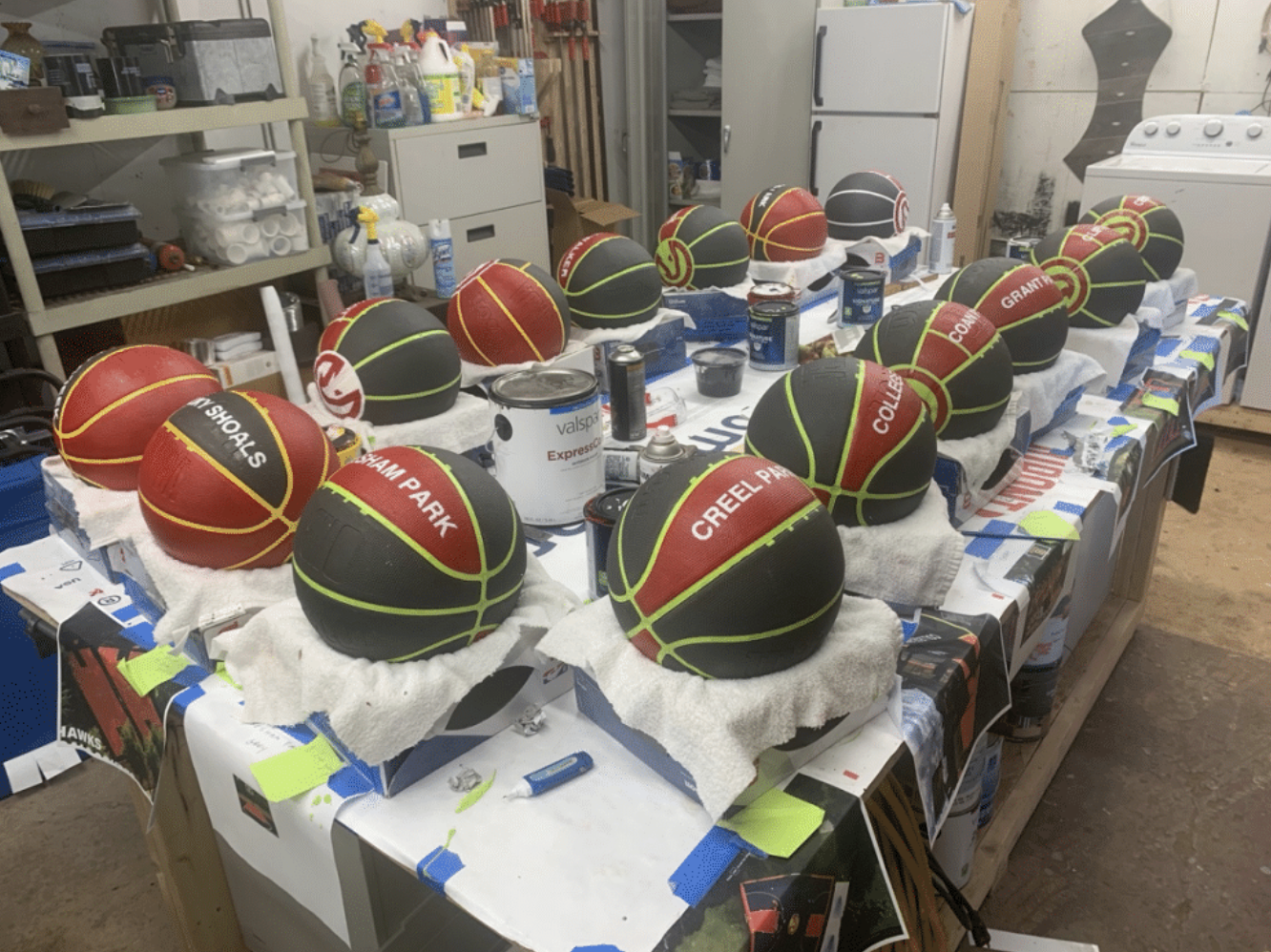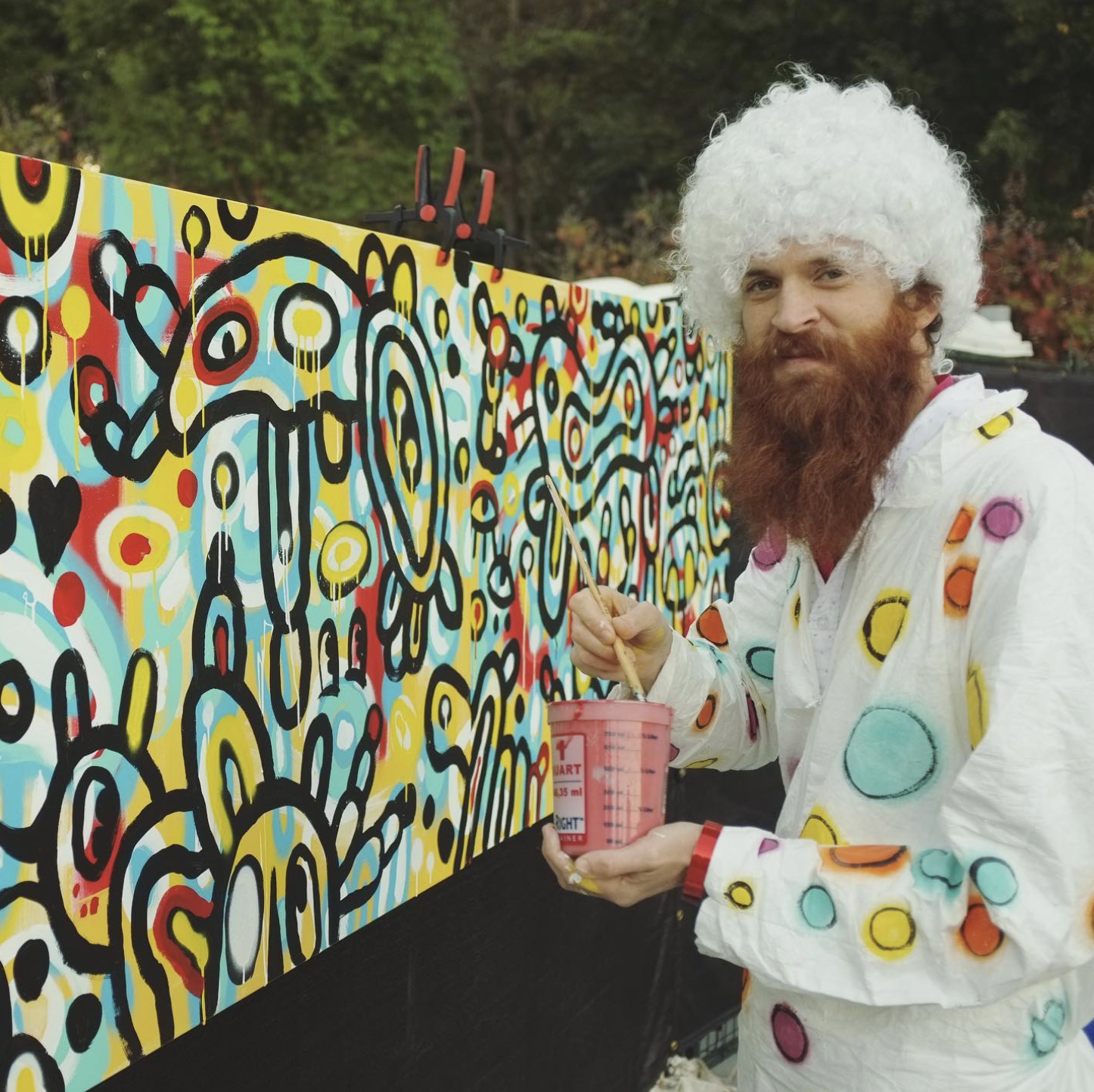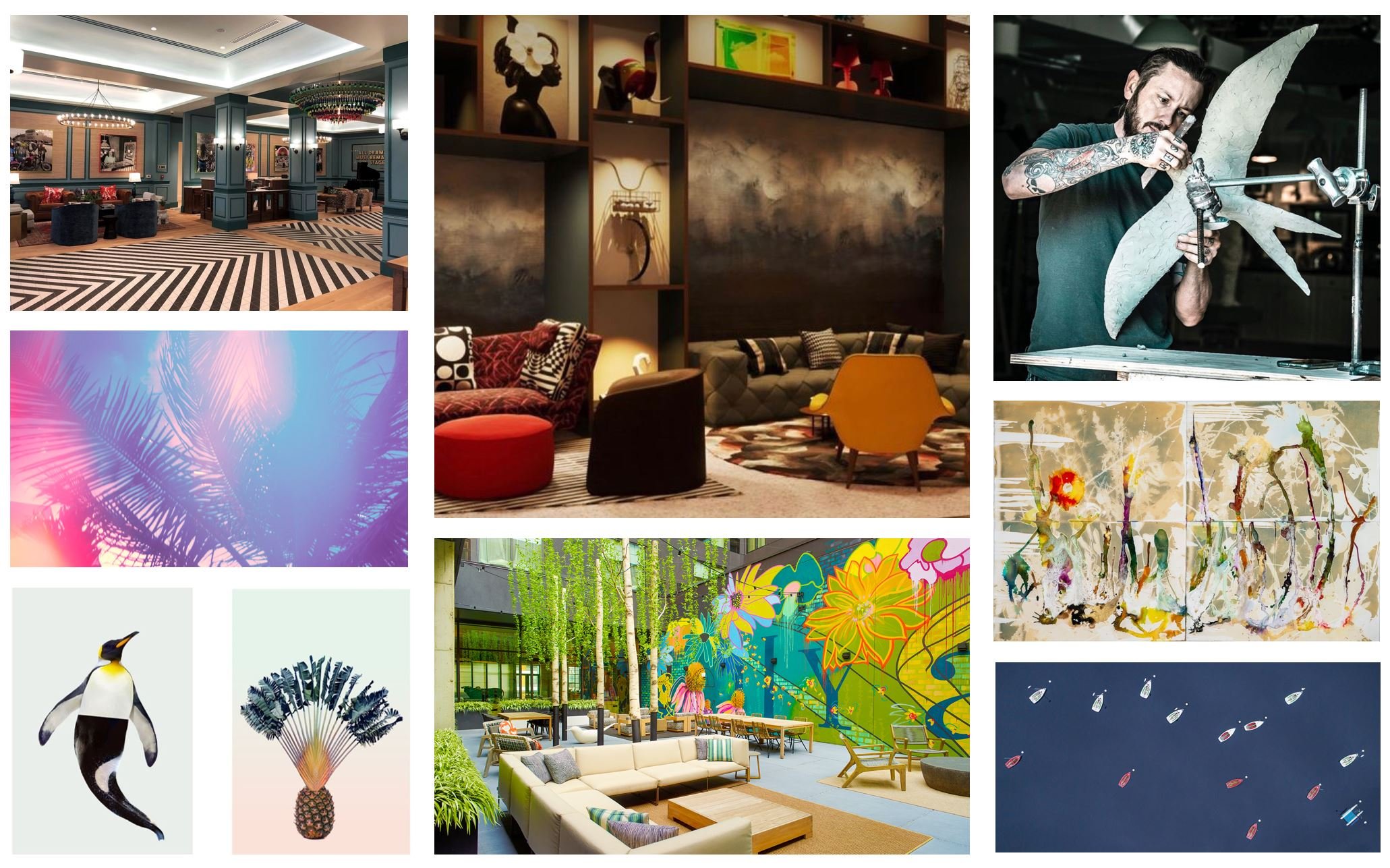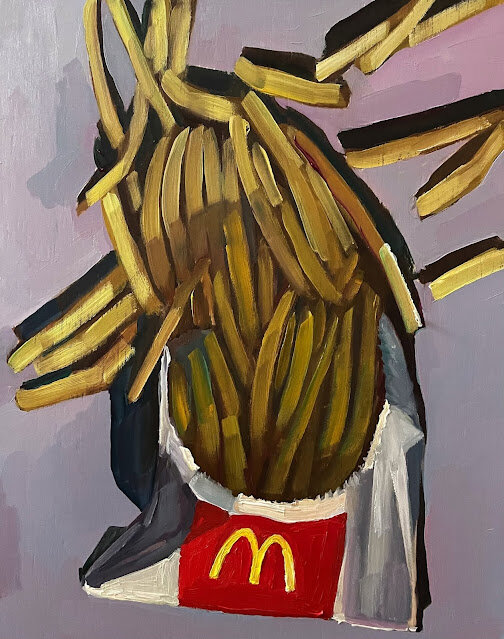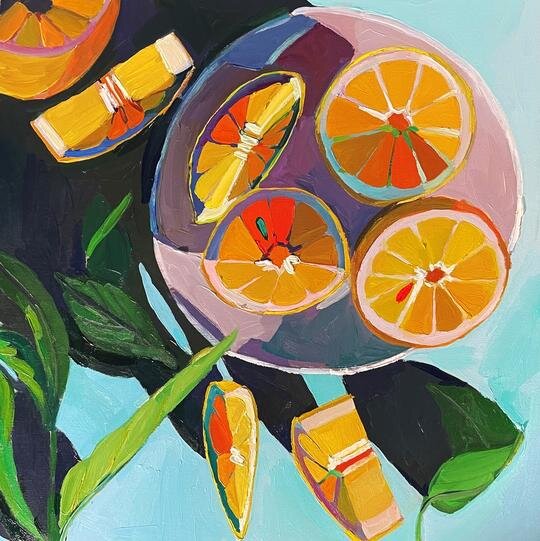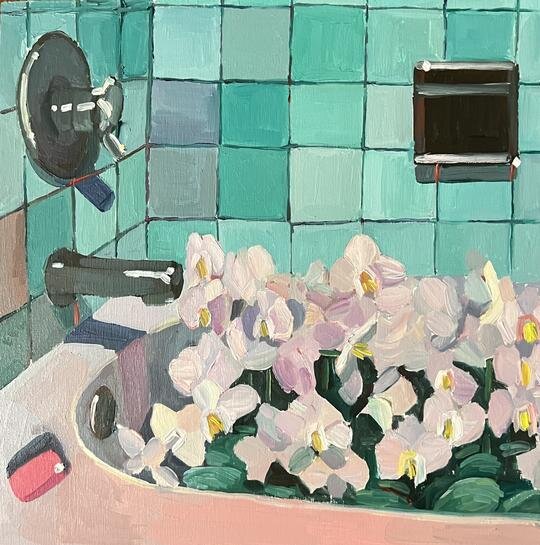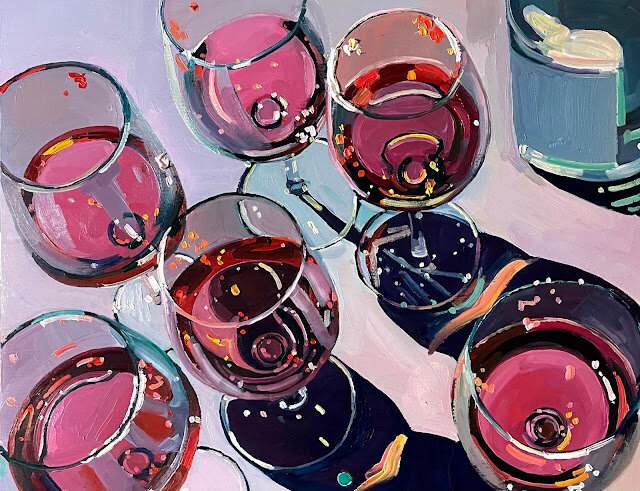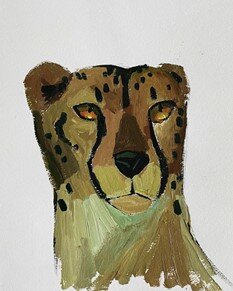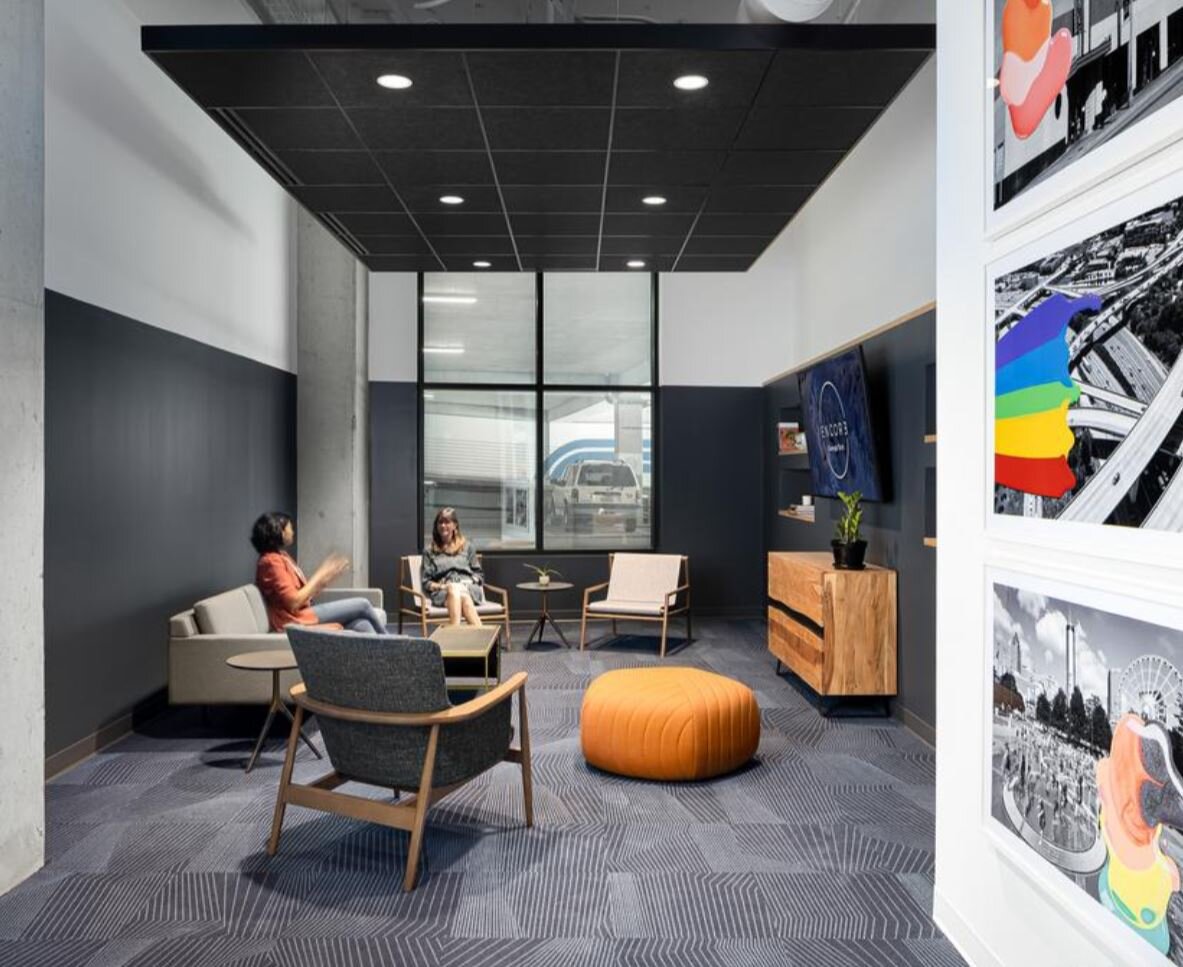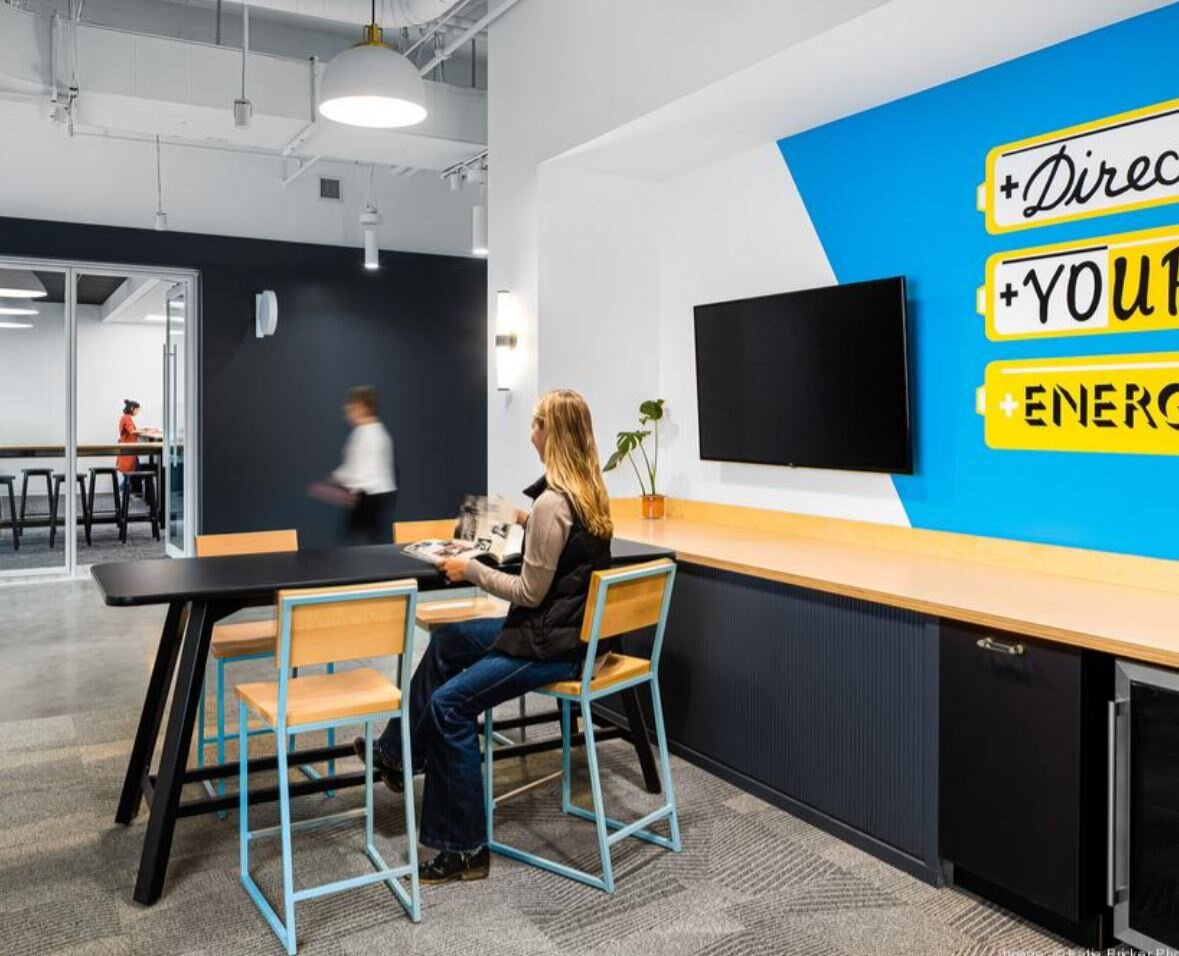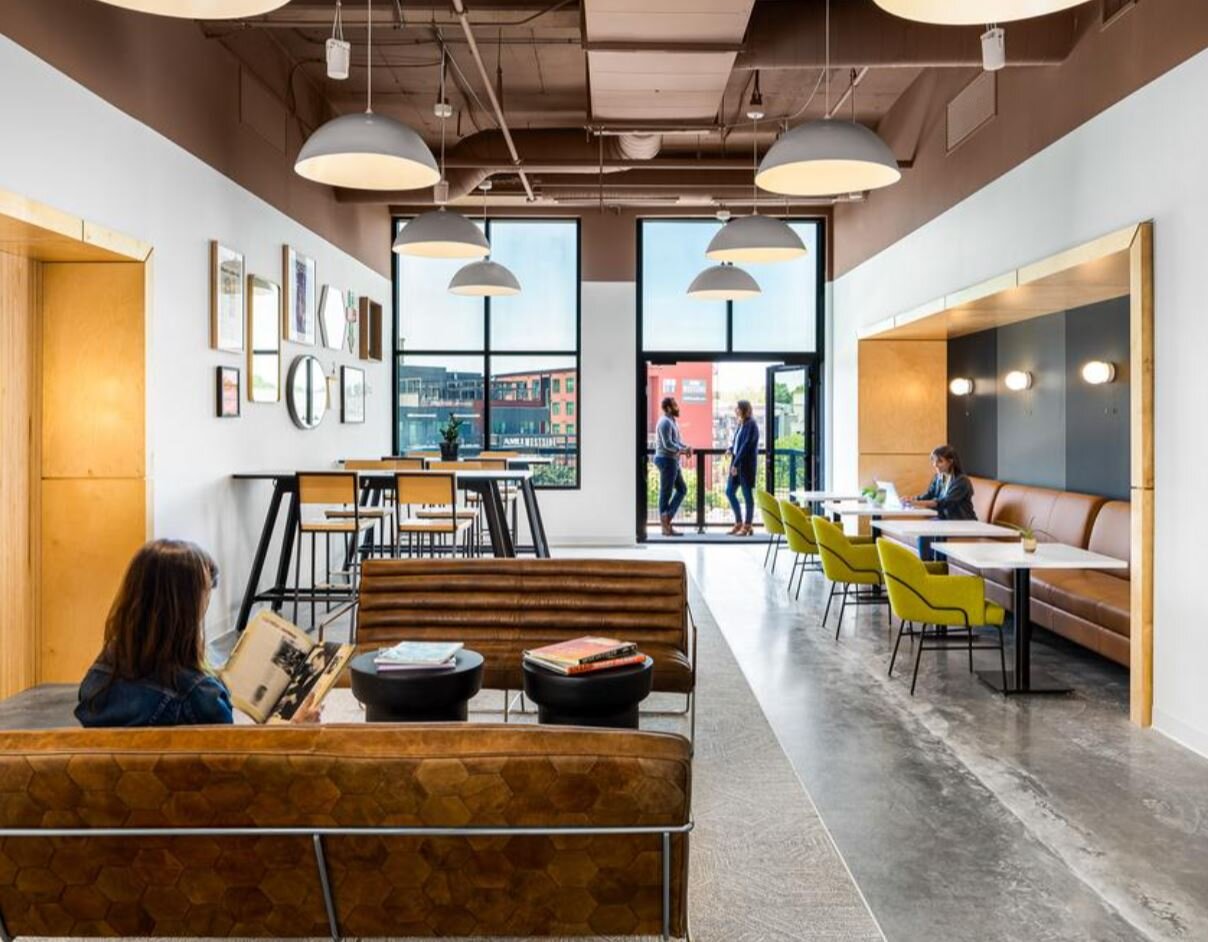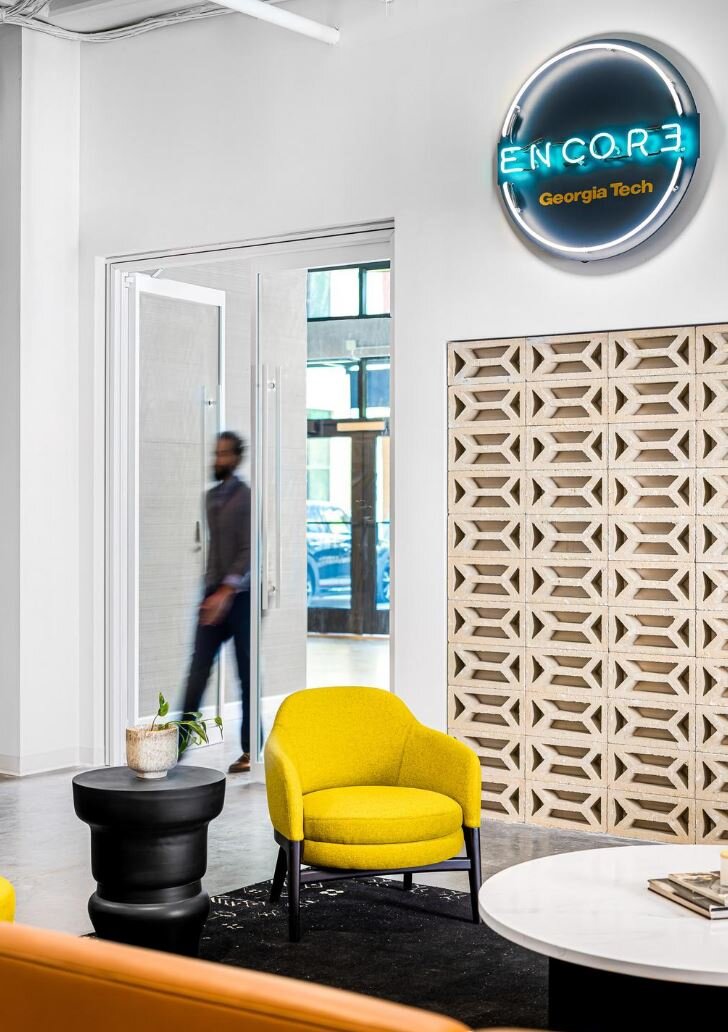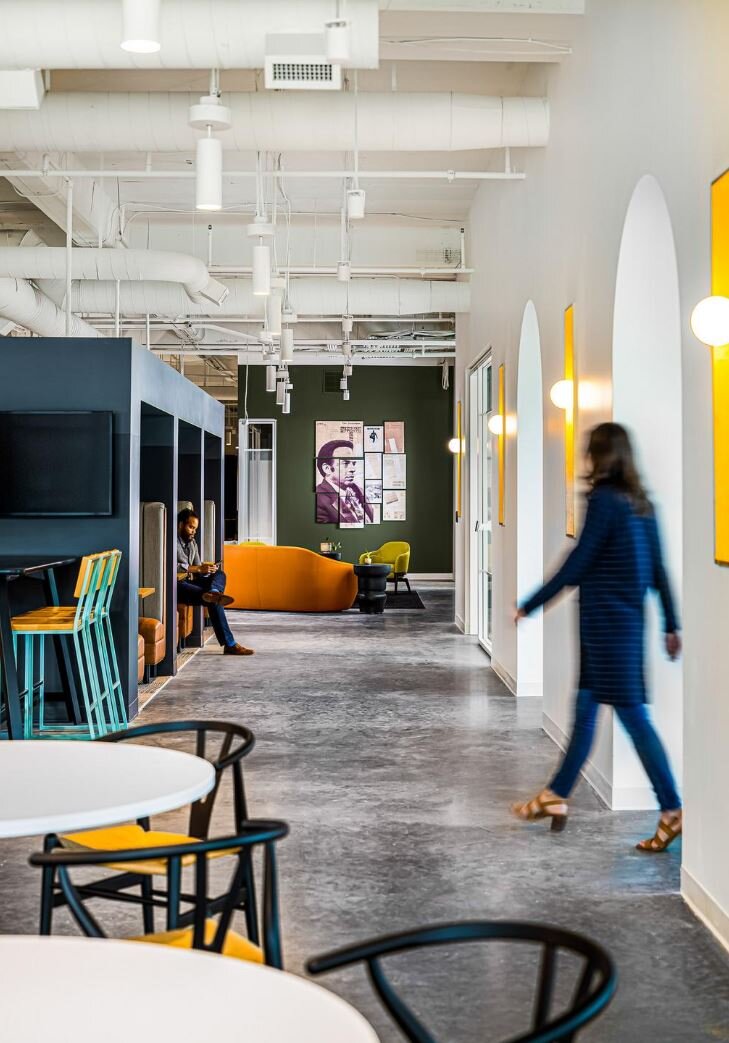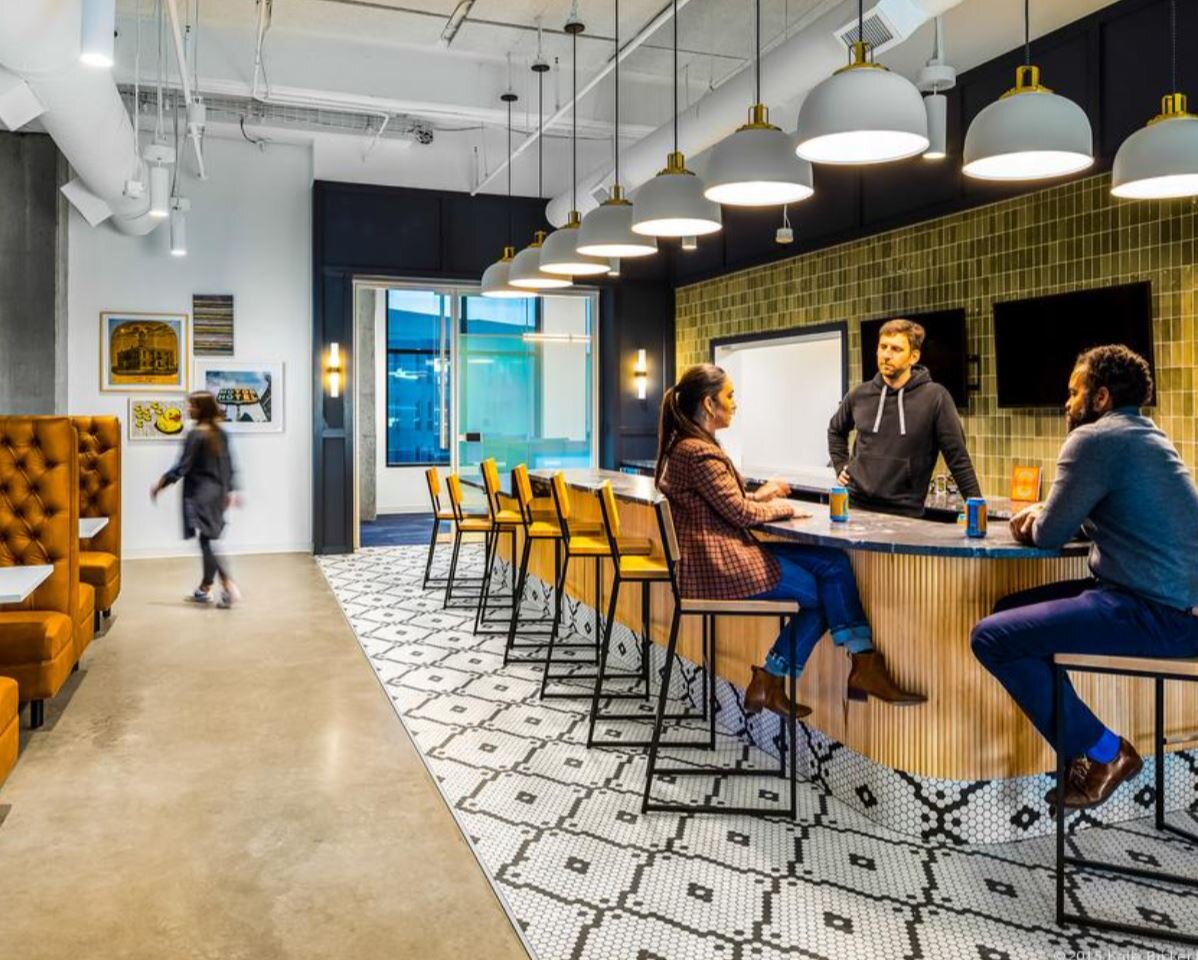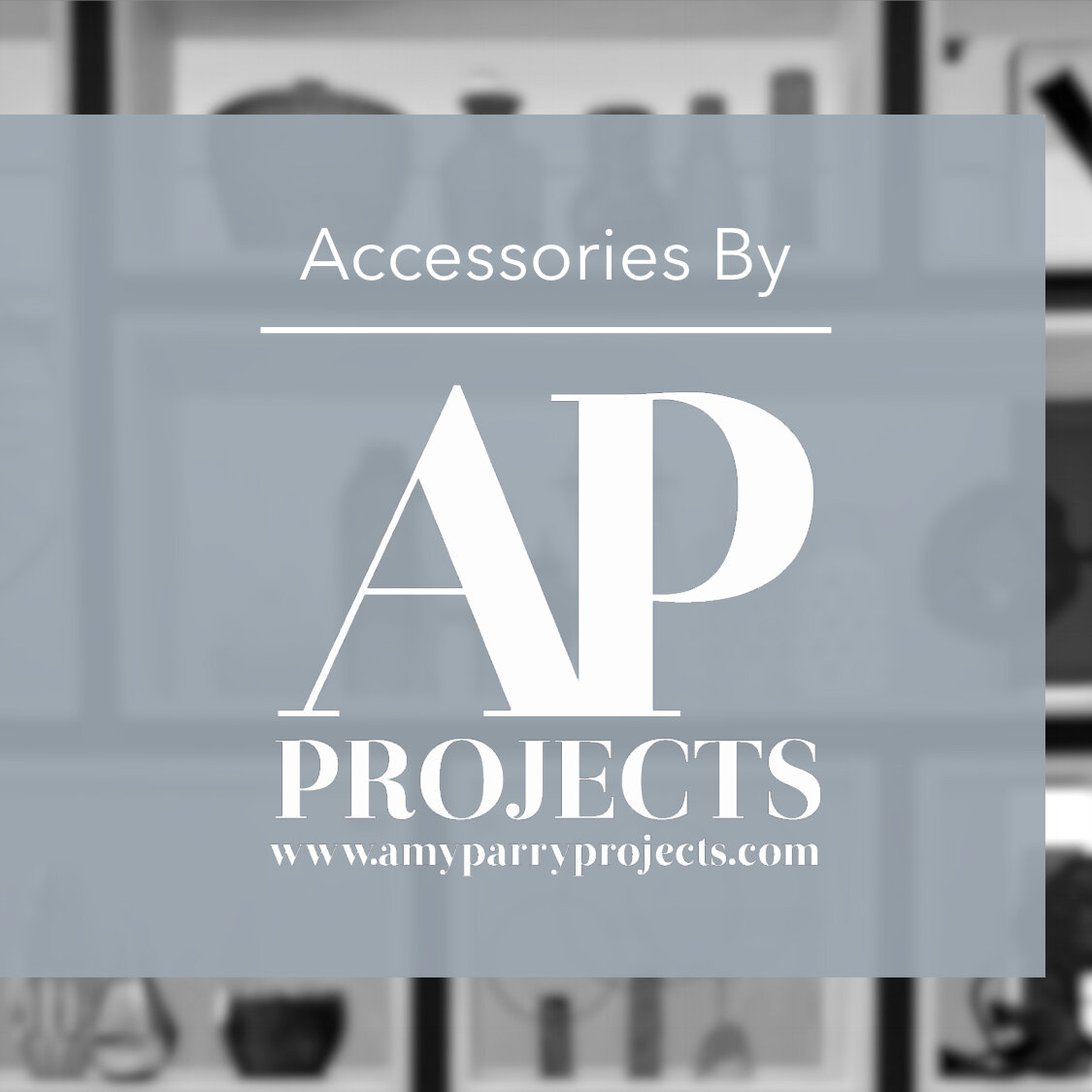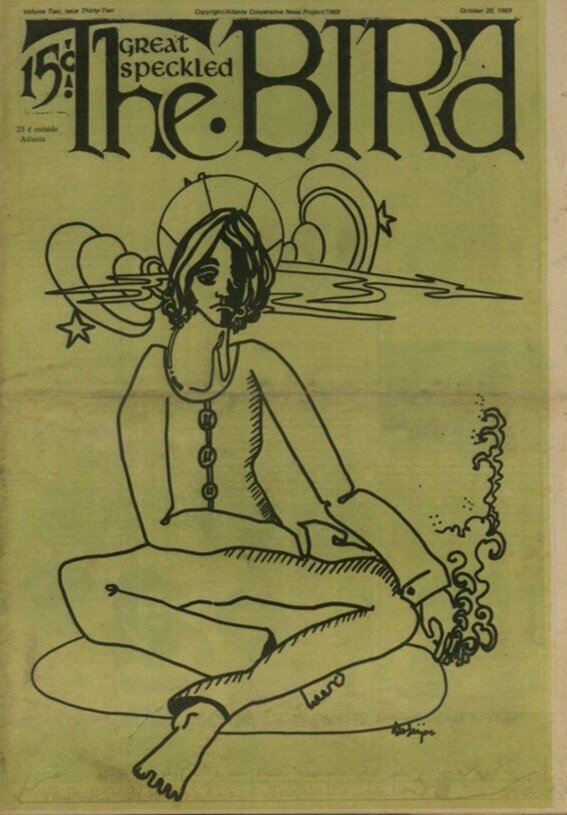APP: What is the significance of flowers in your work?
APP: We see a lot of murals of yours around town. Can you tell us how you got involved in that?
APP: I also love the mural on Highland Av at the Laundromat.
APP: I see you do some mural collabs with Lela Brunet.
APP: Who are the women in the paintings?
APP: What's up next for you?
APP: What else do you do when you're not painting?
In the Paint
State Farm 100 Year Anniversary Gift
APP has had an amazing relationship with the Atlanta Hawks over the years, providing artwork for the team’s home at State Farm Arena. When the Hawks were considering a gift for State Farm’s 100 year anniversary, they knew it had to be something meaningful, unique, and unexpected. APP was honored to be tasked with developing a special installation piece with the Hawks Studio for the State Farm headquarters in Sandy Springs.
APP engaged numerous local Atlanta artists, along with Atlanta Hawks employees and children at the State Farm Good Neighbor Clubs, to design the balls. Each artist was assigned a basketball to personalize in their style, and commemorate the Atlanta Hawks and State Farm’s community impact. Certain balls were designed to represent and highlight key moments in their joint giveback efforts, from the Hawk’s Season of Giving celebration to the Arena’s Zero Waste initiative.
One hundred balls were designed for the installation, representing each year of State Farm’s history. With such a large undertaking, APP enlisted the help of local artist and Atlanta native Taylor Means to assist with the organization and assembly of the installation. Taylor not only worked out the logistics of the piece, but personally designed and created many of the balls as well out of his studio in Avondale.
Other Atlanta artists, including Jermaine Clark, Kyle “Black Cat Tips” Brooks, Lillian Blades, Stacie Rose, and Zerric Clinton, to name a few, contributed their own unique artistic styles to the balls. The combined grouping is a kaleidoscope of color and texture, representative of the rich relationship and collaborative efforts between the Atlanta Hawks and State Farm over the years. We here at APP are truly honored to have been a part of such an impactful project, one that will be enjoyed and treasured for years to come.

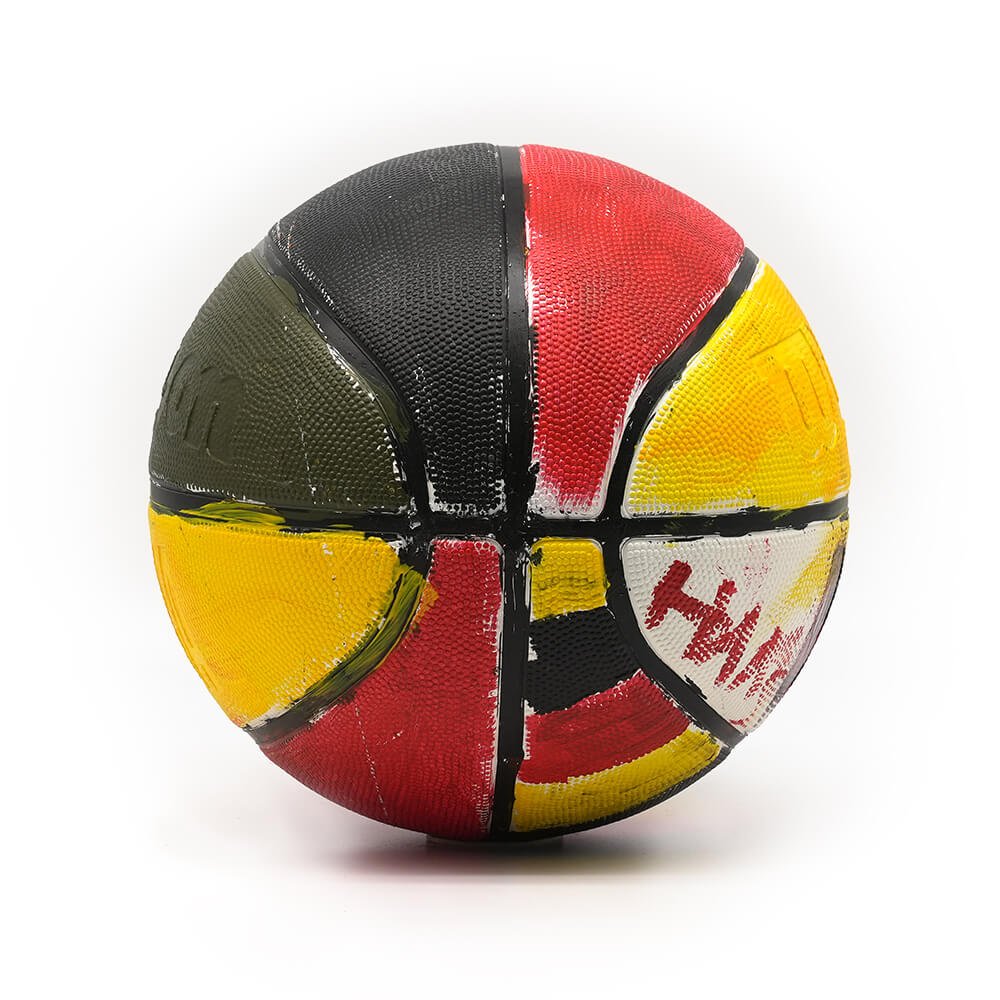
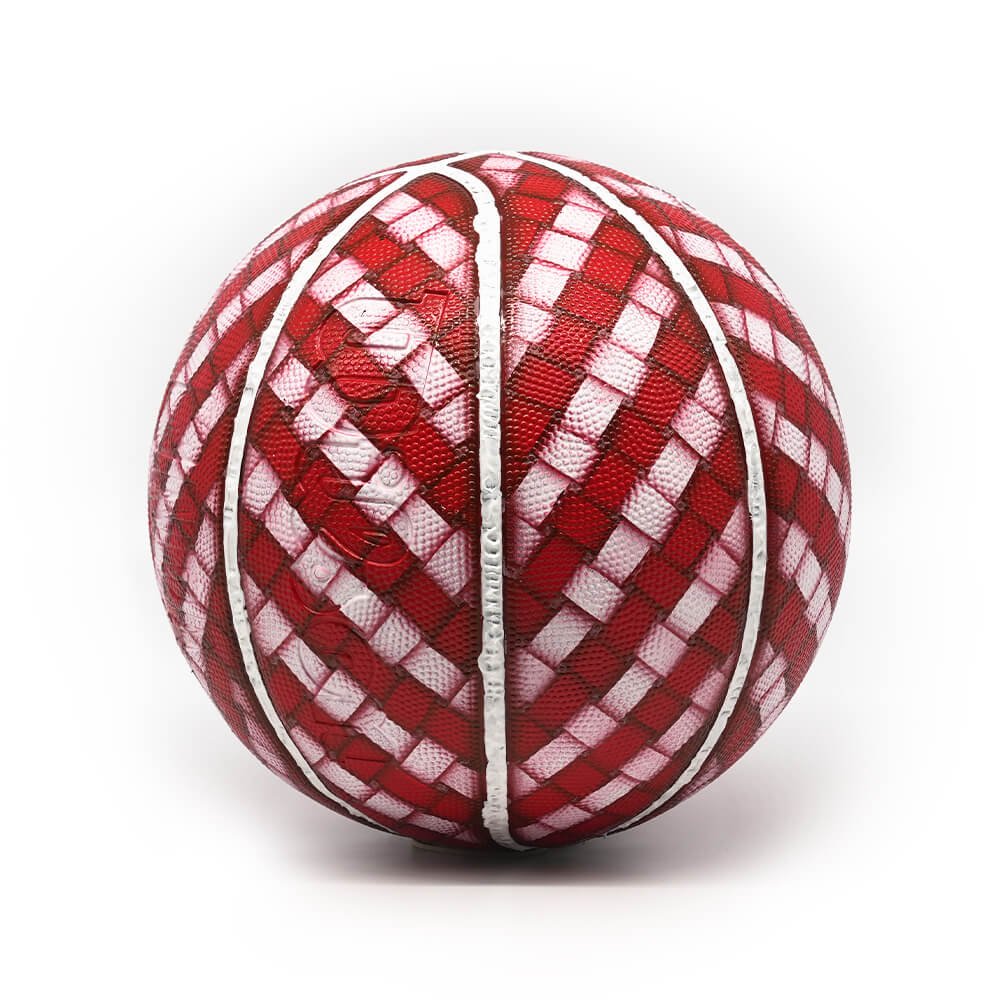
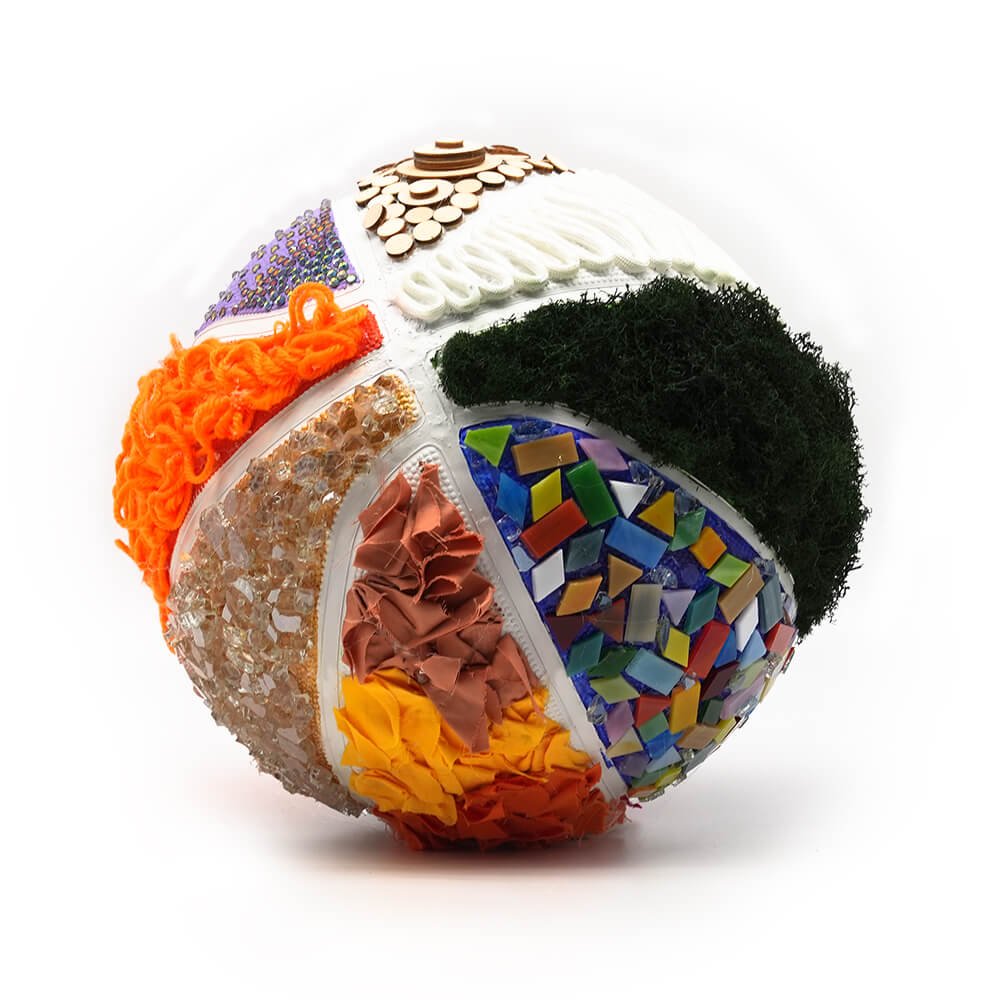
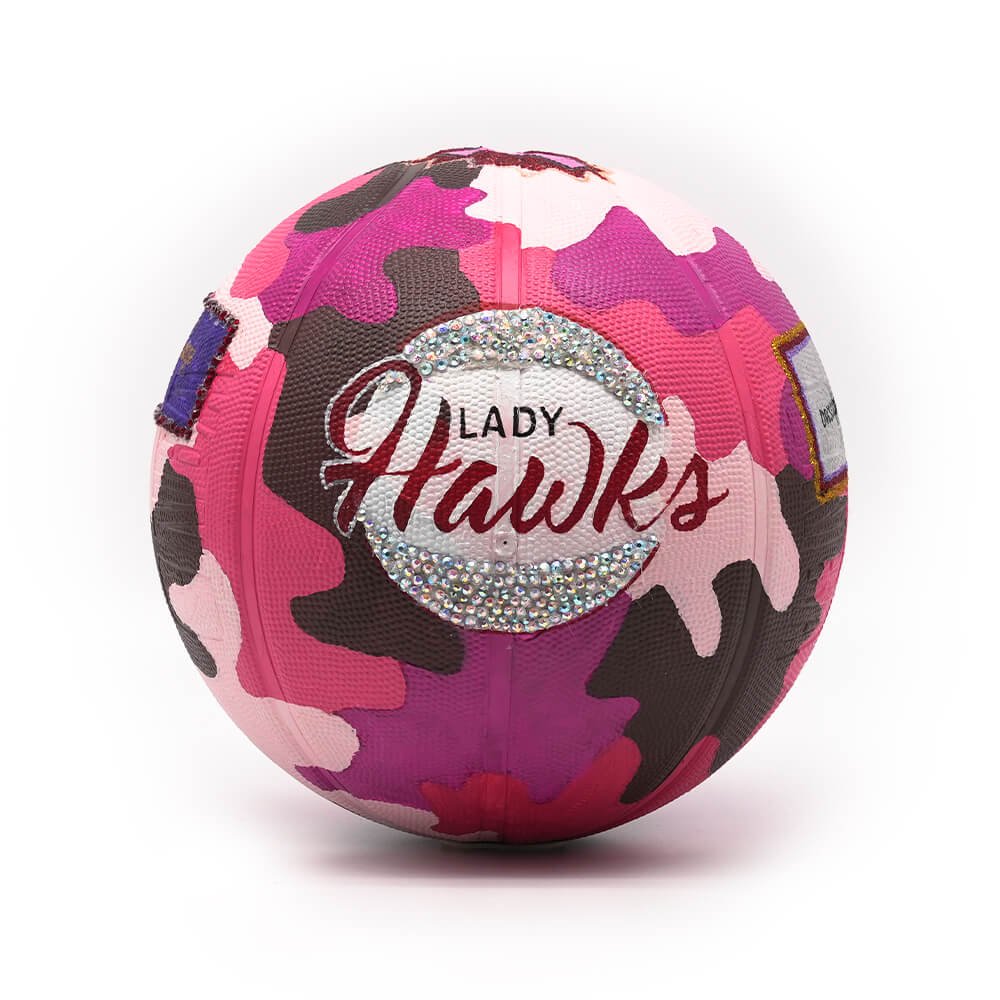

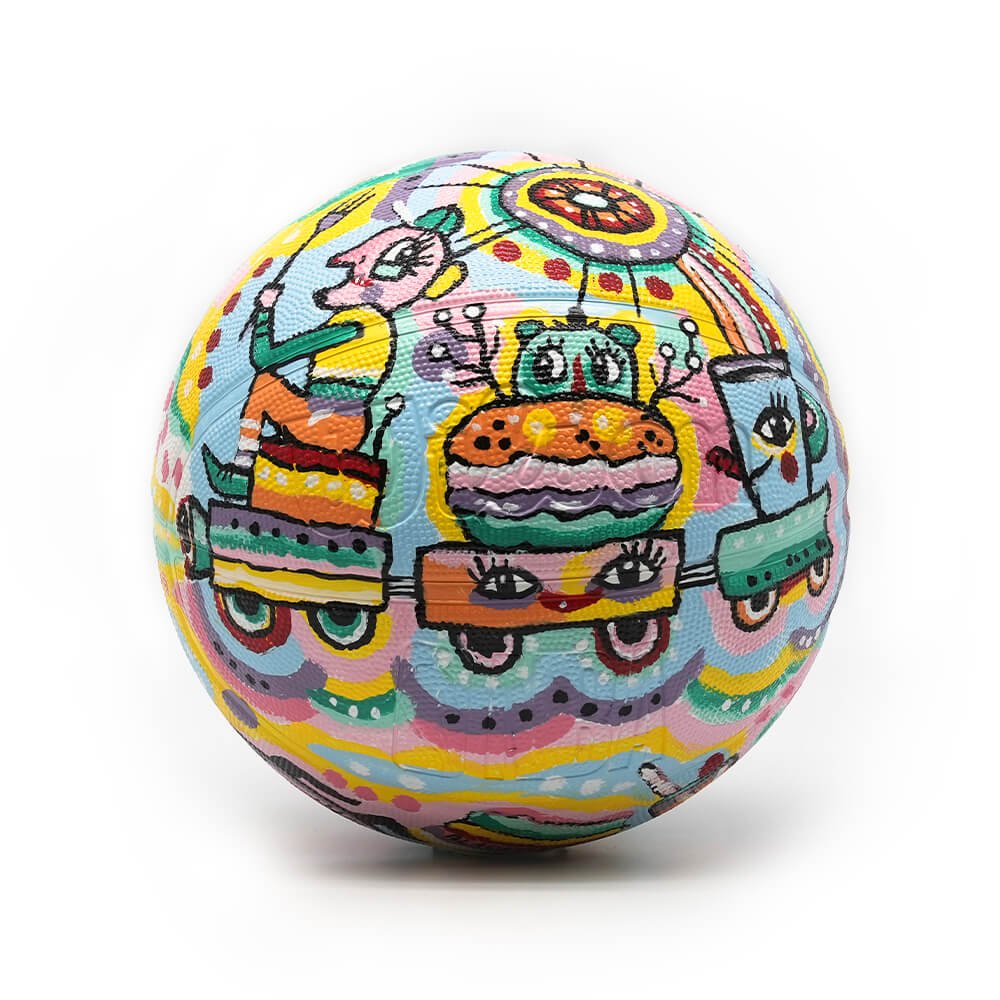
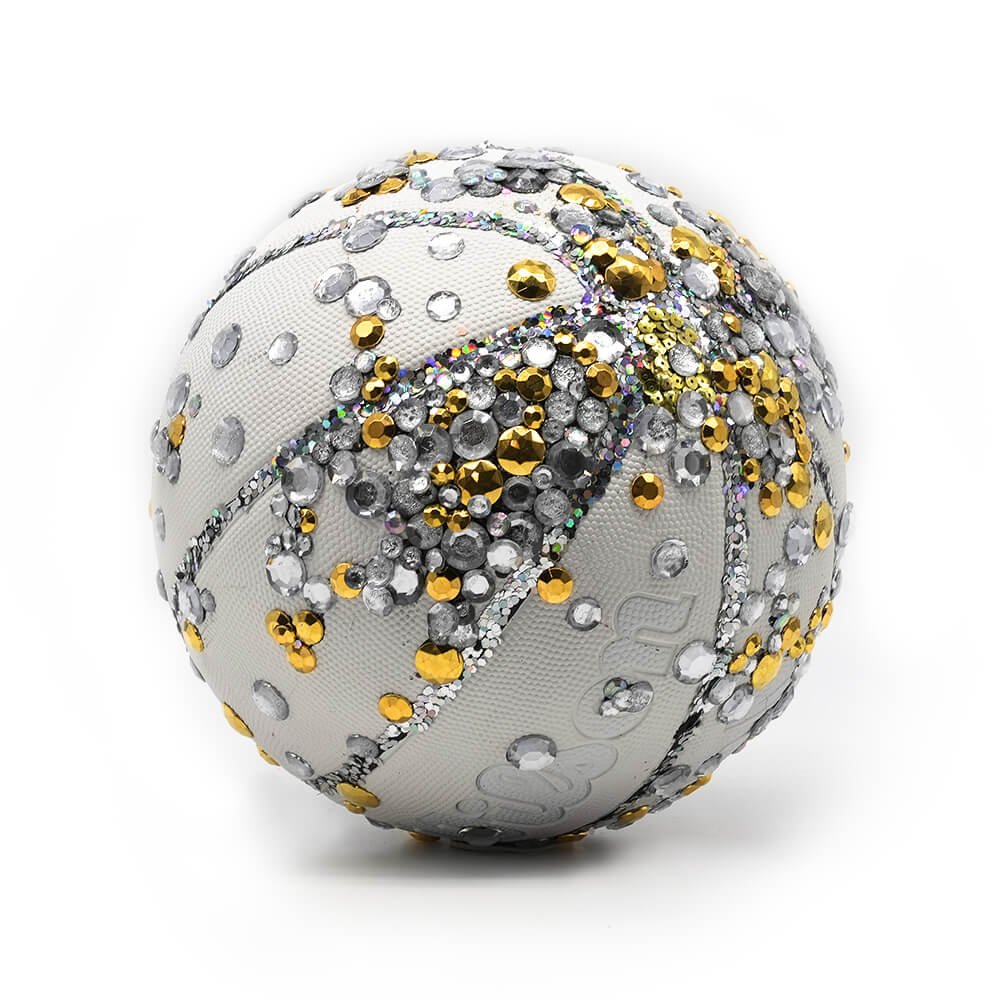
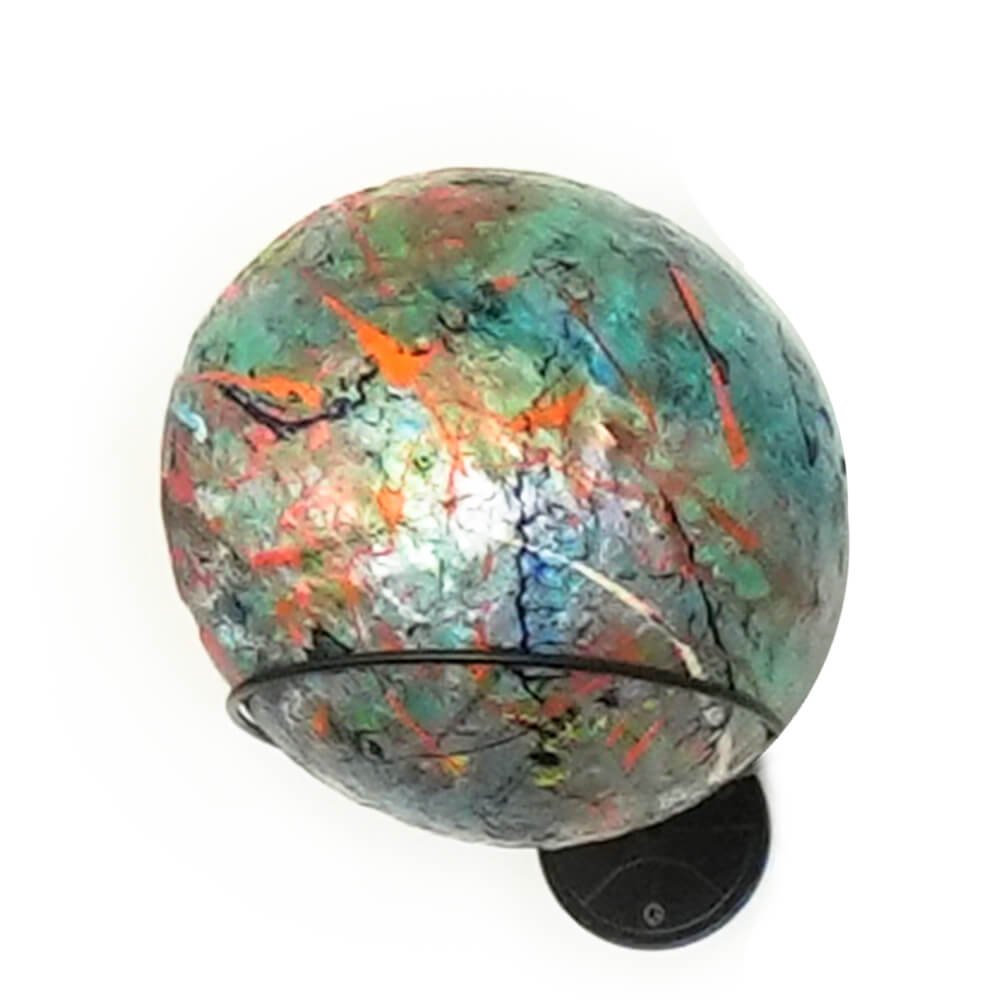
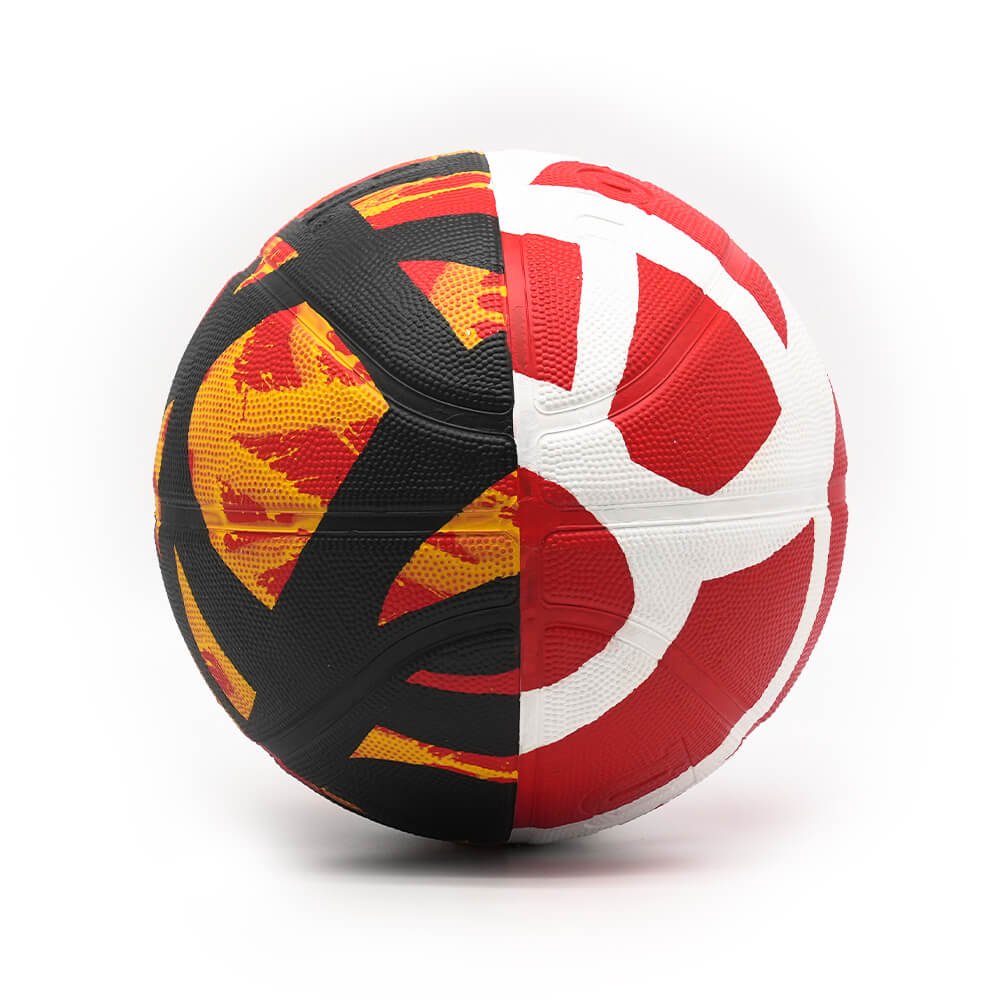
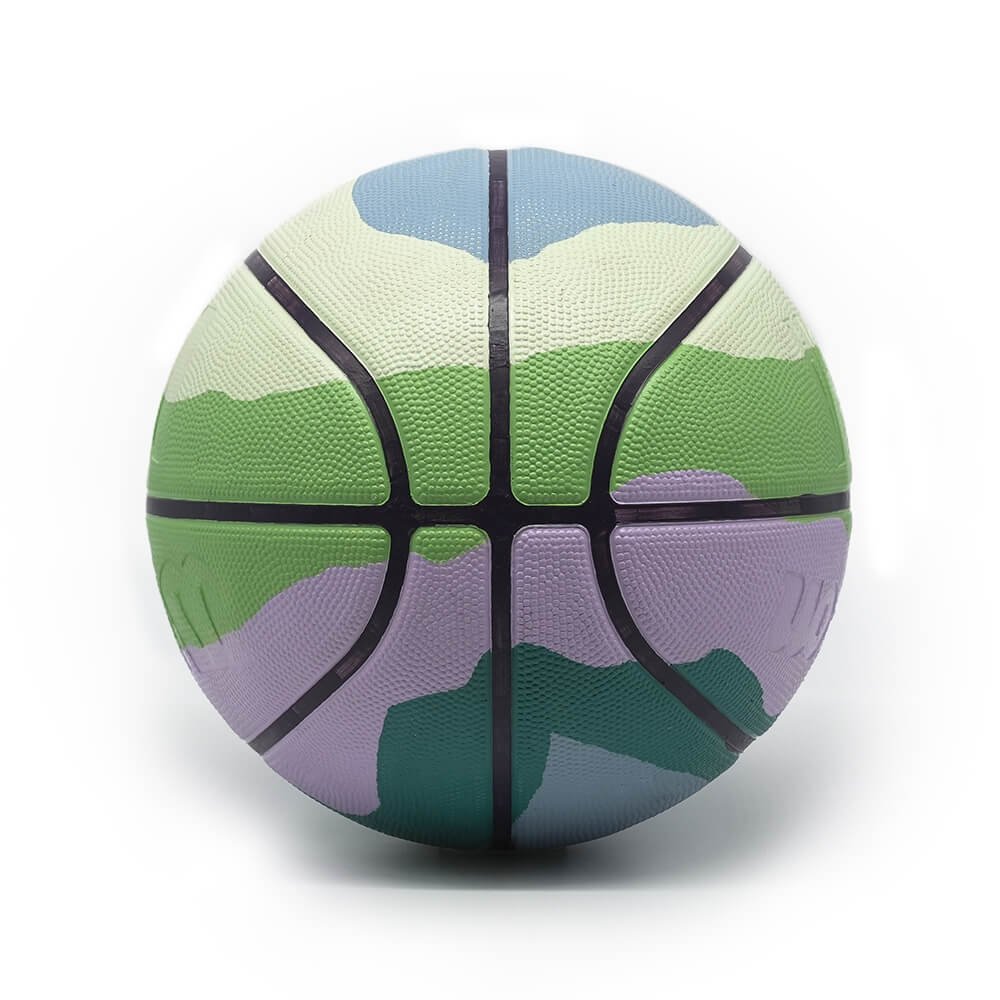
Words with Friends | Kyle Brooks, aka Black Cat Tips
The Spirit Behind His Art:
An Interview with Kyle “Black Cat Tips” Brooks
Kyle Brooks, better known as Black Cat Tips, is as colorful a character as his artwork. The self-proclaimed poet, thinker, and “teller of tales,” first started painting as a hobby, but soon began experimenting with public art. Painting on abandoned buildings, what he dubbed “Street Folk Art,” created visibility for his artwork, which soon led to commissions and a full-time career as an artist.
Kyle sat down with APP to discuss his origin, inspiration and the thought process that goes into his whimsical creations.
APP: Where does the name "Black Cat Tips" originate?
KB: I never have the best answer for it. I’ve always liked words and mixing and matching words. At the time, I liked the way it sounded. Years before I was making art, I needed a name for a website. I could have named it anything—I could have named it Bobby.
But instead I named it Black Cat Tips… it was just a crazy name I came up with. And now look, I’ve turned into one. I like the magic of some way some words work together. Almost accidental things: the way these things happen out of your control. And maybe I like the way your brain picks up these things and turns them into something else?
APP: So much of the artist's identity has to do with finding a sense of place, whether geographical or communal. When did you find your artistic space?
KB: The semi-brief version was I didn’t know what I wanted to do. I just knew I liked to make things, whether music or drawing. I had an office job that I landed with my Photoshop skills, was recording music and driving a van.
With my free time, I started painting for fun on my own. Painting one thing after another in a new free way. Just fooling around, and over 7-8 years I just painted and painted and painted as a hobby at home.
Then, I got laid off from my office job. My wife said I should show people my paintings and do something with it… I did that, and also started tinkering around with putting art out in public with a street art component. Which is where I came up with the term “Street Folk Art.” I would paint on boarded up windows on abandoned houses, because it wouldn’t hurt the house… it grew and grew, the more people that saw my work on the street led to people buying paintings. I got asked to do bigger and bigger projects and talks. It’s strange and amazing that I’m still going. I feel lucky to be able to do this.
APP: How do you approach storytelling in your work? What story are you trying to tell?
KB: That’s a great question. I appreciate that. It’s funny, when I paint if I’m not looking at something or have a topic, I paint: boots, flowers, and a lot of faces. And then little houses. I always wonder why I paint these things- oh, and I paint clouds! I like to push myself to paint other stuff, but I always gravitate to those objects.
I guess a lot of my stories are strange explanations or meanderings on things I see and think about. I like to communicate. And long-winded answers that never get there. What am I trying to tell?
Part of it is I struggle inside with a lot of things. Painting is fun. It’s happy, it’s always been a therapy to me. It helps me. I would do it even if I didn’t need the money. I would still do it because I feel compelled to. It helps me mentally.
APP: If you didn't live and create Georgia, where else would you like to make art?
KB: I’d like to live out toward the Southwest. I grow tropical plants, so I like humidity. I’ve always lived close to the area I’m in now. Maybe somewhere in the high desert… I don’t like the cold. Let’s say I’d try New Mexico for a year but then may just come back to sopping wet Dekalb County. At least I can paint with a fan and air-conditioning inside.
To learn more about Kyle’s work, please visit his website
blackcattips.com
Words with Friends | Michelle Armas
Colorful Studies: An Interview with Michelle Armas
Elizabeth Stephenson (APP) for Amy Parry Projects
Michelle Armas is an abstract painter based out of Decatur, GA. She works out of her home studio, with her husband and daughter a welcome shout away. A career in graphic design and a stint at Landor in New York City led her to discover her love for painting. With a focus on color, she experiments with what she's termed the "impulse of composition." Her vibrant work has been featured in Sea Contemporary Art Space, Gregg Irby Gallery, and *designsponge, among others.
APP: My favorite of your abstract expressionistic series are the "Totems on Raw Canvas." What drew you to that shape and process?
MA: My husband and I took our daughter on a year-long trip to Europe, spending 3 months at a time in each location. I wanted to be able to paint easily, with bright pigments that had to quickly dry. So I thought, "Bring ink, raw canvas." I wanted to also have a shape in mind to make the process more streamlined. In the Nordic countries, I was moved by the idea of a totem, a shape familiar to us as humans. But I couldn't wait to start the totem series until we went to the Nordic countries. I started painting them right away once we got to Europe! The colors and places moved me, and that's where that series began.
APP: How does landscape impact your work?
MA: I love trees. I love that they work together, as a system. They make each other stronger, and support each other. The sound of wind through the leaves is so beautiful. Even the way the sunlight dapples through the leaves. That's one of the reasons I love Atlanta. So many trees! We have ones in our yard that are over 200 years old. So big you can't hug them, wrap your hands around. I use nature as inspiration for color and organic shape in my work.
APP: You stated, "I create to express what I can not say with words and to feel connected to the impulse of composition." What process do you use while painting to capture these emotions?
MA: It comes from my mantra on life. I’m very inspired by the journey. It embodies my idea of living beyond my limits and not settling, always striving for better. Having the courage to keep going no matter what. With adversity: there’s always something, there’s always going to be something. That dream, or that goal, is still possible. Keep going!
APP: What is a dream you've fulfilled in your artistic career?
MA: I'm moved by color, as much as I am movement and experience. For me, color is 100% emotional, and I'm an emotional person. Painting helps me get it out. When it comes to color in art, we all feel something different. For every person it's different. And I find that to be powerful.
APP: What is your first memory of color?
MA: My father was an artist, and always encouraged me to make art. My first memory of color is him bringing home colored pencils for me to draw with, and me taking them out and thinking "These are amazing! These are the best things!" My mother also would wear a canary yellow jacket with an eggplant scarf, and I thought that was just "Yes!" The women in my Spanish family have an appreciation for colorful things. Every woman has a bright red bag, it's "our thing."
APP: How has the art community in Atlanta shaped your career?
MA: It's shaped it tremendously! Back in 2006-2007 I joined an all group of women artists, mostly pattern designers in Atlanta. We met each month for four years, and called ourselves the Pattern Sisterhood. We supported each other, commiserated with each other, were each other's guinea pigs. It was a round table of design where we became best friends... and that is everywhere in Atlanta. You can find your people, your supporters. It's a place where you can make friends easily, connect, and why I love it here.
To learn more about Michelle’s work, please visit her website
michellearmas.com
Case Study #7 | The Memphian Hotel
We love a unique project, and The Memphian Hotel in Memphis, TN certainly fit the bill. The hotel’s owner is a Memphis native, and she gave a keen directive to pay tribute to the lively history of the neighborhood, but with an eclectic twist. Armed with a treasure trove of vintage photographs, APP set to work on creating pieces that married the bright and eye-catching decor of the hotel with the nostalgia of Memphis’ Overton Square.
To learn more about how the artwork developed,
please flip through our latest Case Study below…
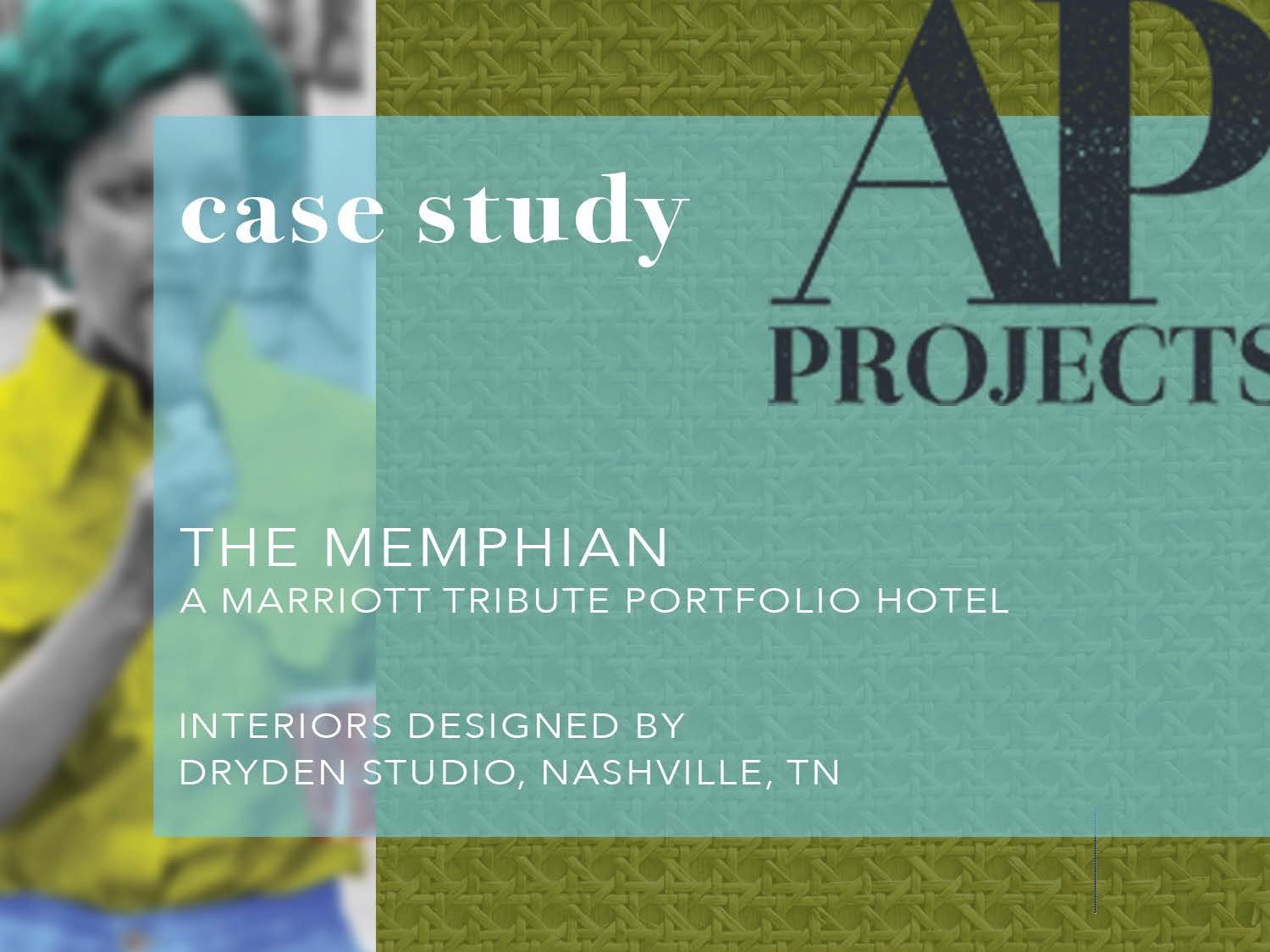
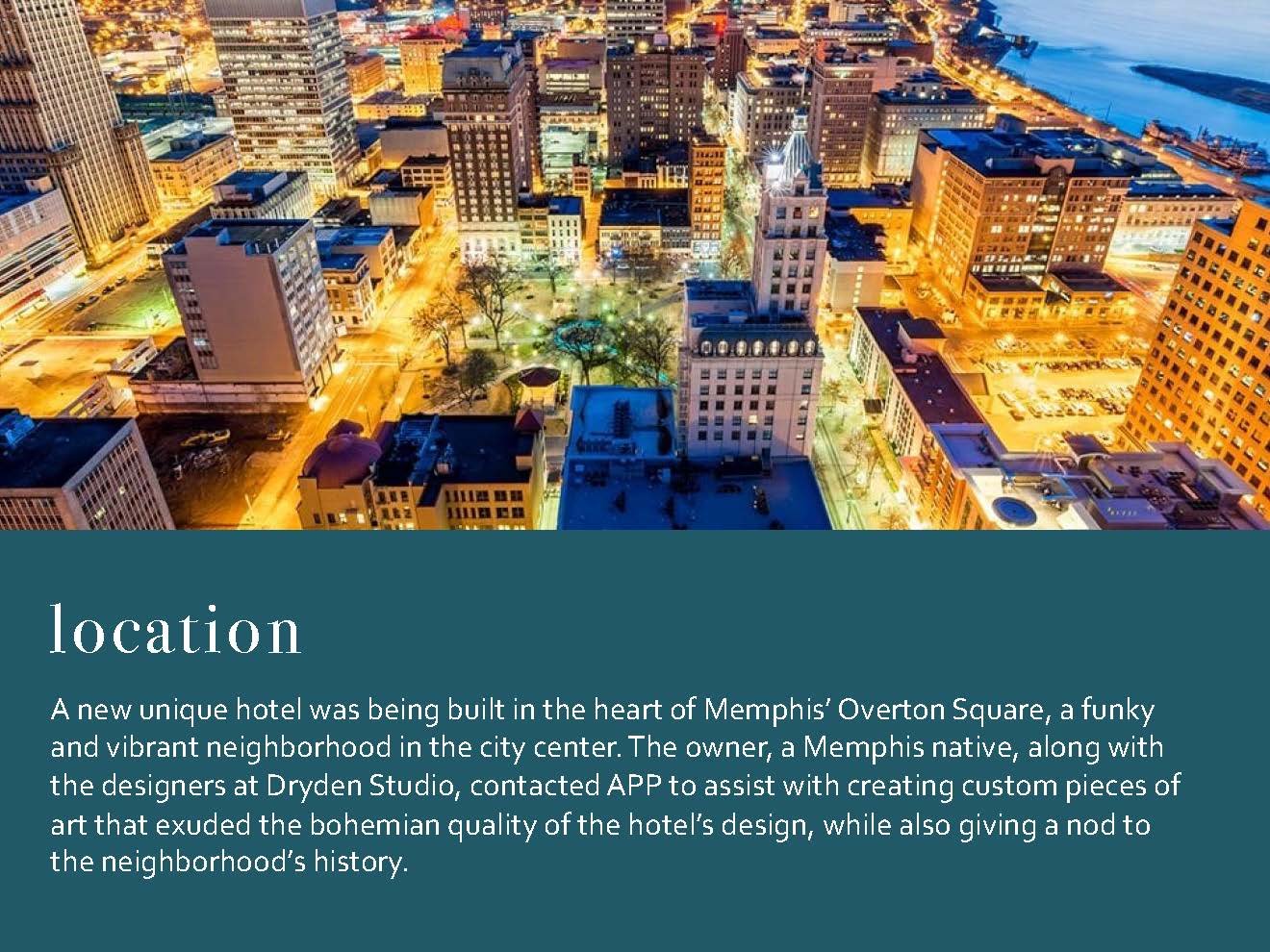
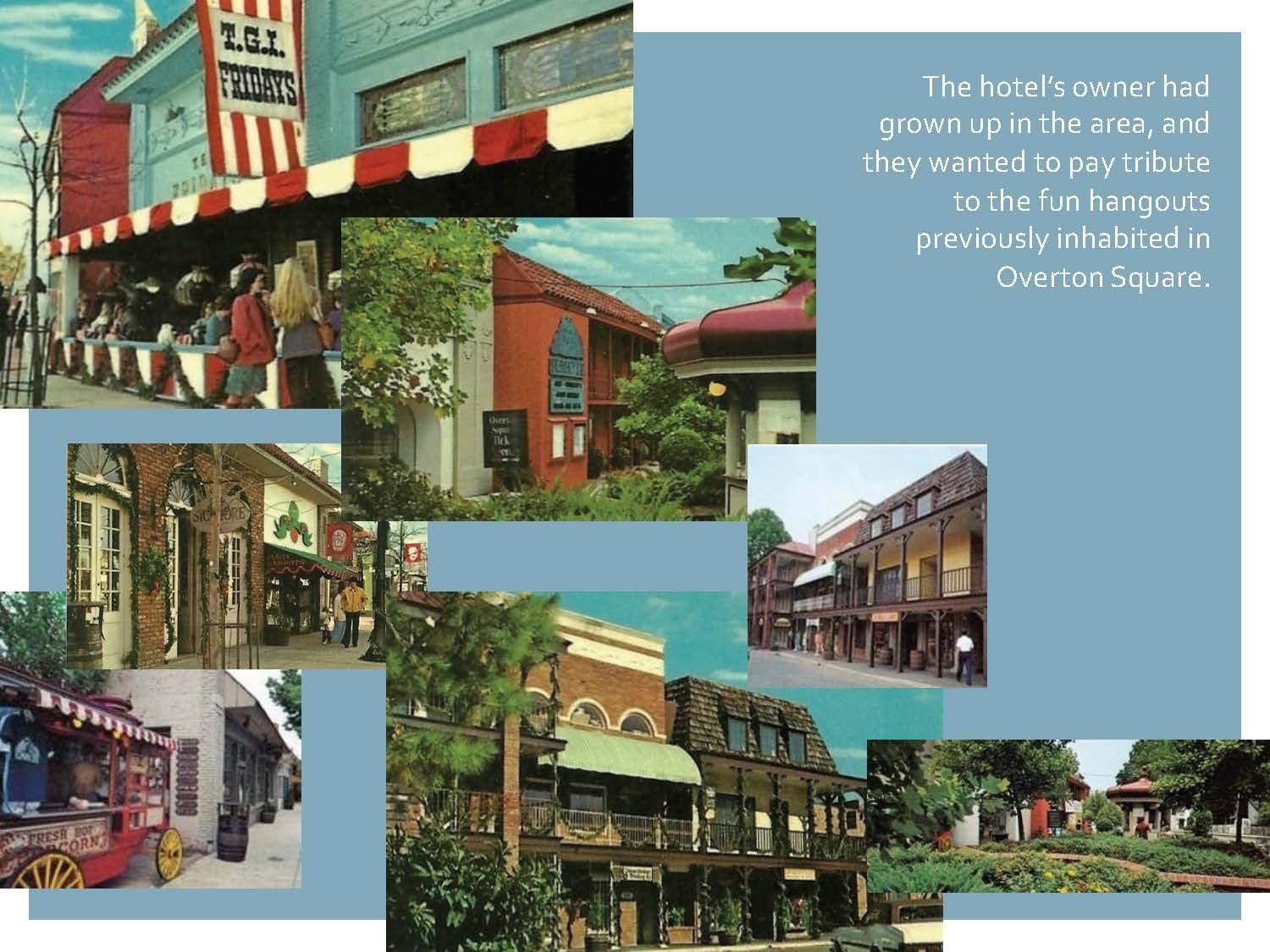
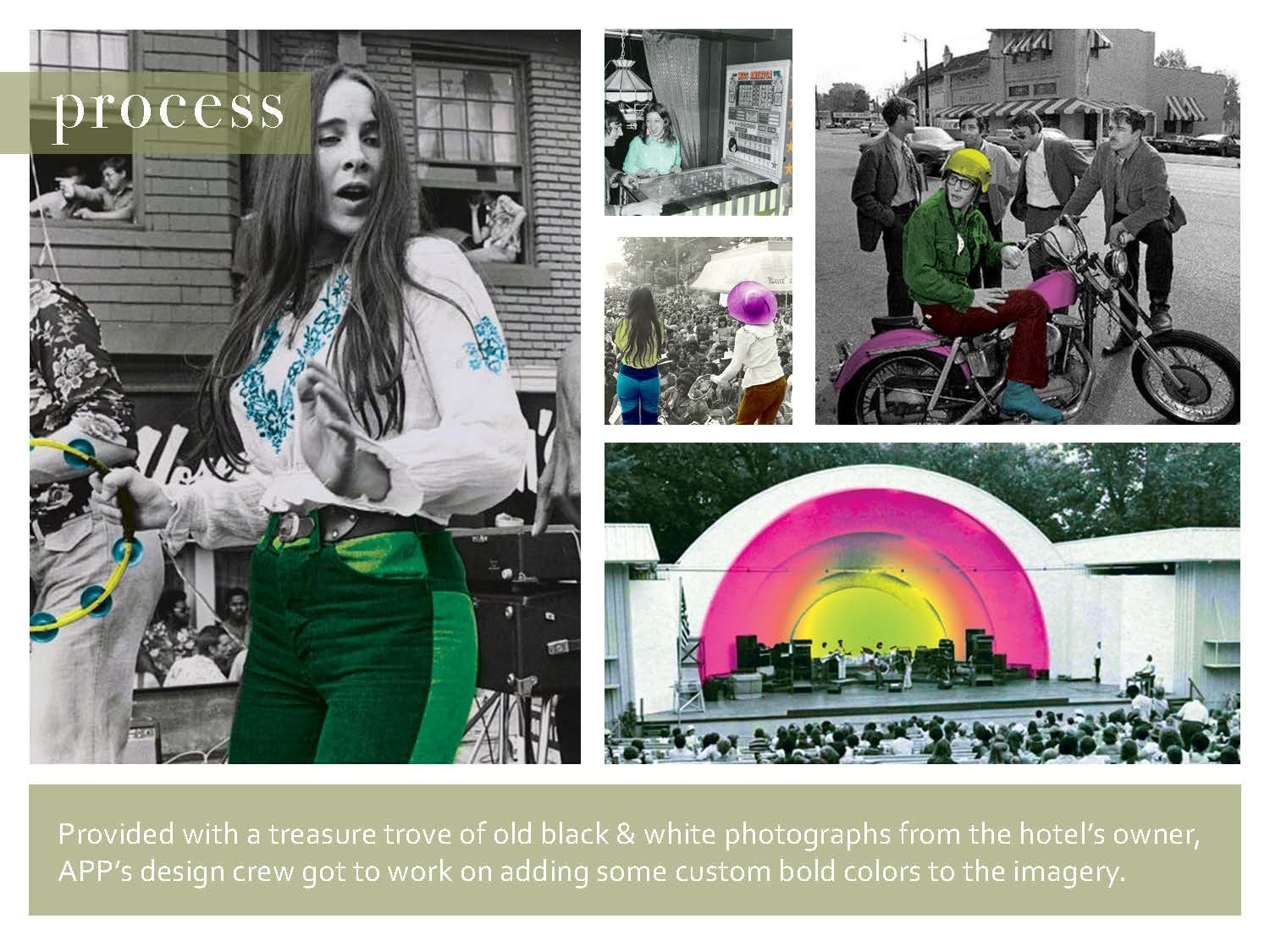
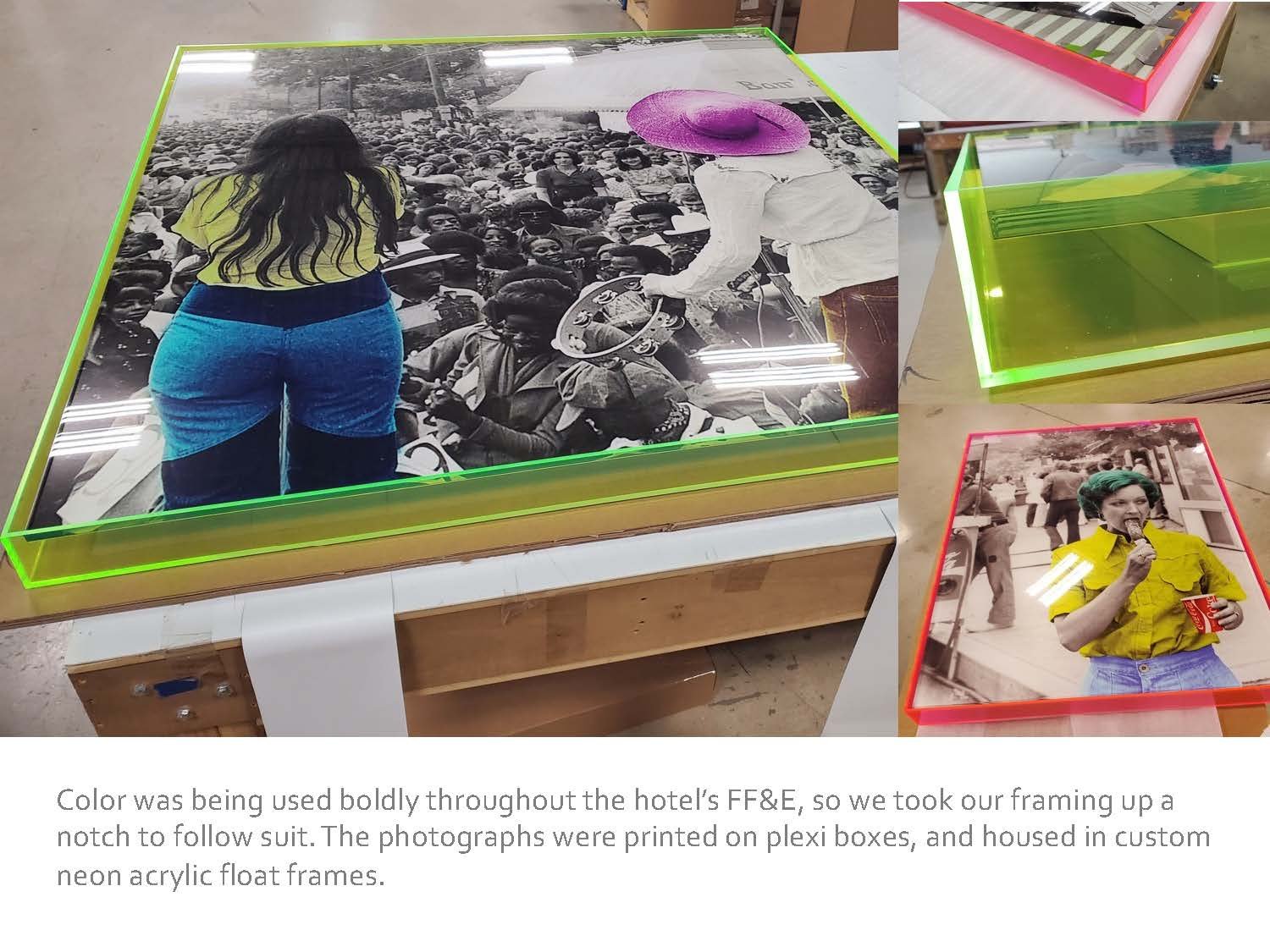

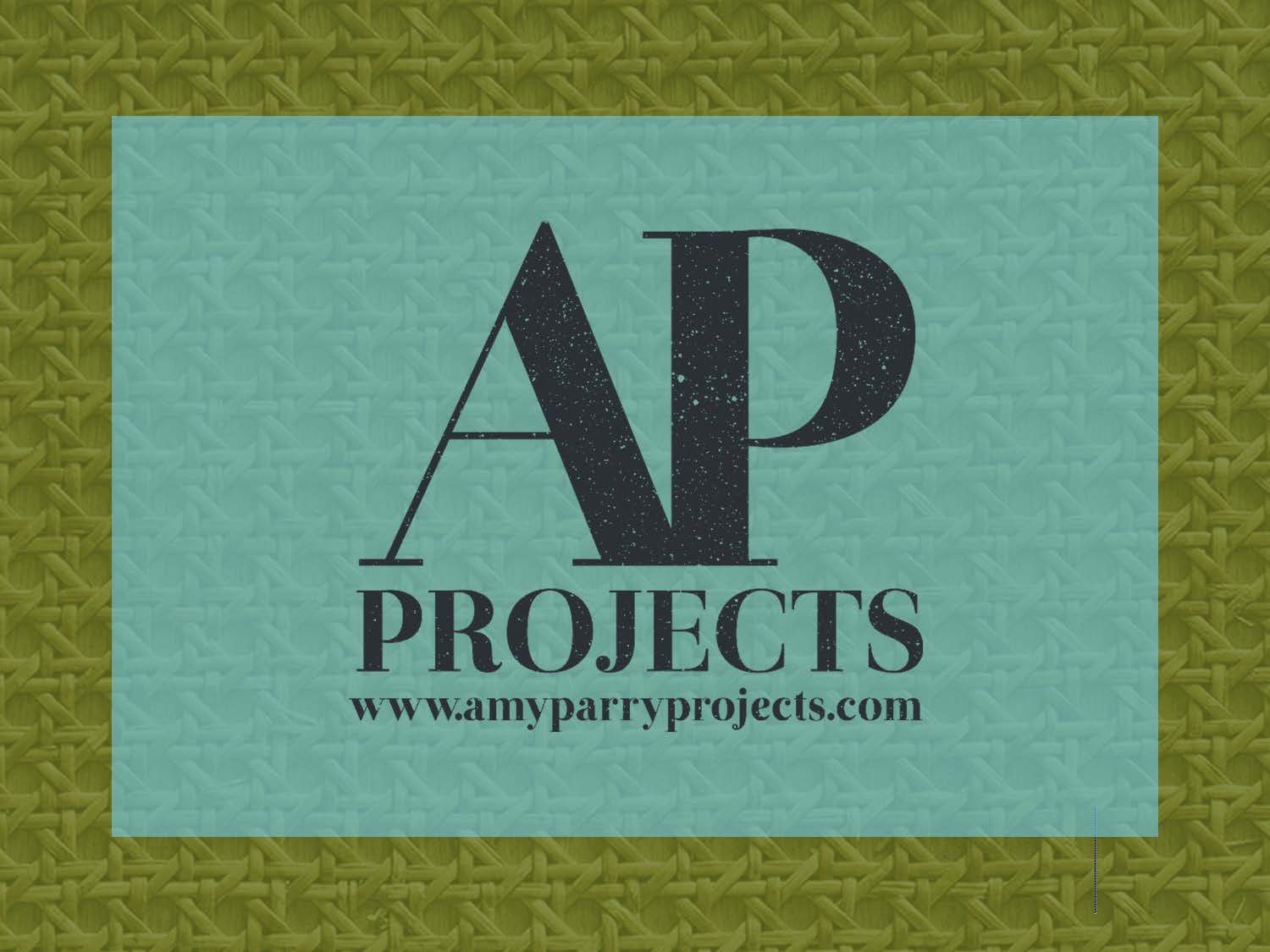
Words with Friends | Jermaine Clark
Jermaine Clark: Blurring the Line Between Marks and Text
Elizabeth Stephenson (APP) for Amy Parry Projects
A painter born and raised in St. Louis, Jermaine Clark studied at Alabama A&M University before moving to Atlanta to pursue his artistic career. His work combines contemporary portraiture with text, and reflects studio training and a background in street art and graffiti. Jermaine beautifies our Atlanta not only through his murals and paintings, but with his tireless work ethic and upbeat attitude. He is currently working on a mural in the Summerhill neighborhood, and participated in Amy Parry Projects and The Atlanta Hawks Basketball Art Installation at State Farm Corporate Headquarters. Jermaine recently sat down with APP’s Elizabeth Stephenson to discuss his work and life in Atlanta.
APP: You recently participated in a Basketball Art Project with the Atlanta Hawks and Amy Parry Projects. If you had to pick an “Artist Dream Team,” who would it be?
JC: The best of all time: I’ll start with one of the first people I studied in high school, Chuck Close… his work amazed me. The things he said about “Showing up to work everyday and not waiting for inspiration,” spoke to me. Of course, Basquiat. And Kehinde Wiley, I would put up there as one of the top living artists. Representation means a lot to me, to see another black male artist working at that scale— his work is phenomenal. Going left a little bit, Banksy. I grew up in a world of graffiti and hip hop, his work is profound work on the streets. And my wildcard is Peter Ferrari, that’s my guy. I love his work… he deserves his flowers, he’s very humble…I love to give him his flowers when I can.
APP: As a muralist and painter, do you find one more fitted to your aesthetic?
JC: I don’t prefer one or the other. With outdoor murals, weather is always a factor, and the elements. But it adds to the challenge, and I love a good challenge. I love to tackle things, face adversity, and then complete them. In the studio, I like to crank out a painting and live with that piece in my creative space. But I also like climbing ladders, dealing with the weather, and beautifying the neighborhood… That’s an important part of what we have to do as artist: extend ourselves to our community.
APP: Where does name of your art brand "Still Dreamin'" originate?
JC: It comes from my mantra on life. I’m very inspired by the journey. It embodies my idea of living beyond my limits and not settling, always striving for better. Having the courage to keep going no matter what. With adversity: there’s always something, there’s always going to be something. That dream, or that goal, is still possible. Keep going!
APP: What is a dream you've fulfilled in your artistic career?
JC: Overall, I’m living my dream. So, I am achieving. I’ve always wanted to be a working artist. I didn’t know what it looked like, or what it would take to get here, but I did it…For me, I’m always working on the next best thing, it’s hard for me to see that I’m here now. I’m living my dream.
APP: How does living in Atlanta contribute to your art?
JC: Living in Atlanta was the turning point in realizing my dream. I’m from a small town, where there’s no representation of African American professional artist, I didn’t see that it was a possibility growing up. But I knew I had to do it. Atlanta has a diverse culture that appreciates the arts community. The journey would have been more difficult if I wasn’t here—Atlanta is validating and gives encouragement. There’s something here for everybody. Find your tribe and find your opportunities. If you have a little hustle and networking, the sky is the limit. And I’m here.
To learn more about Jermaine’s work, please visit his website
xmainestudios.com
Currently Inspired By...
Summer is officially here, and we are all in. We wanted to showcase some pieces that represent the sights, sounds, and emotions we are experiencing this season. Vibrant colors, radiant patterns, and bold dimension abound in these pieces, evocative of the joy we feel being outdoors with family and friends.
We hope you enjoy this bite-sized selection of sunny inspiration. Happy Summer!

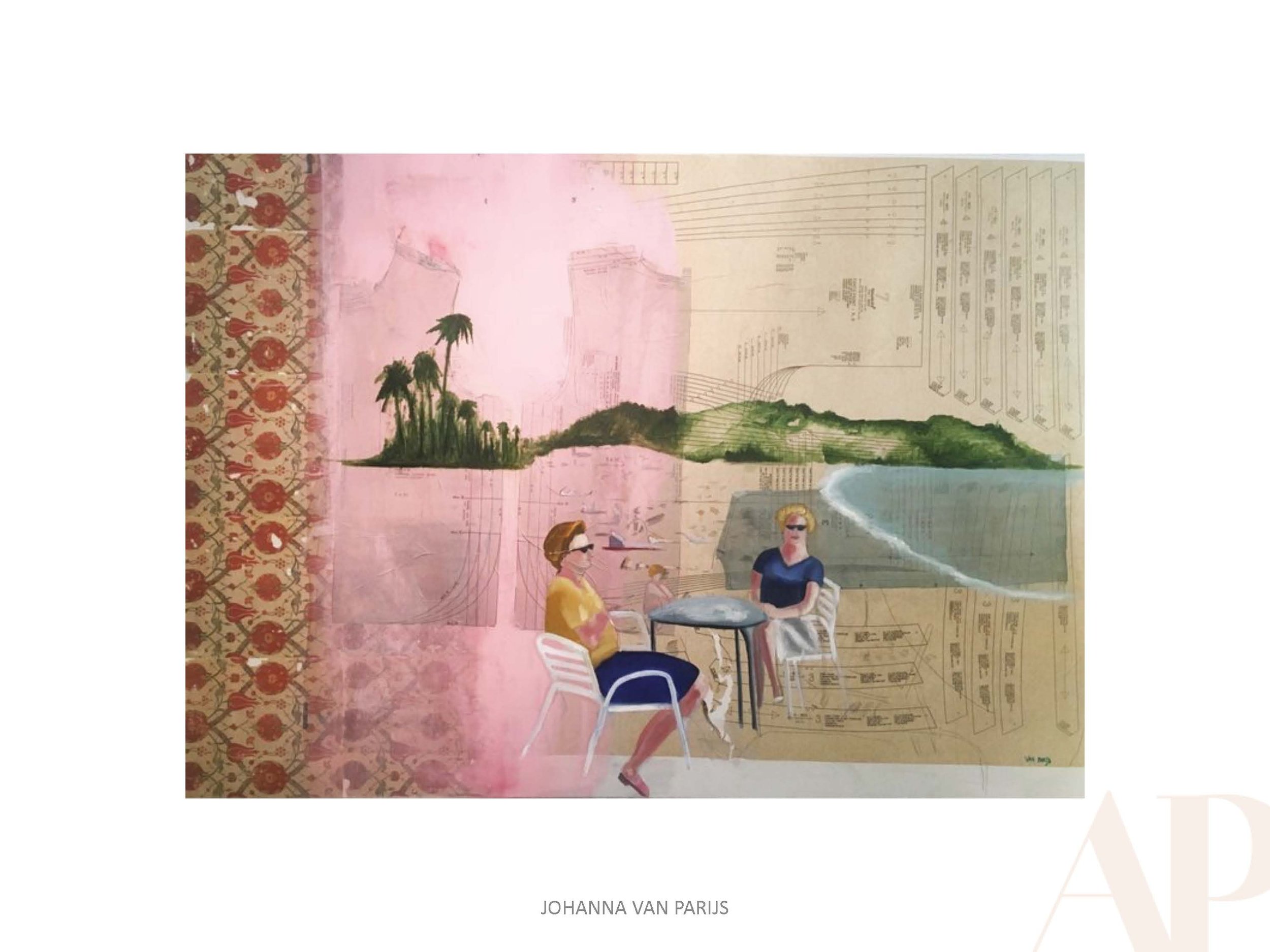
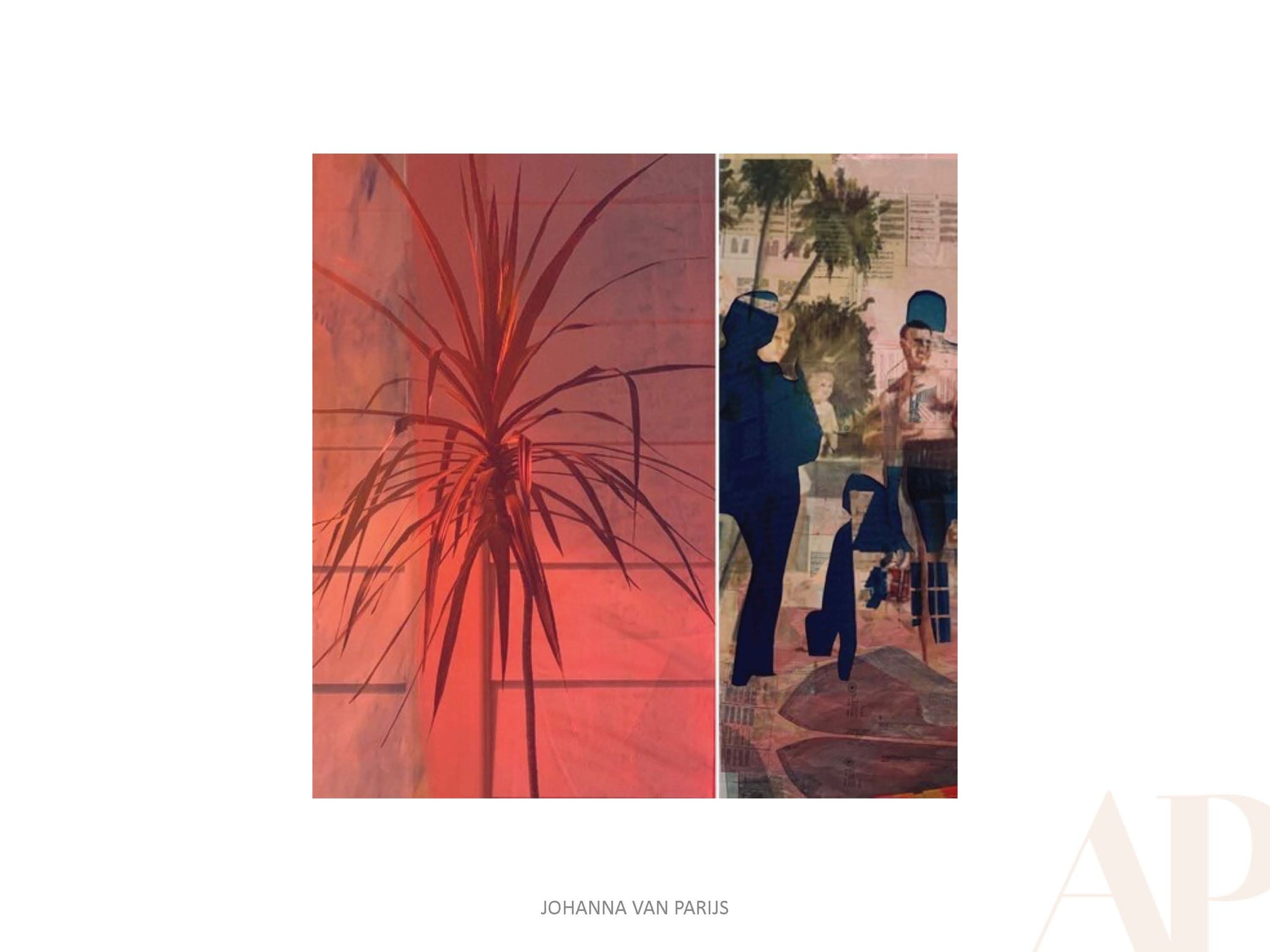
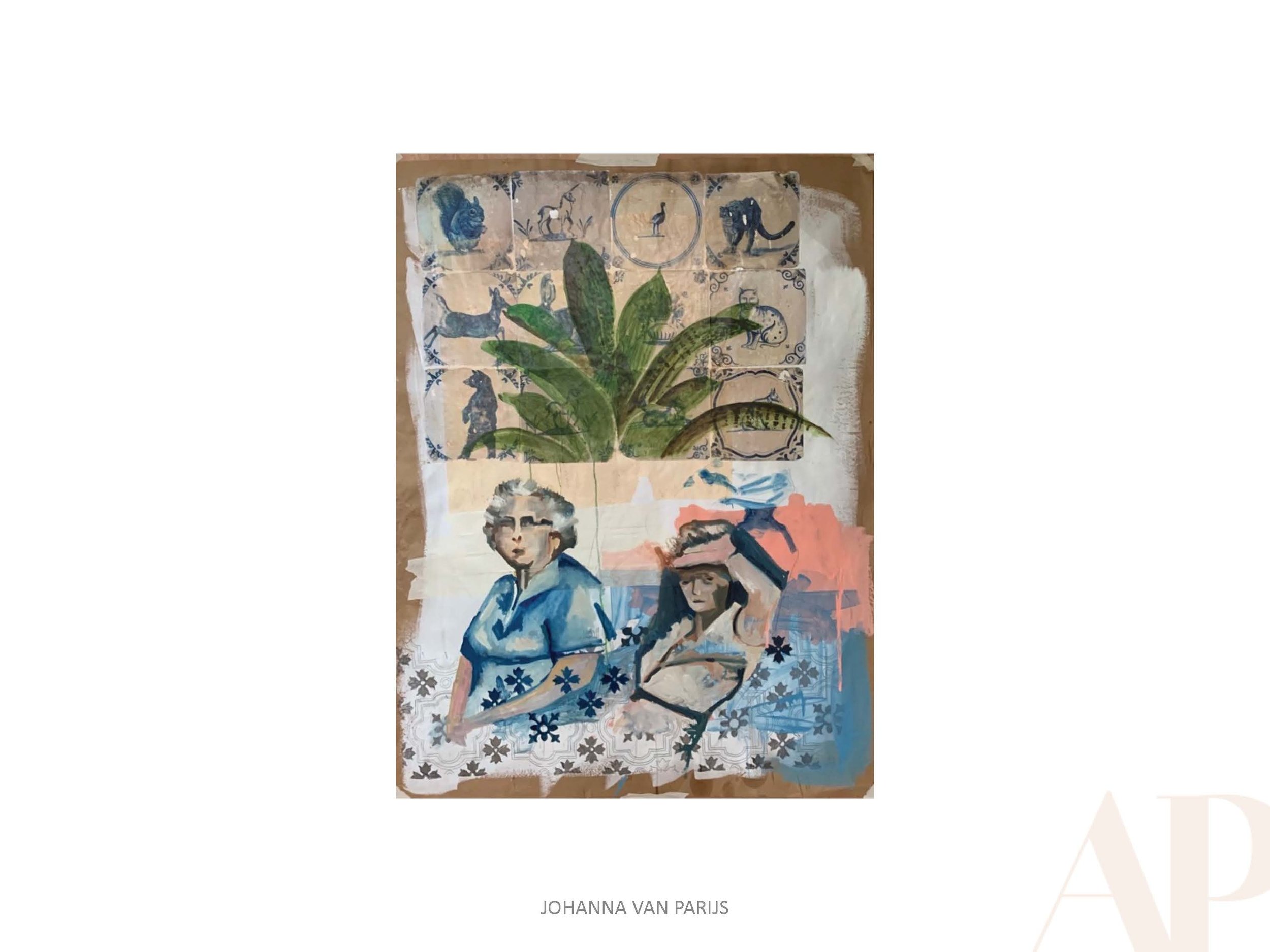
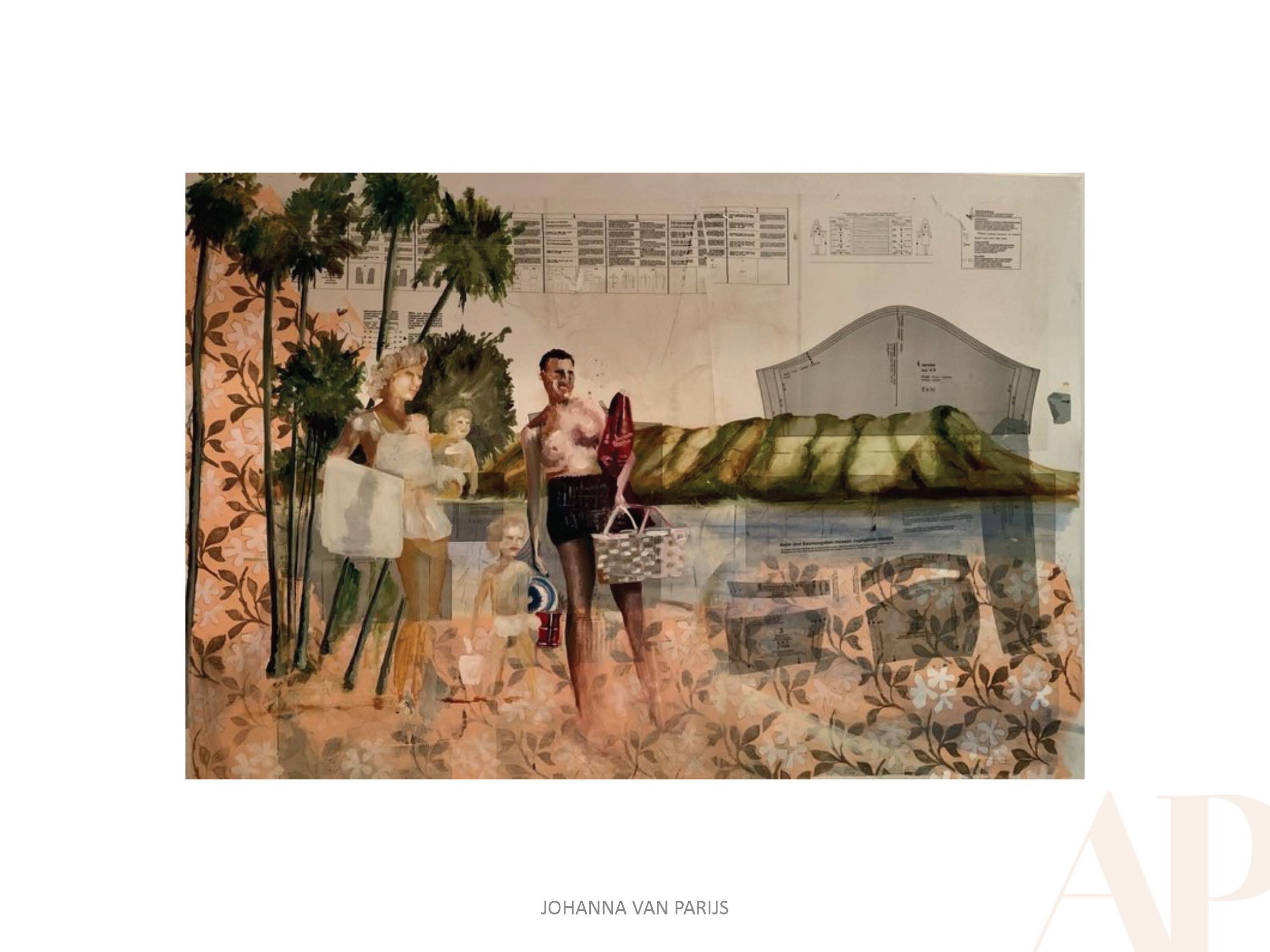
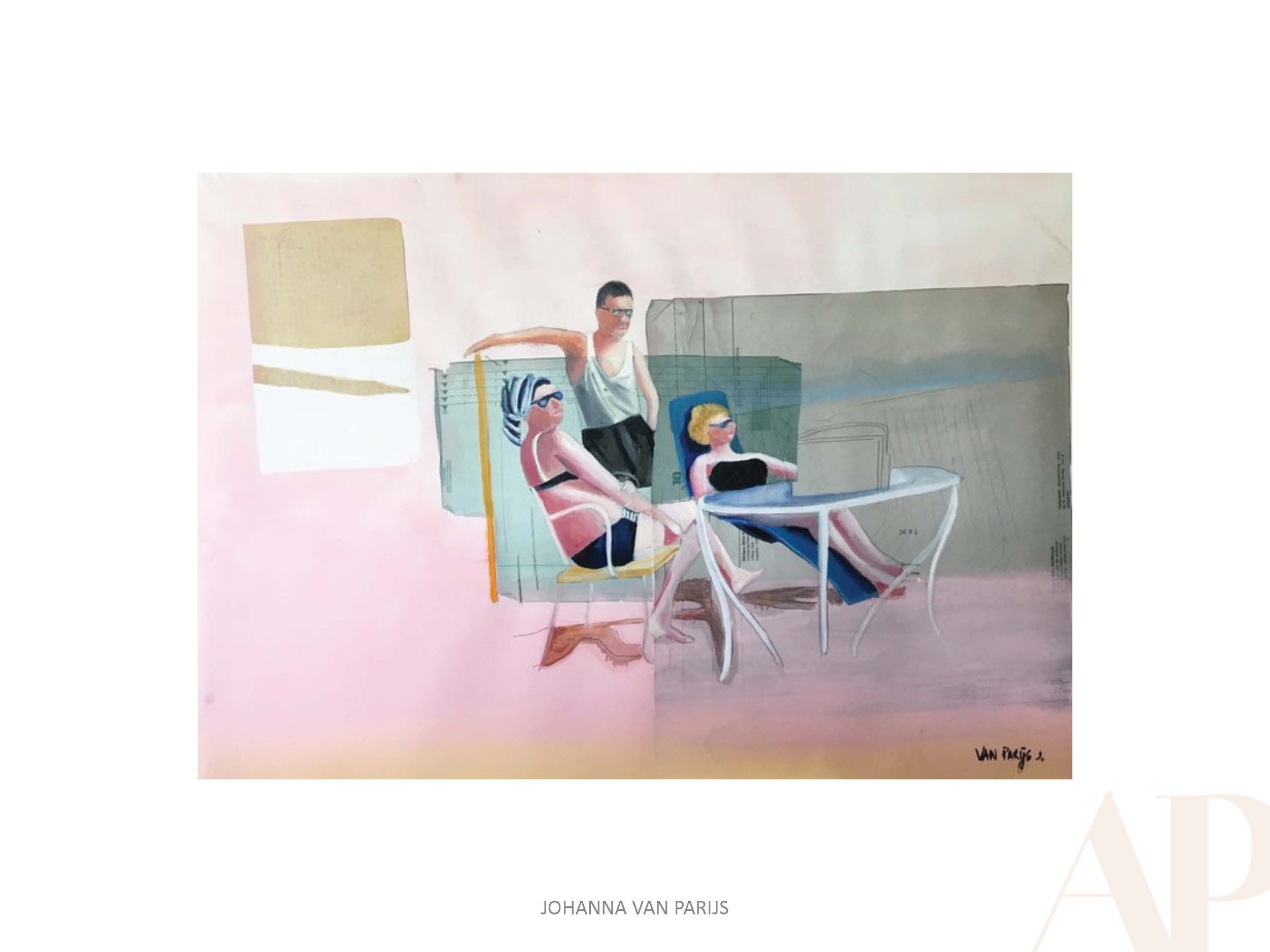
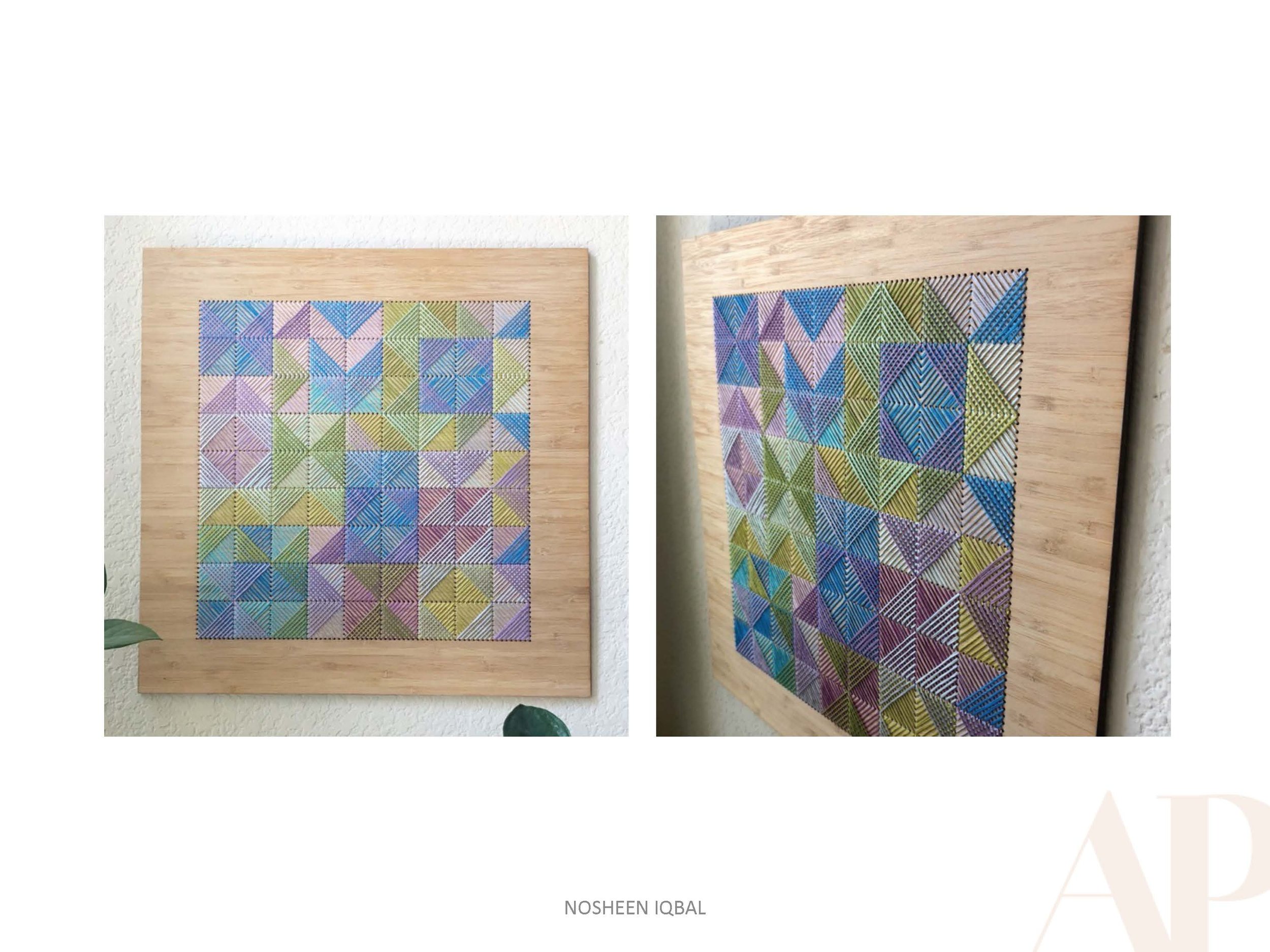
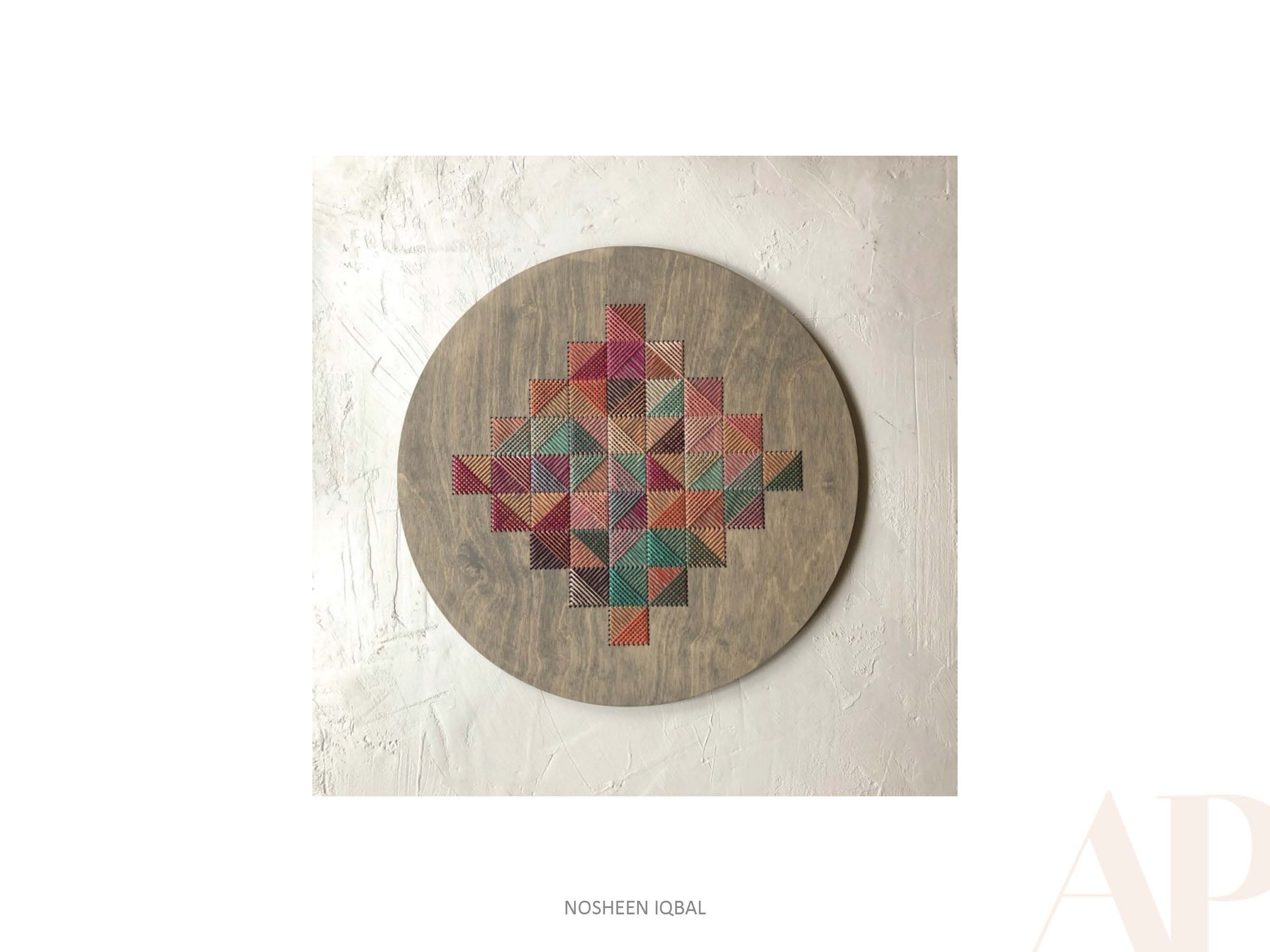
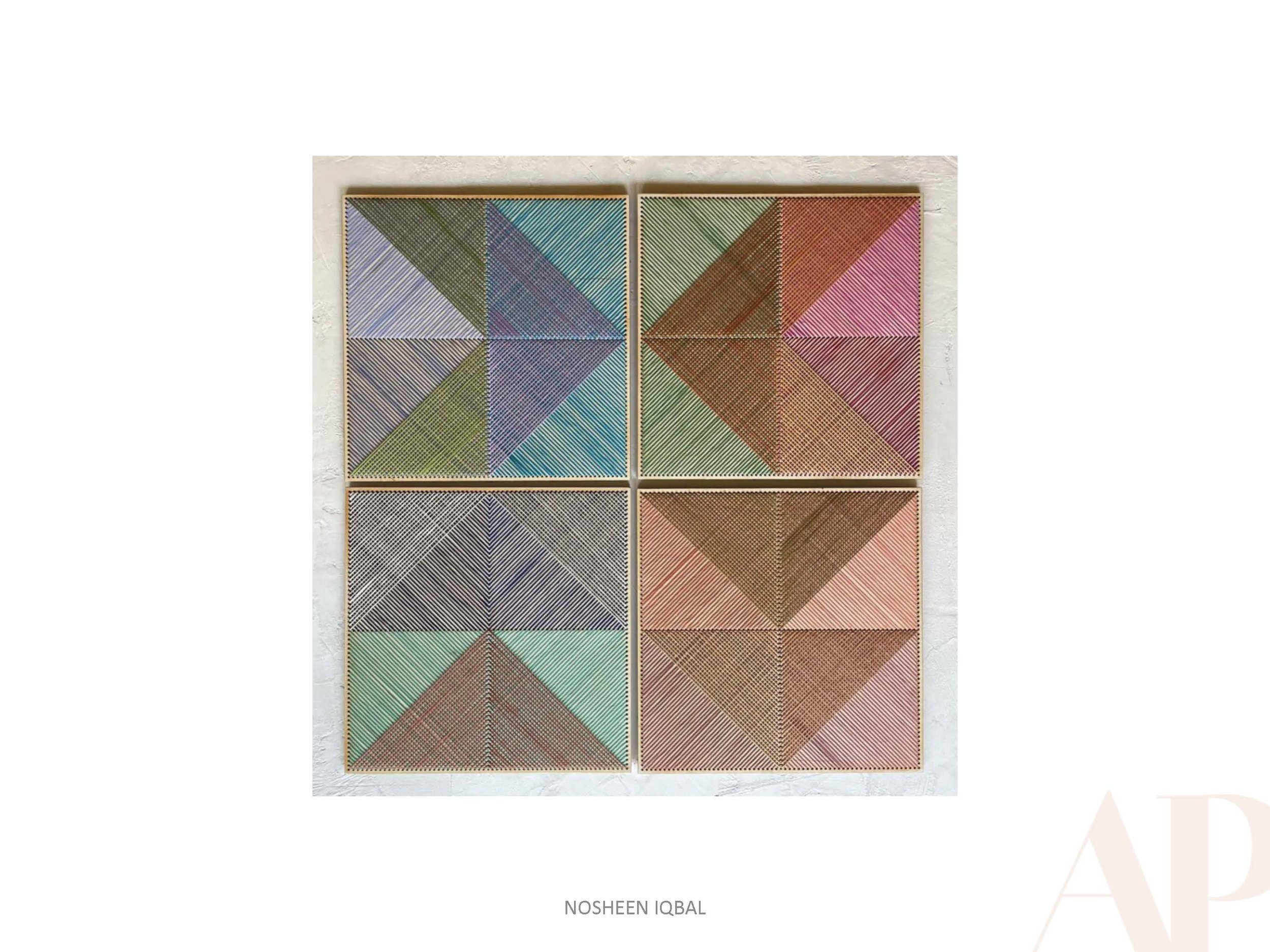


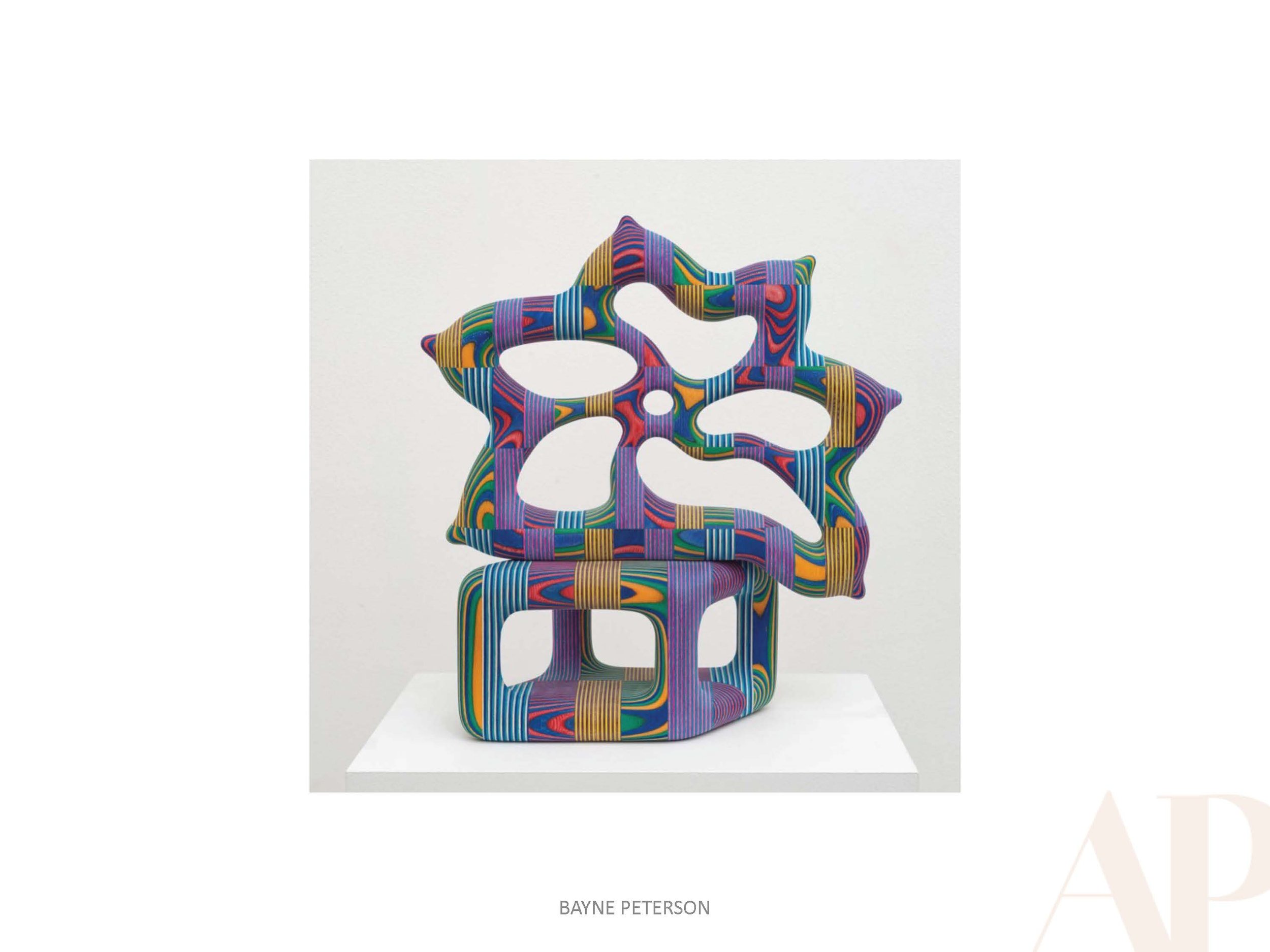
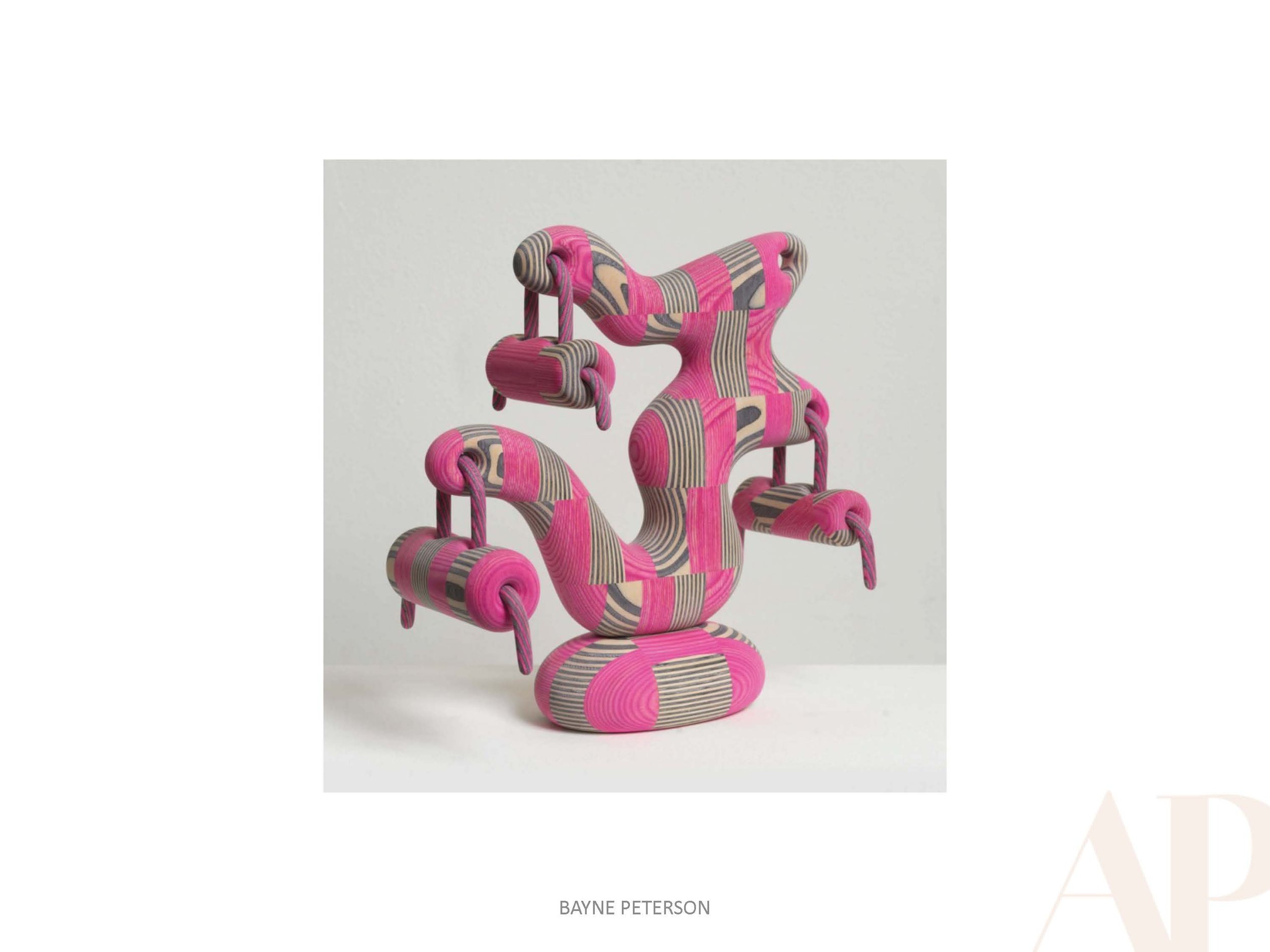

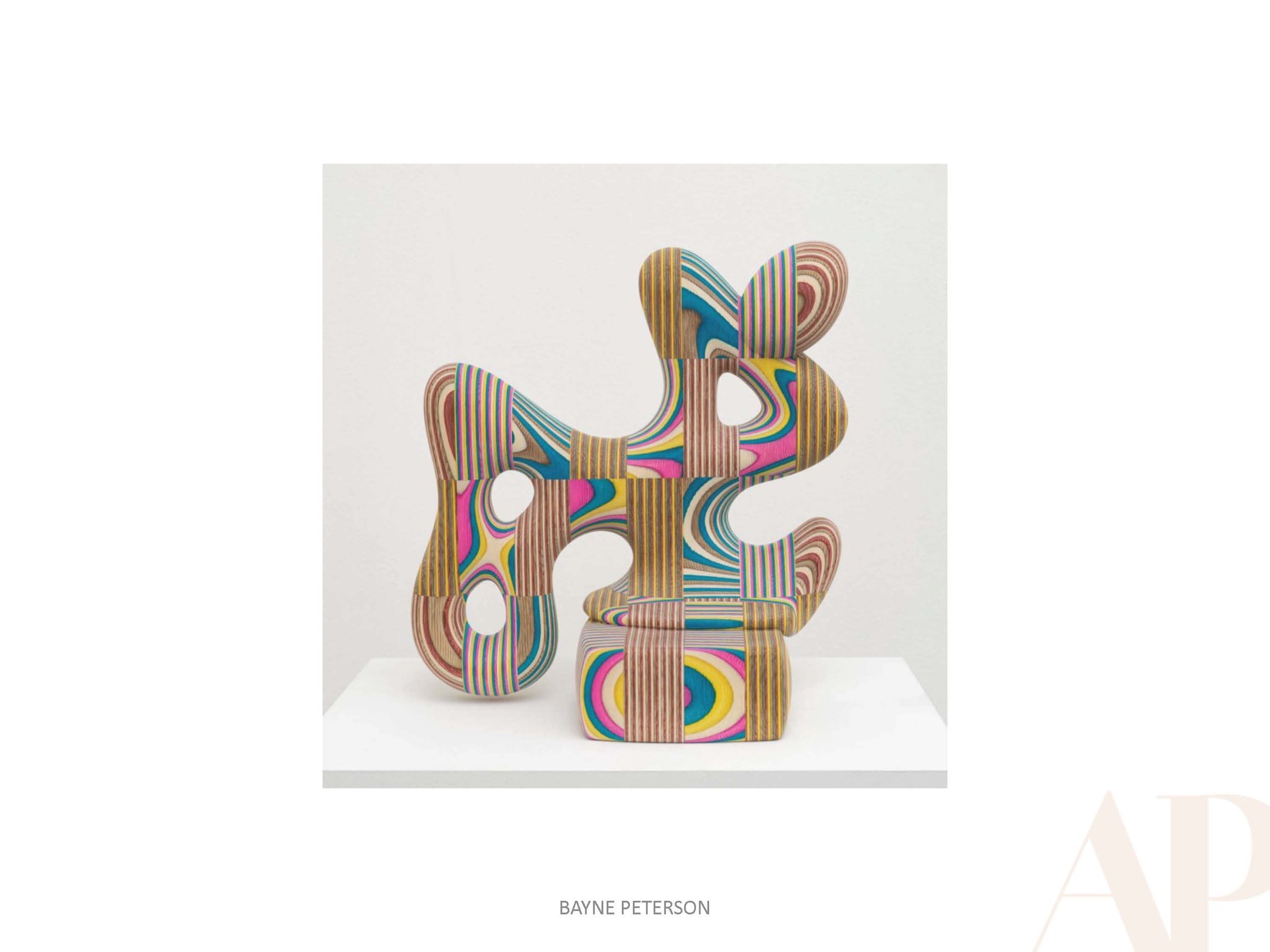
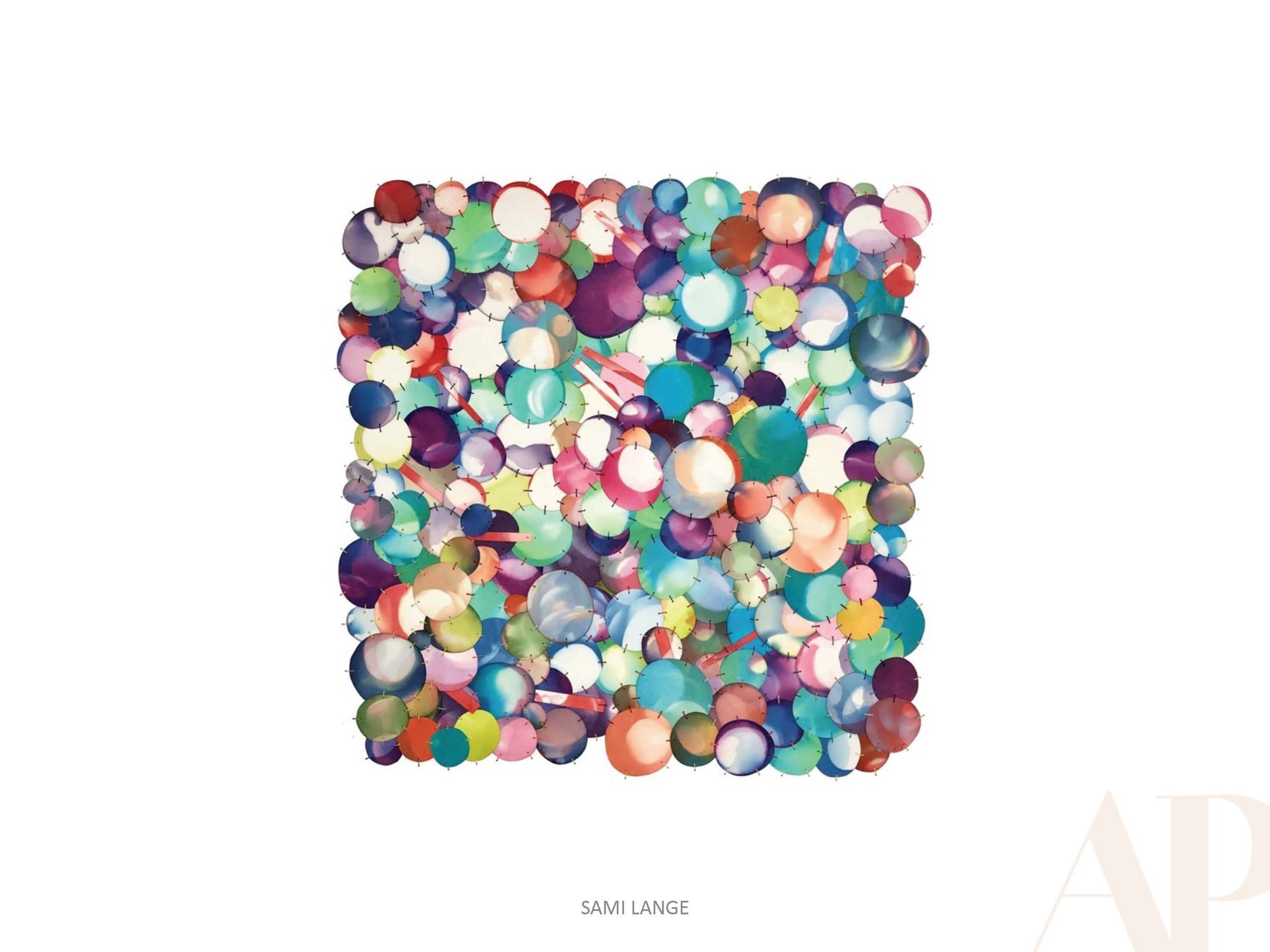
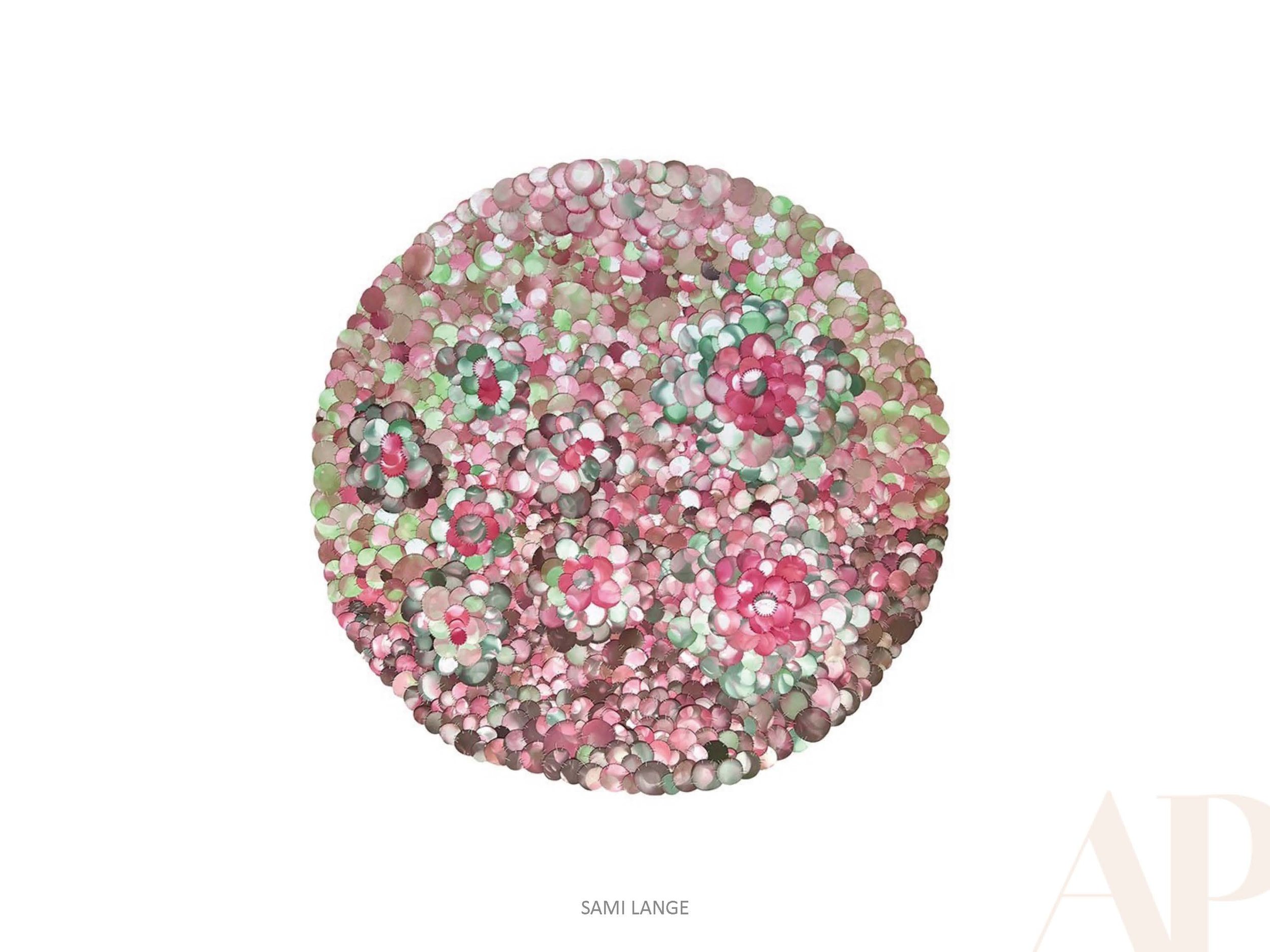

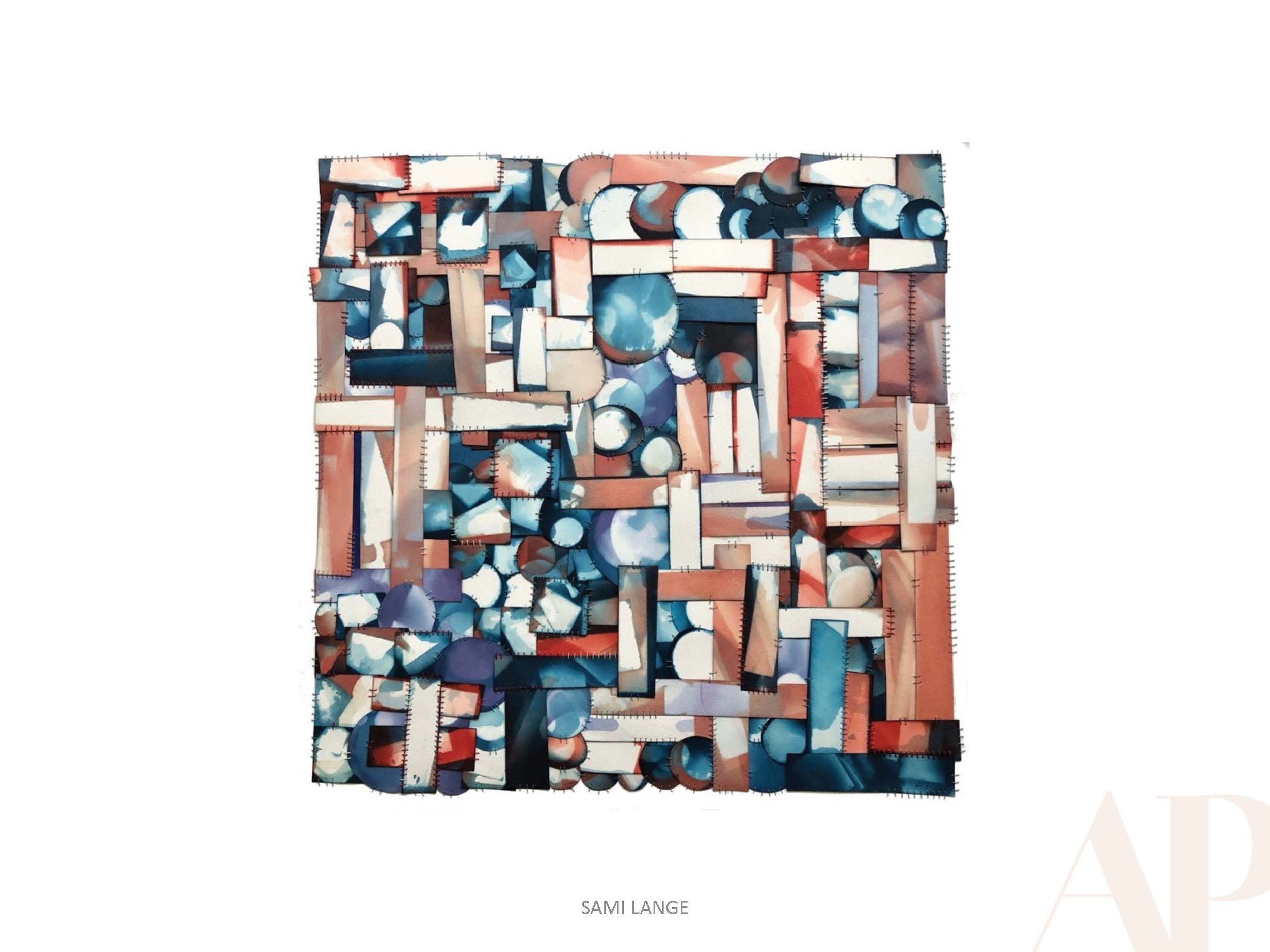
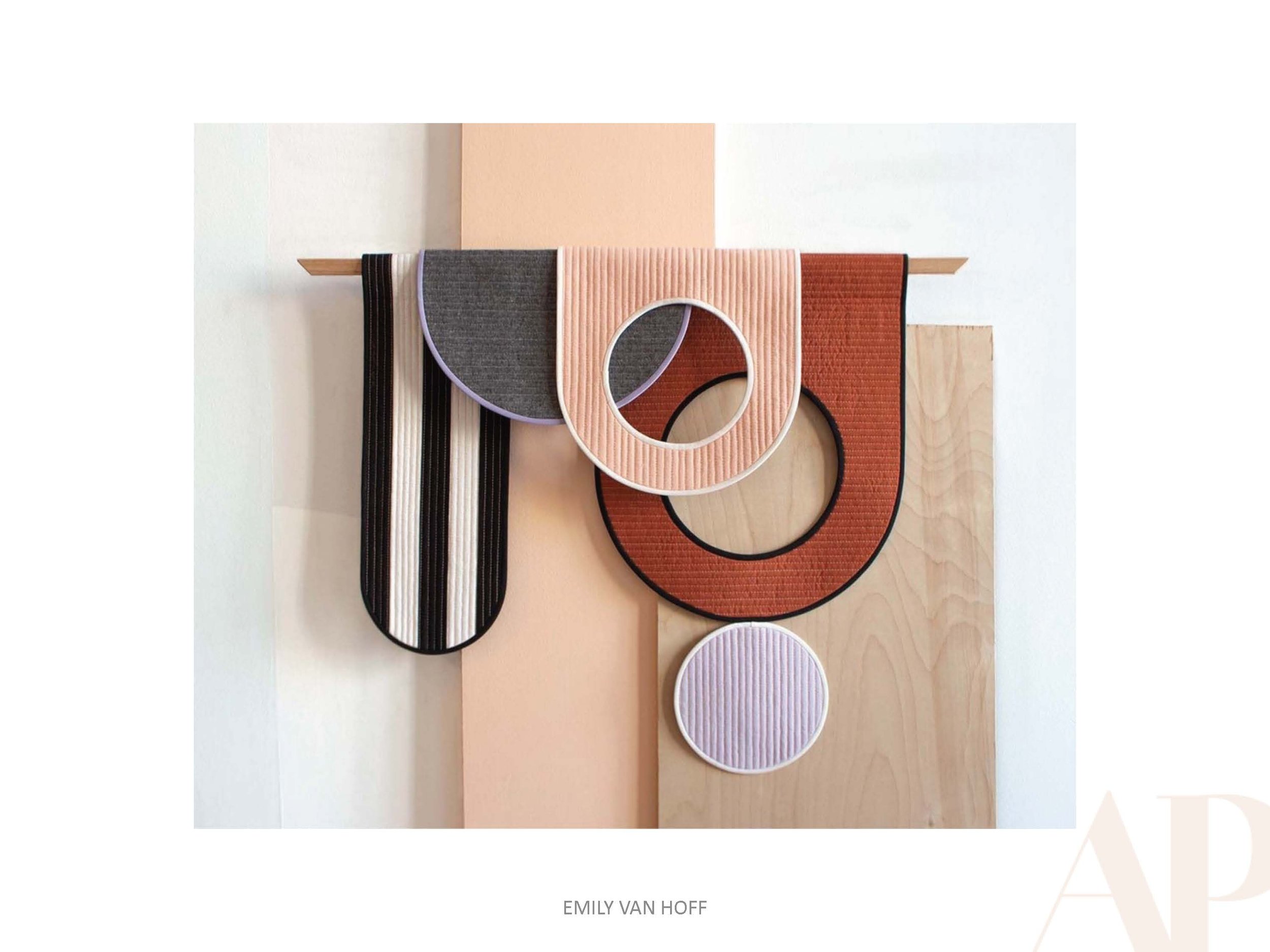


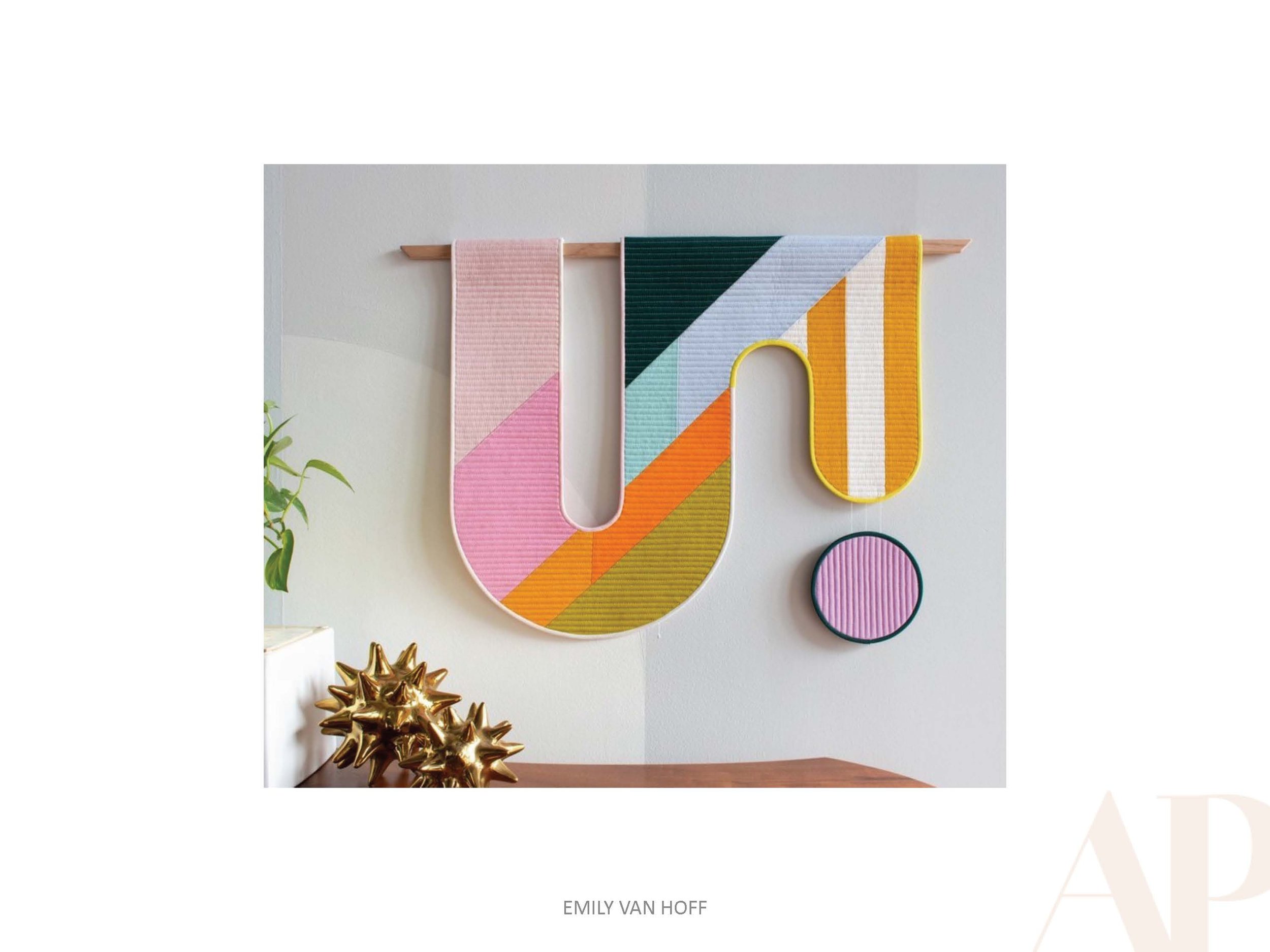
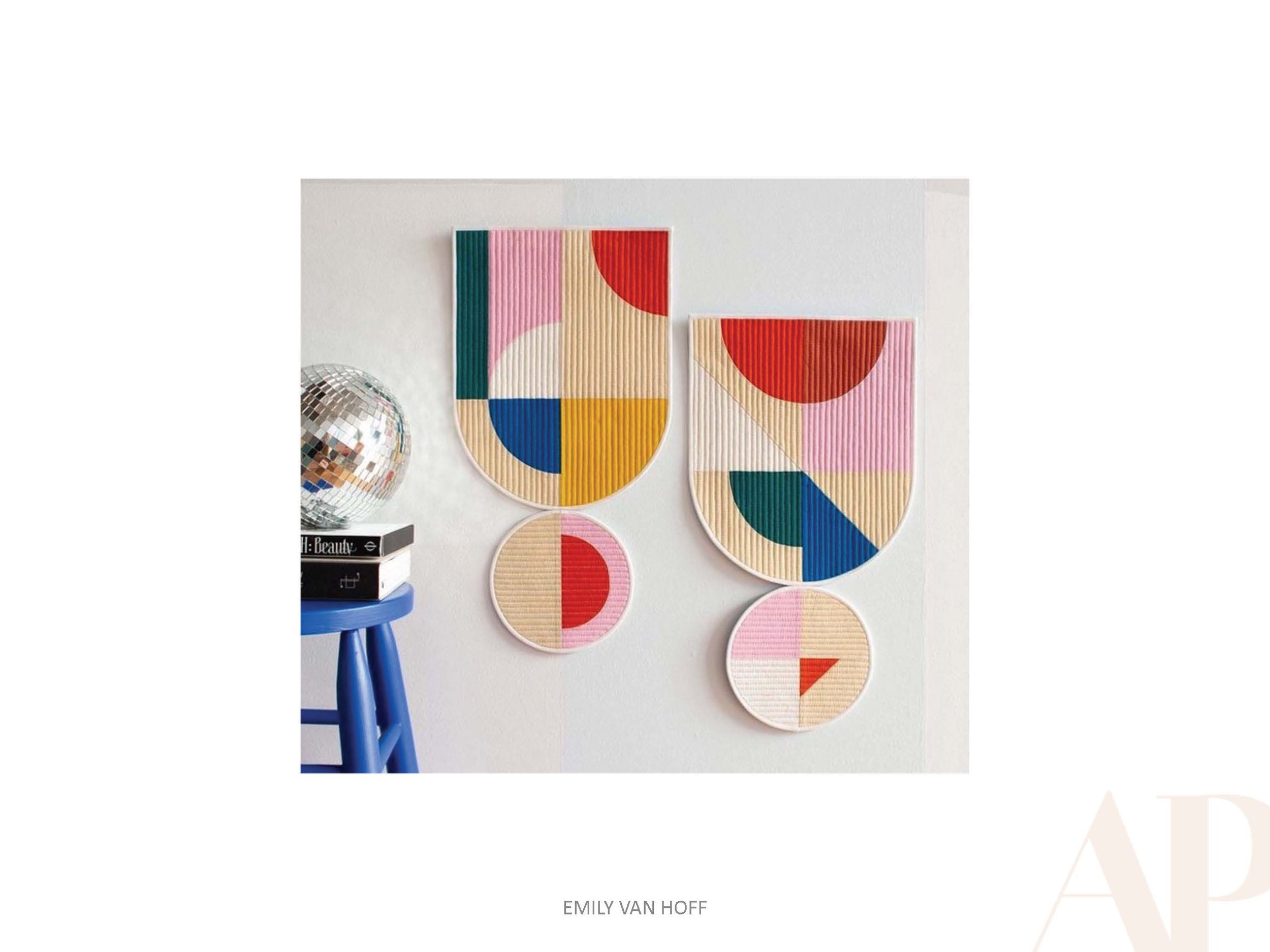

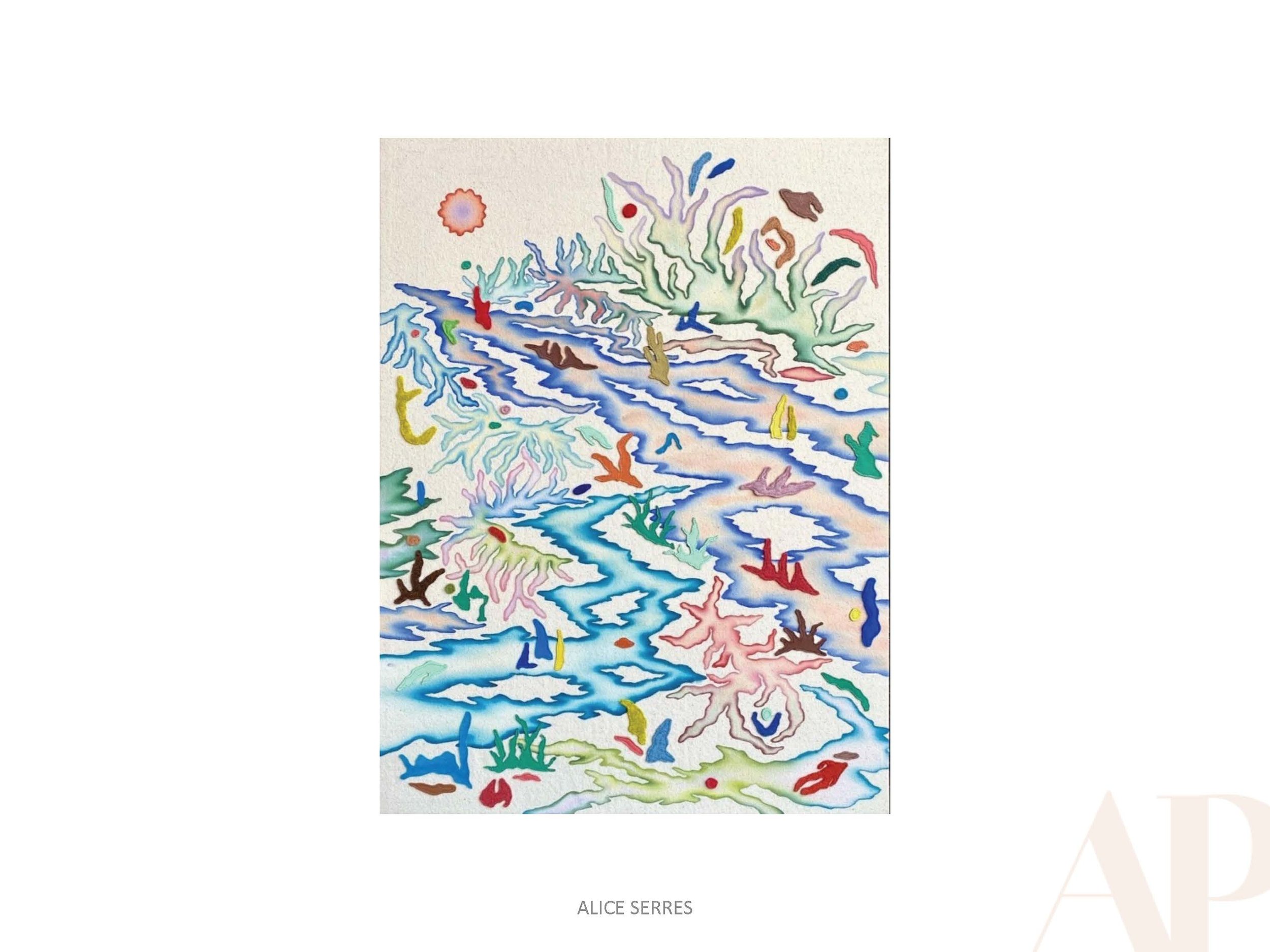
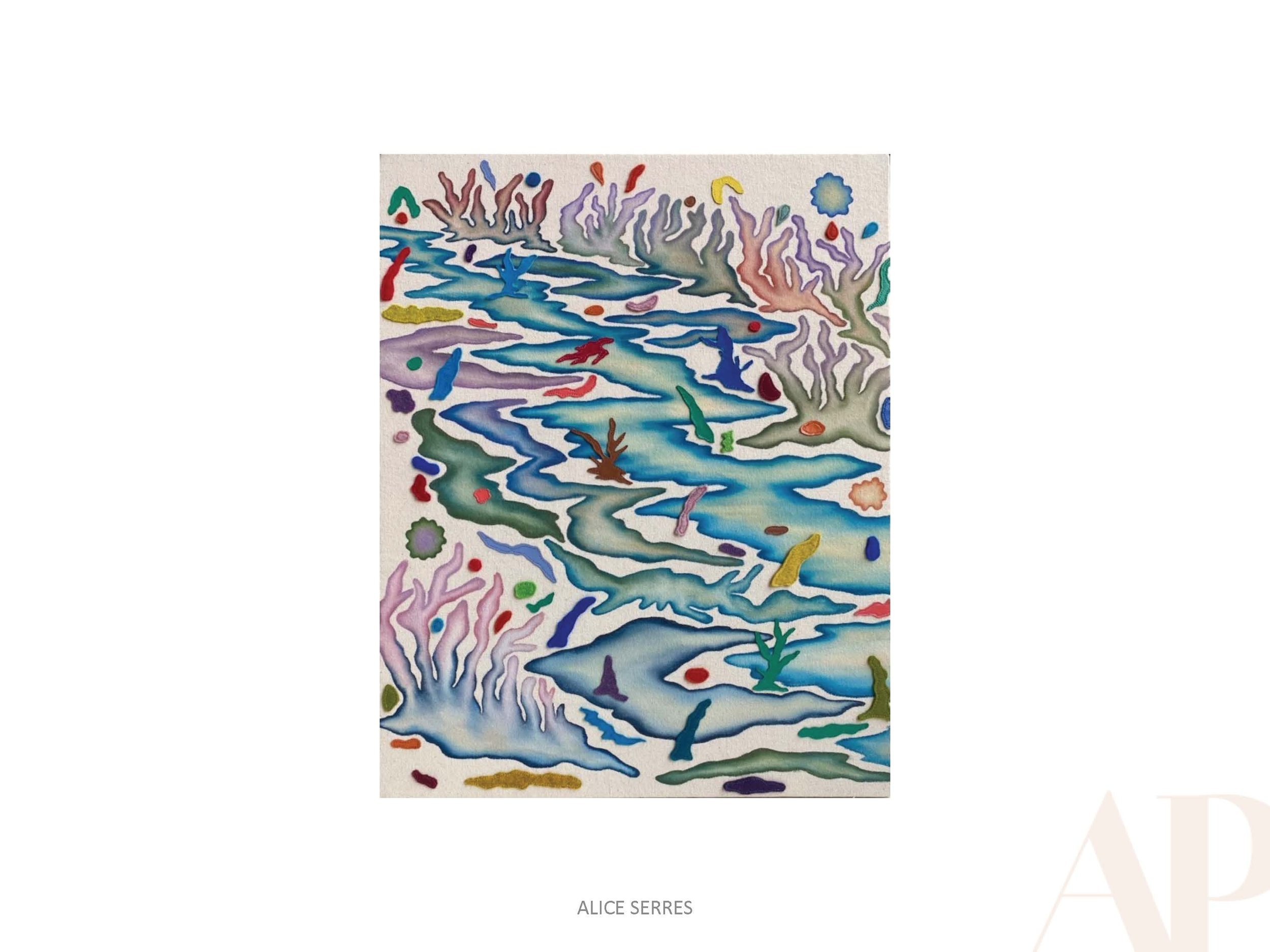
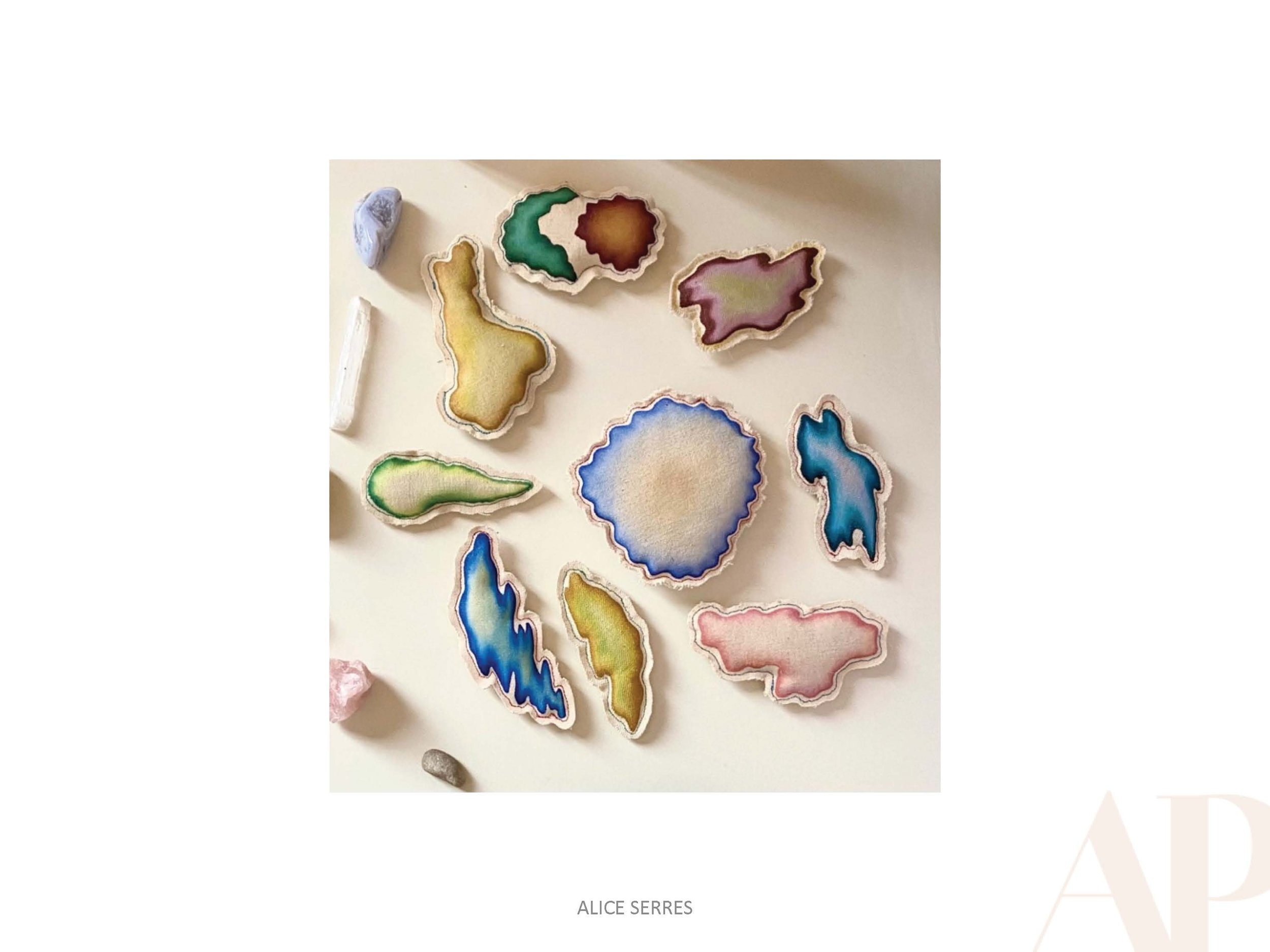

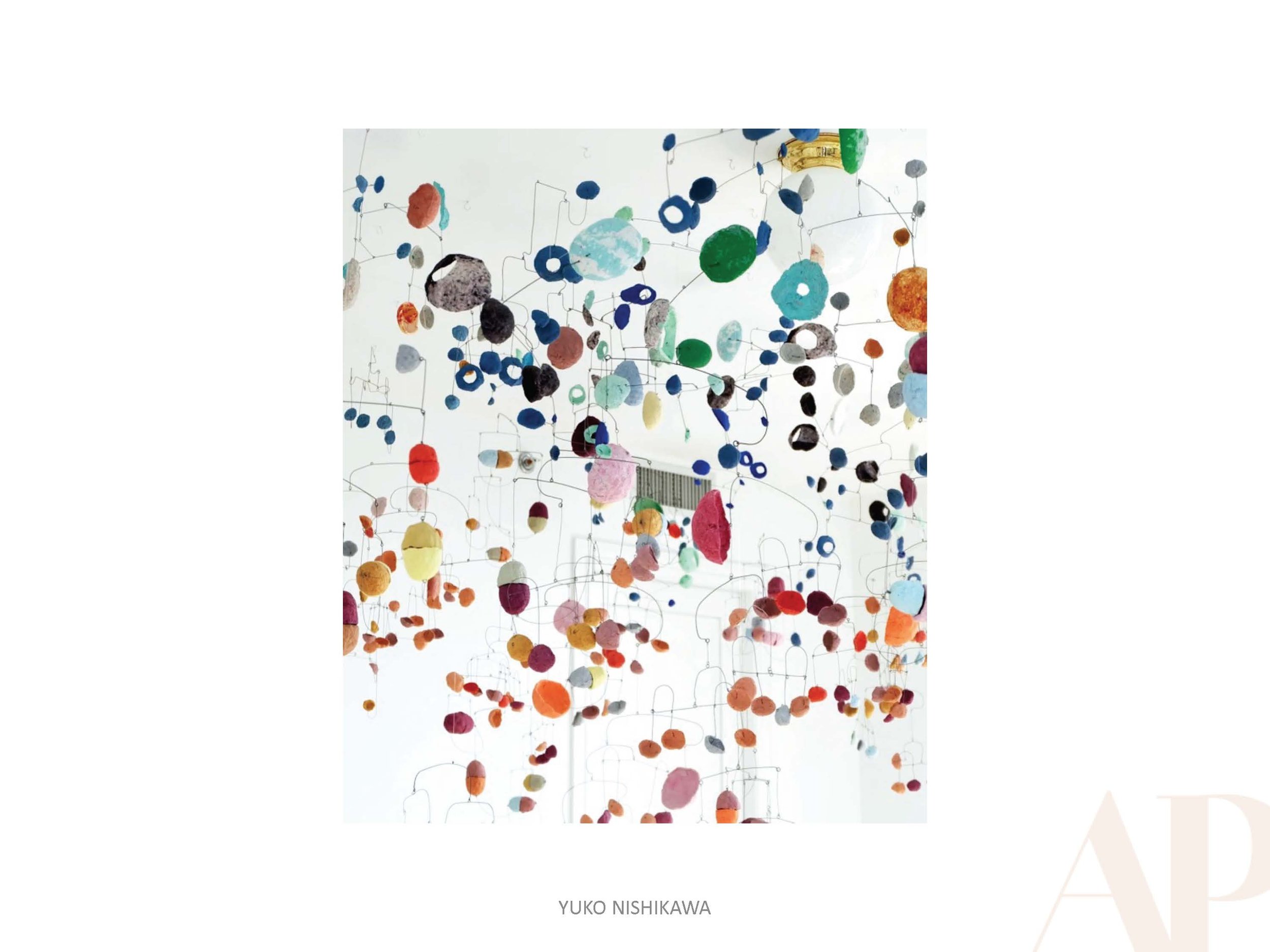
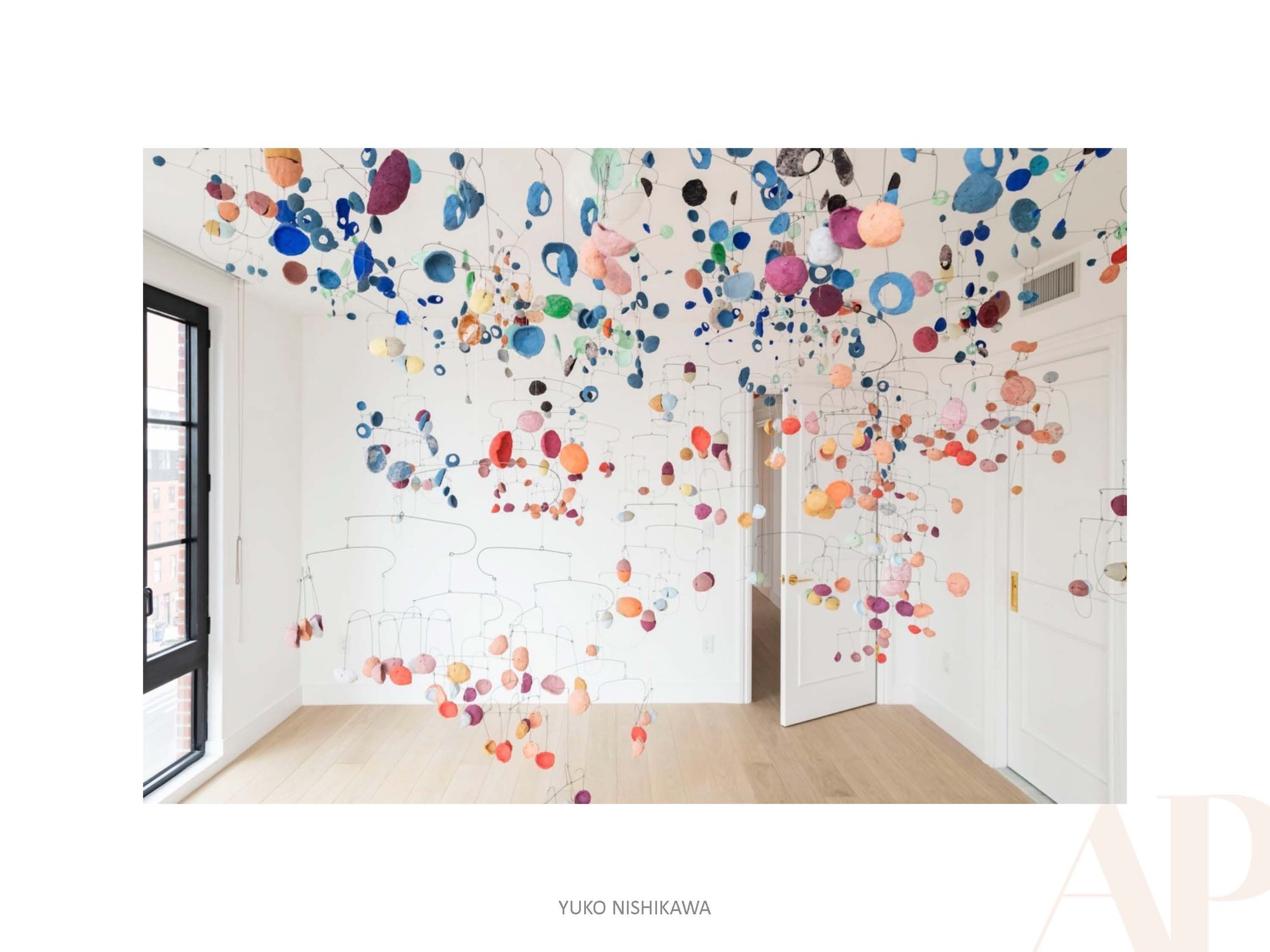
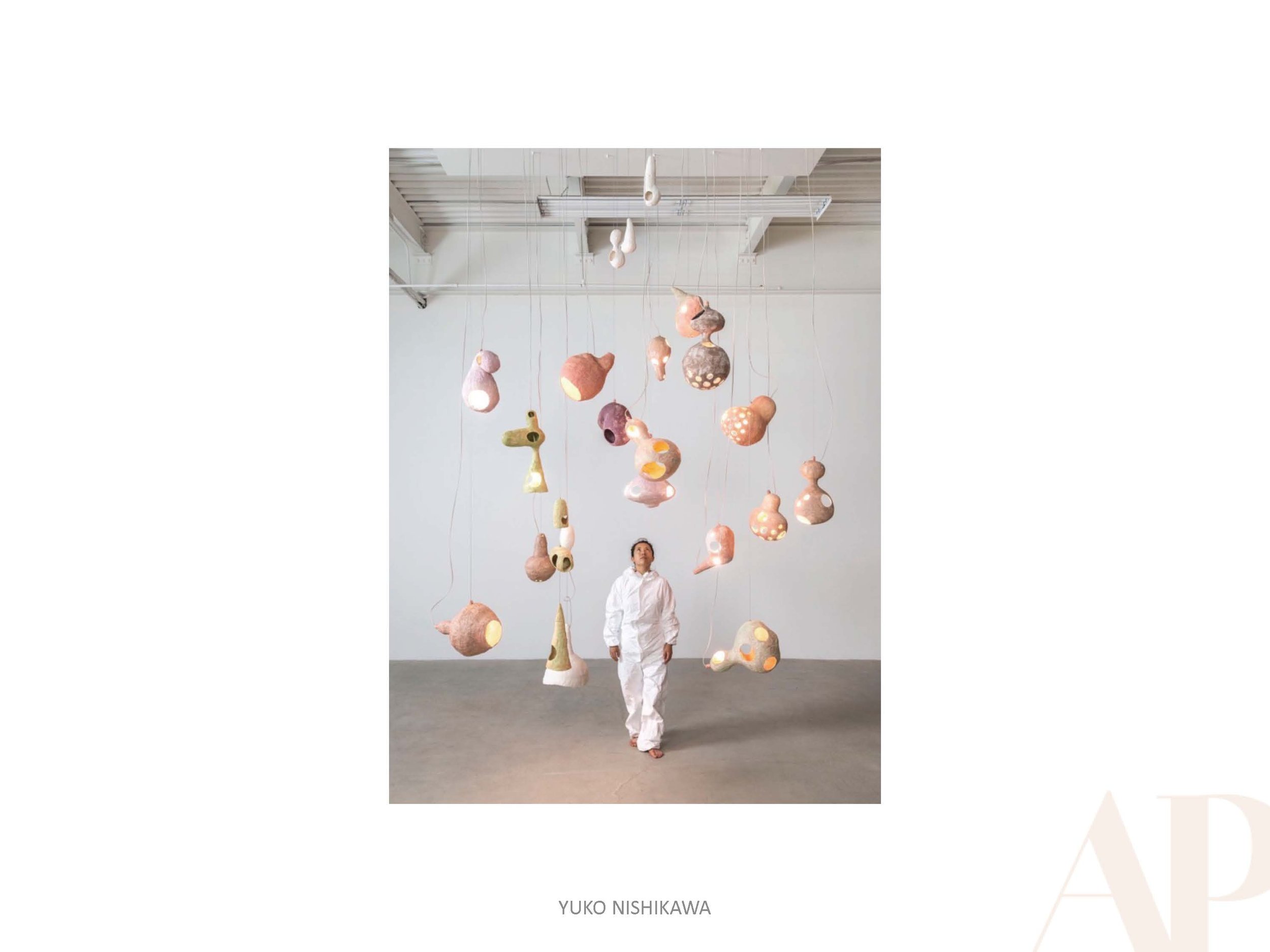
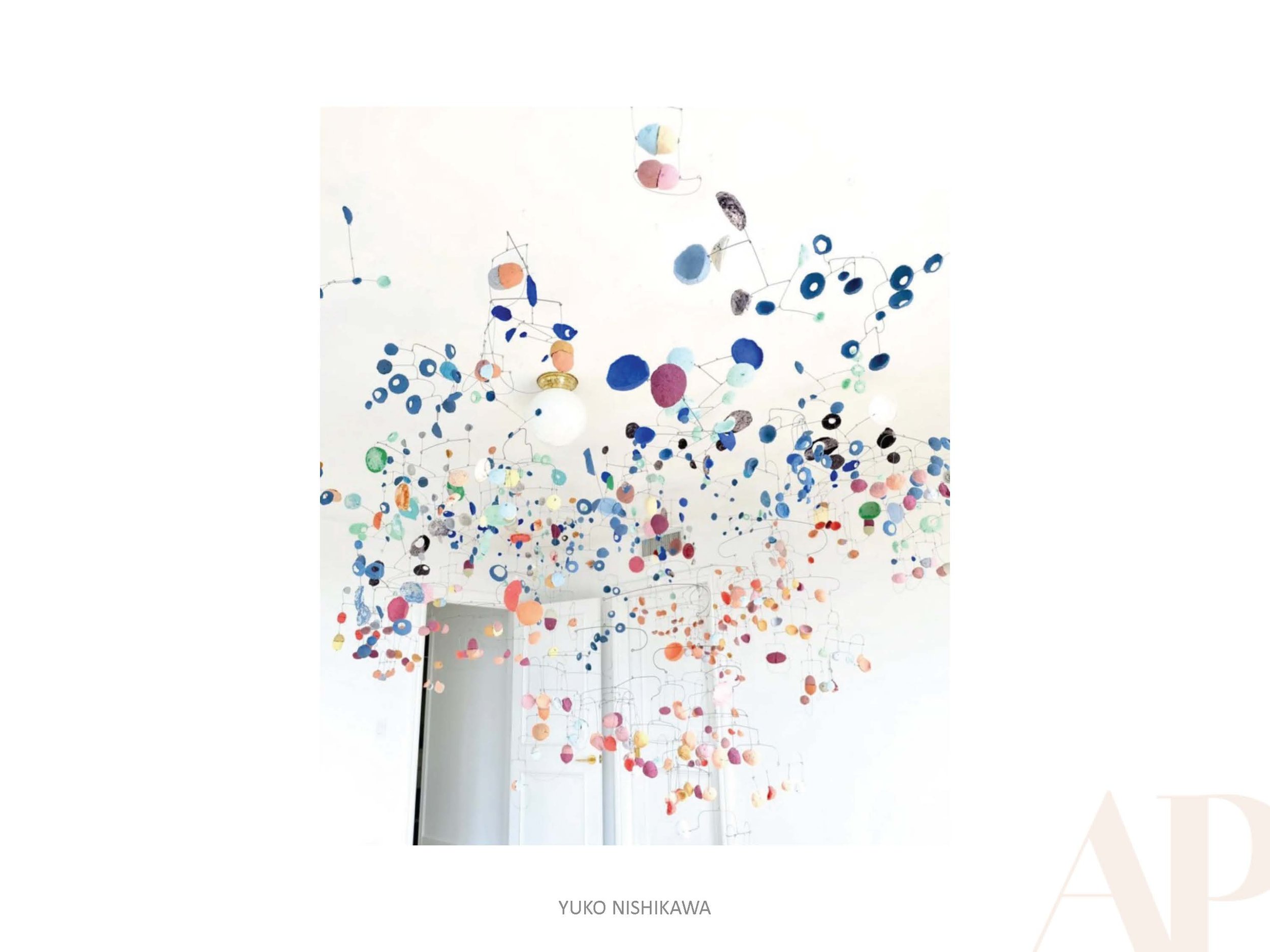
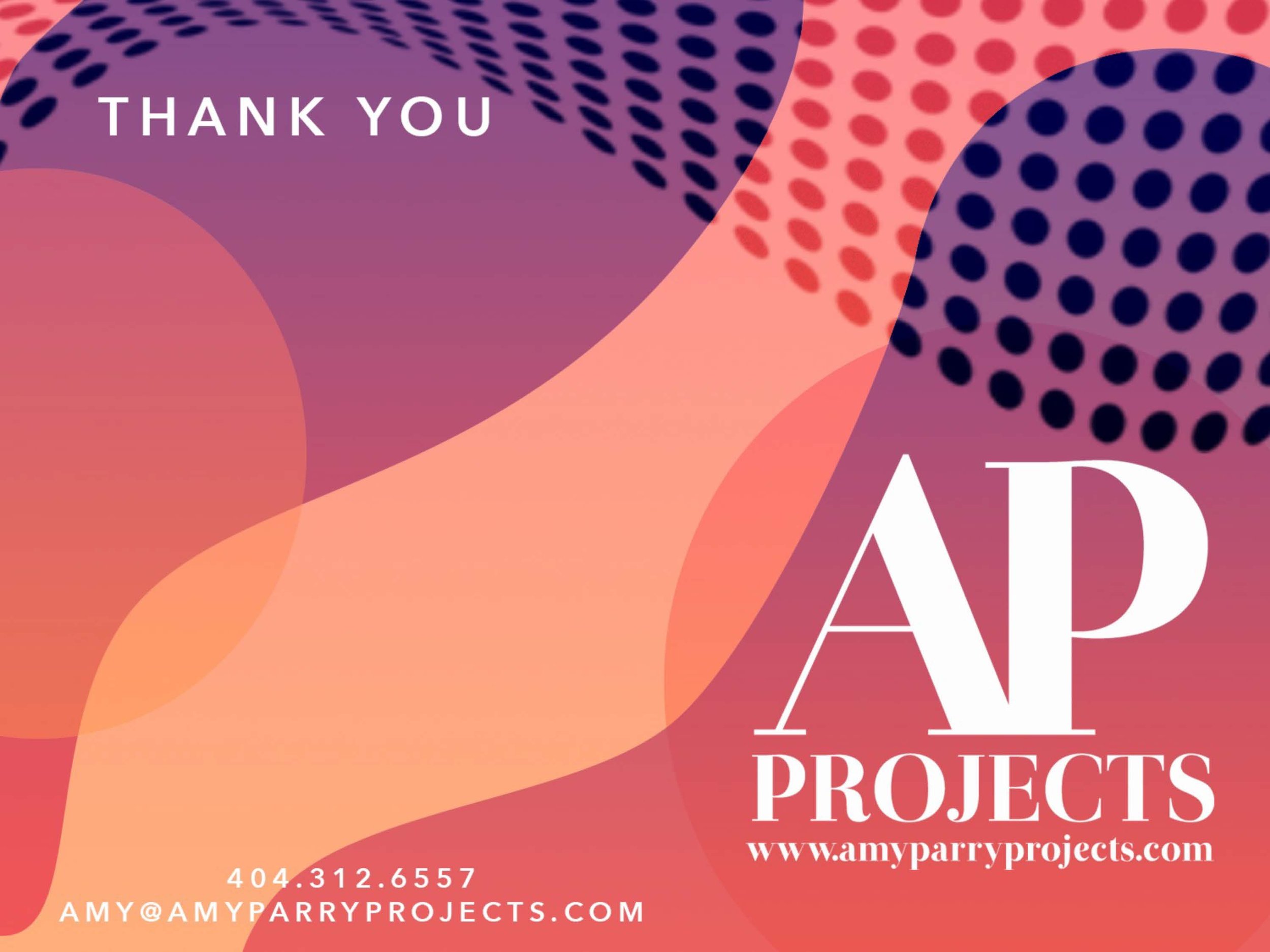
Currently Inspired By...
We dipped a toe into texture, color, fiber, and structure with our last inspiration board, and this time we are diving in head-first. Spring is officially here, and as the landscape explodes around us, it only fuels a desire in us to see more of the same through art.
These pieces are literally vibrating with bright colors, bold shapes, and textures that are anything but smooth. Our energy has been bottled up during these long years of isolation, and we are ready to experience life (and art) with gusto.
We are excited to share these pieces with you, and hope you discover new artists you may not have known before.
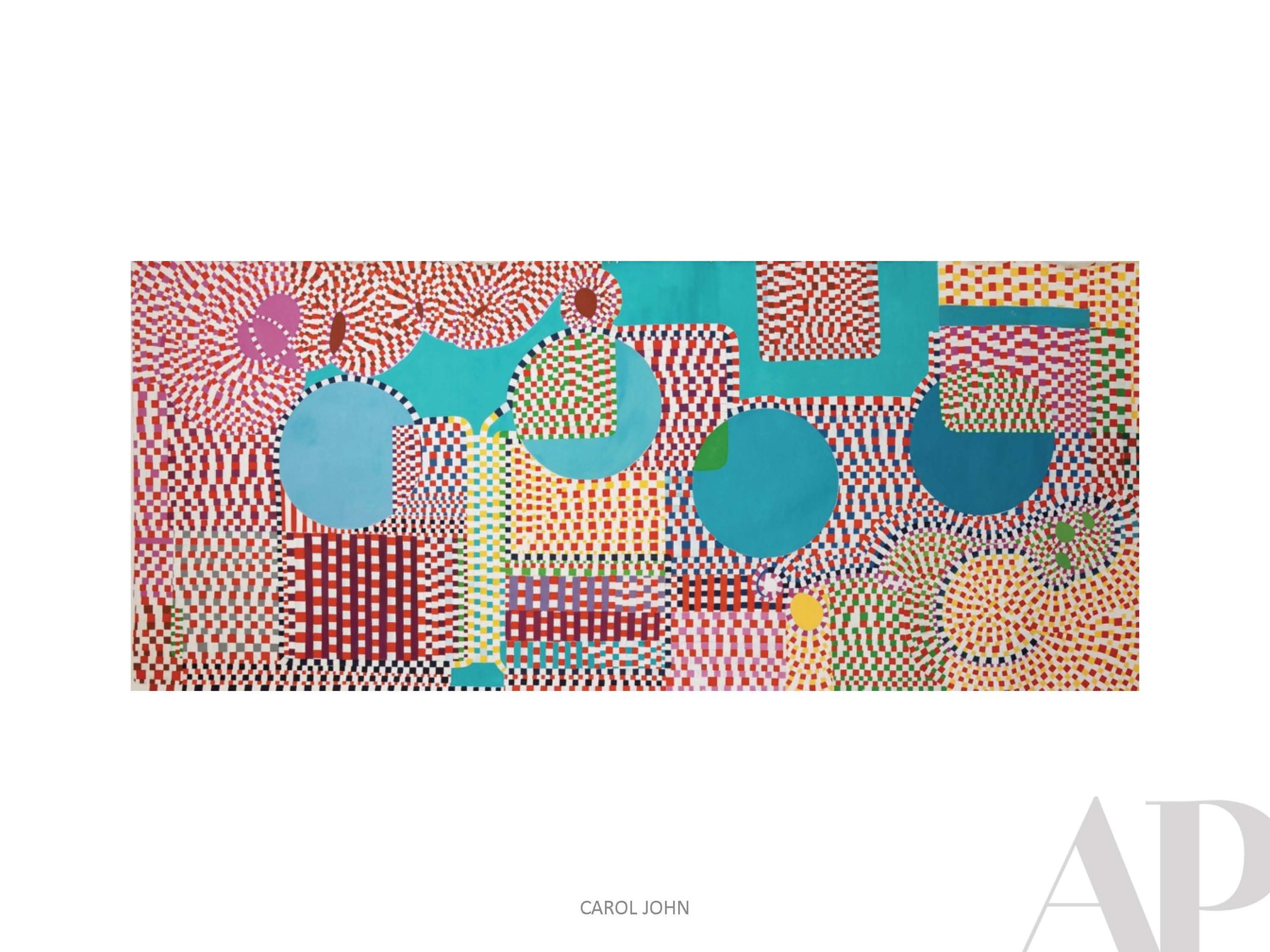
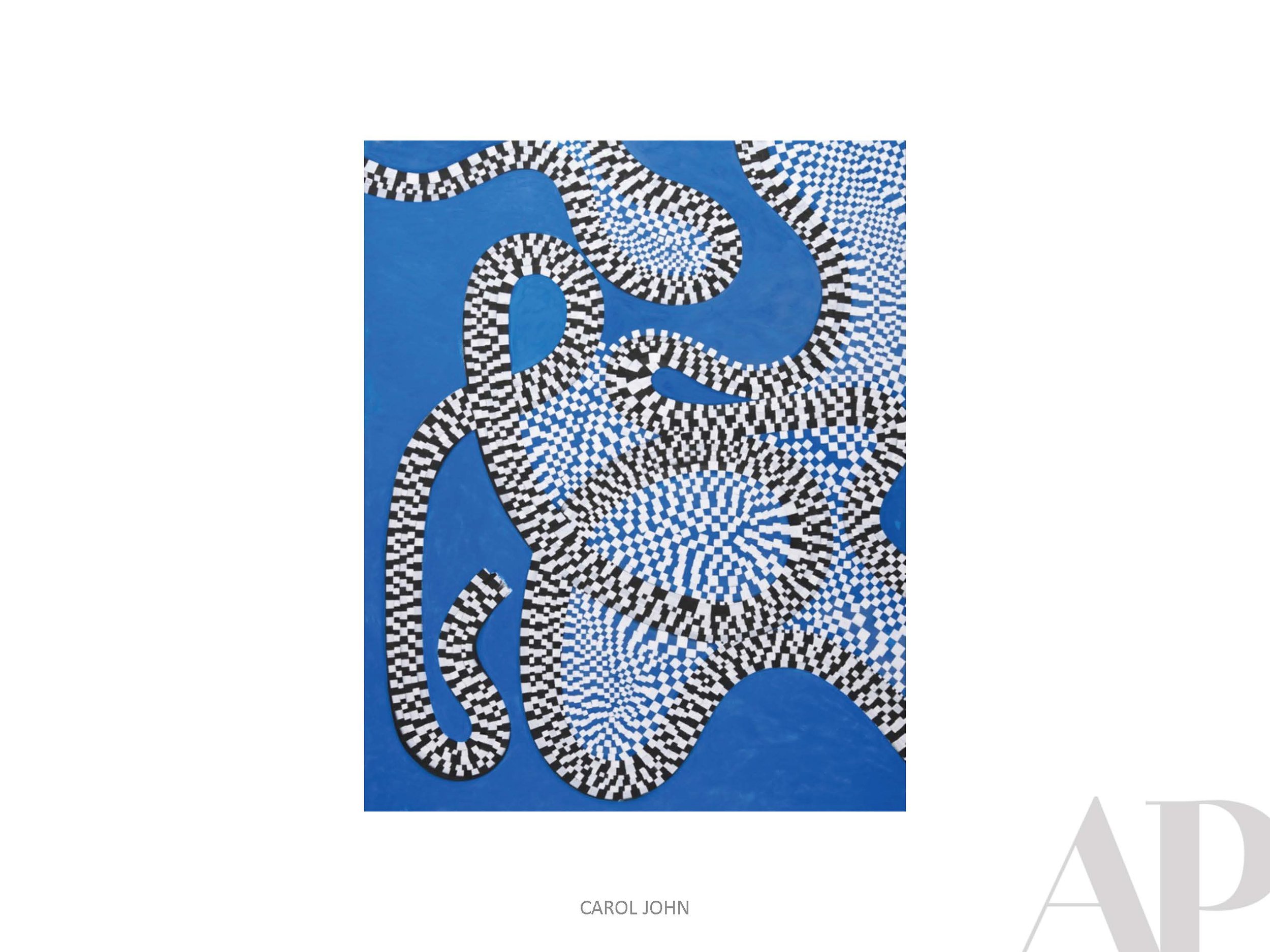
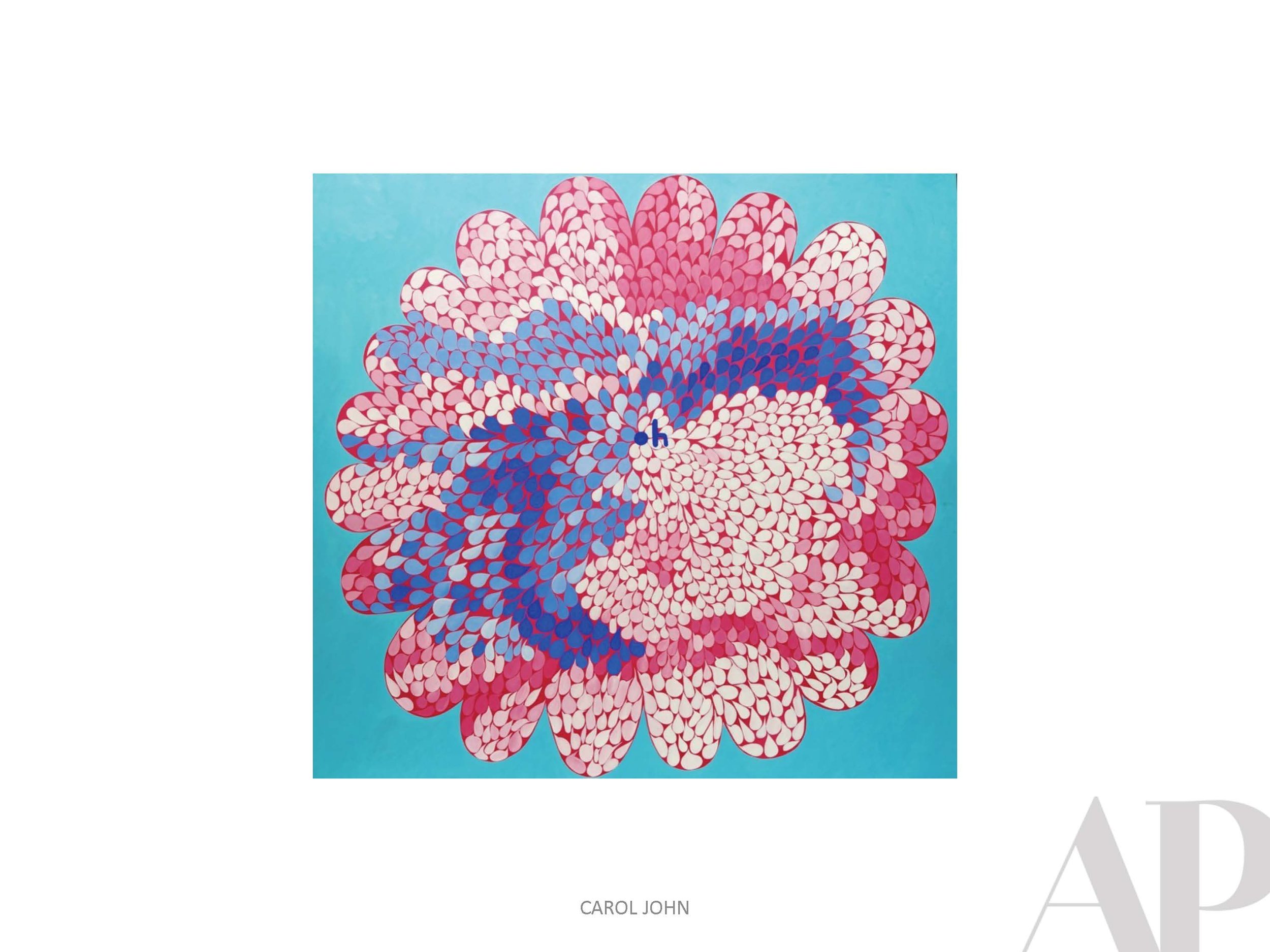
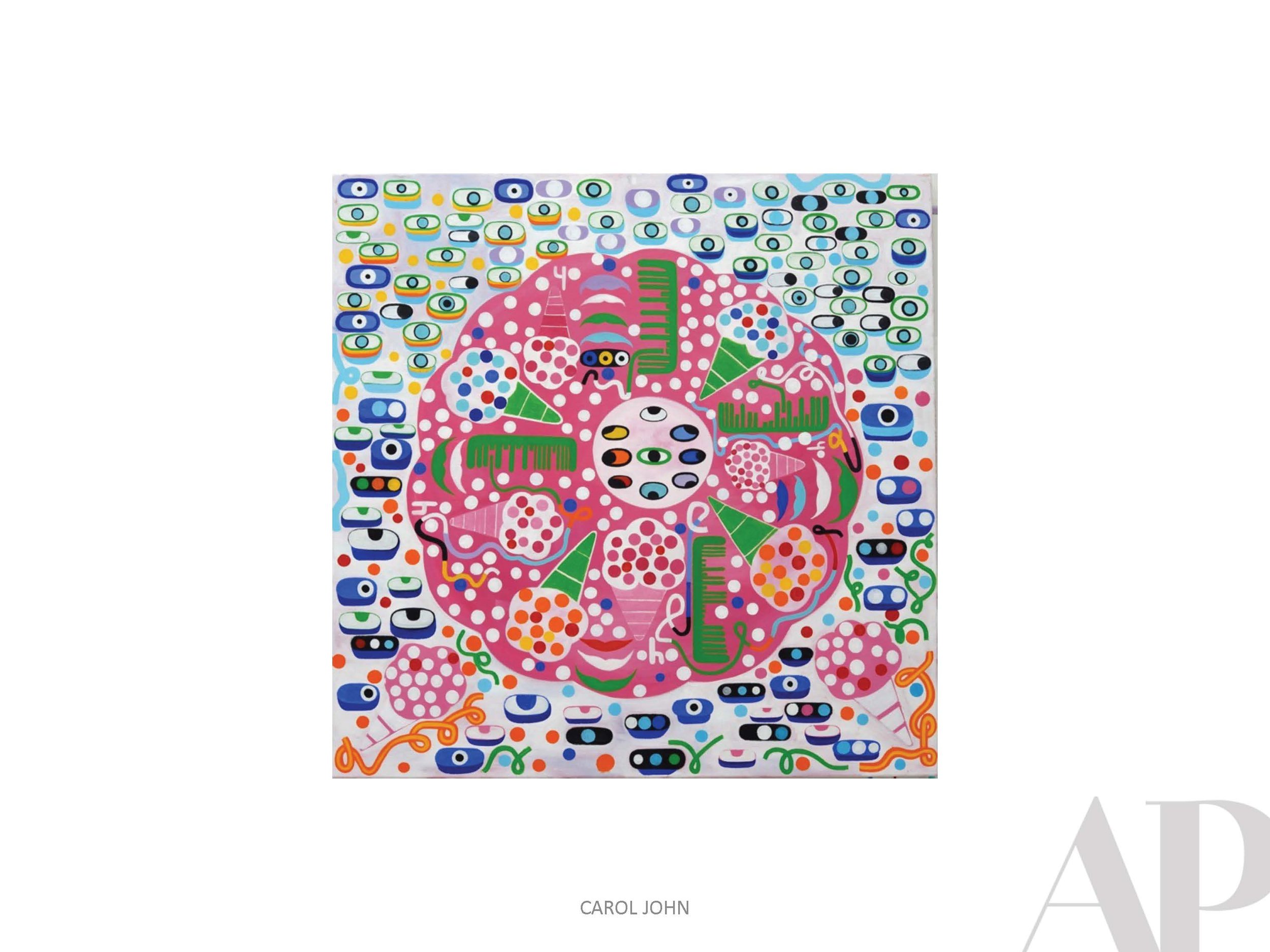
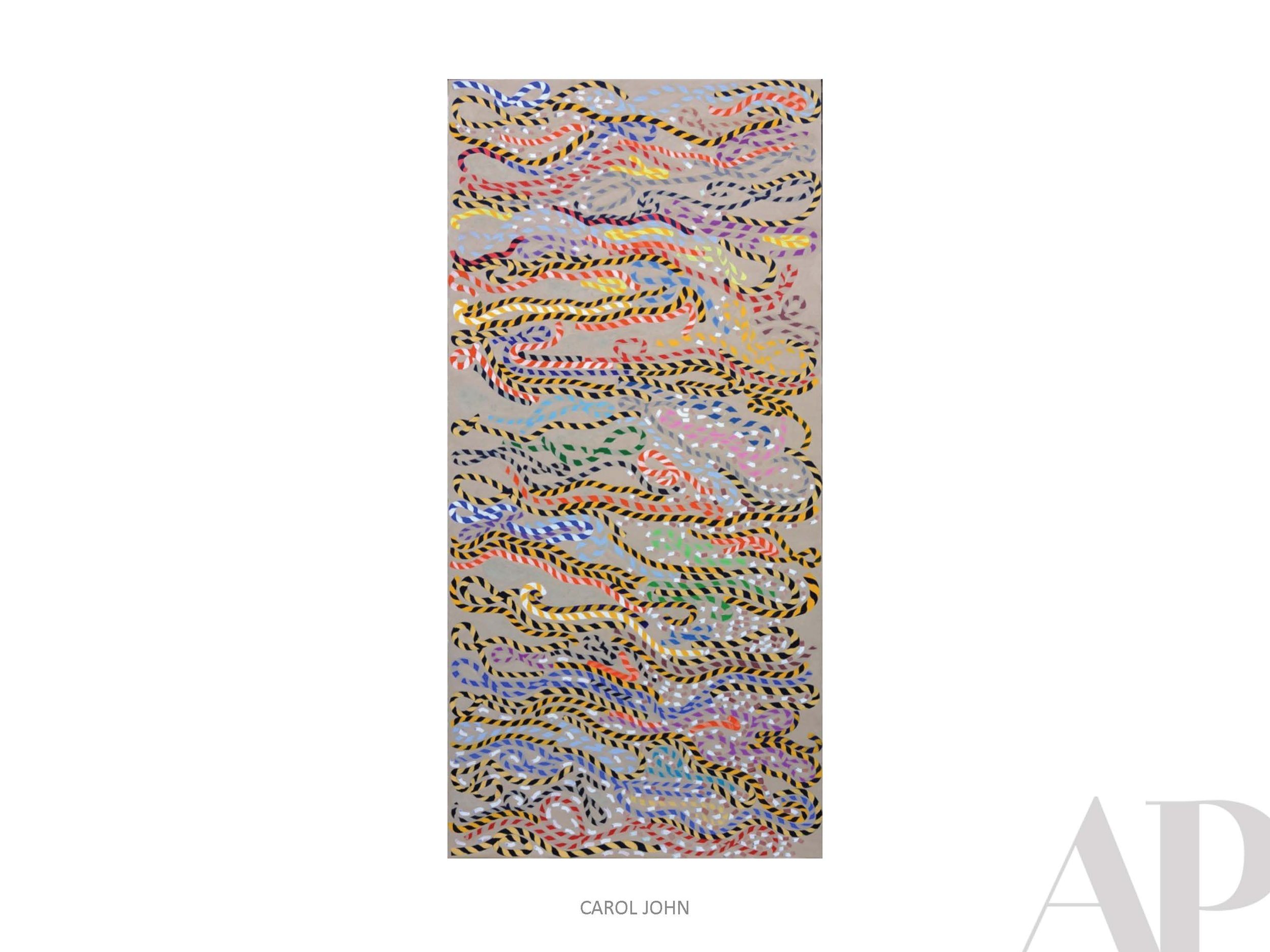
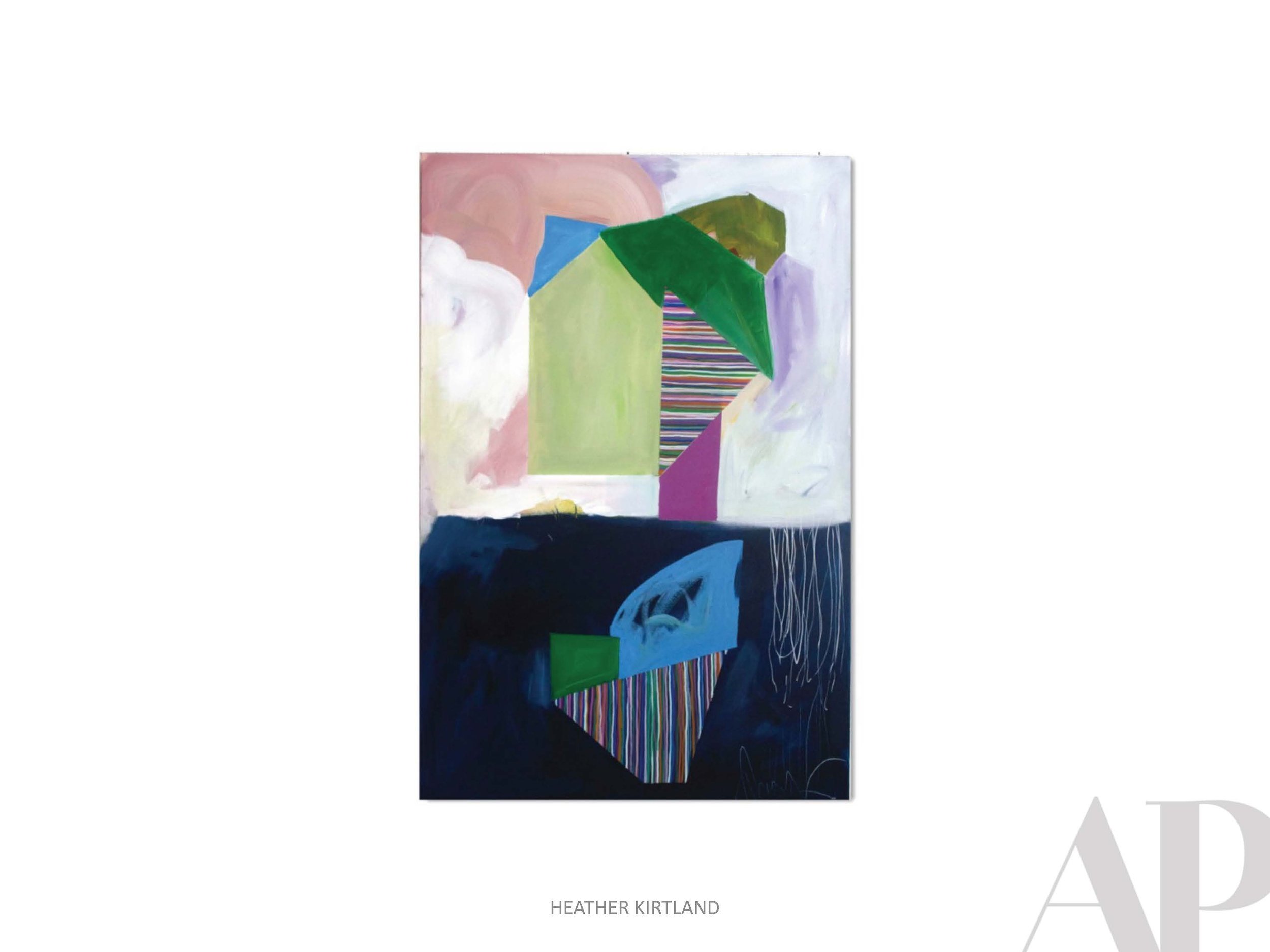
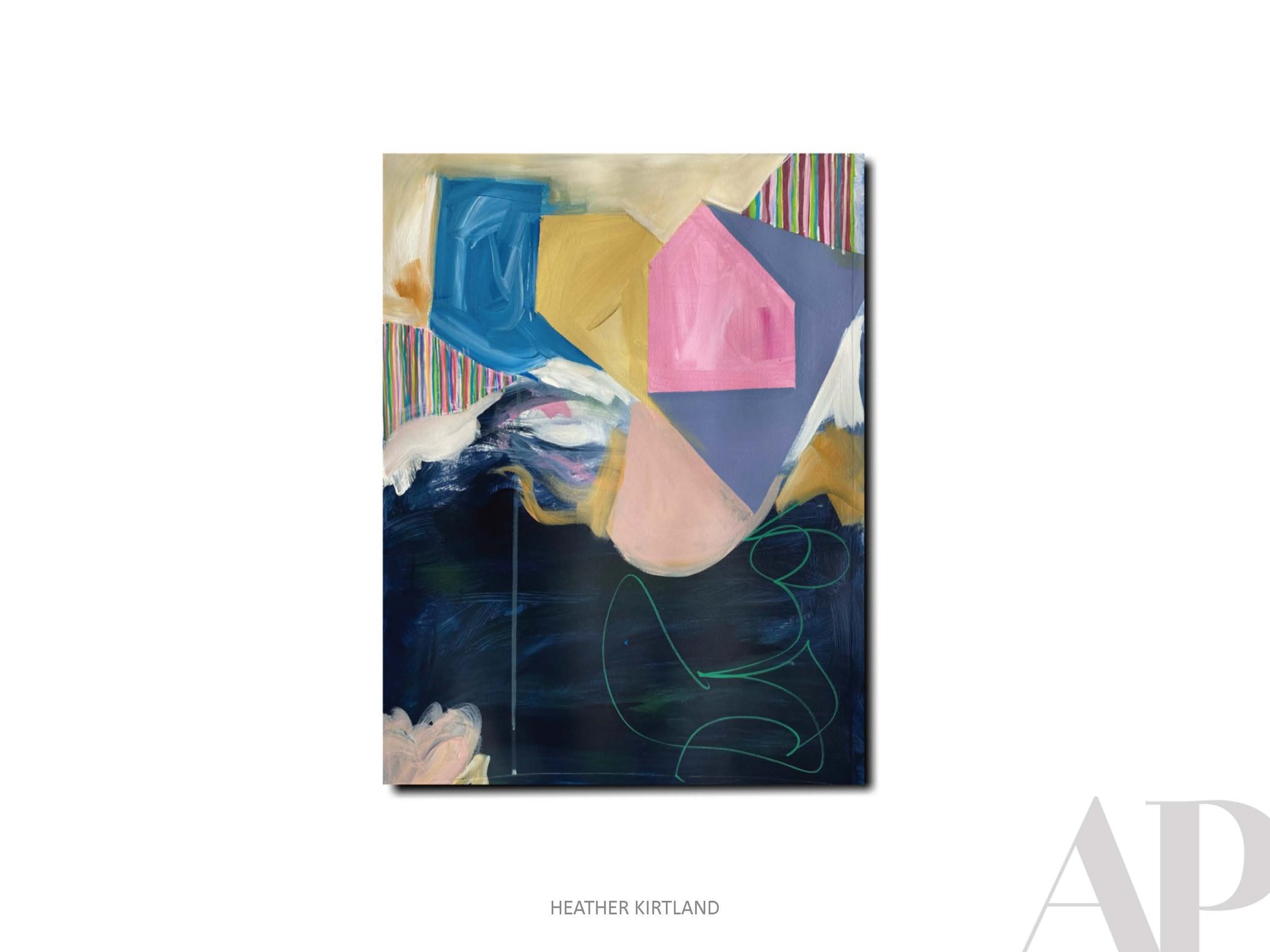
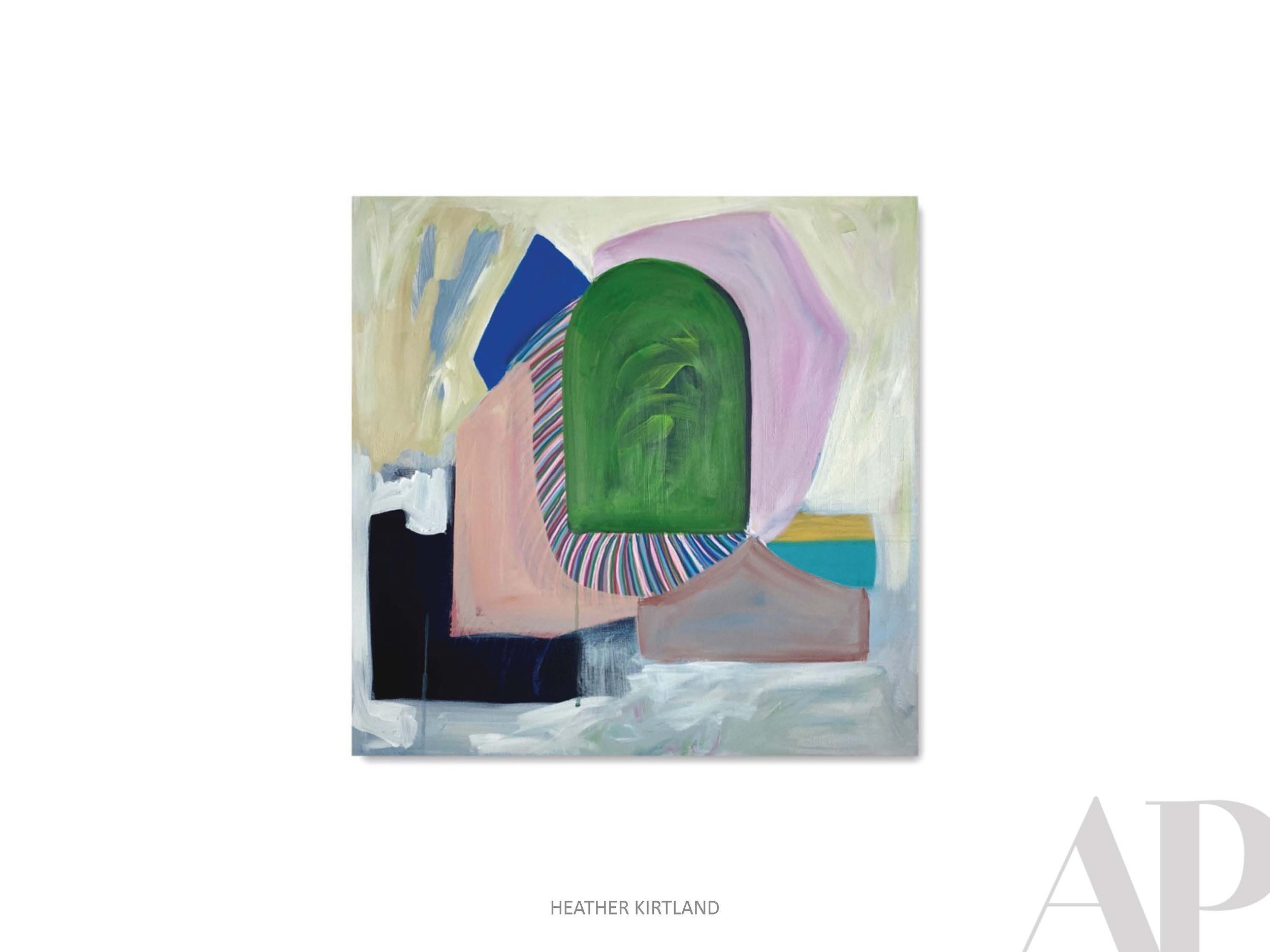
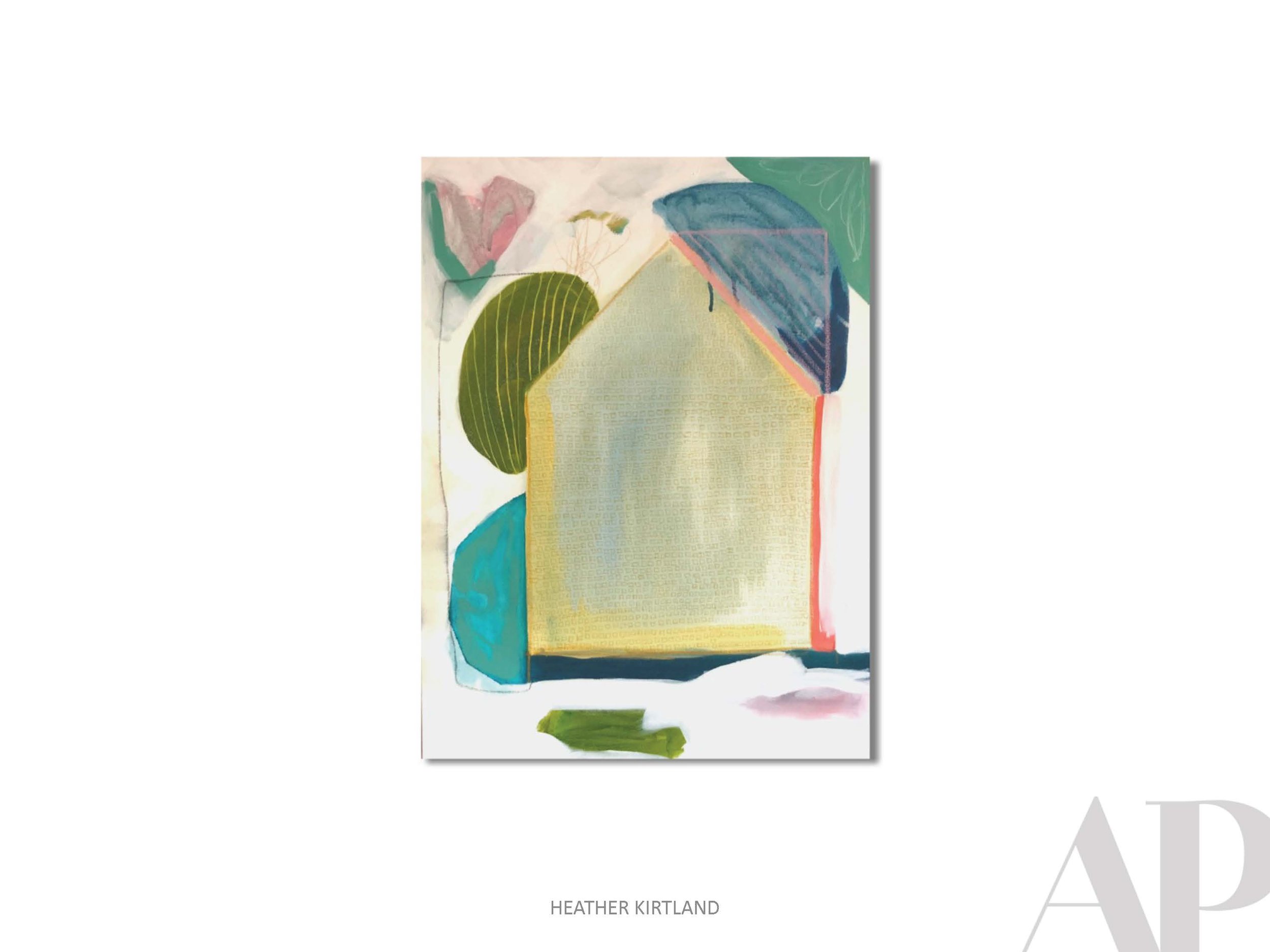
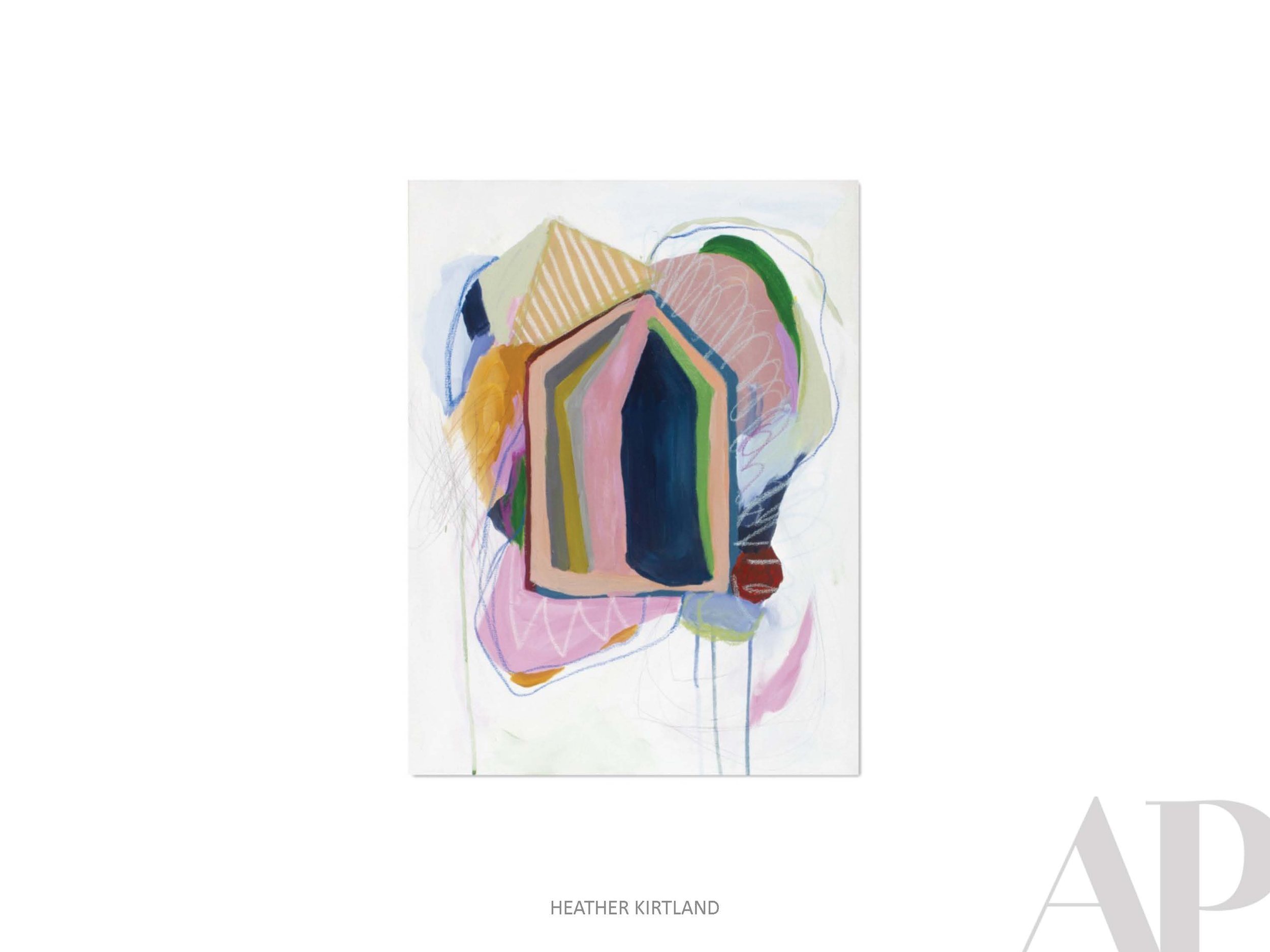
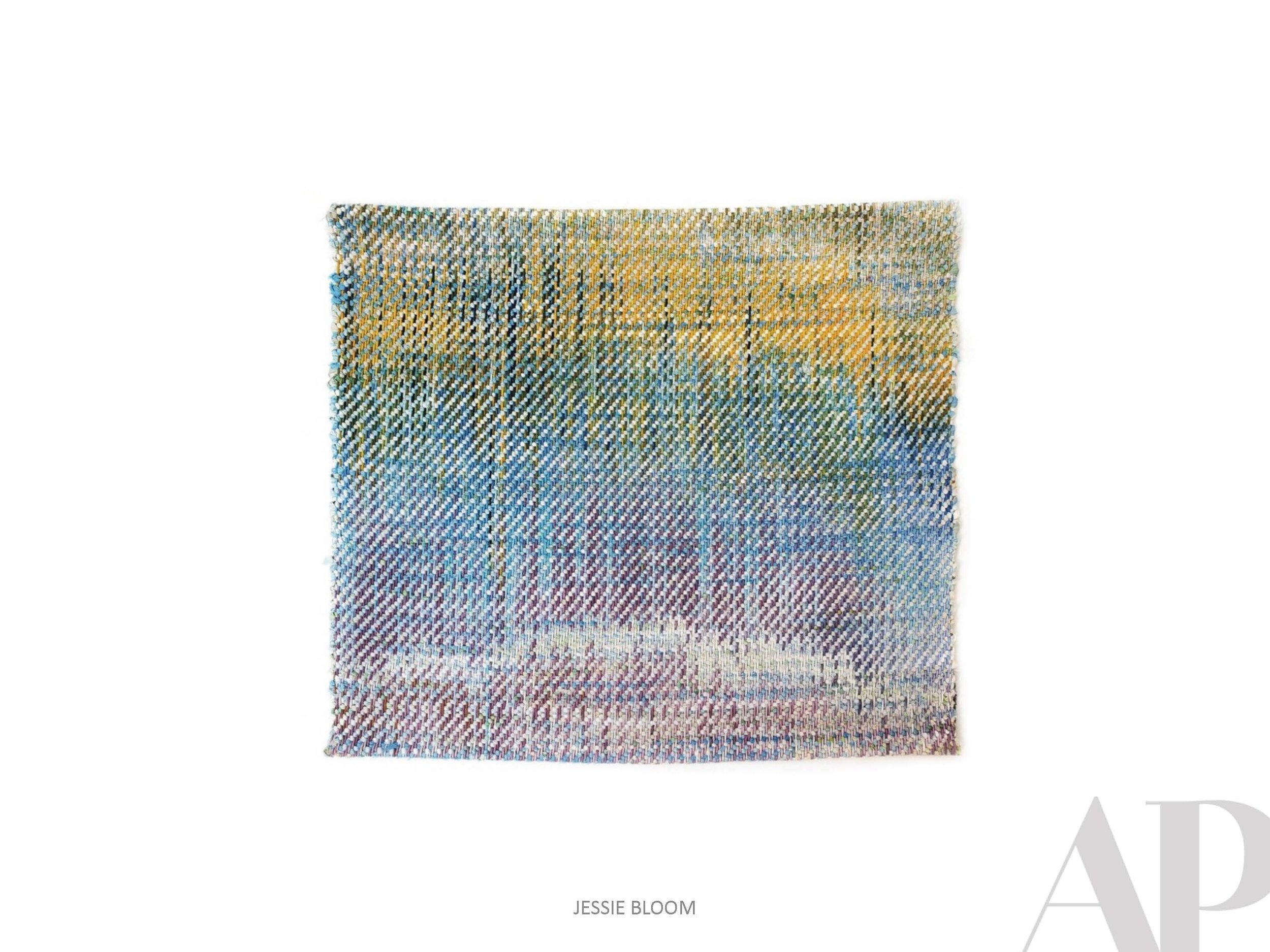
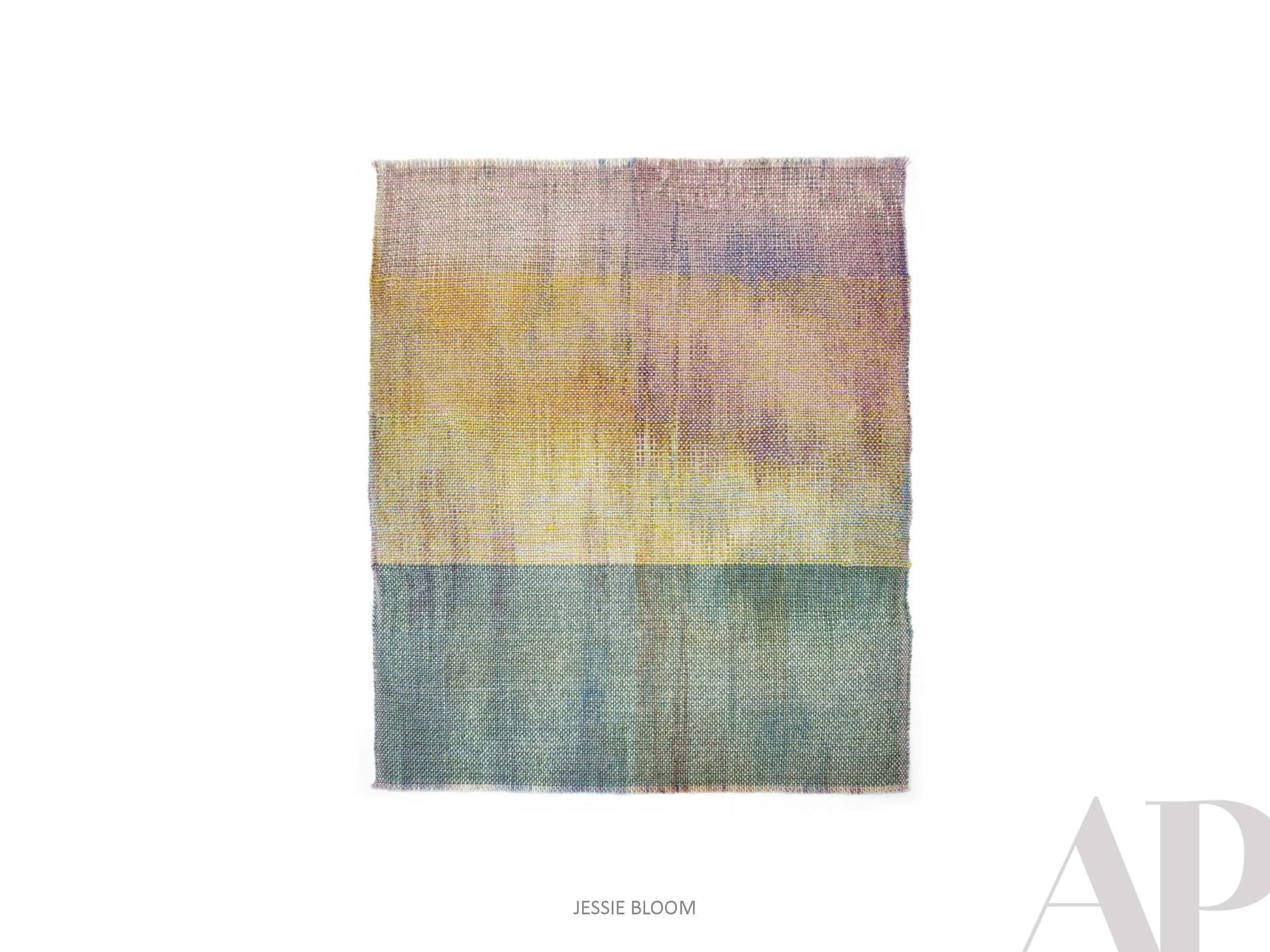
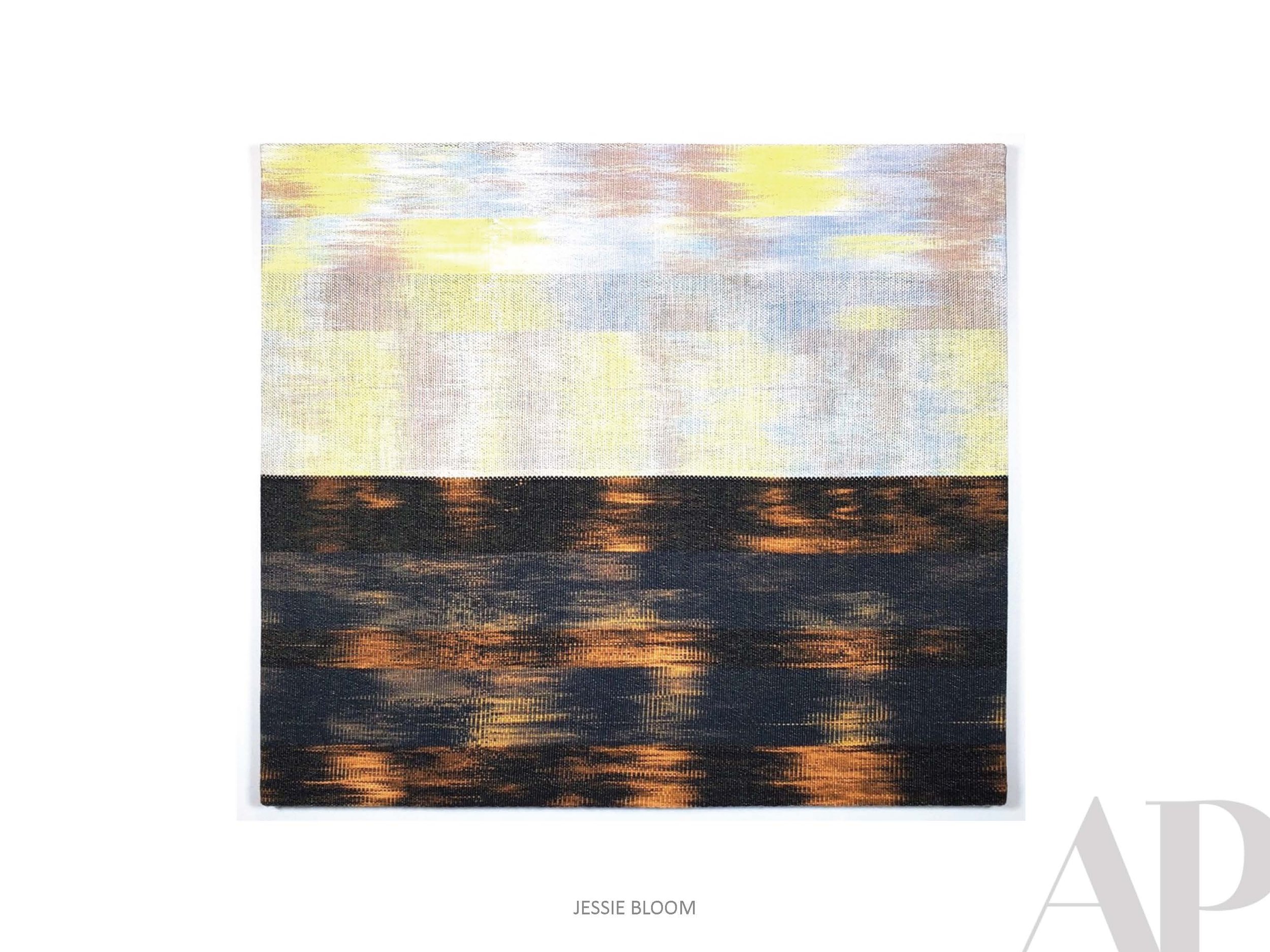
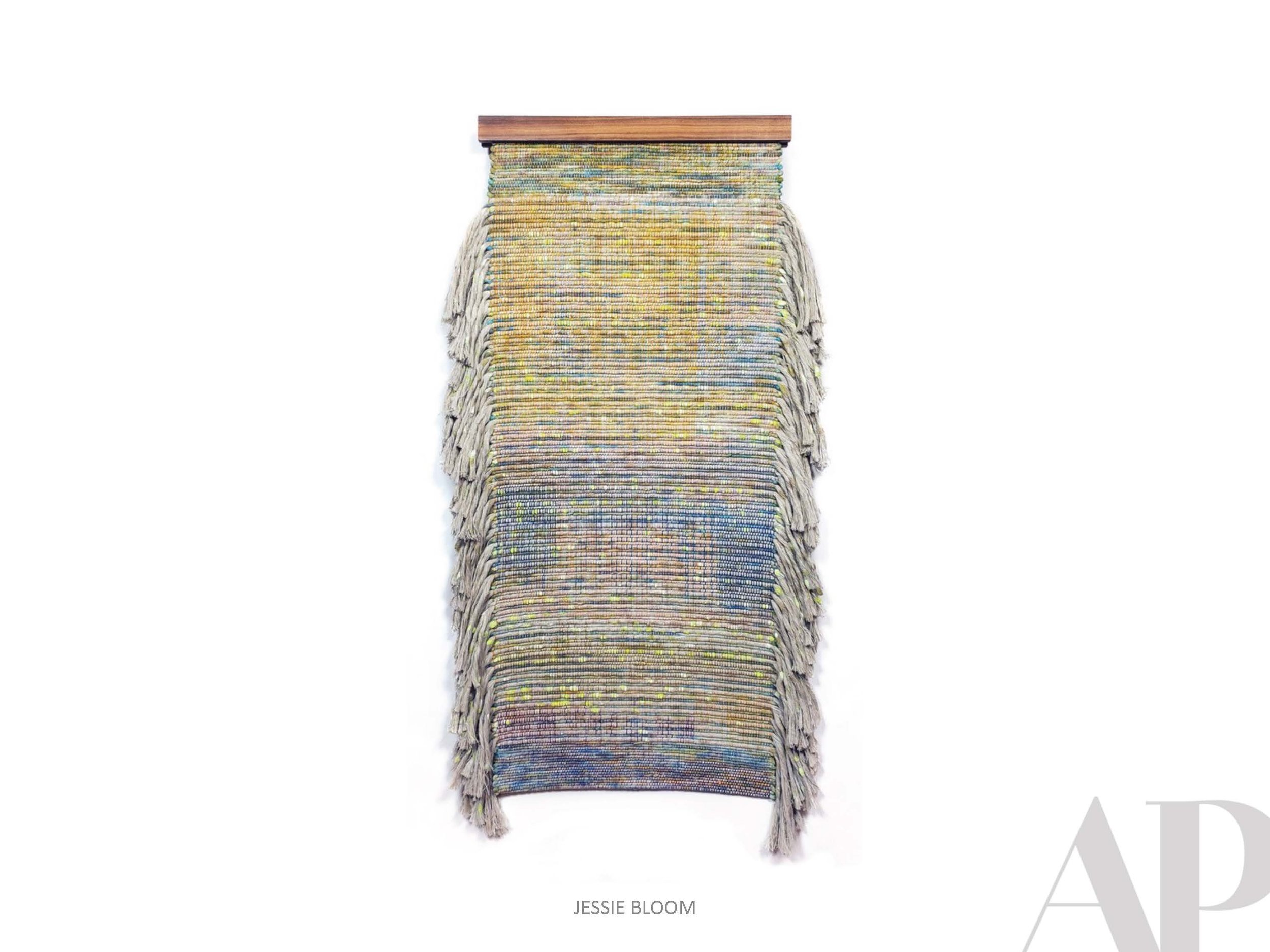

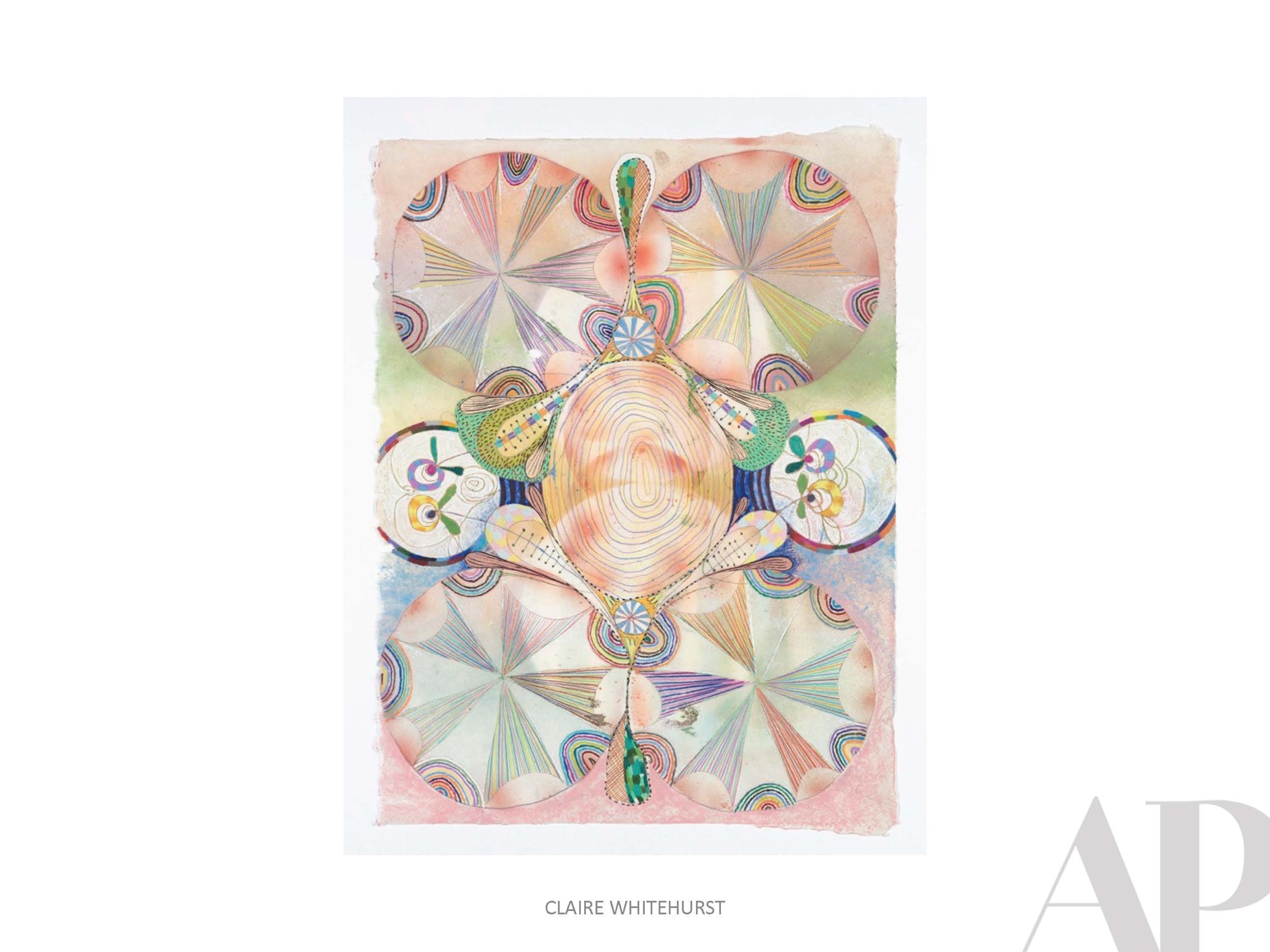
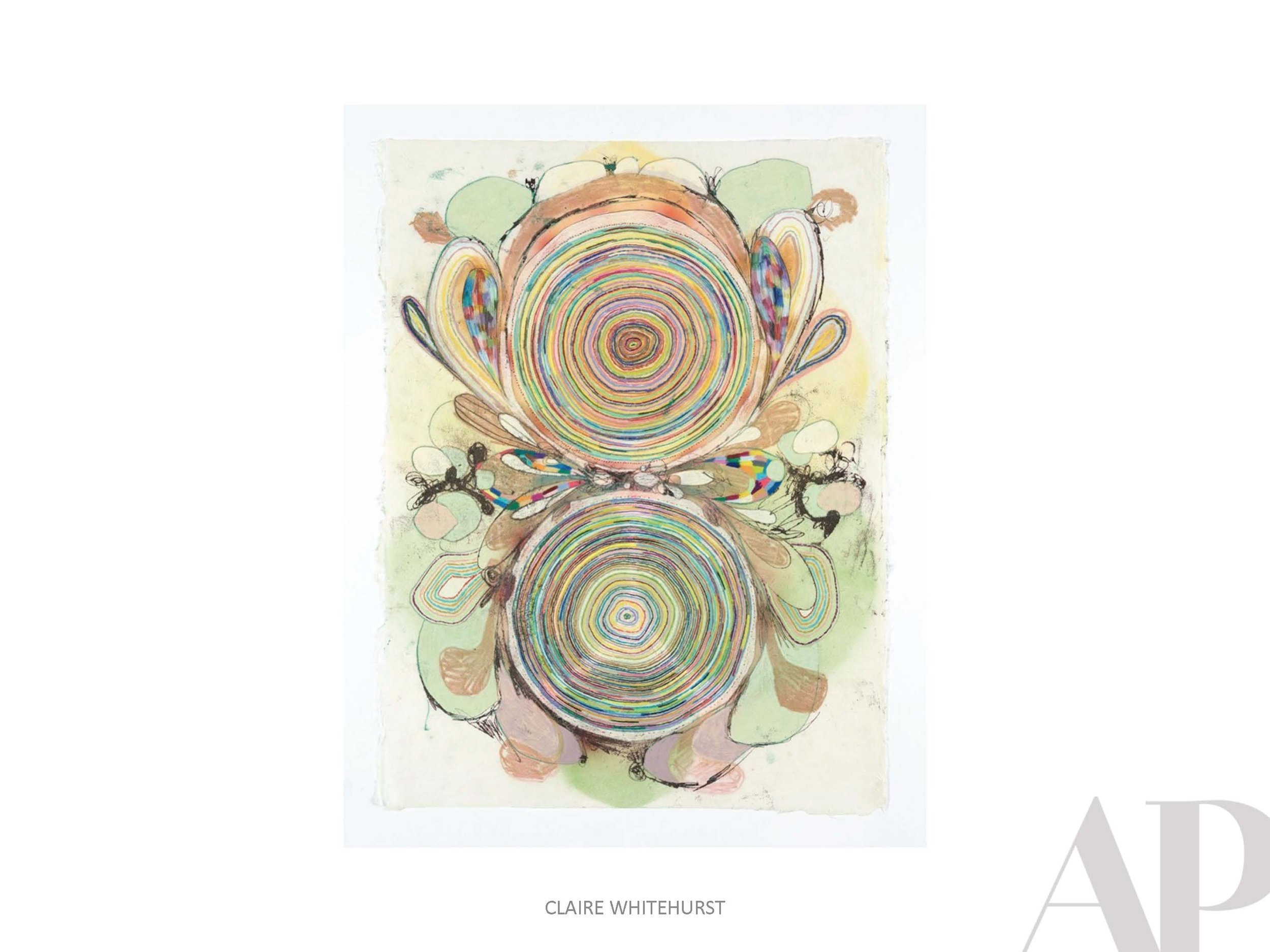
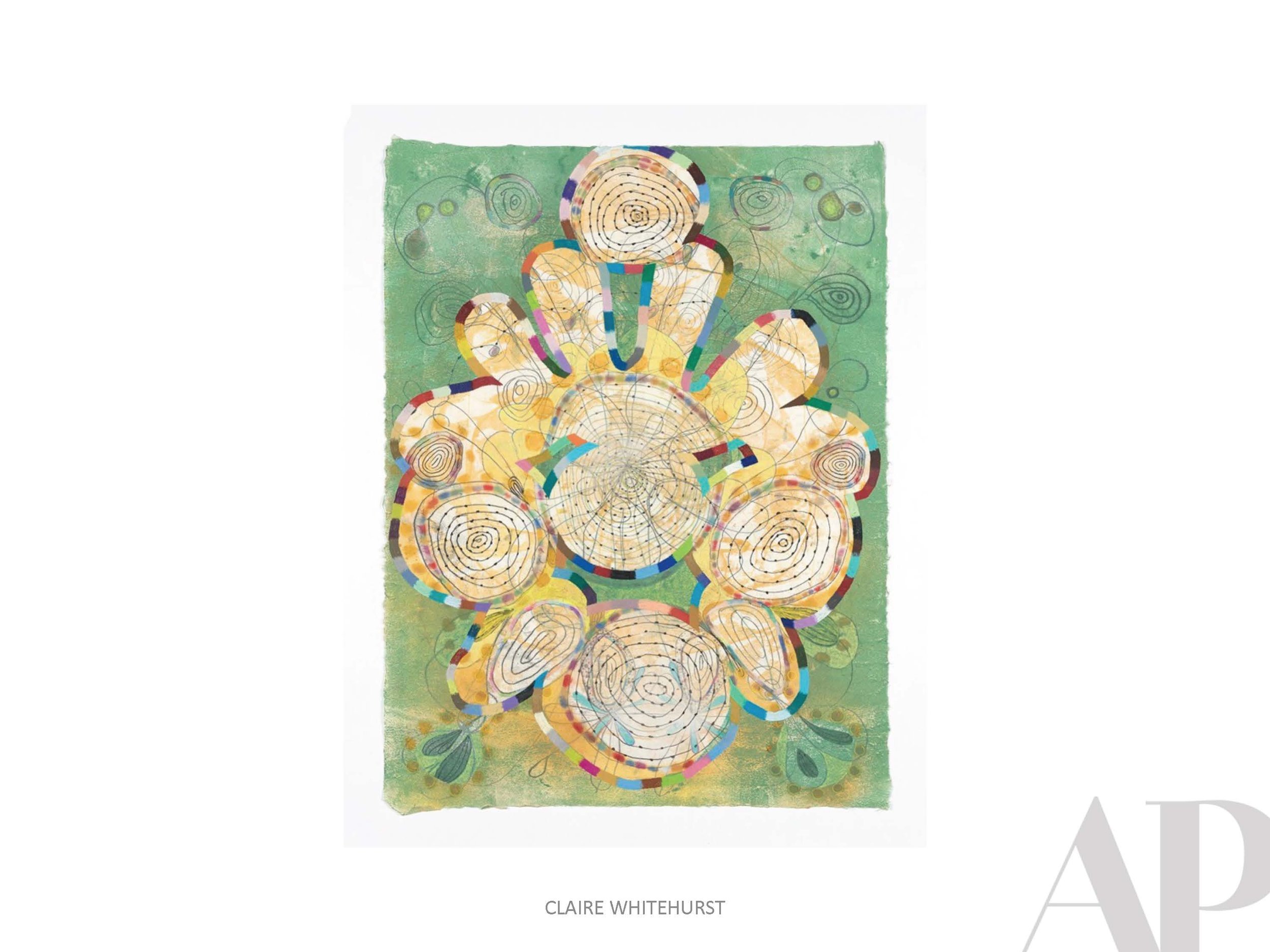

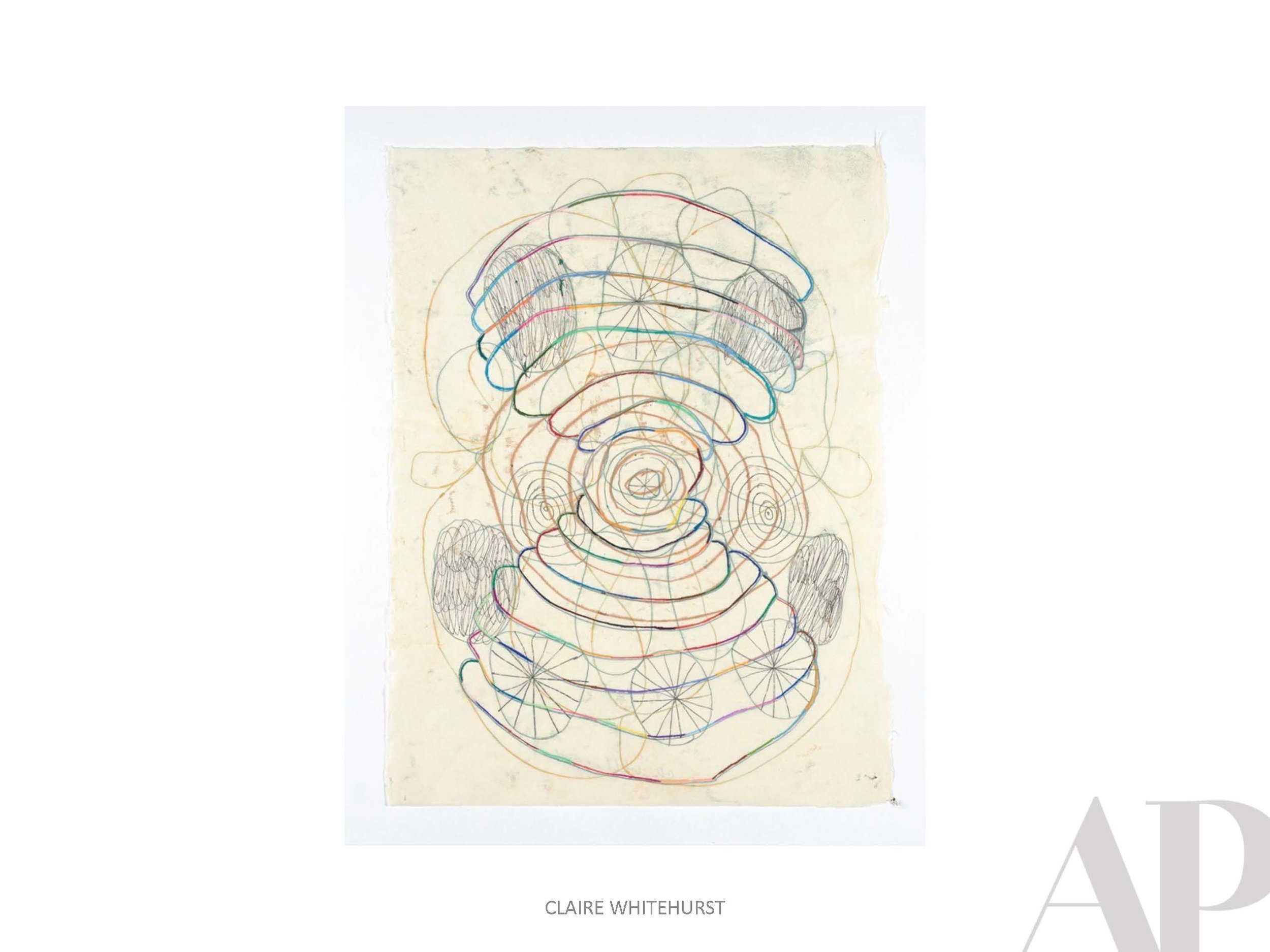
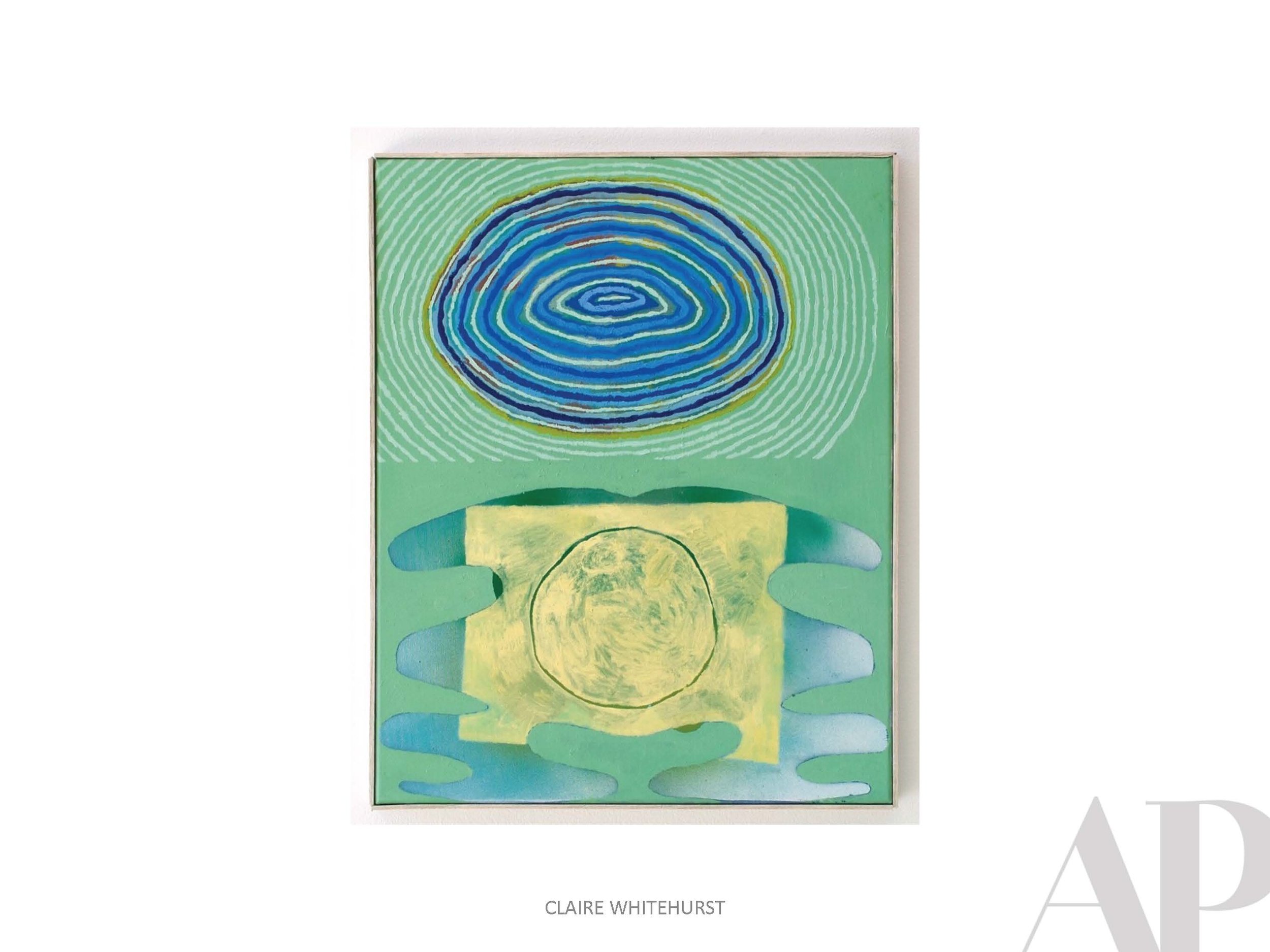
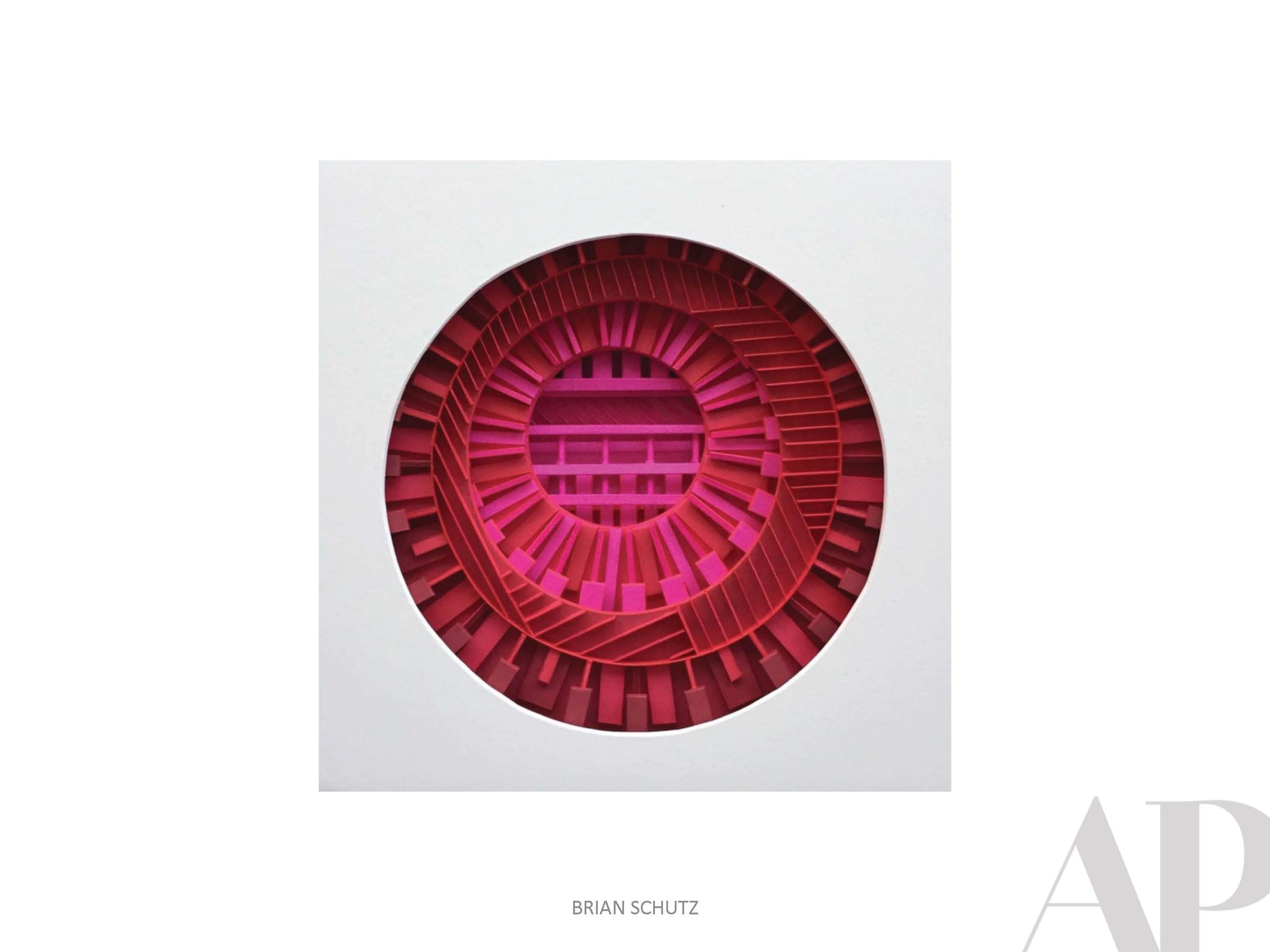
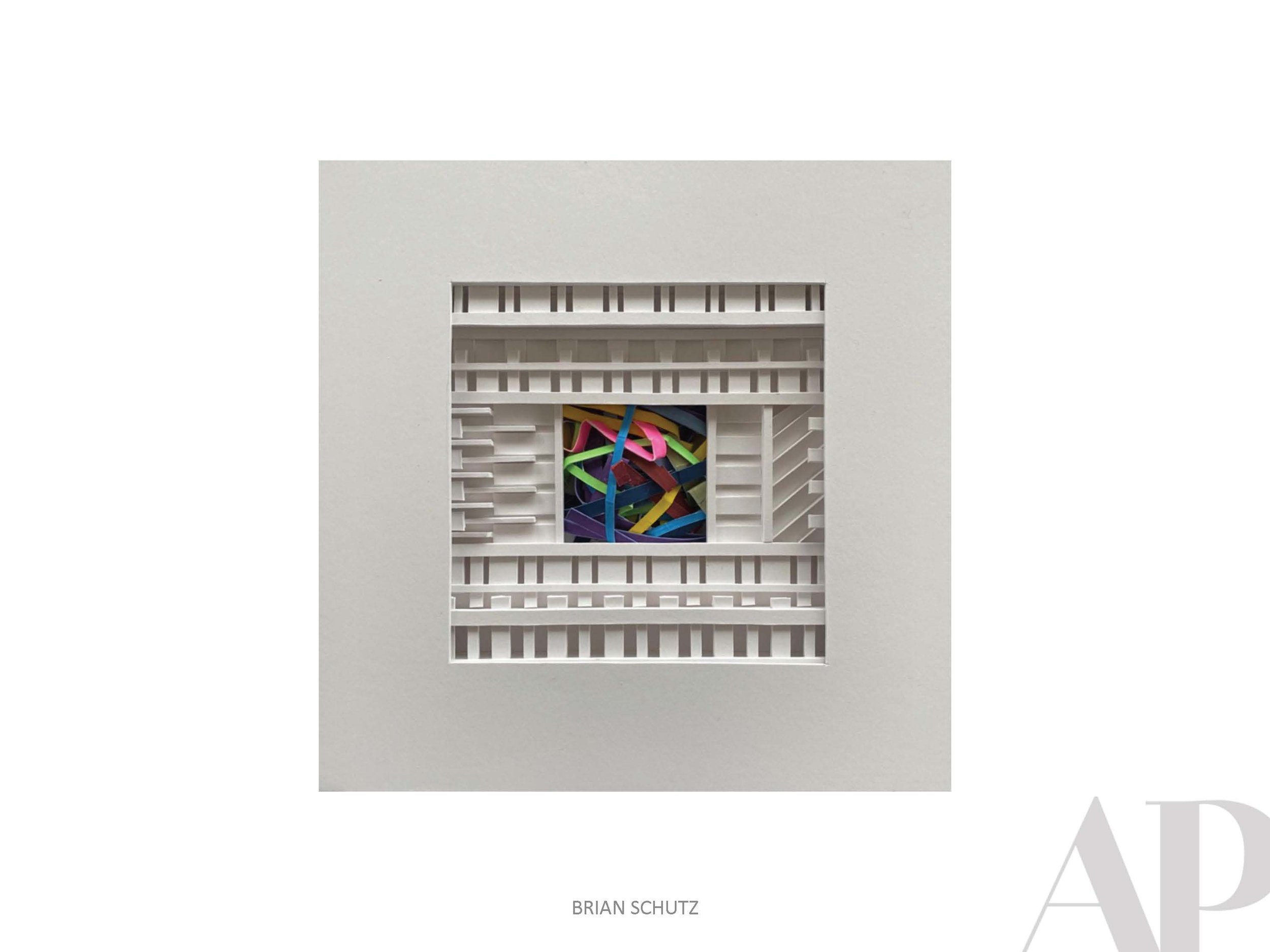
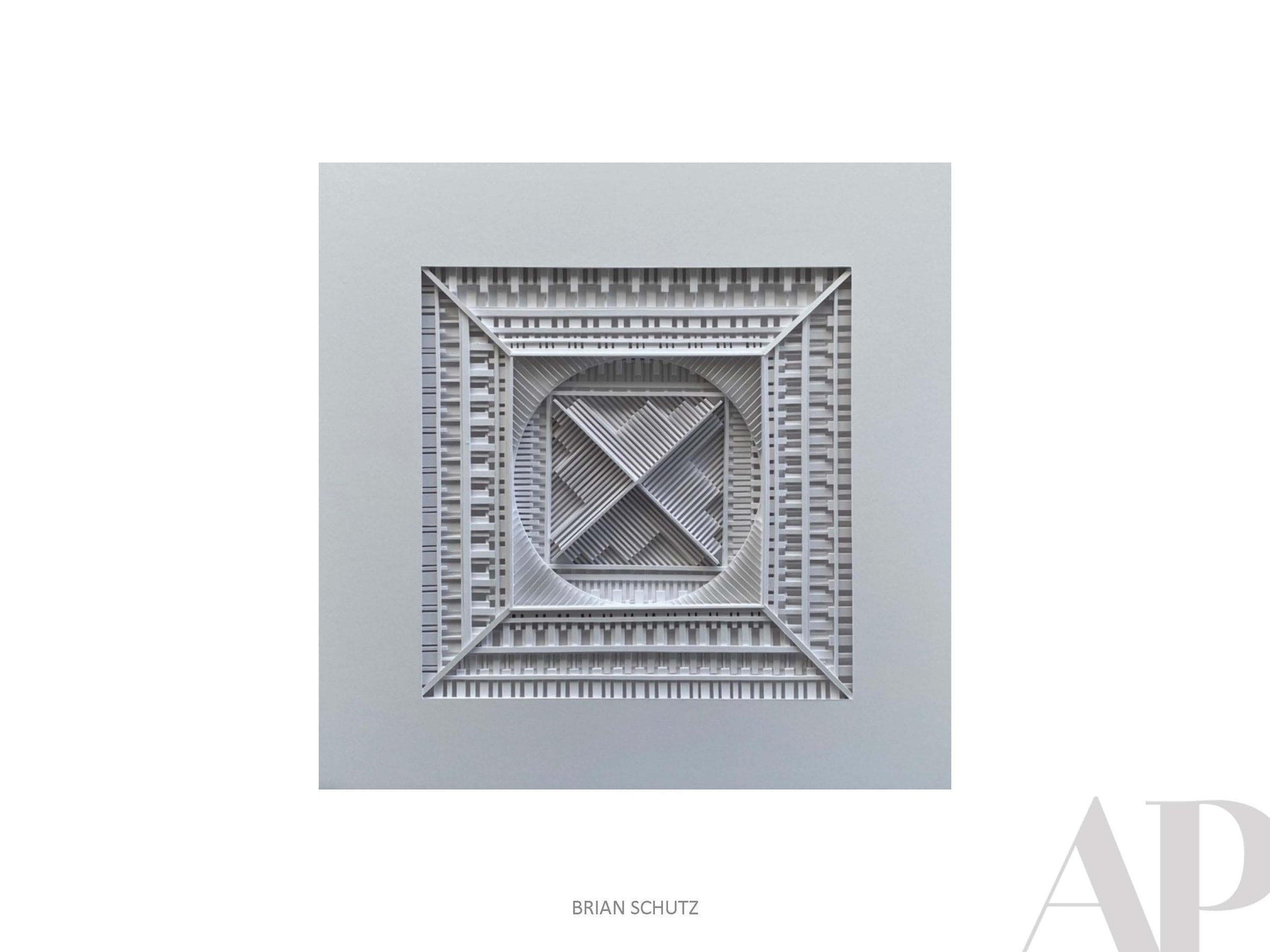
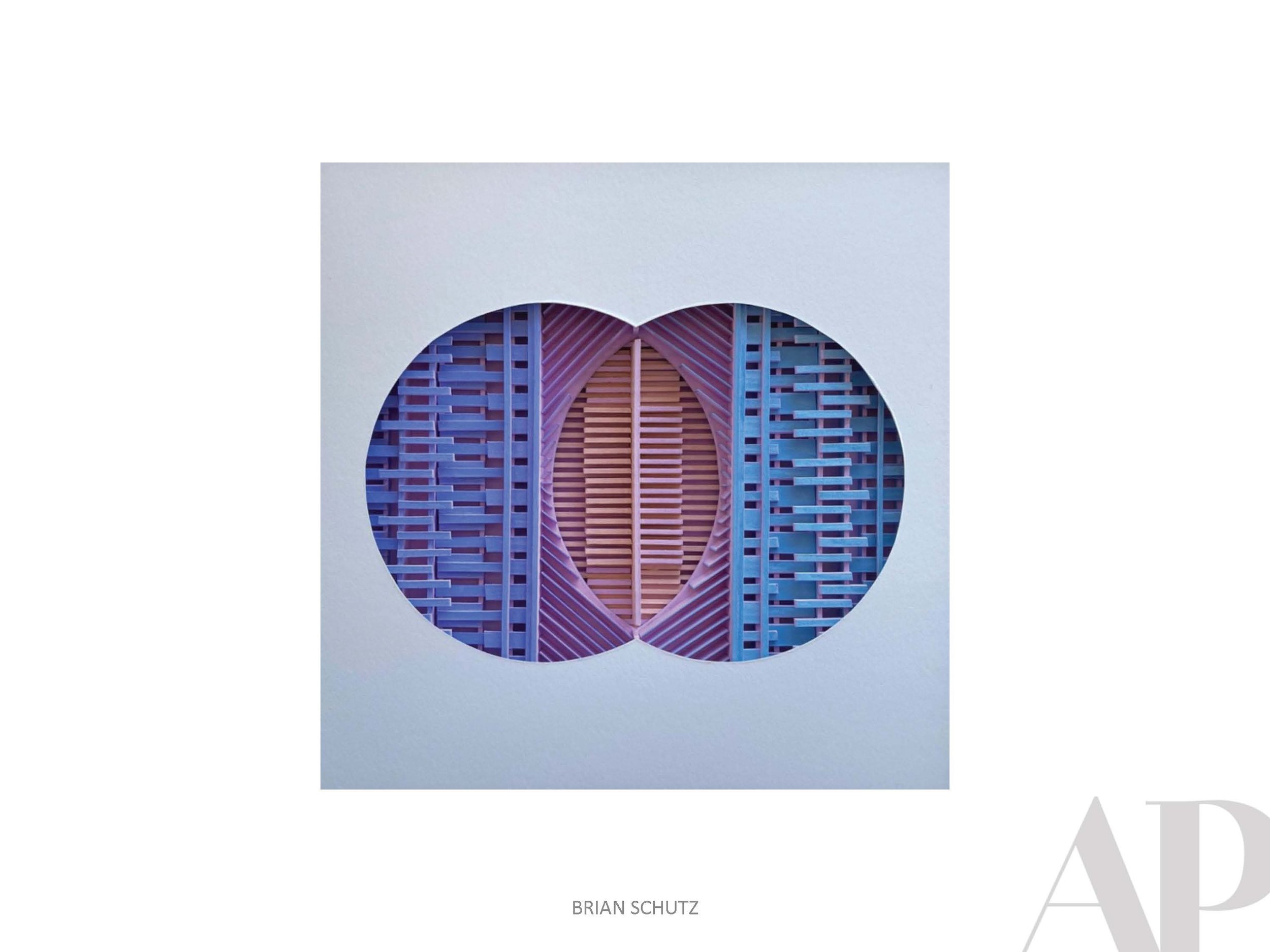
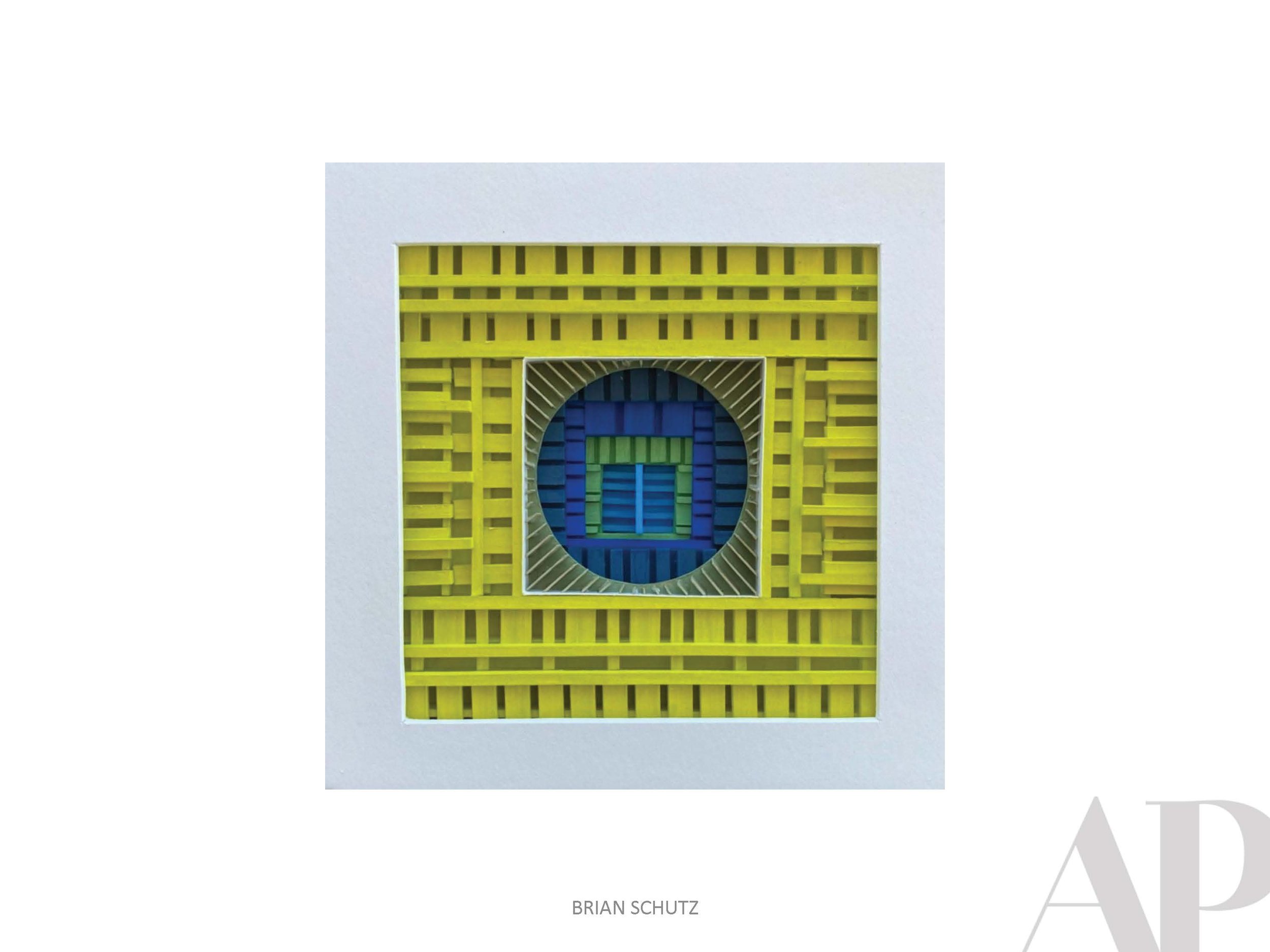
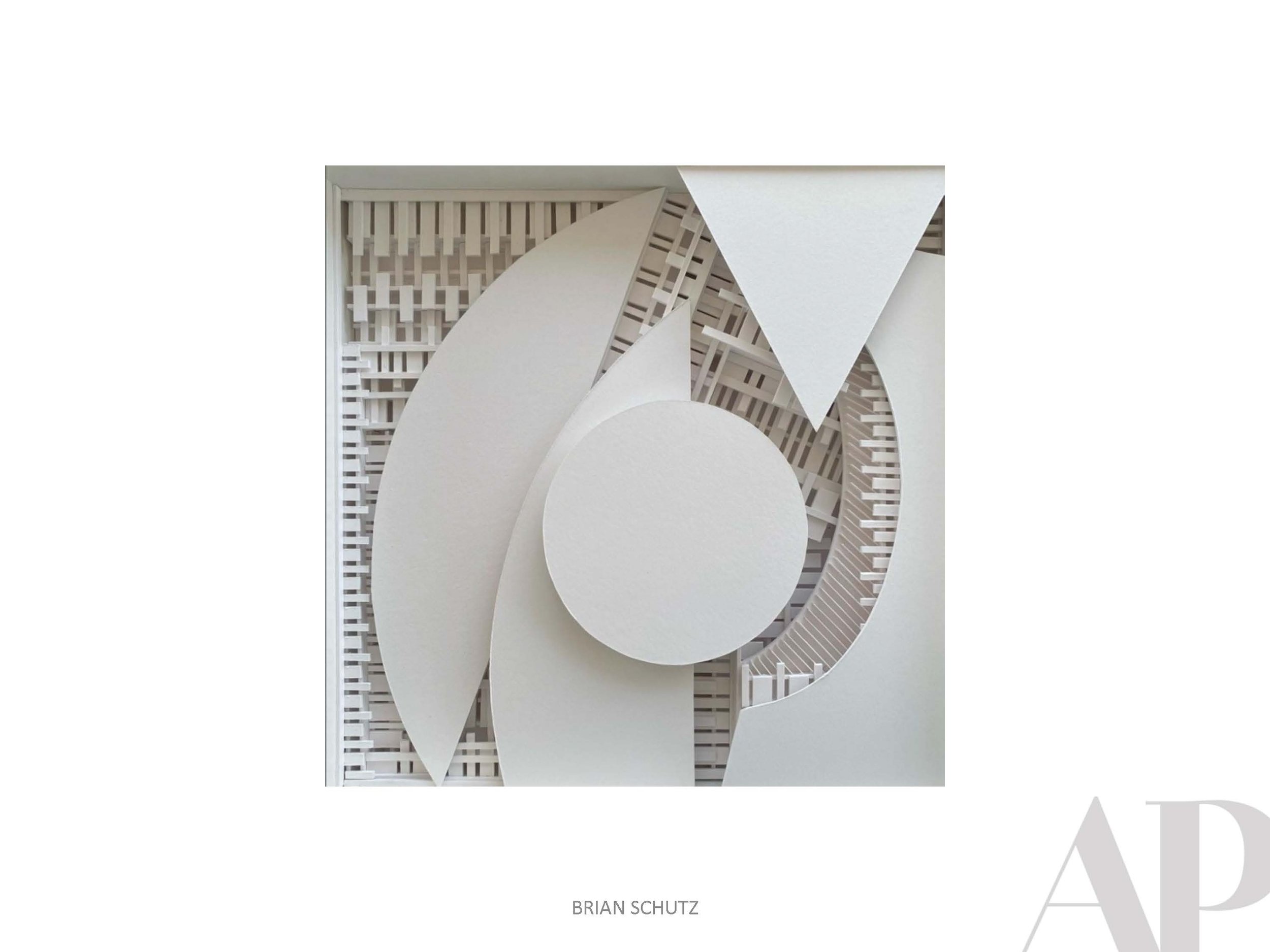
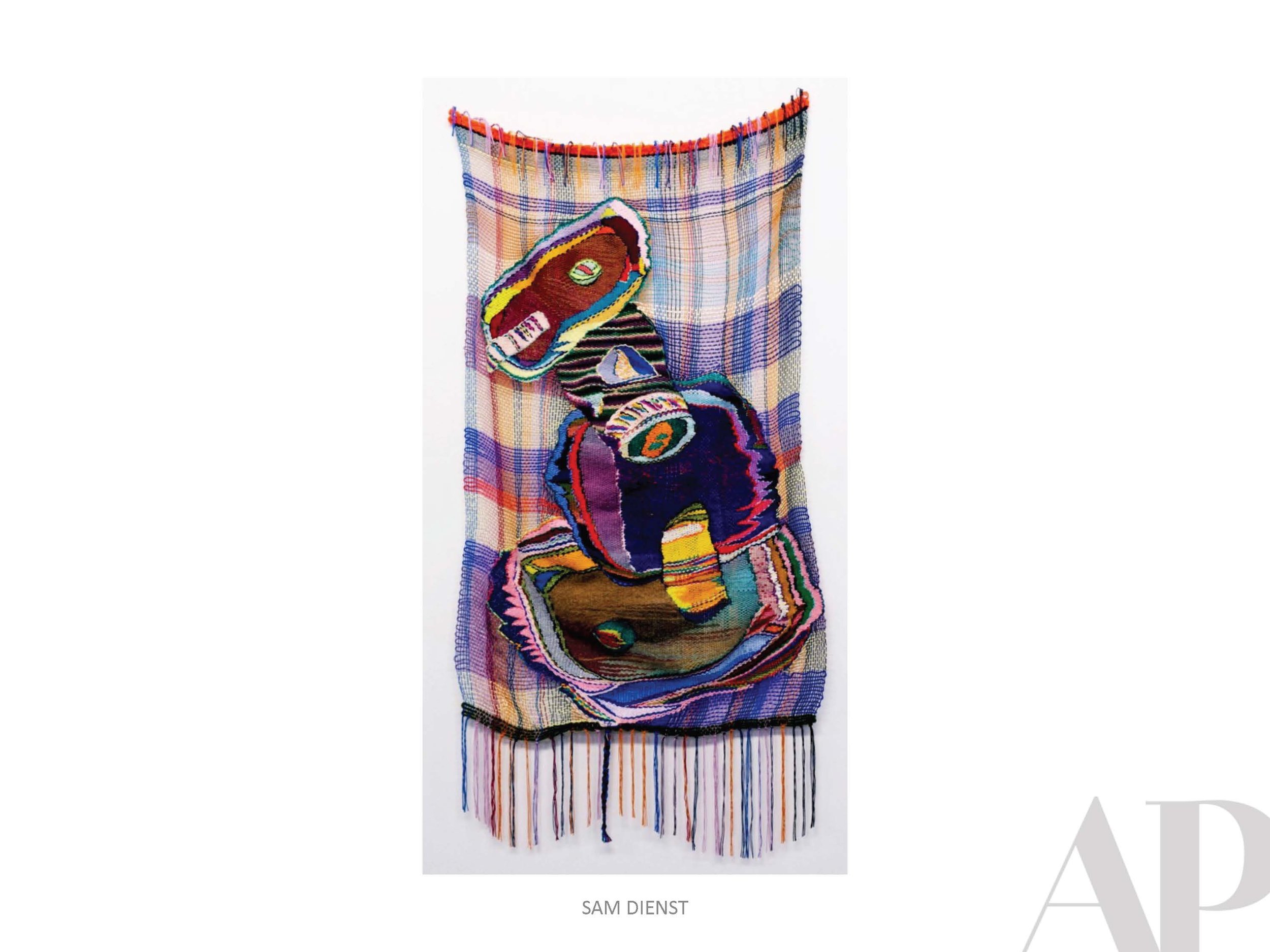
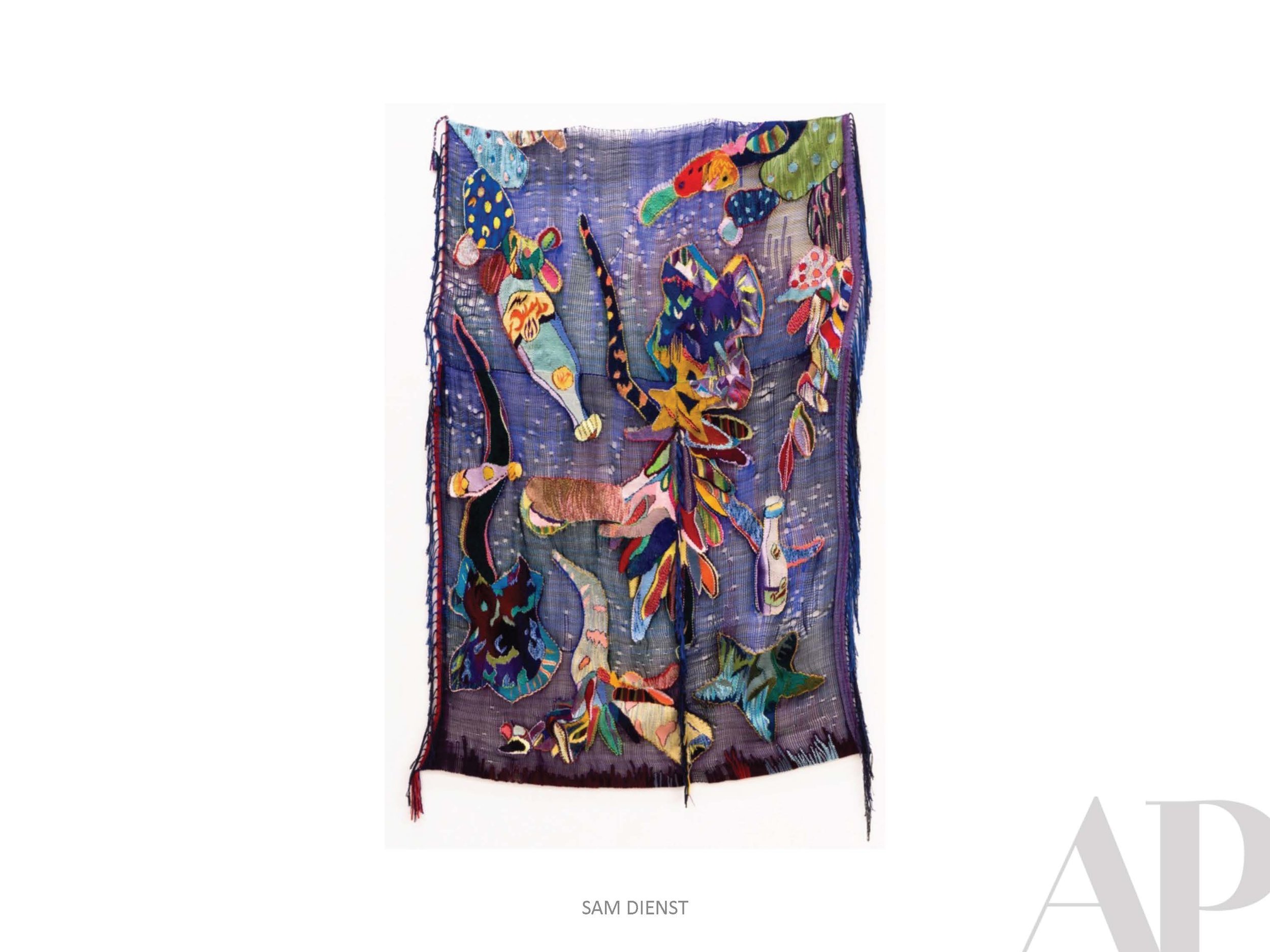
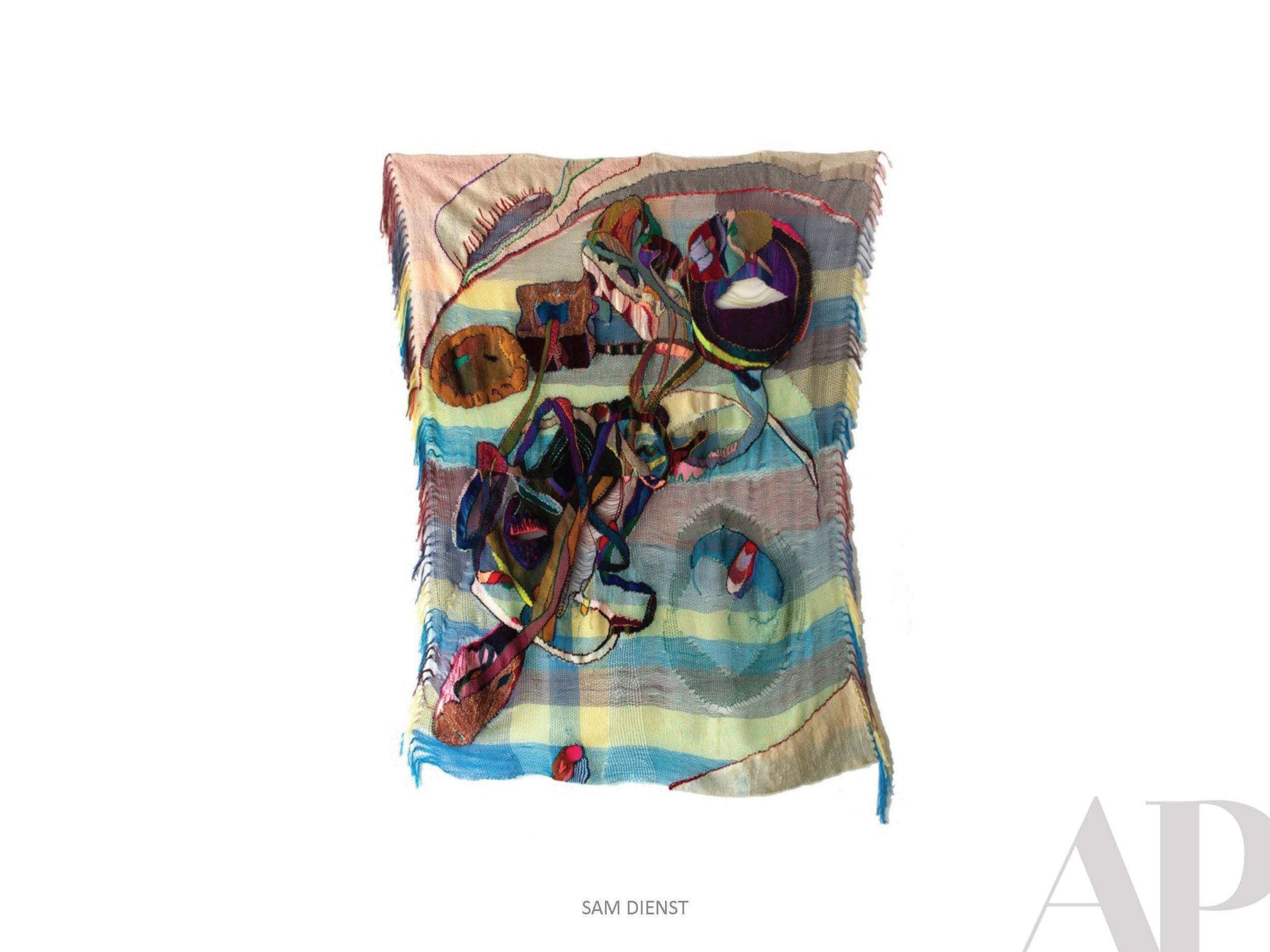
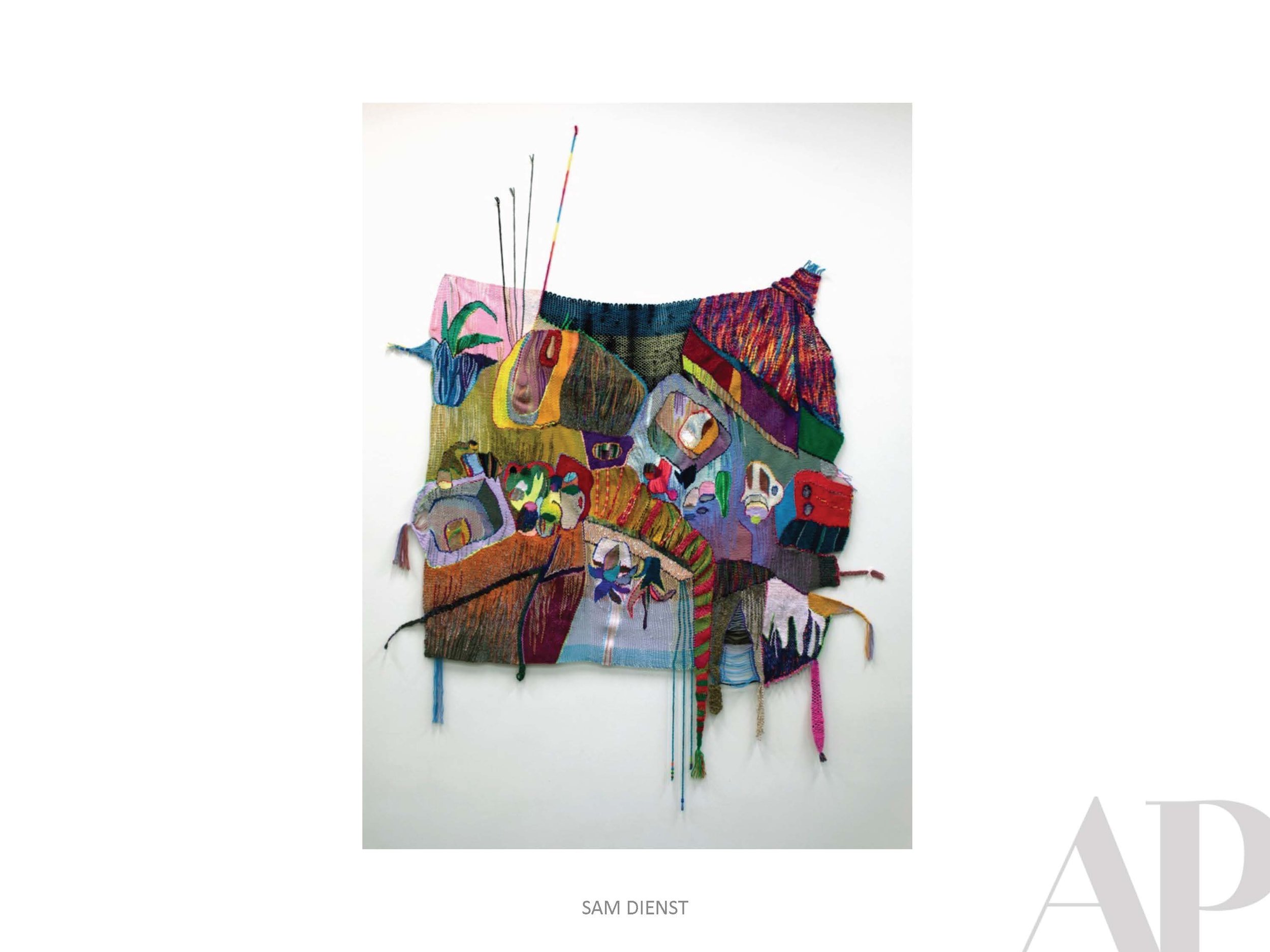
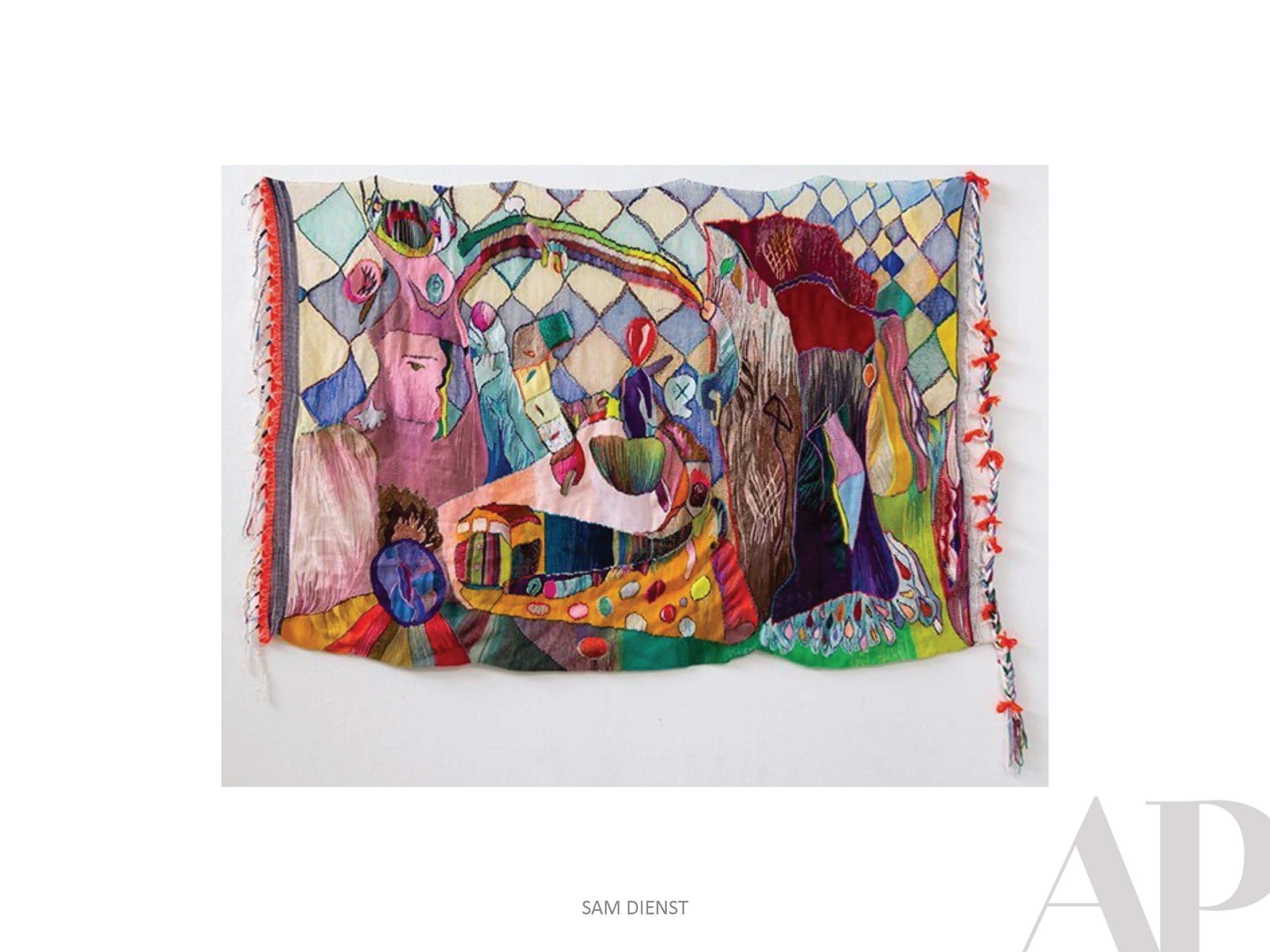
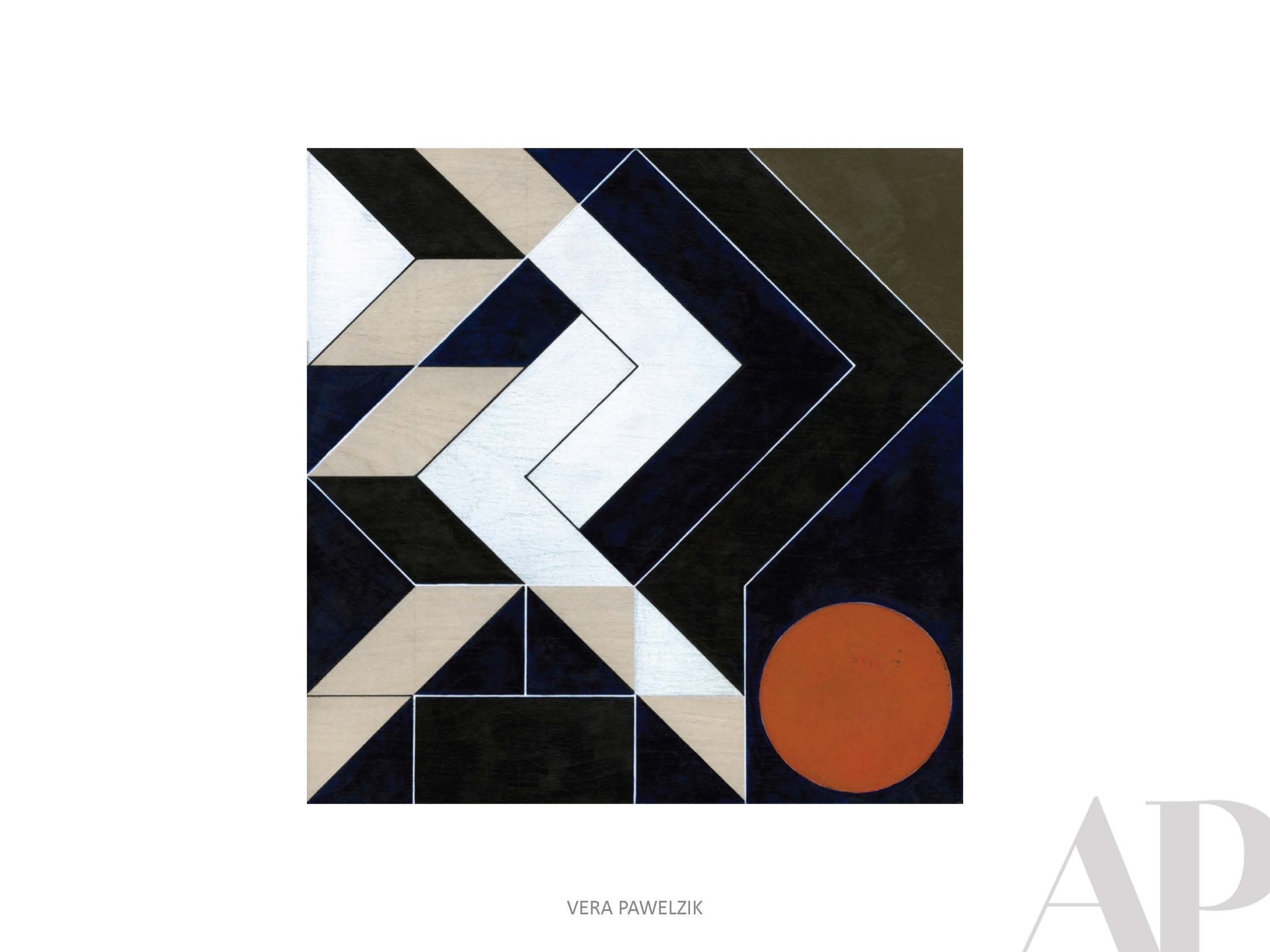
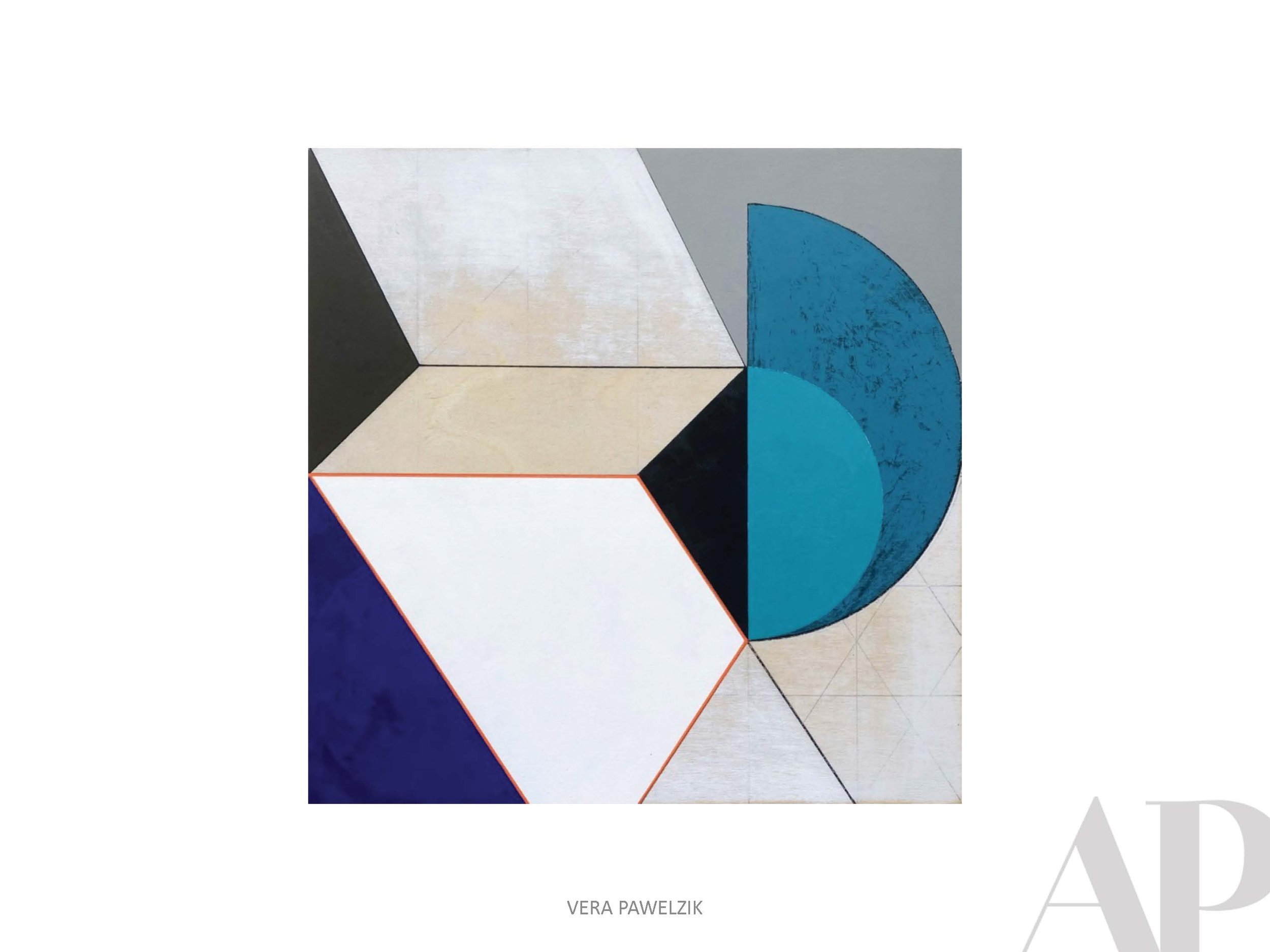
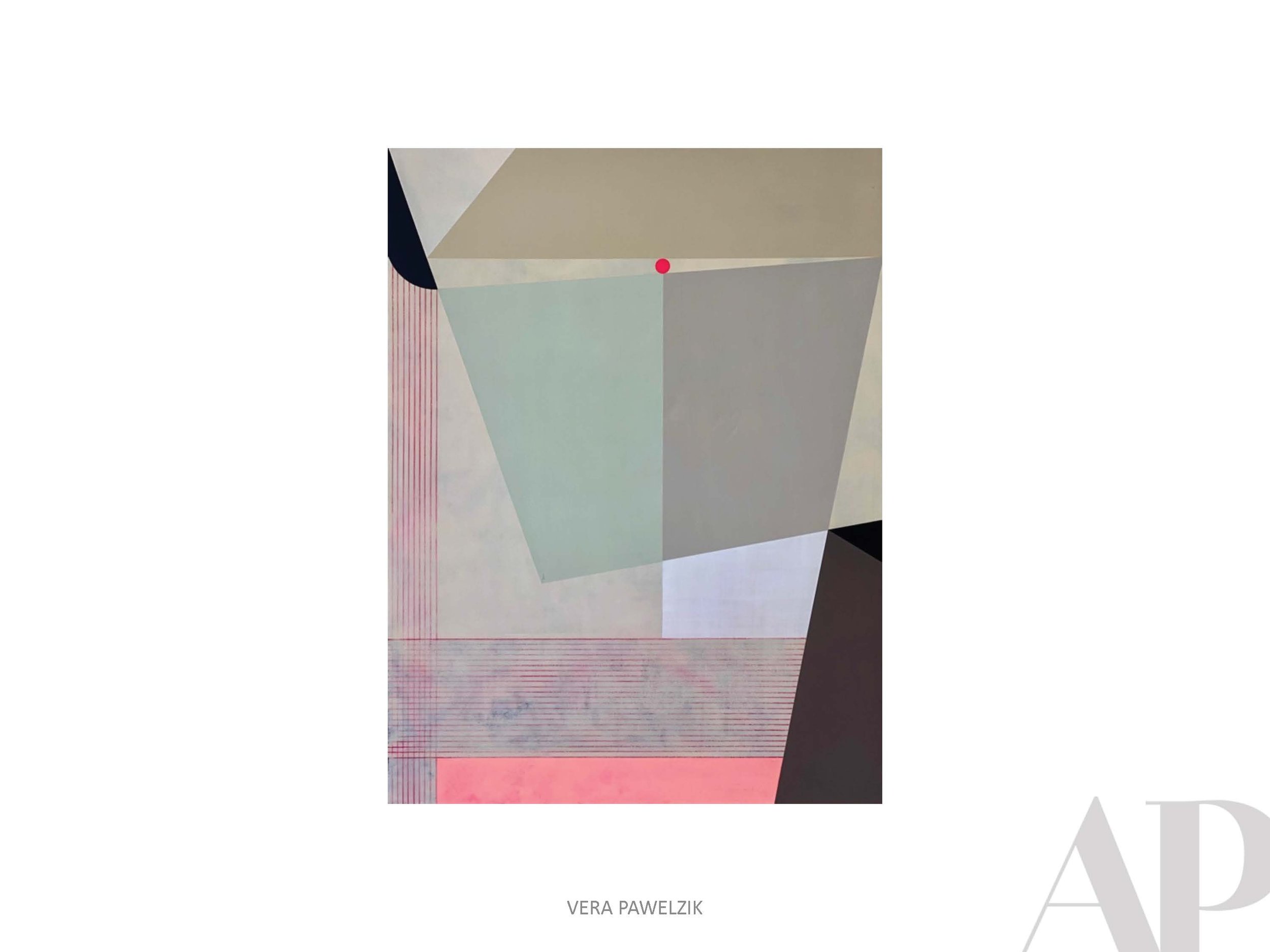

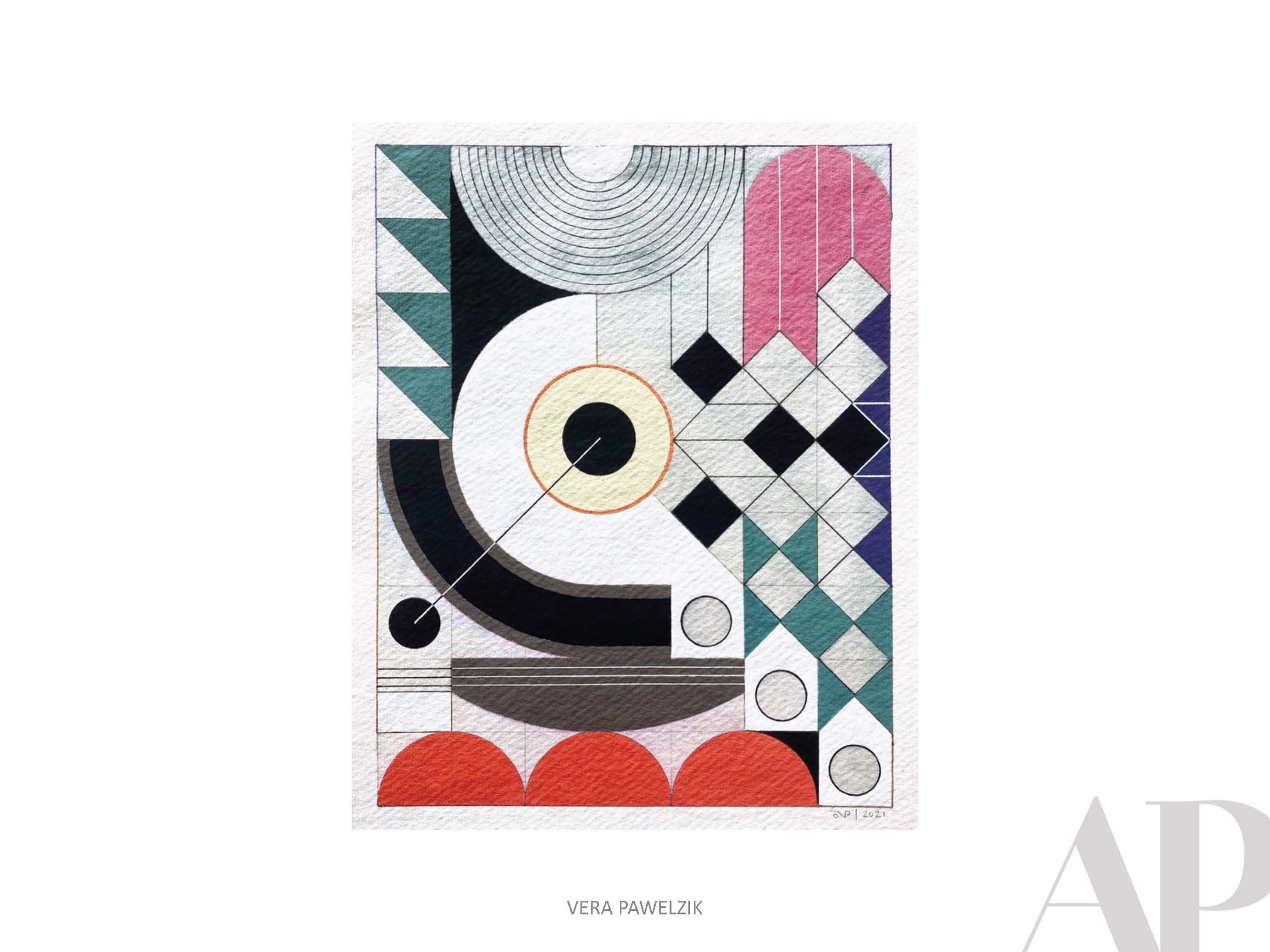
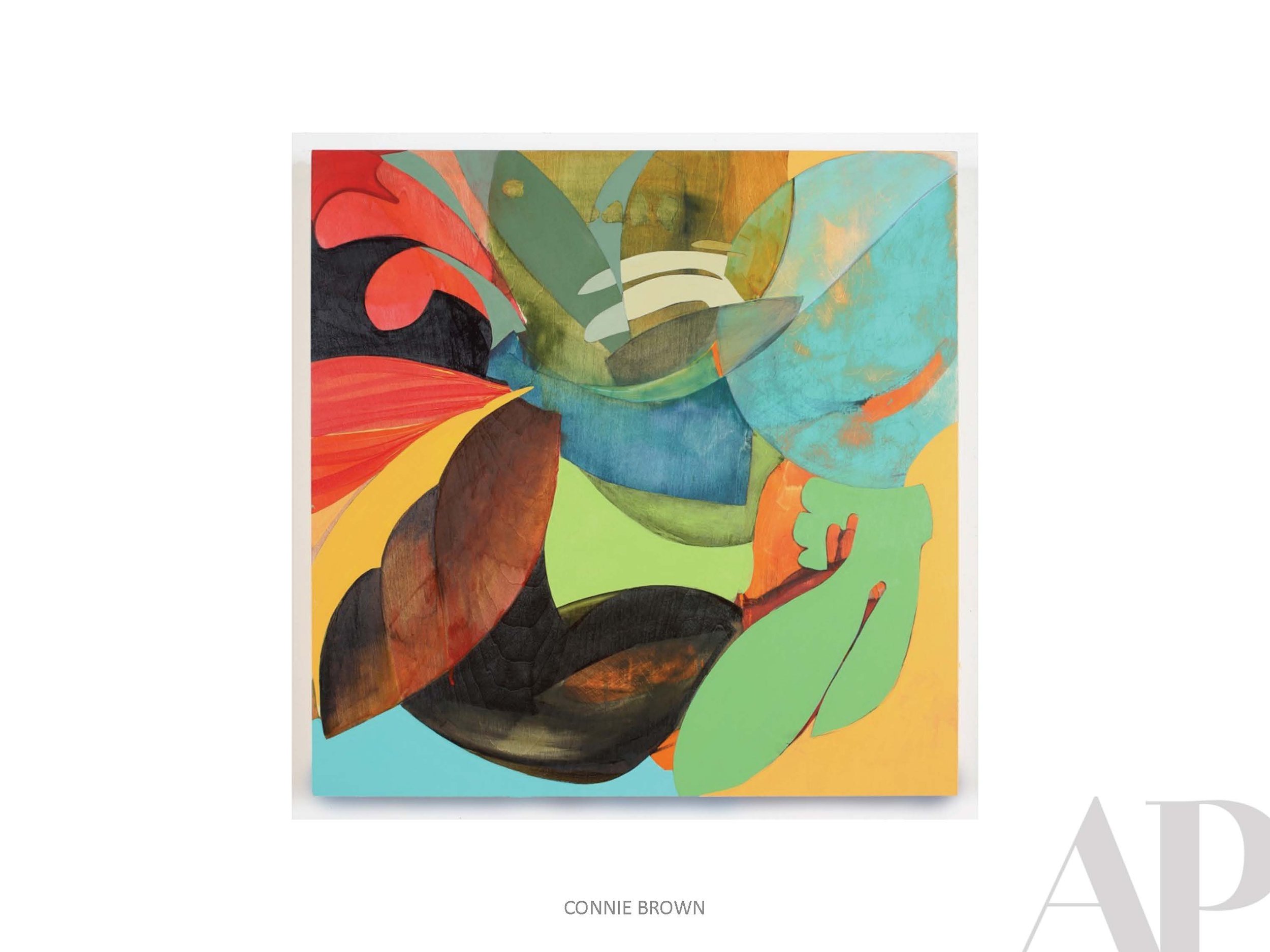
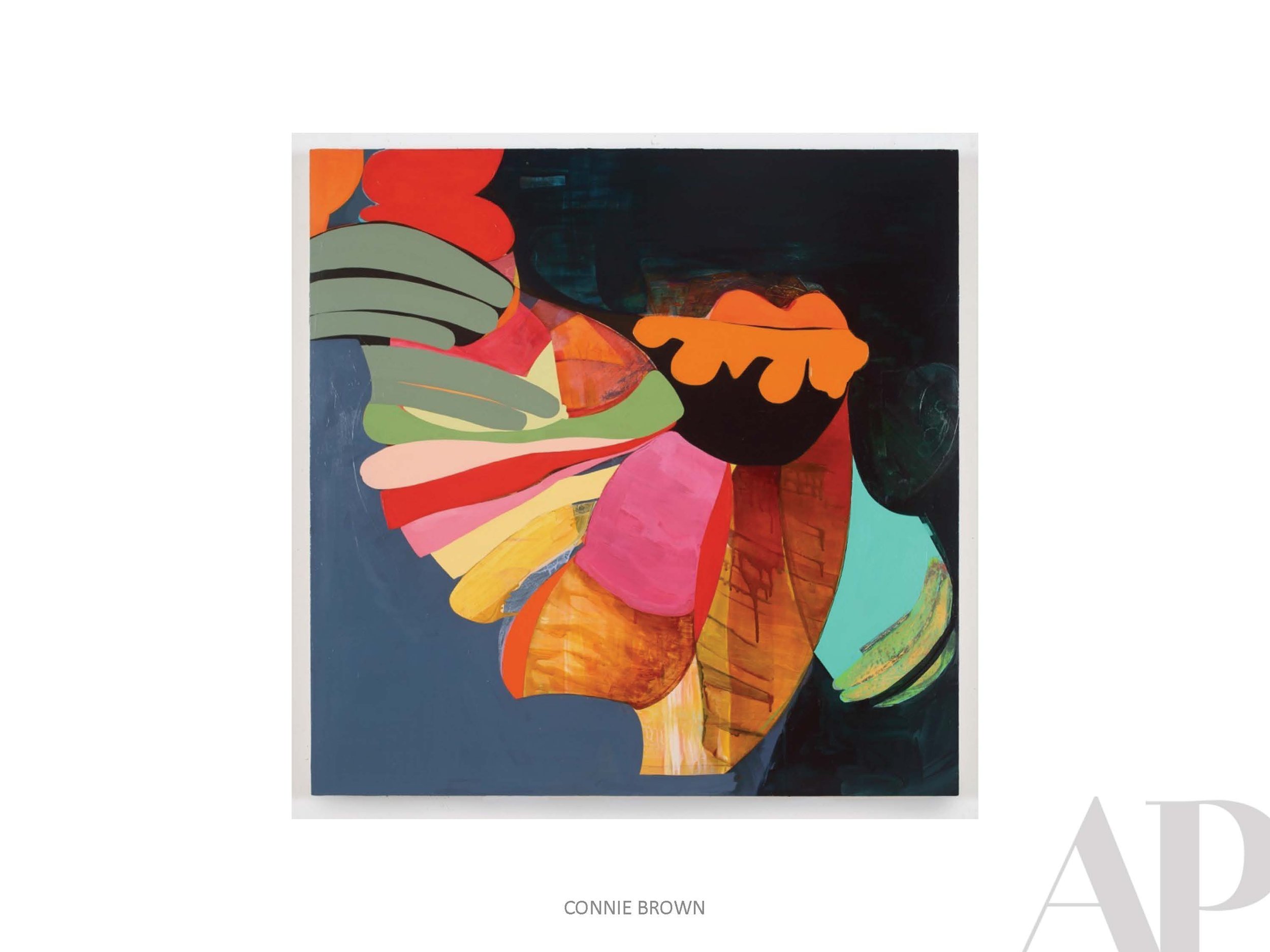
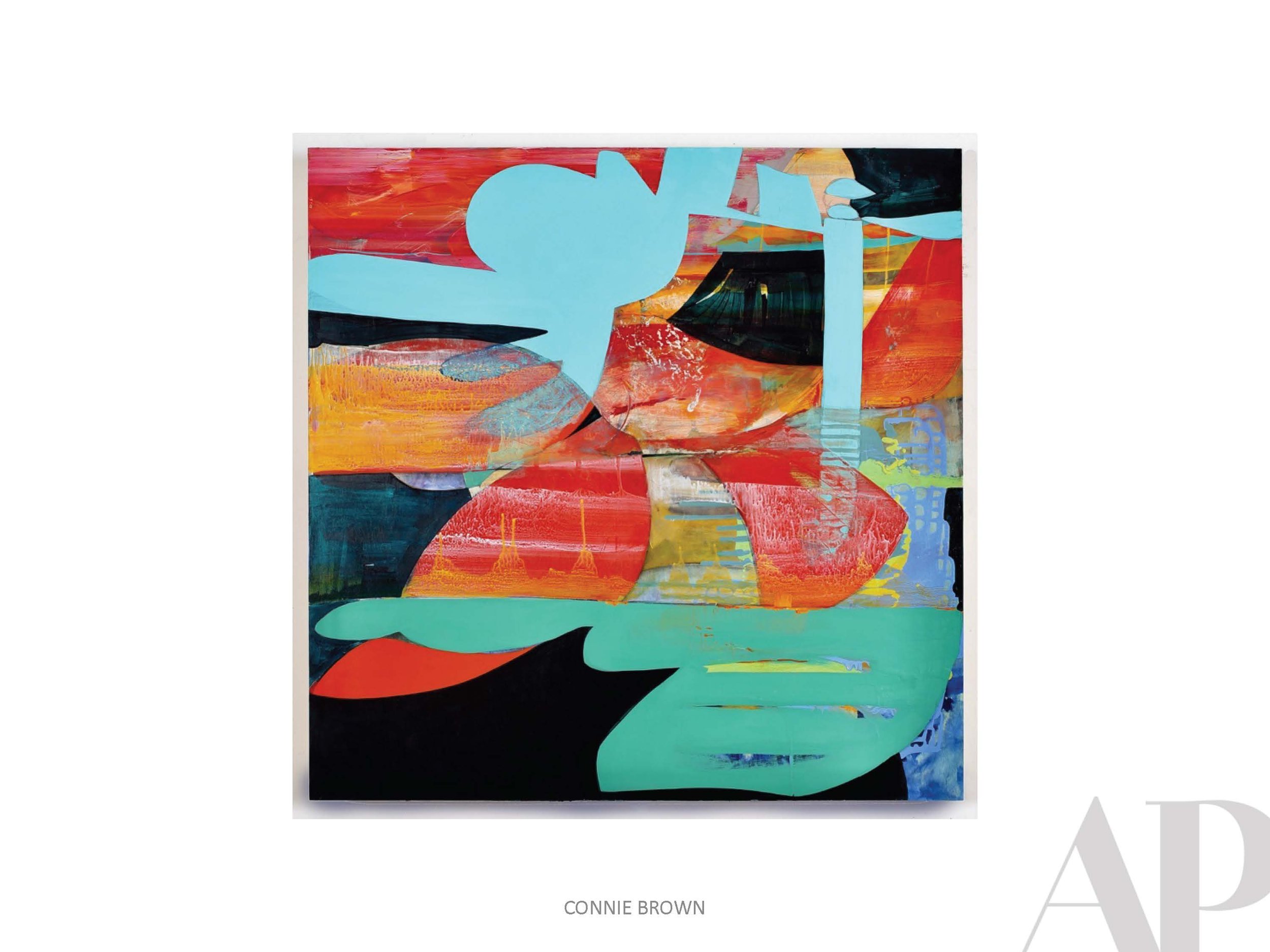
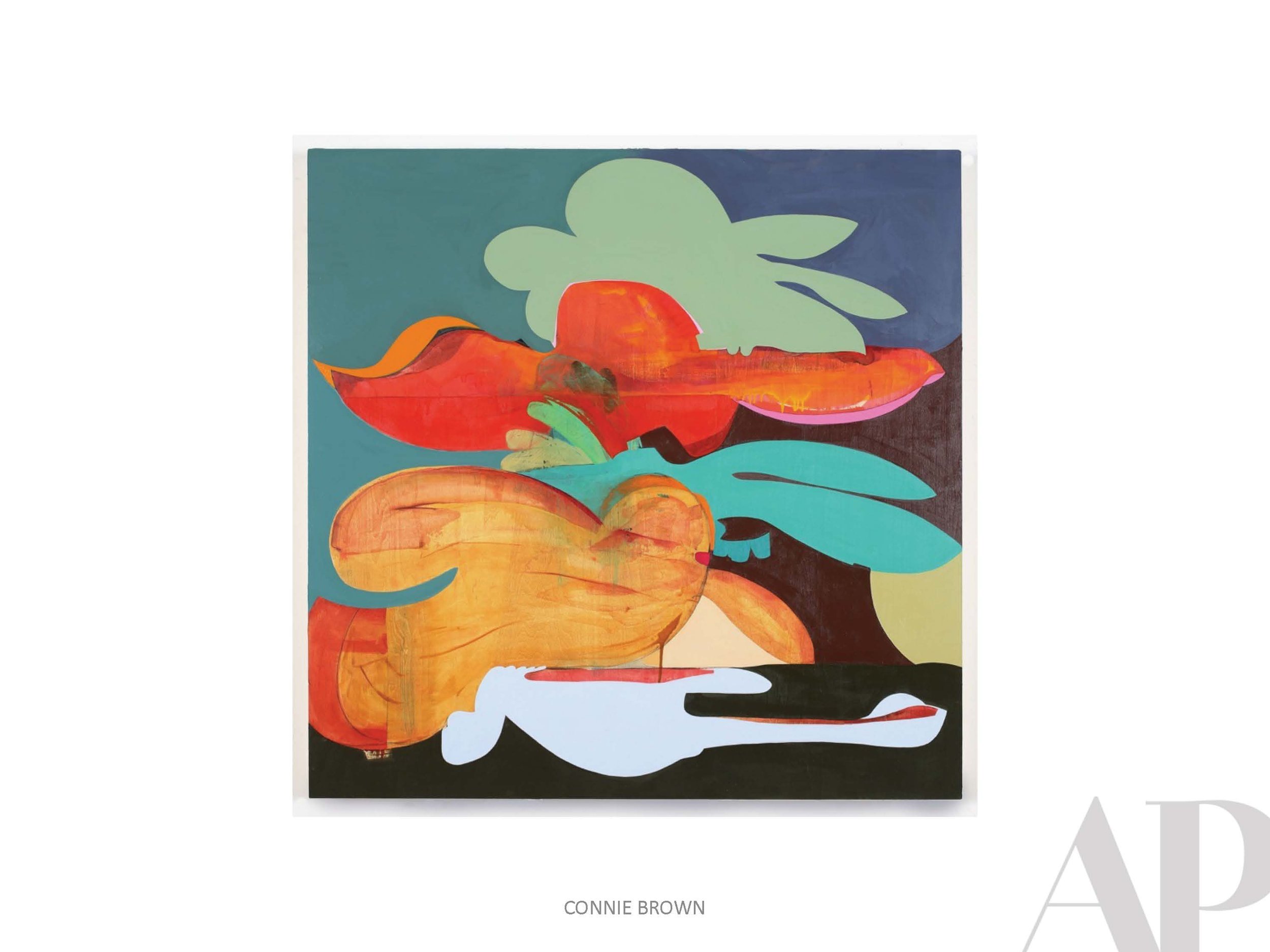
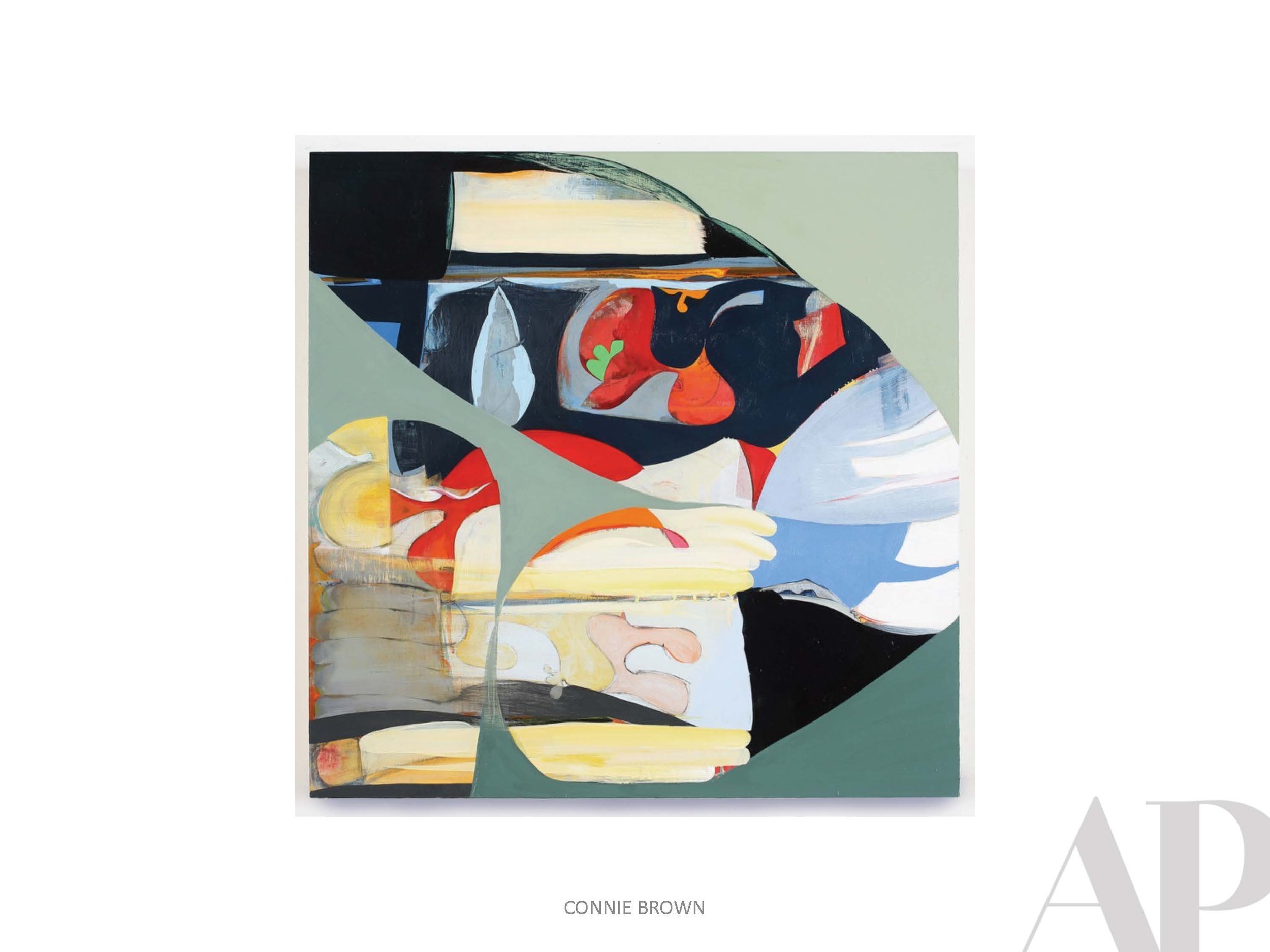
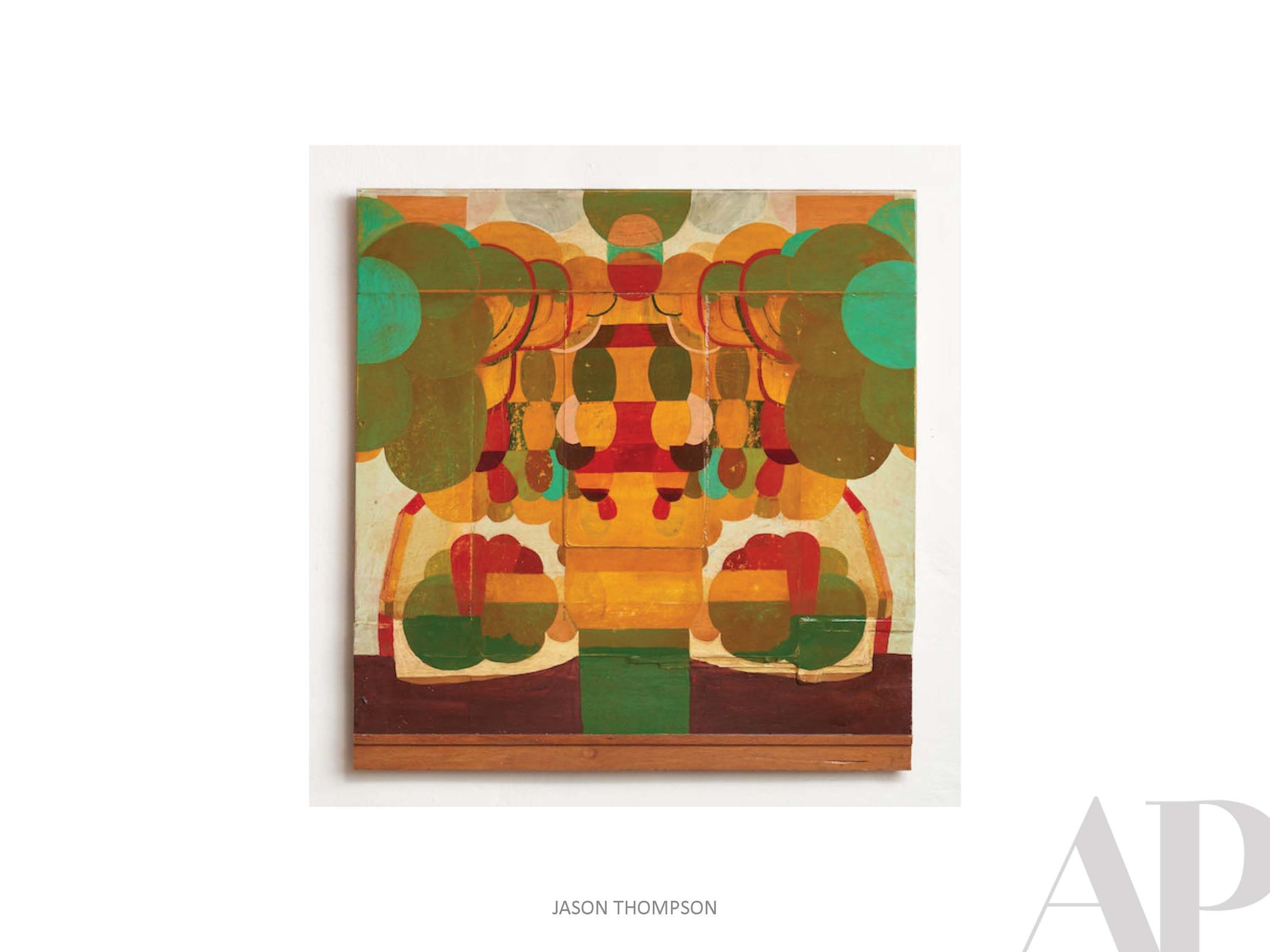
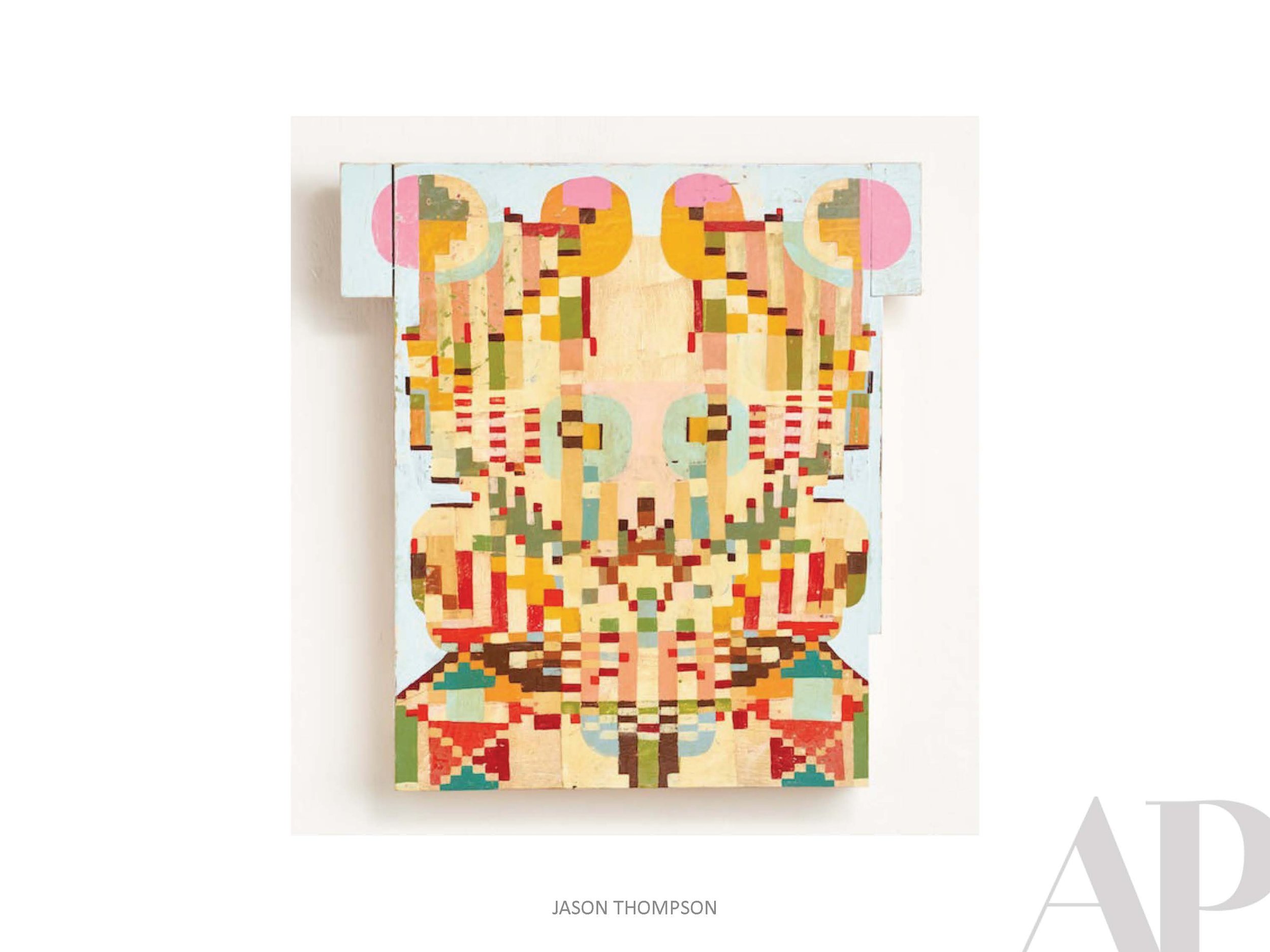

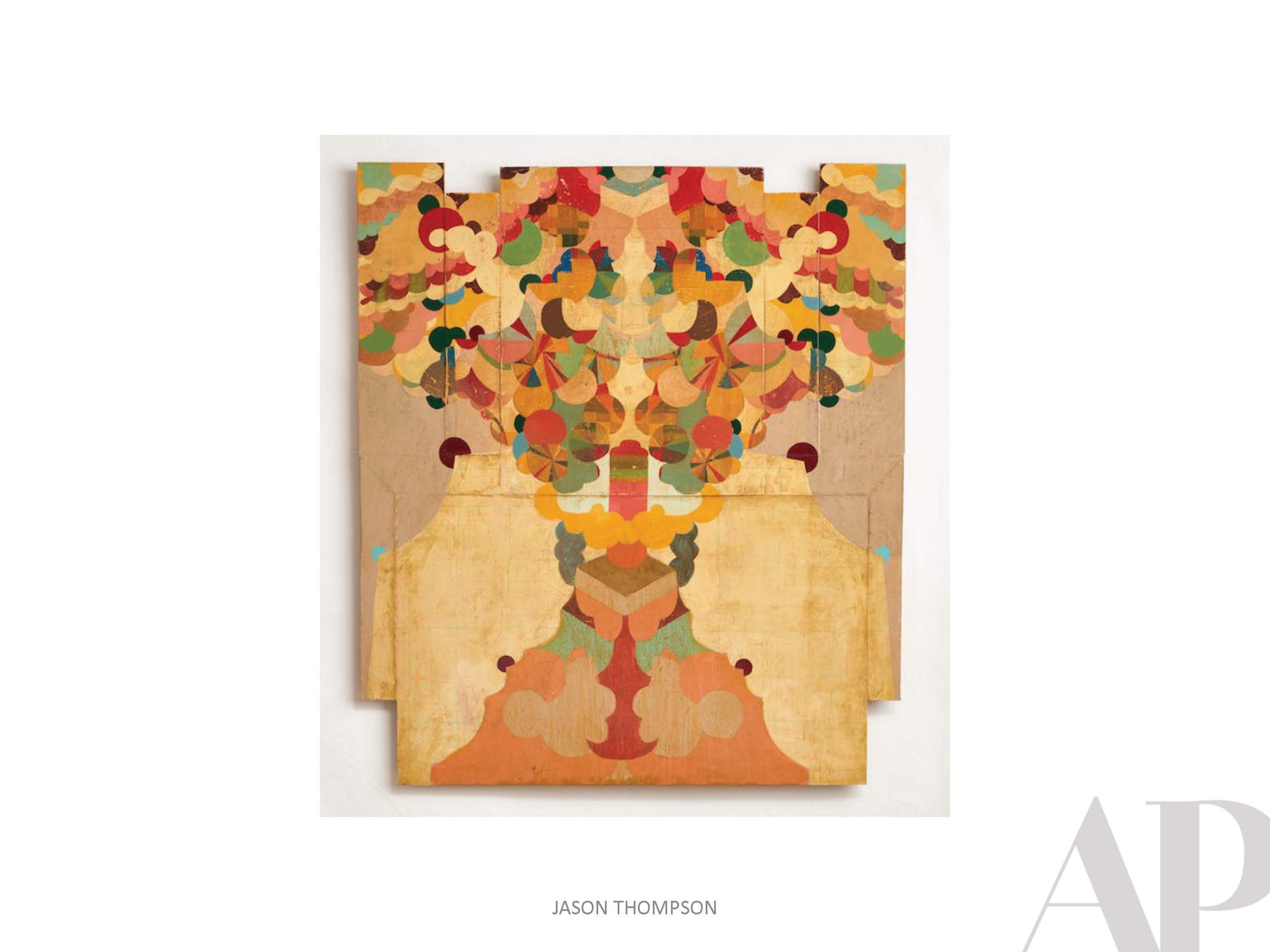
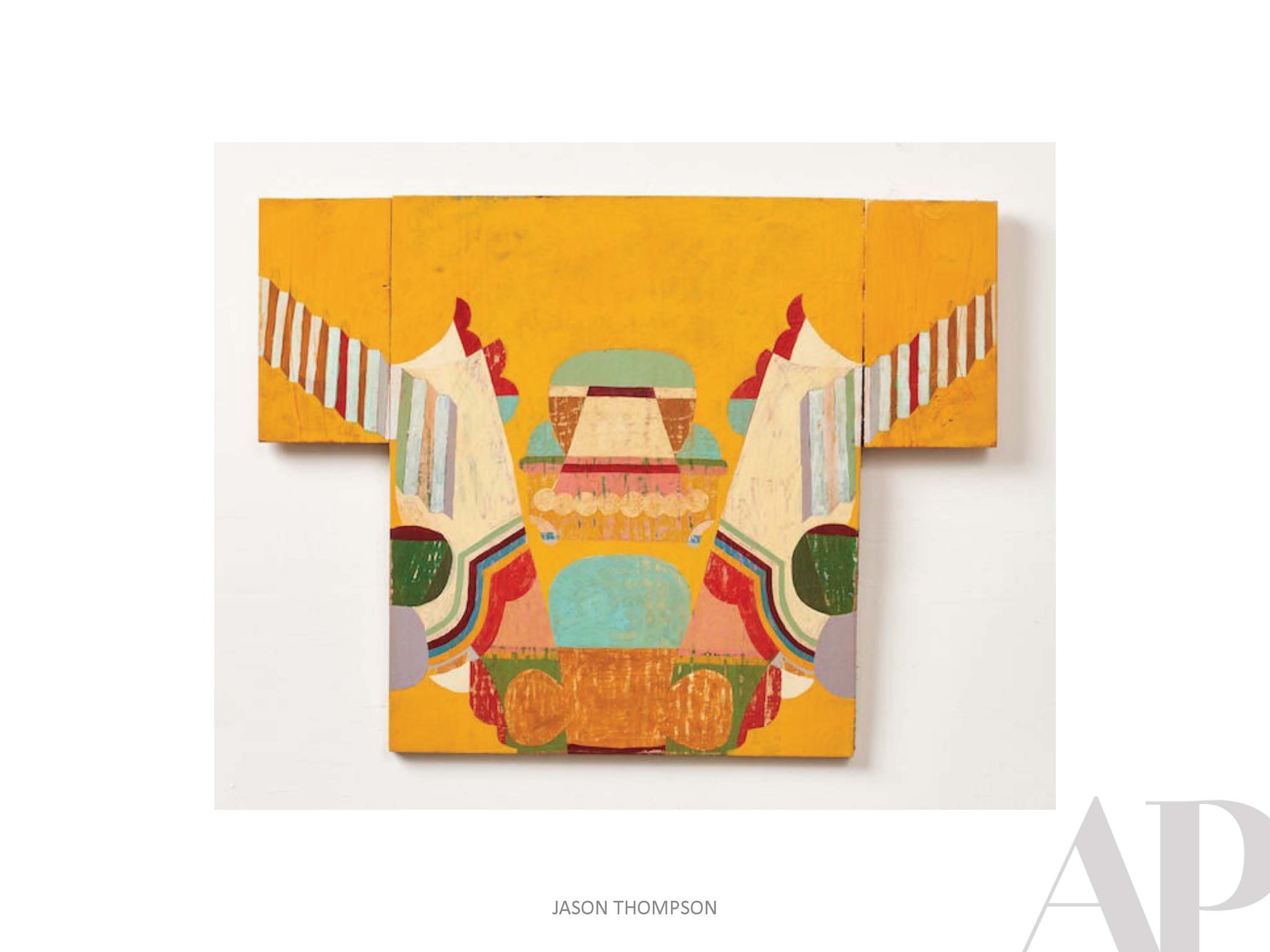
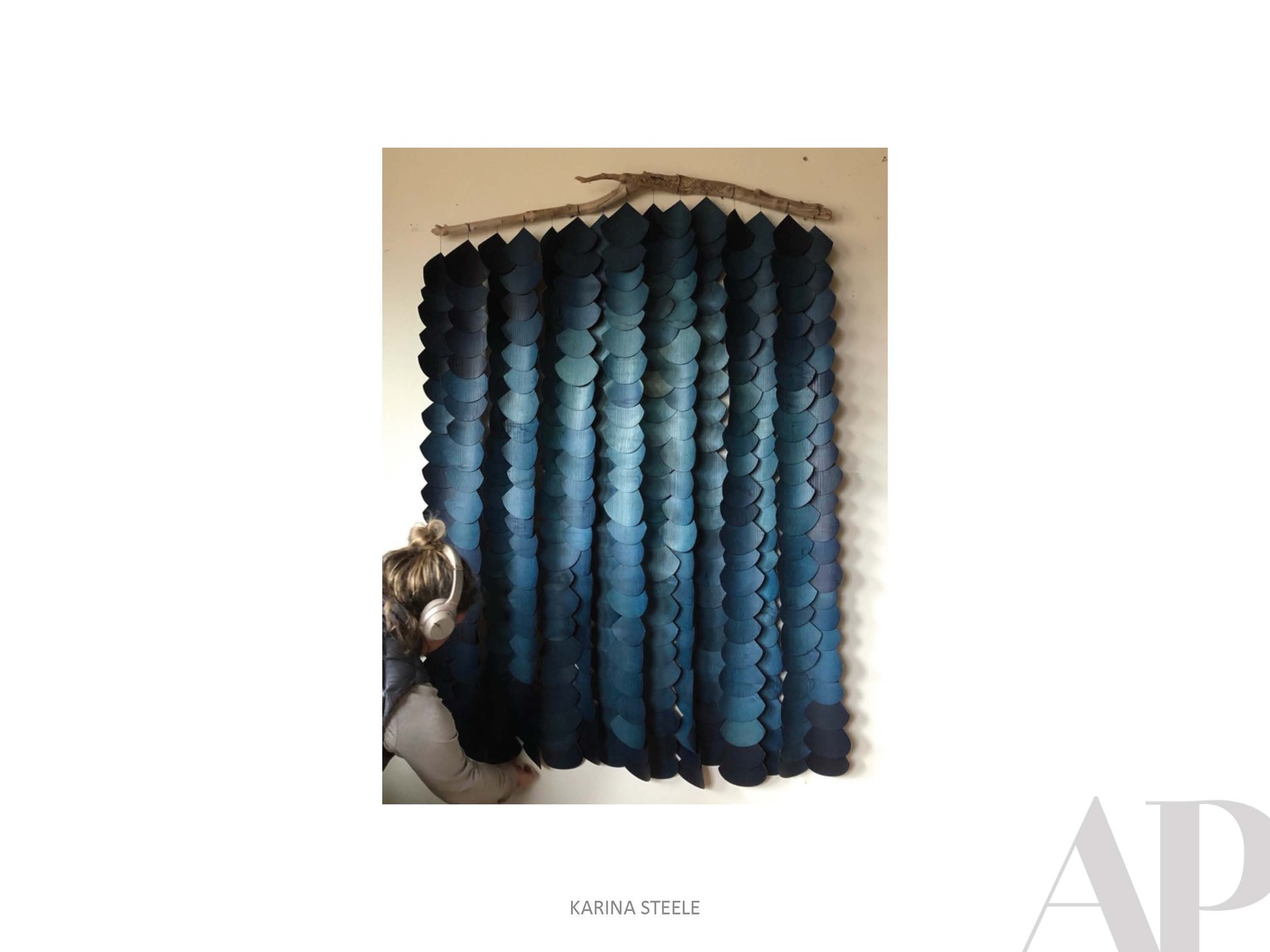
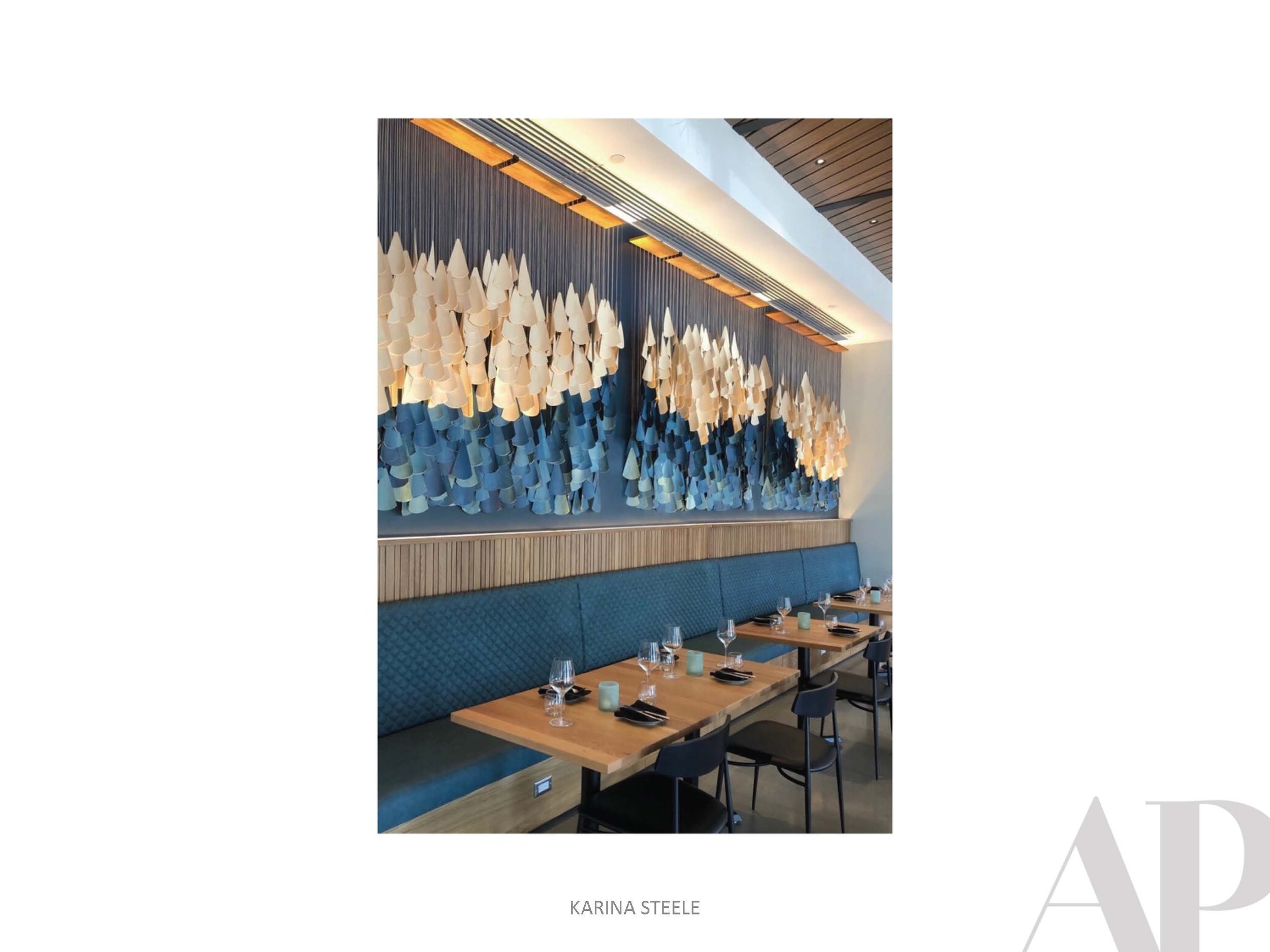
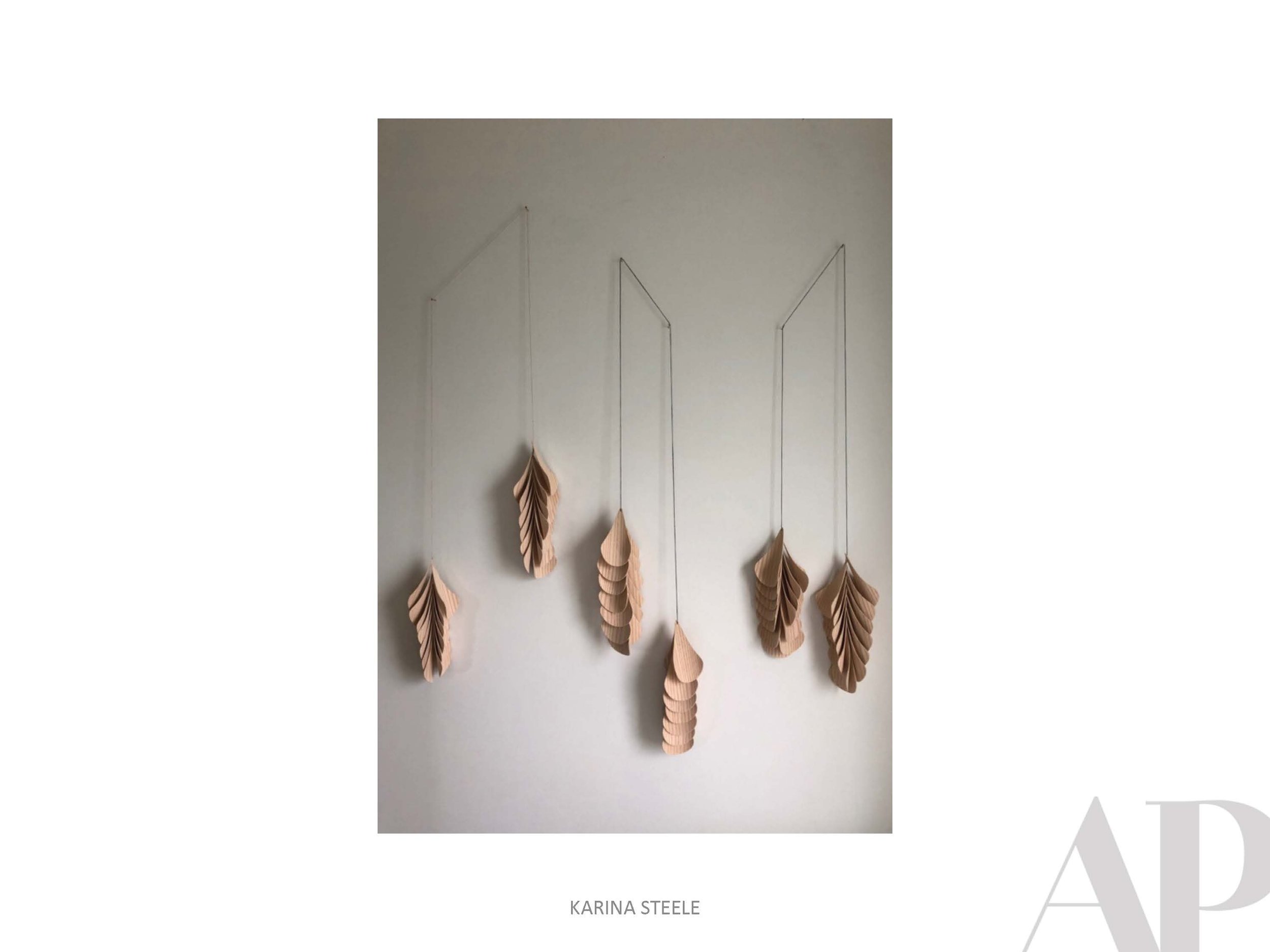


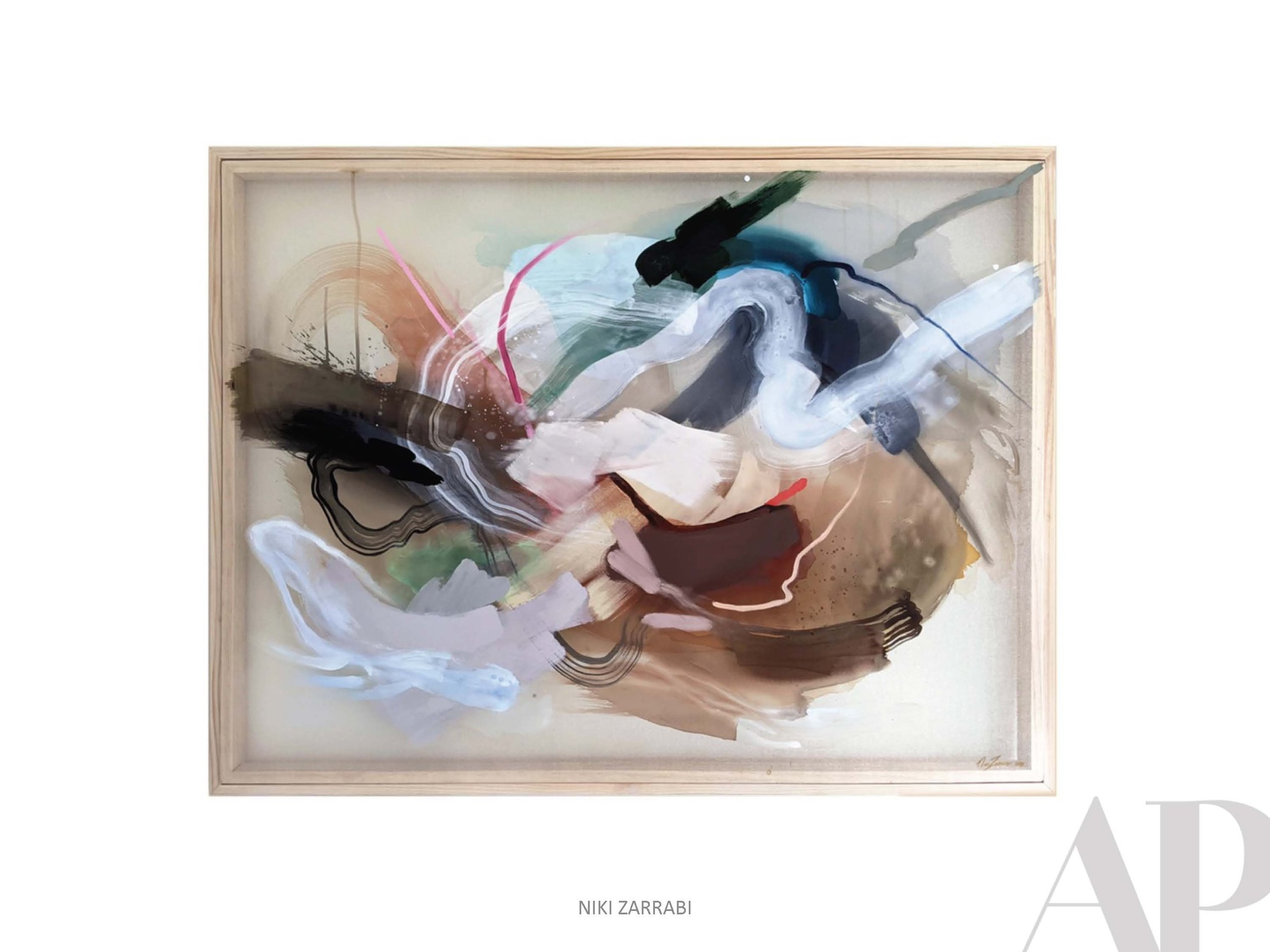
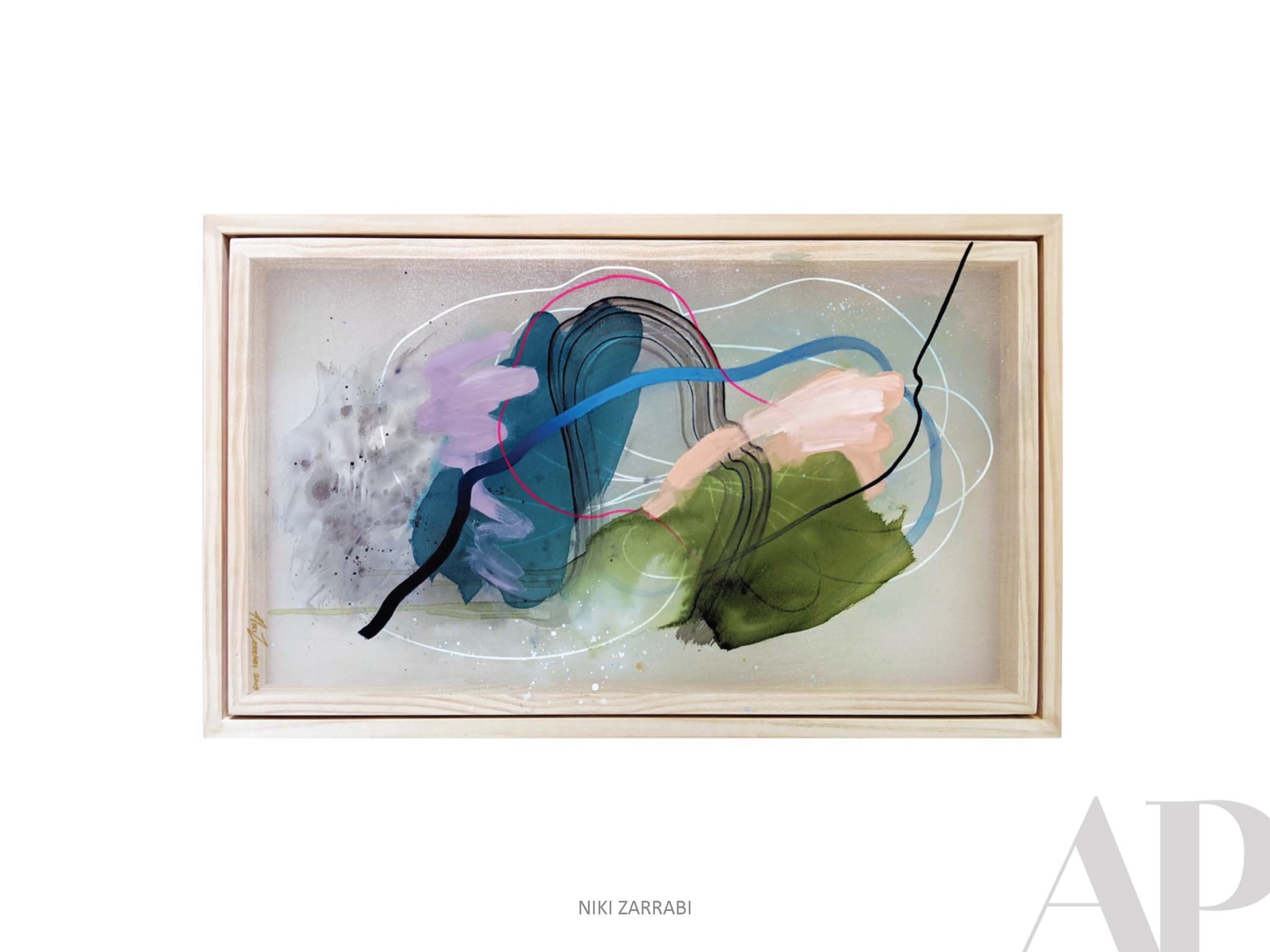

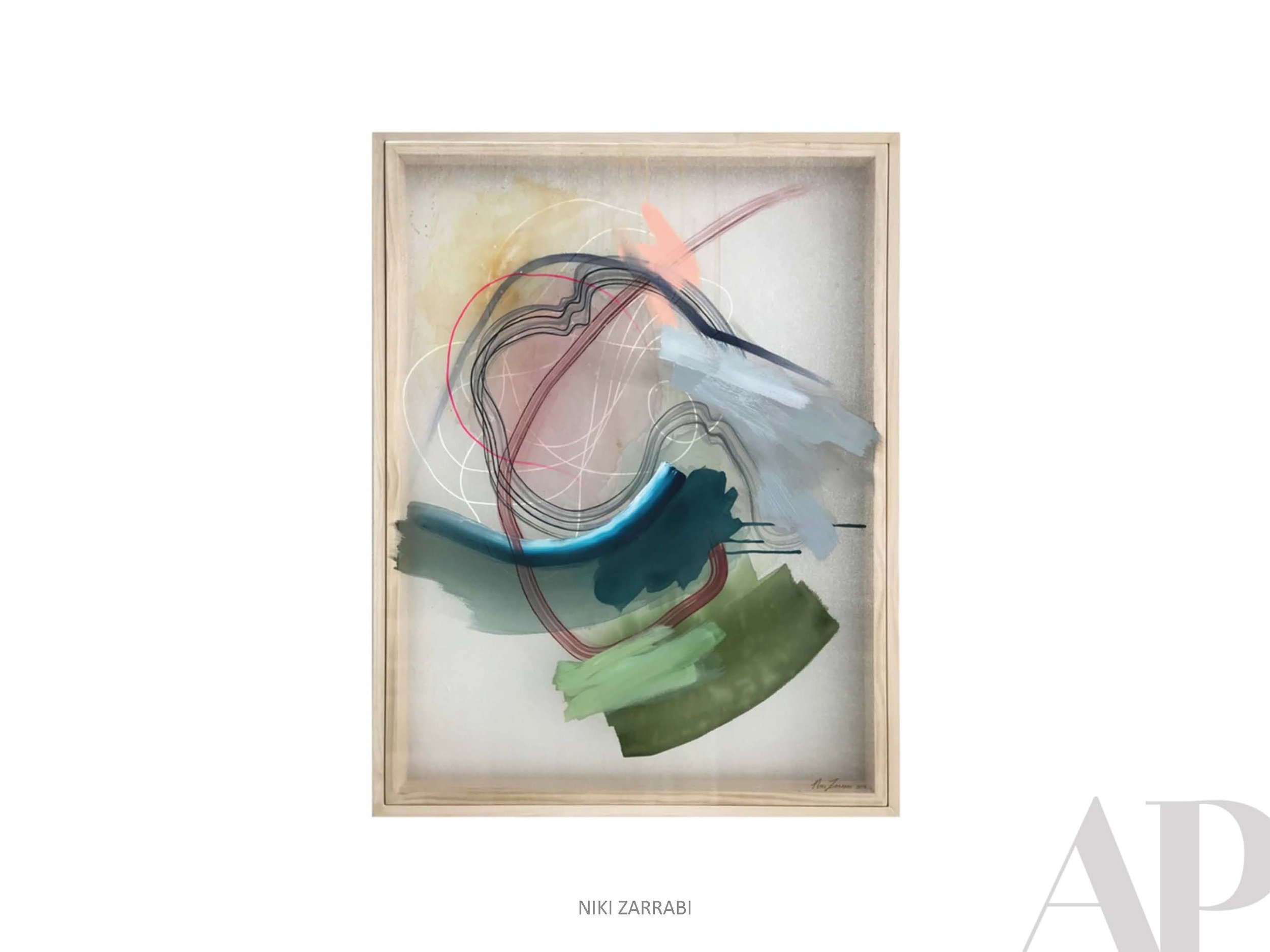

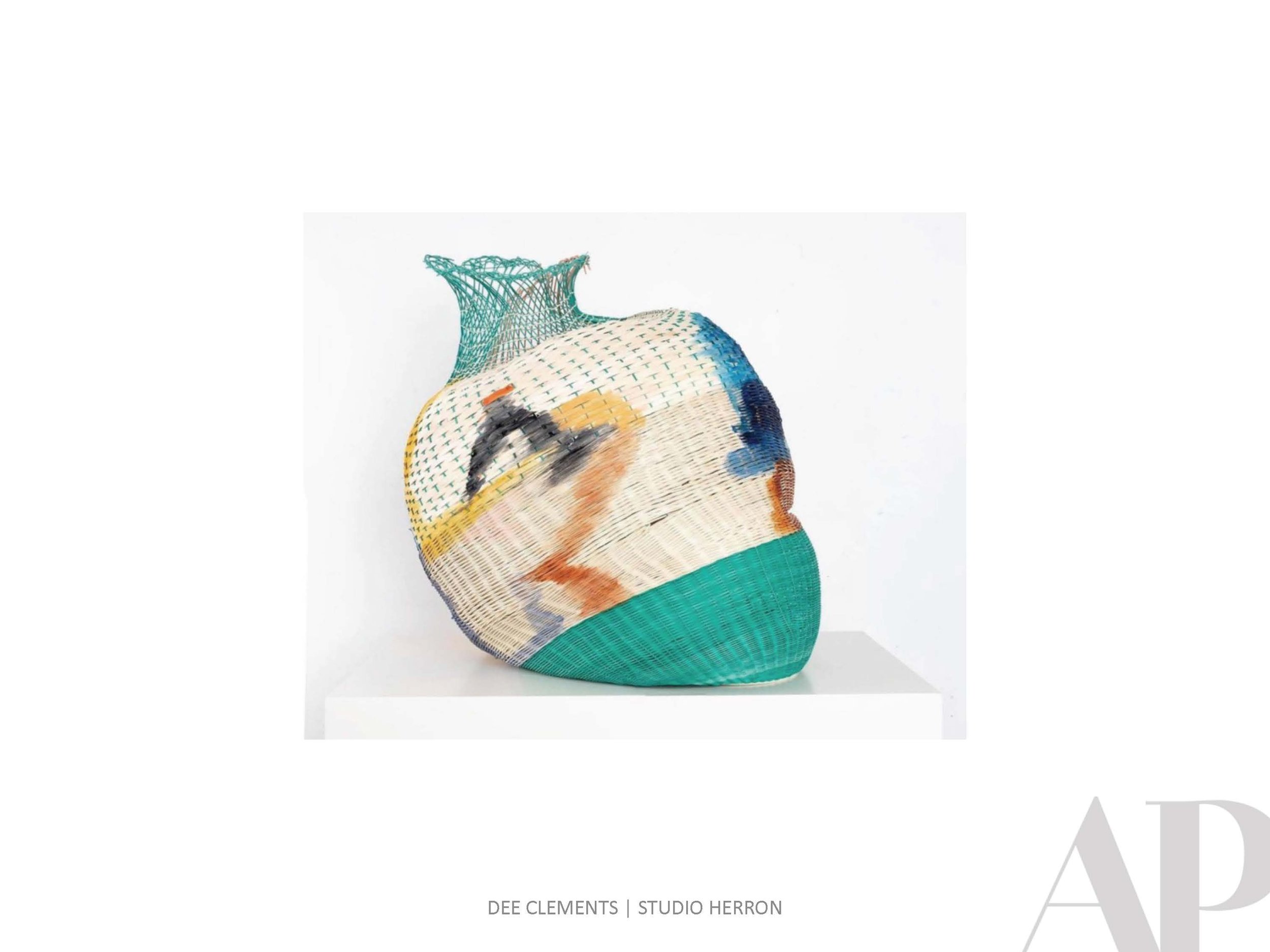
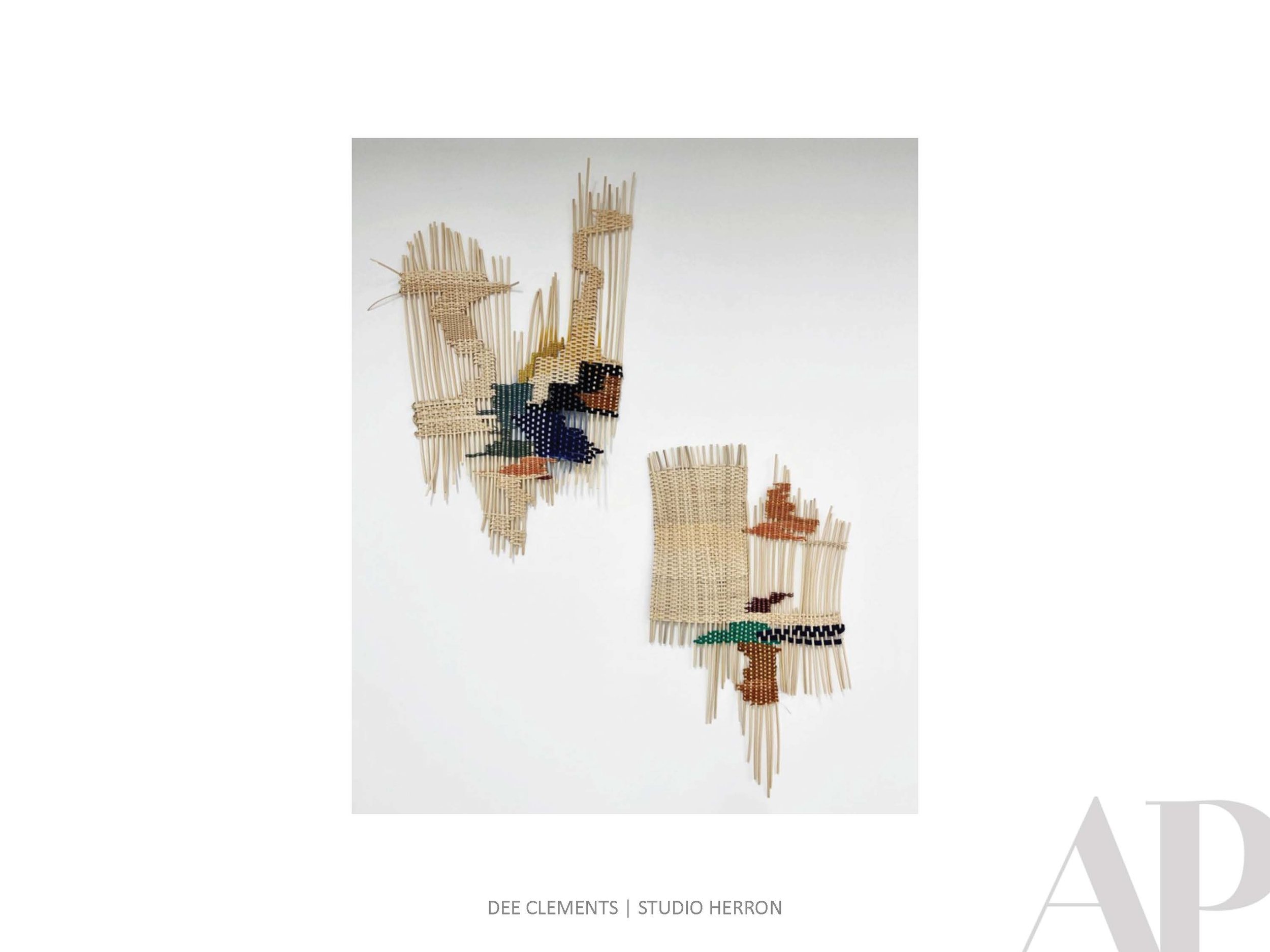
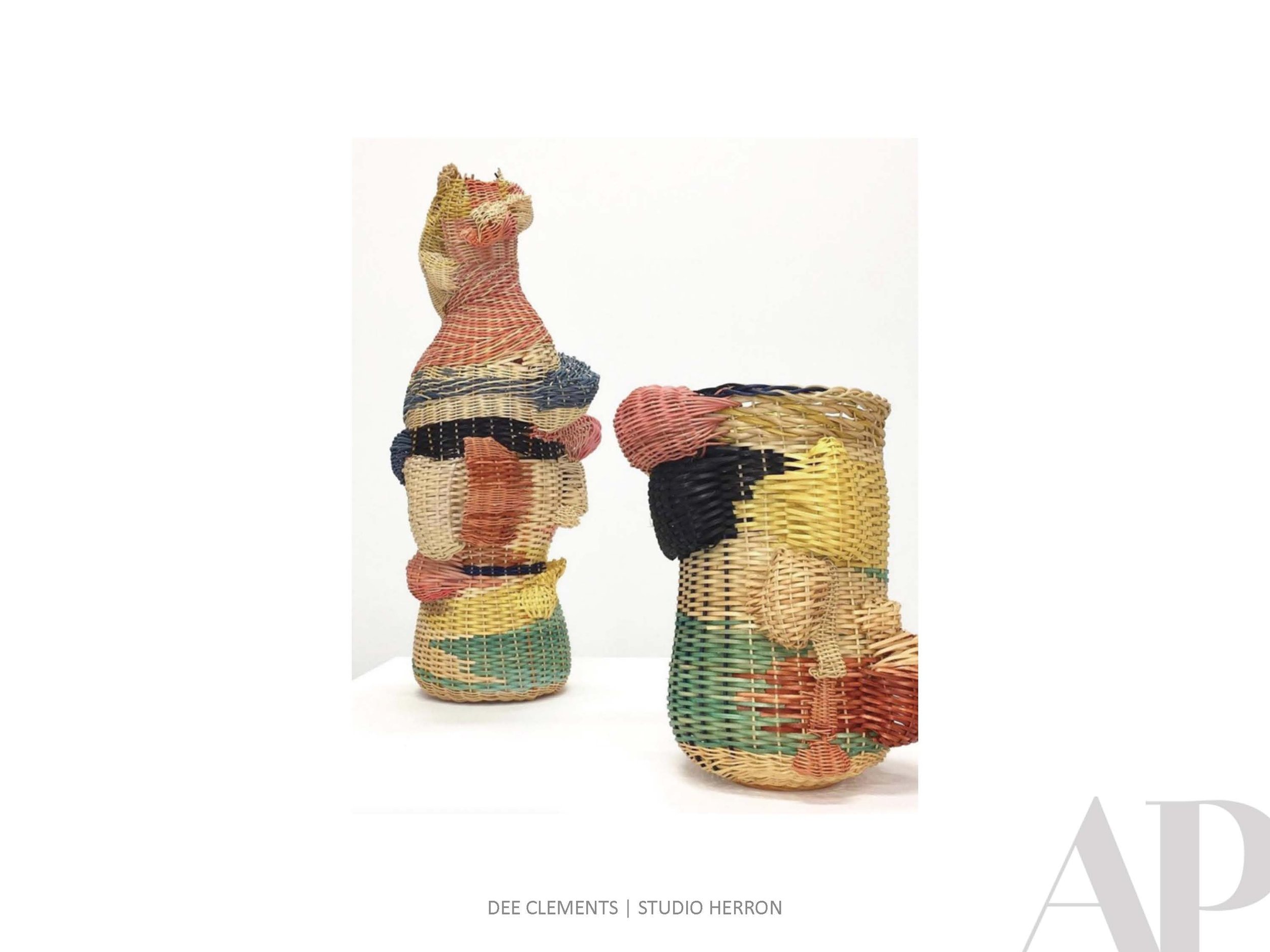


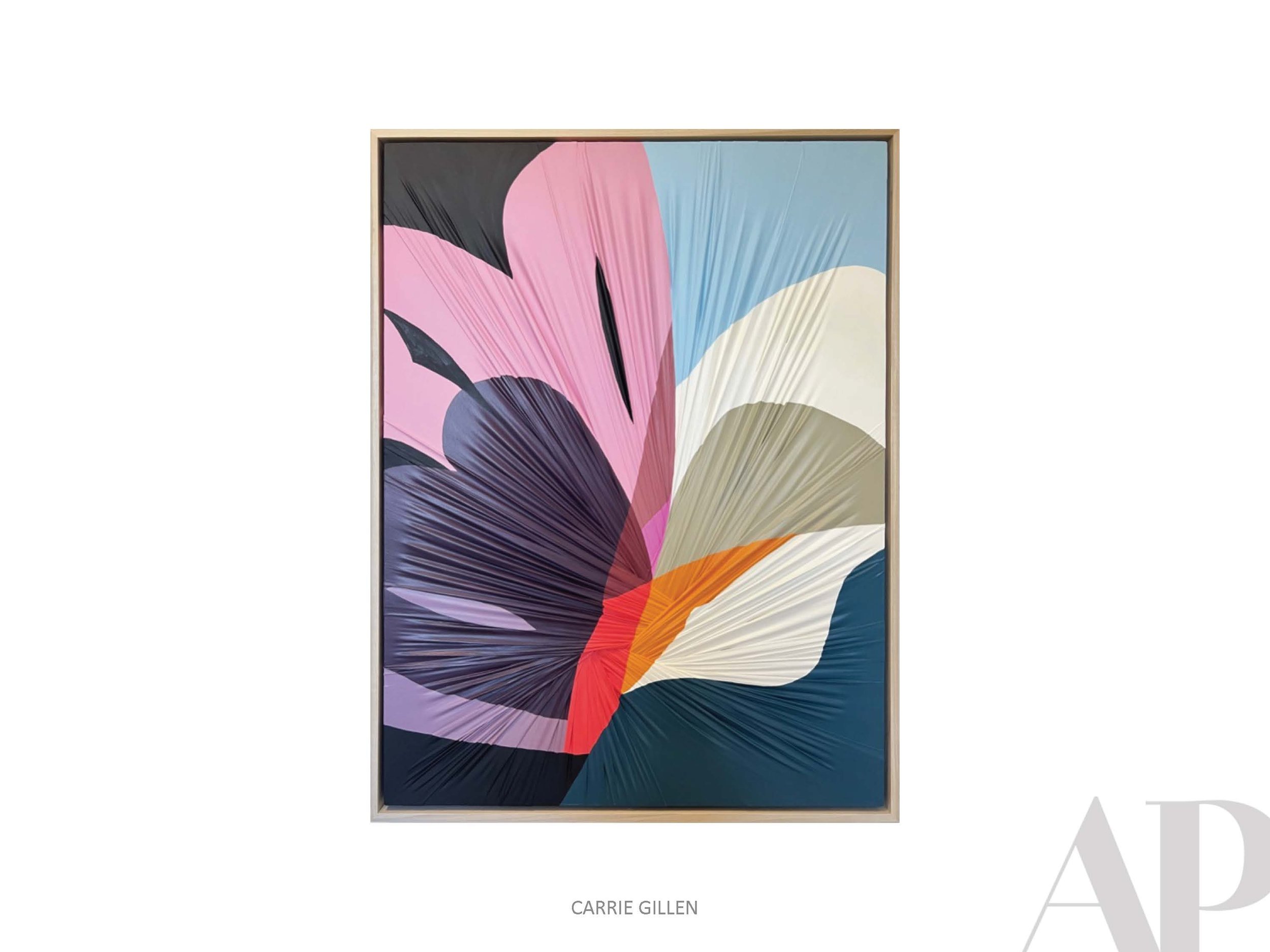
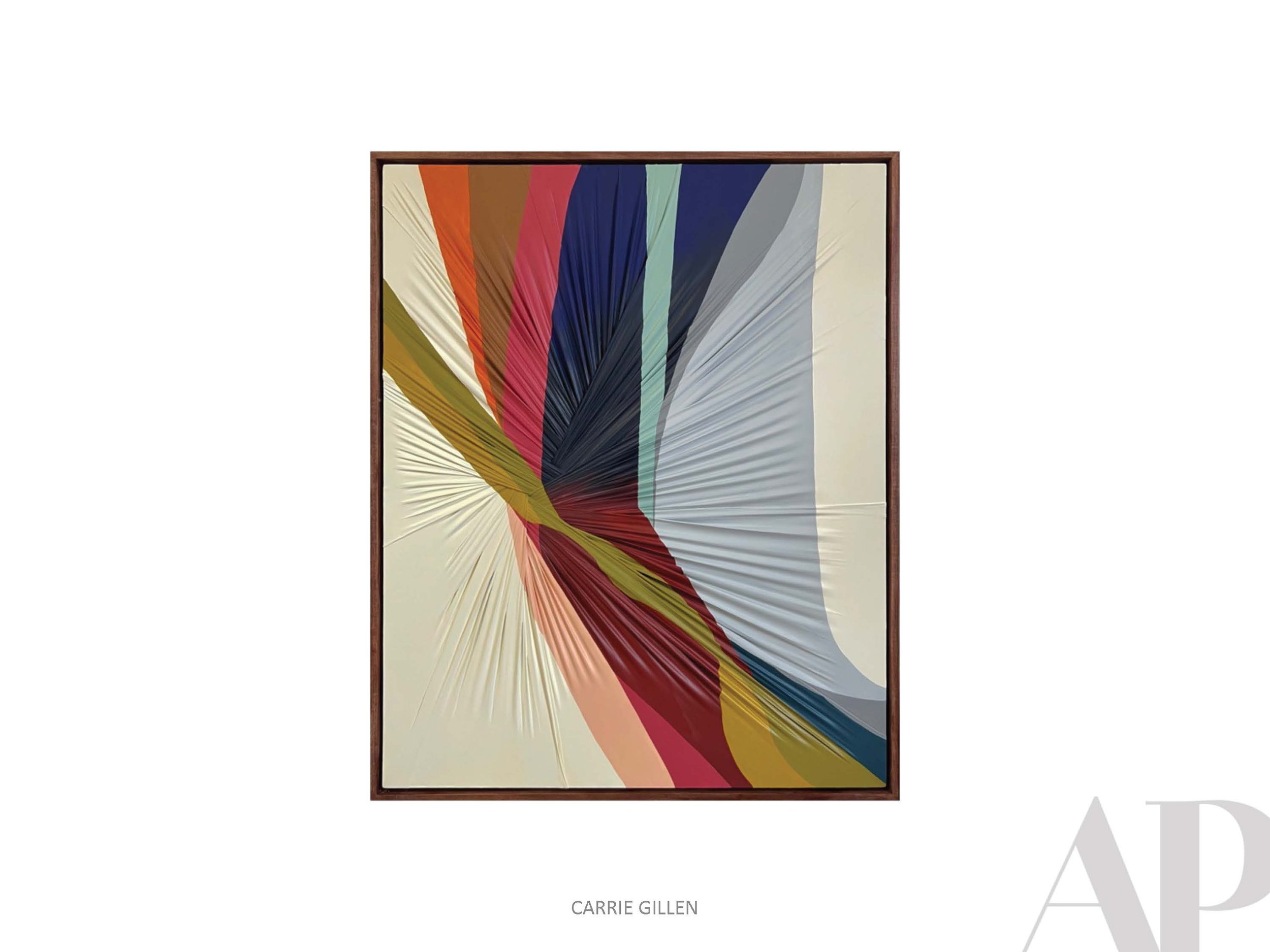
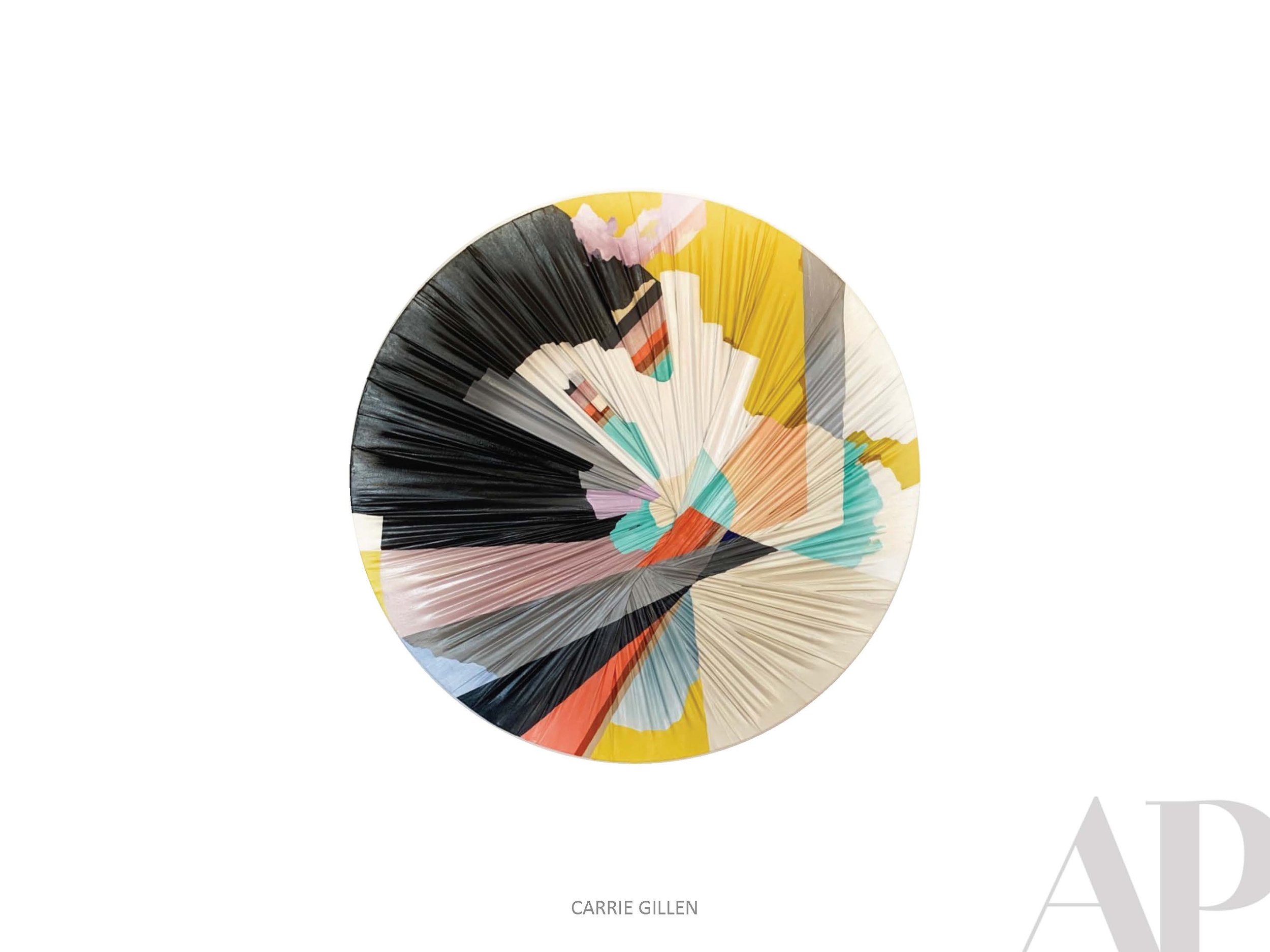
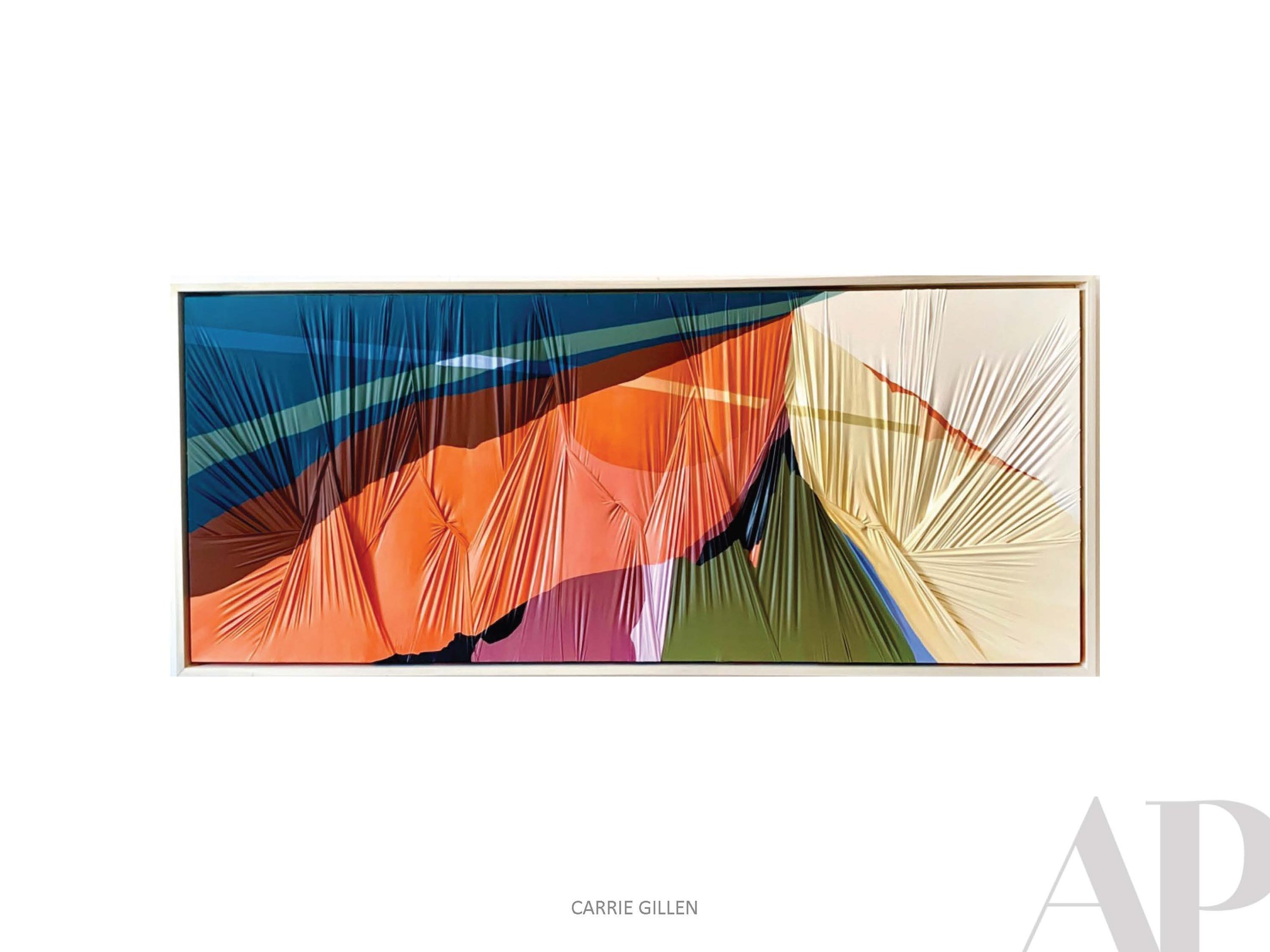
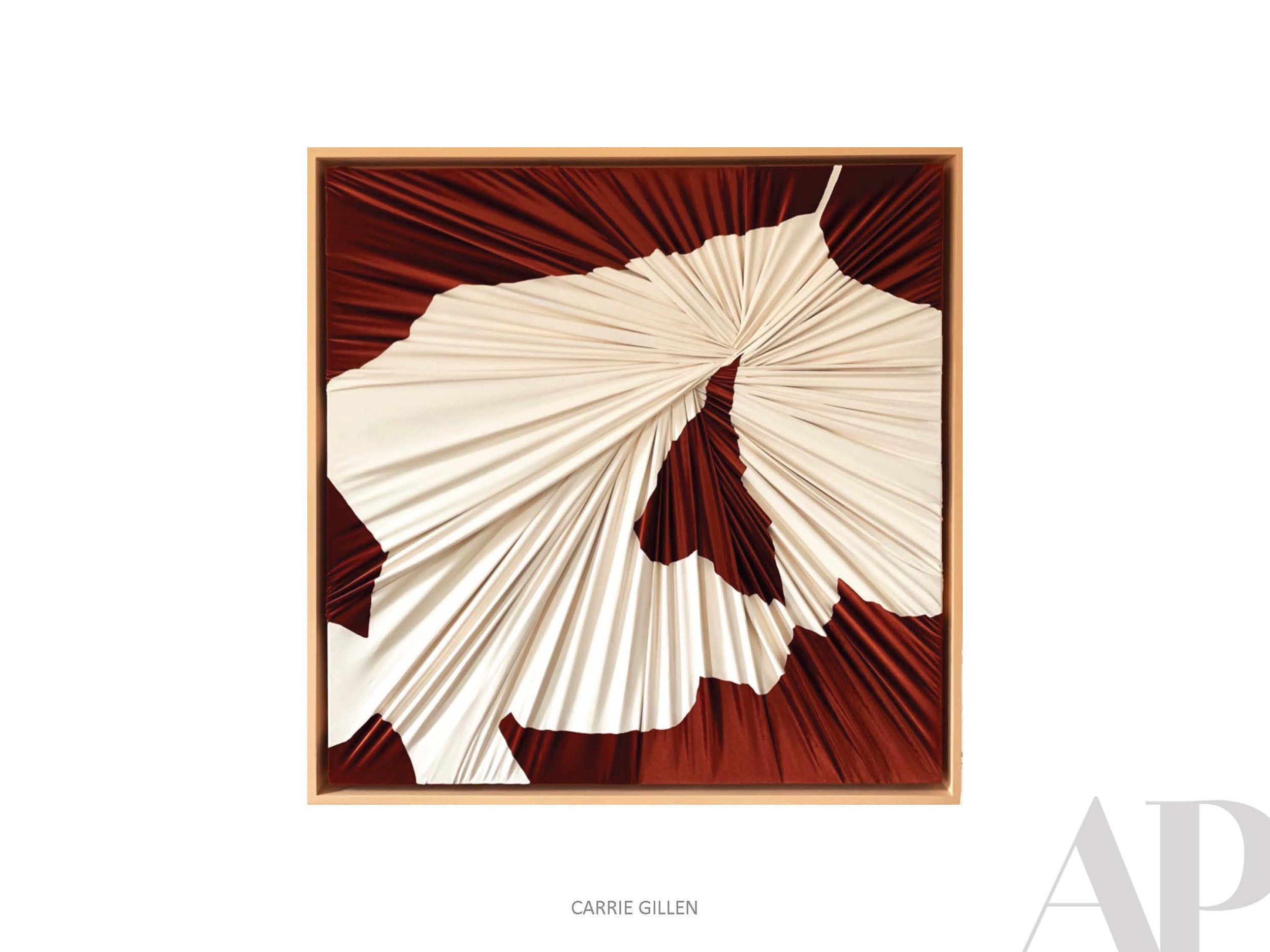
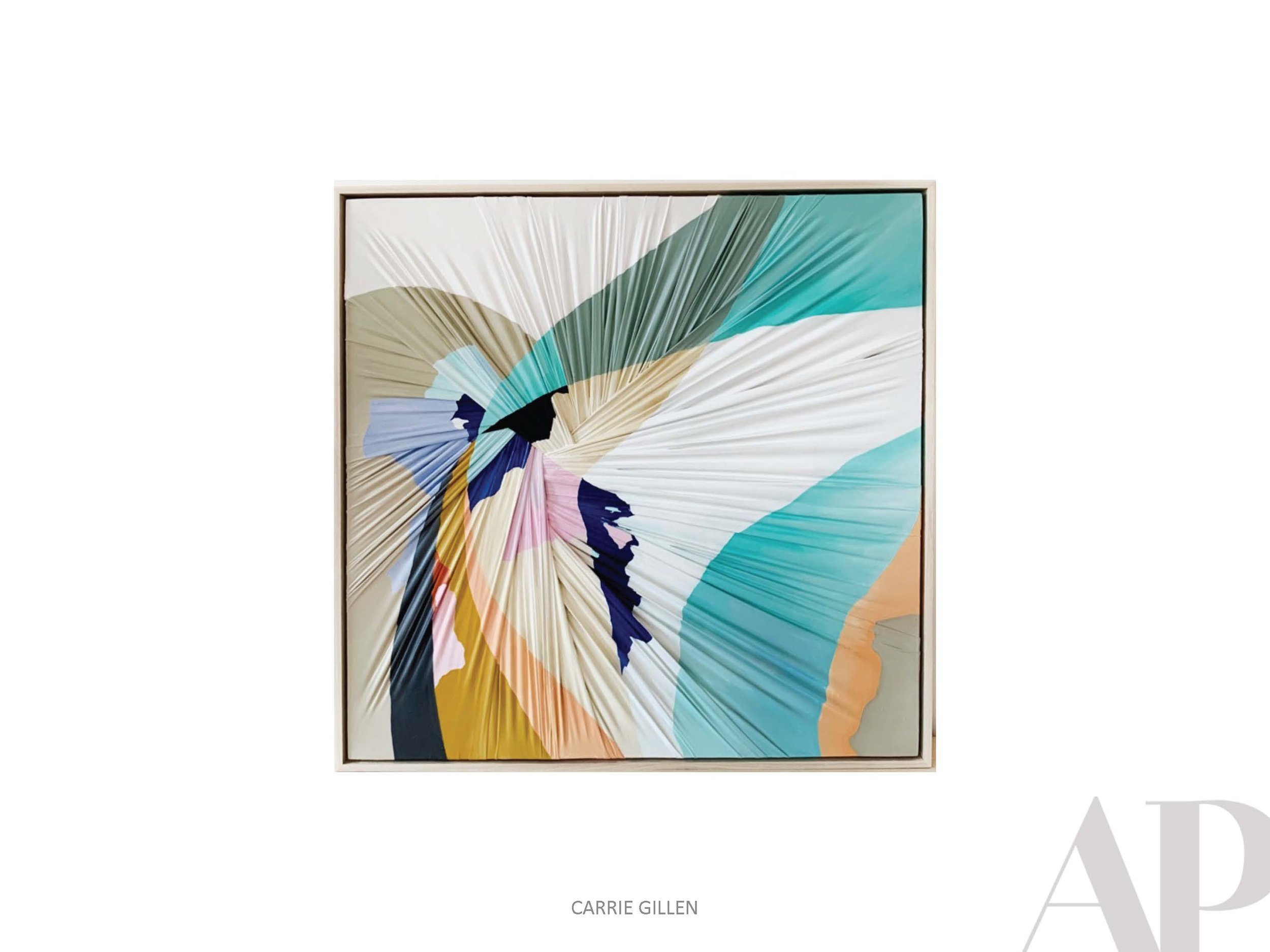
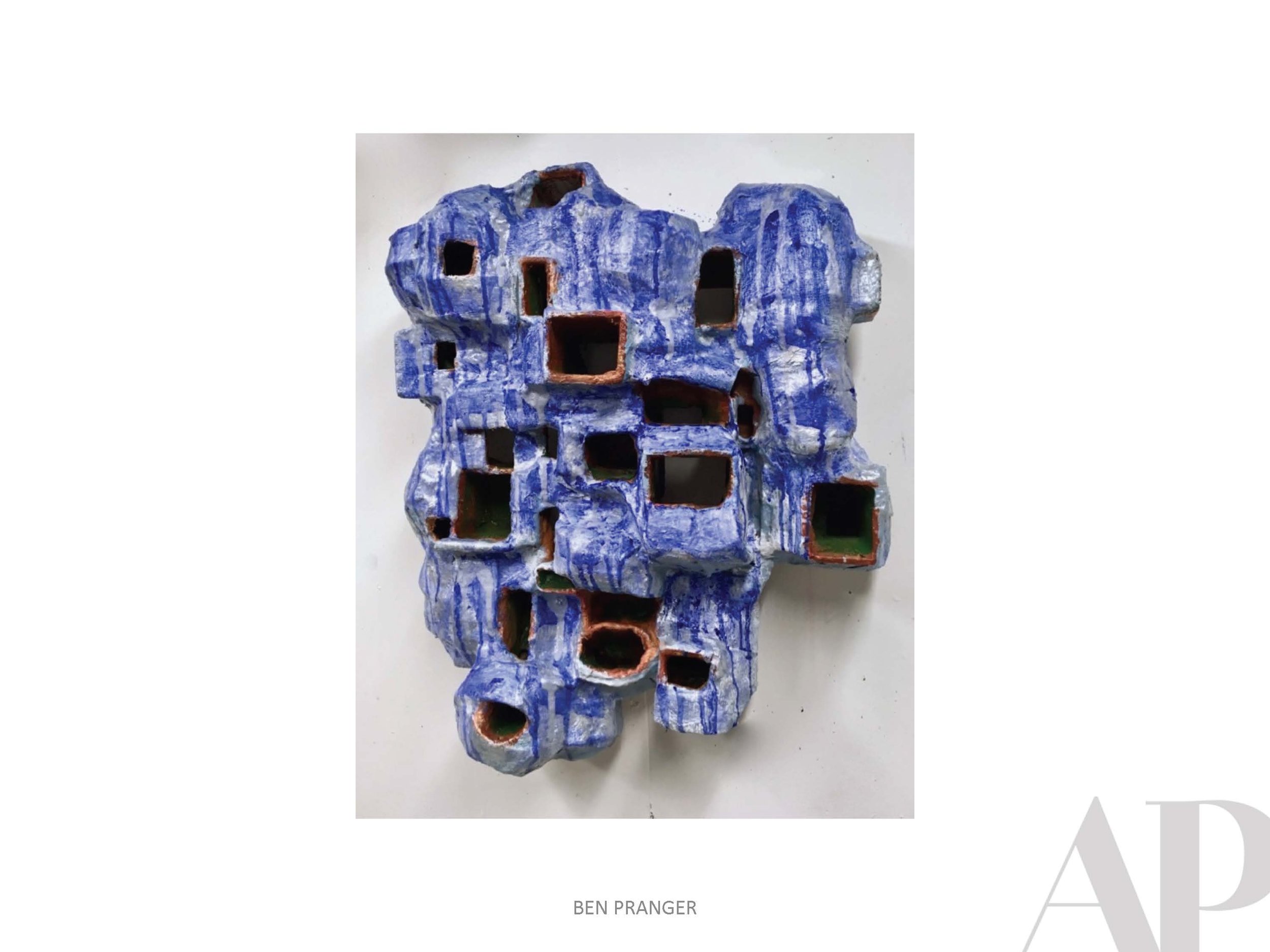
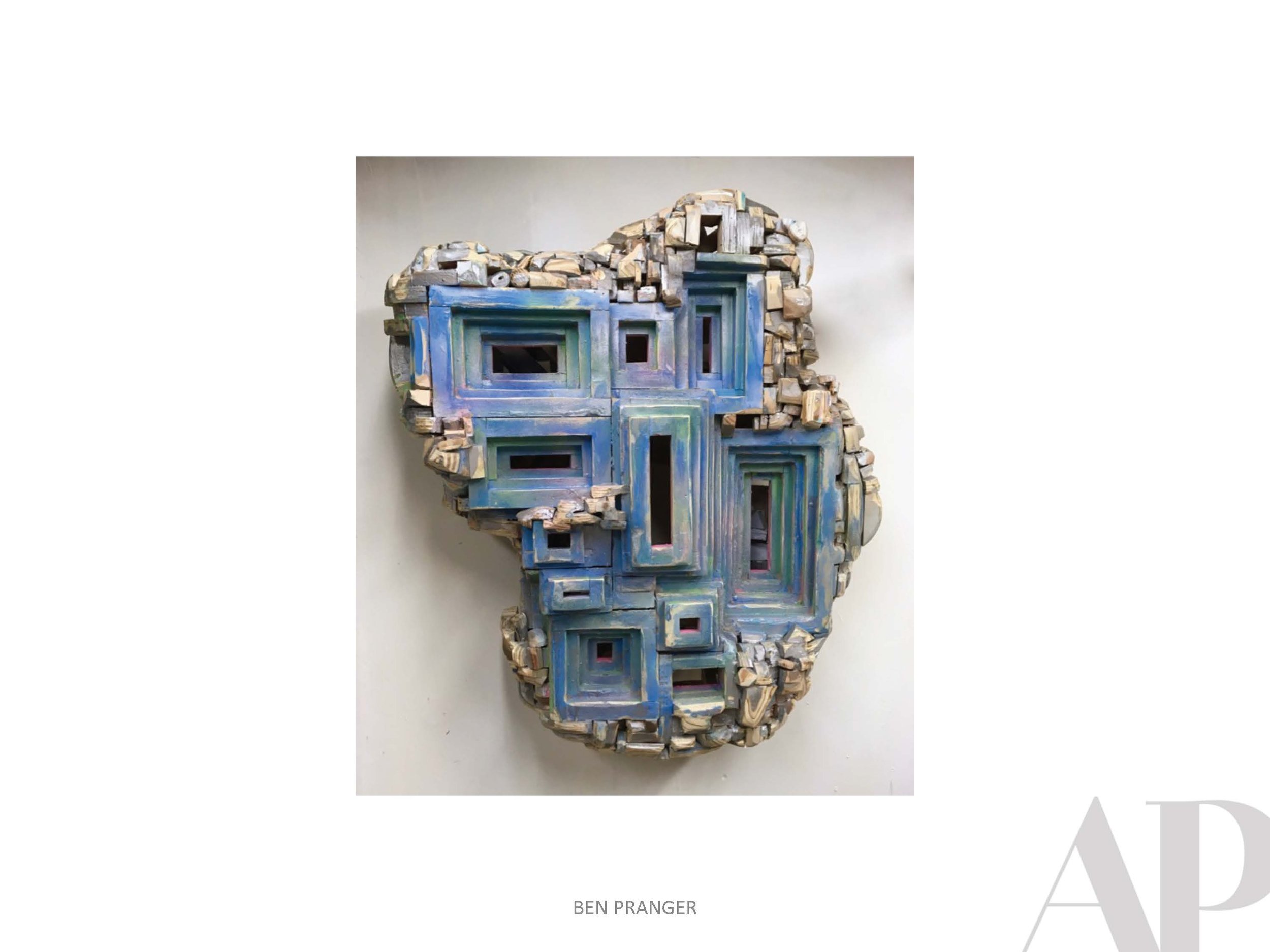
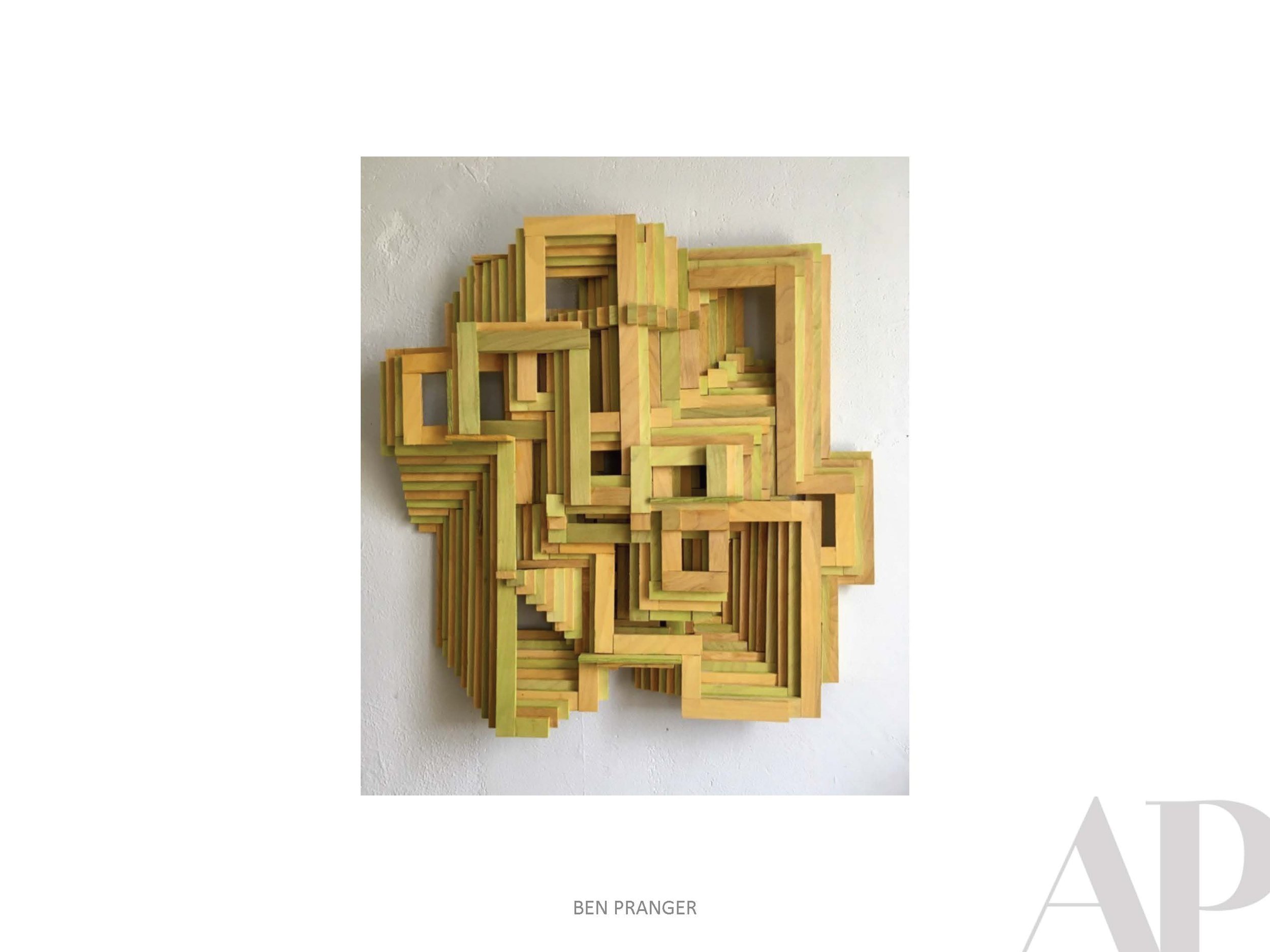
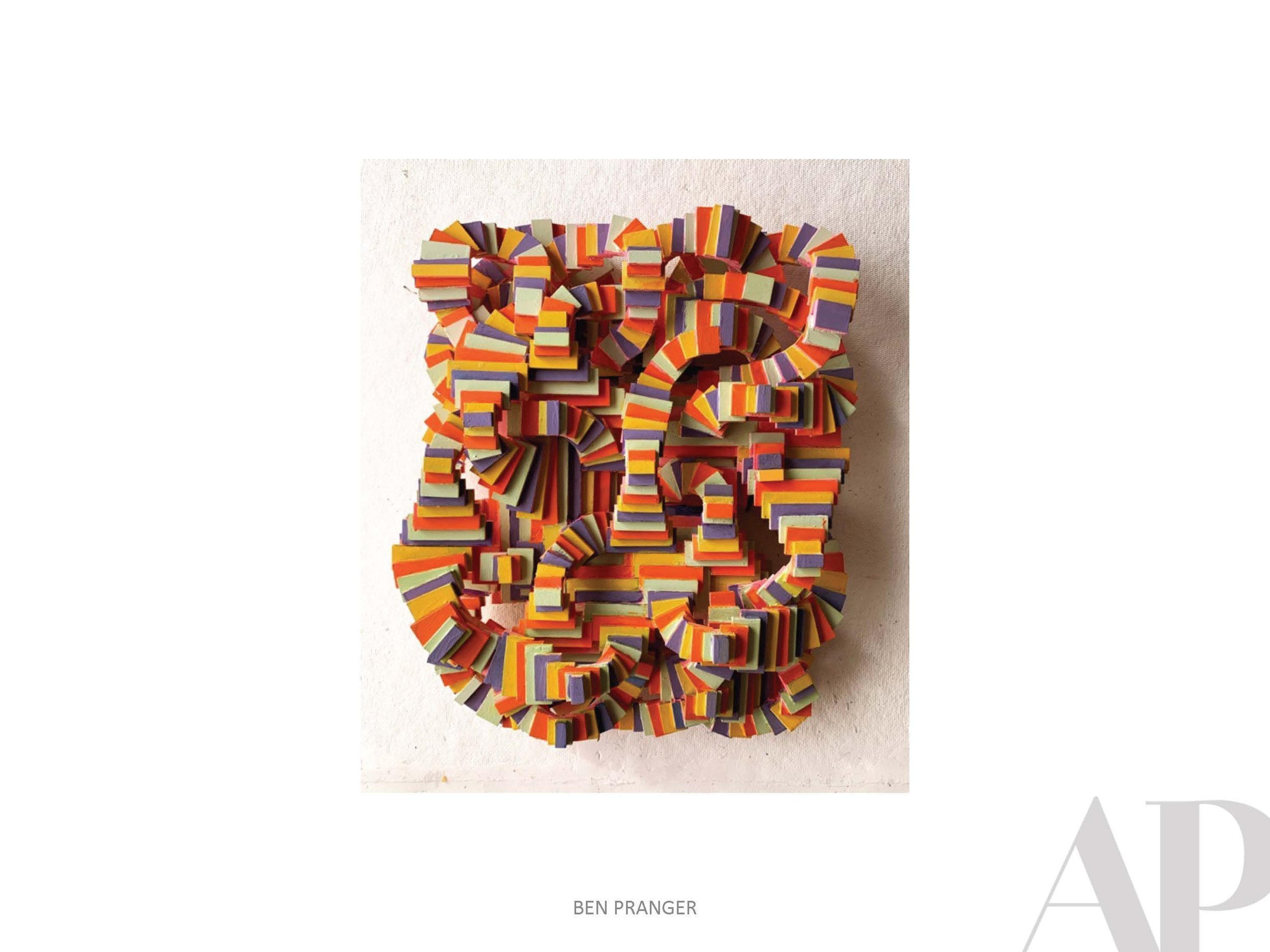
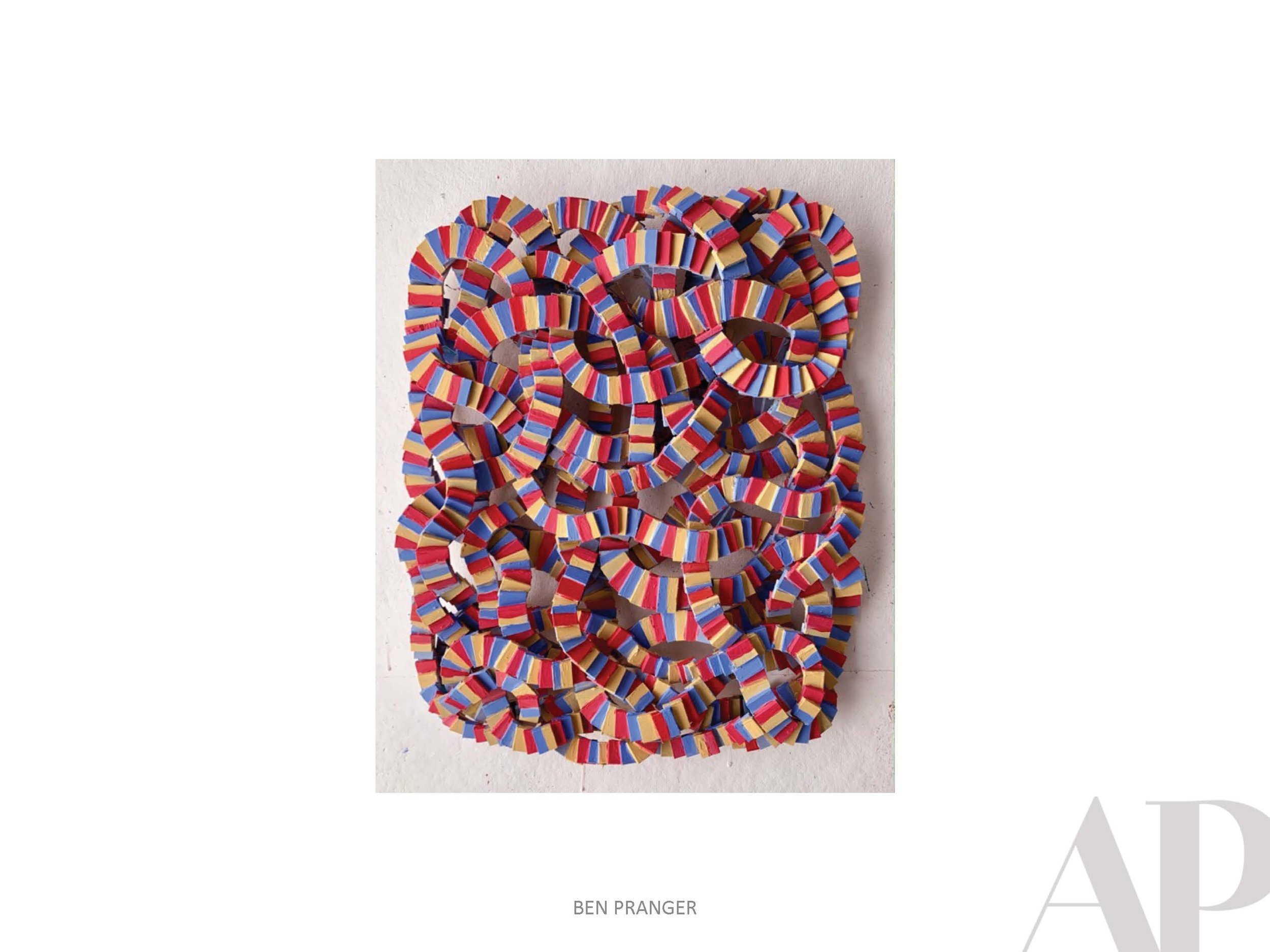

Case Study #6 | Aaron Whisner
In 2018, Amy Parry Projects was approached by Gensler to create a youthful and music-centric art package for a new hotel developed by the Hard Rock brand. REVERB was meant to be a hotel for today’s young music fan, with a modern and tech-savvy approach to design. APP worked with artist Aaron Whisner to create a custom piece for the hotel’s co-working area, instilling the space with the artist’s street art sensibility, and creating a memorable “Instagram Moment.”
To learn more about how the artwork developed,
please flip through our latest Case Study below…
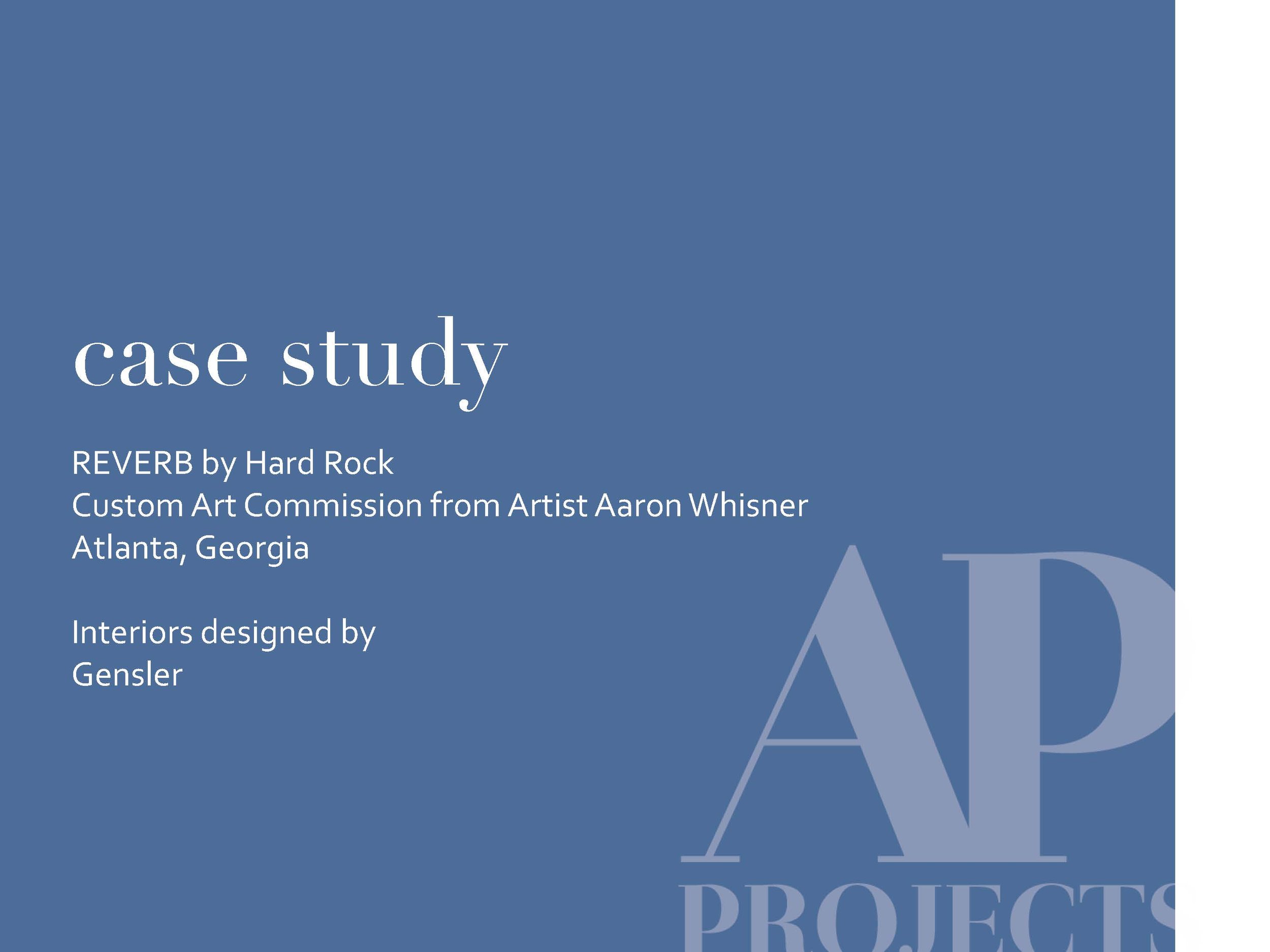
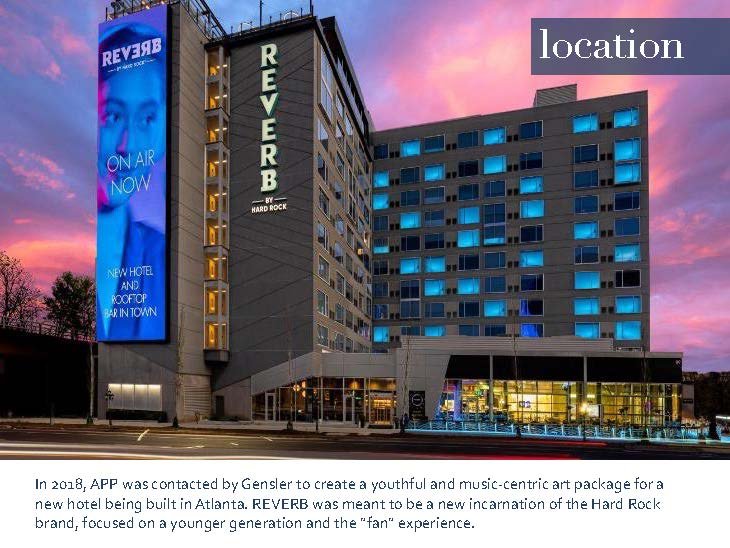

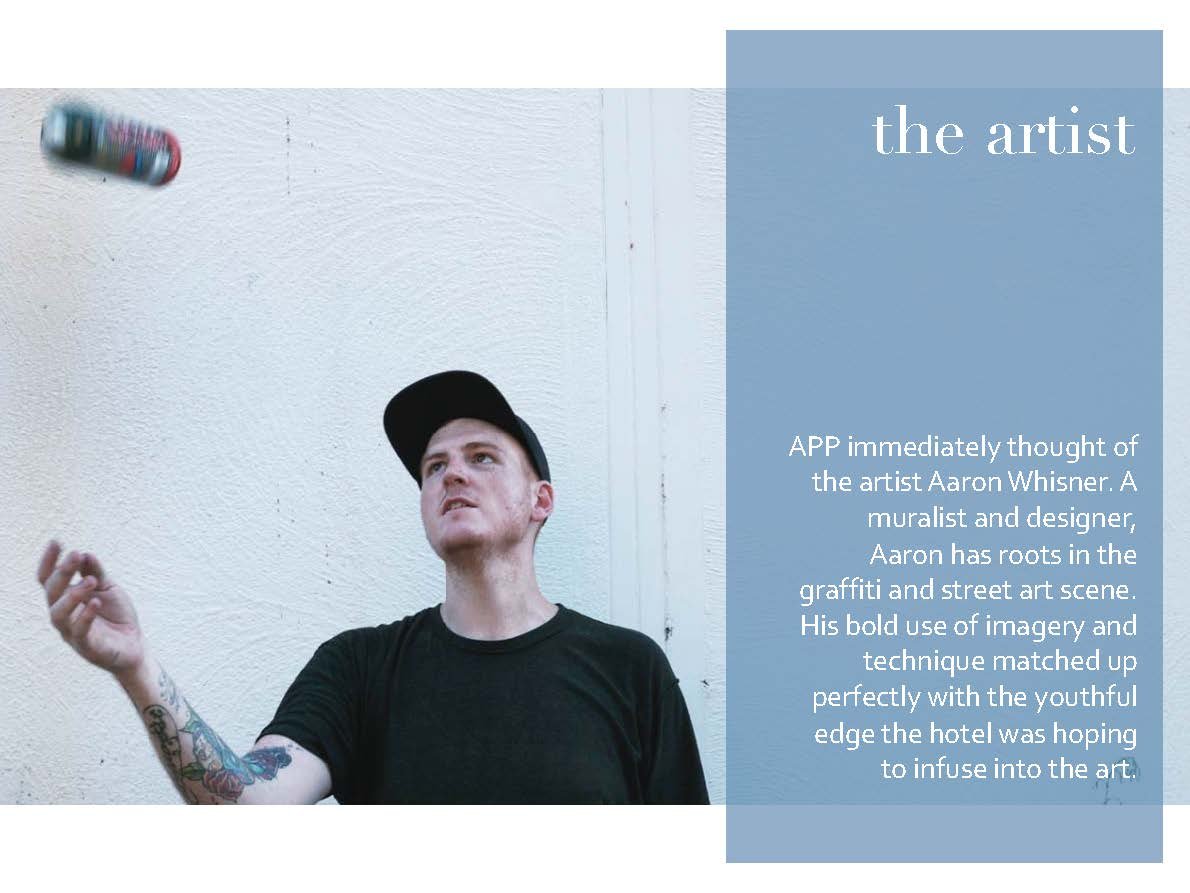
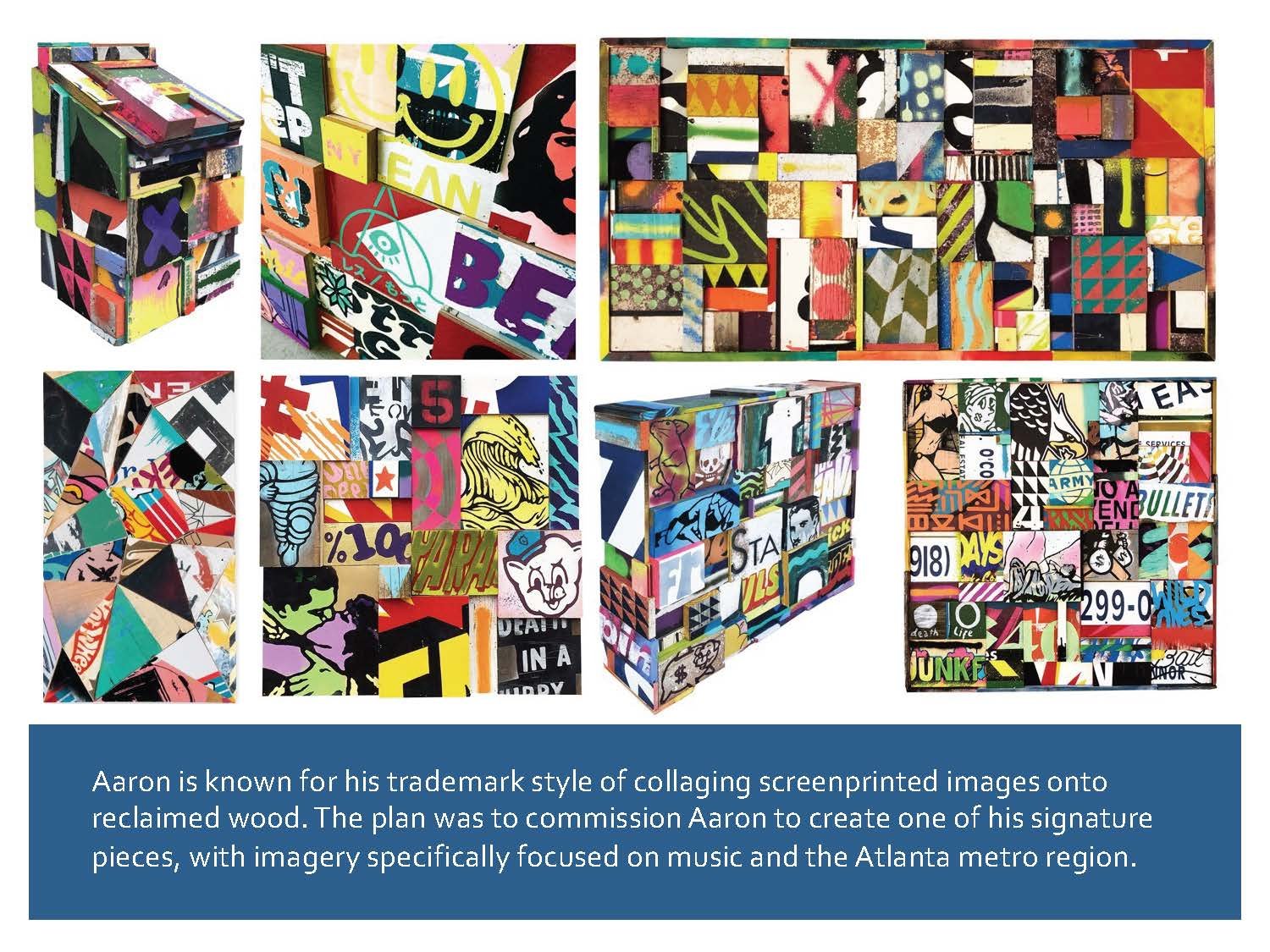
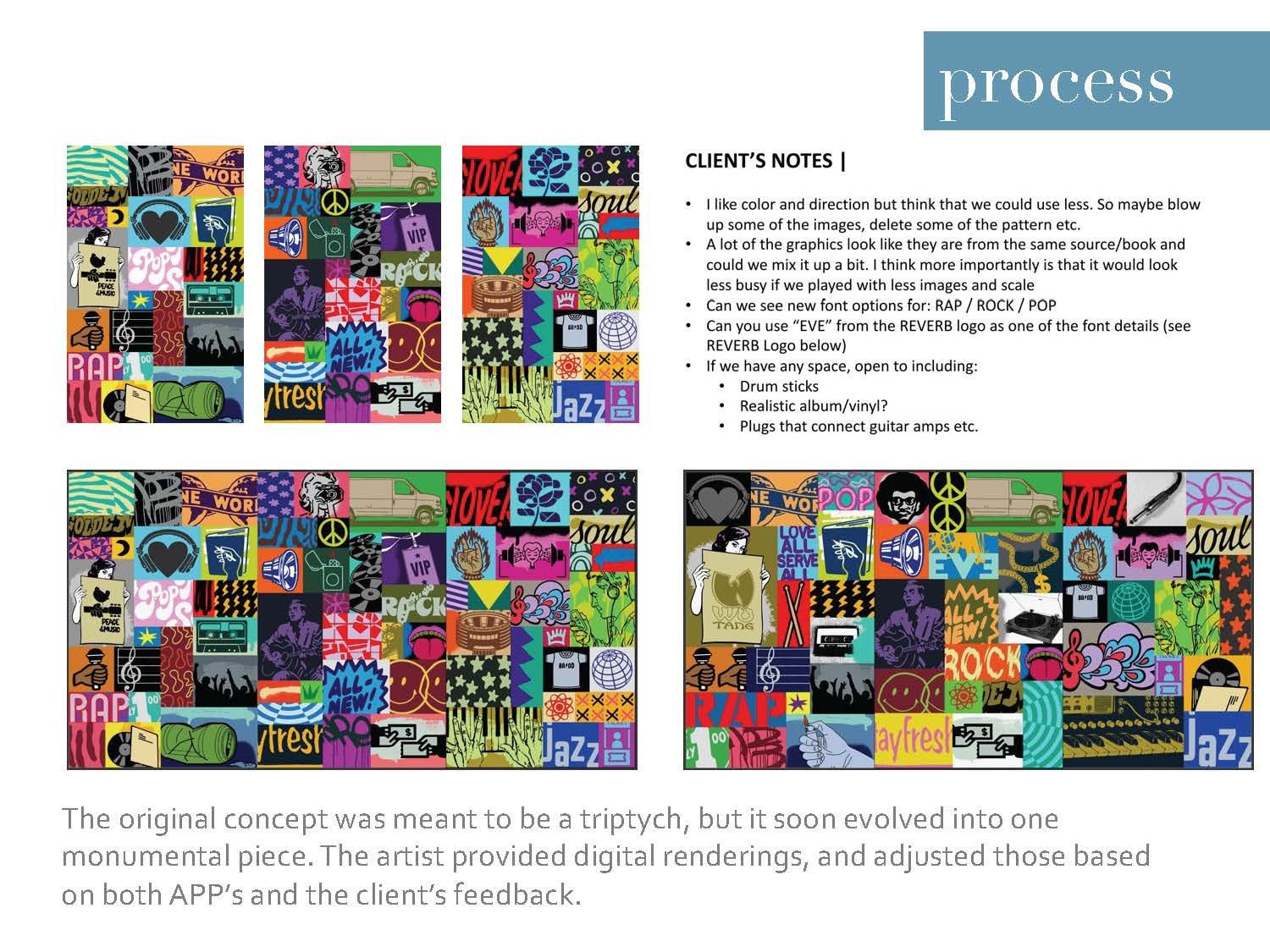
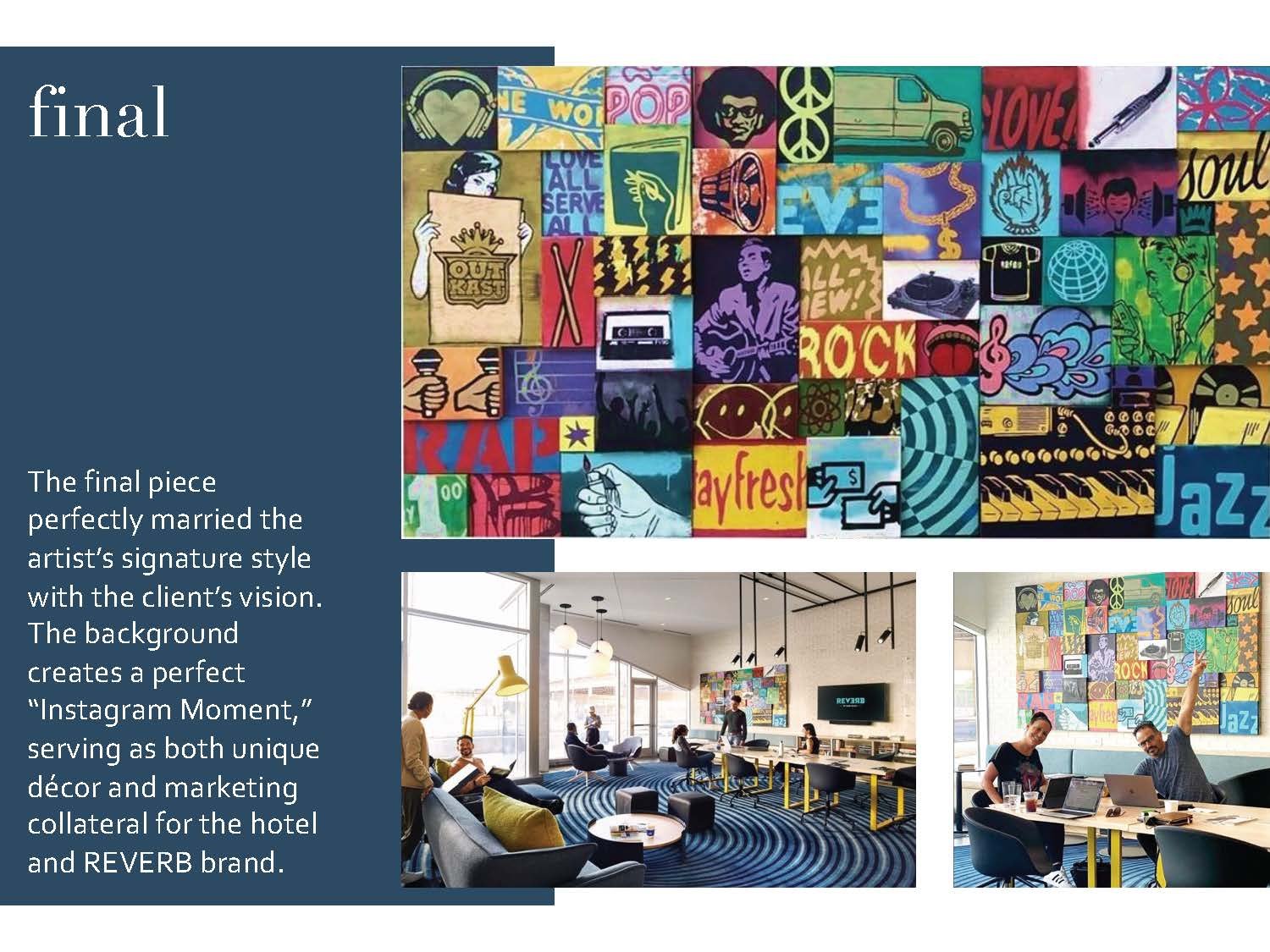
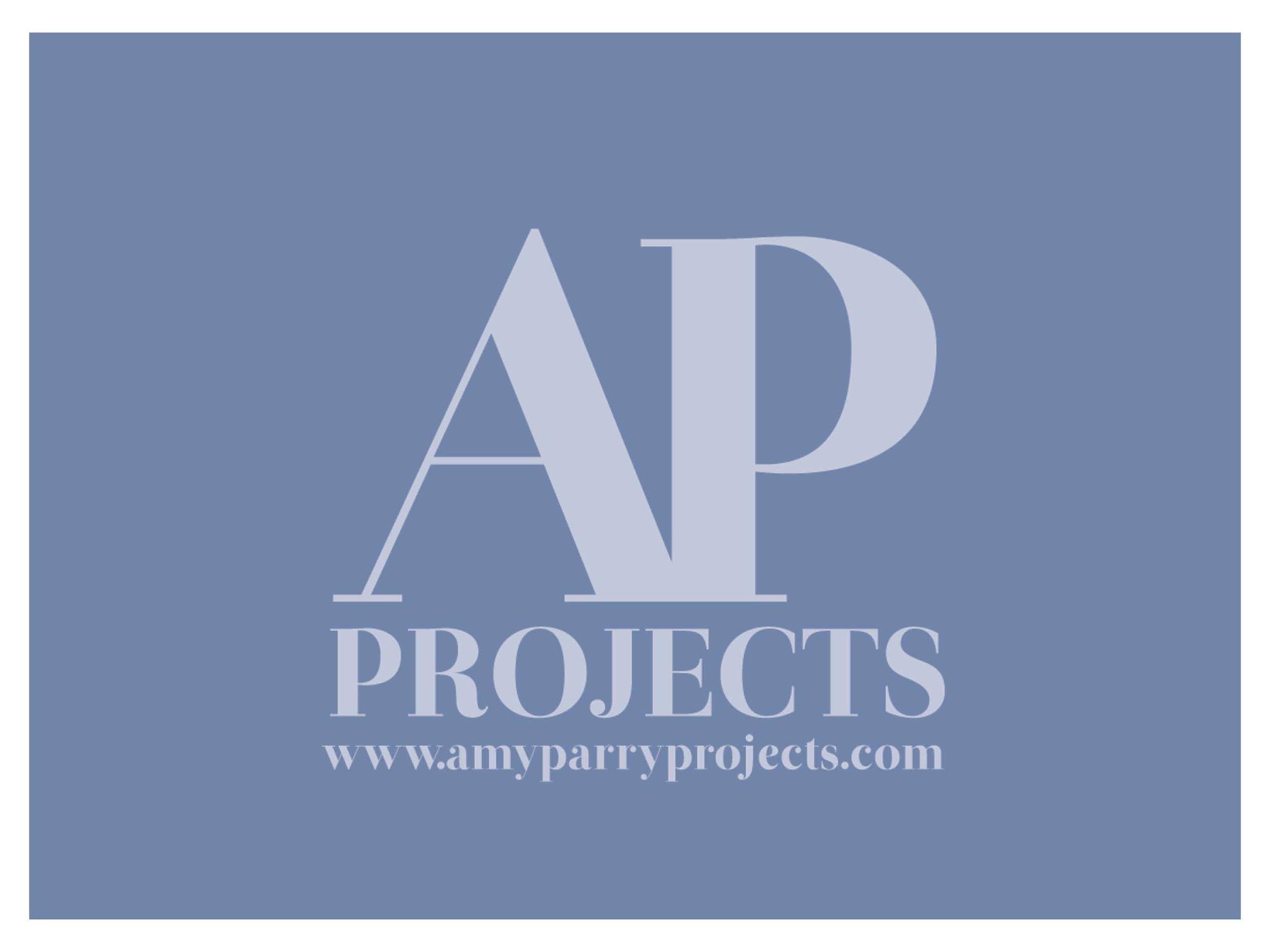
Currently Inspired By...
There is something about being cooped up the past winter (some might even say the past two years) that makes us want to get out and feel a physical sense of connection to the world around us.
It’s a new year, and a new season is starting to awaken. We wanted to explore the tactile nature of Spring in our latest inspiration board; artworks that use texture, color, fiber, and structure to deliver to the viewer a tangible sensation.
We hope you enjoy our first Inspiration Board of 2022. We are excited to see what else the year has out there for us.
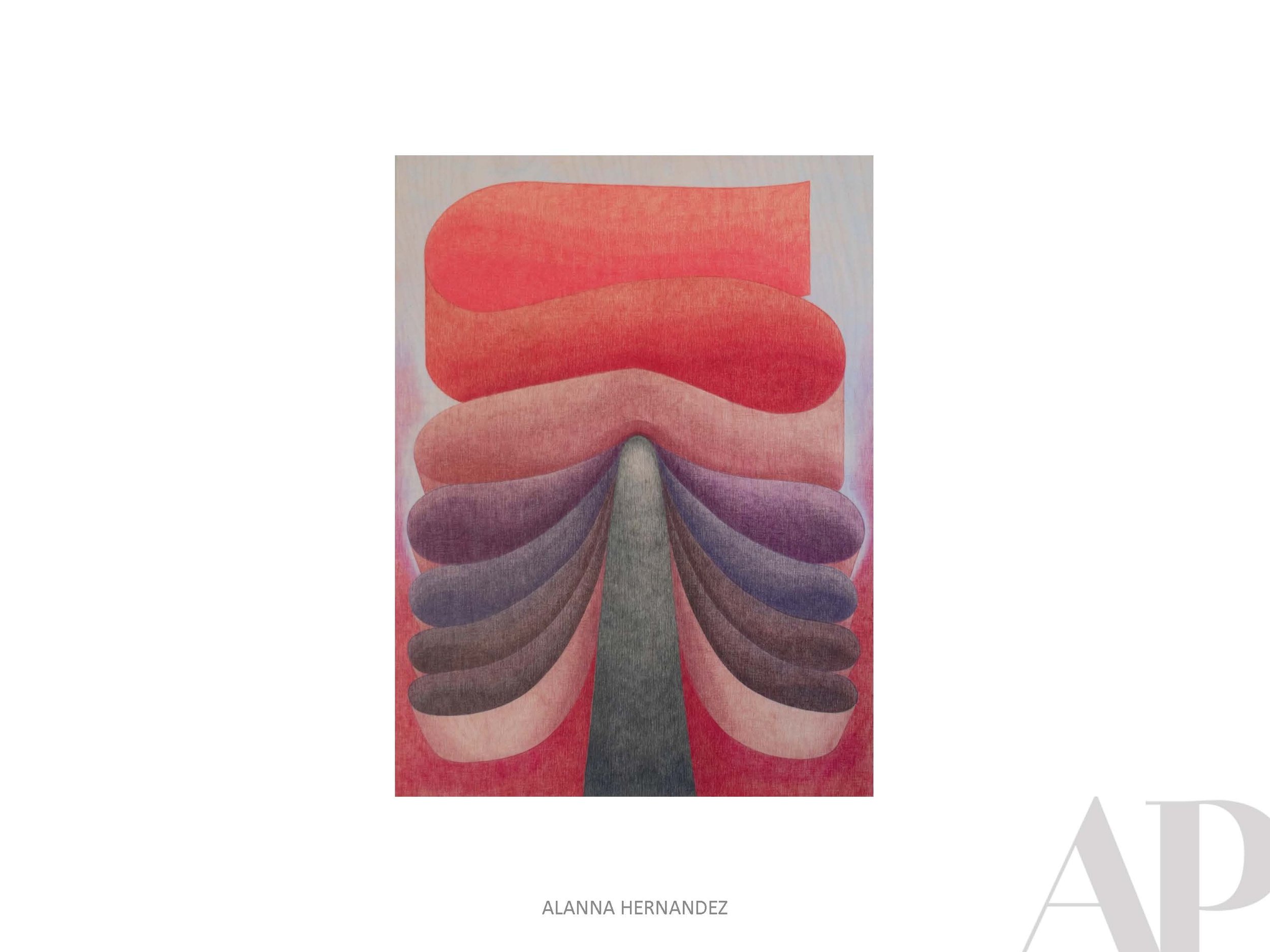
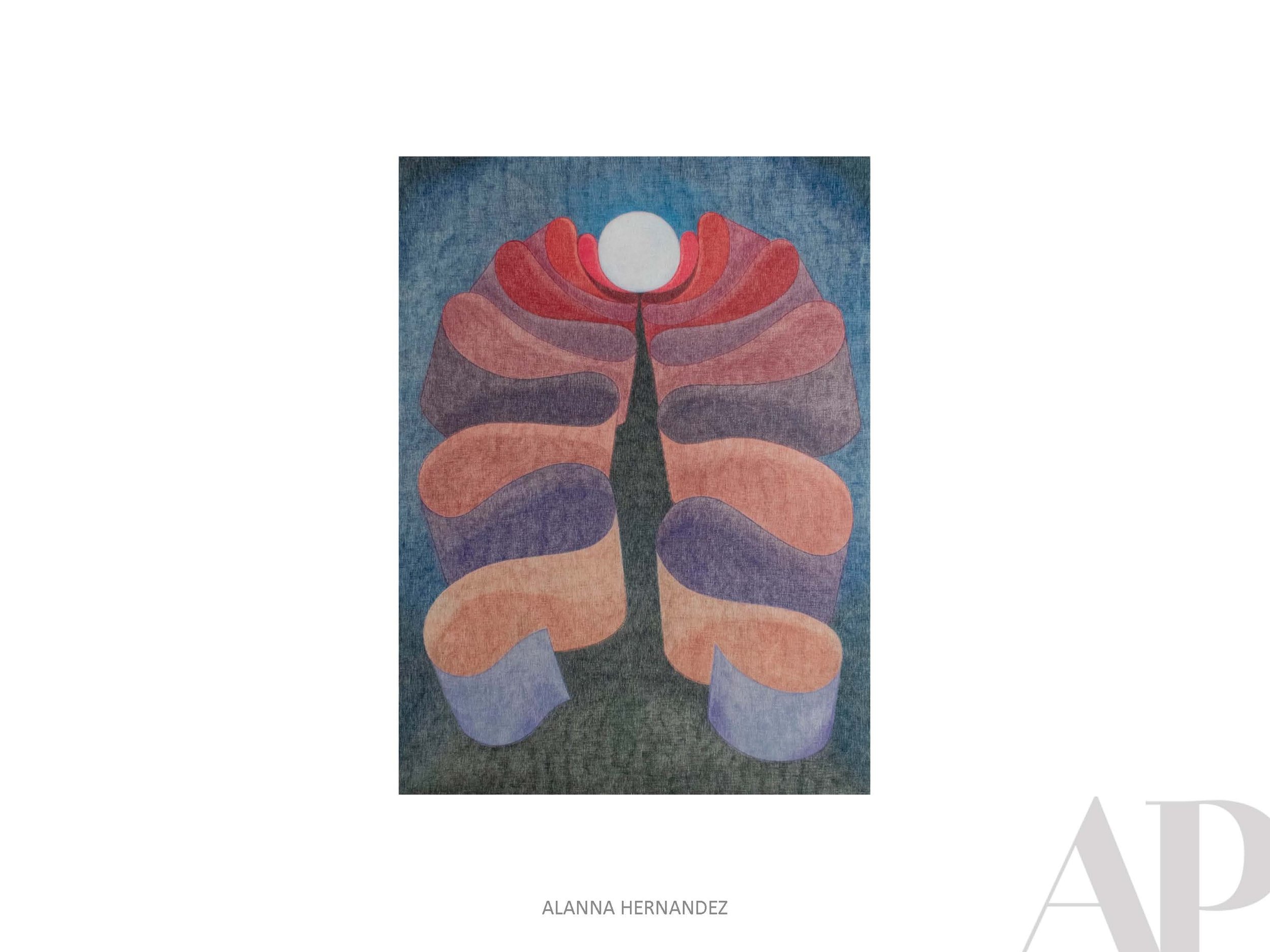
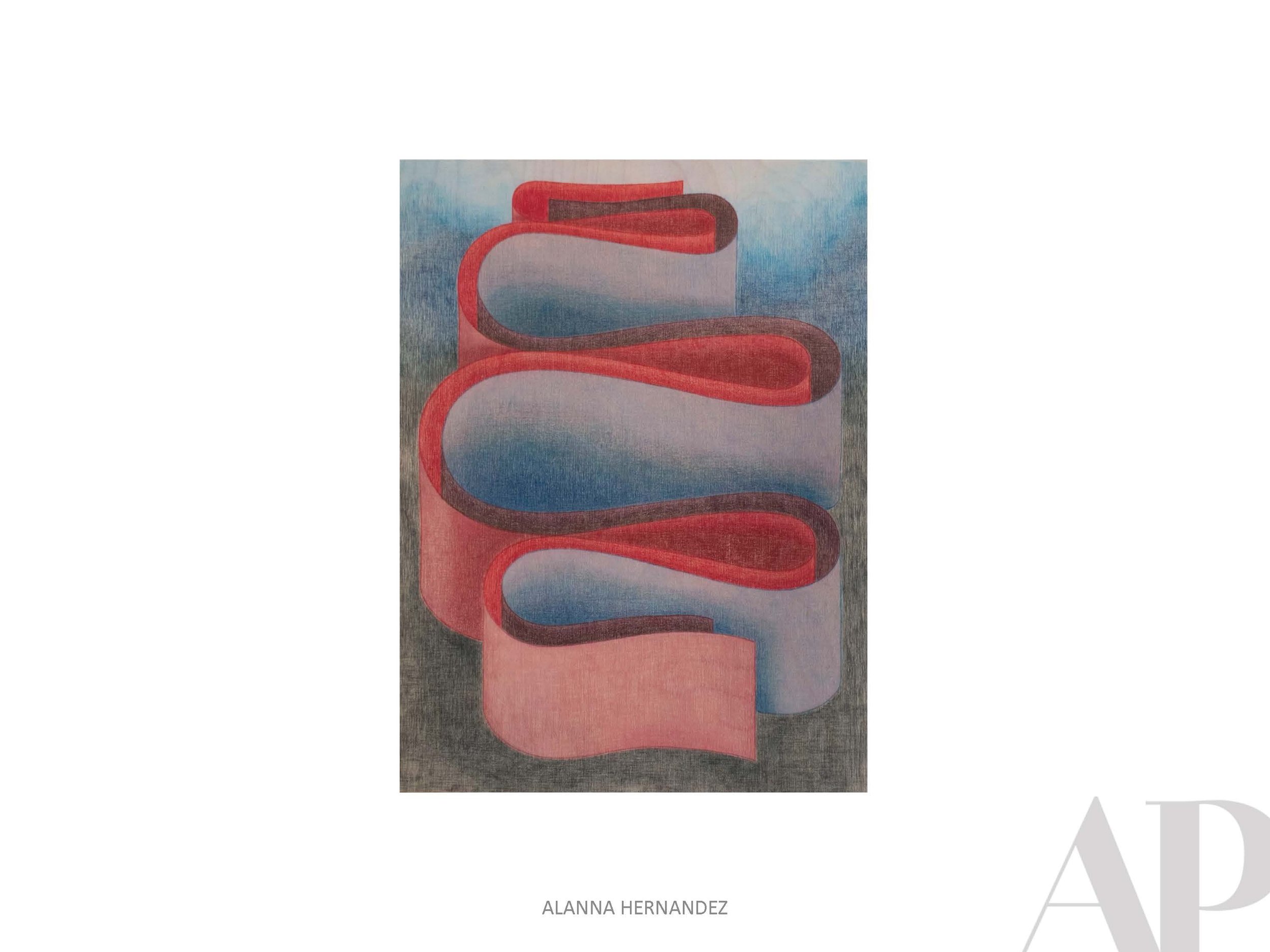
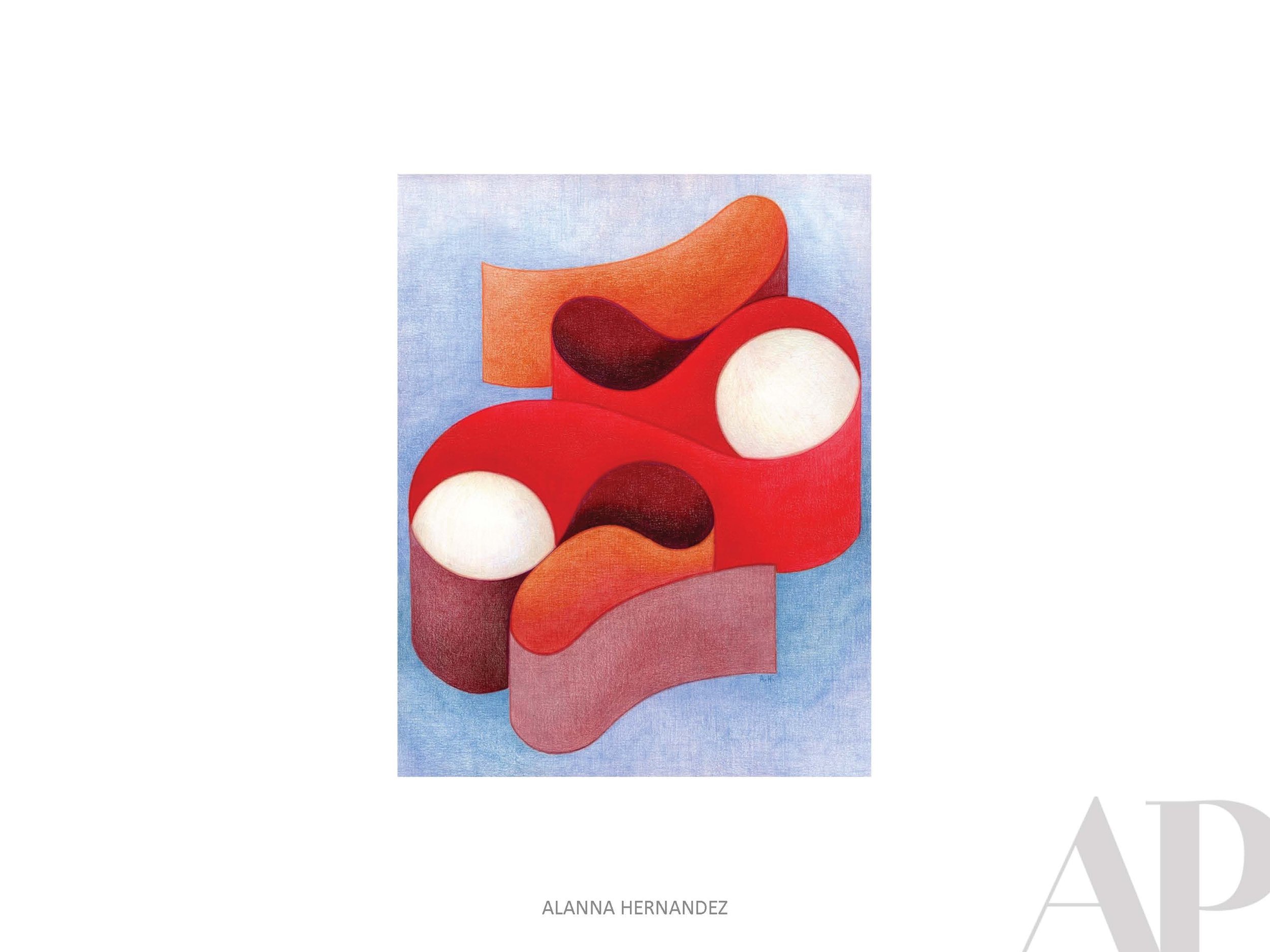


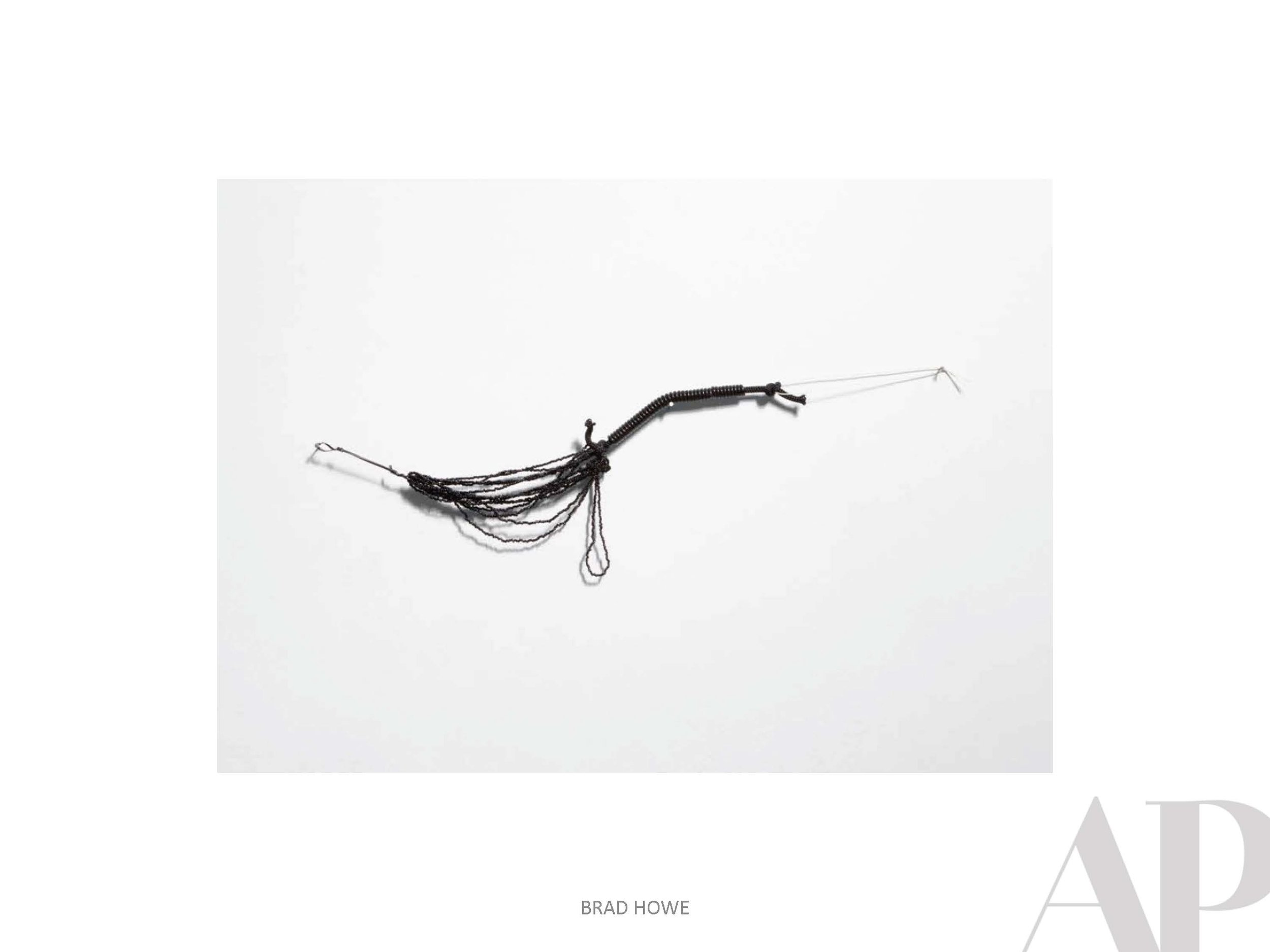
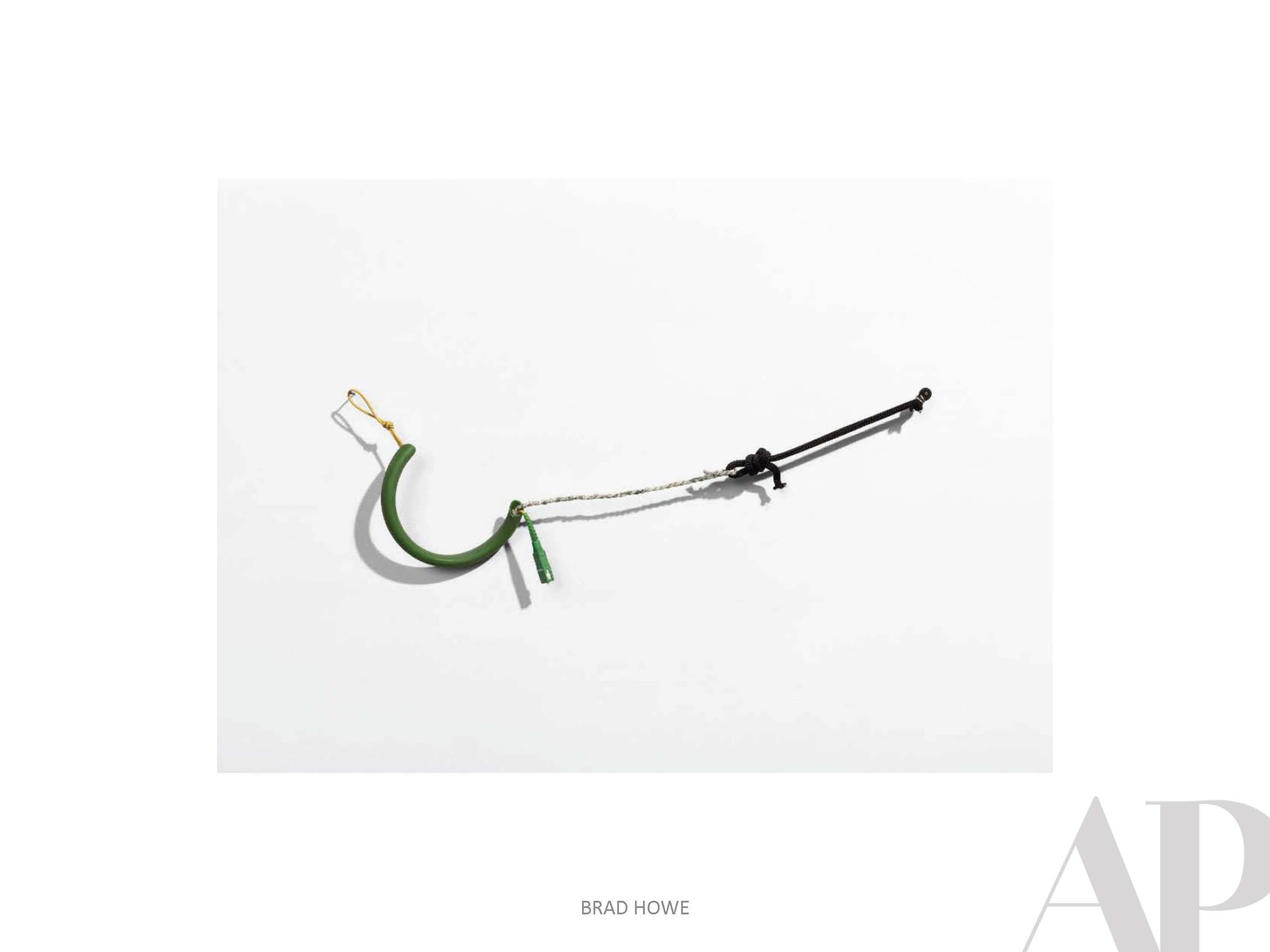

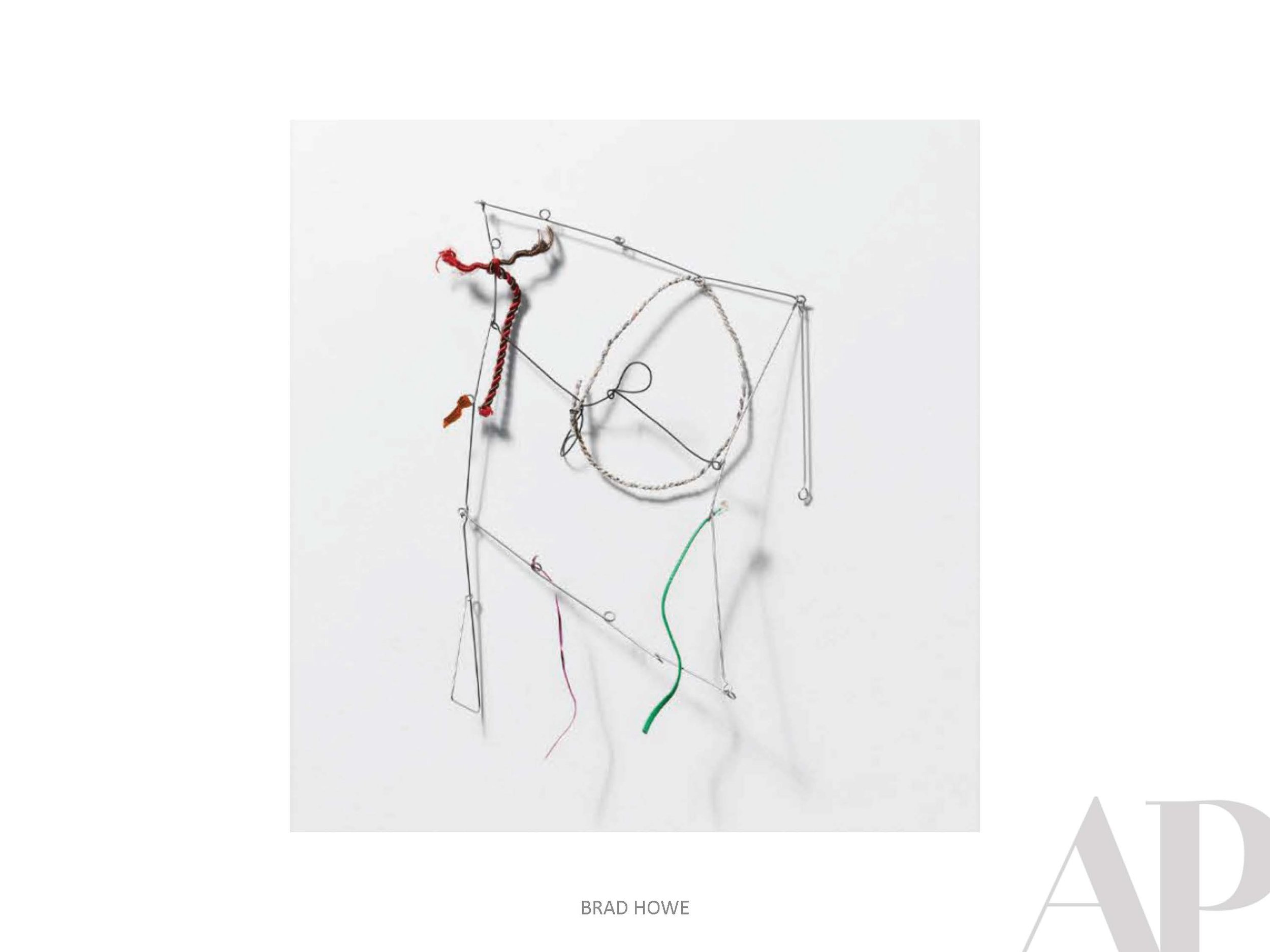
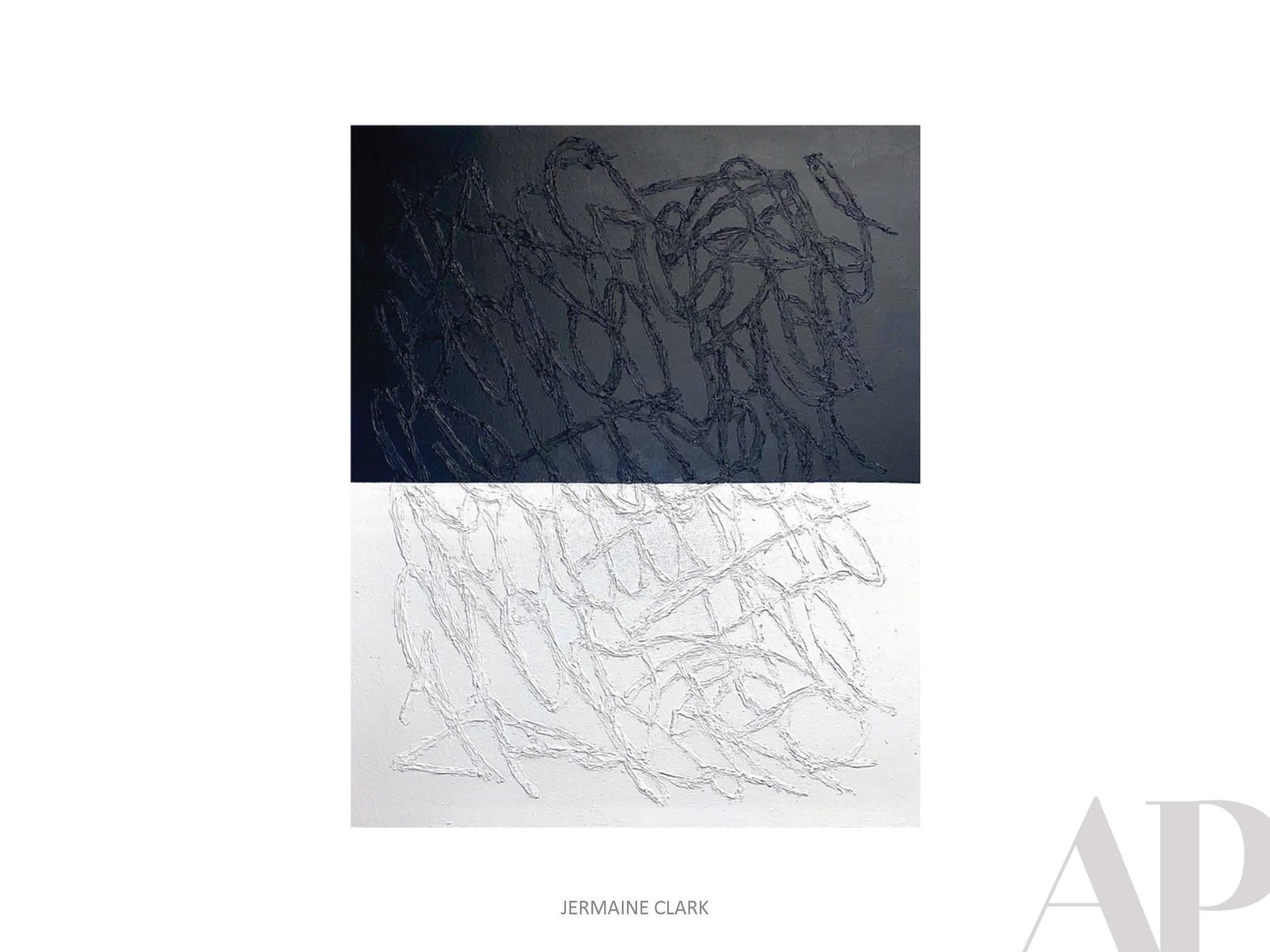
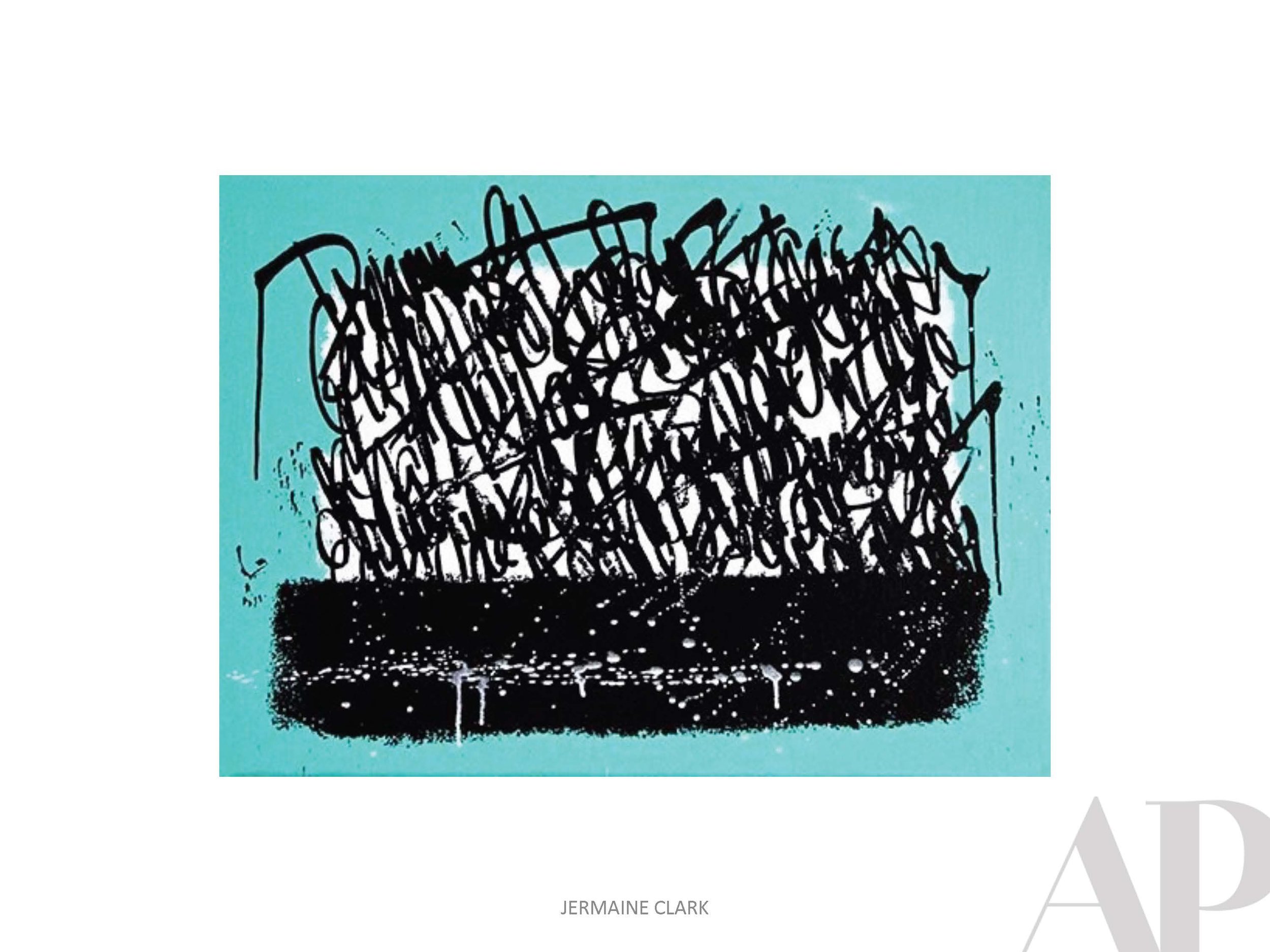
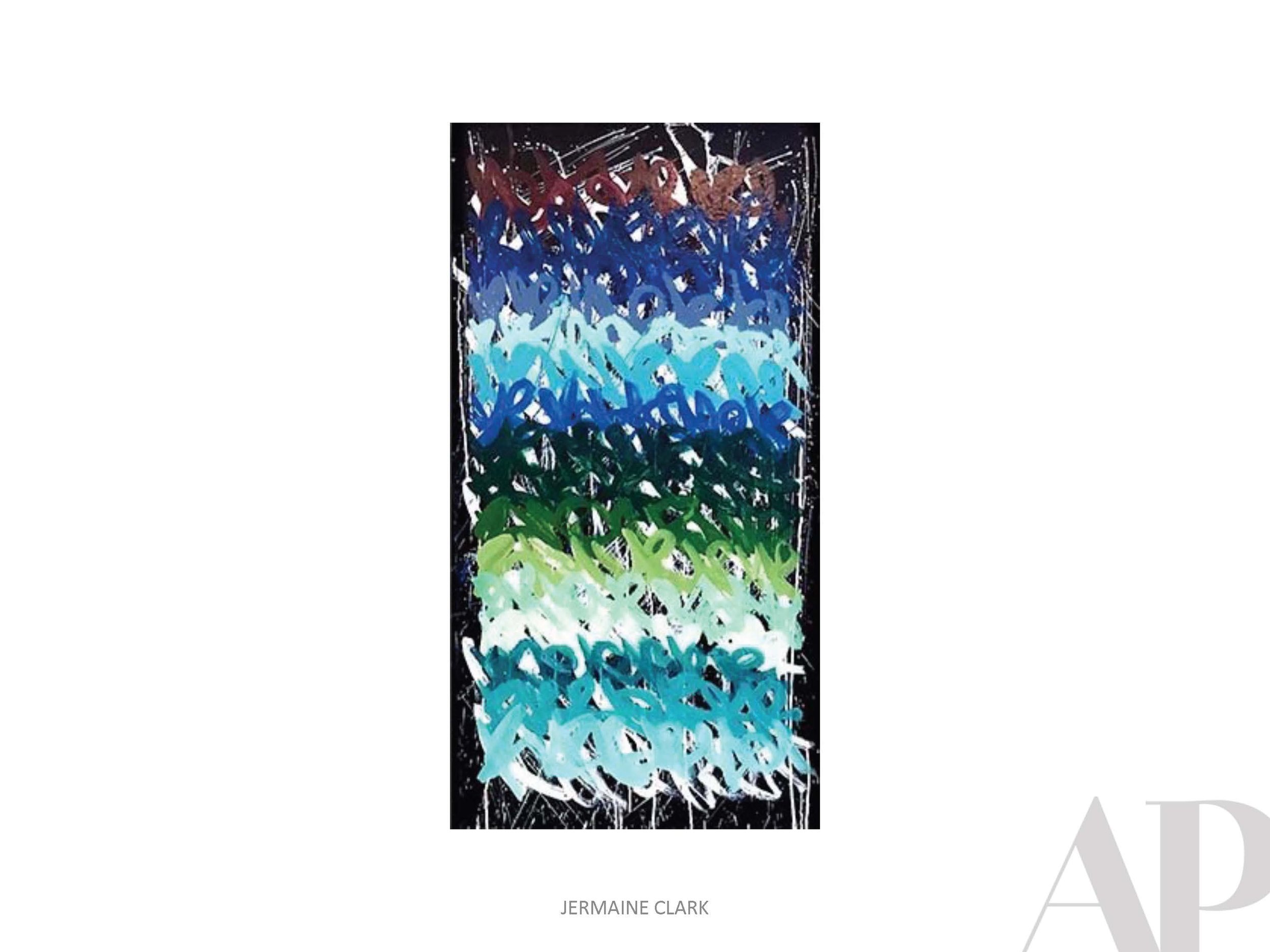

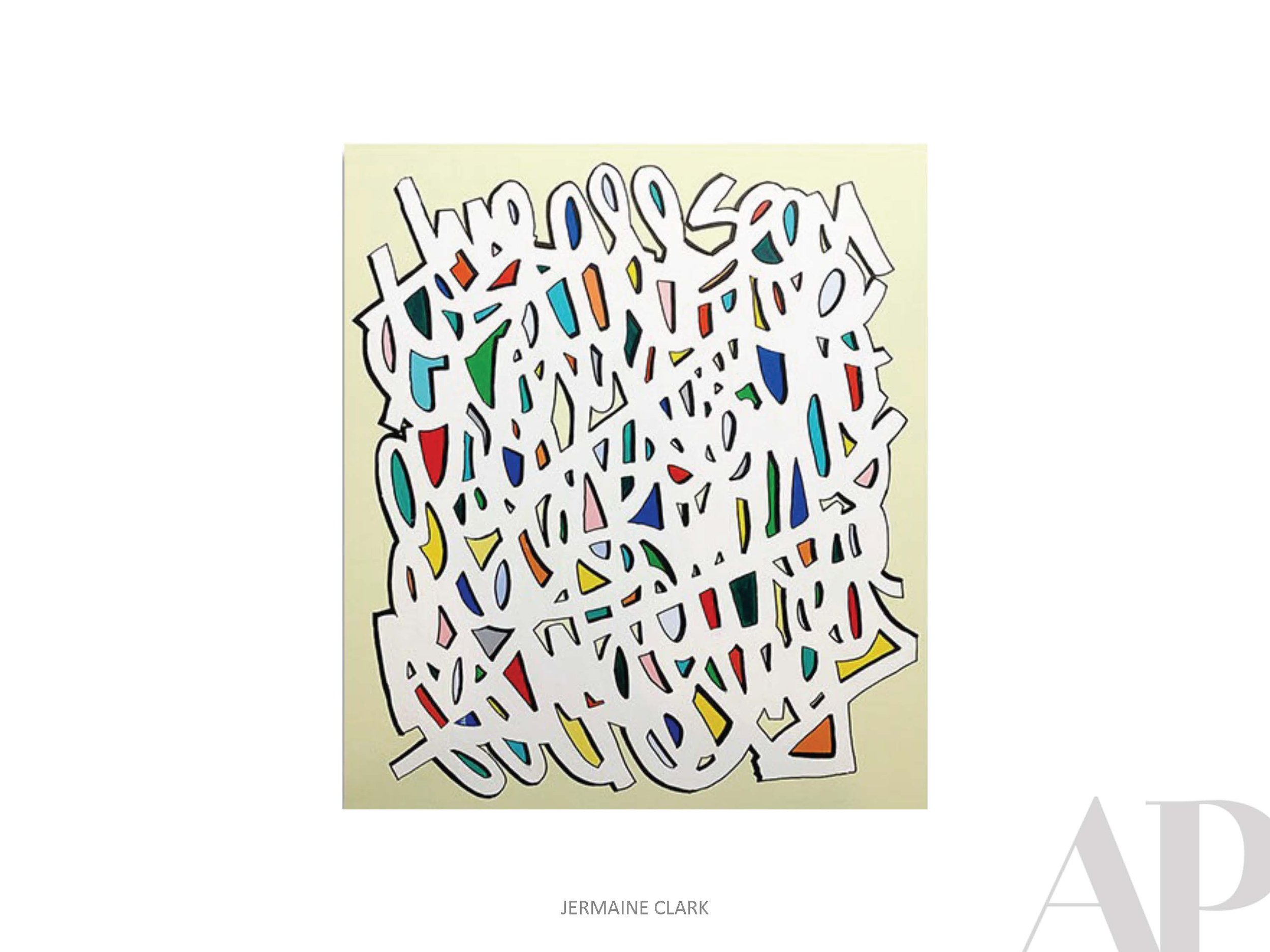
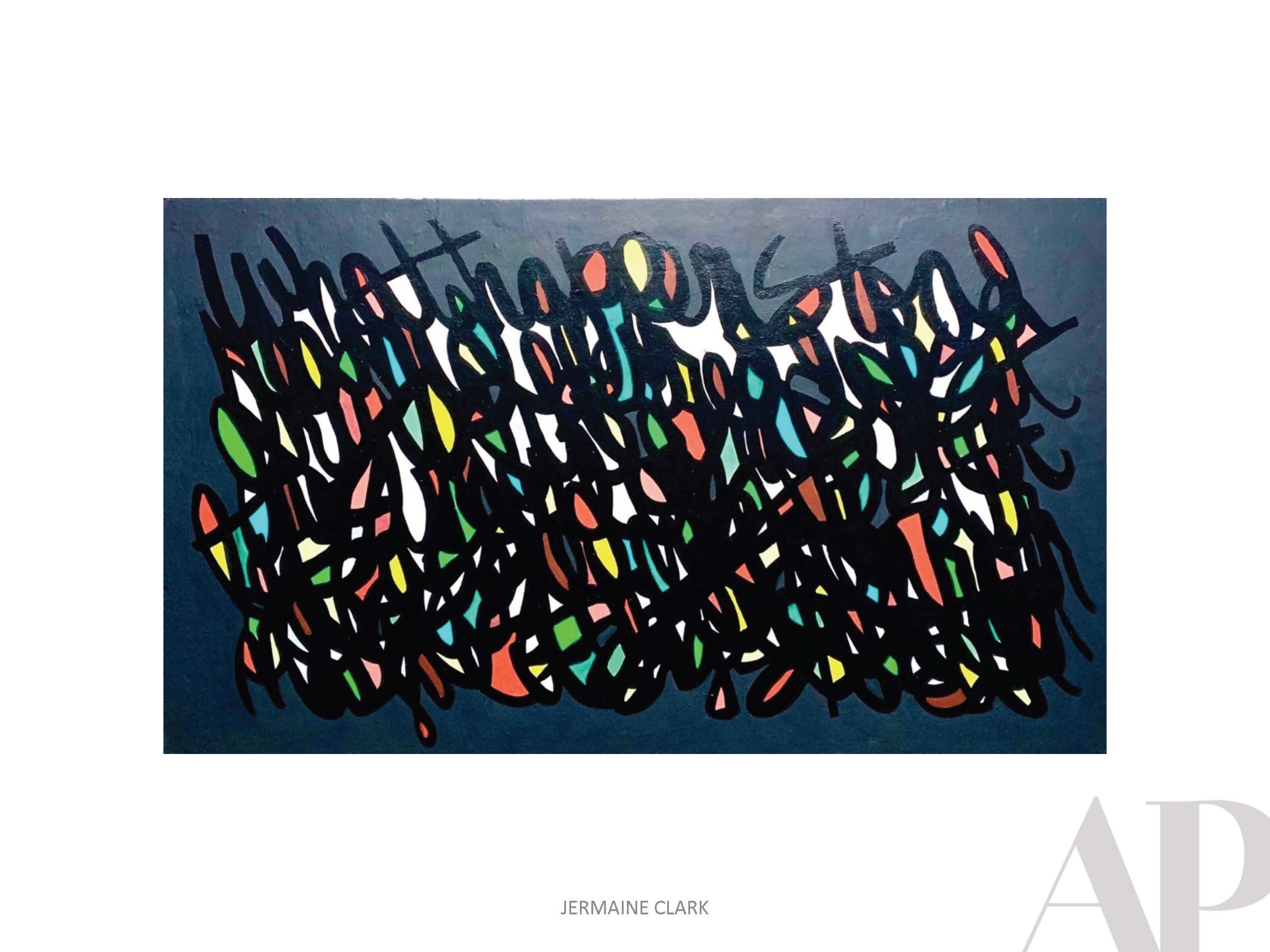
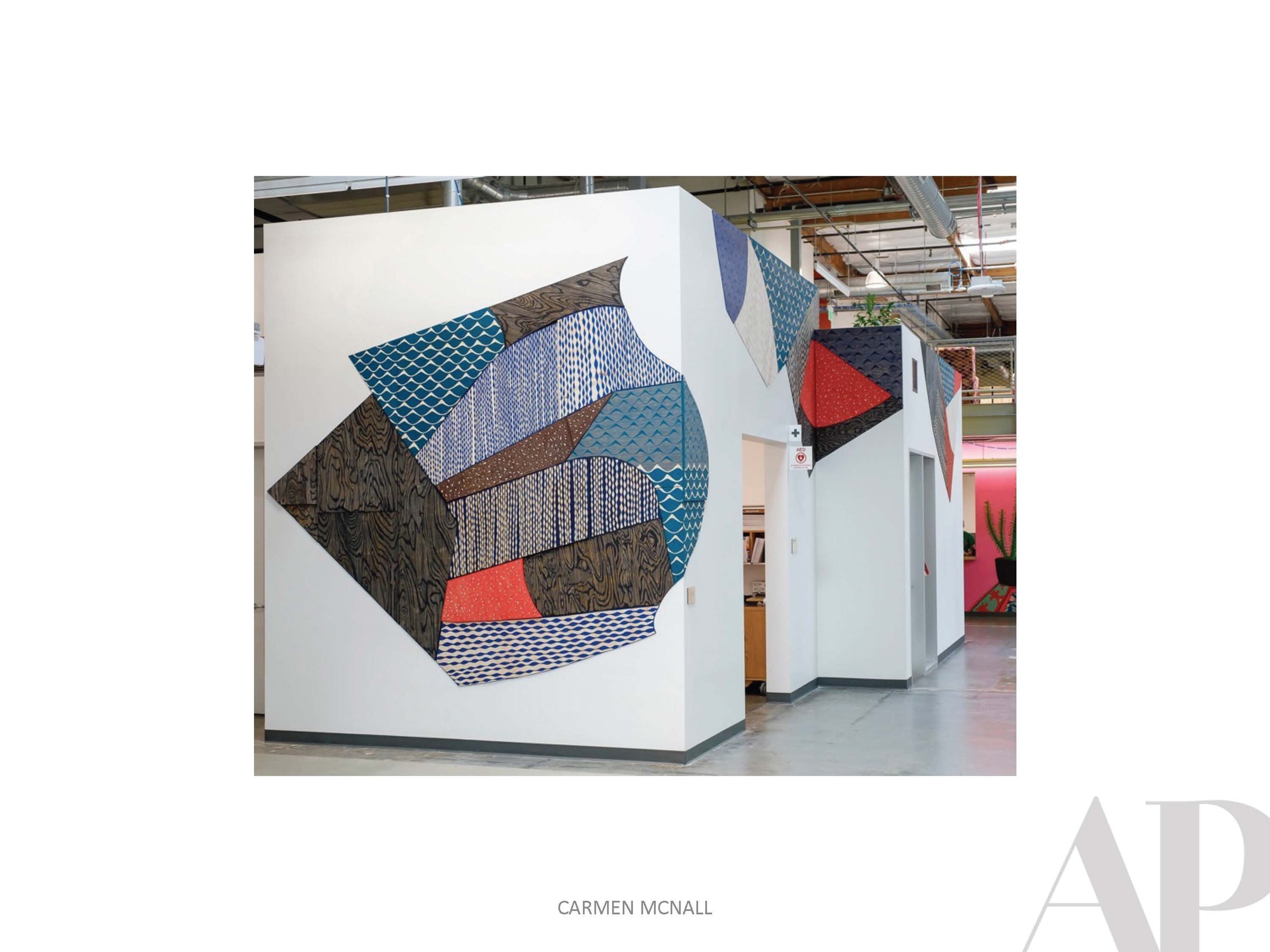
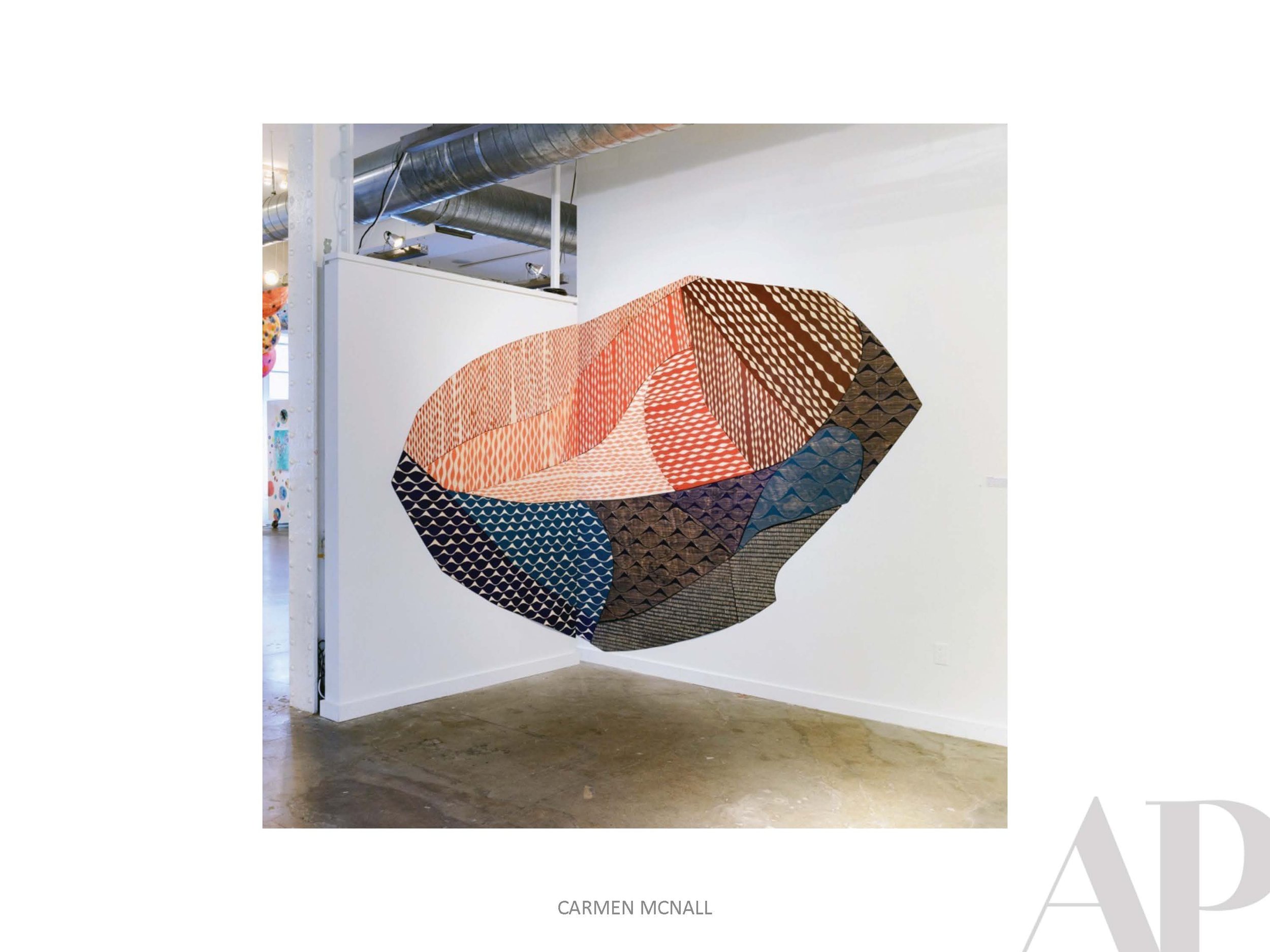
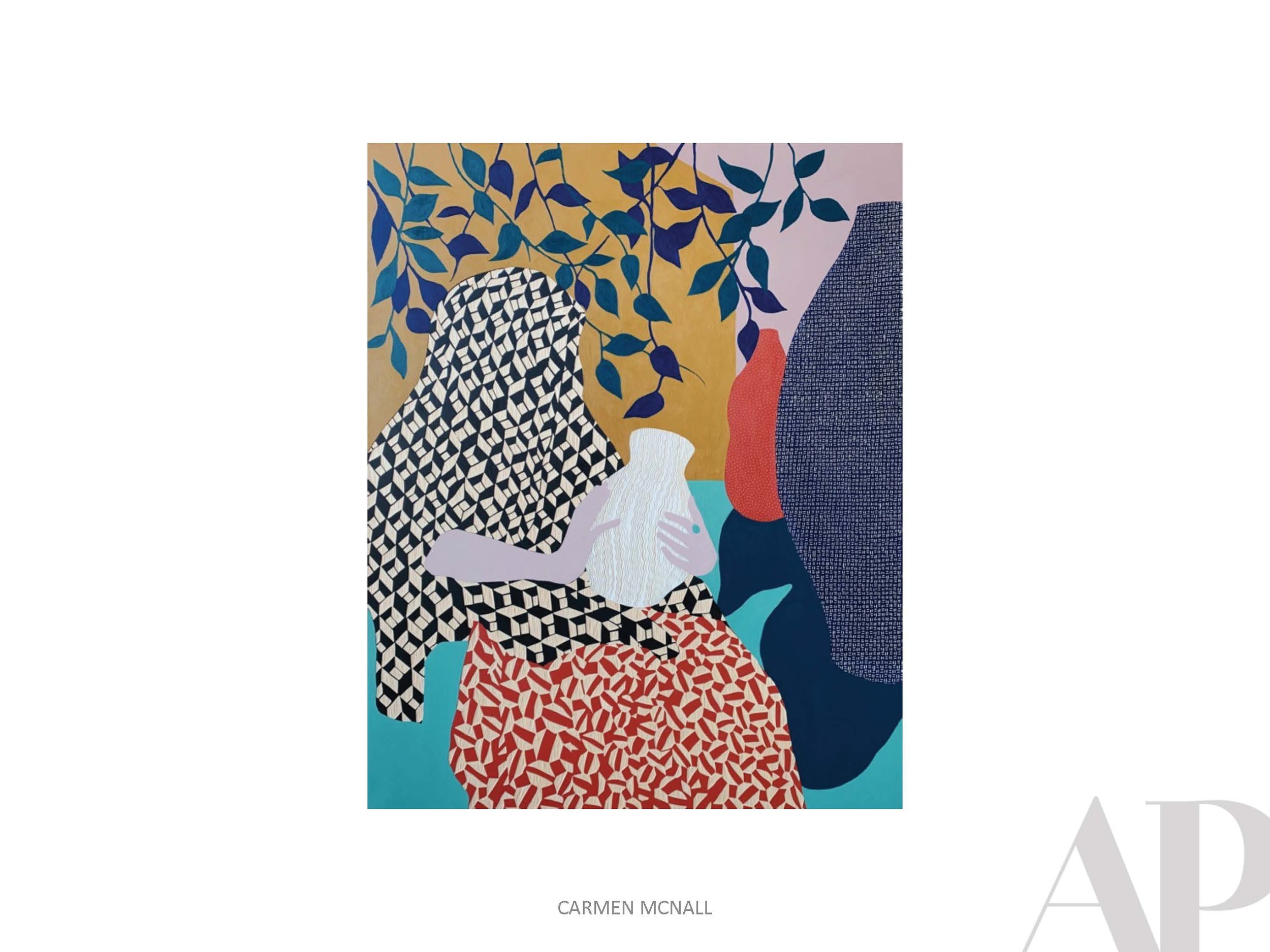
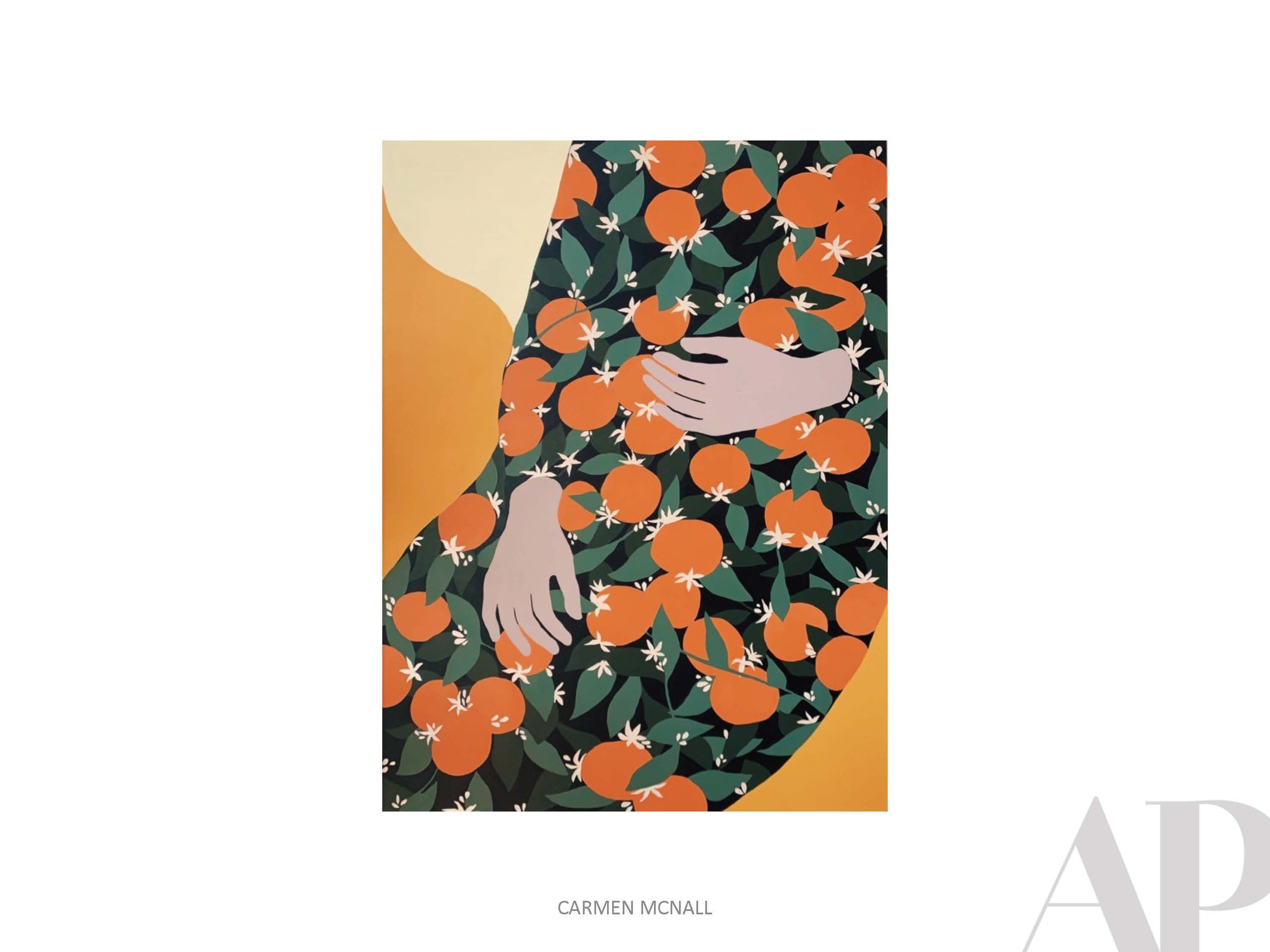
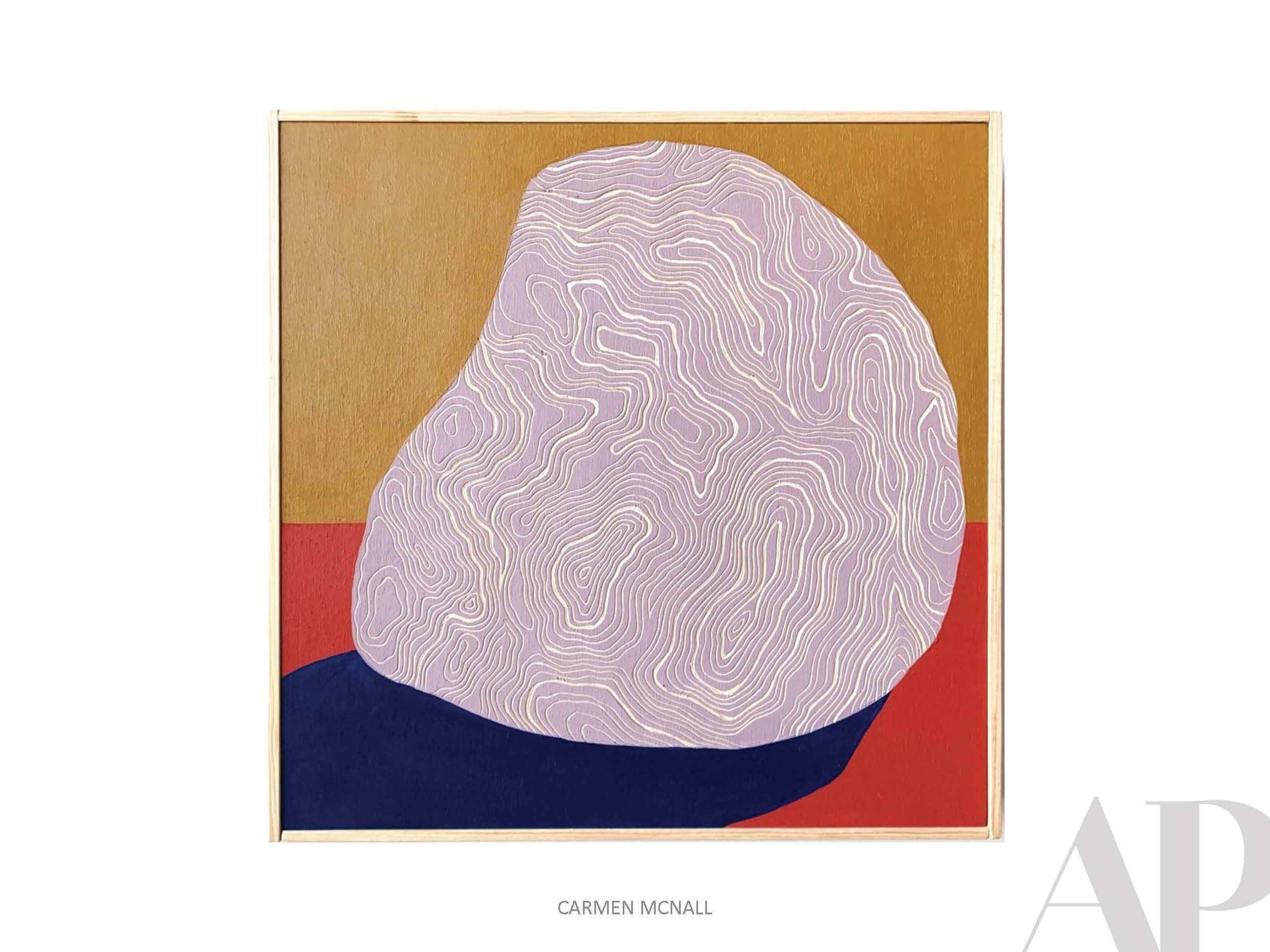
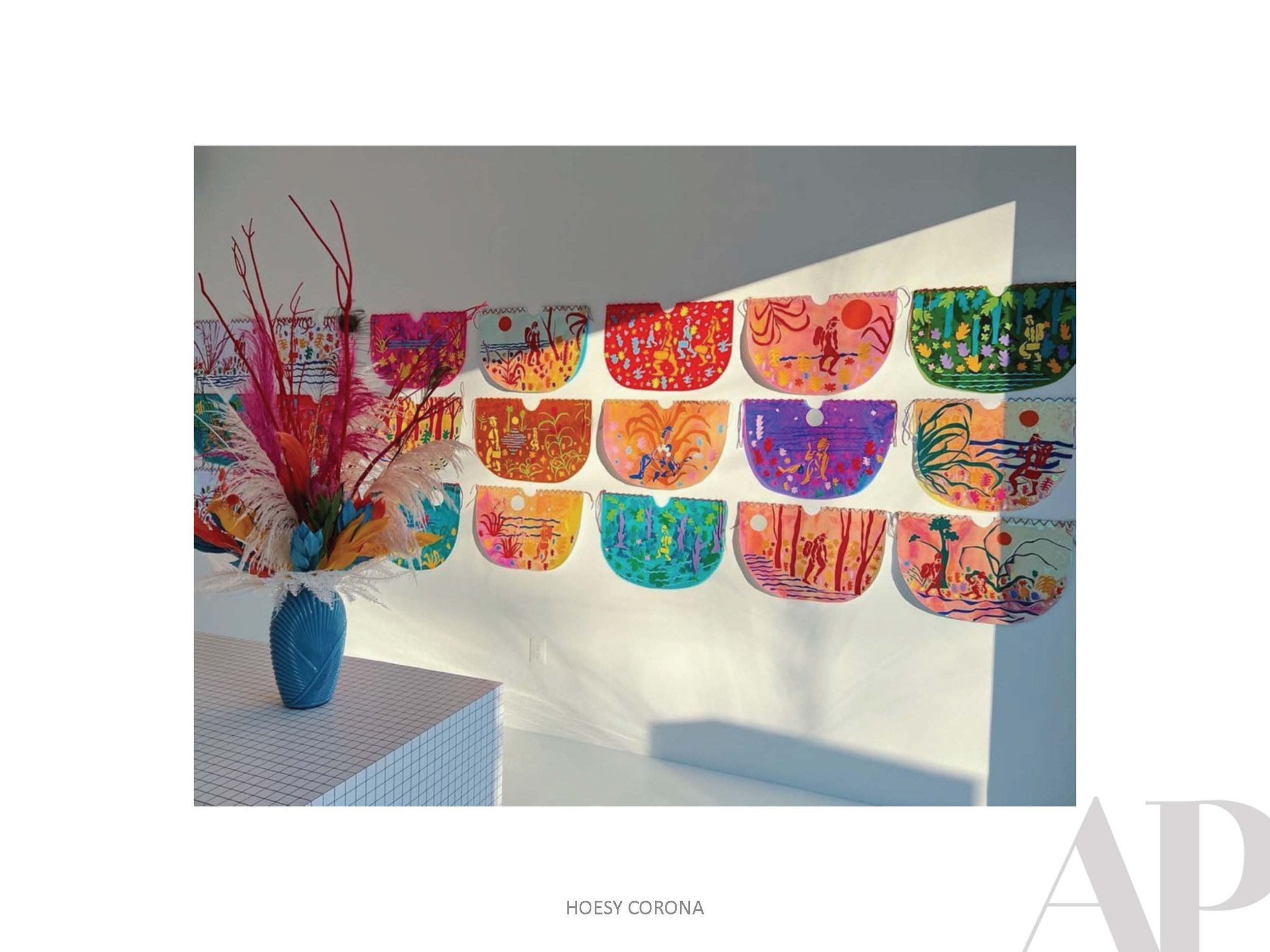
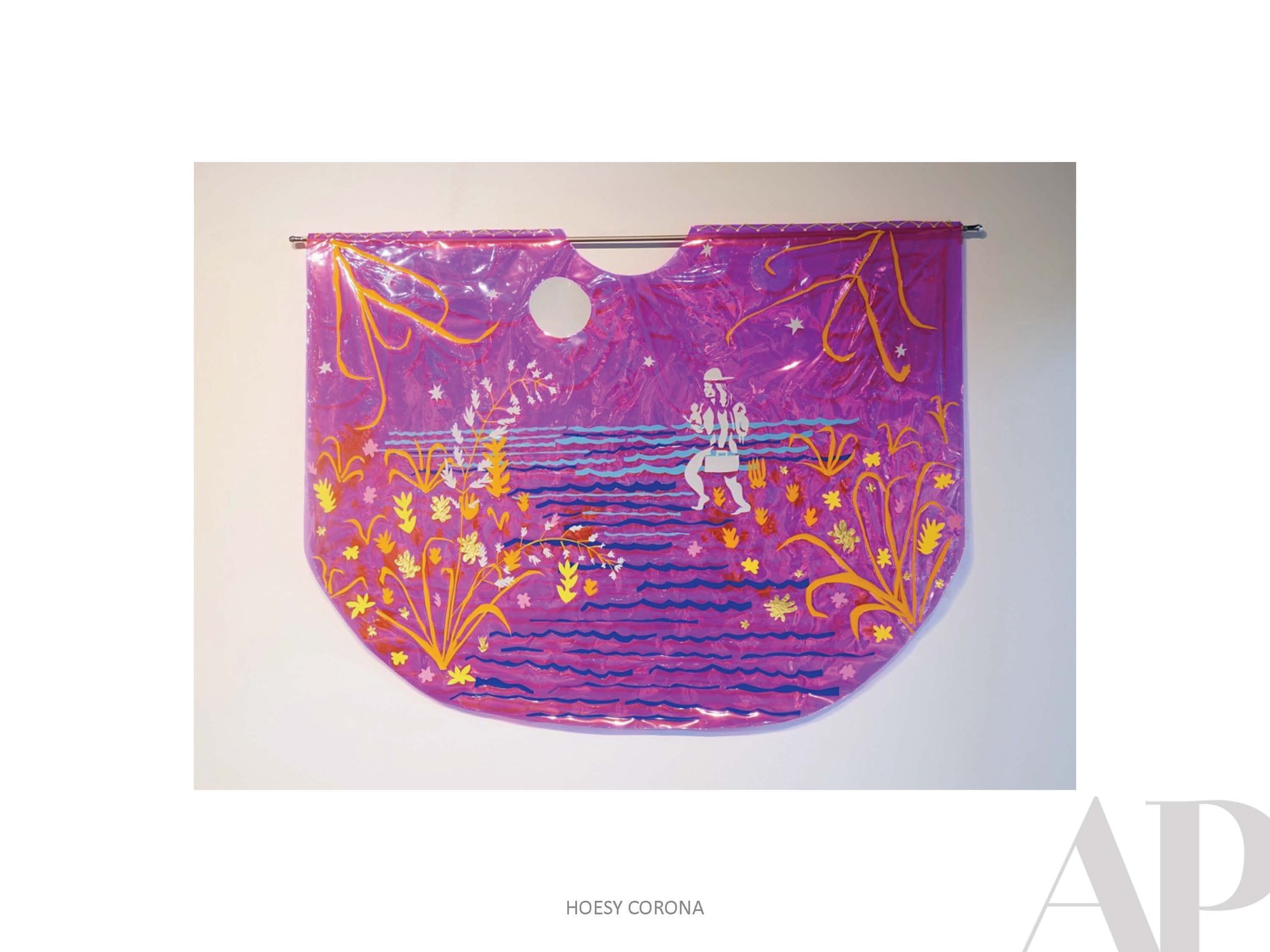
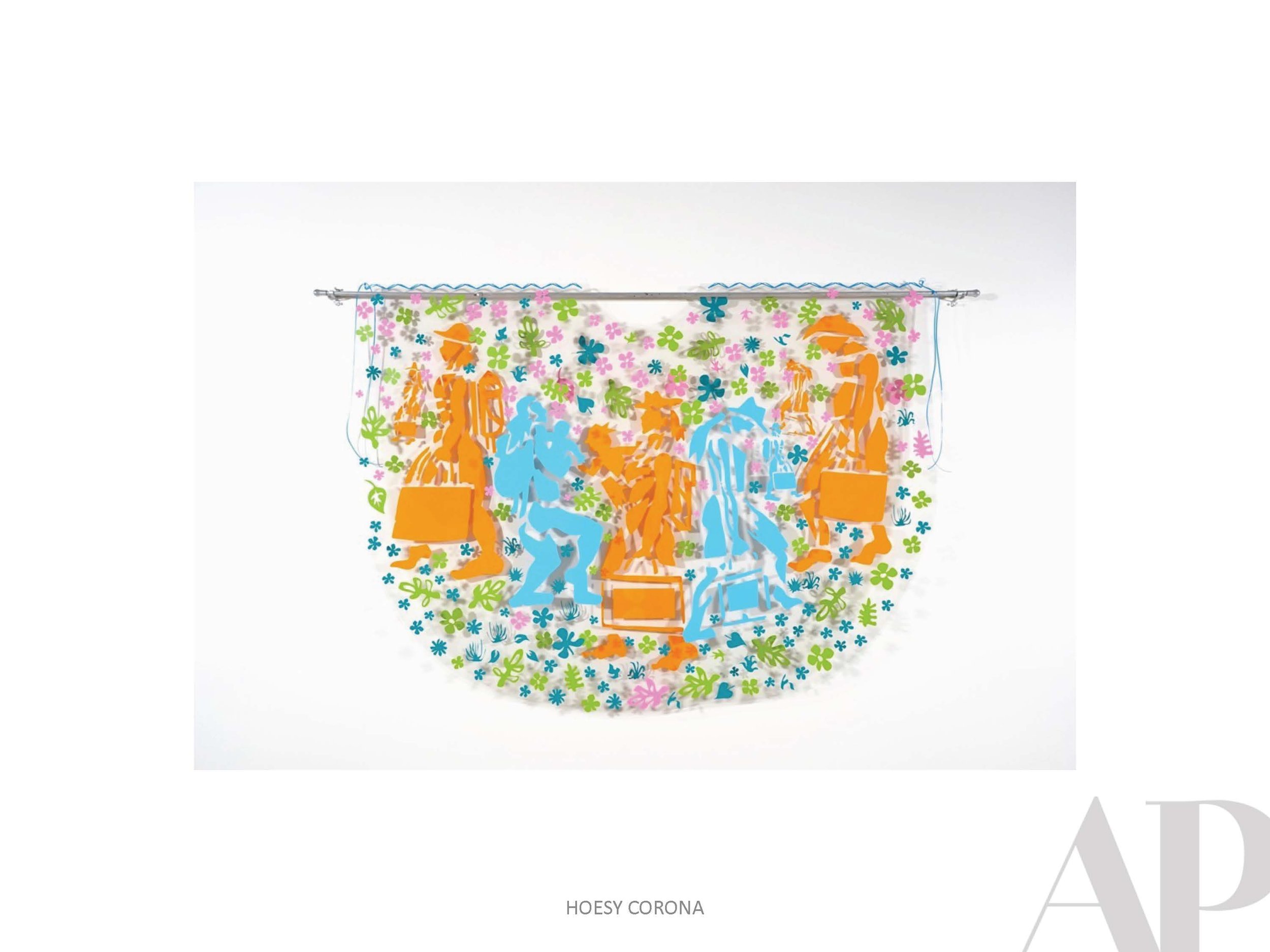
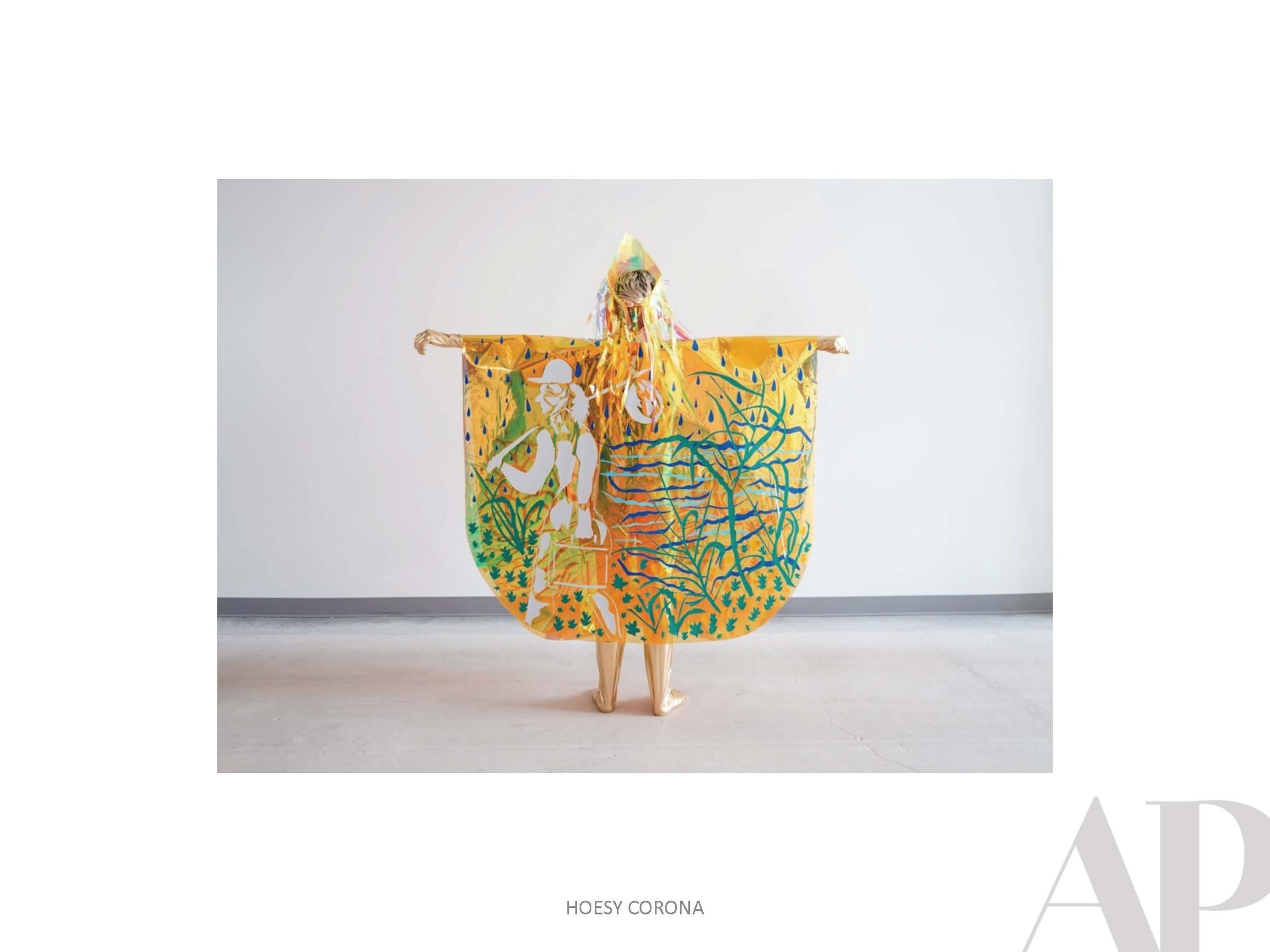
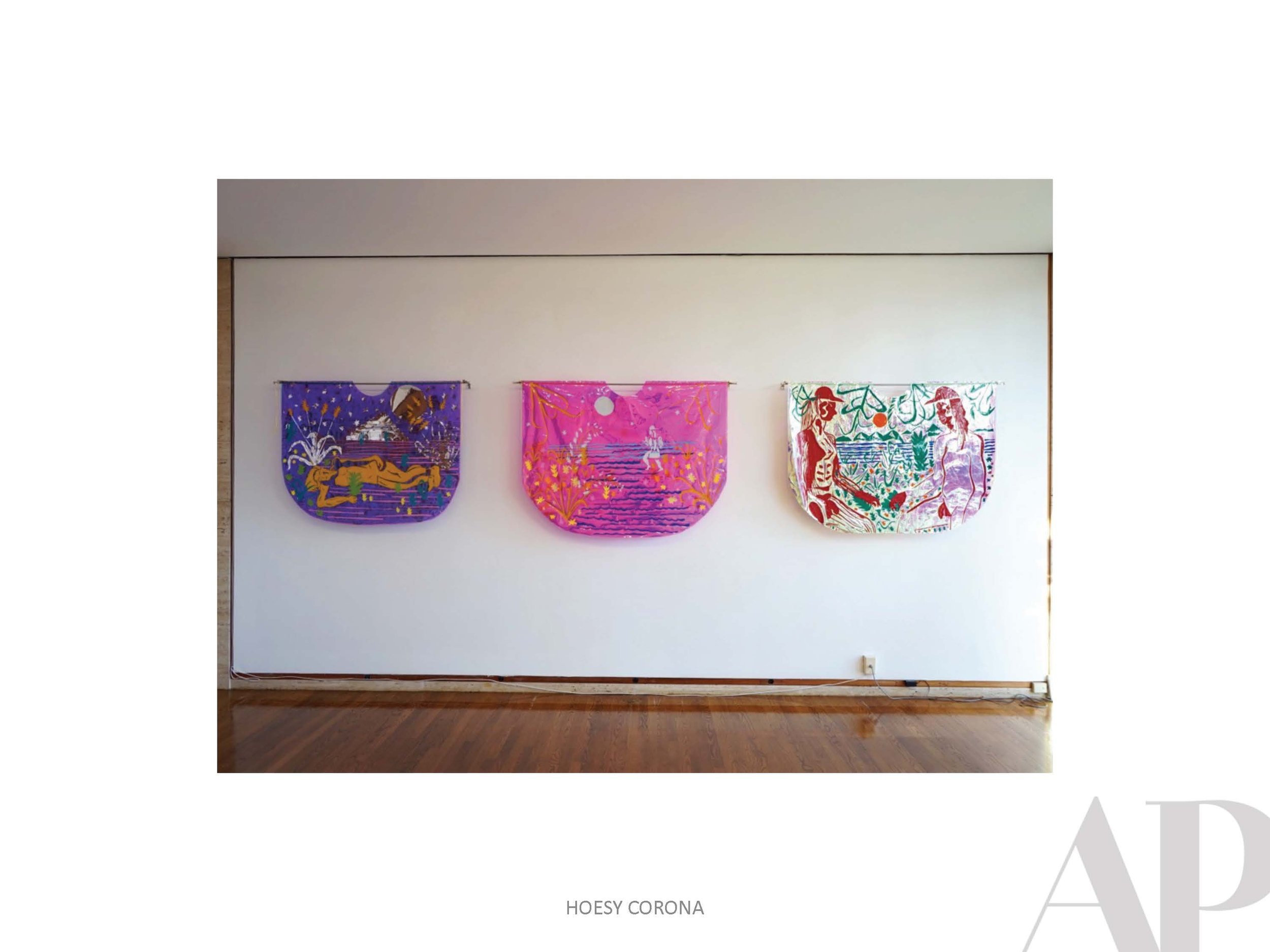
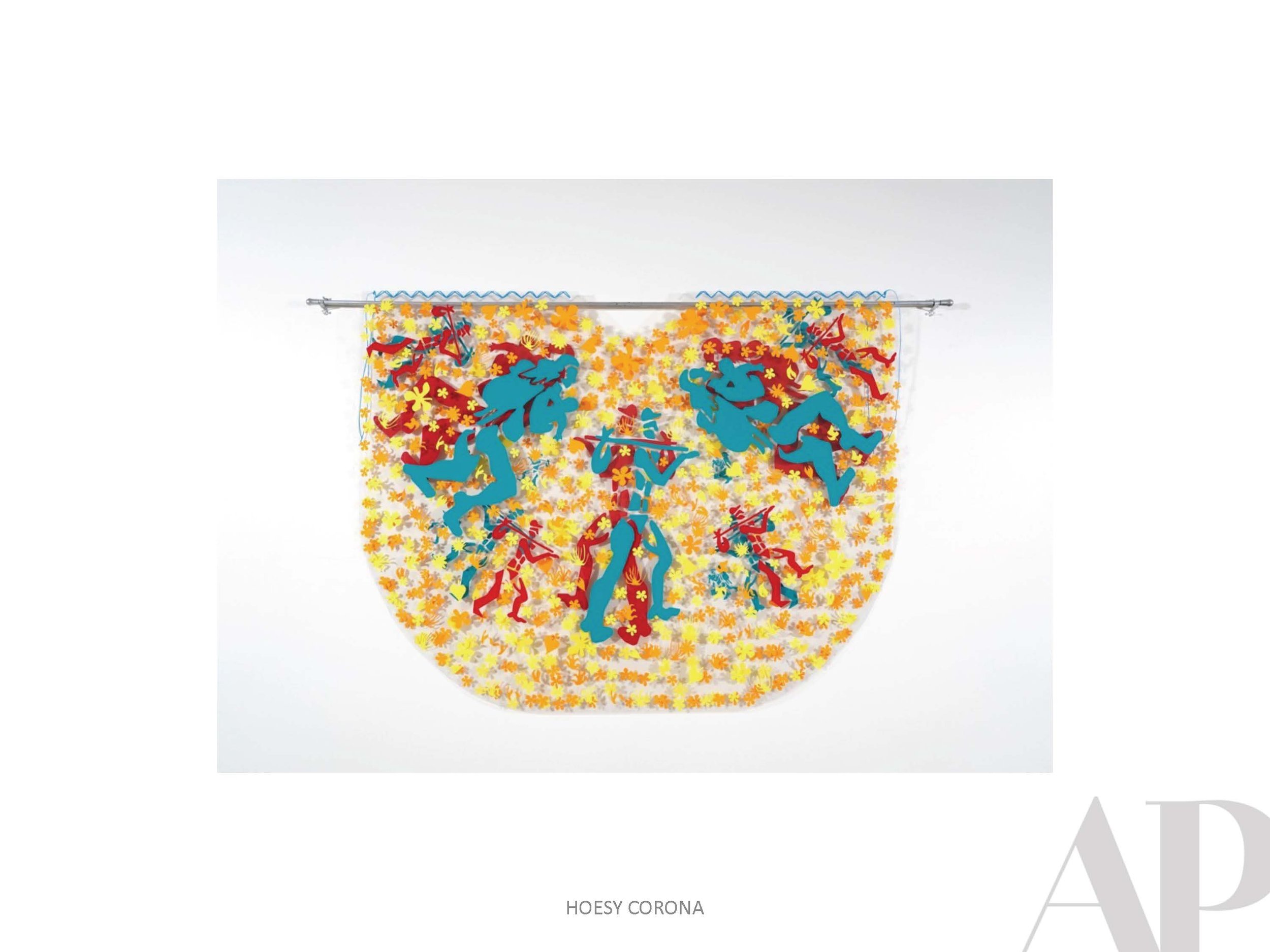
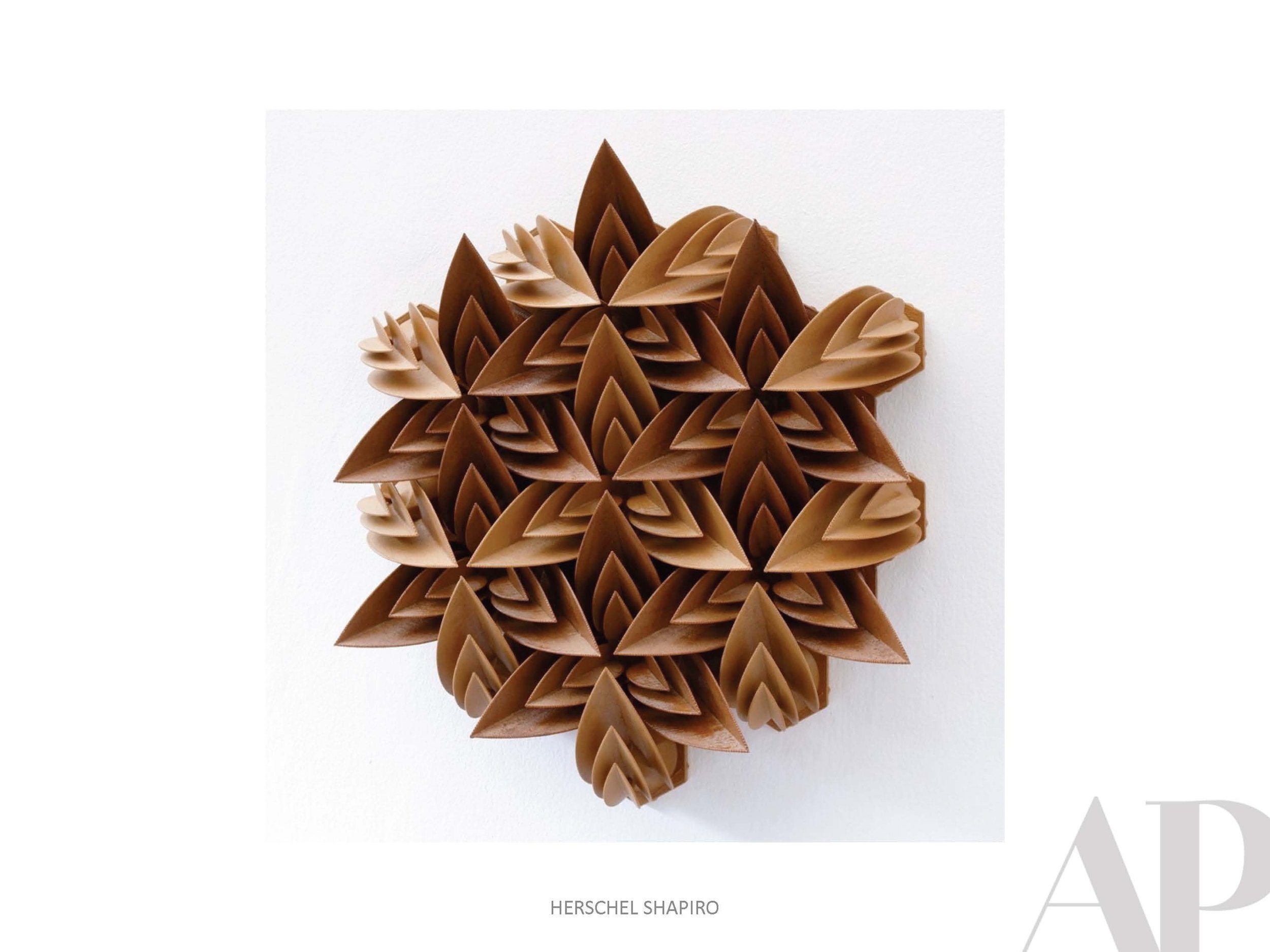
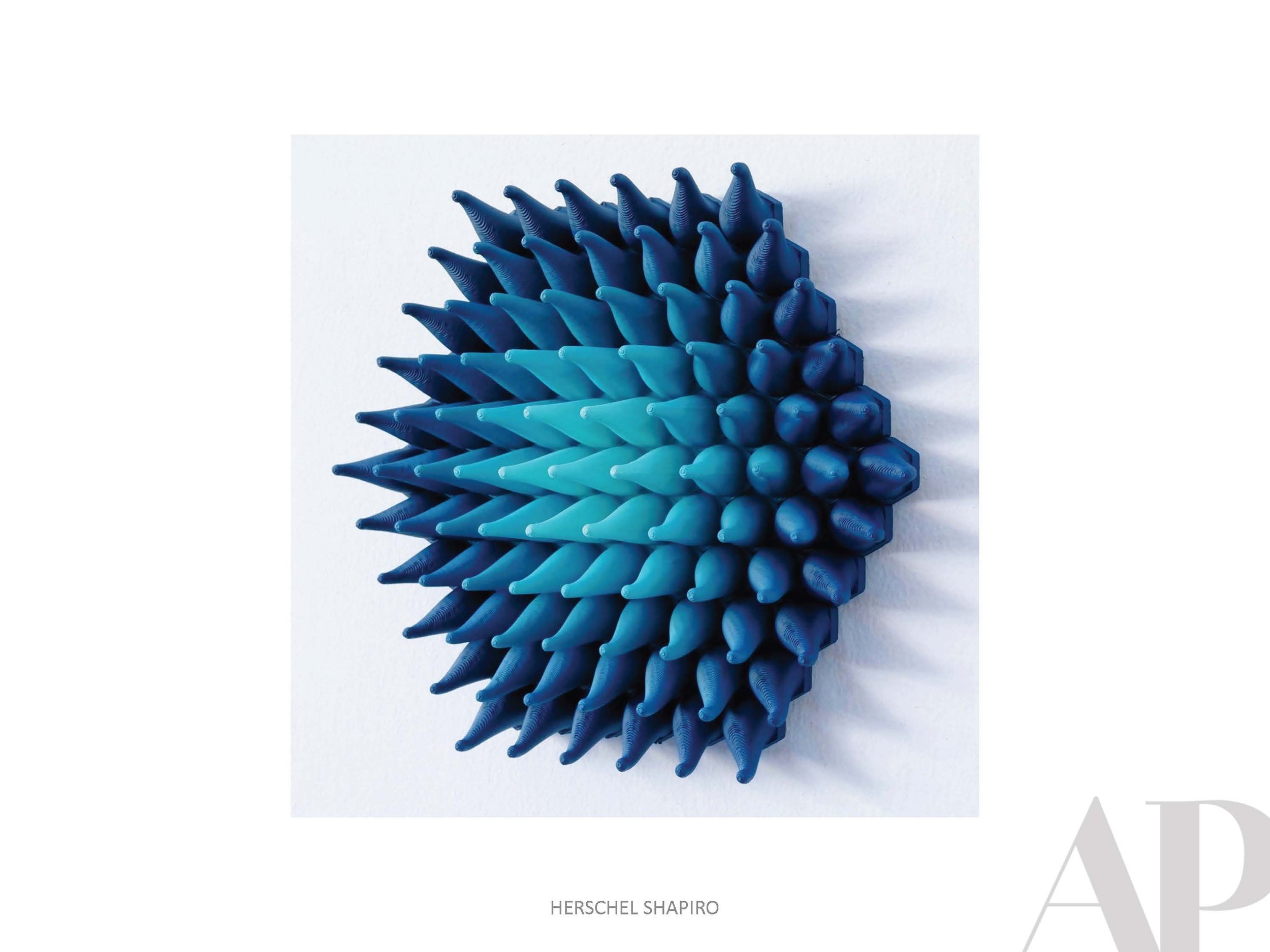
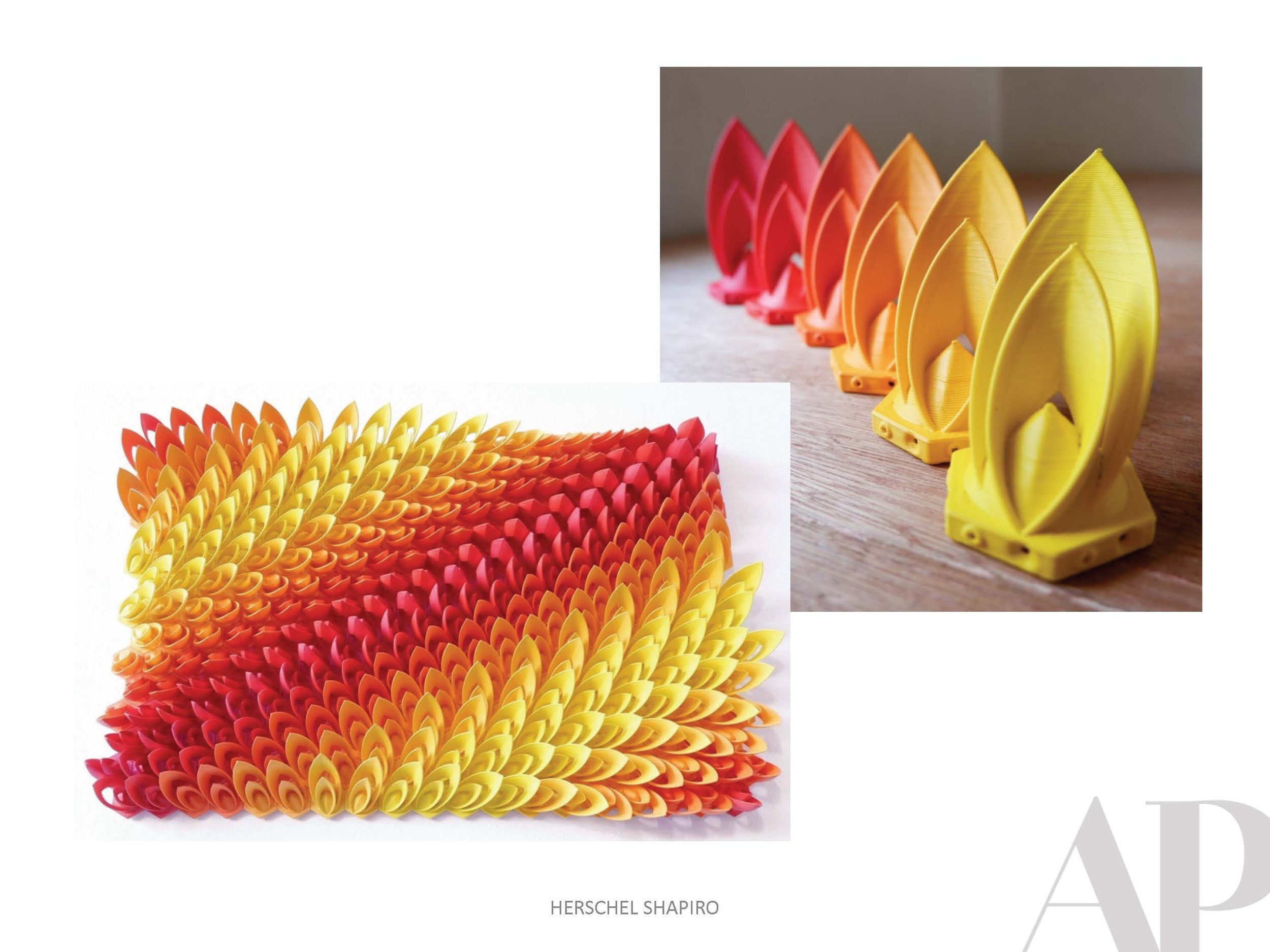
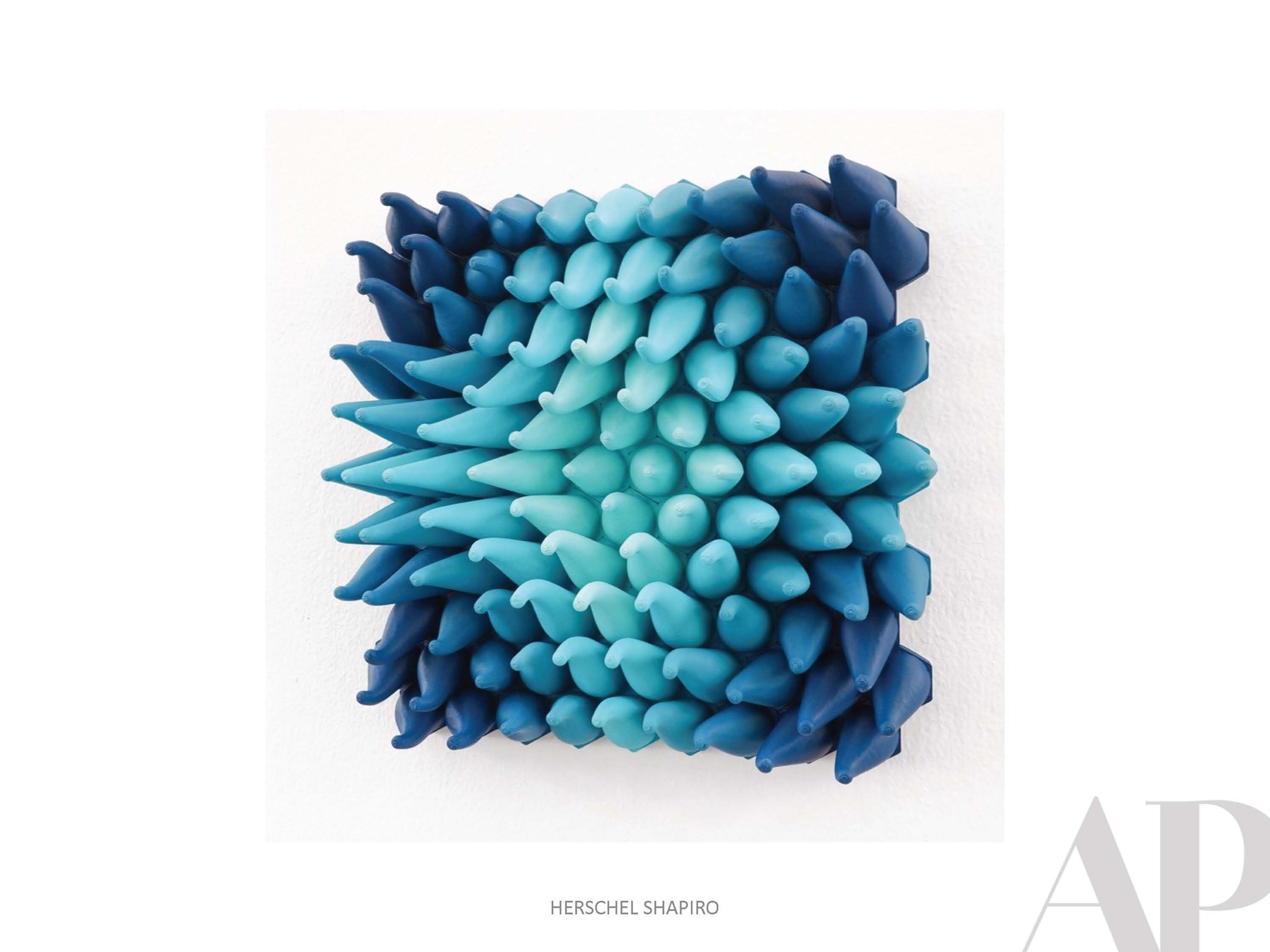
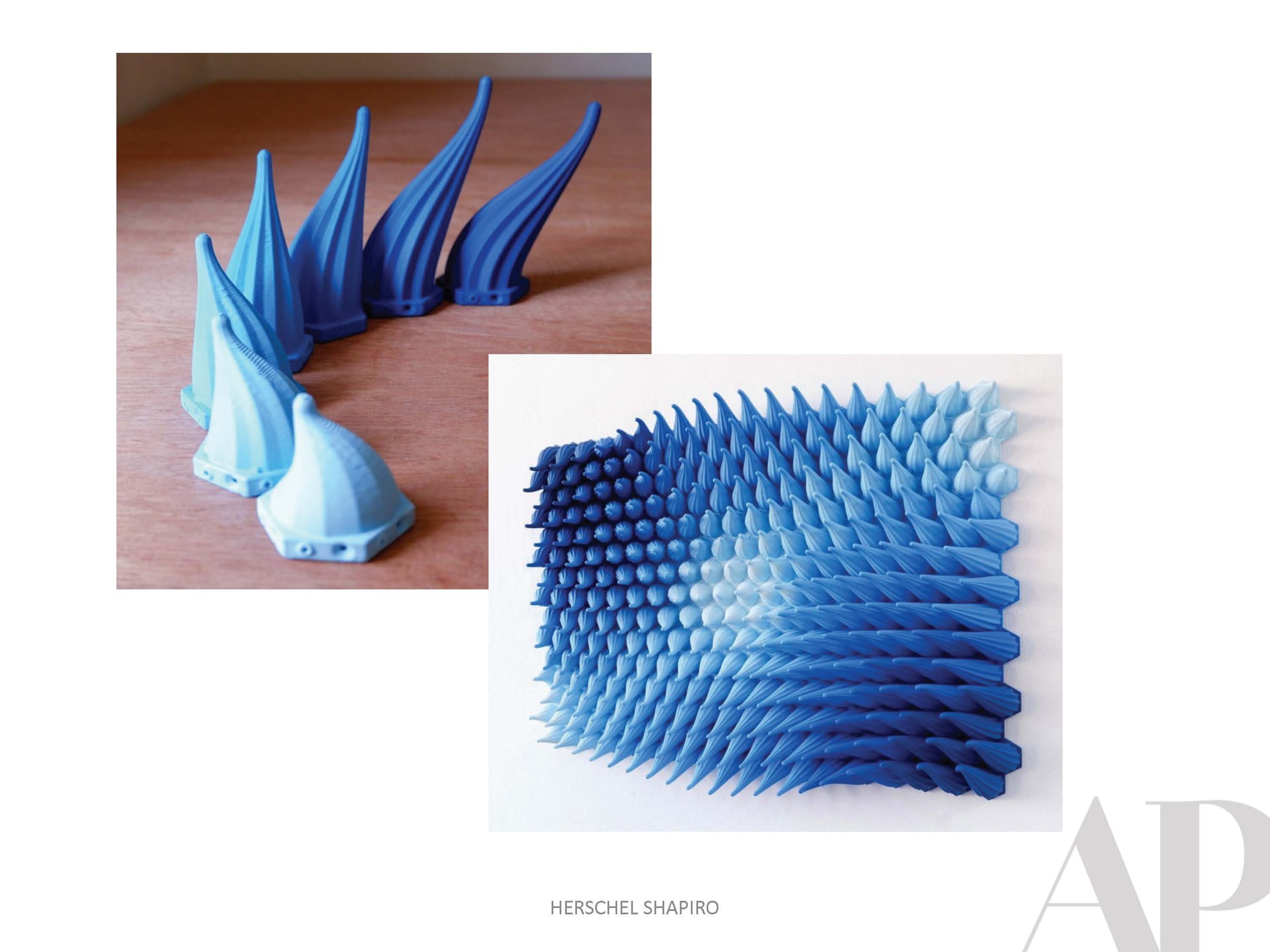
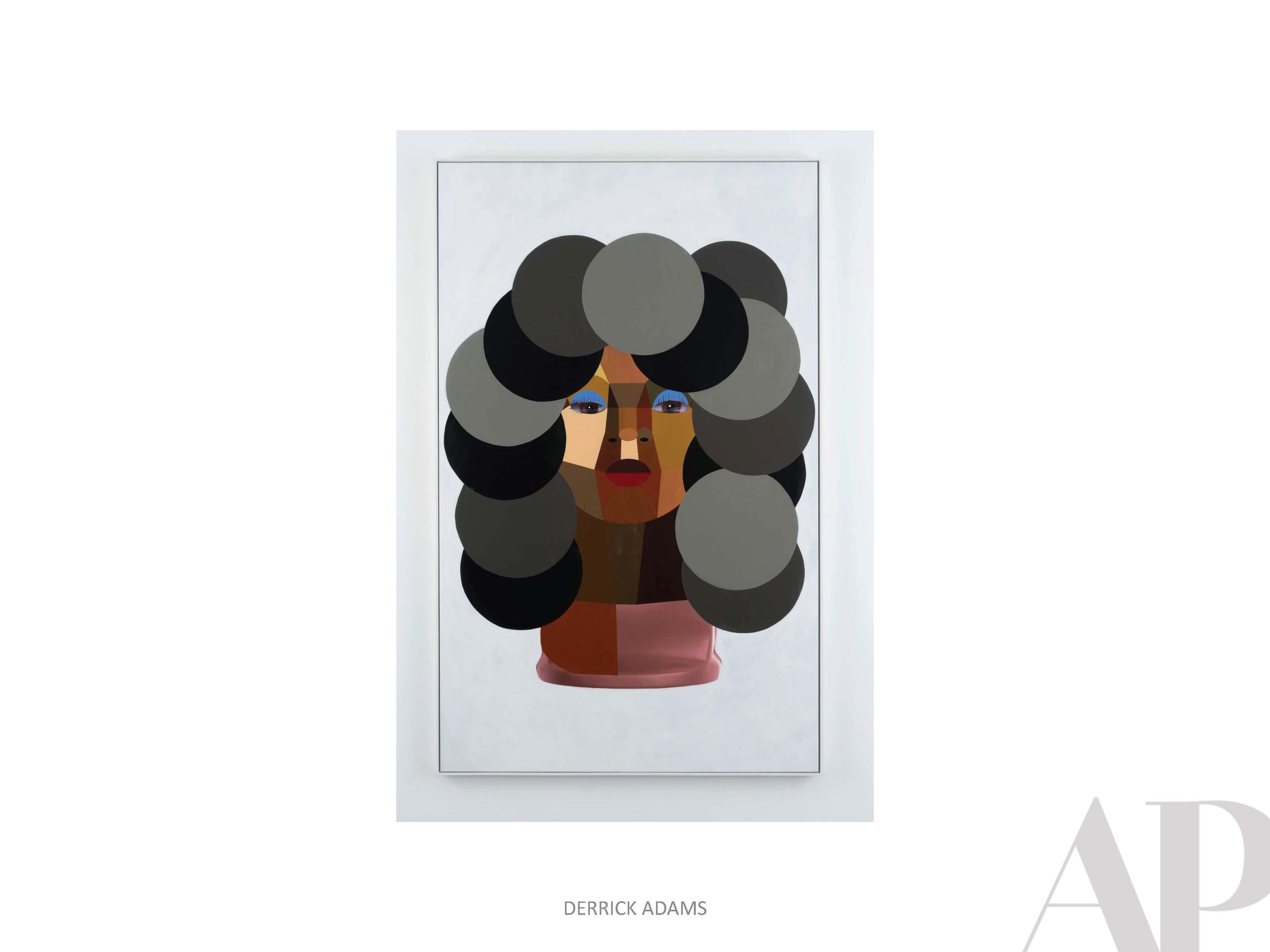
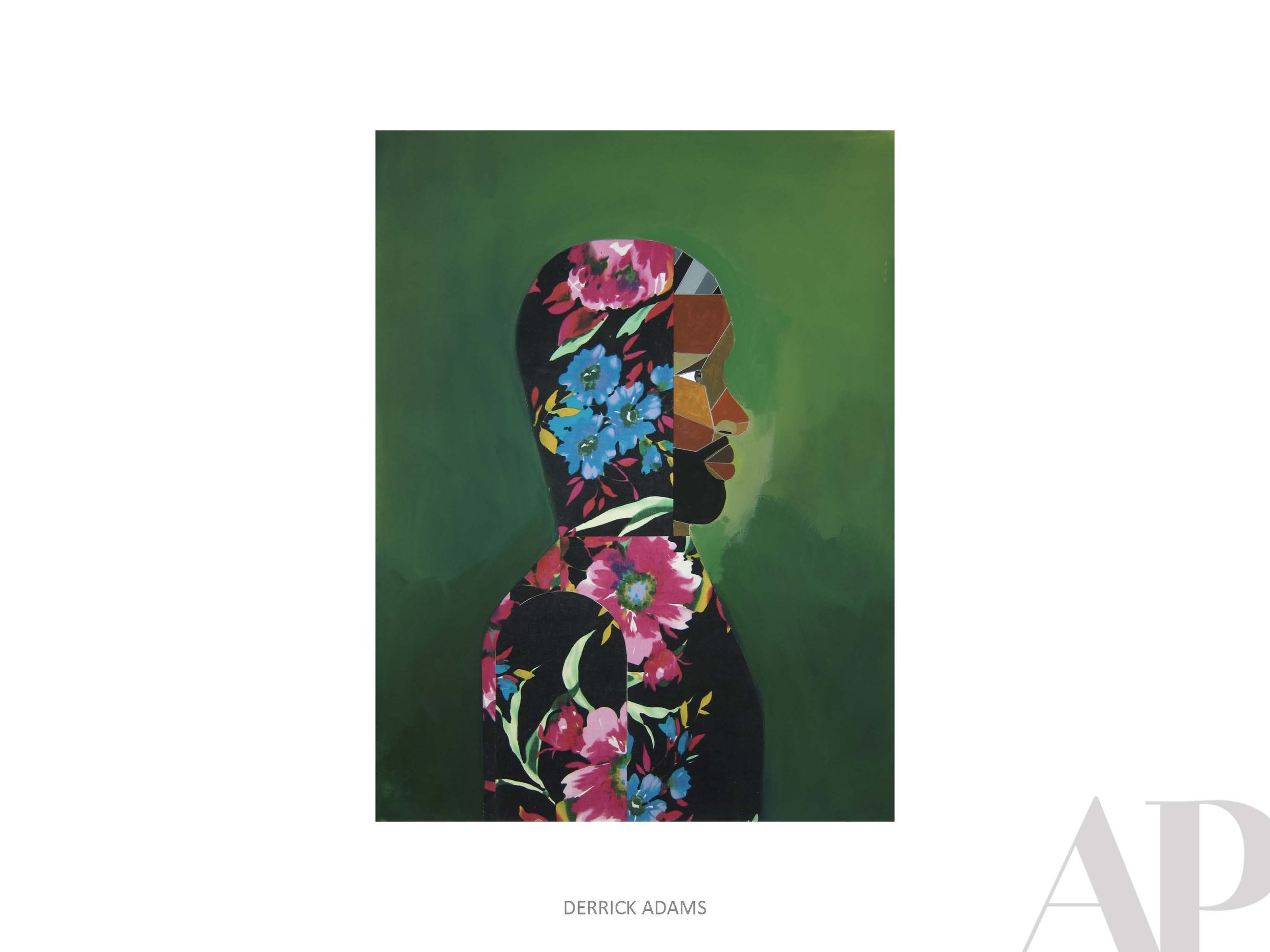
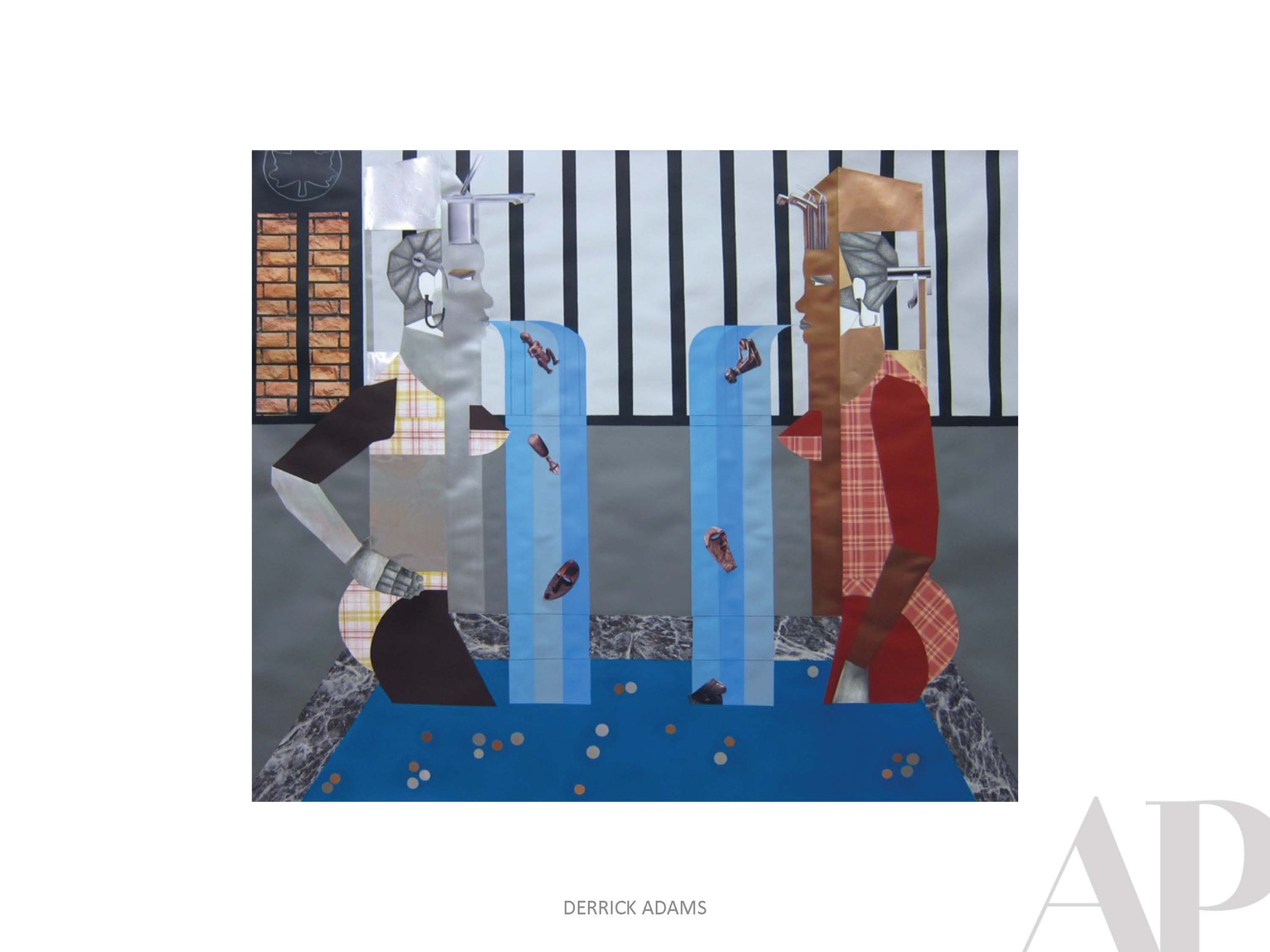
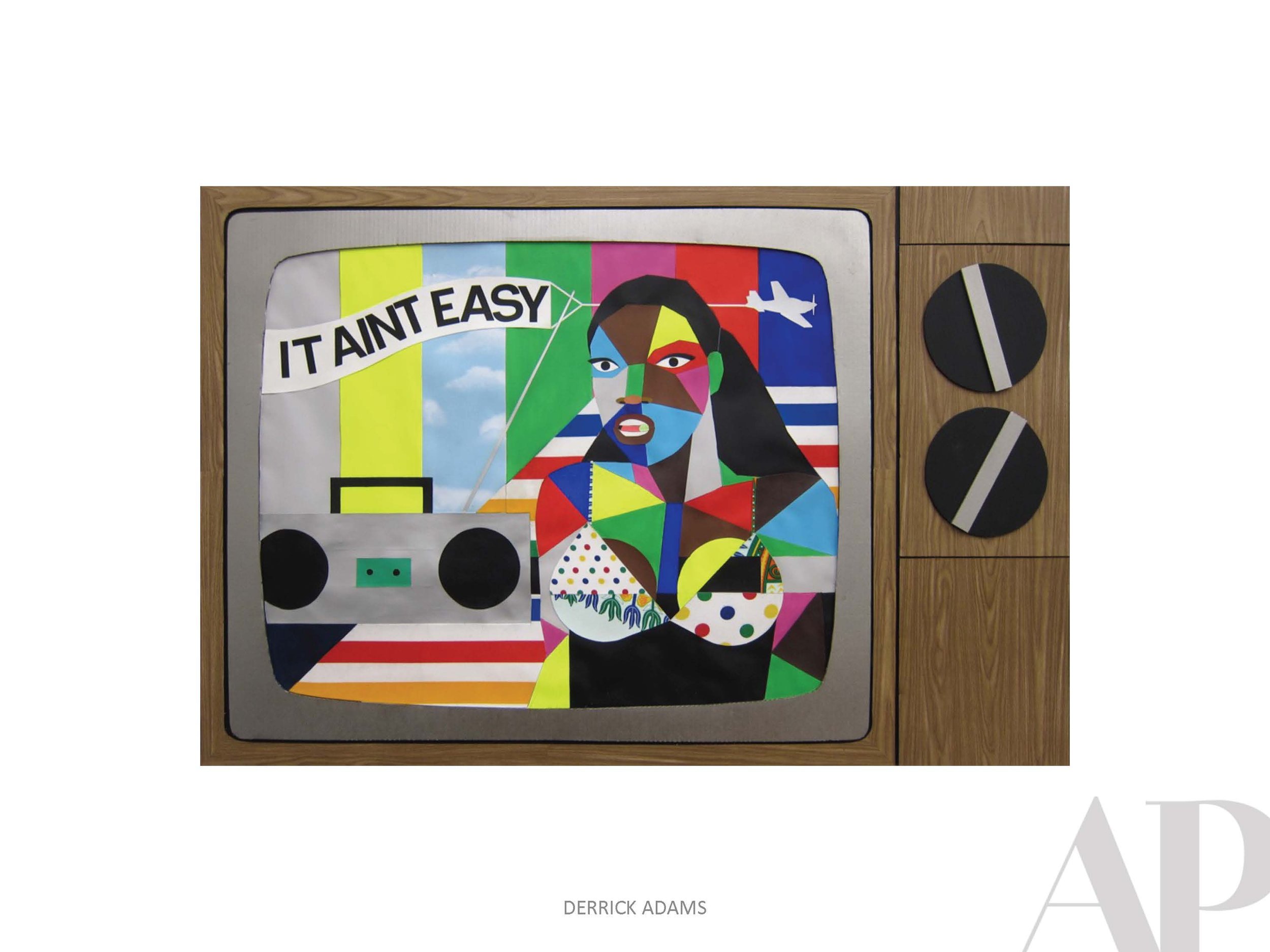
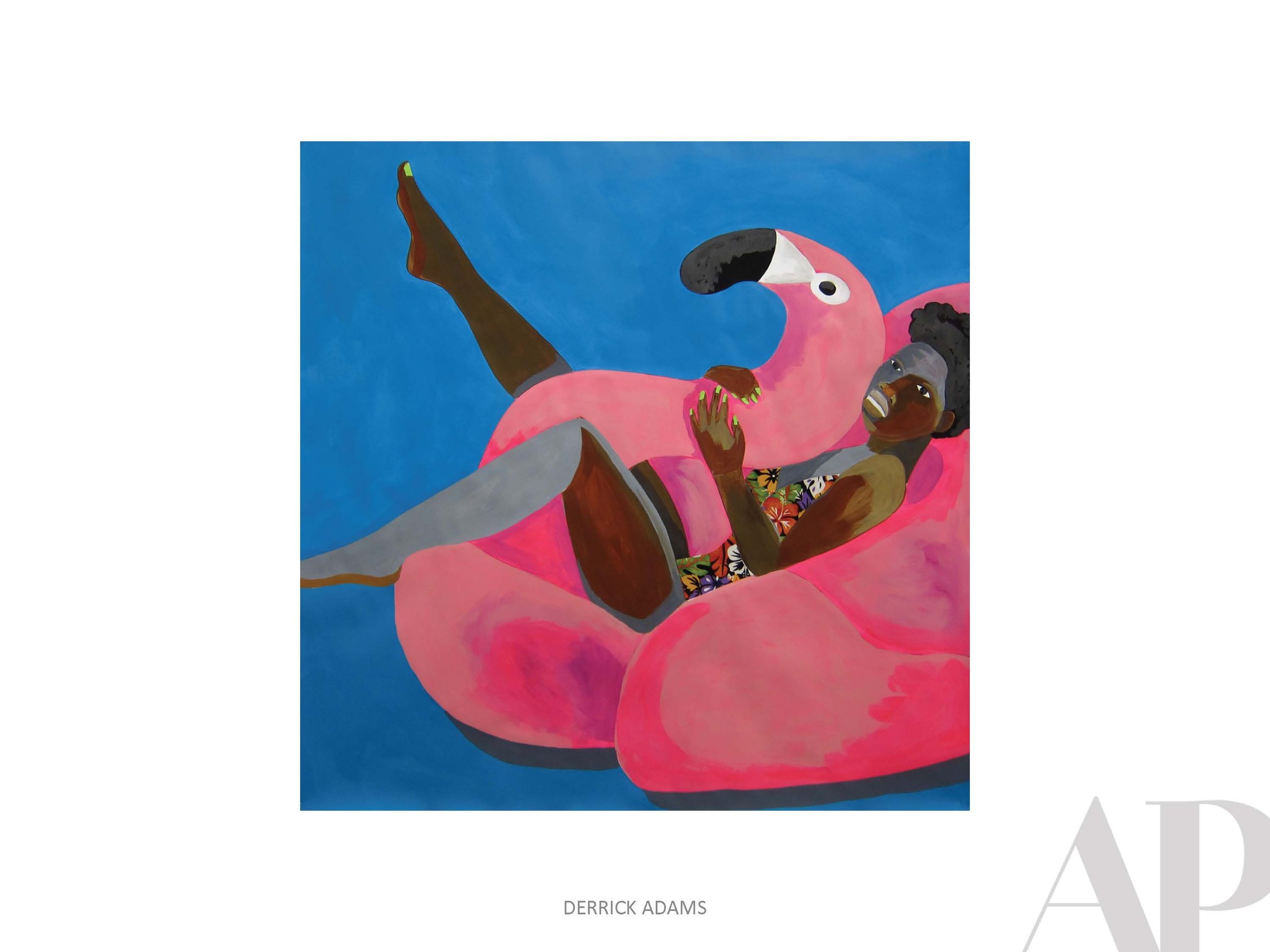
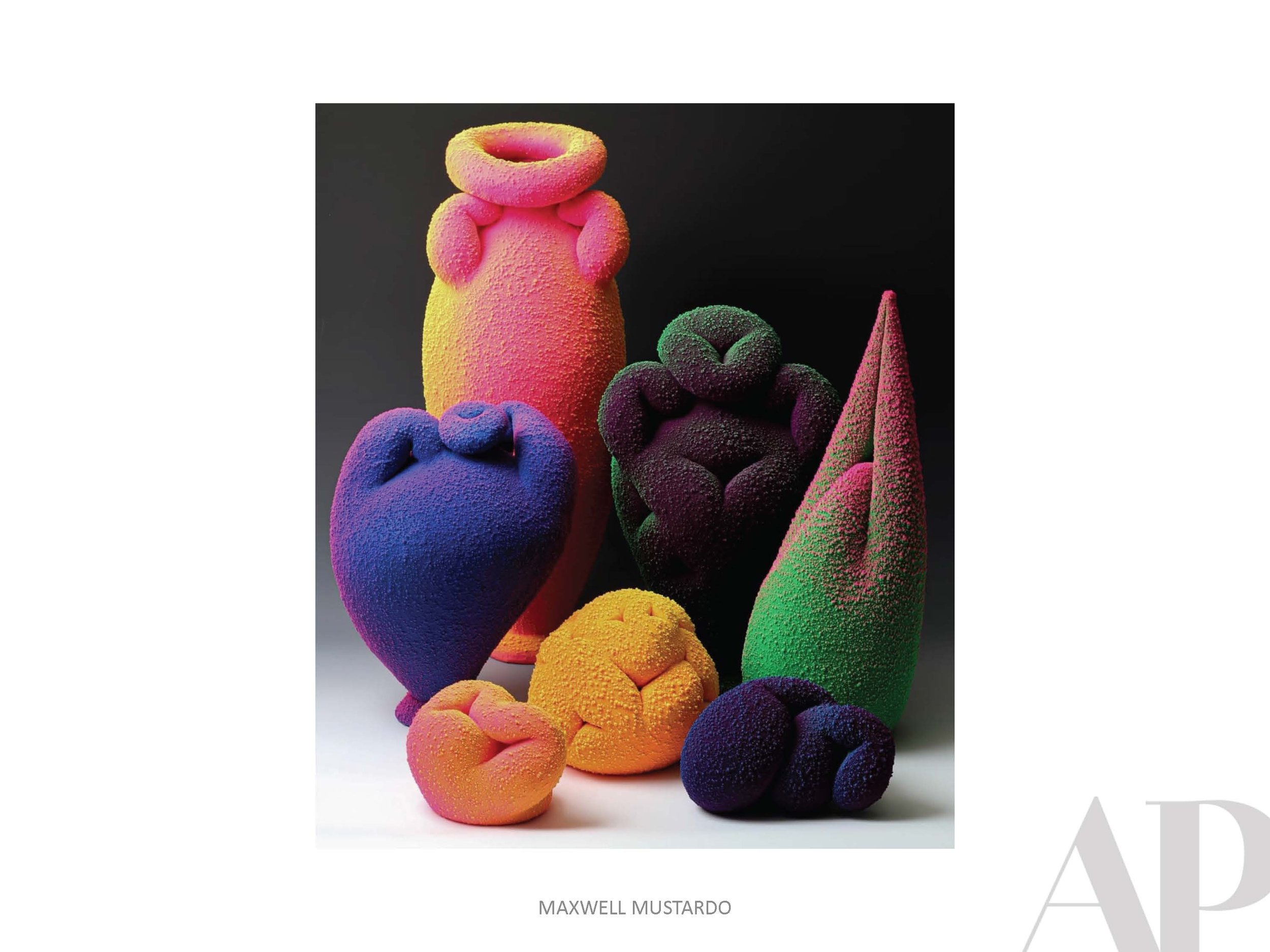
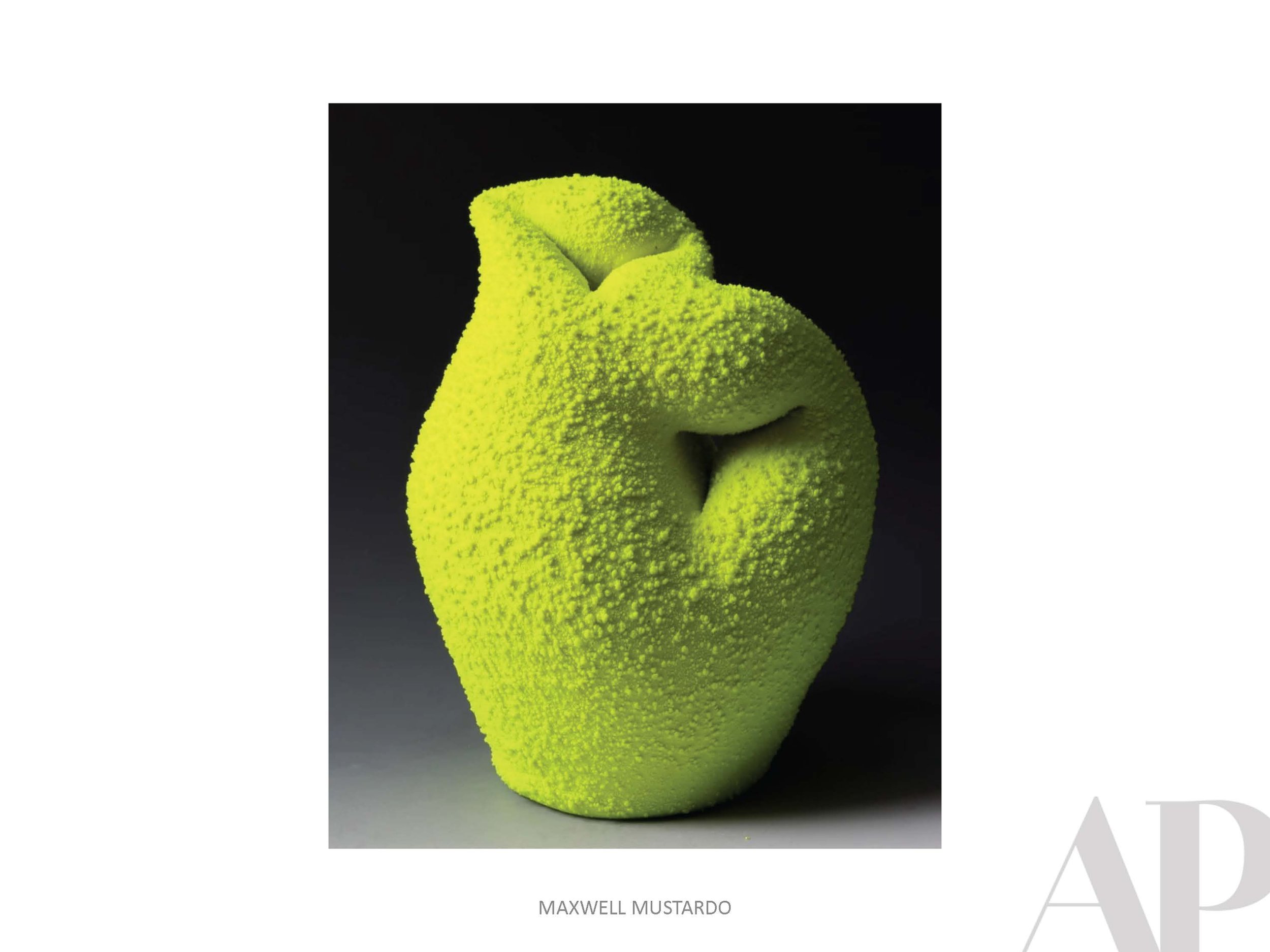
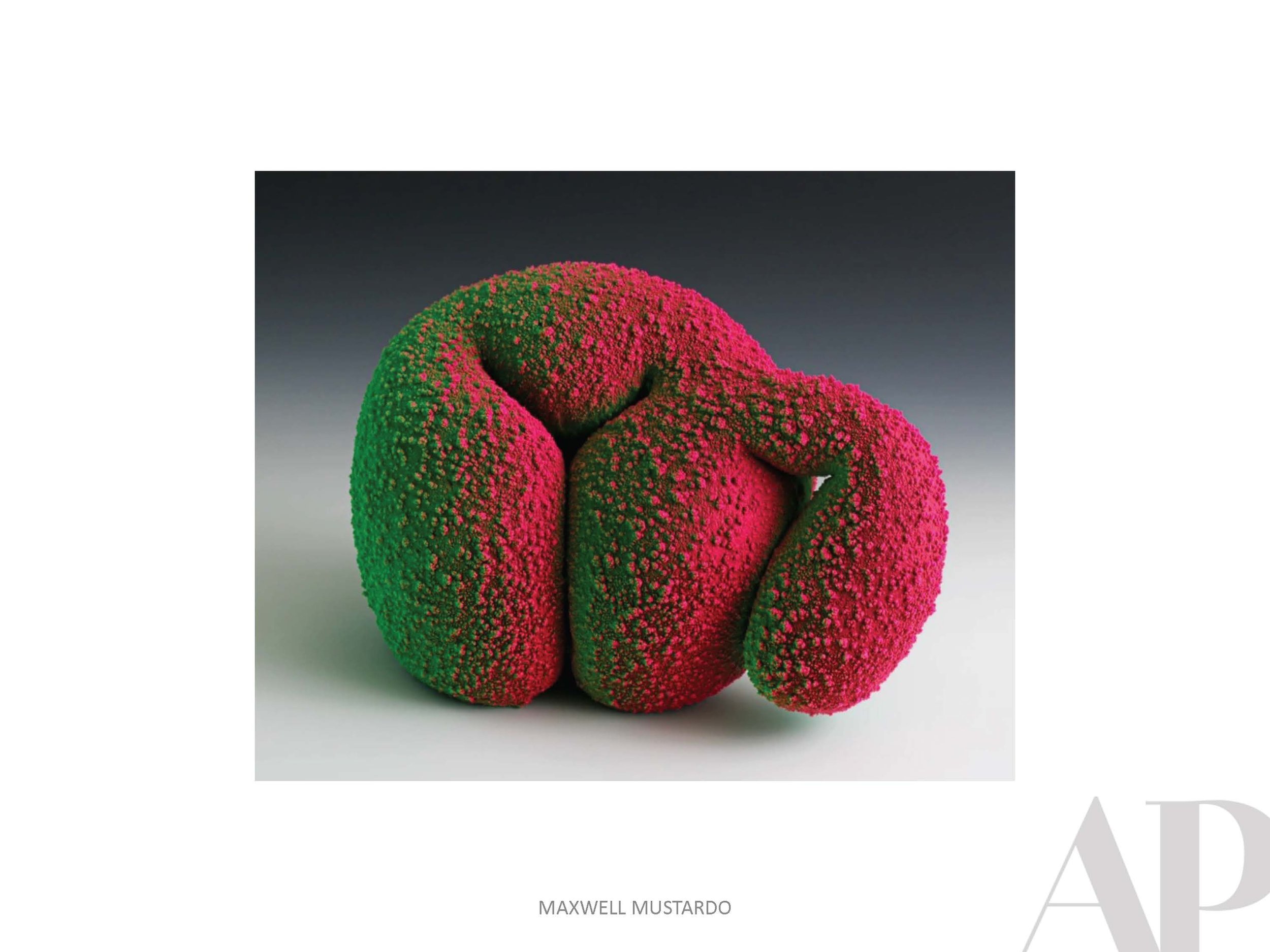

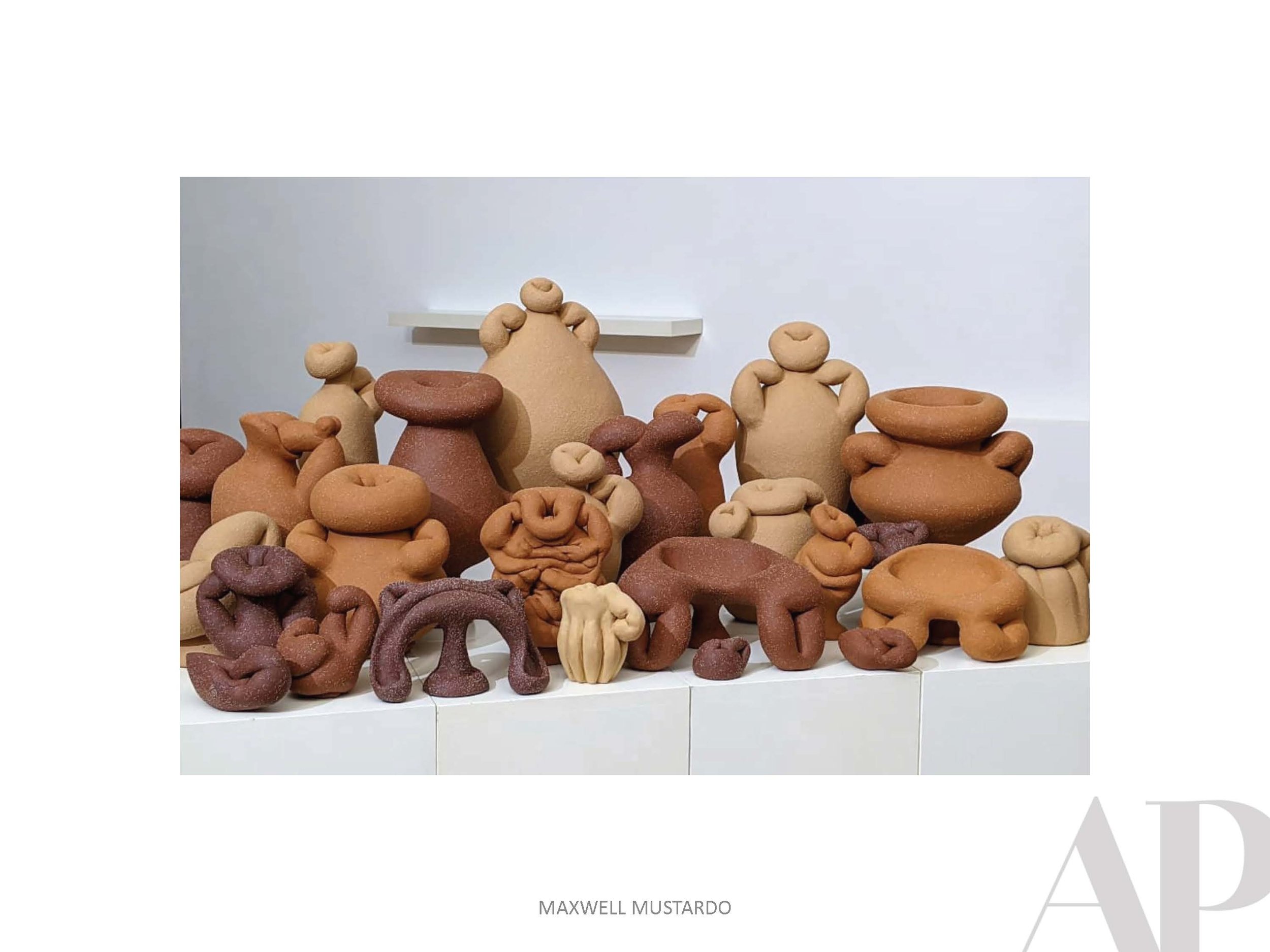

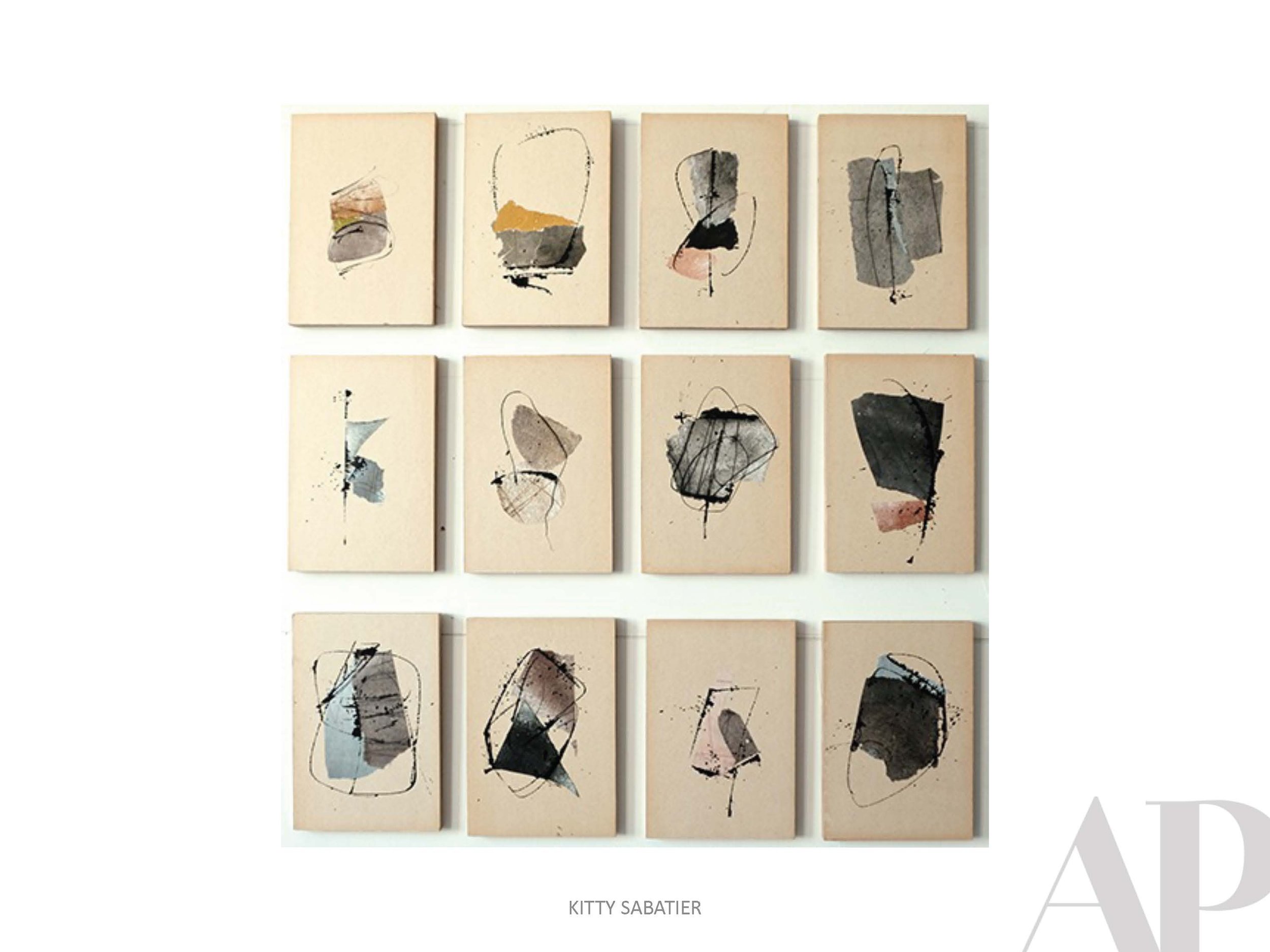
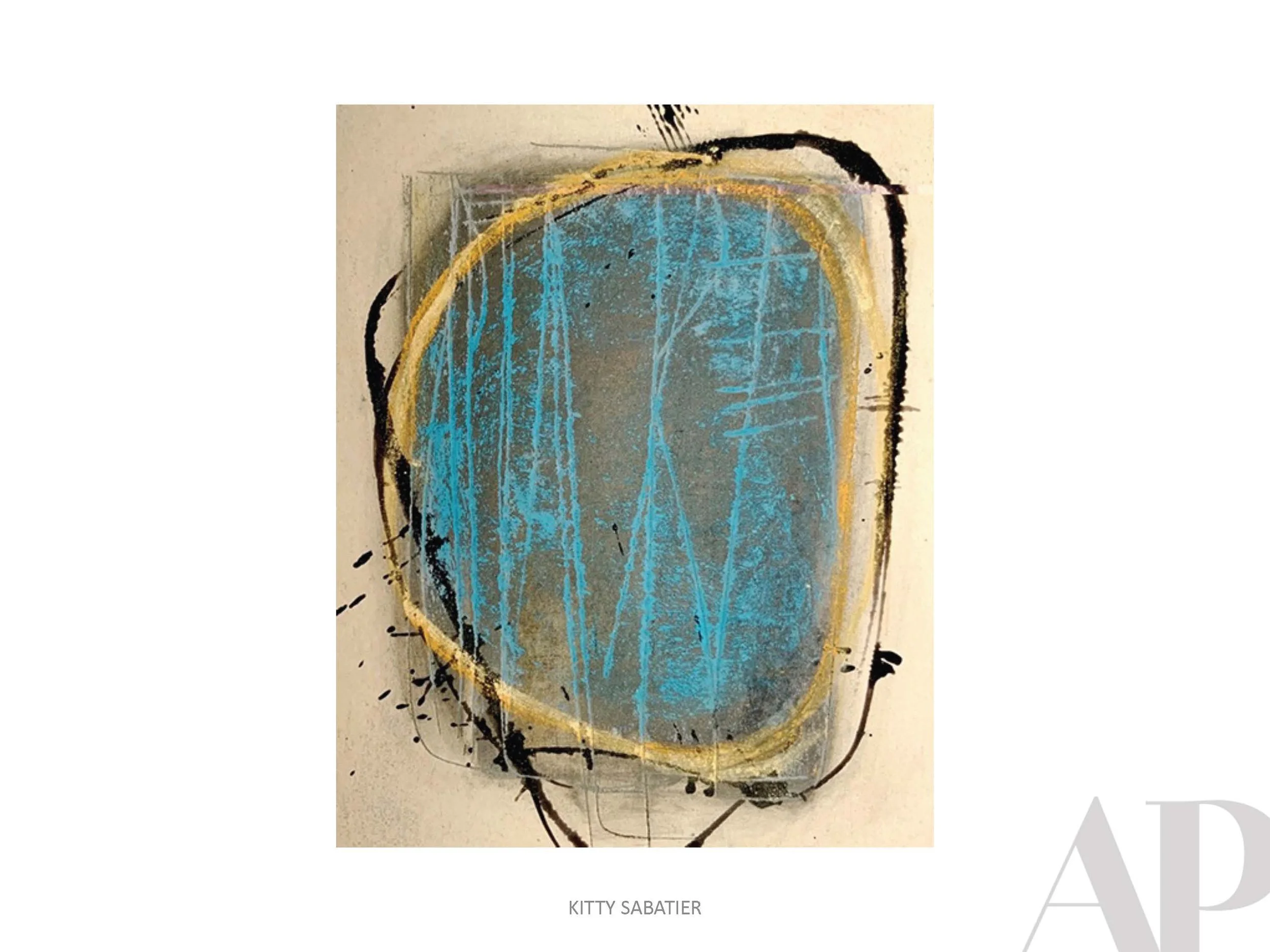
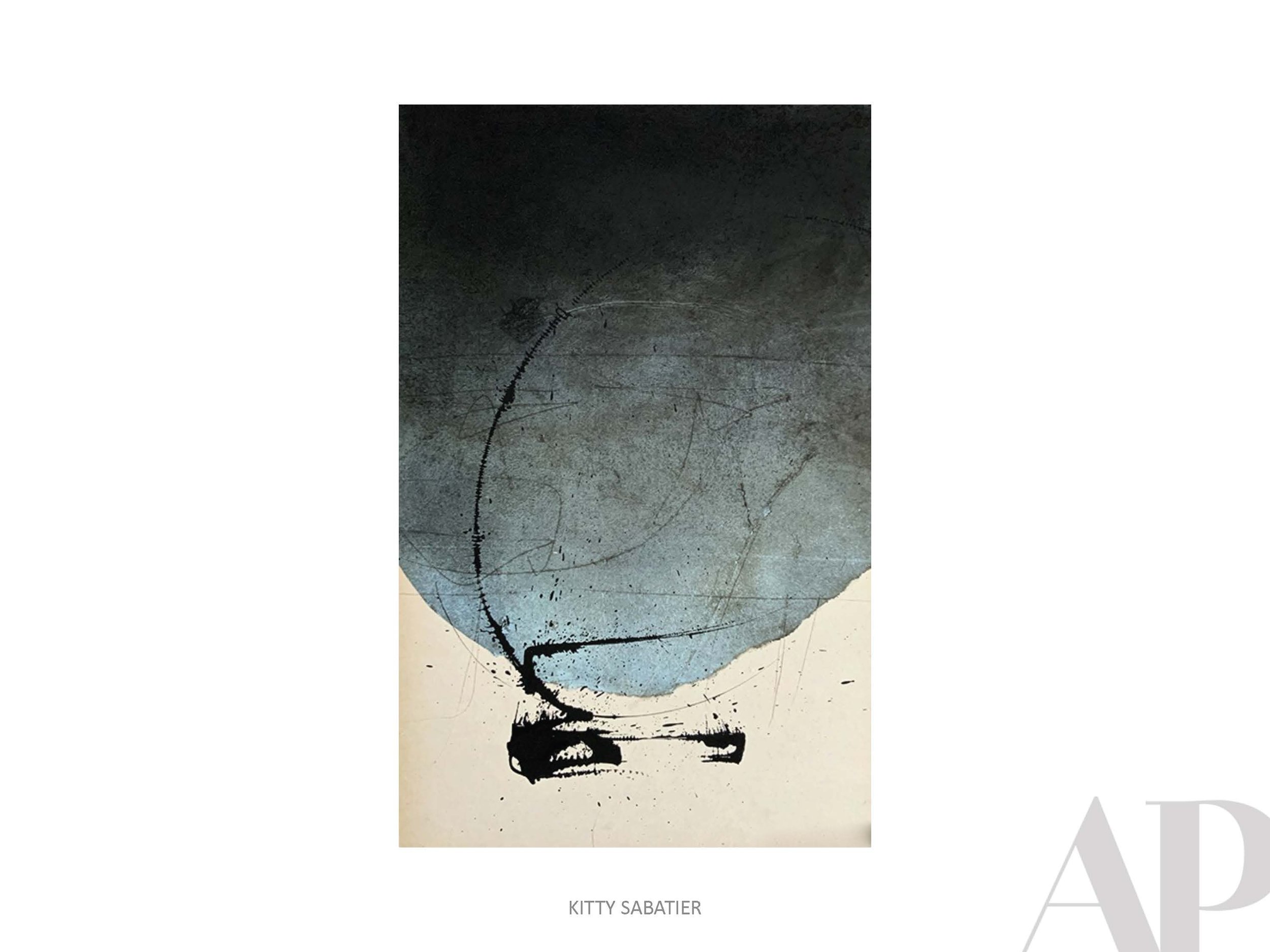
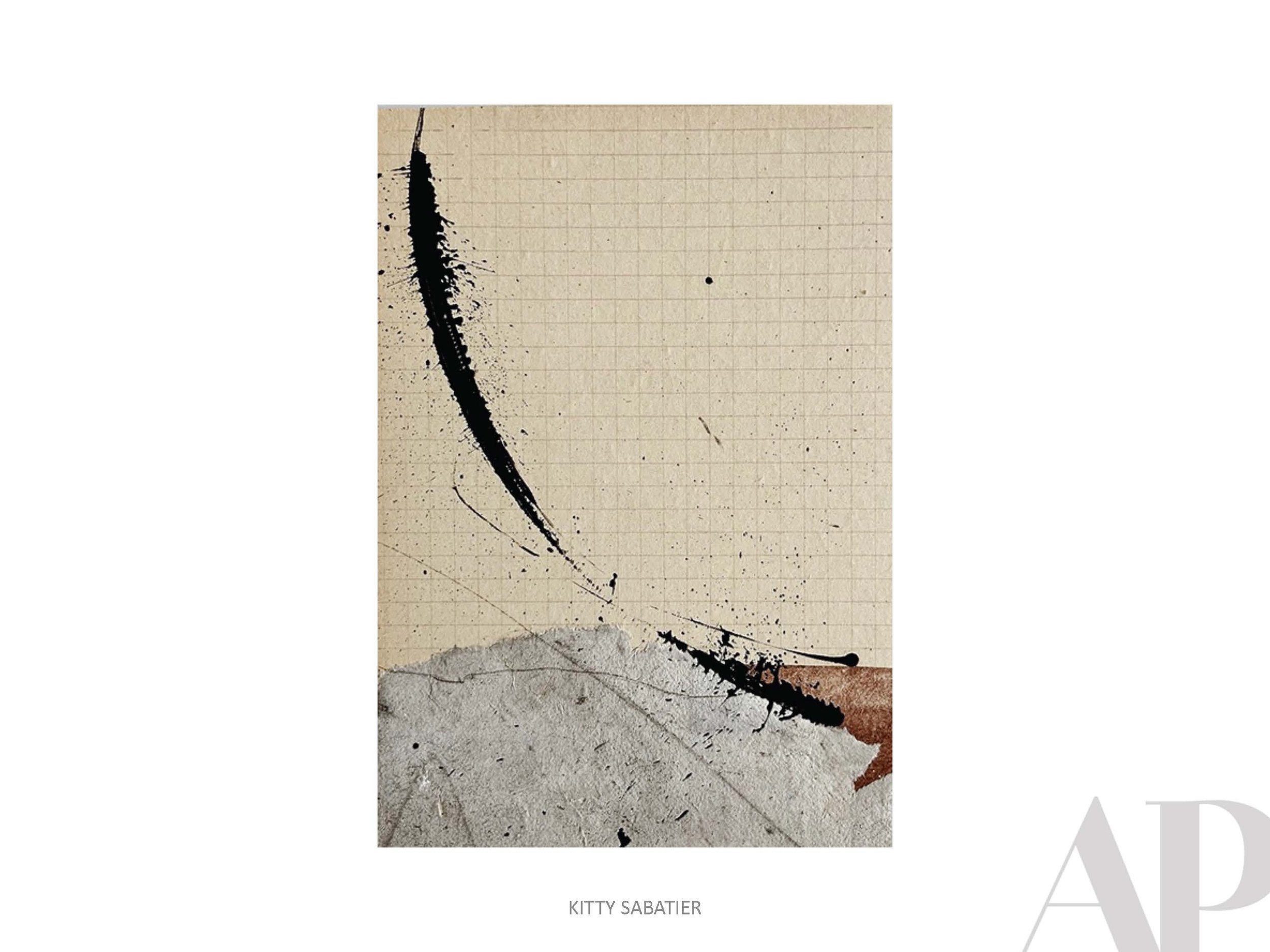
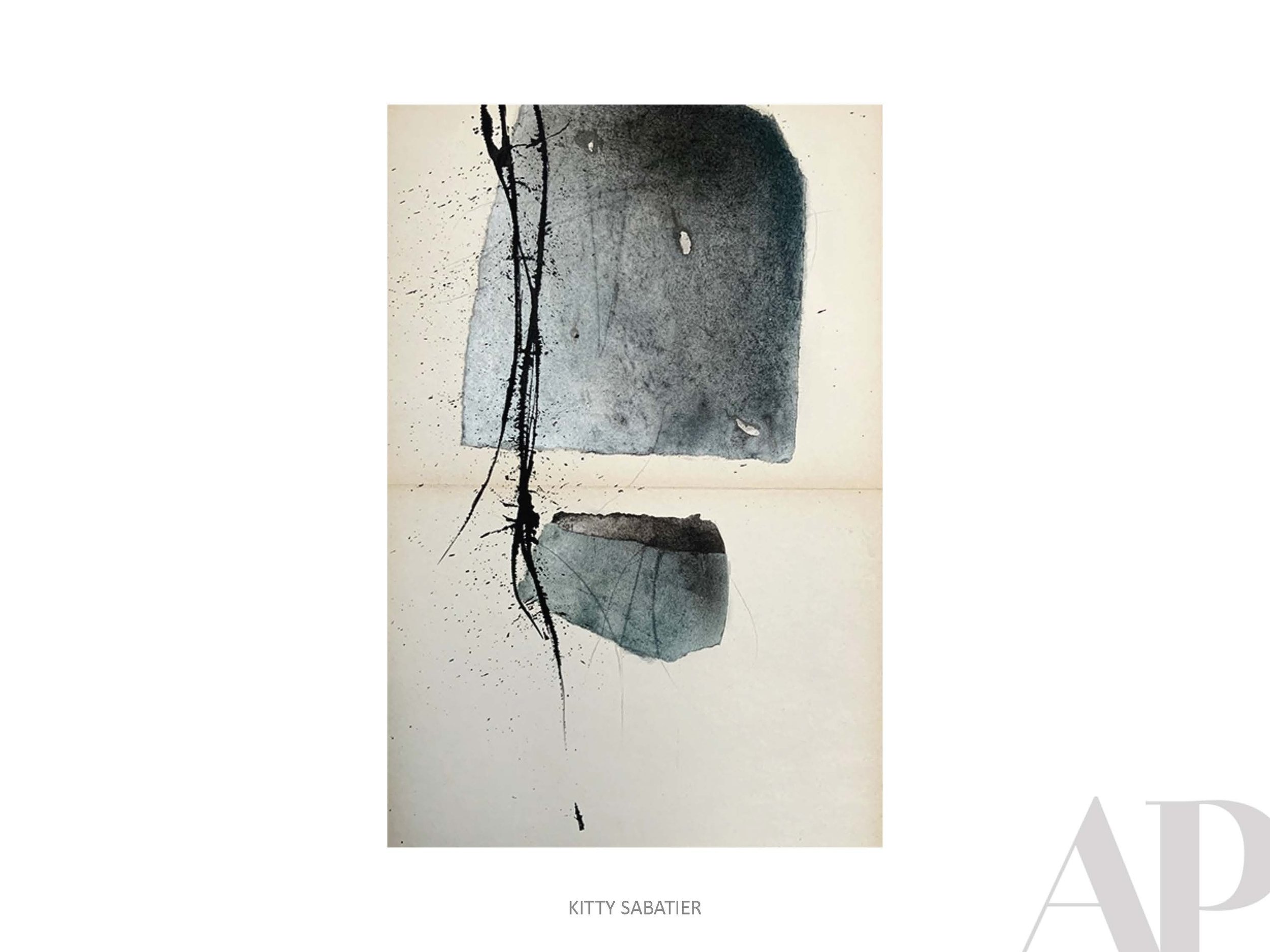
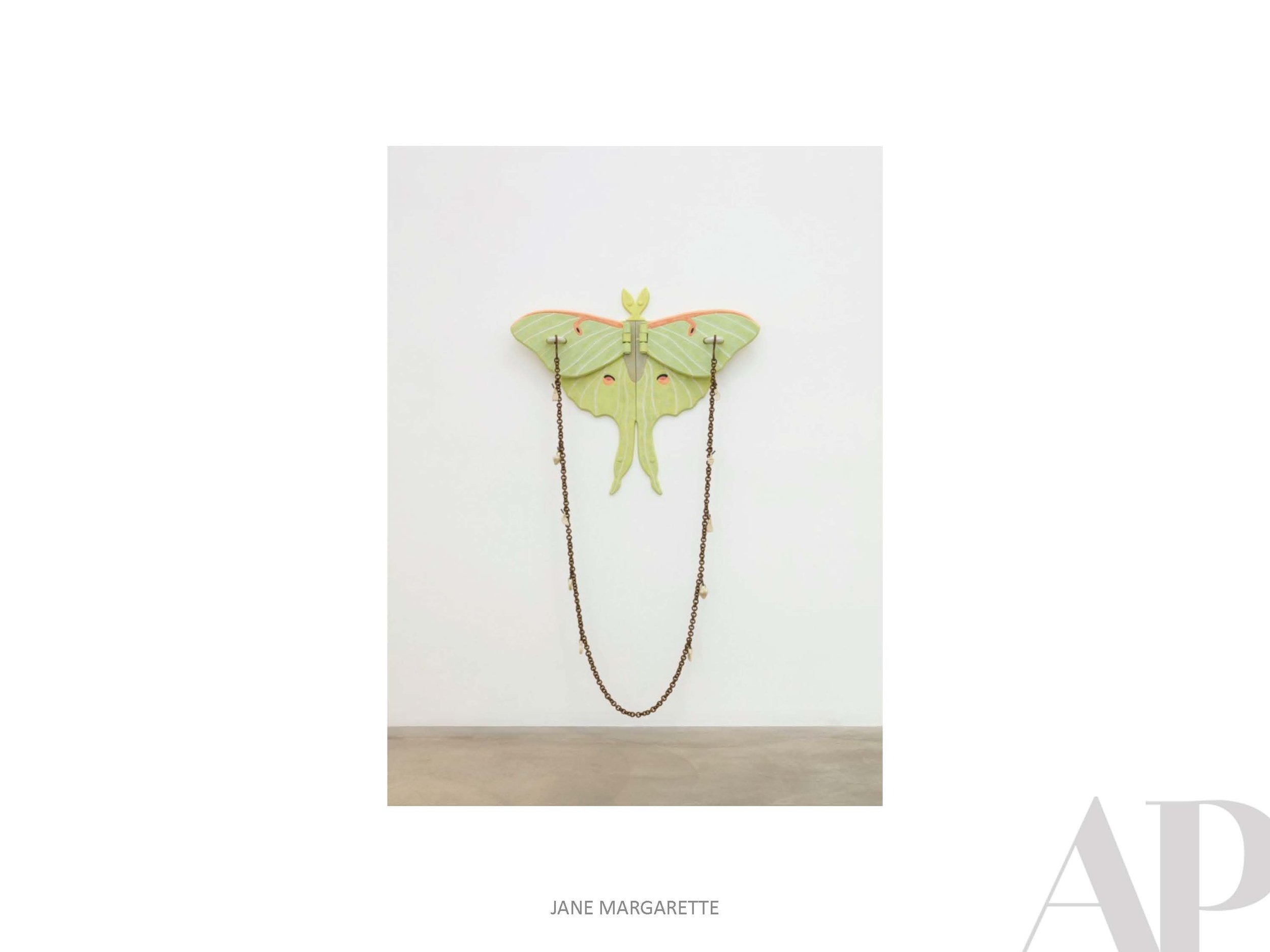
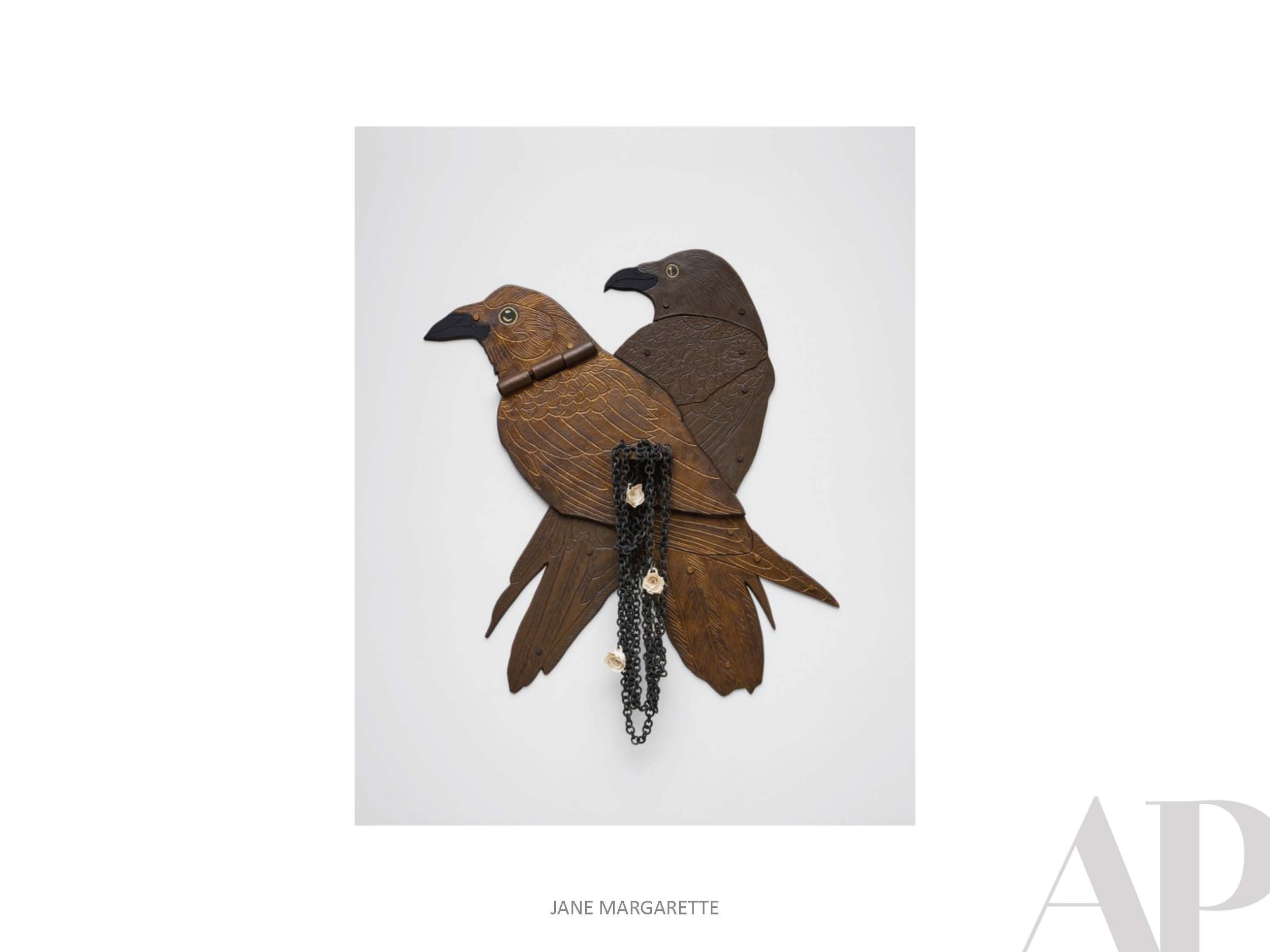
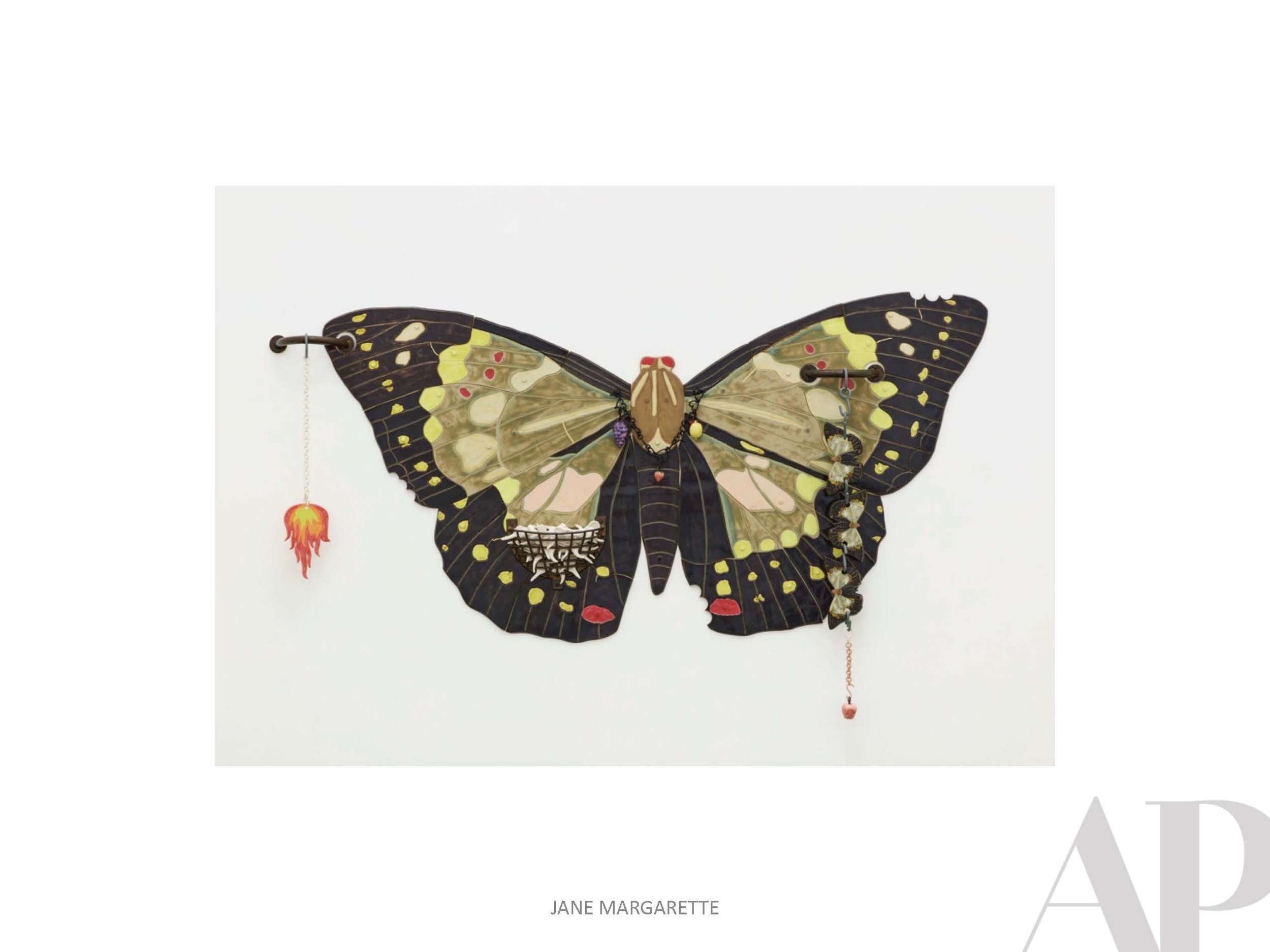

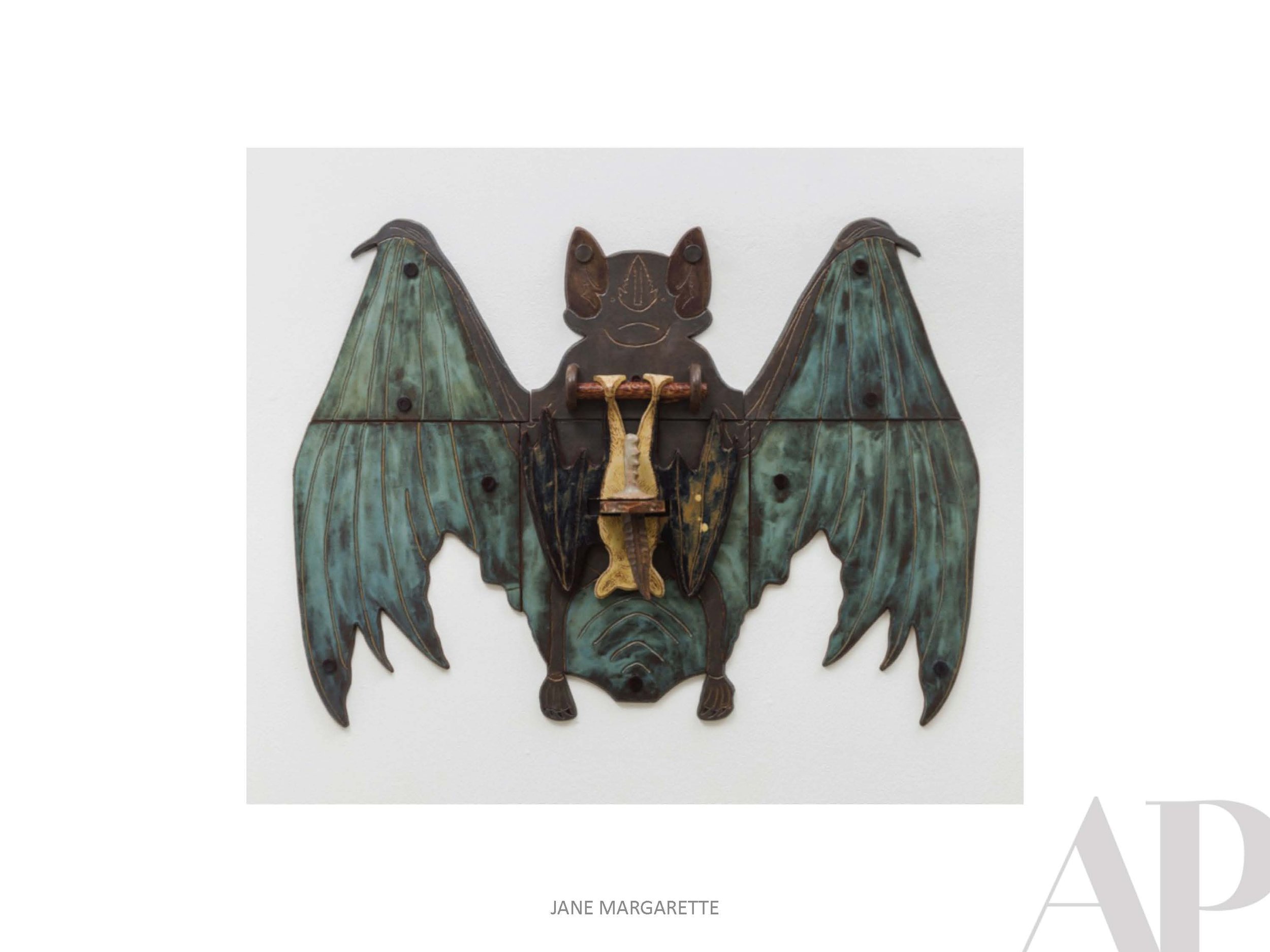
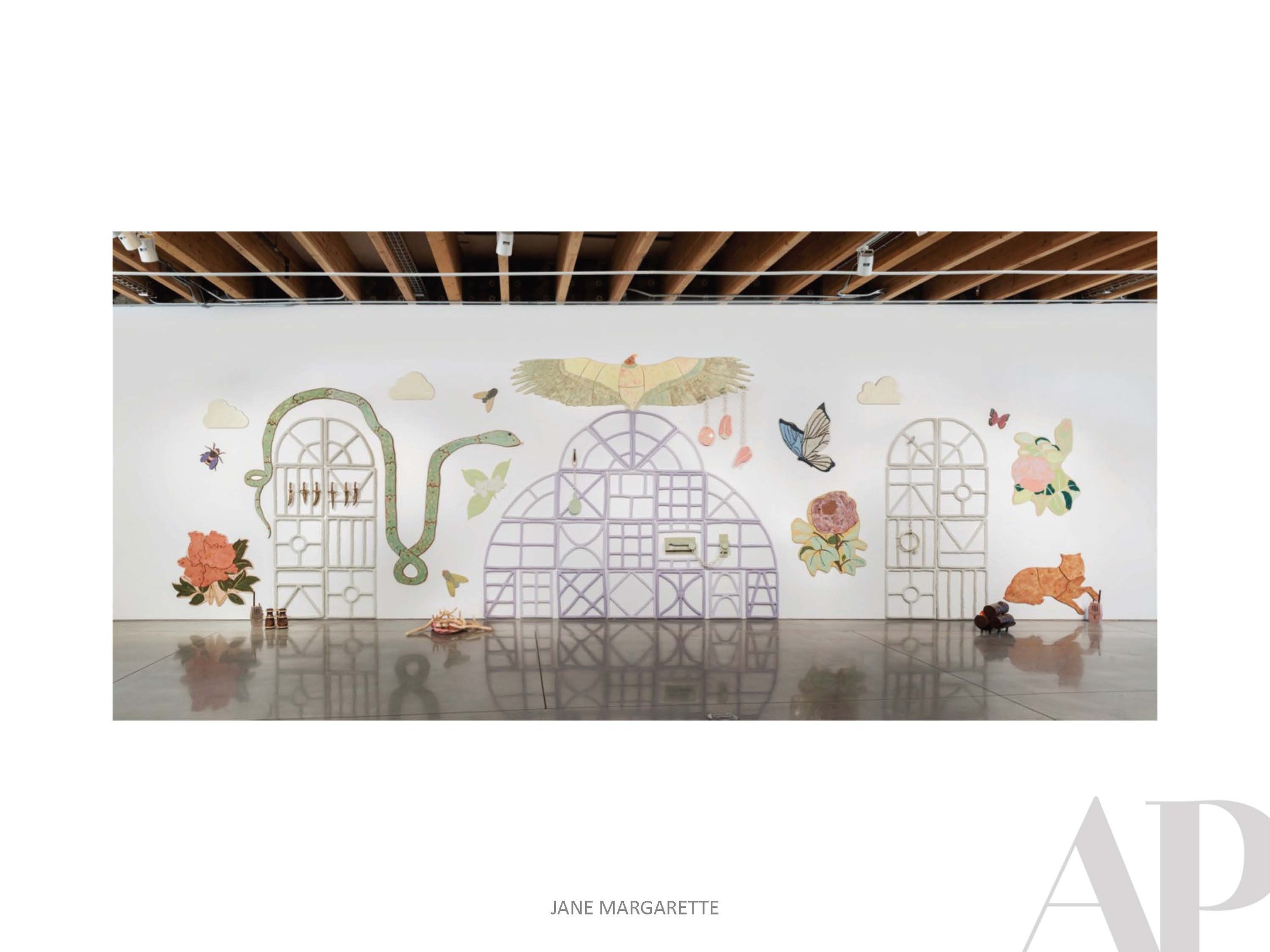
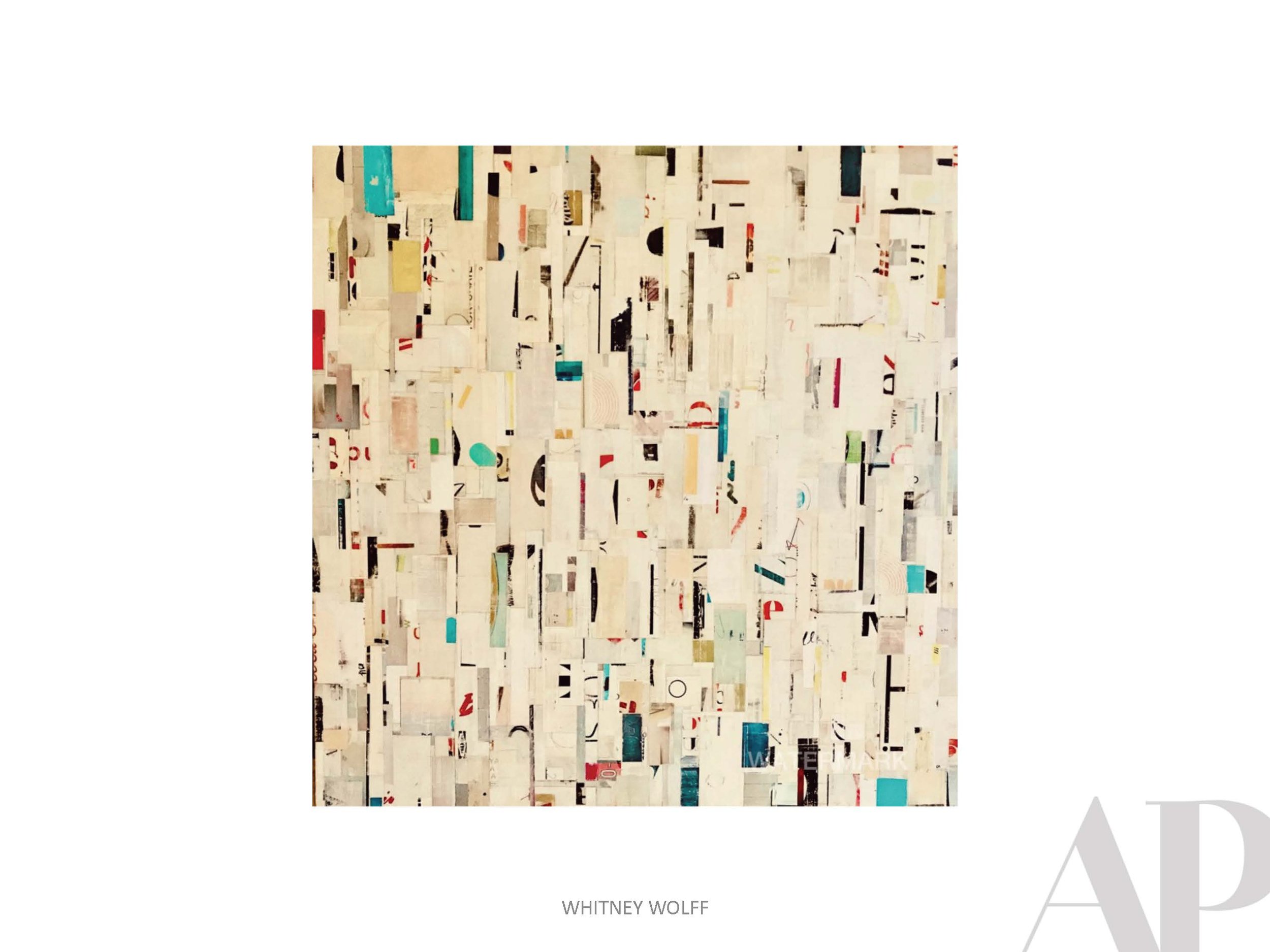
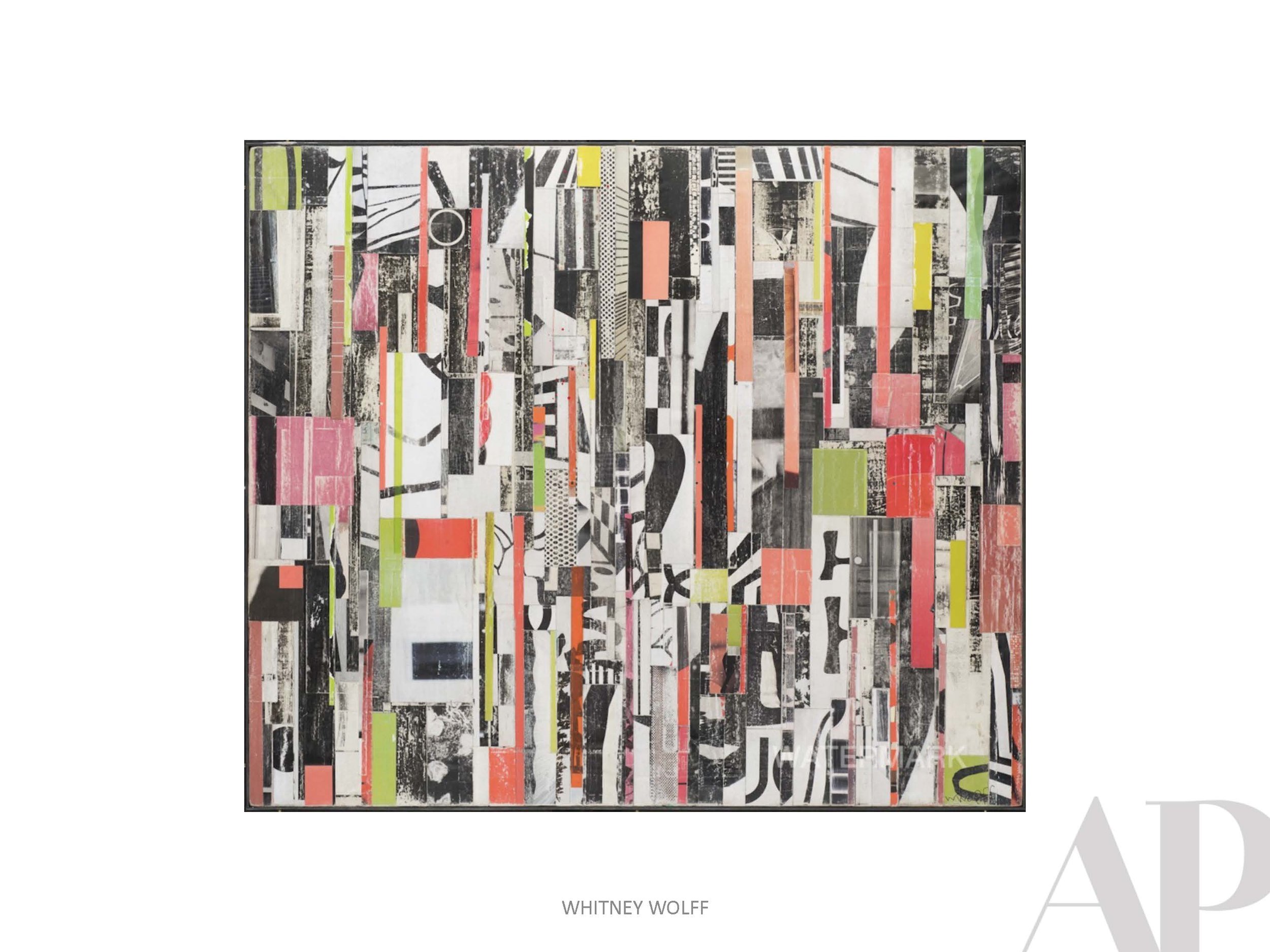
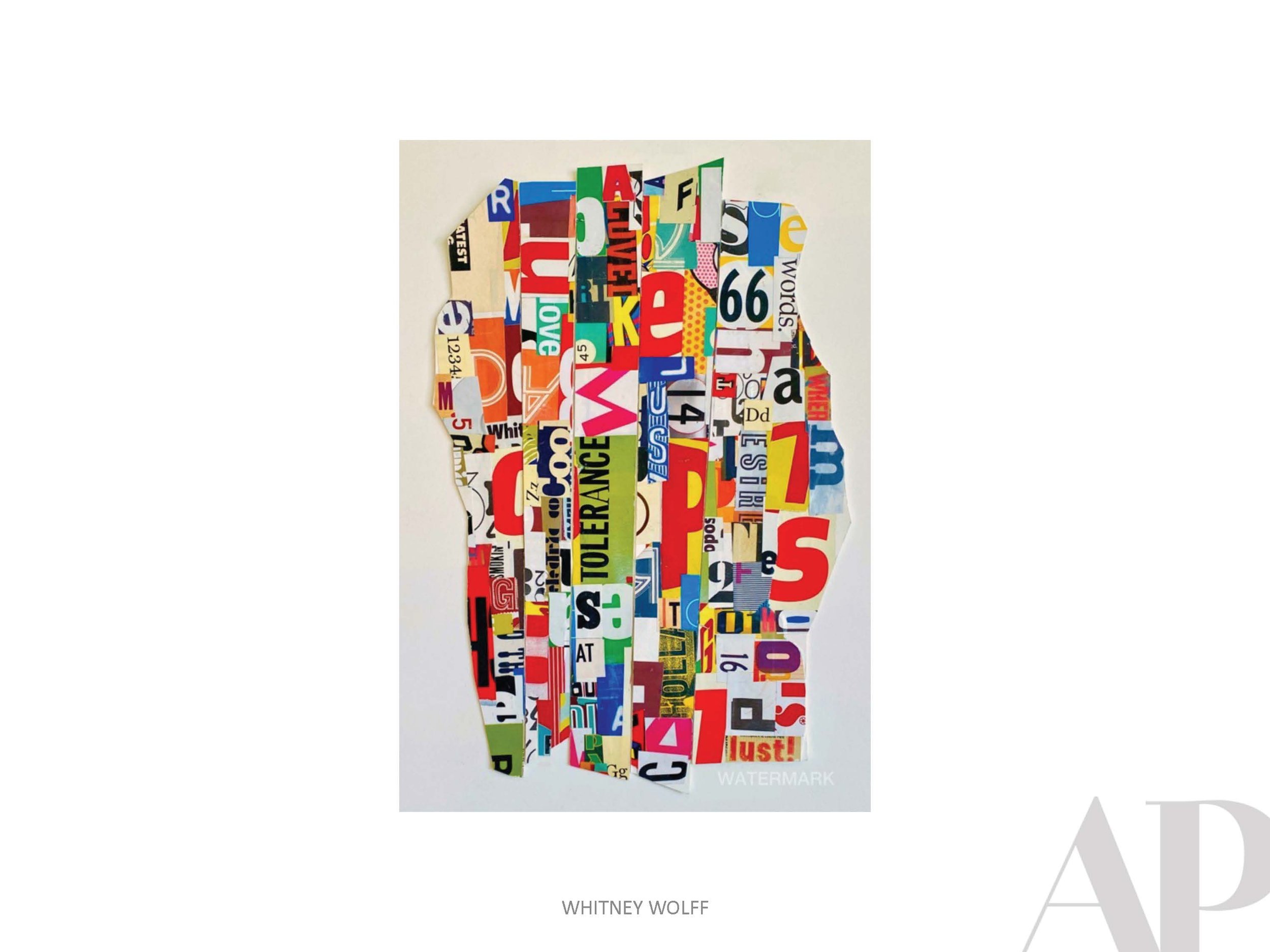
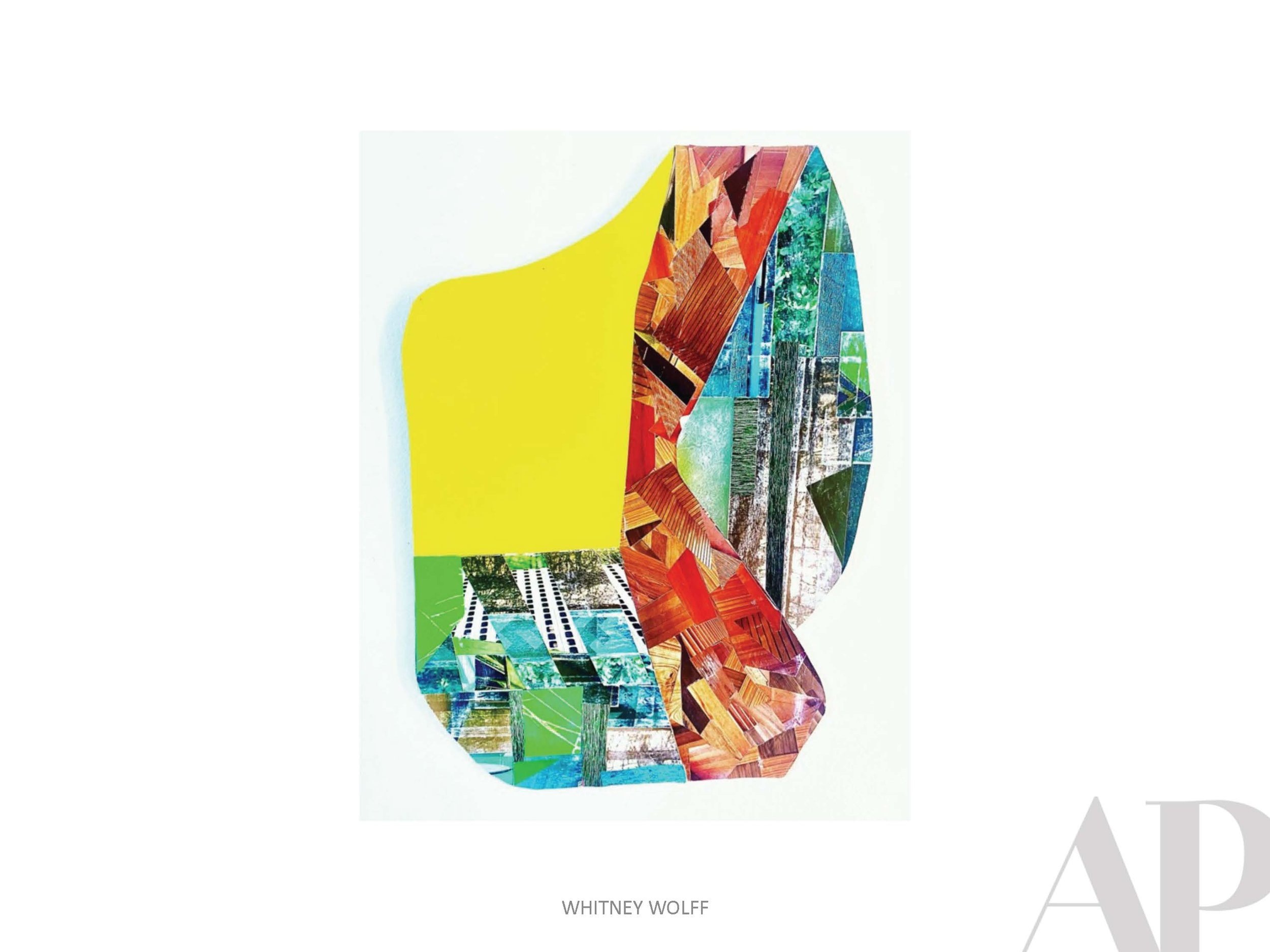
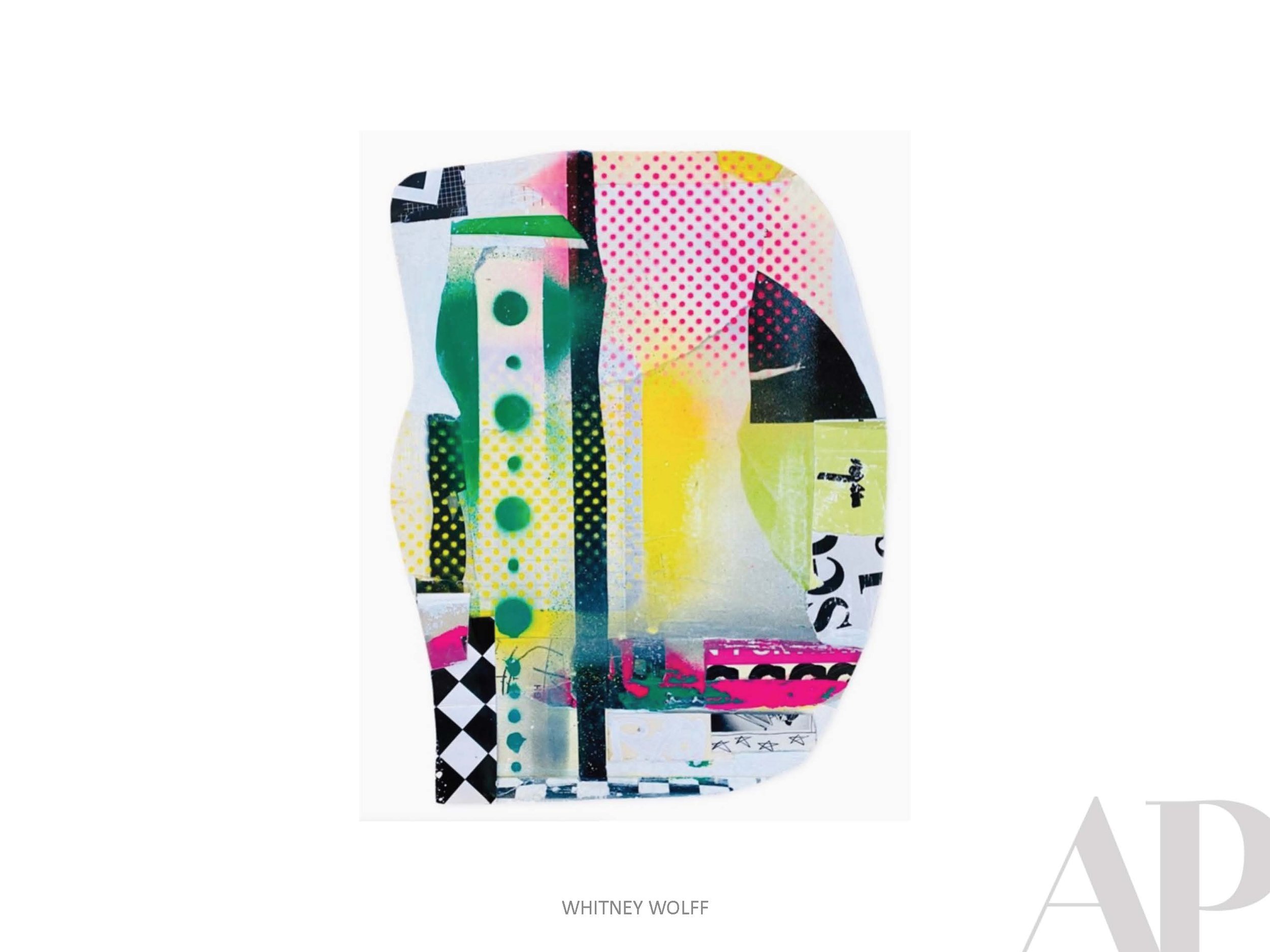
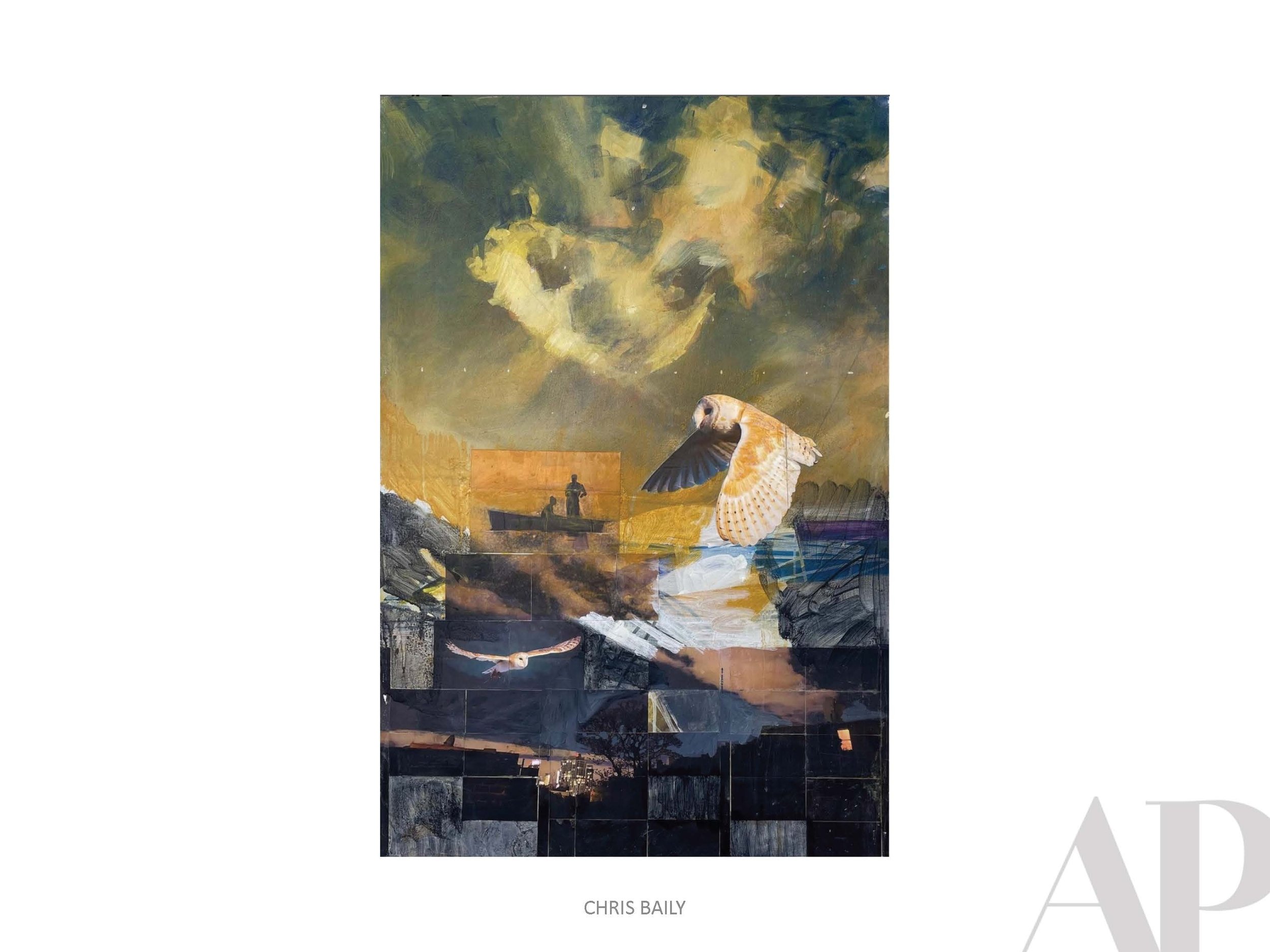
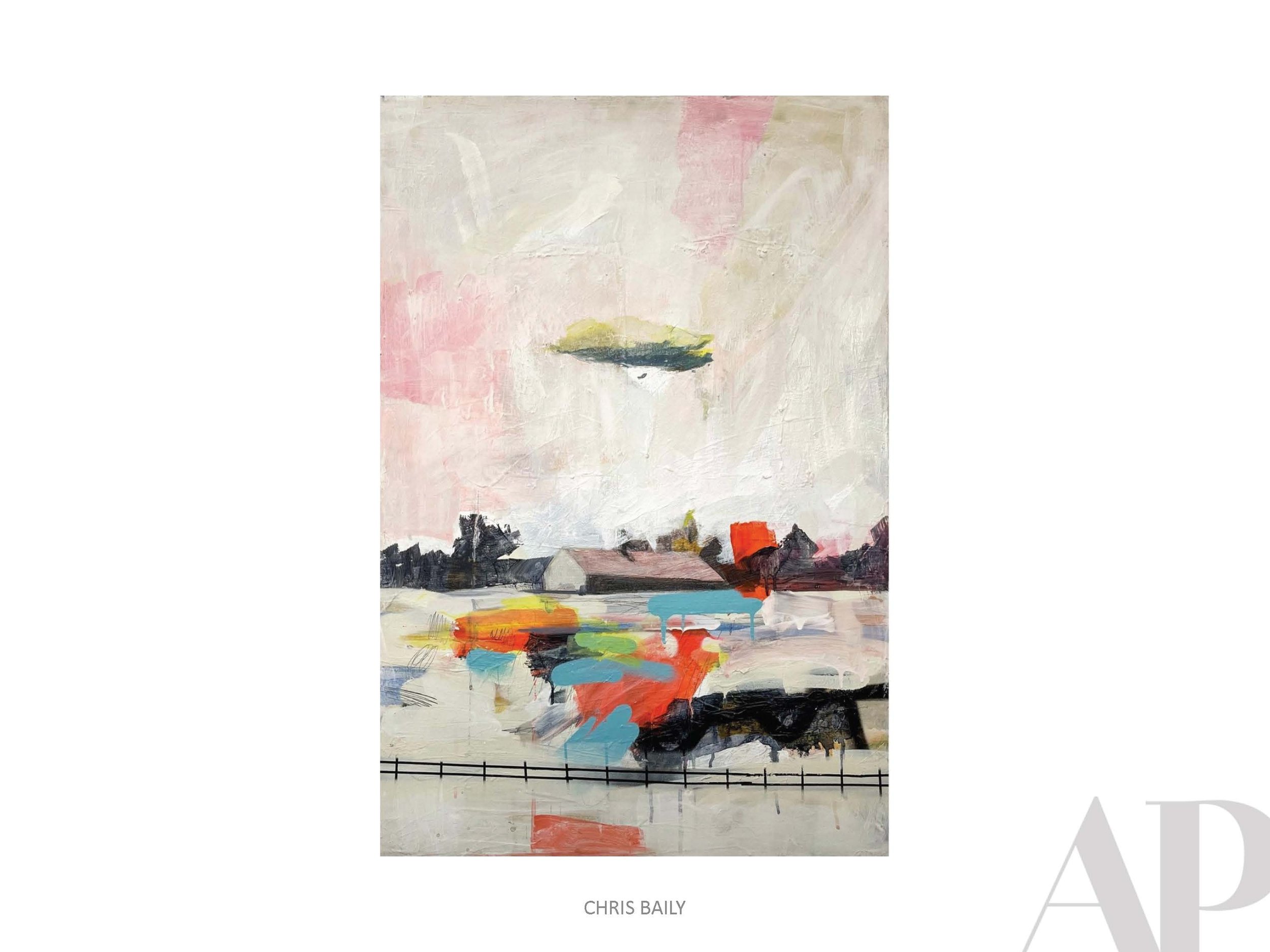
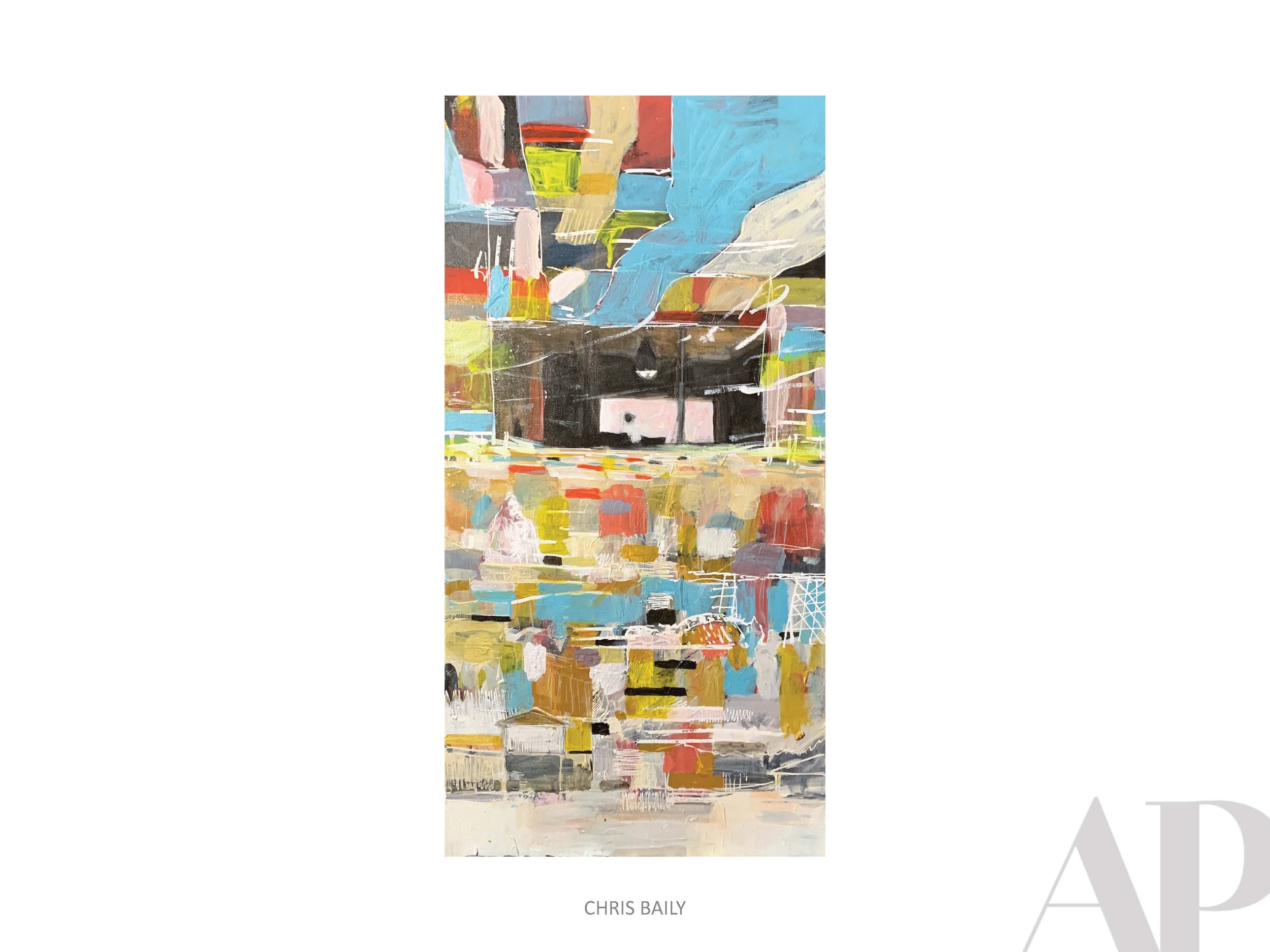
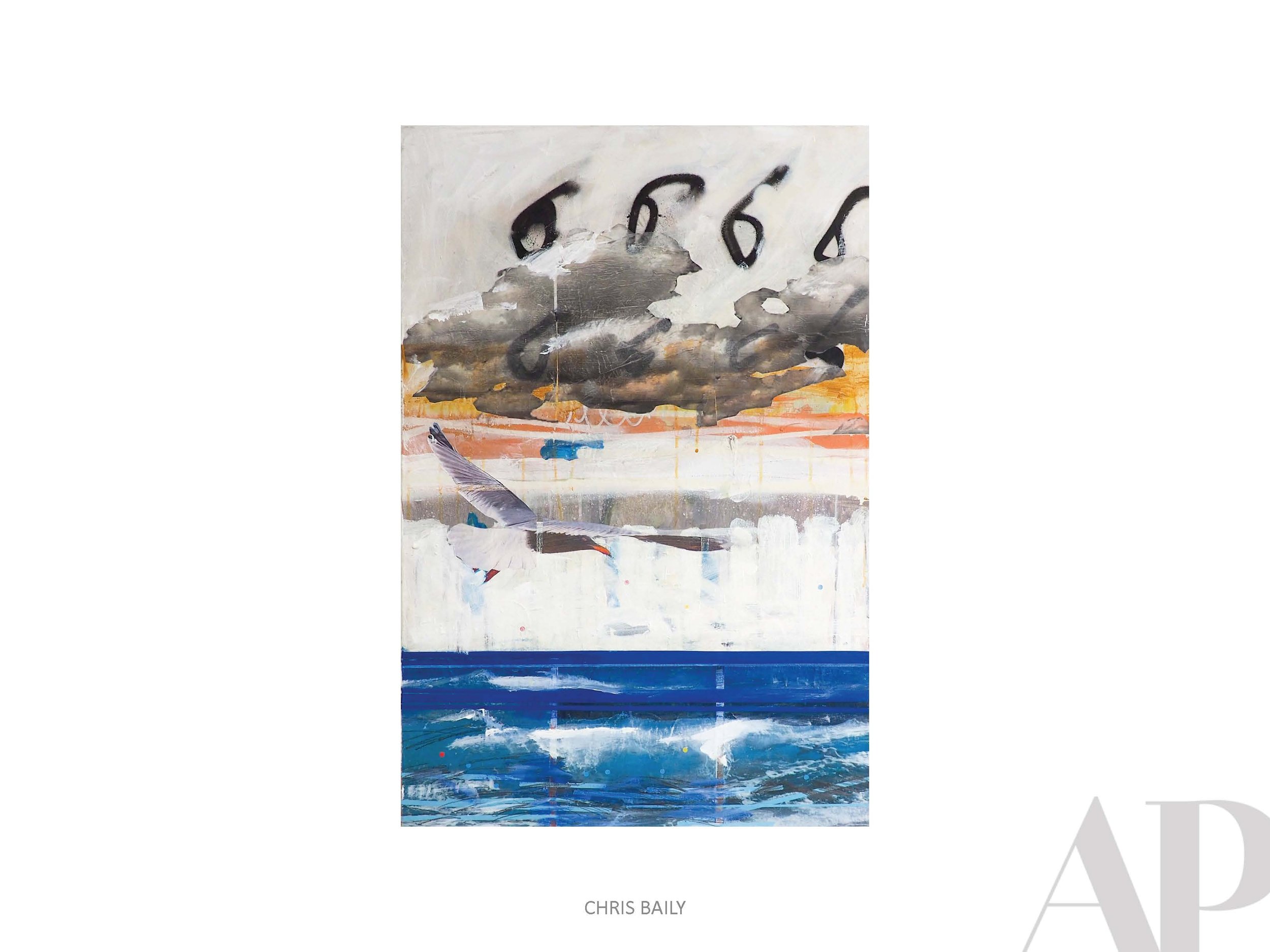
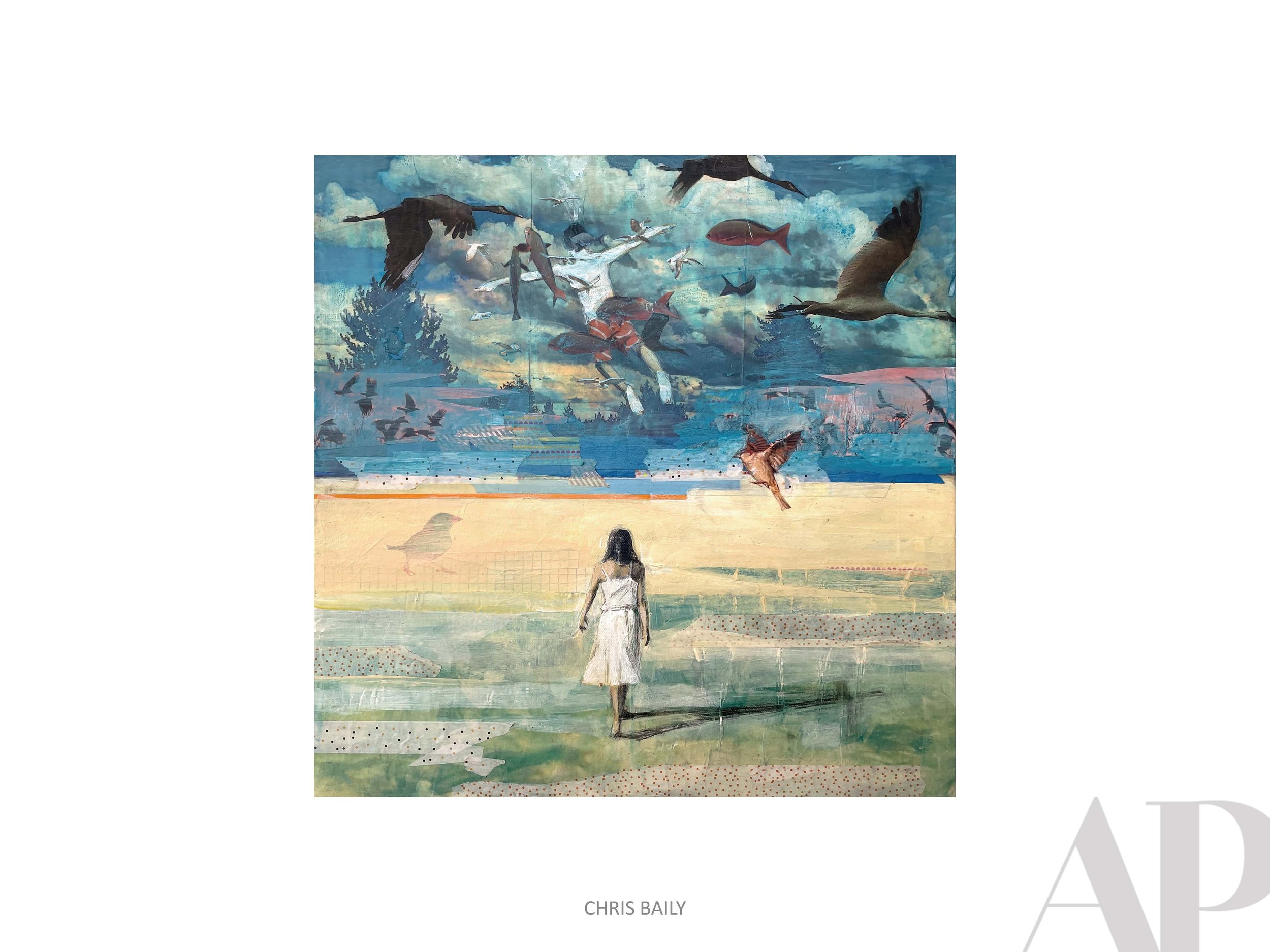

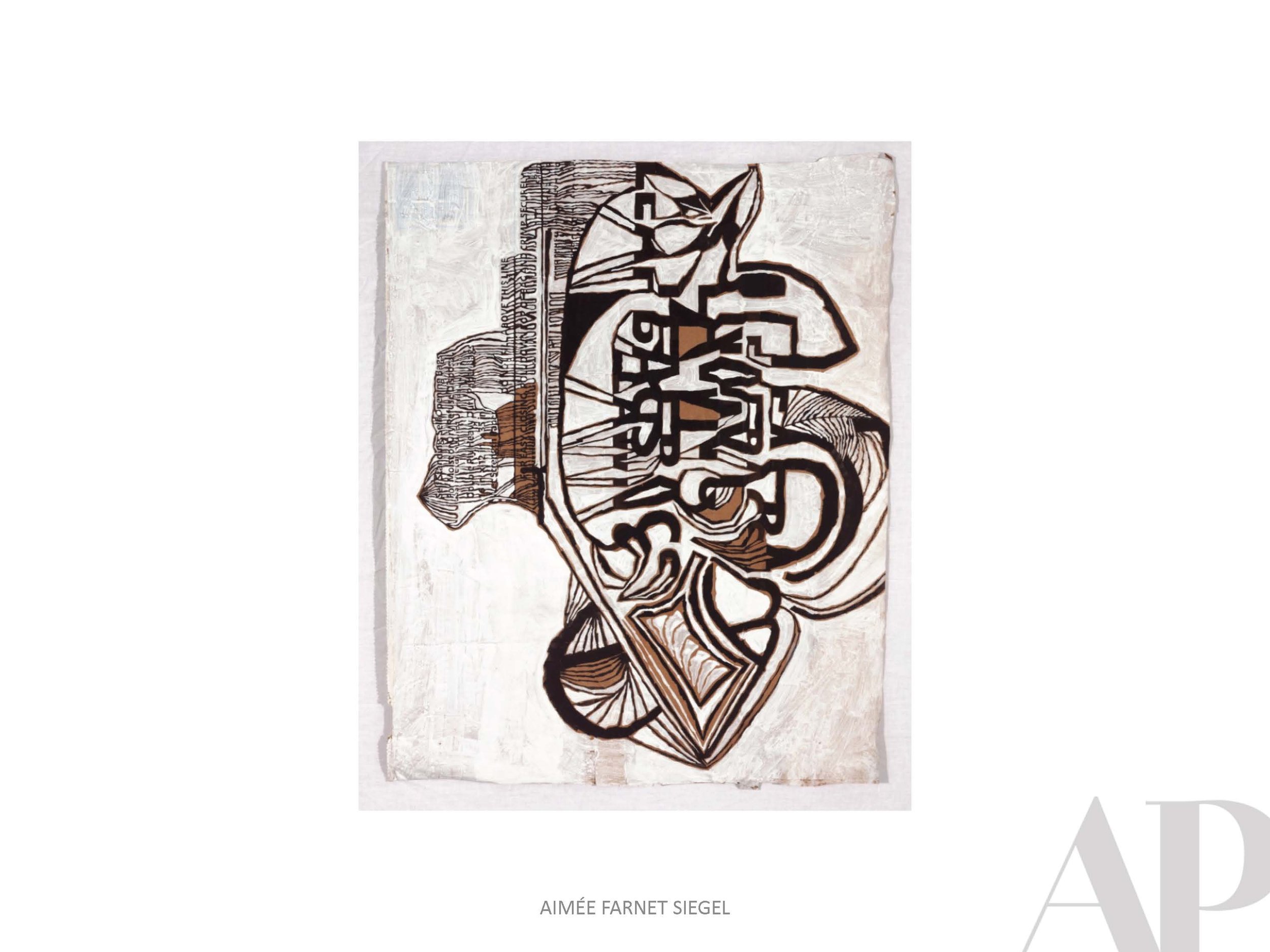
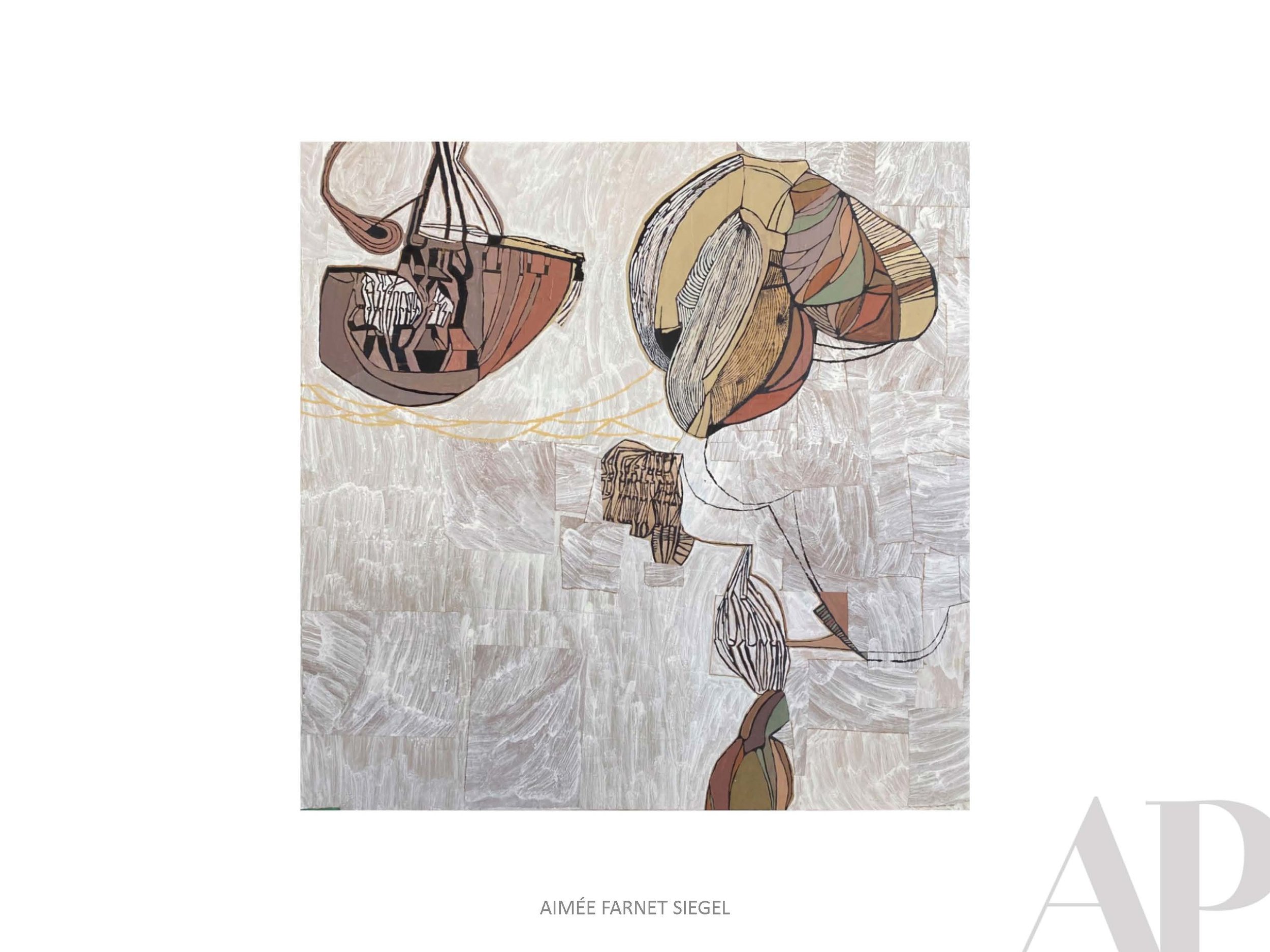

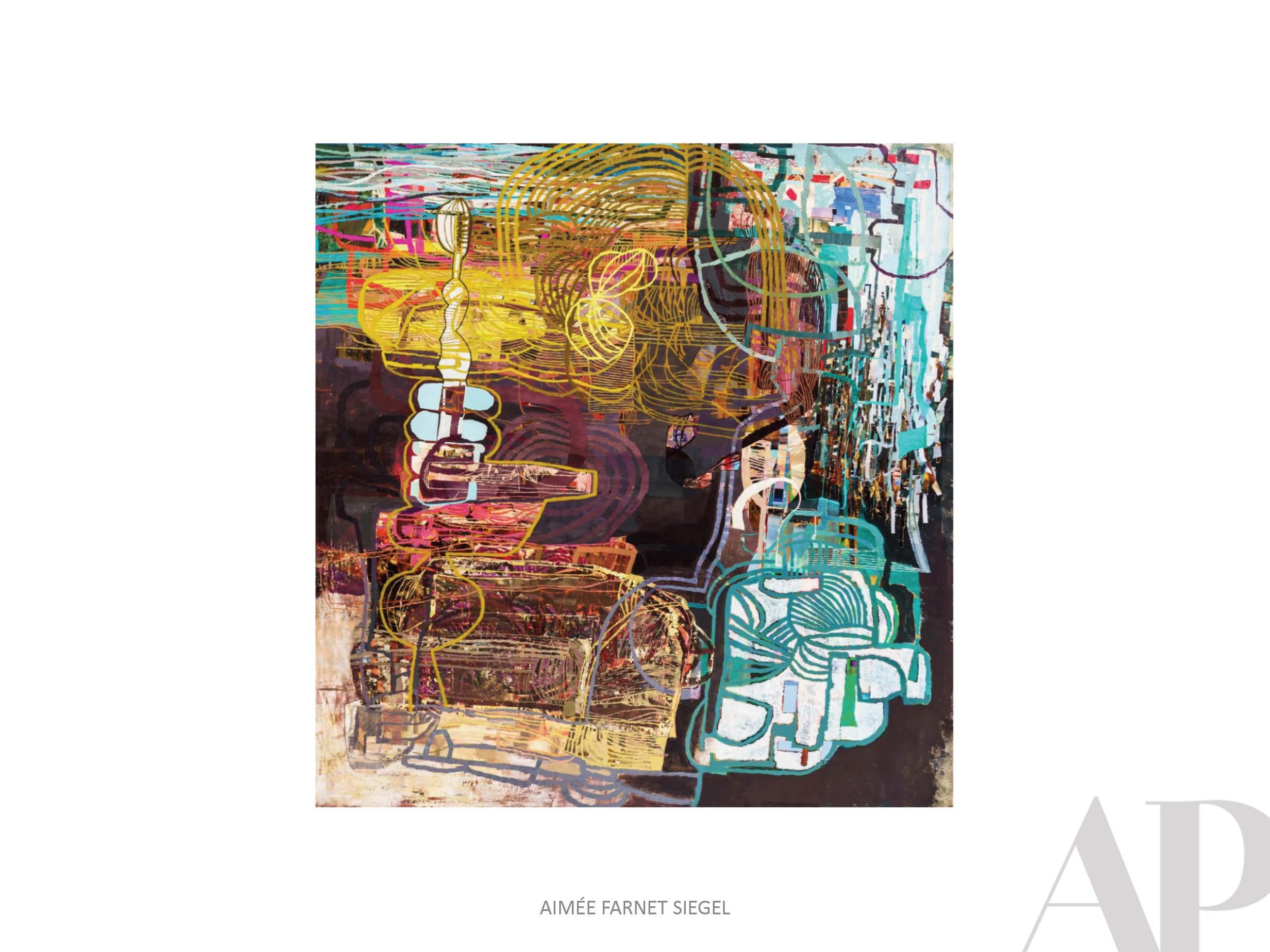

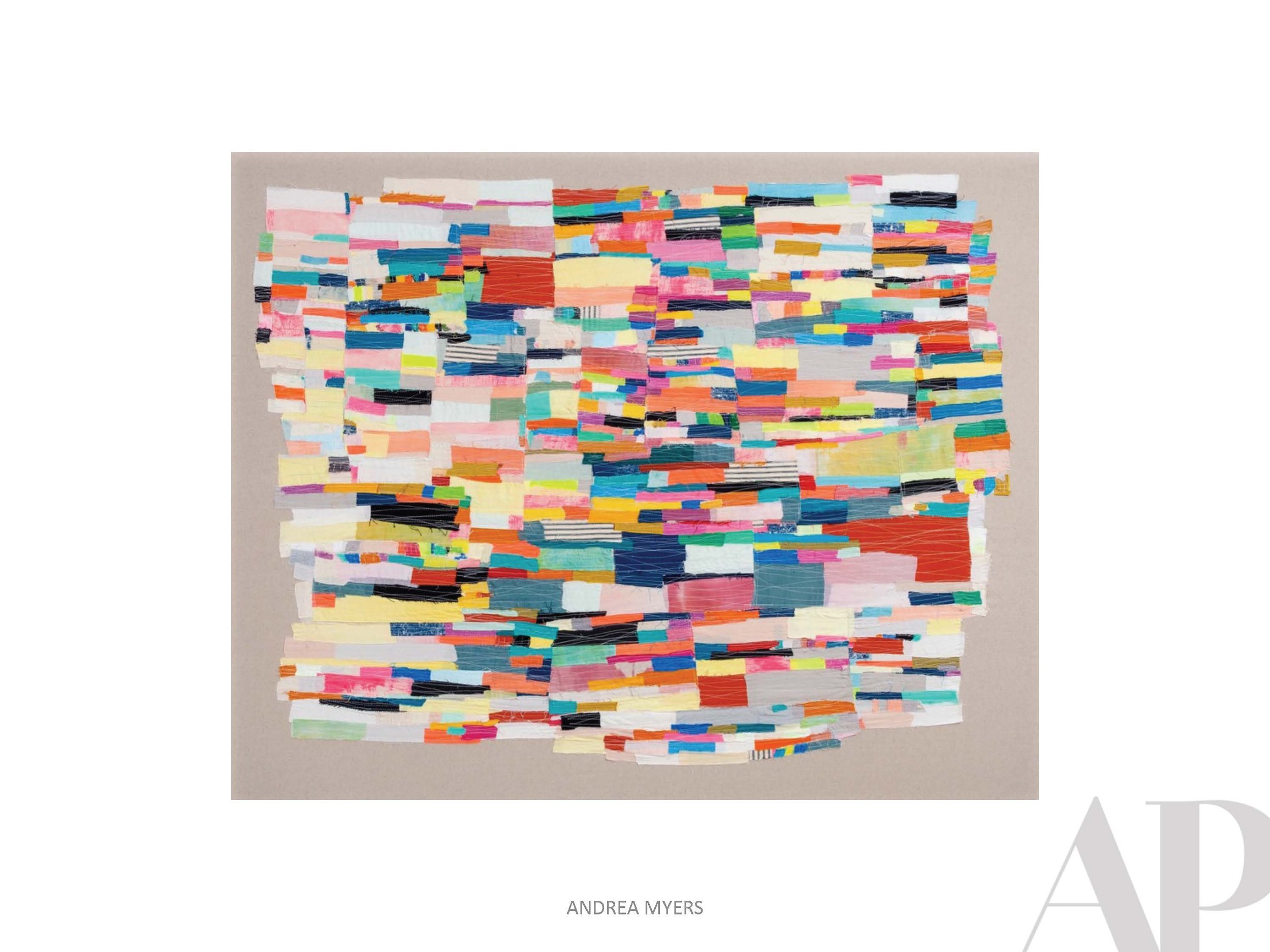
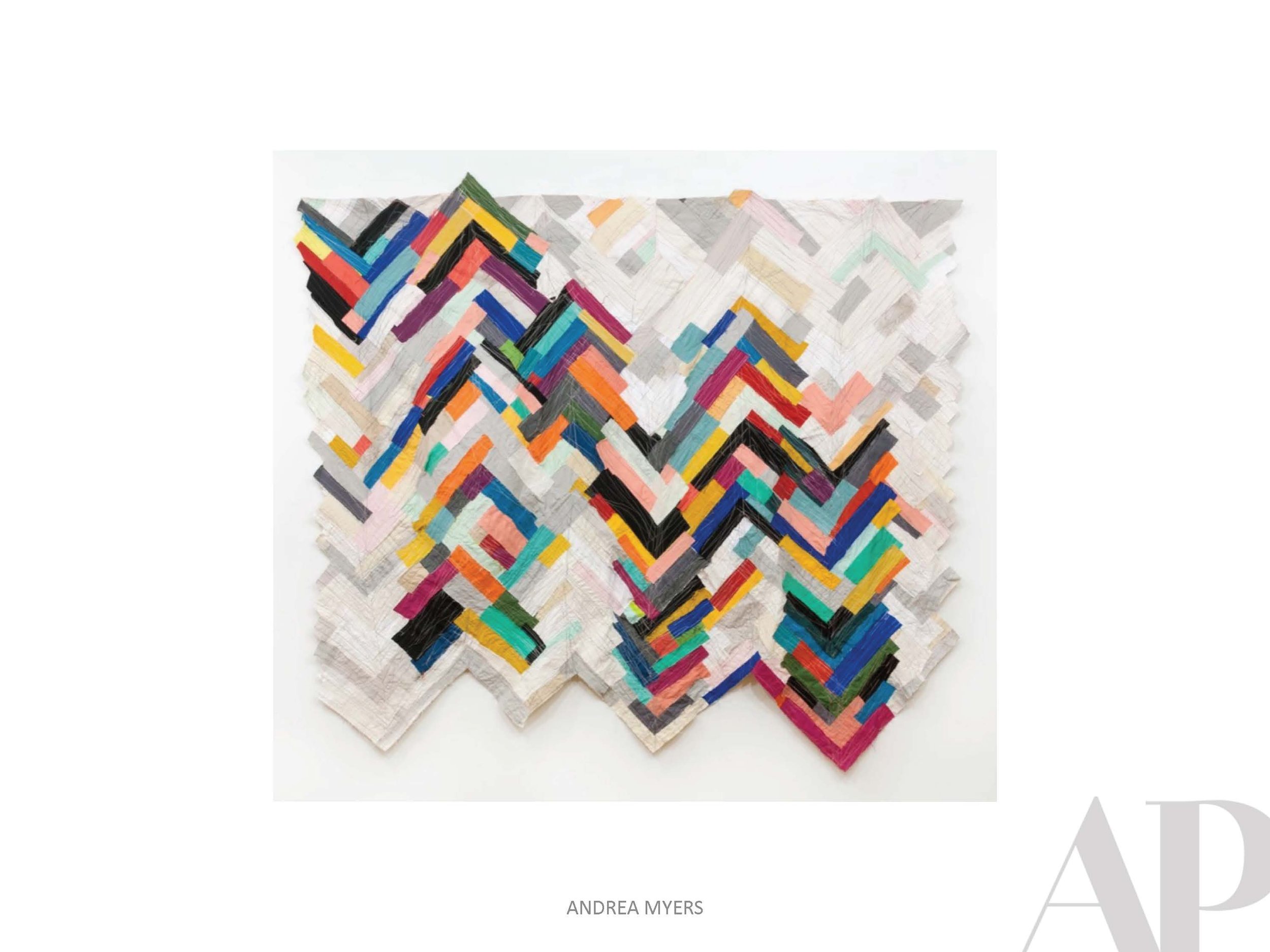
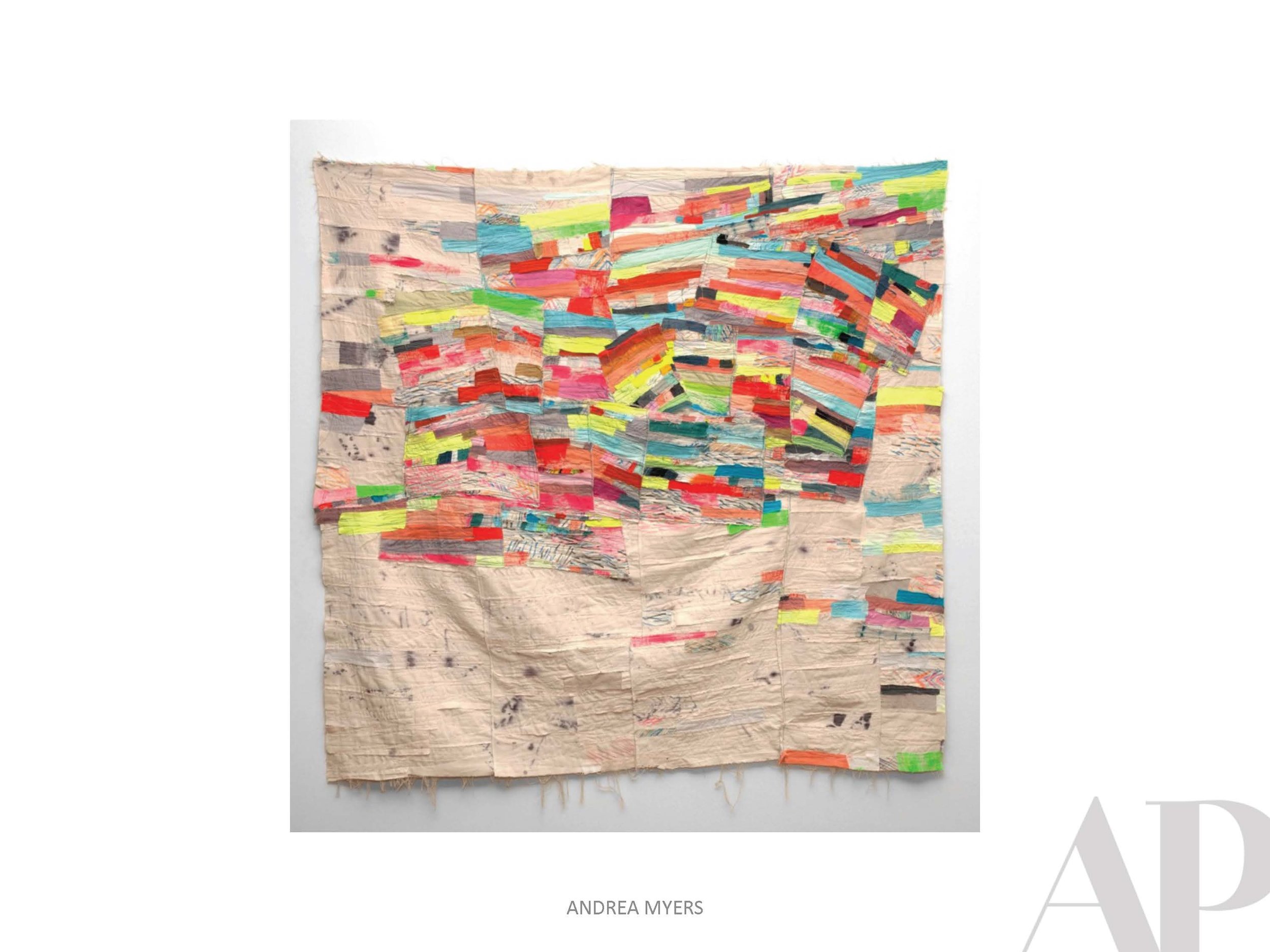
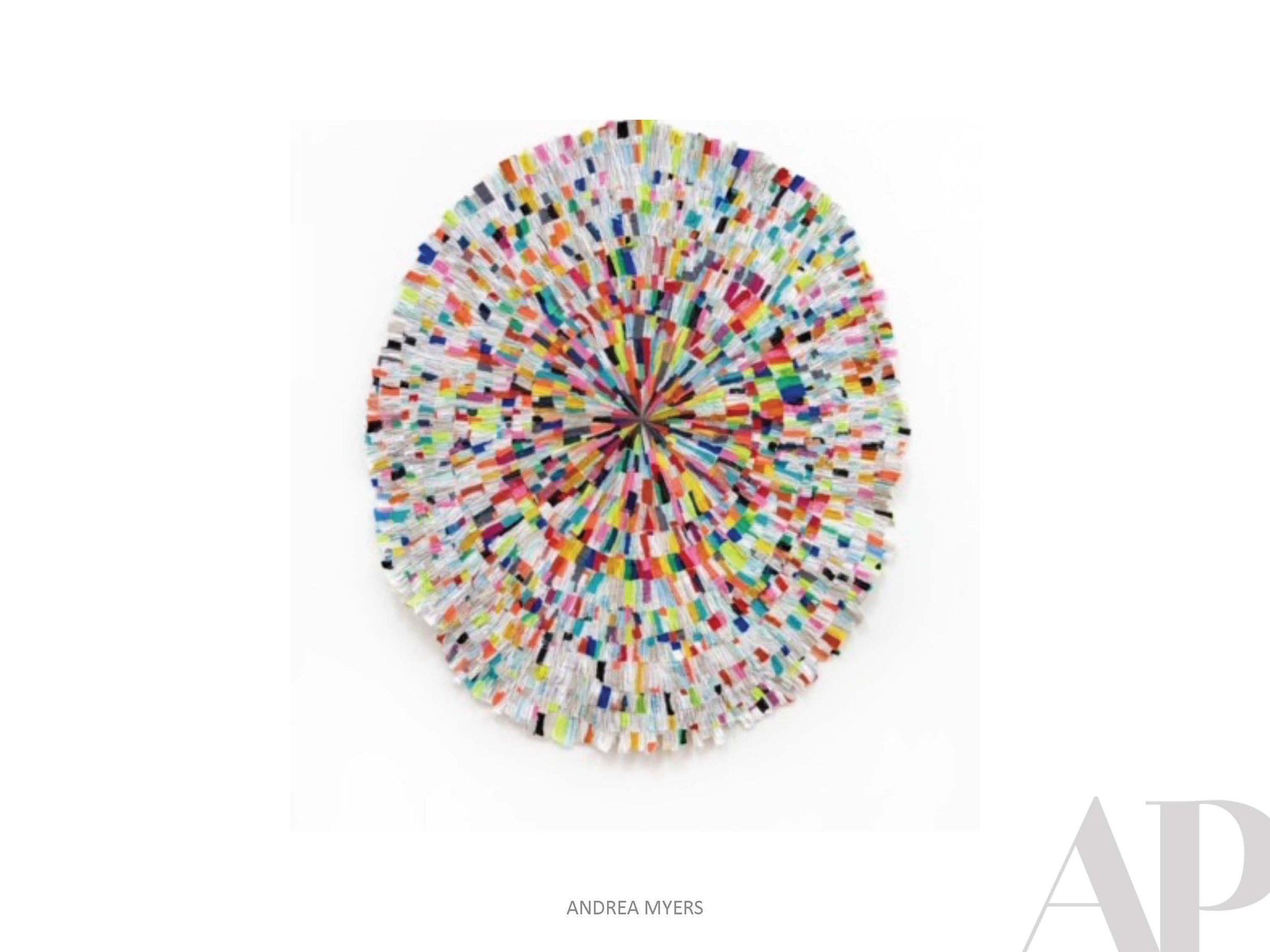
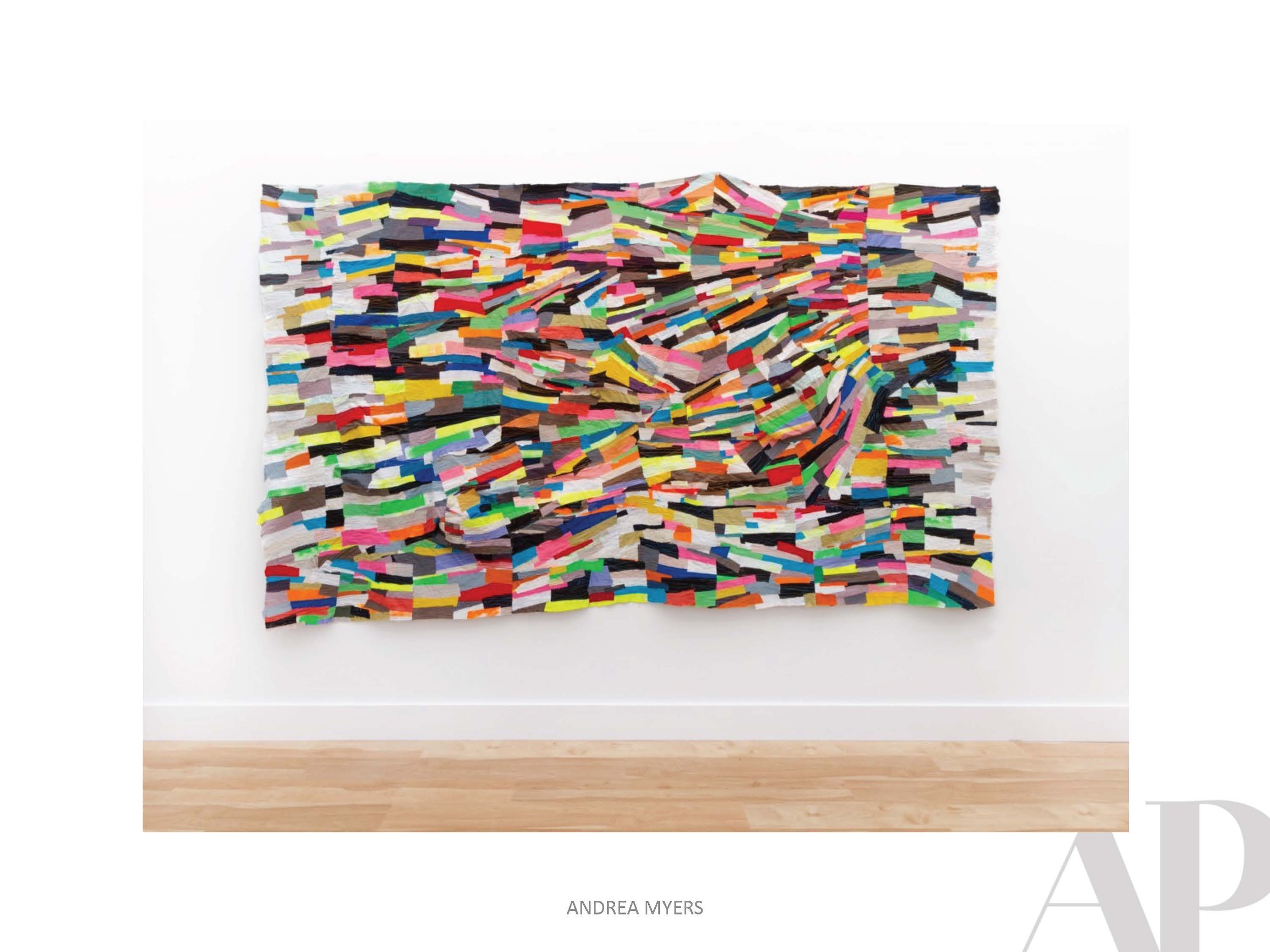
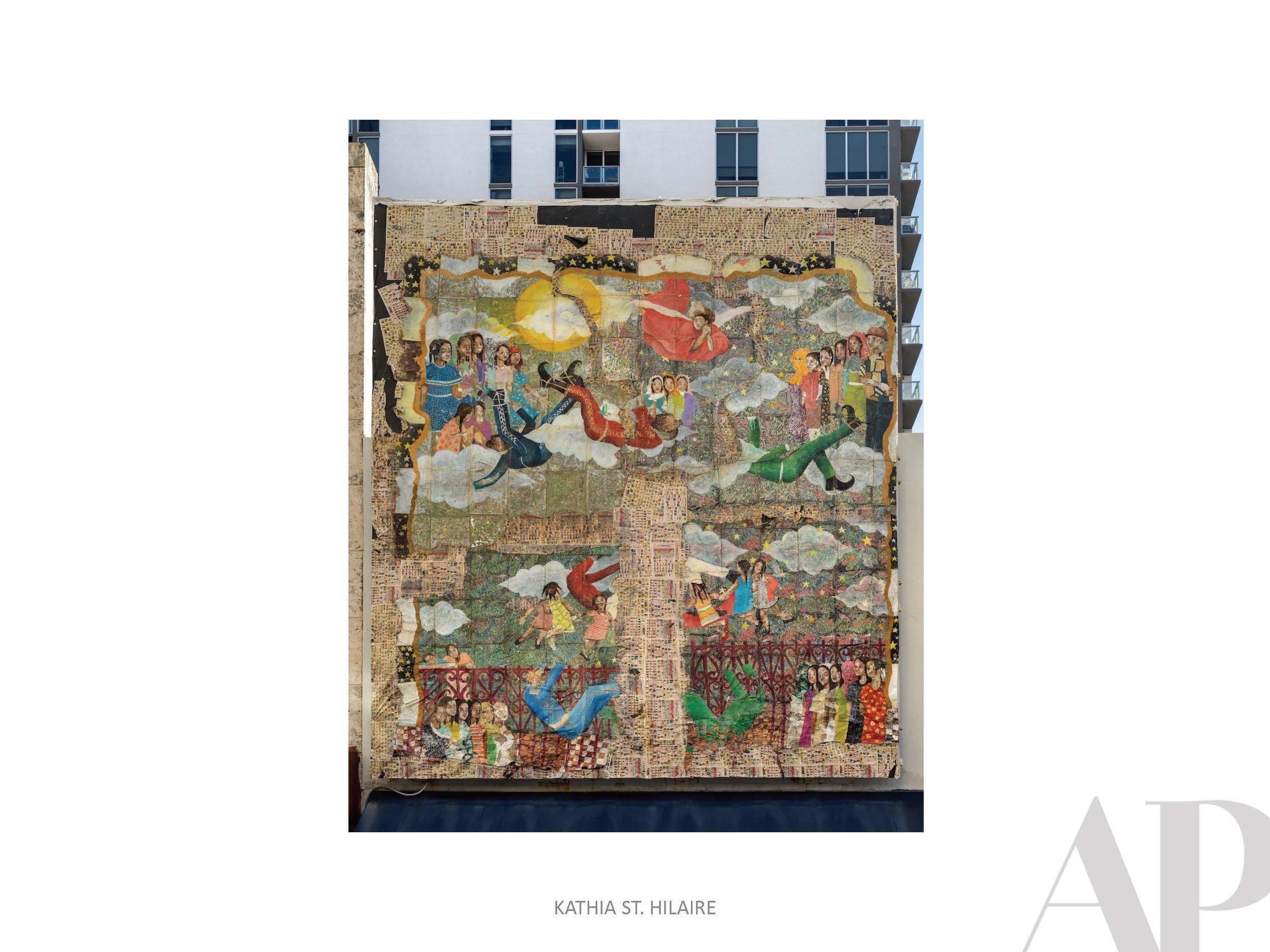

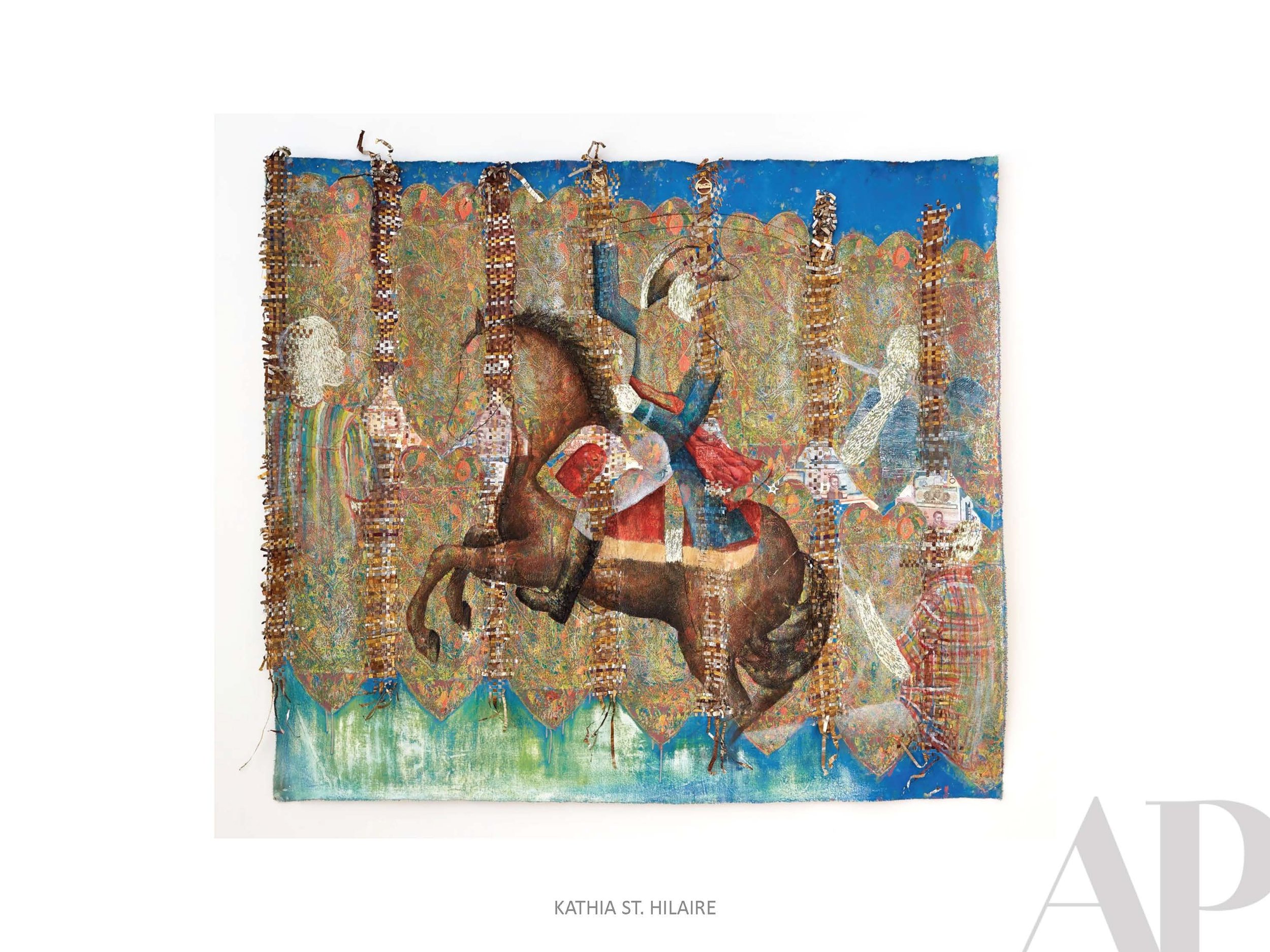
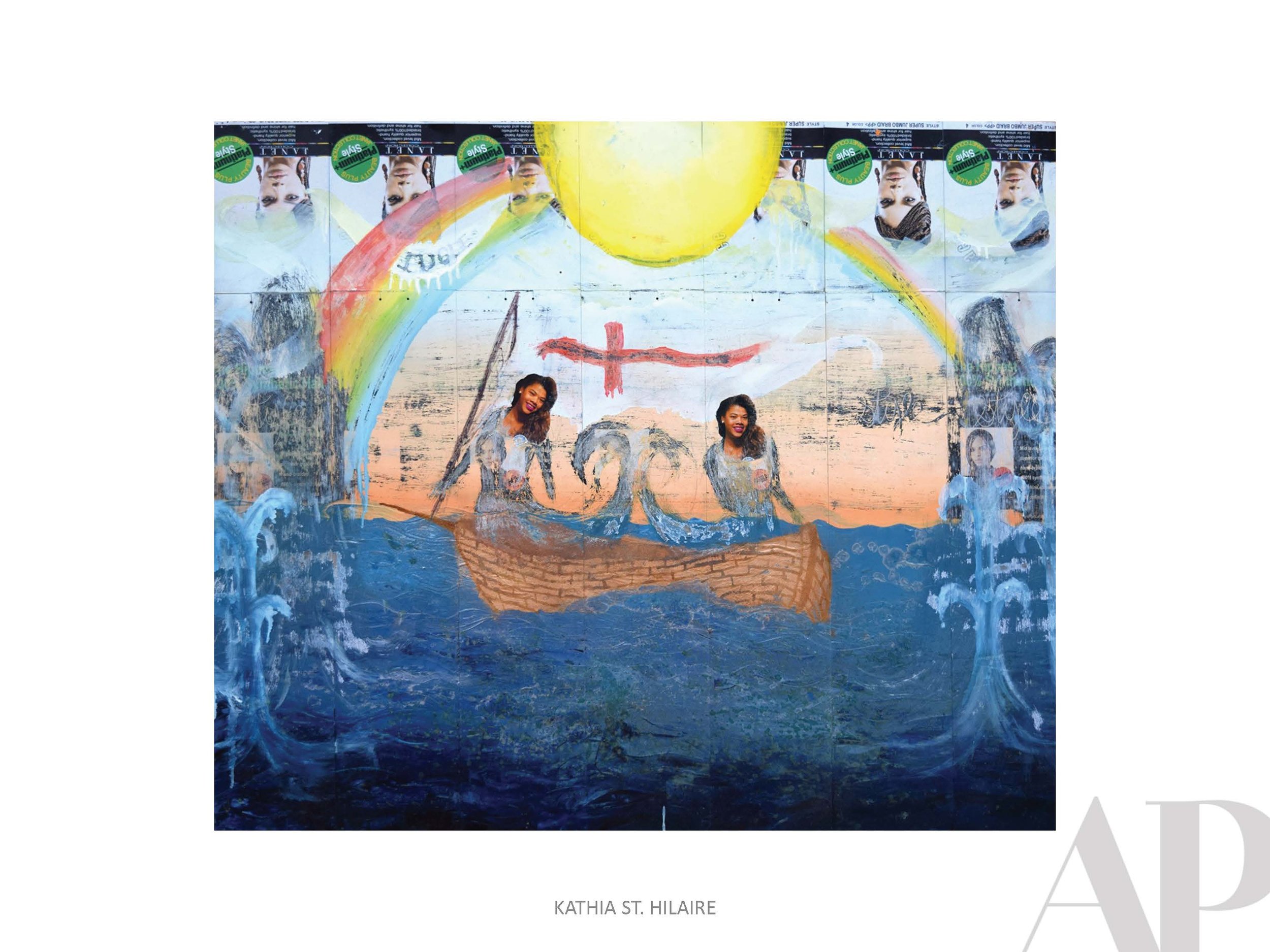

Case Study #5 | Wylie Hotel Skeleton Keys
Today we’re sharing a little behind-the-scenes of the process that went into creating some unique artwork for the Wylie Hotel here in Atlanta. Scroll through to see how the idea of vintage hotel skeleton keys went from concept to fruition.
Interior design by Pixel Design Co.

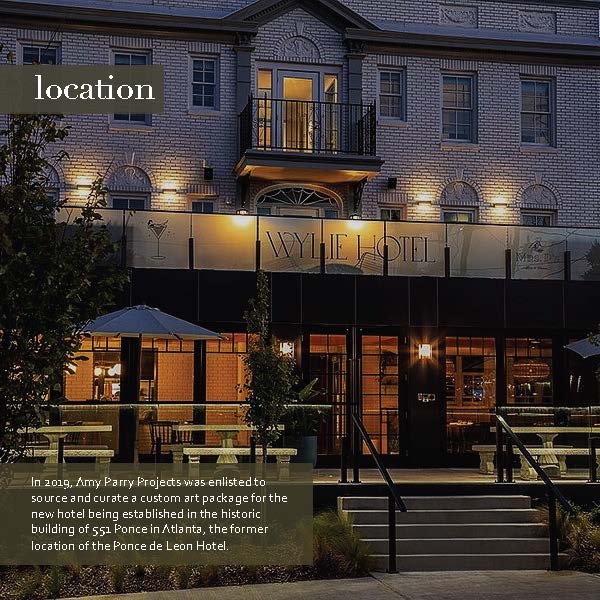

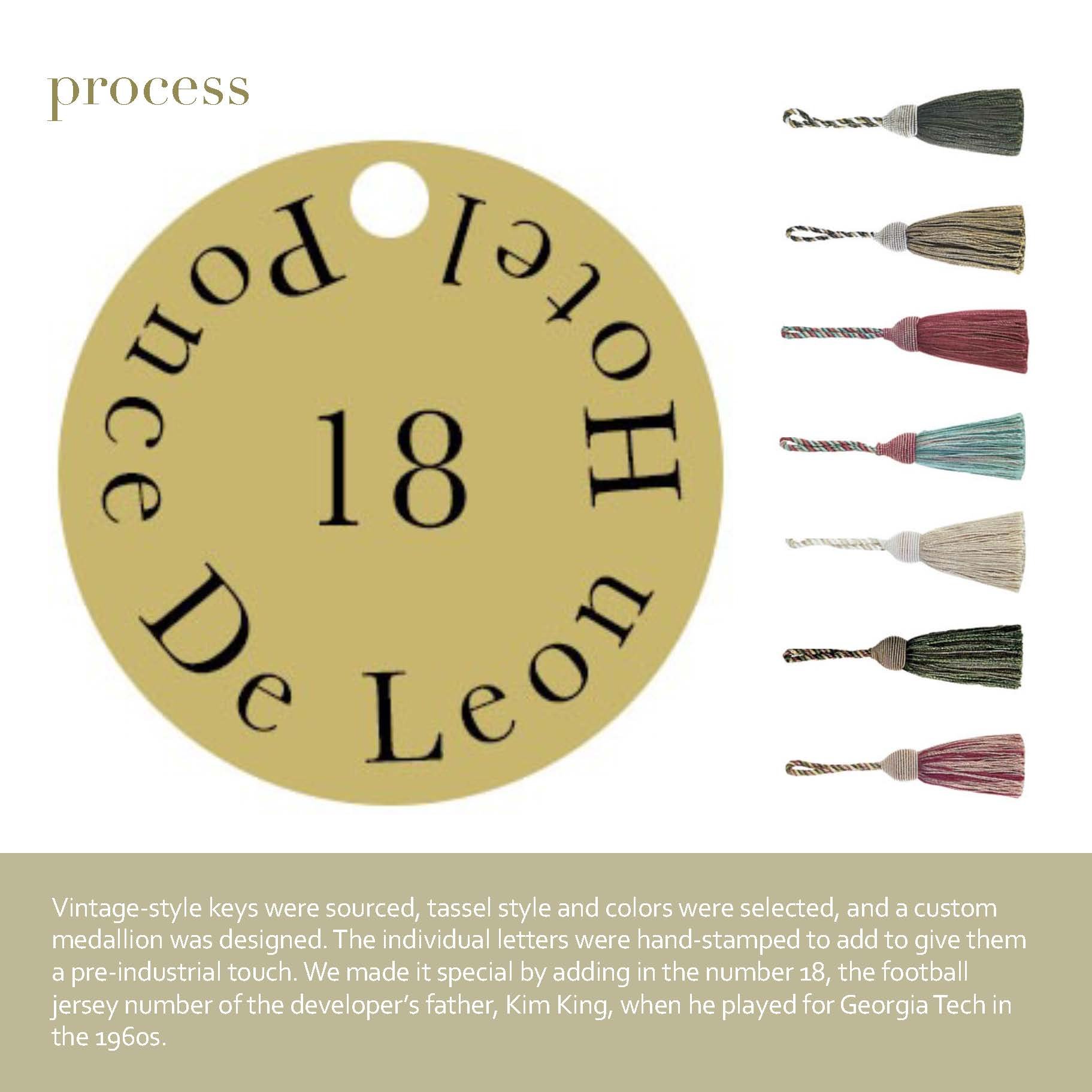
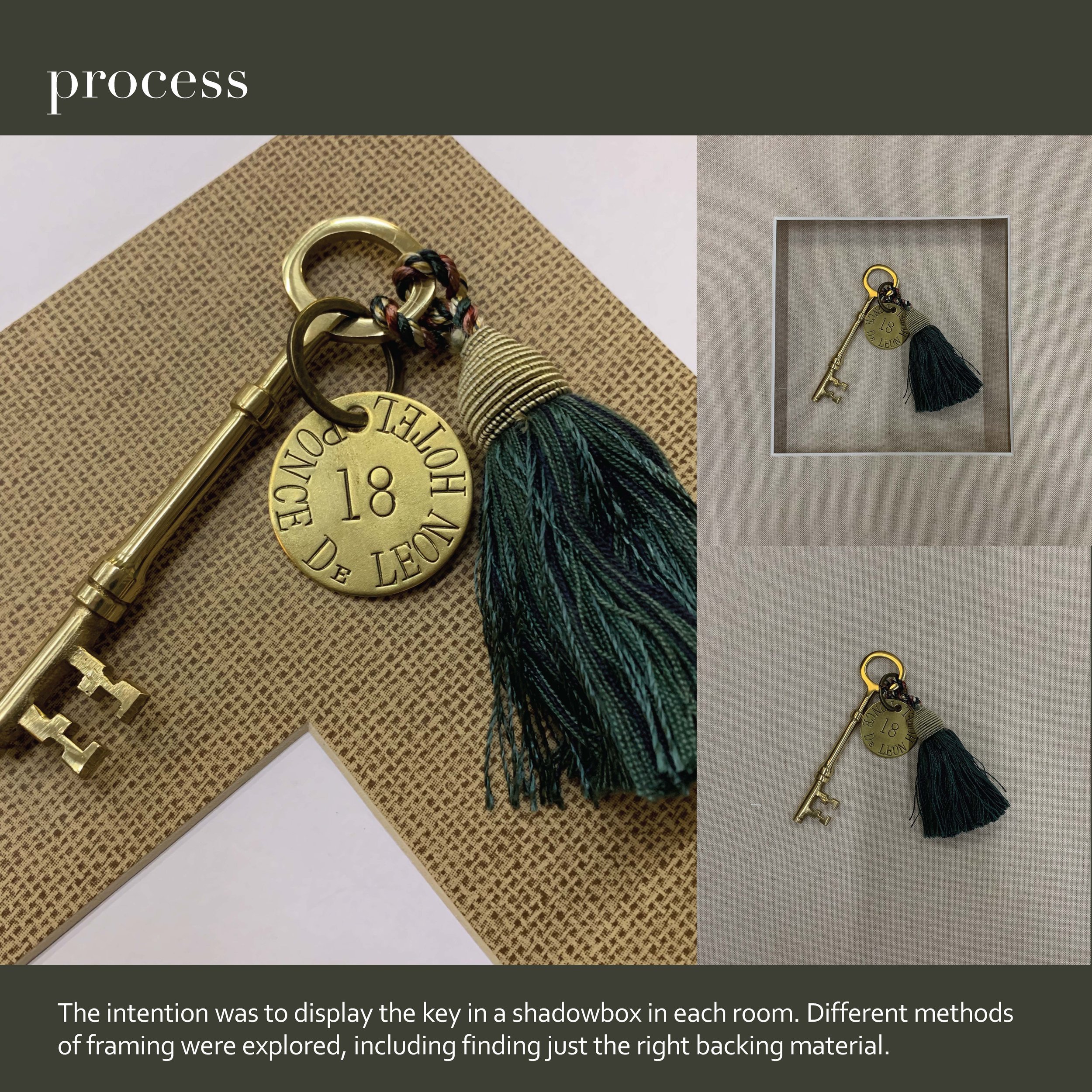

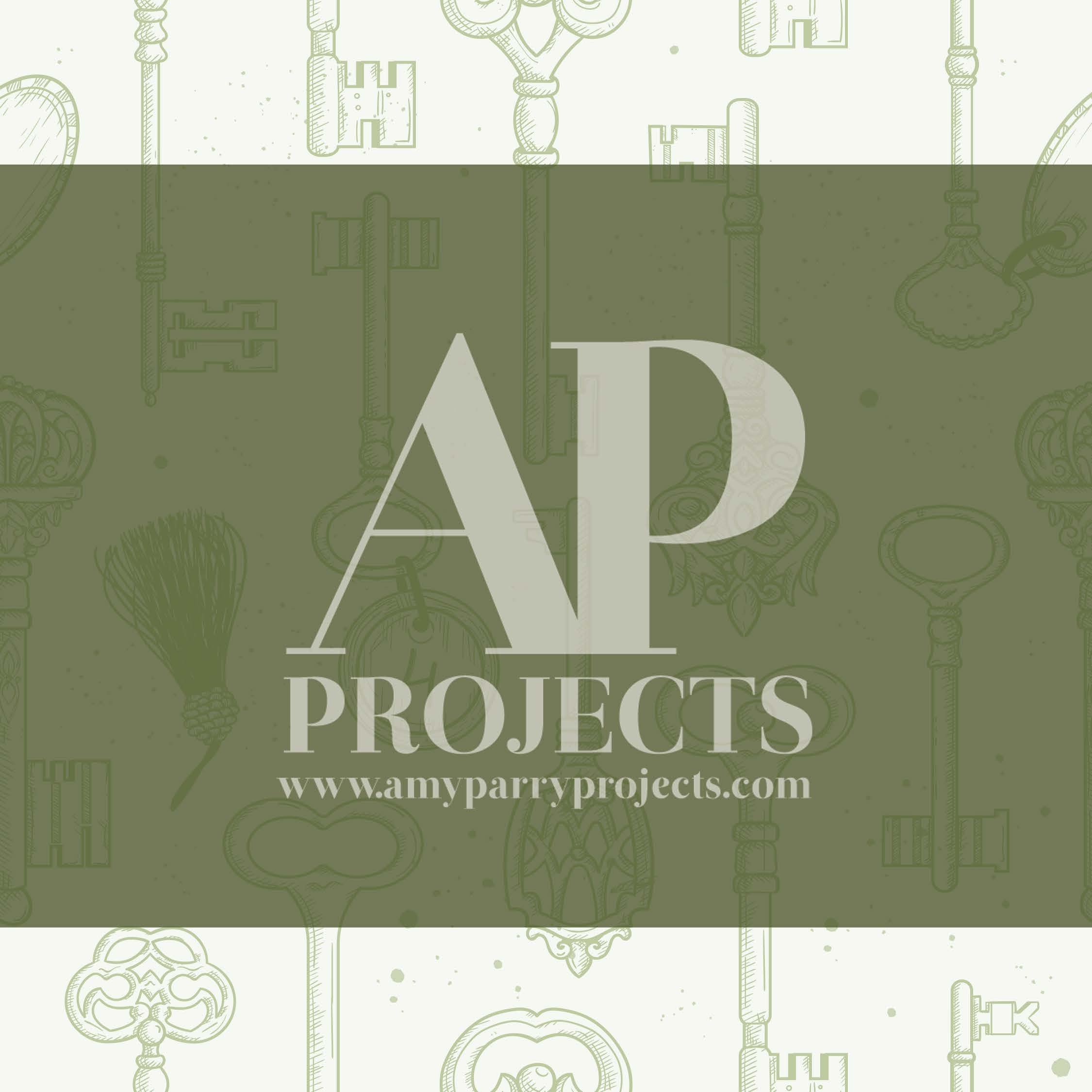
Closing out a very busy 2021...
A selection of our favorite projects + pieces
With many entire hotel projects completed this year, I was reminded time and again the value of collaboration. We are constantly learning from each other within our APP team, from the talented interior designers who bring us on and the artists that create the work; but we also learn from the lighting designers, marketing managers, engineers, contractors, chefs, general managers and hotel owners.
Collaboration with creatives inspires and pushes us to experiment with new ideas and materials. Working with construction partners reminds us our potential for inventiveness within practical boundaries. Meeting with the managers and staff affirms that the art we place will be celebrated.
I am thankful for the varied and inventive collaboration with so many driven and talented people in our daily lives. Here’s to ending 2021 filled to the brim with accomplishments and invigorated for what the new year brings!
2021 HIGHLIGHTS
We completed several art packages for new-build Hotel Projects across three states...
The Memphian - an "eccentric" Tribute Portfolio in Memphis featuring vintage imagery in neon frames.
The Wylie Hotel - a storied building with beautiful, unique touches designed by Pixel Design Co.
The Bellyard Hotel - which won Best Midscale in the 2021 Boutique Design Gold Key Awards.
The WAVE Hotel Lake Nona - a massive, spectacular project with our friends at Blue Lantern Studio including 300+ pieces of art and accessories.
Created tons of Custom Commissions...
We kept Lacey Longino busy with two large murals (Bellyard + Aviary Summerhill) and her first large-scale textile piece (Camperdown, Greenville, SC)
Numerous commissions with Caroline Bullock resulting in a Case Study on her large-scale piece for Boca West Country Club.
The great scope of The WAVE Hotel allowed us to engage artists from all over the country including: Laura Fayer Kevin Chambers, Amy Rader, Amy Genser, Melissa Borrell, Sarah Gee Miller, Alex Proba and Janice Rago.
Saw great acknowledgements for two past bar/restaurant projects...
Society in DC's Hamilton Hotel included on Travel + Leisure's List "The 21 Coolest Hotel Bars in the World."
LylaLila included on the New York Times 2021 Restaurant List.
Had a couple of firsts...
Elegant renovation projects for two distinct Country Clubs. Excited to enter this market with the great designers who serve them - Larson Nichols + ai3.
Completed a super fun package for Encore at Georgia Tech, our first stand-alone co-working space.
Beginning work on our first entire-hotel art package in Europe - a first for the Reverb by Hardrock brand in Hamburg, Germany.
And other exciting things...
Announcement of another forthcoming Reverb in Kalamazoo, MI - a historic
preservation project turning the iconic Gibson Manufacturing Site into another state-of-the-art, music-centric hotel.
A large-scale custom wallcovering for the new Atlanta HQ for Variant.
The Atlanta Hawks went to the playoffs for the first time in 4 years and Derek Bruno returned to activate a central hallway in the Arena with a large-scale mural.
Artist Interviews with Koketit, Mike Black, Sarah Gee Miller and Erika Lee Sears
An increased focus on curated packages of accessories!
5 Inspiration Boards
One final note...
After seven years as Art Consultant and Director of Art Resources, Lisa Thrower will be moving on from her role with APP. Over the years, her unique vision has contributed to the variety within our projects and social media.
Please join us in wishing her our best in her new endeavors…
Feature Mural by Amy Rader | WAVE Hotel | Lake Nona
Wishing you all the renewed energy + excitement a new year can bring...
Amy Parry Projects
Please note: we will be closed for our holiday recharge from
December 24th through January 3rd
Currently Inspired By...
After a busy year with lots of dimensional, off-the-wall art selections, this collection is a return to more classical eye-candy. Continuing to find great color but reveling in these calm, classic modern pieces.
Please enjoy our last Inspiration Board of 2021.
I know we are all looking forward to what the new year will show us!





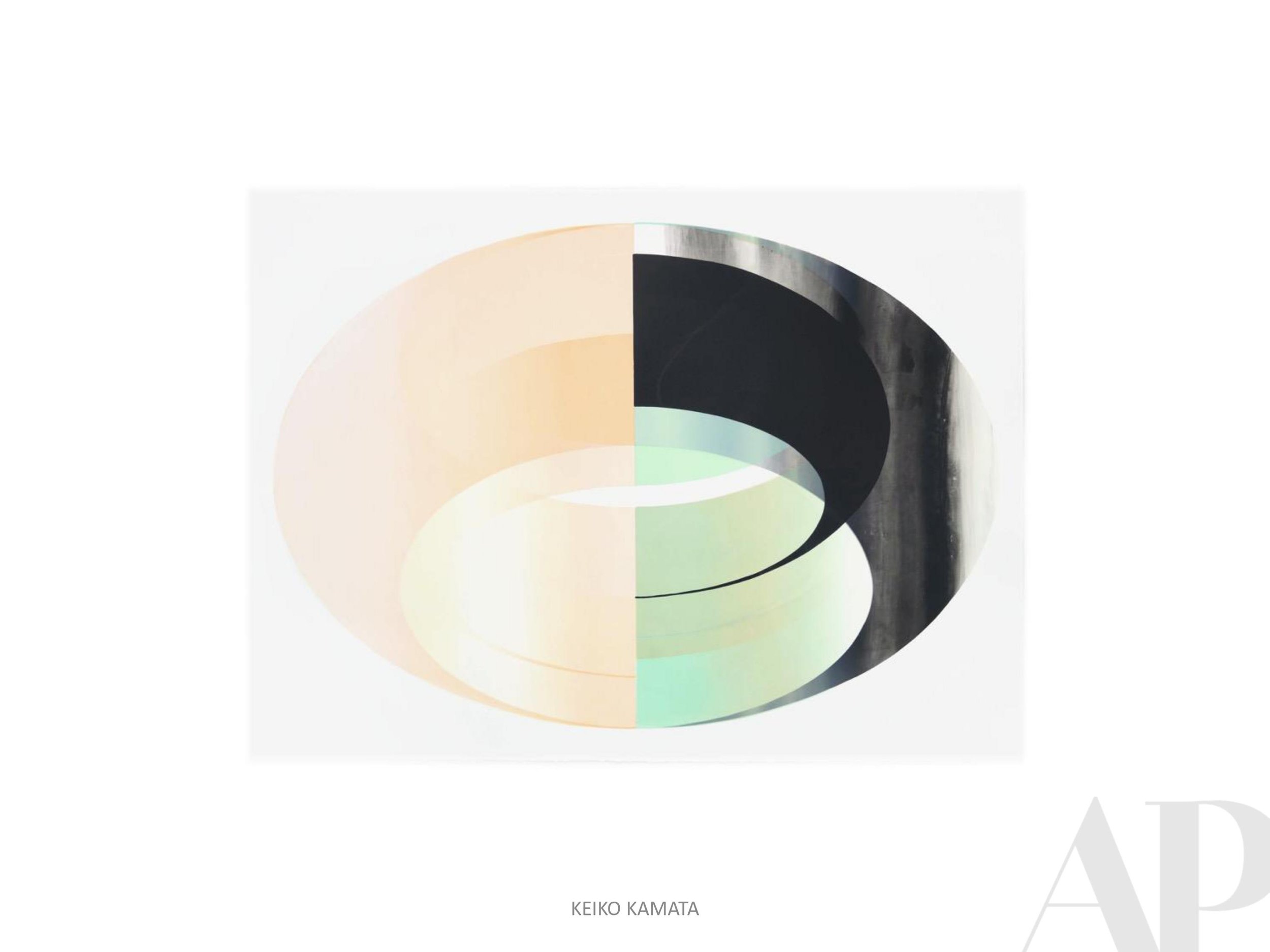
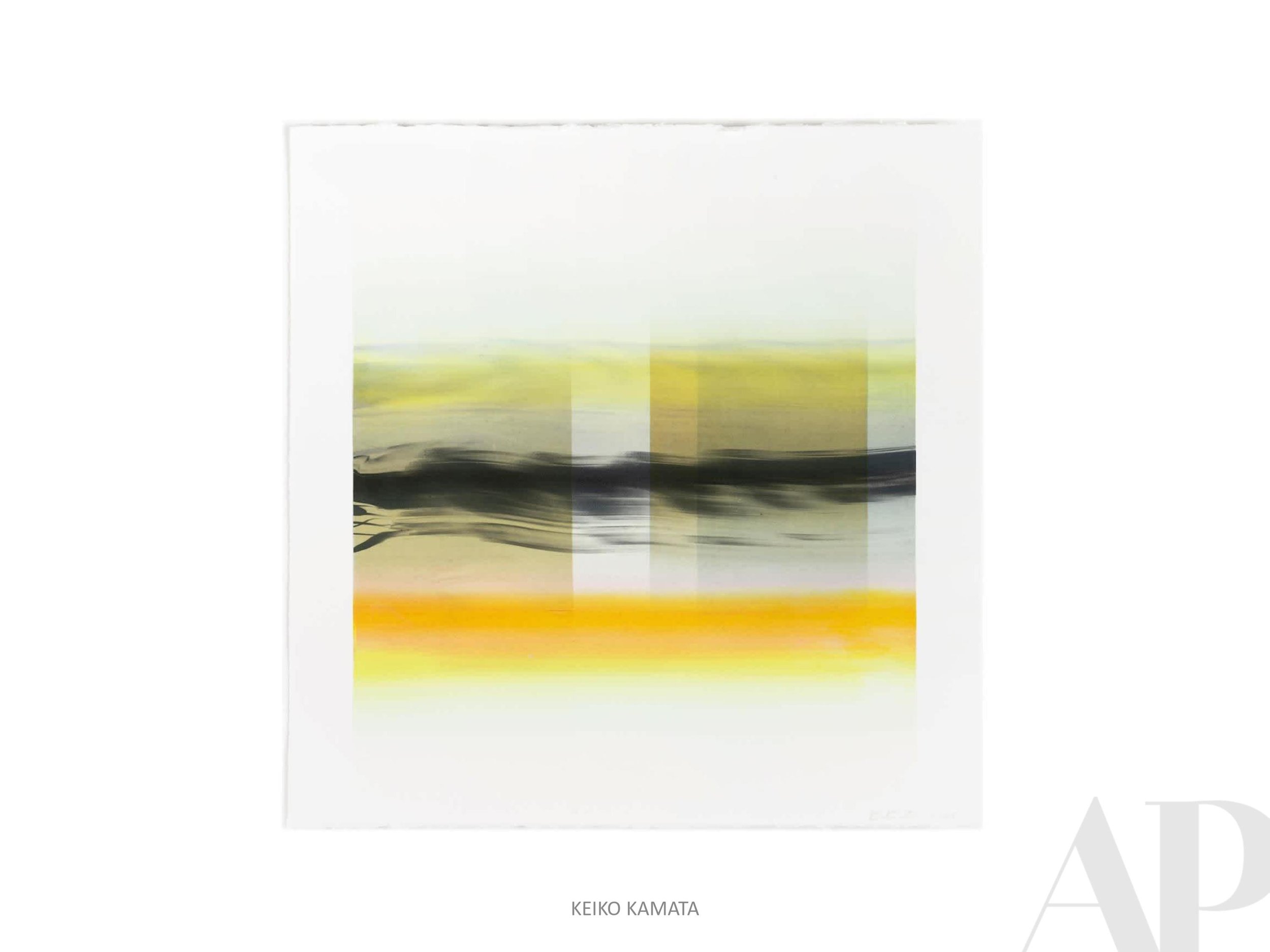
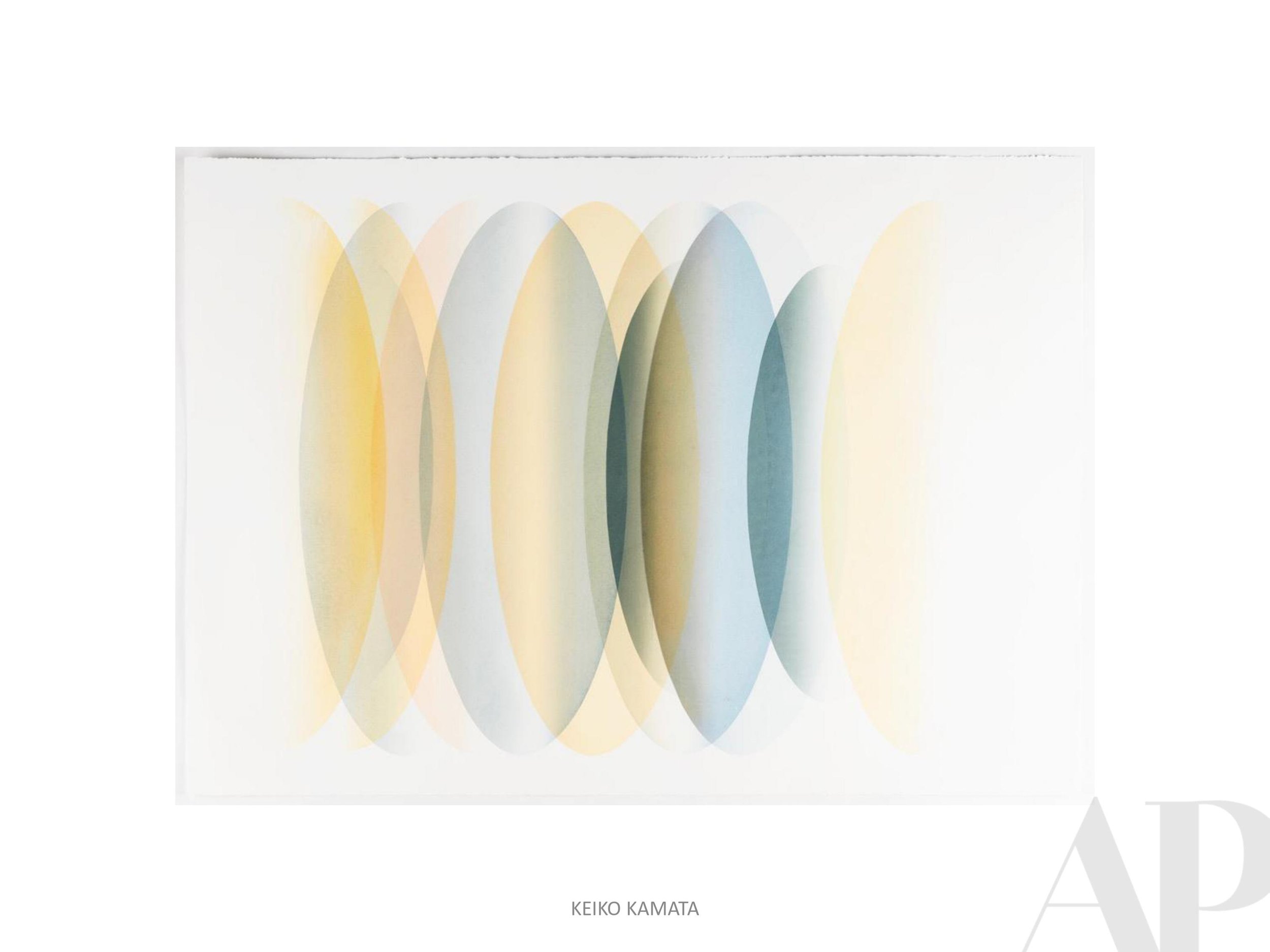
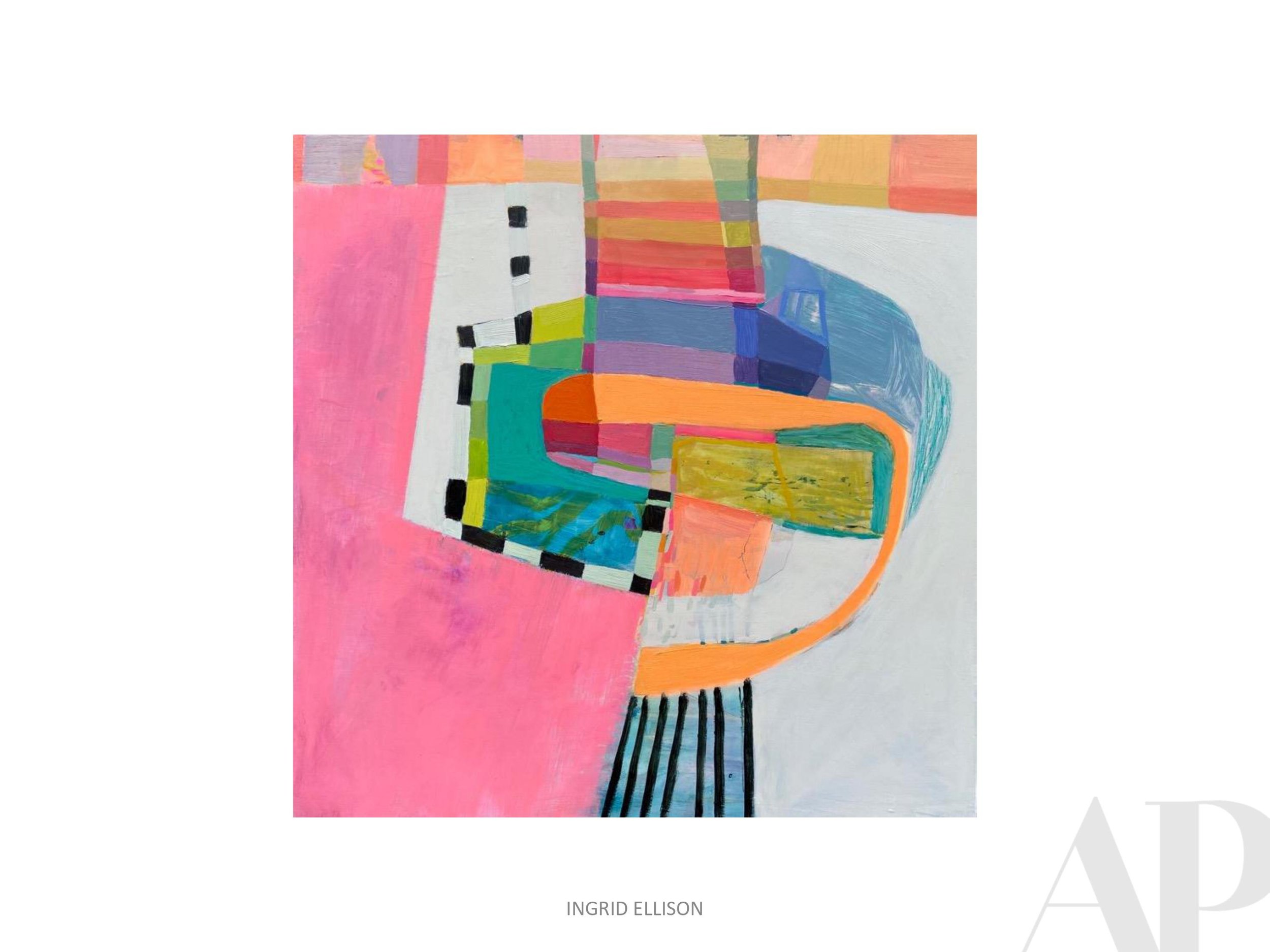

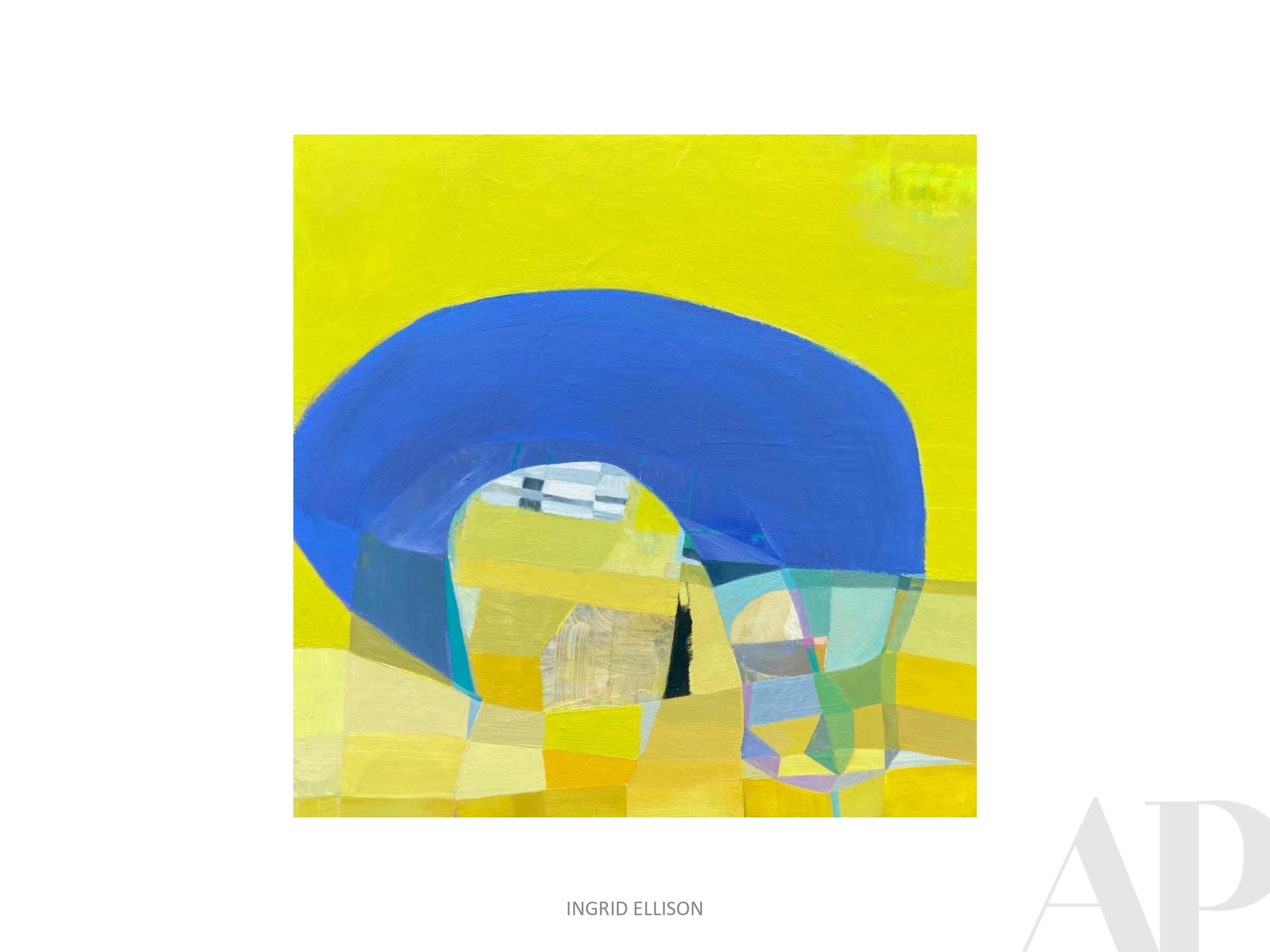
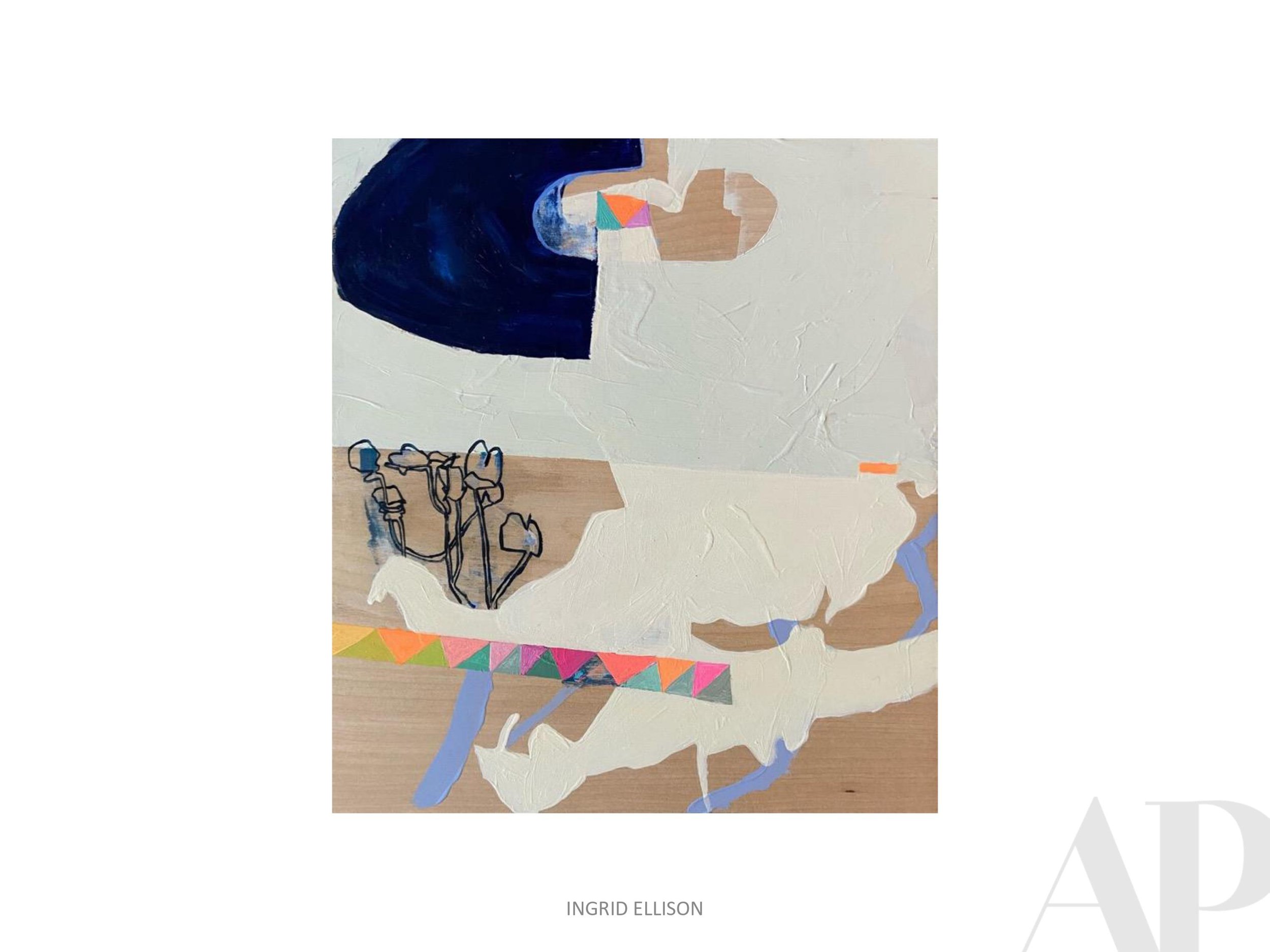
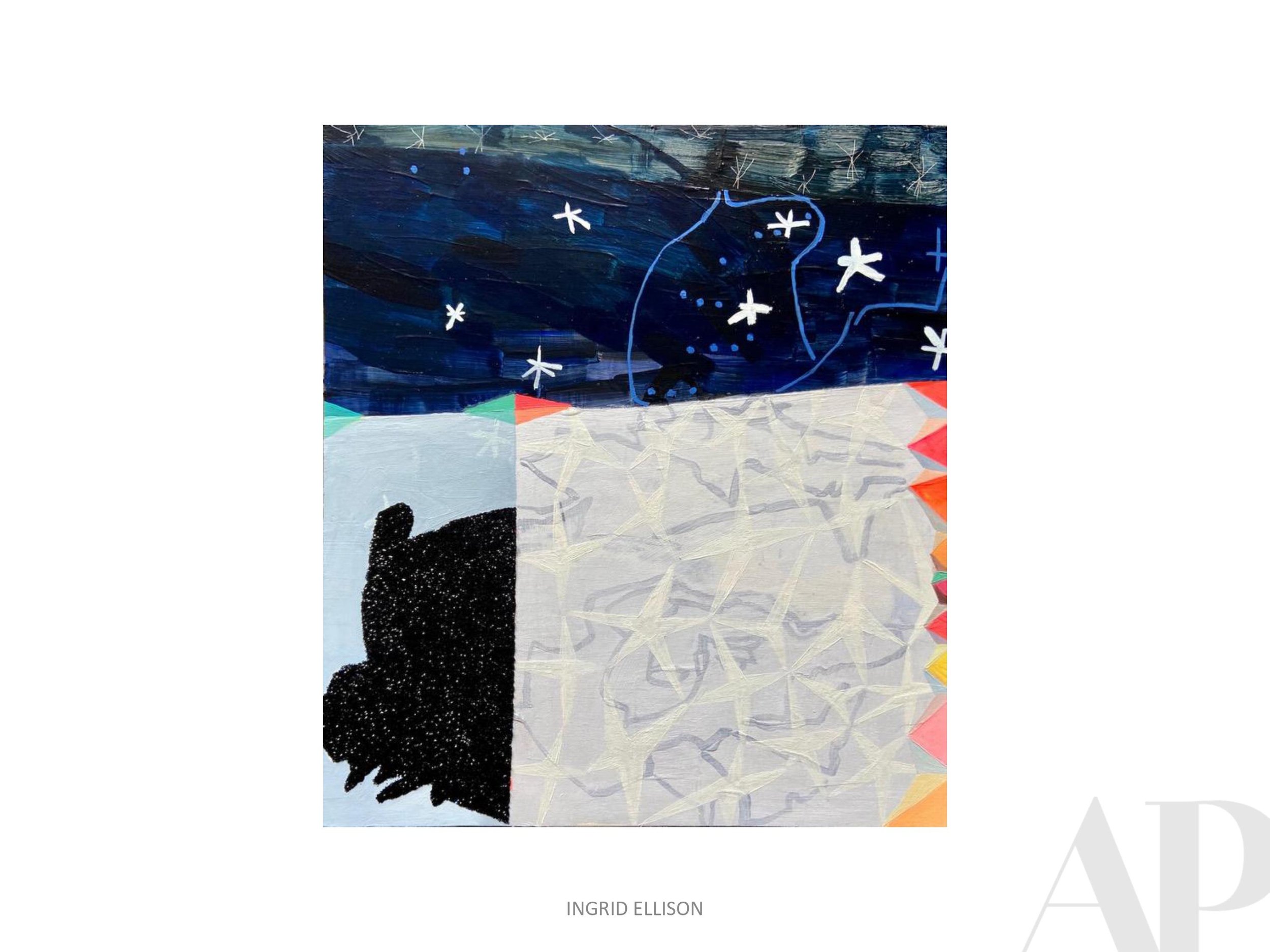
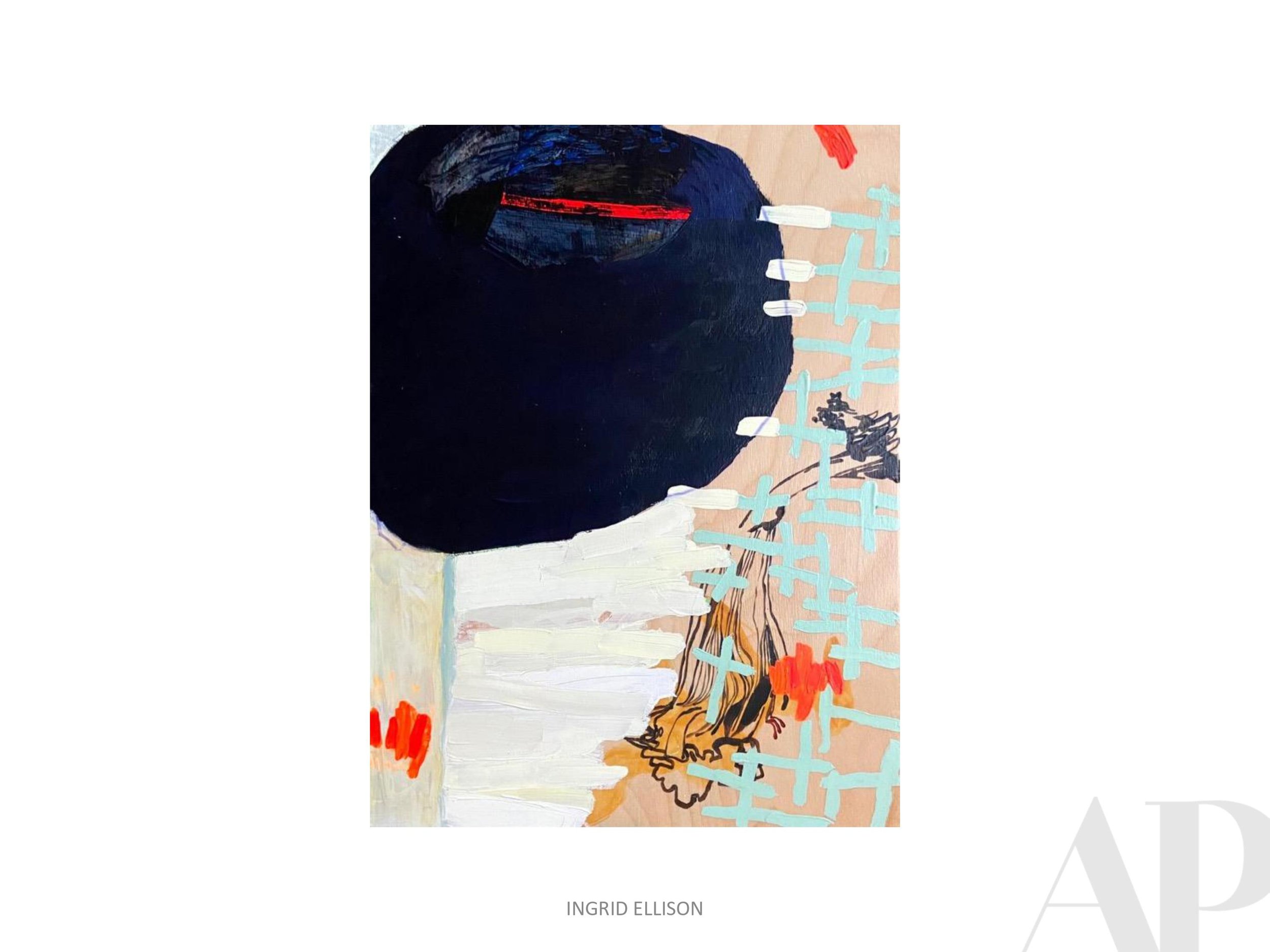
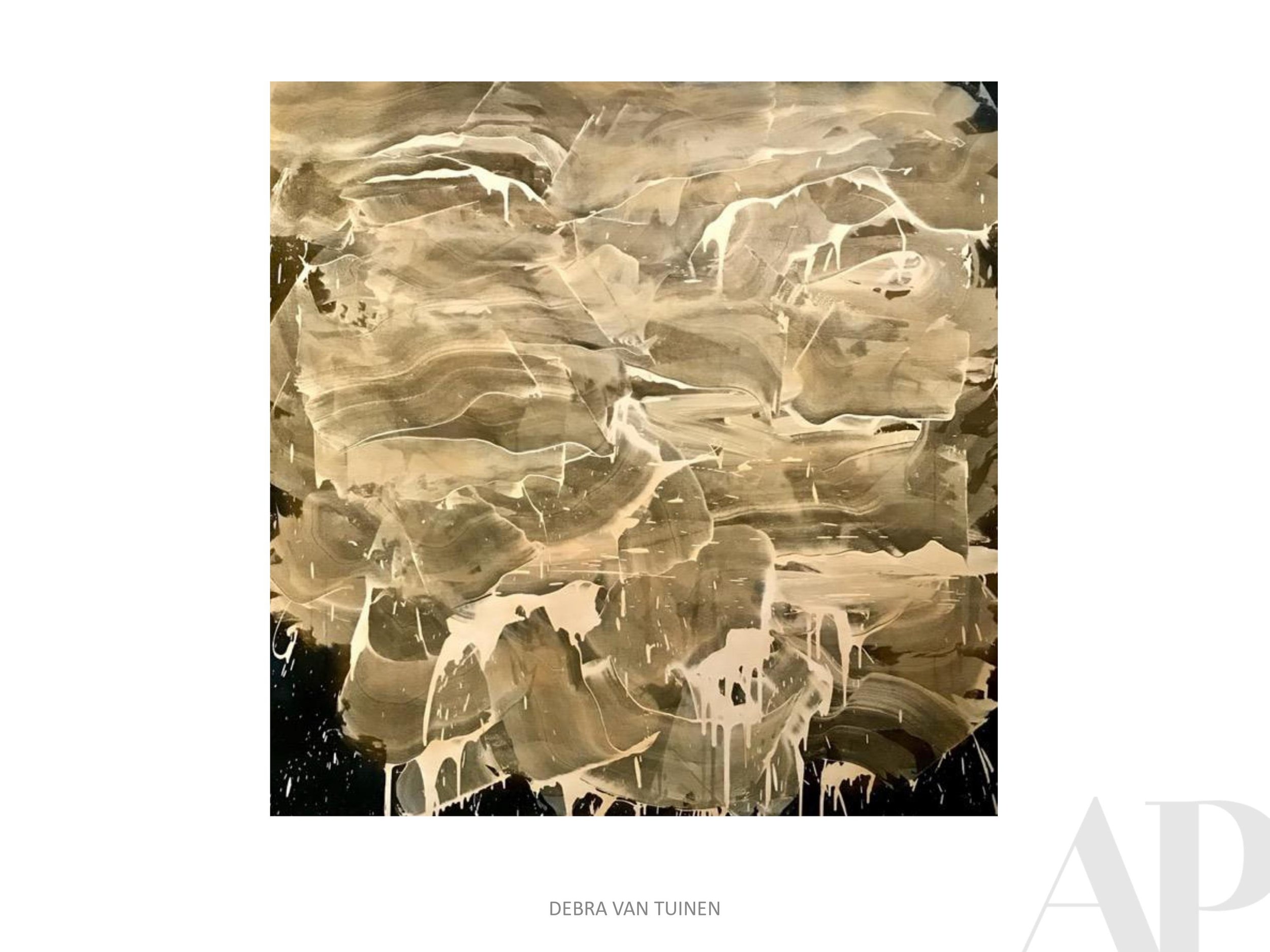
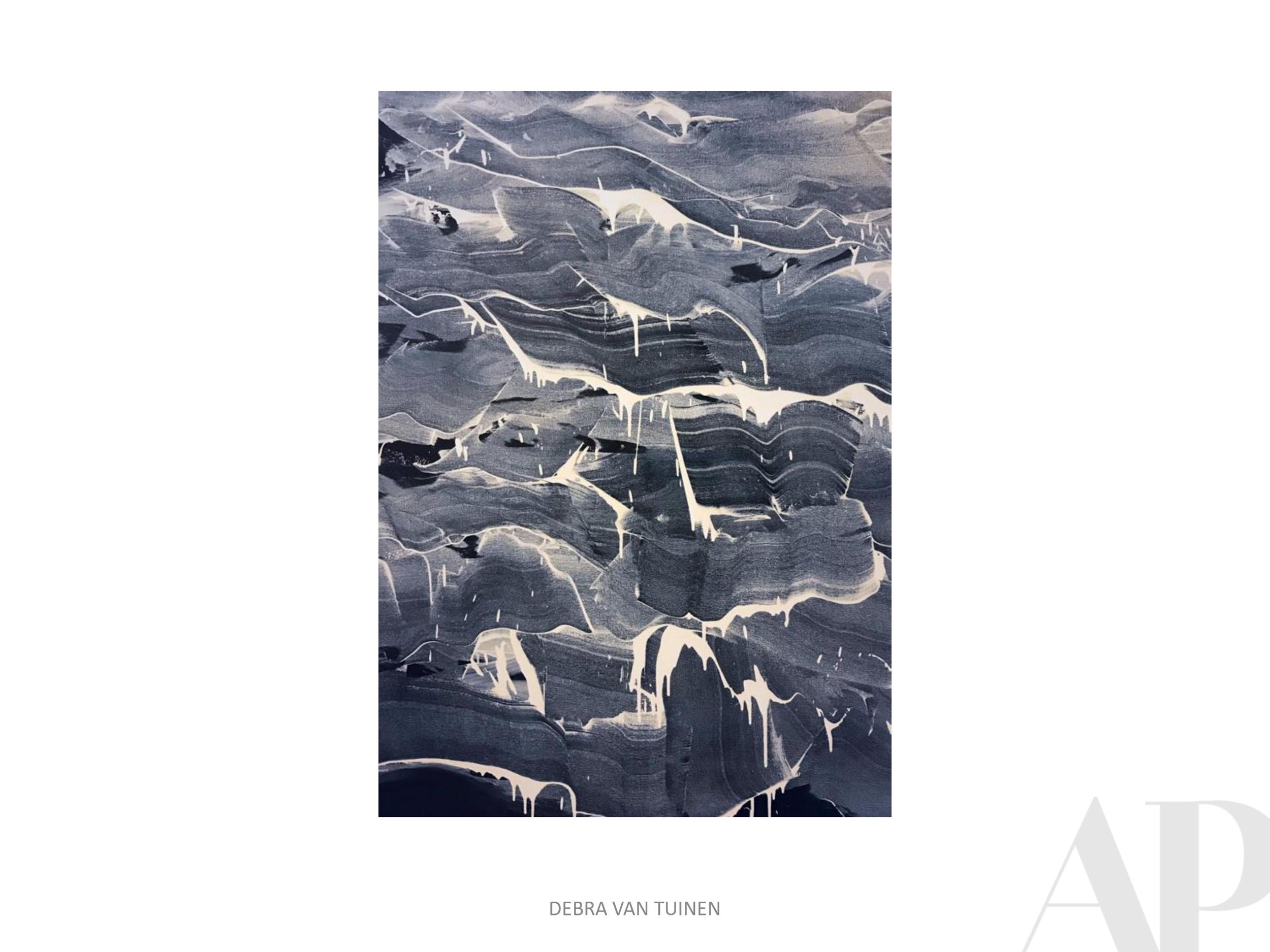
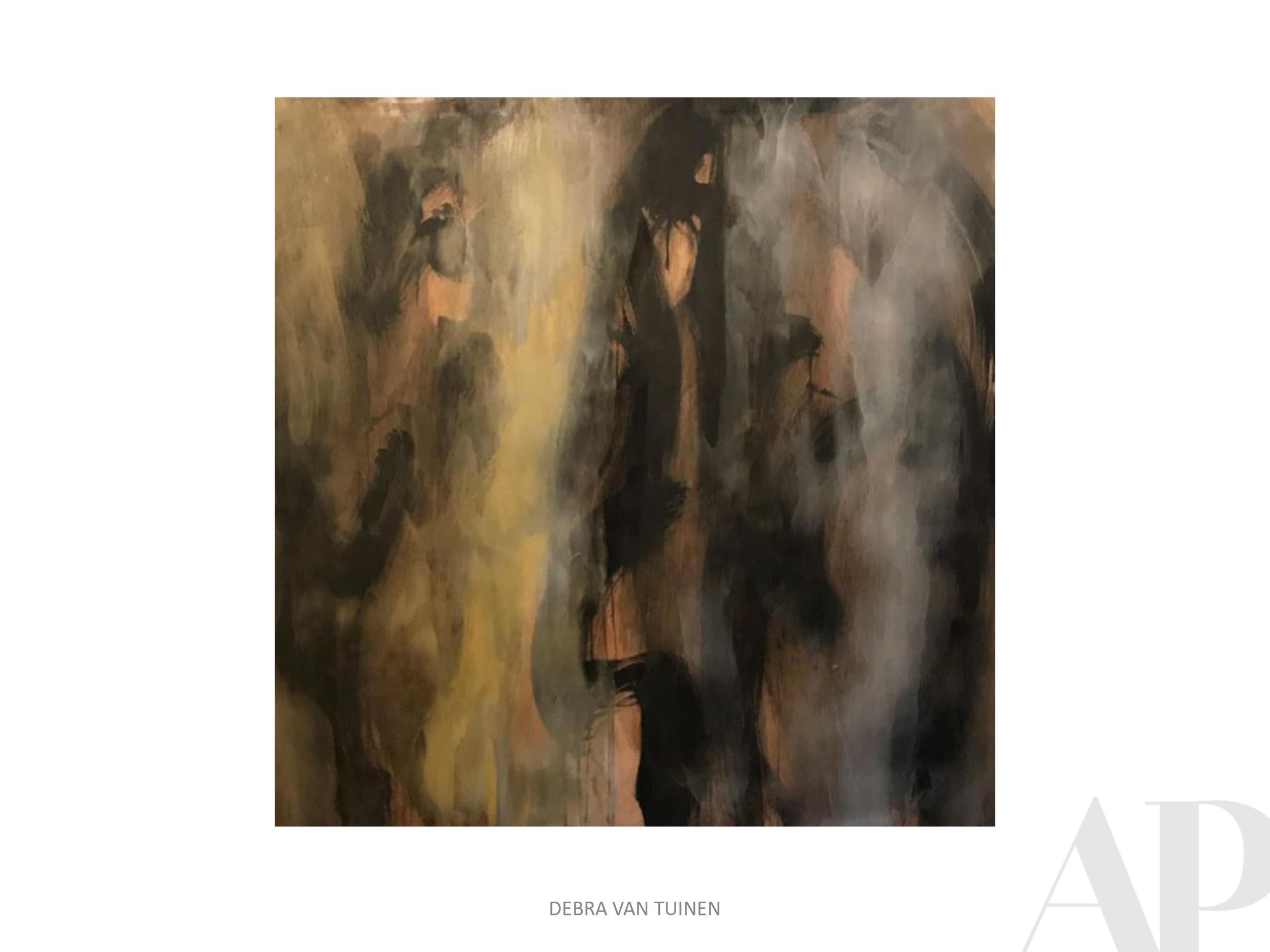
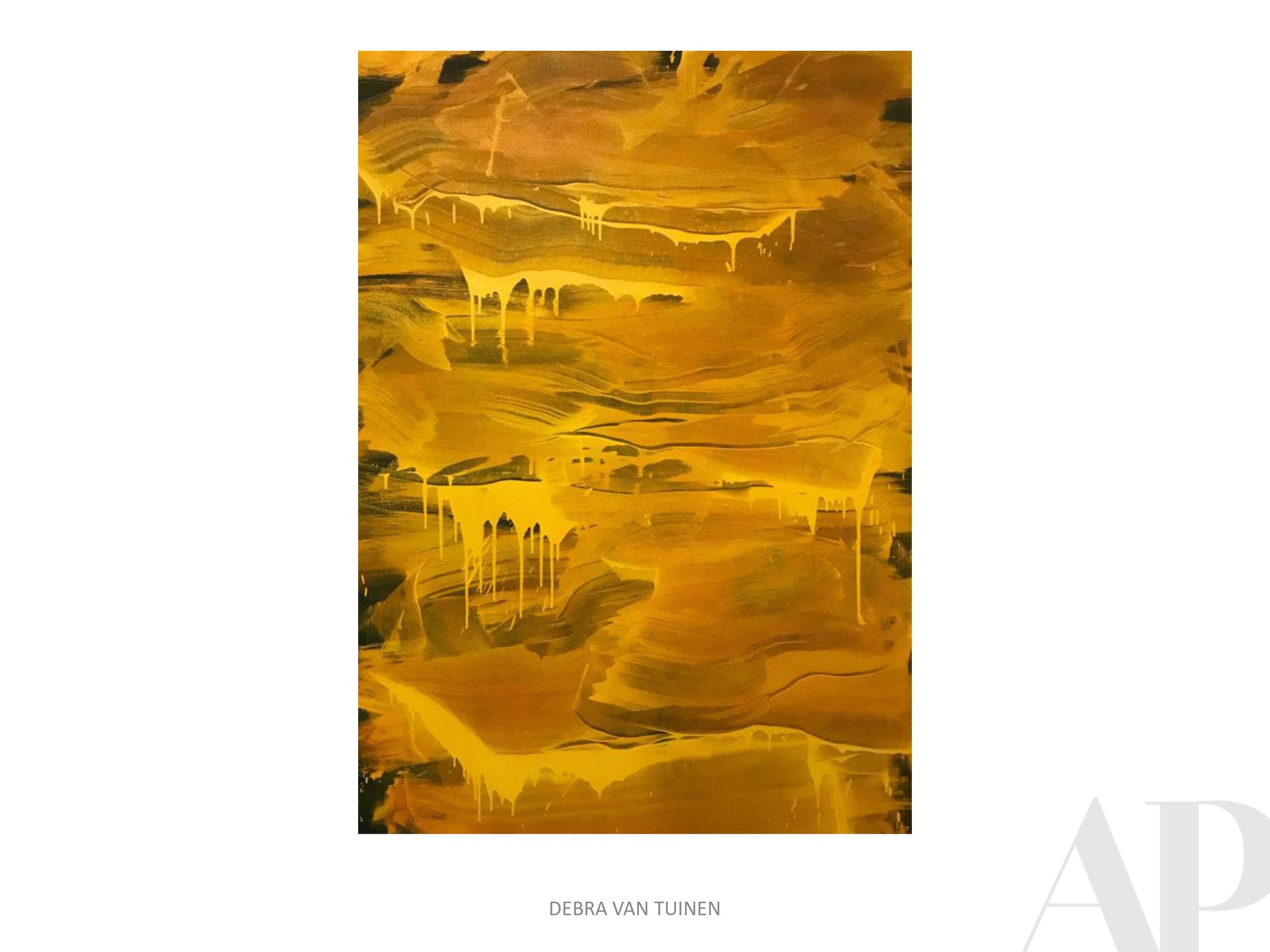
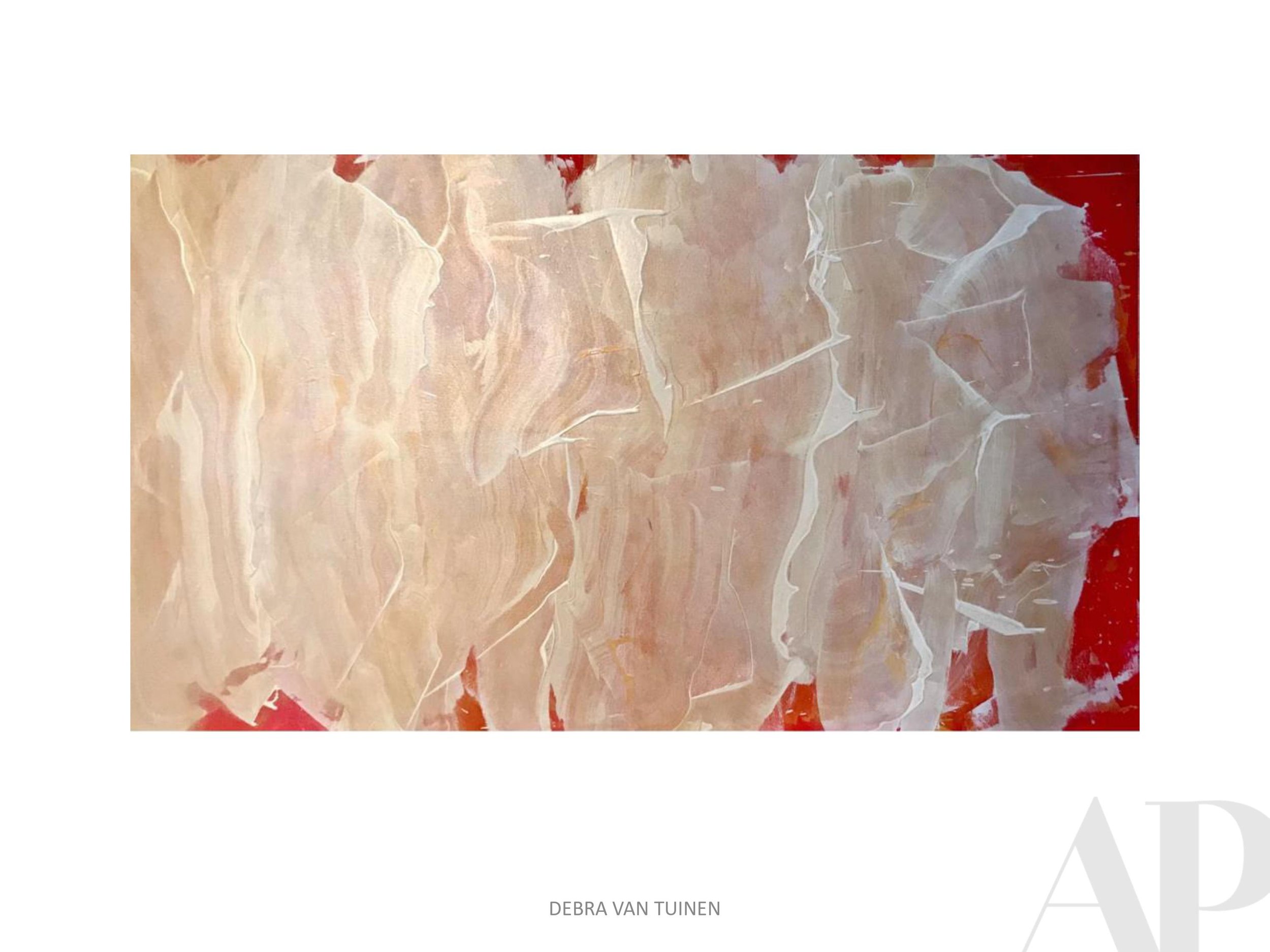
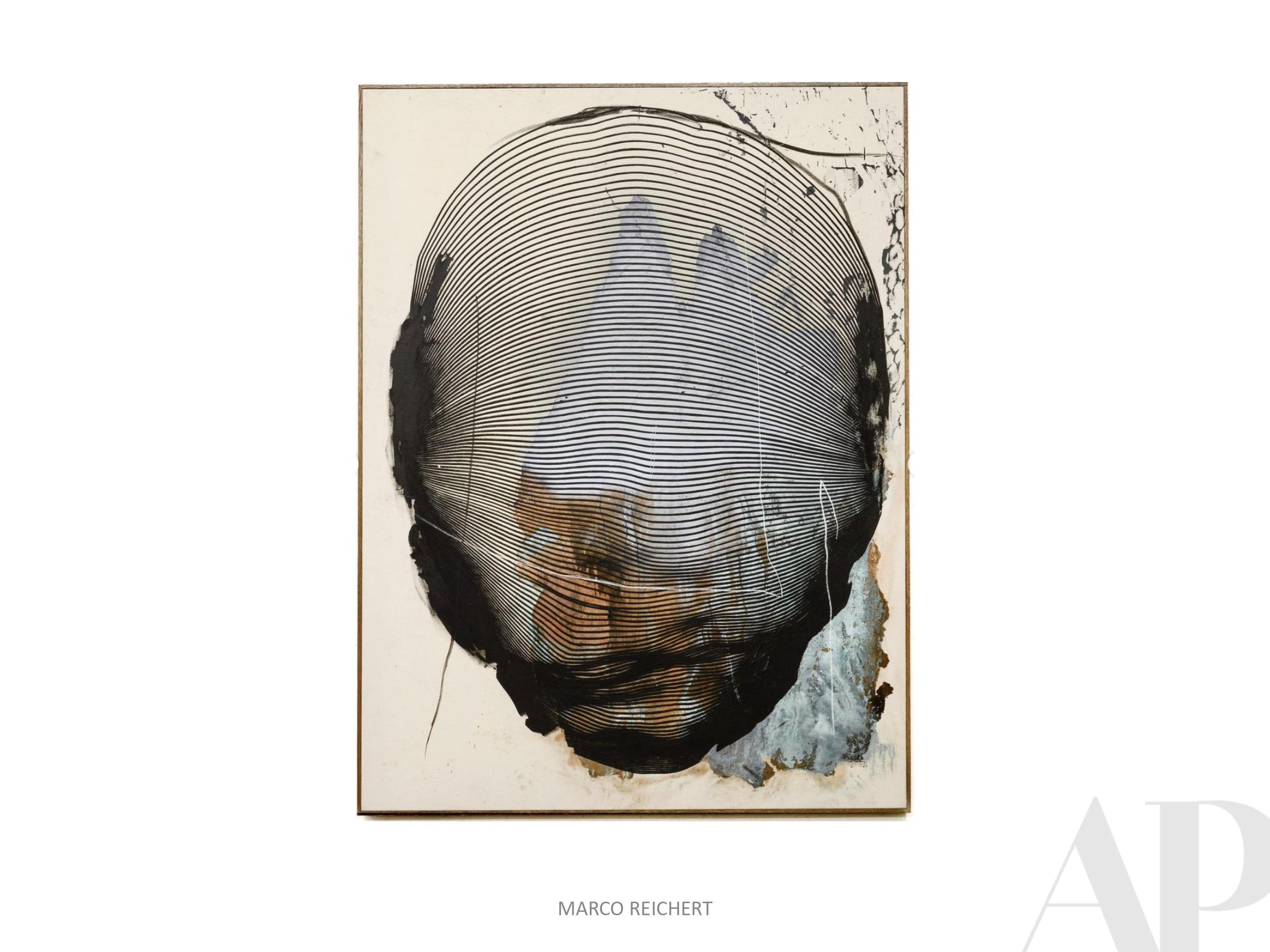

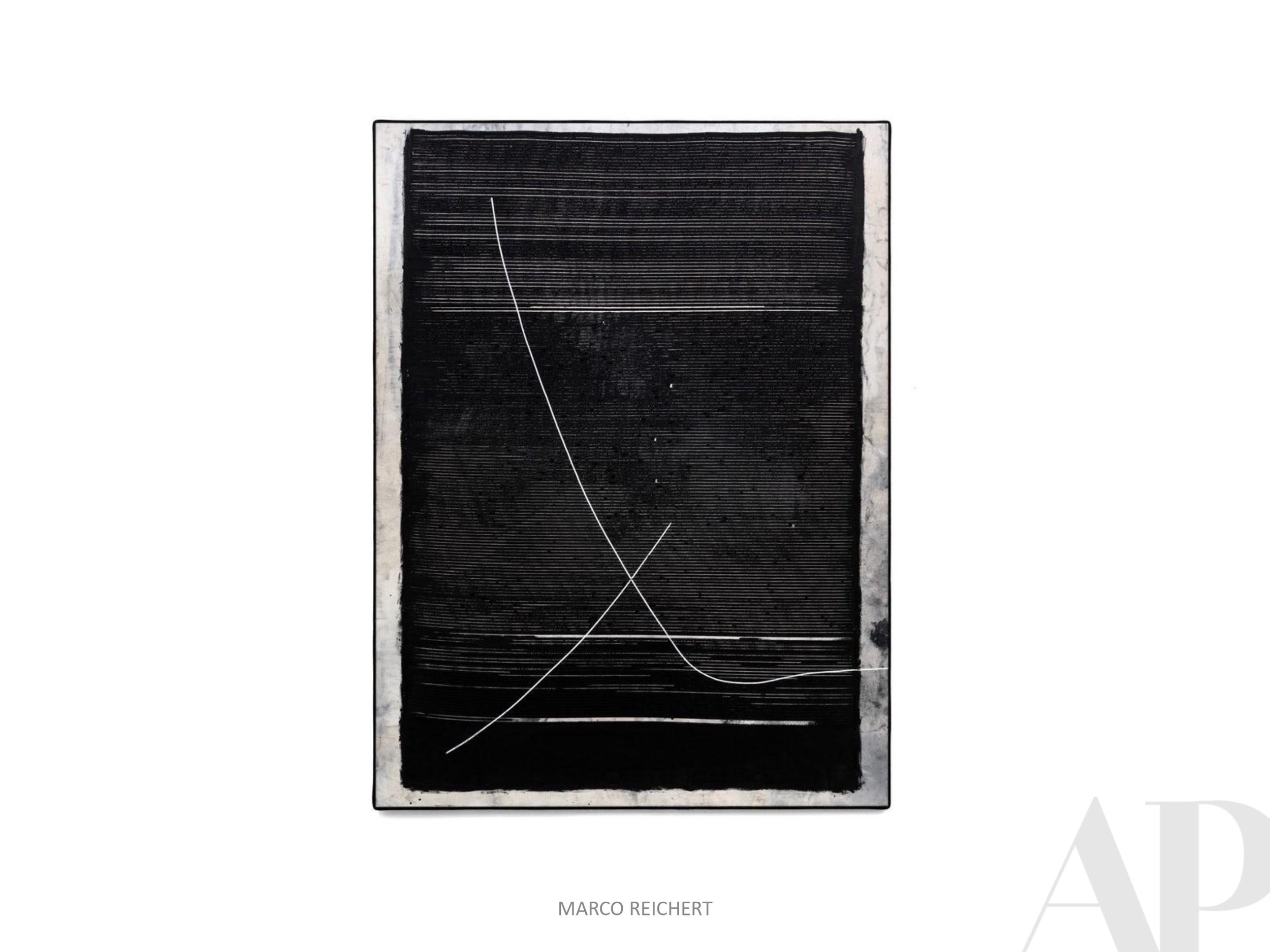
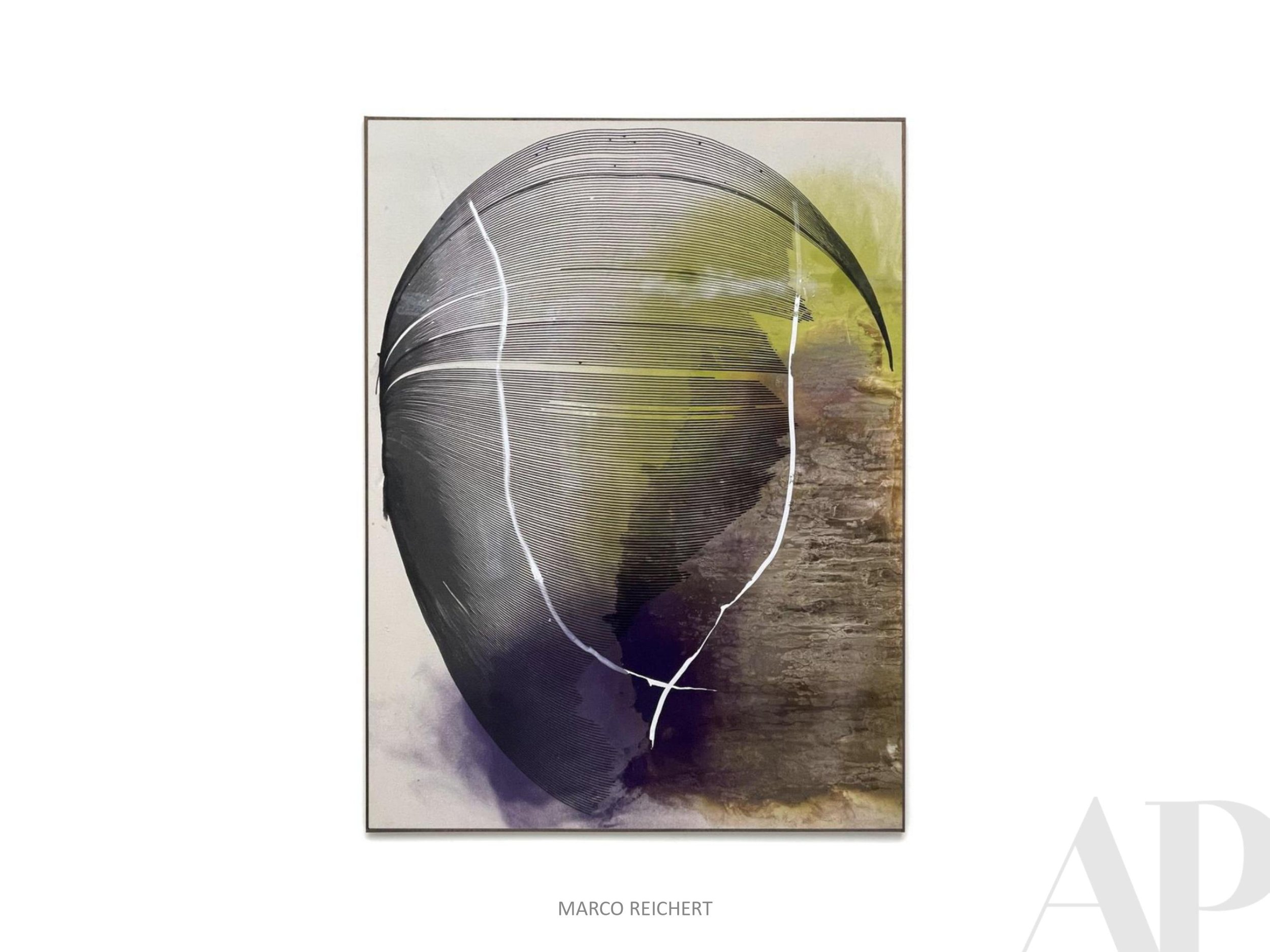
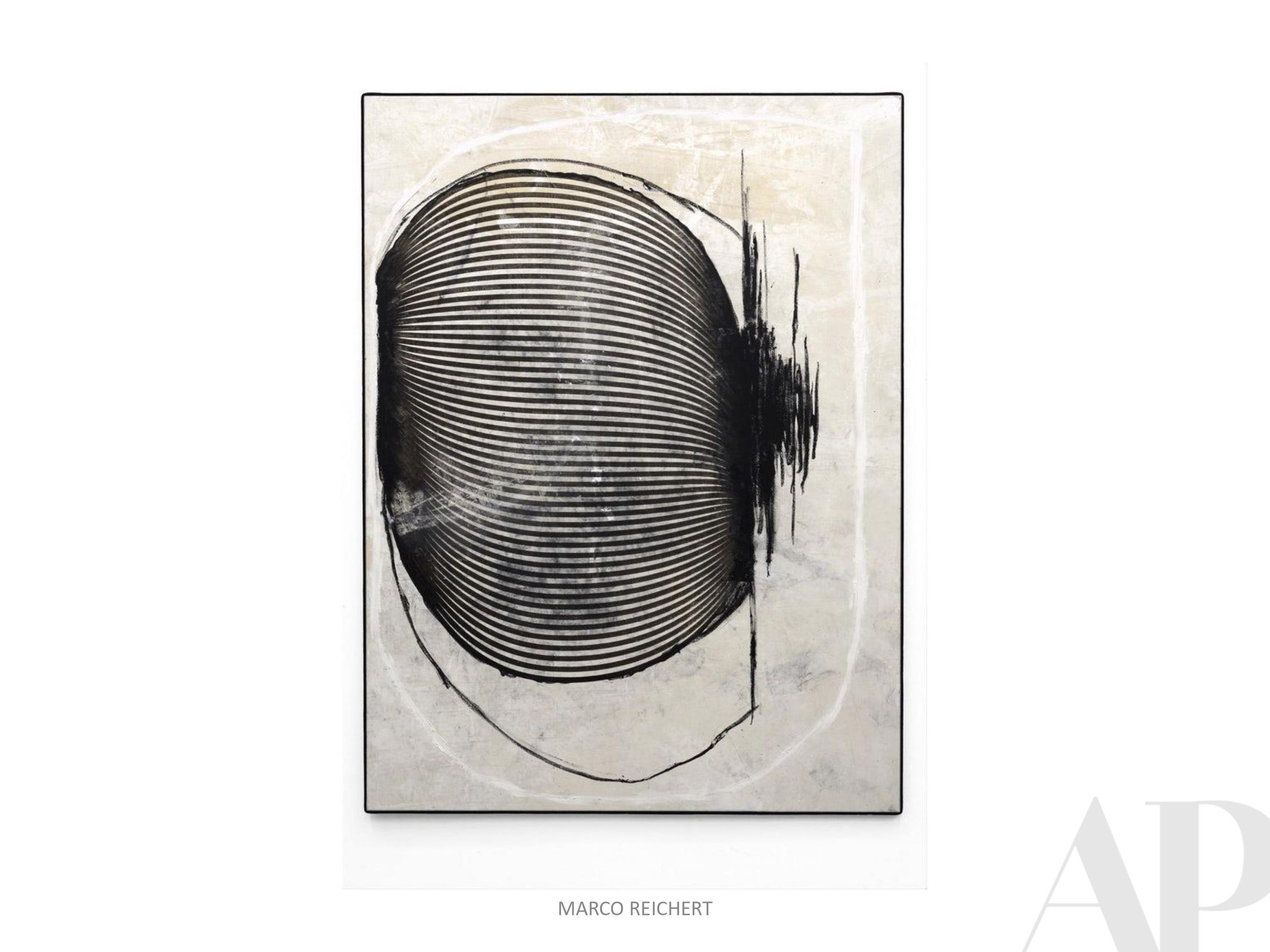
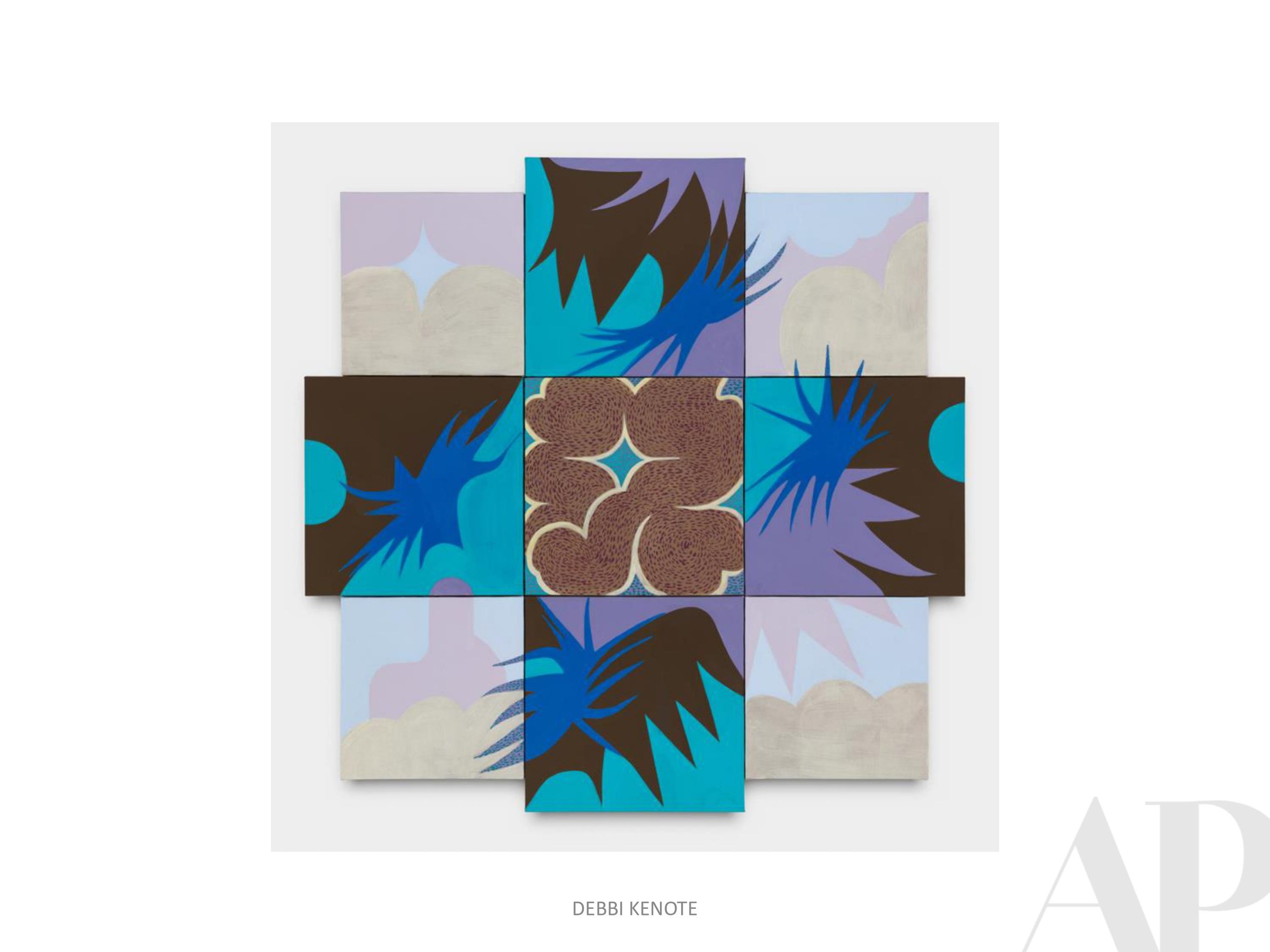
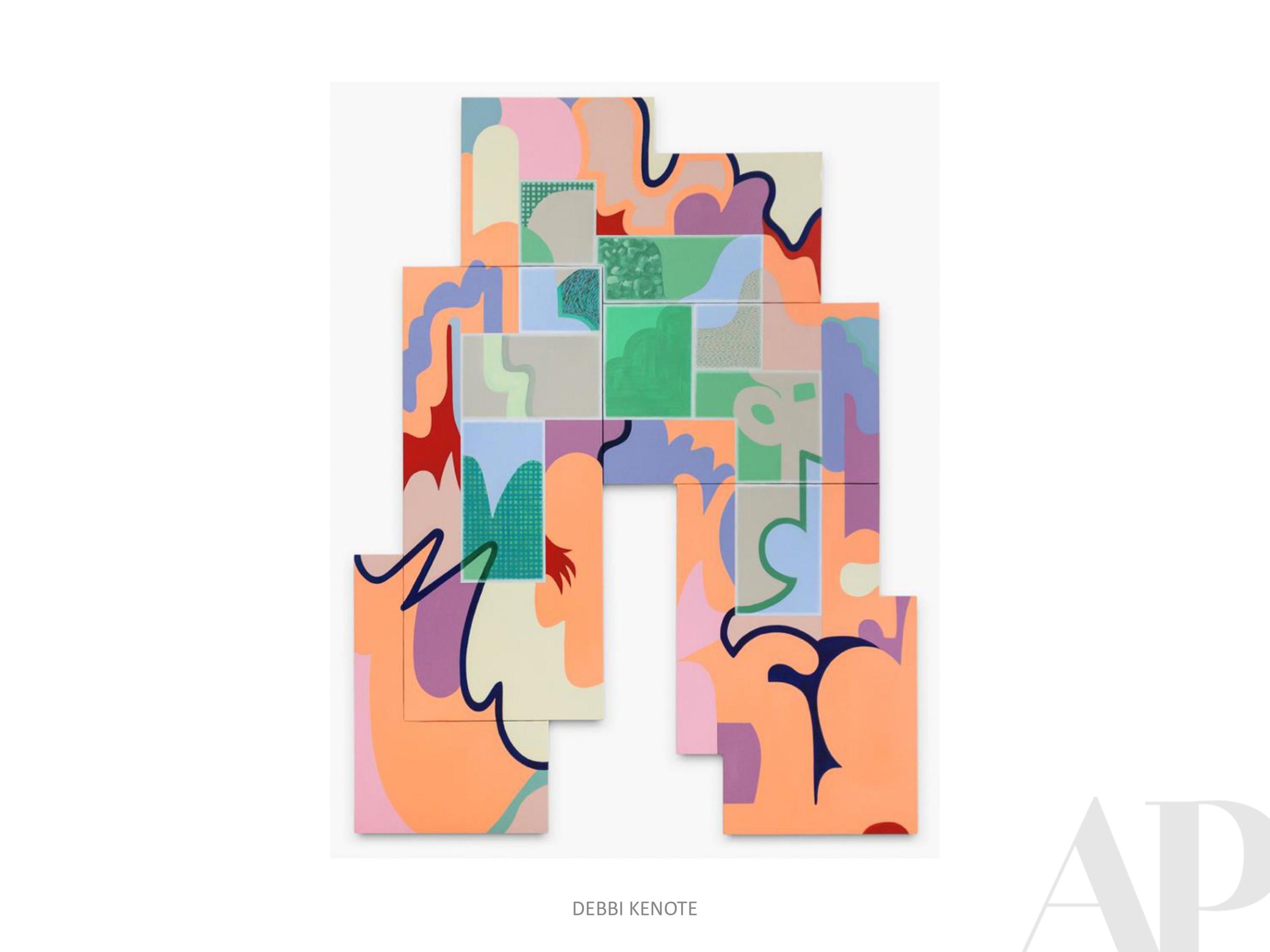
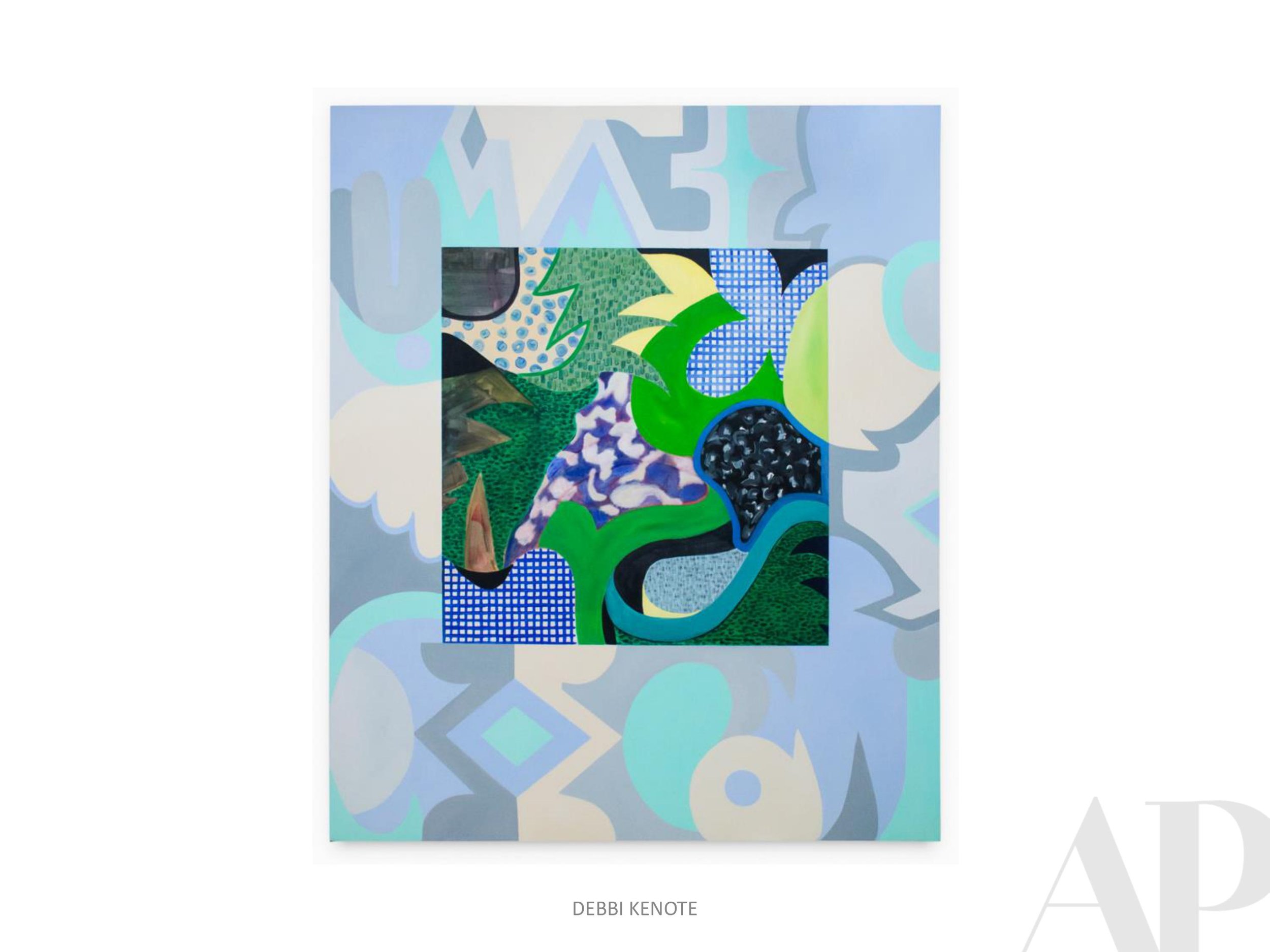
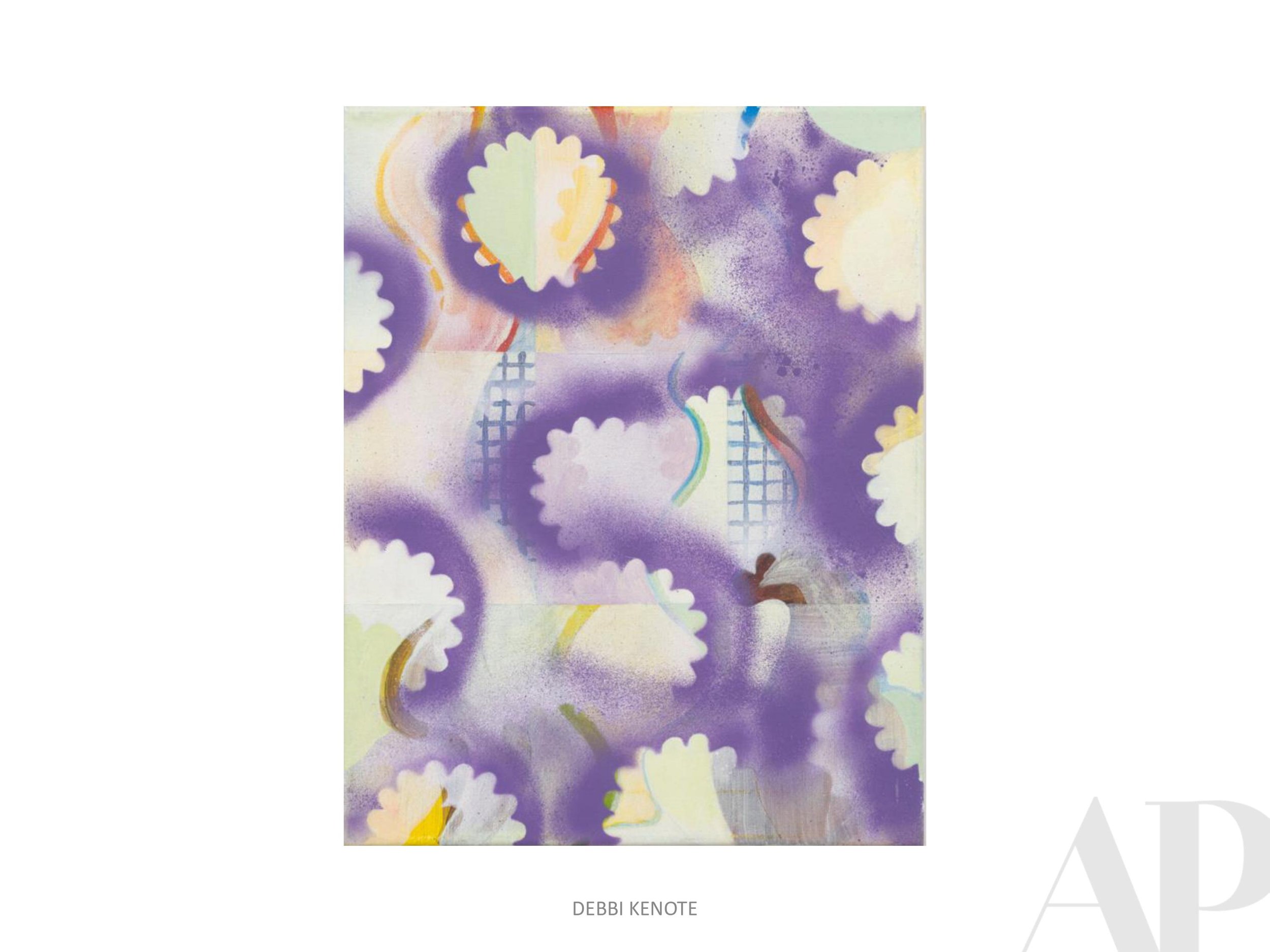
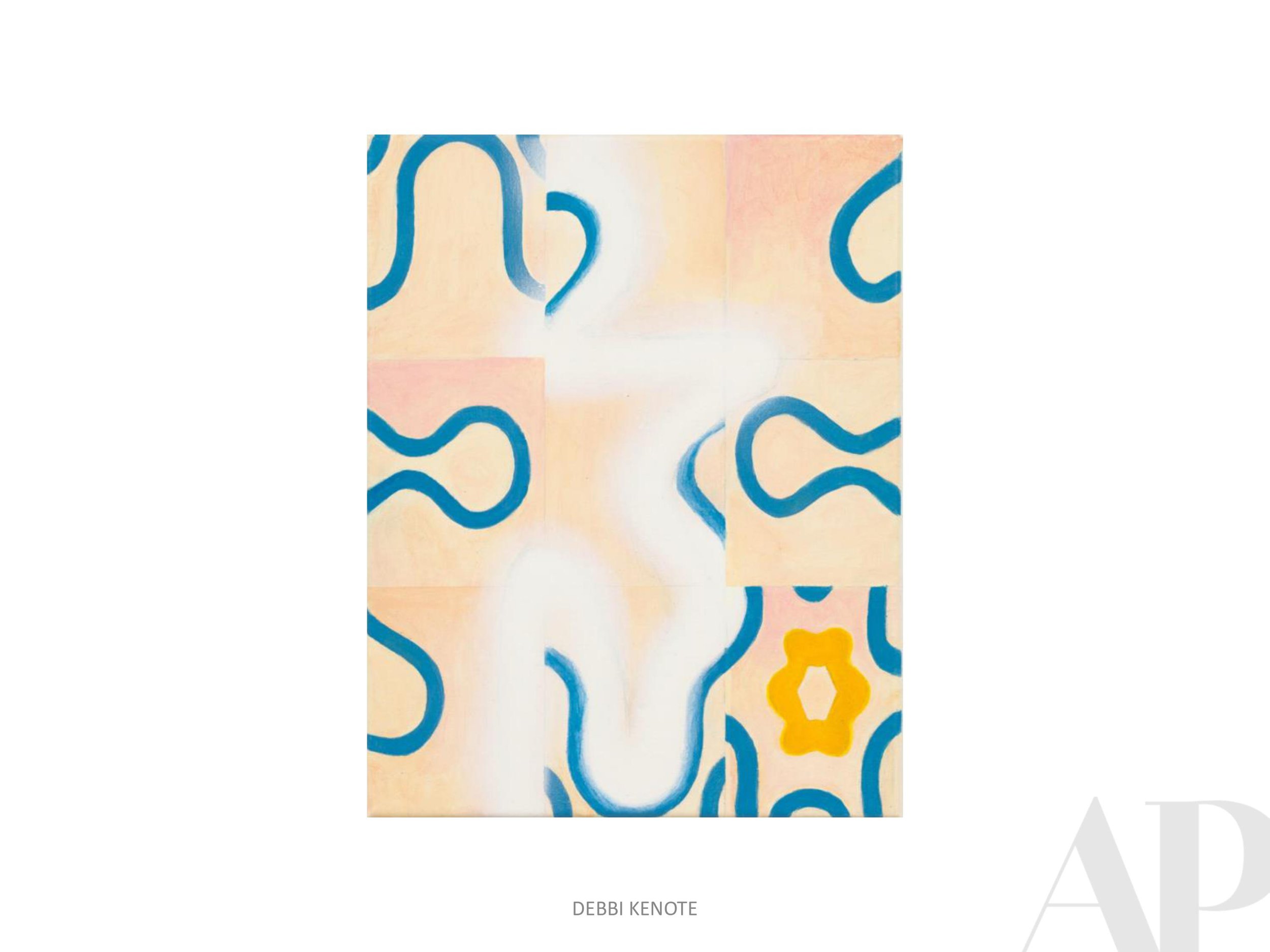
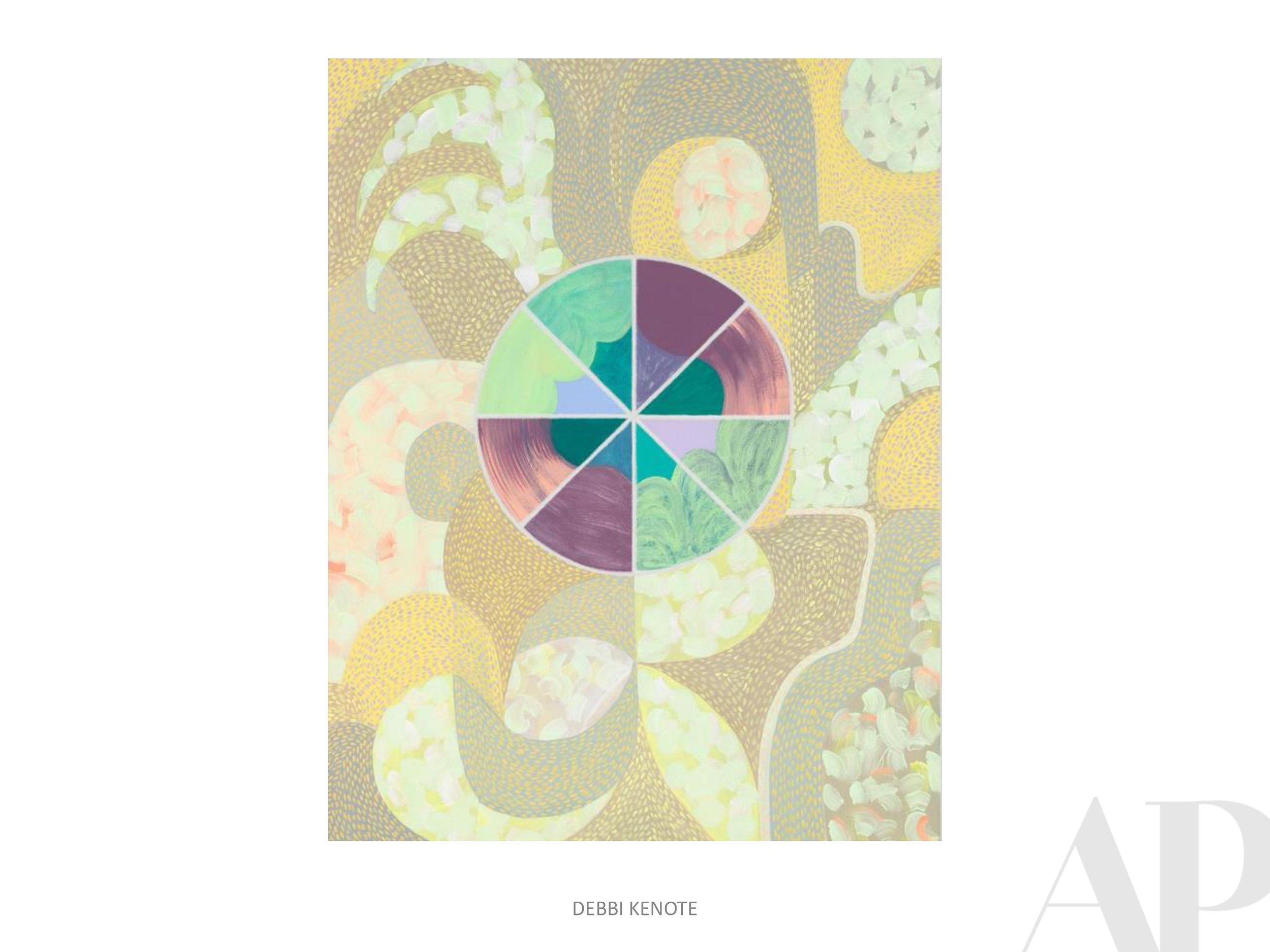
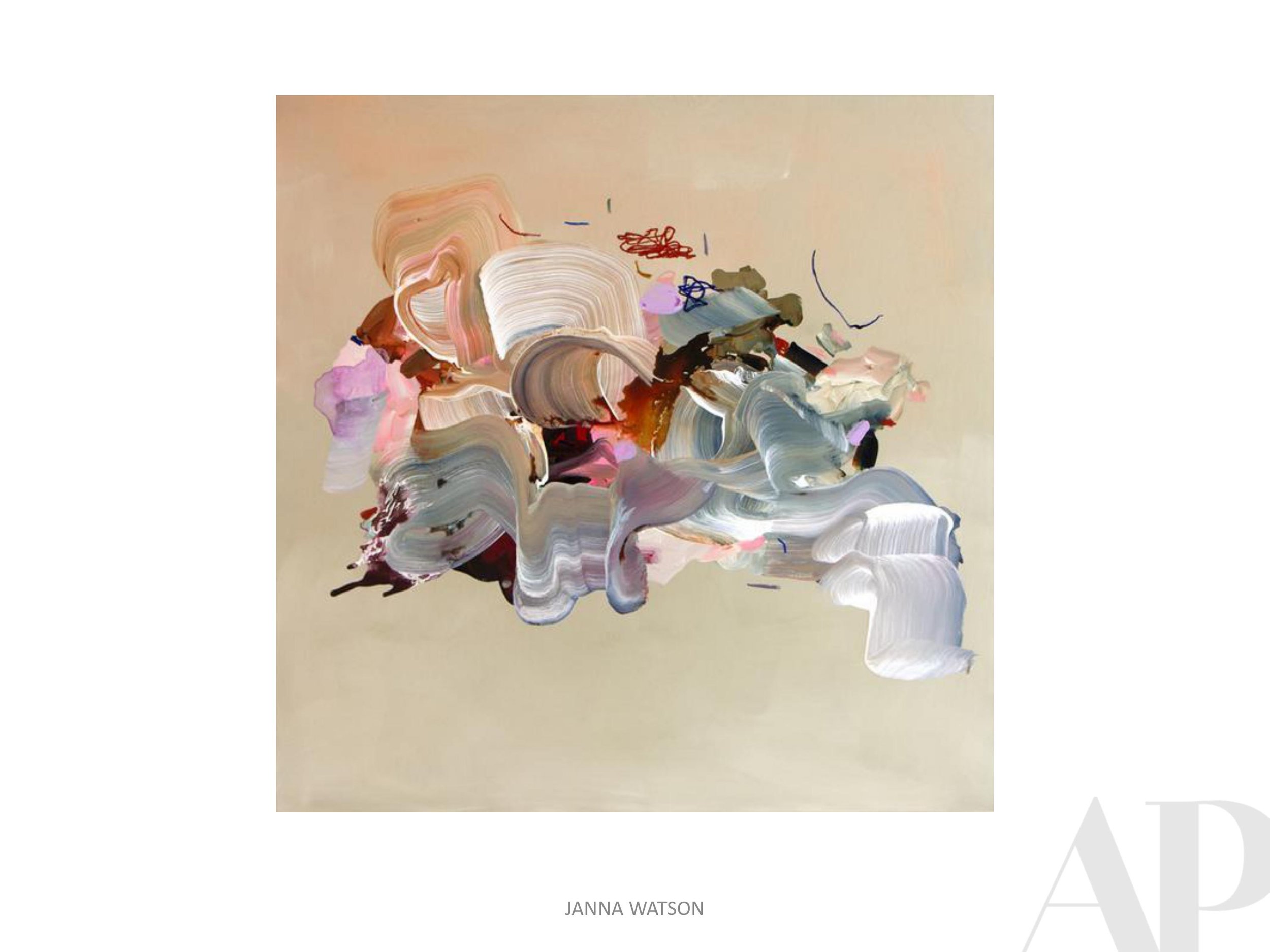
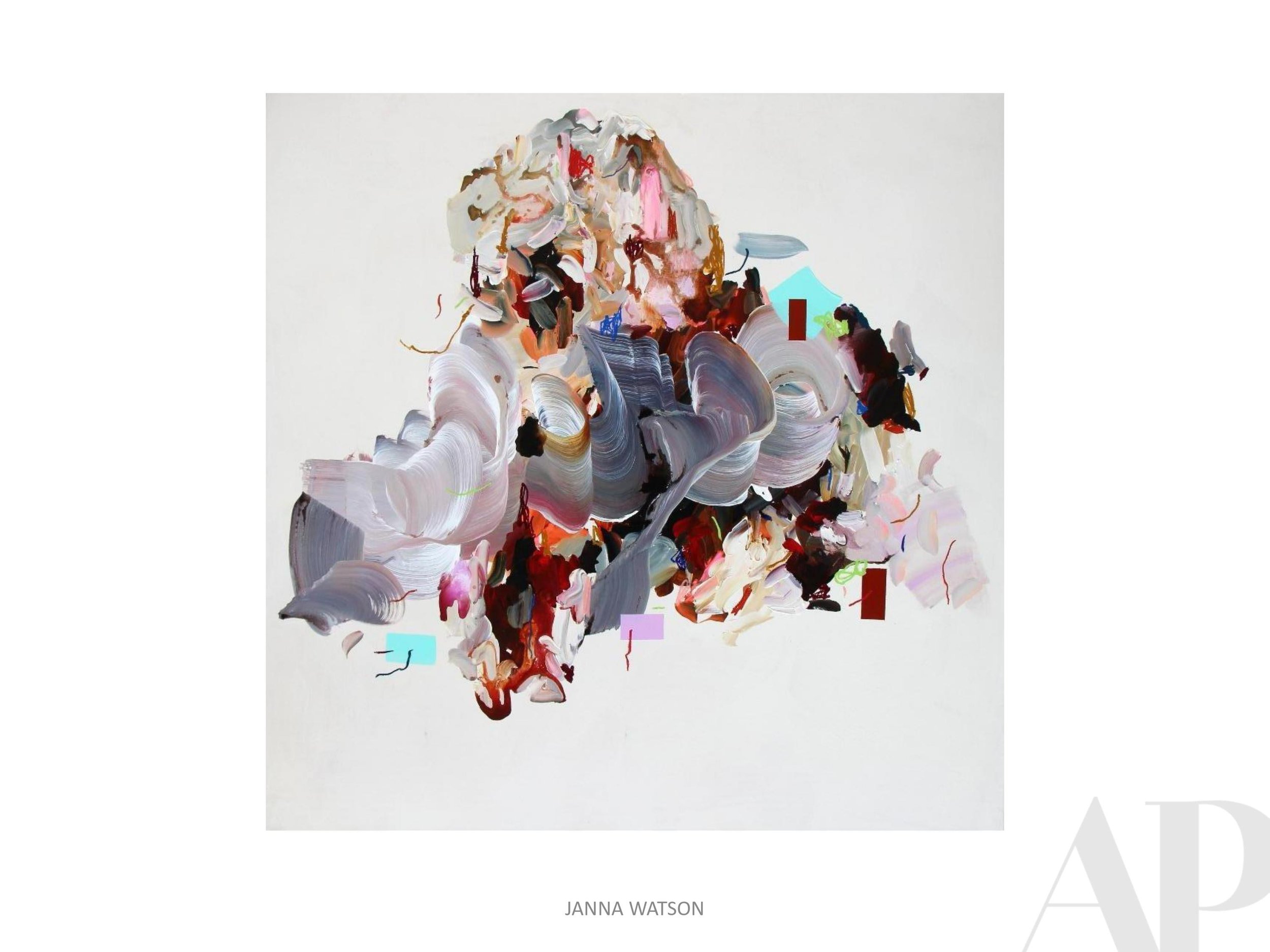
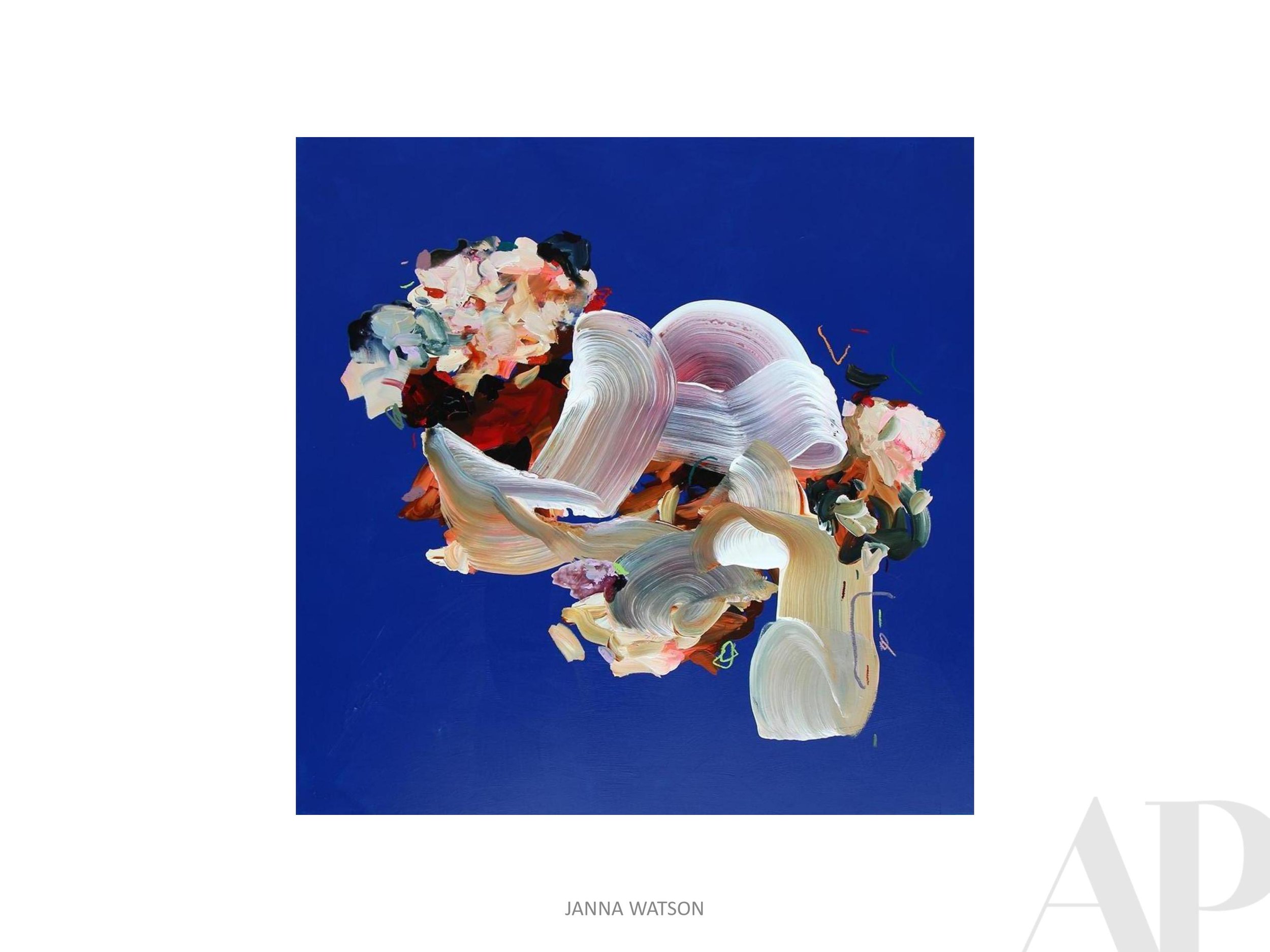
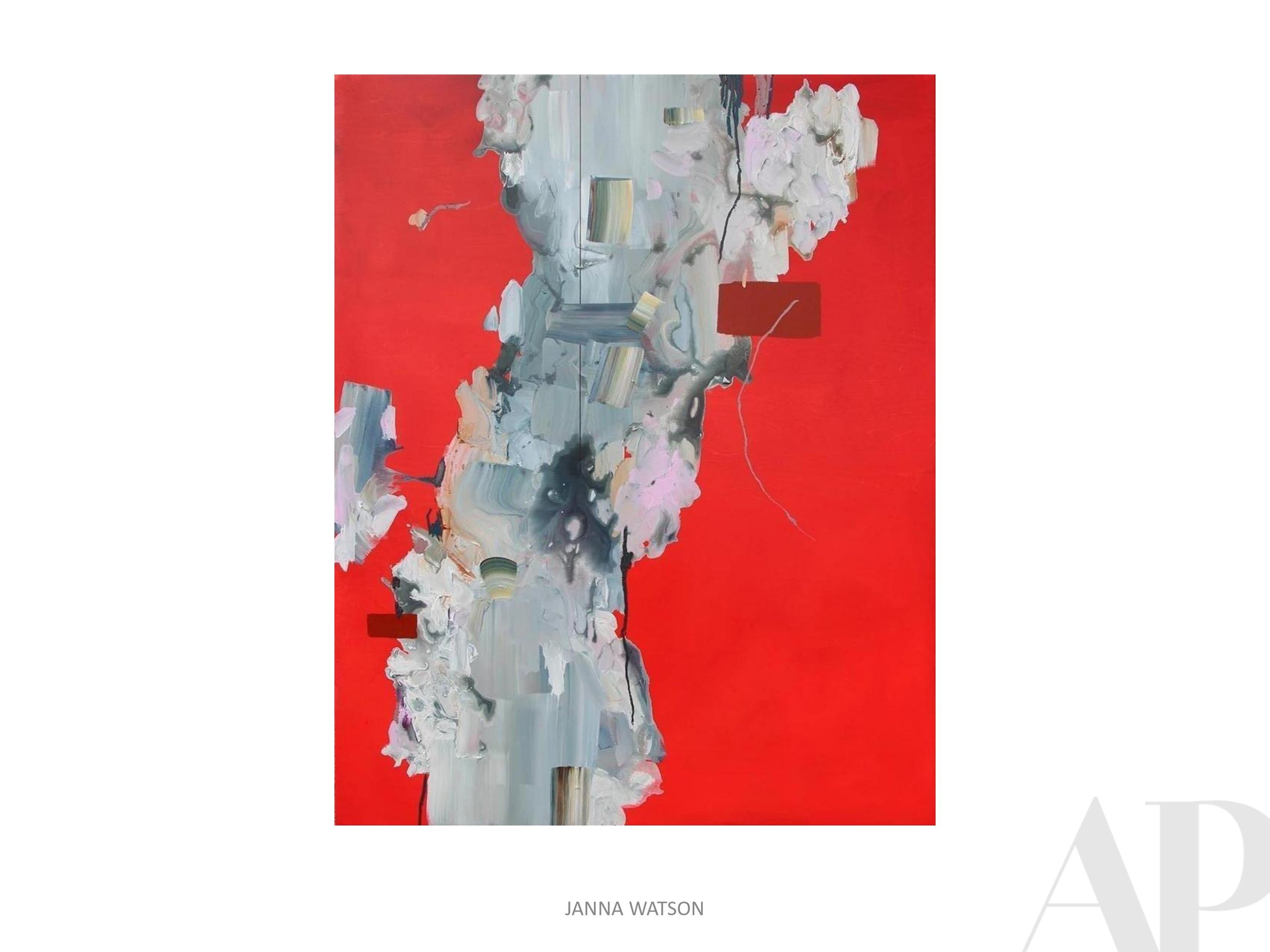
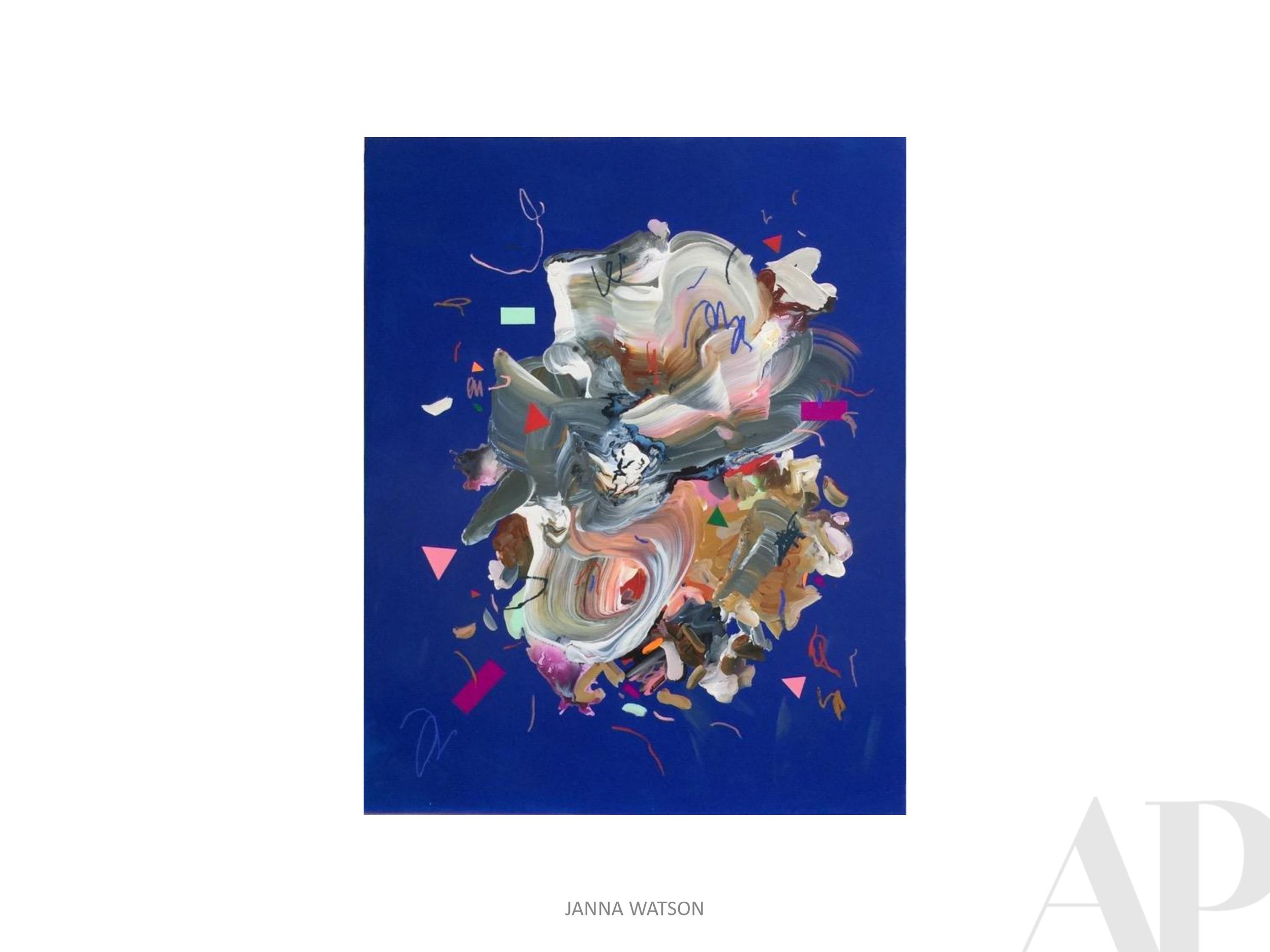
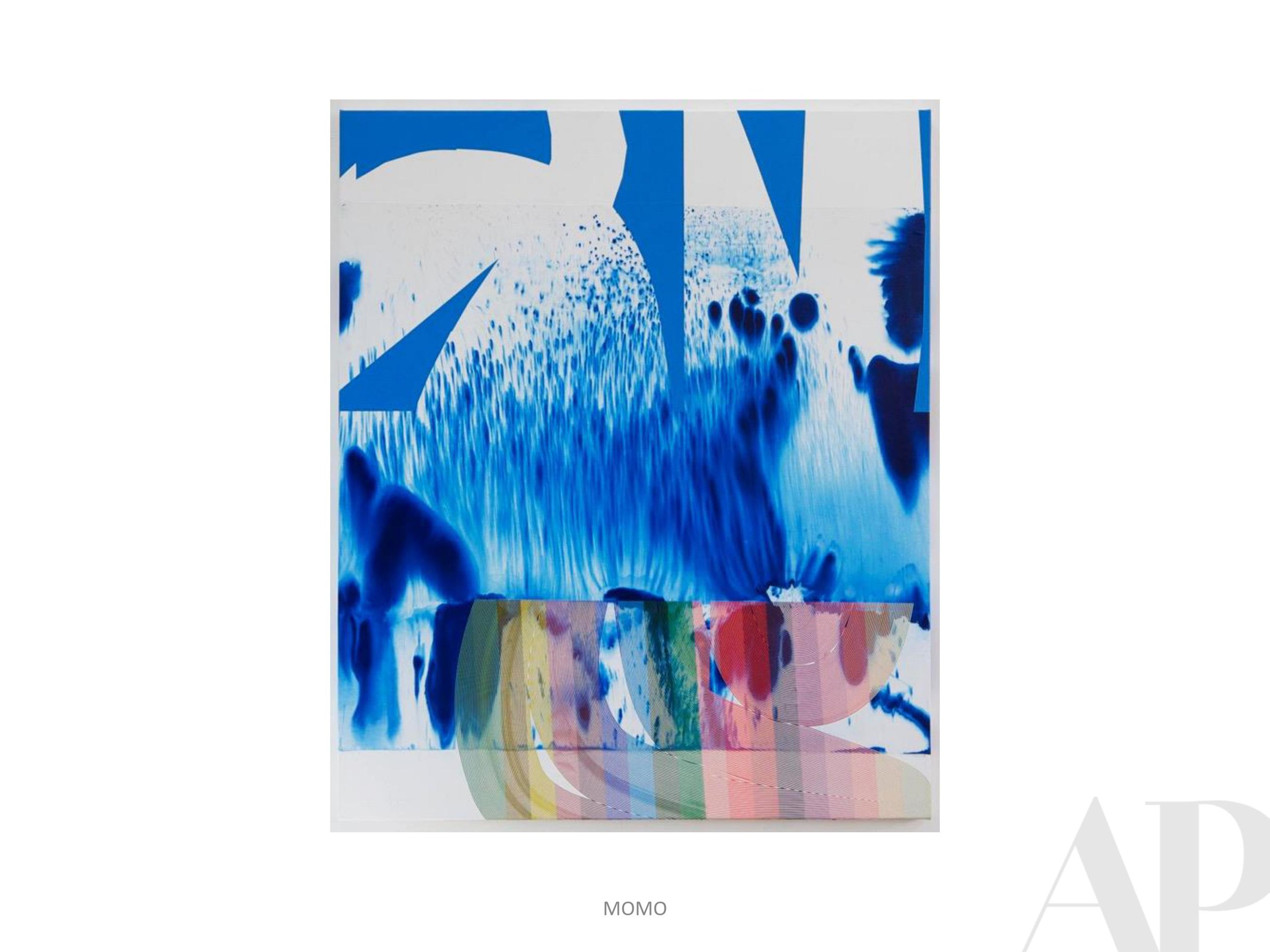
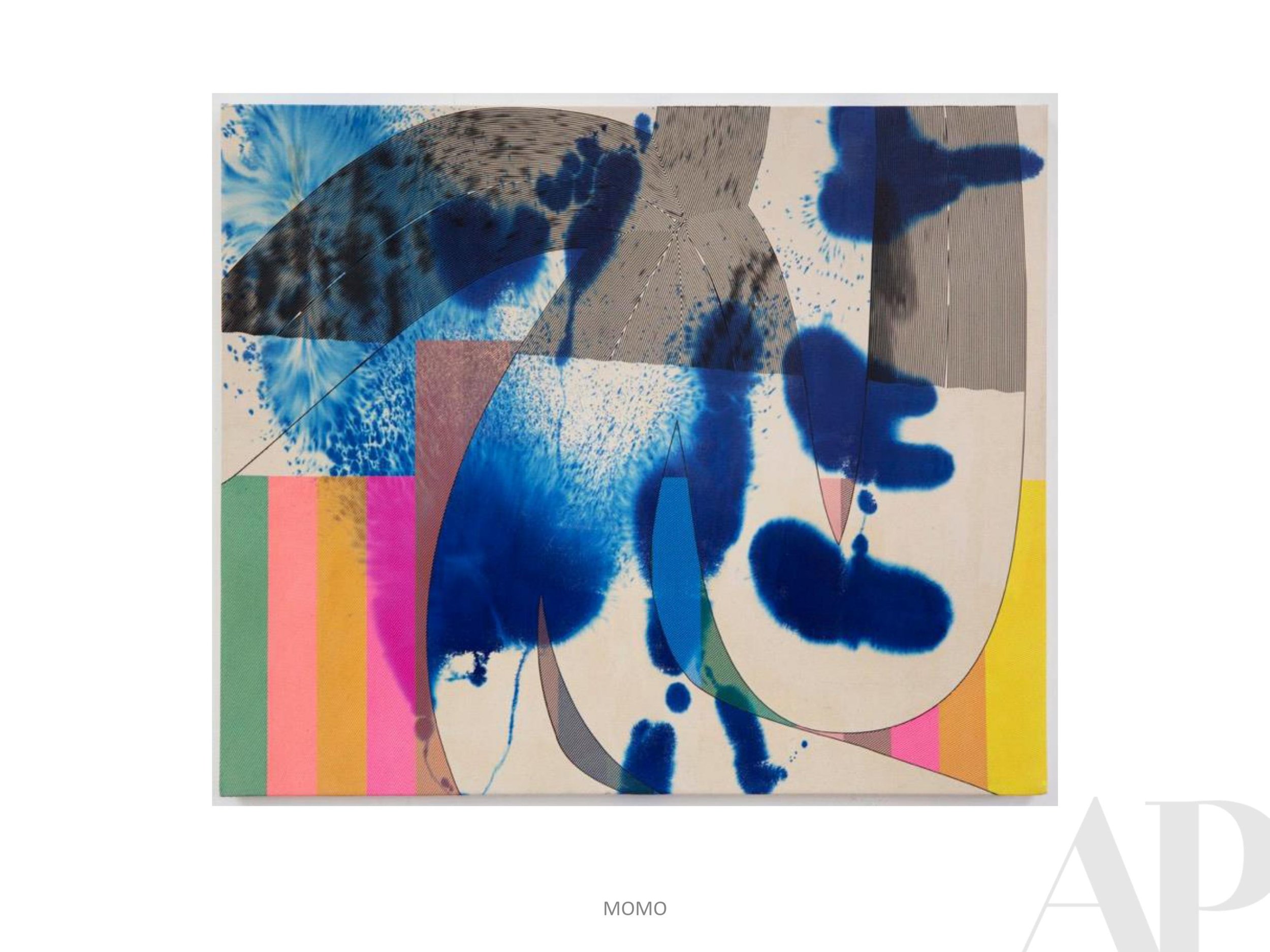
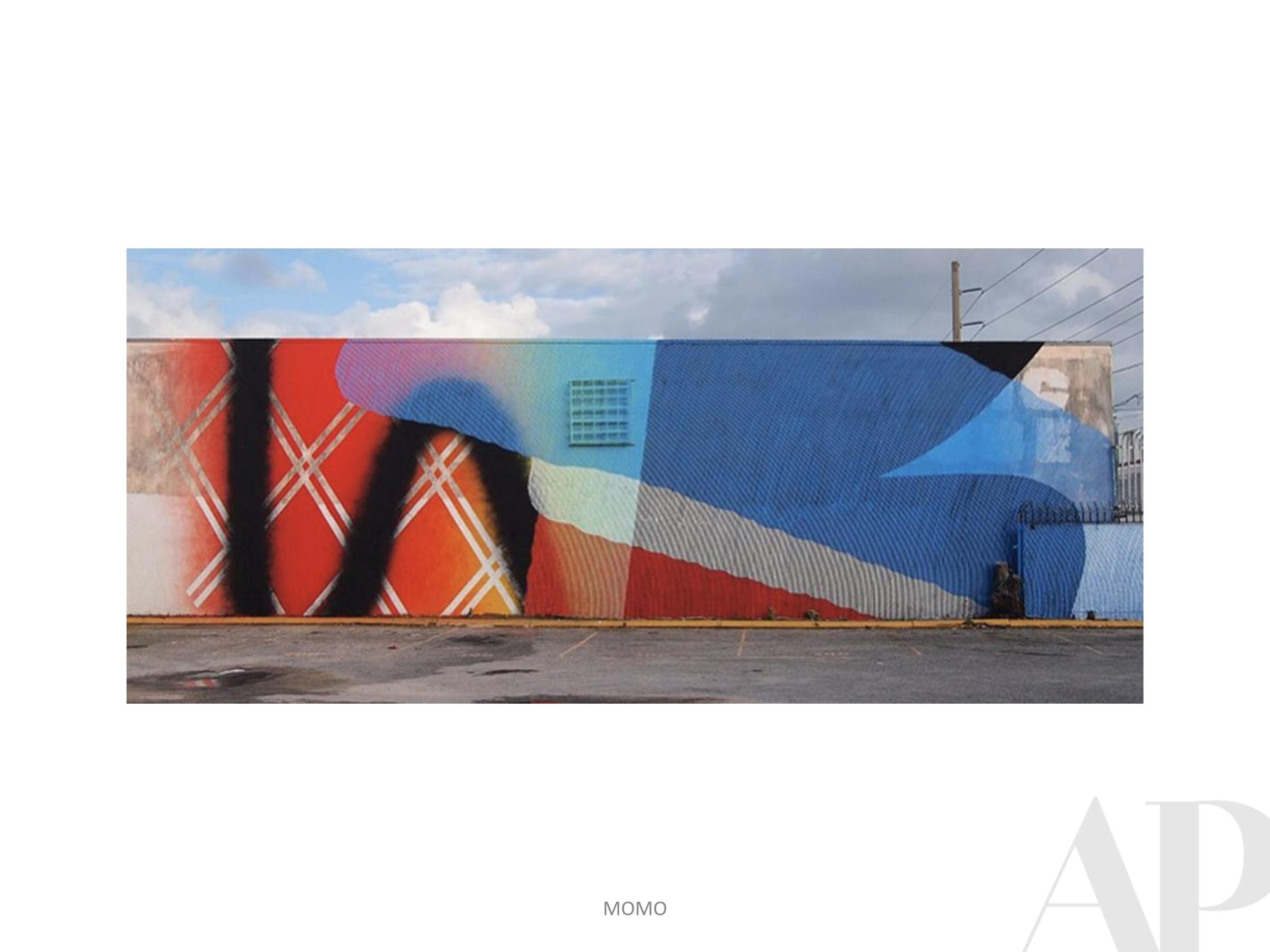
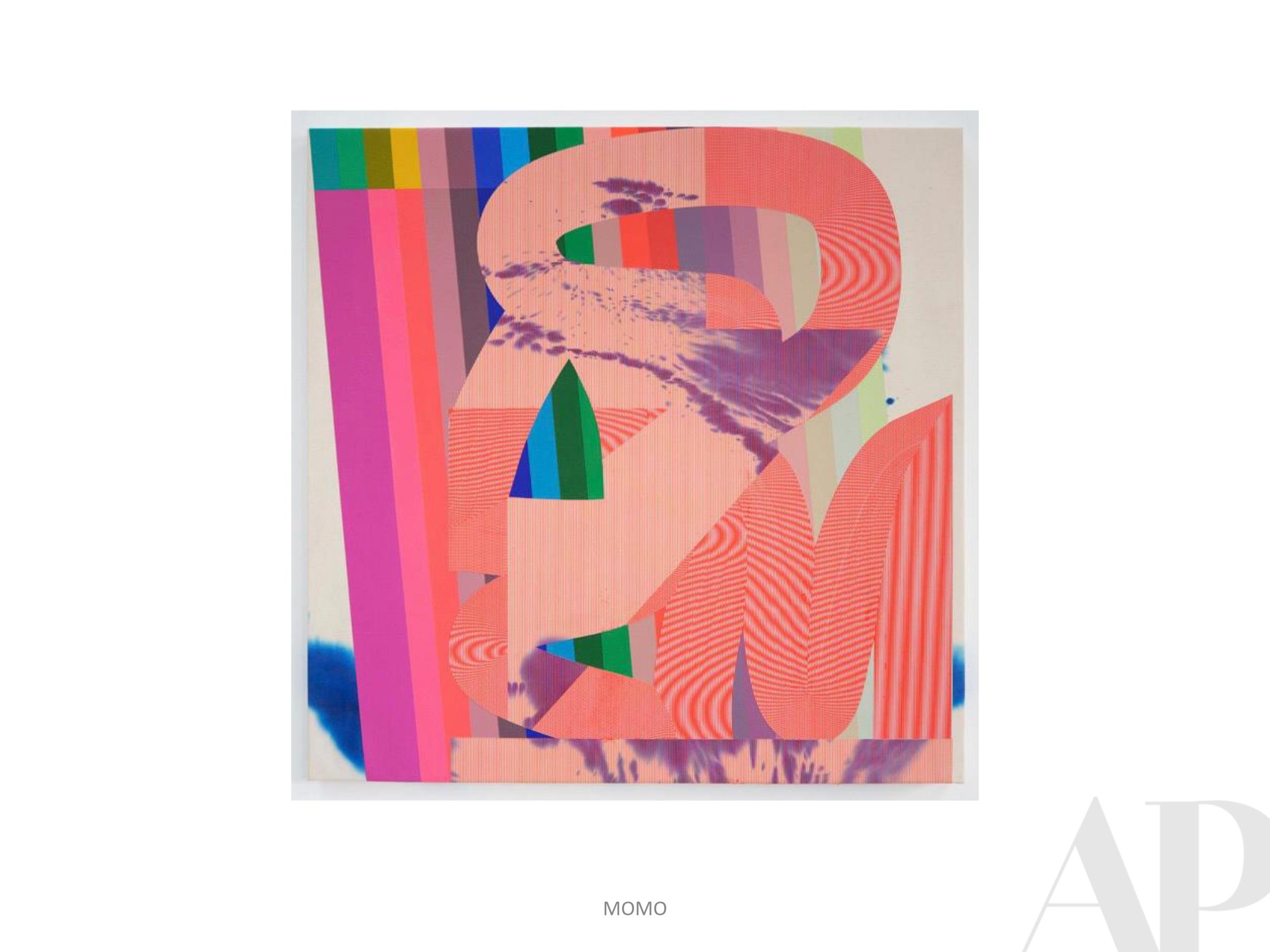
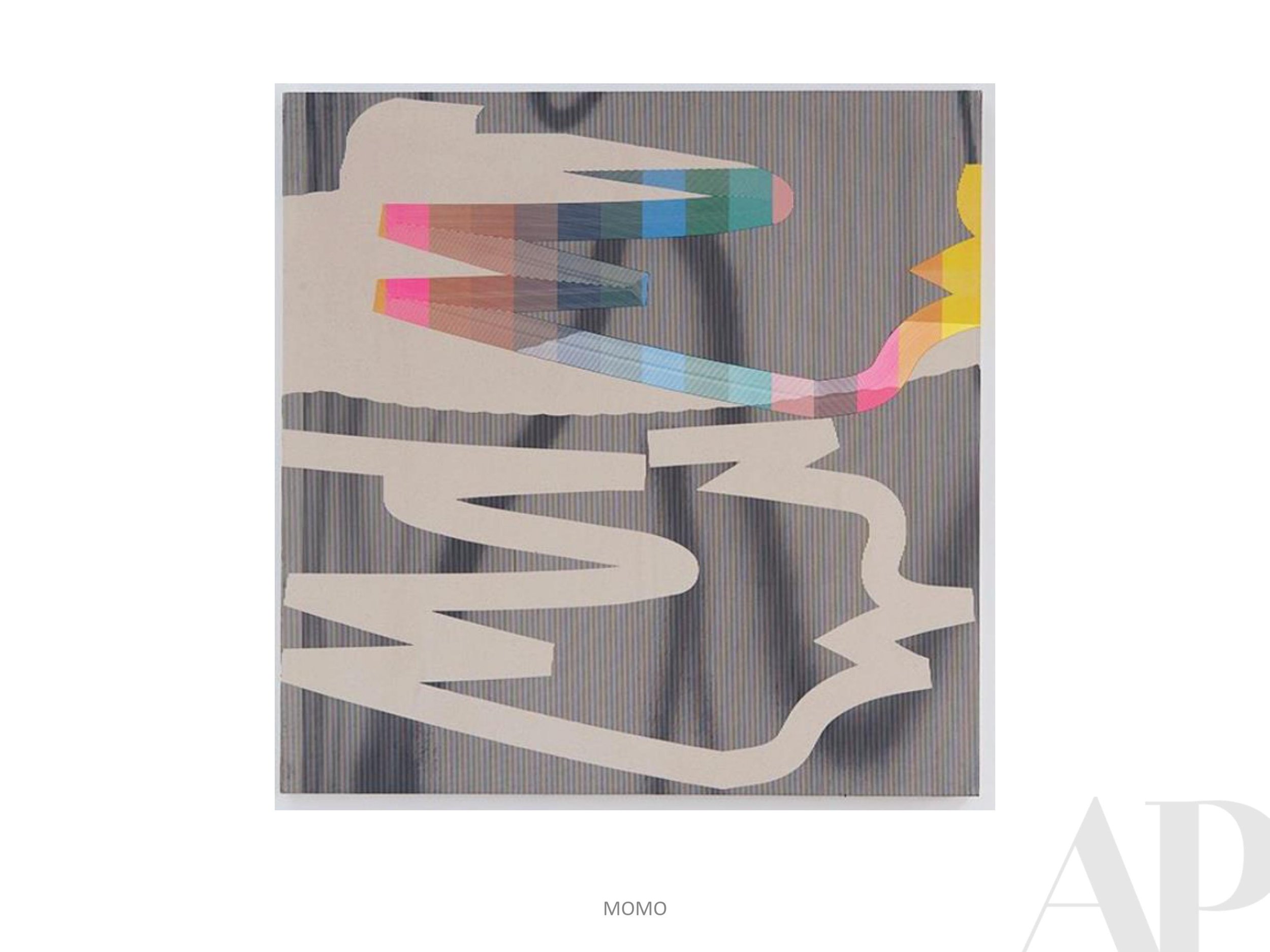
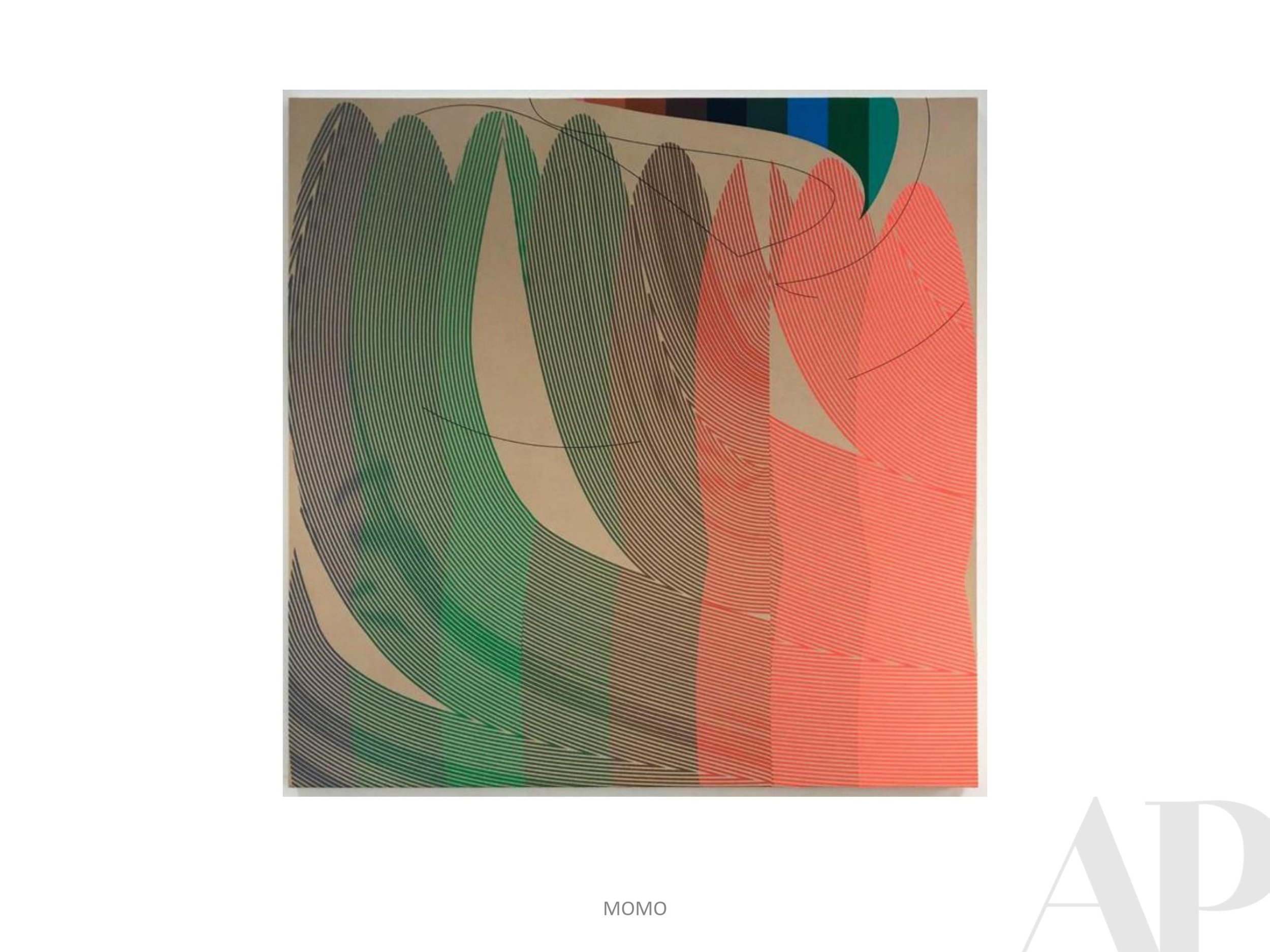
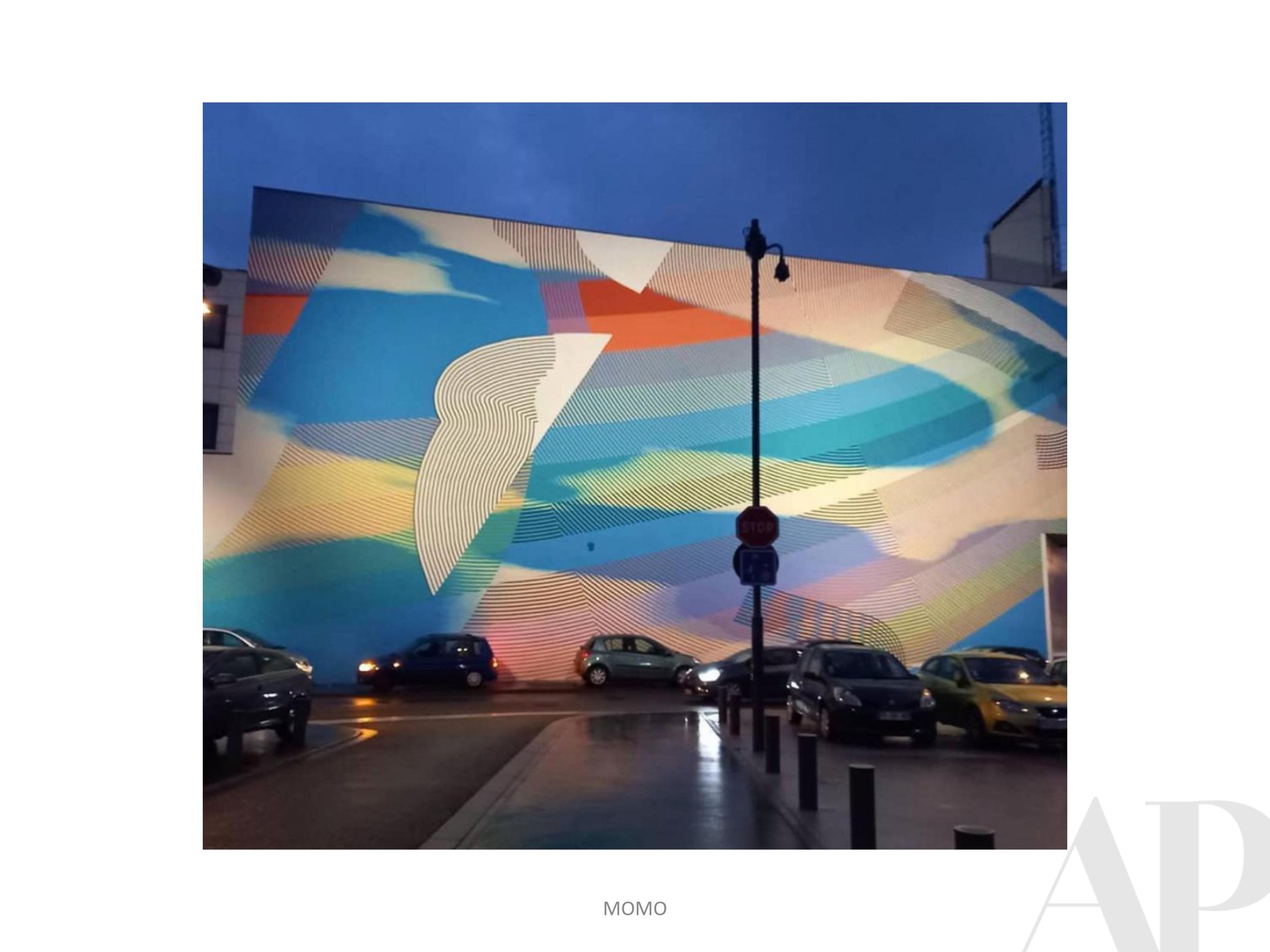
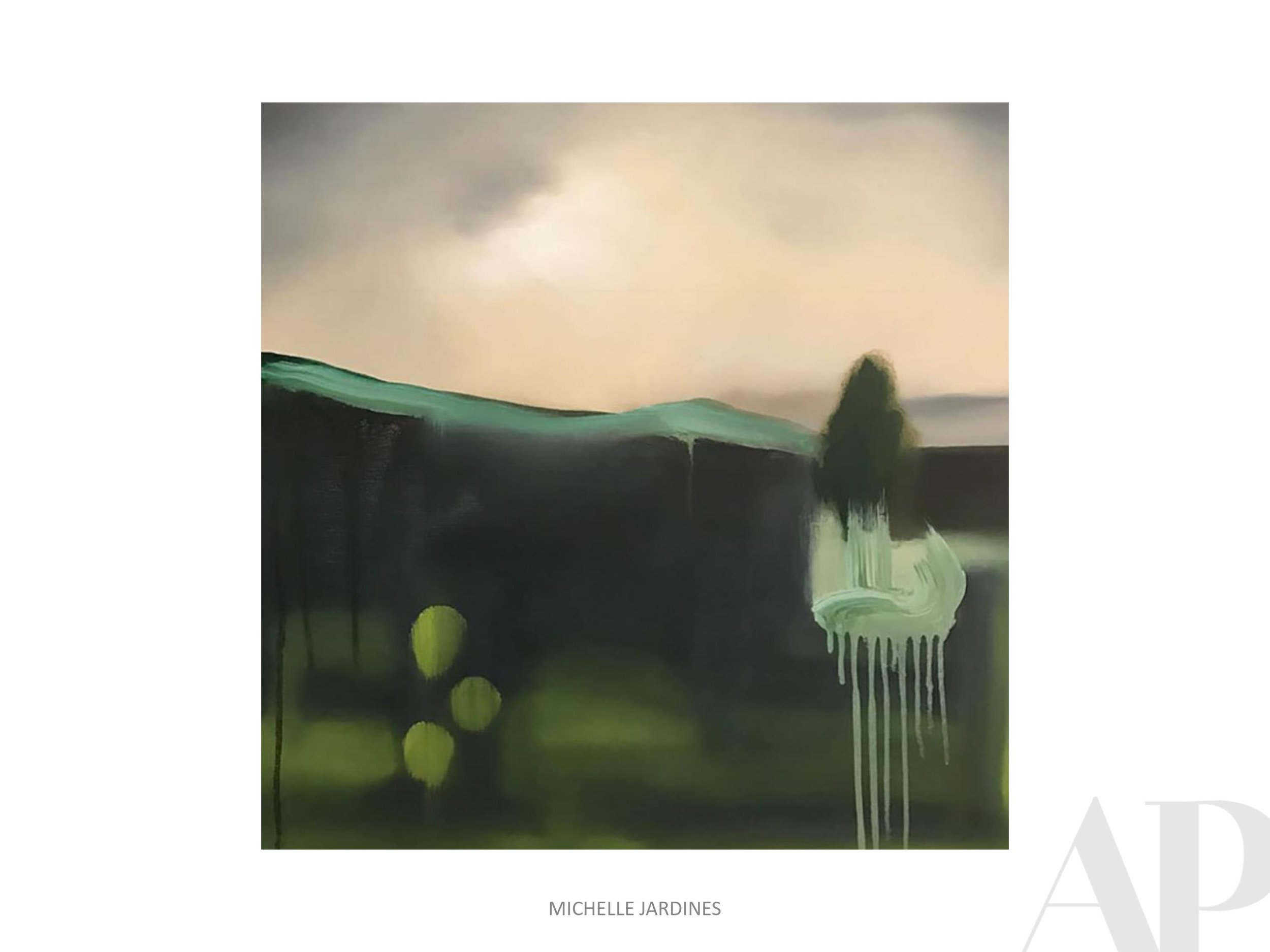
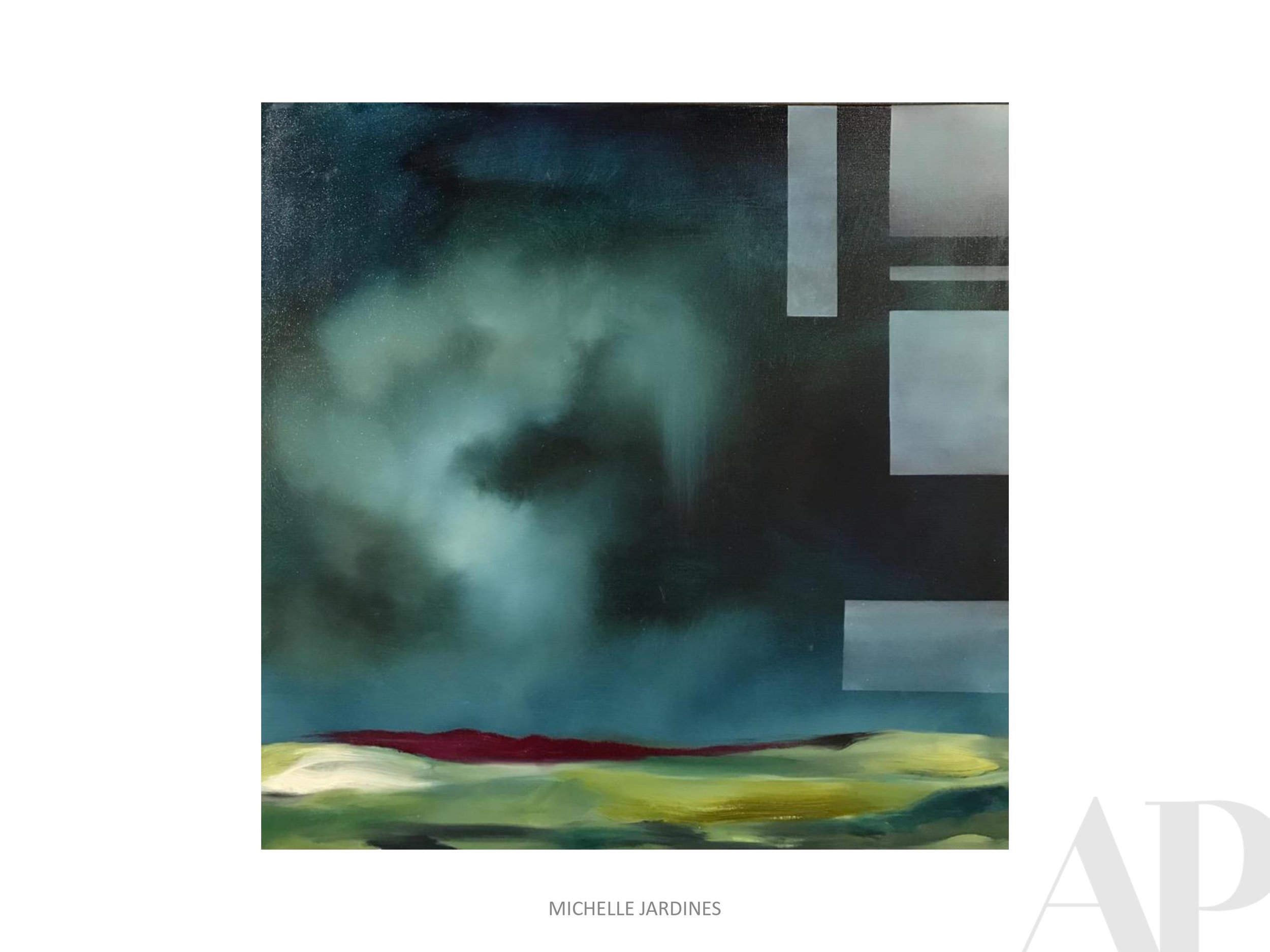
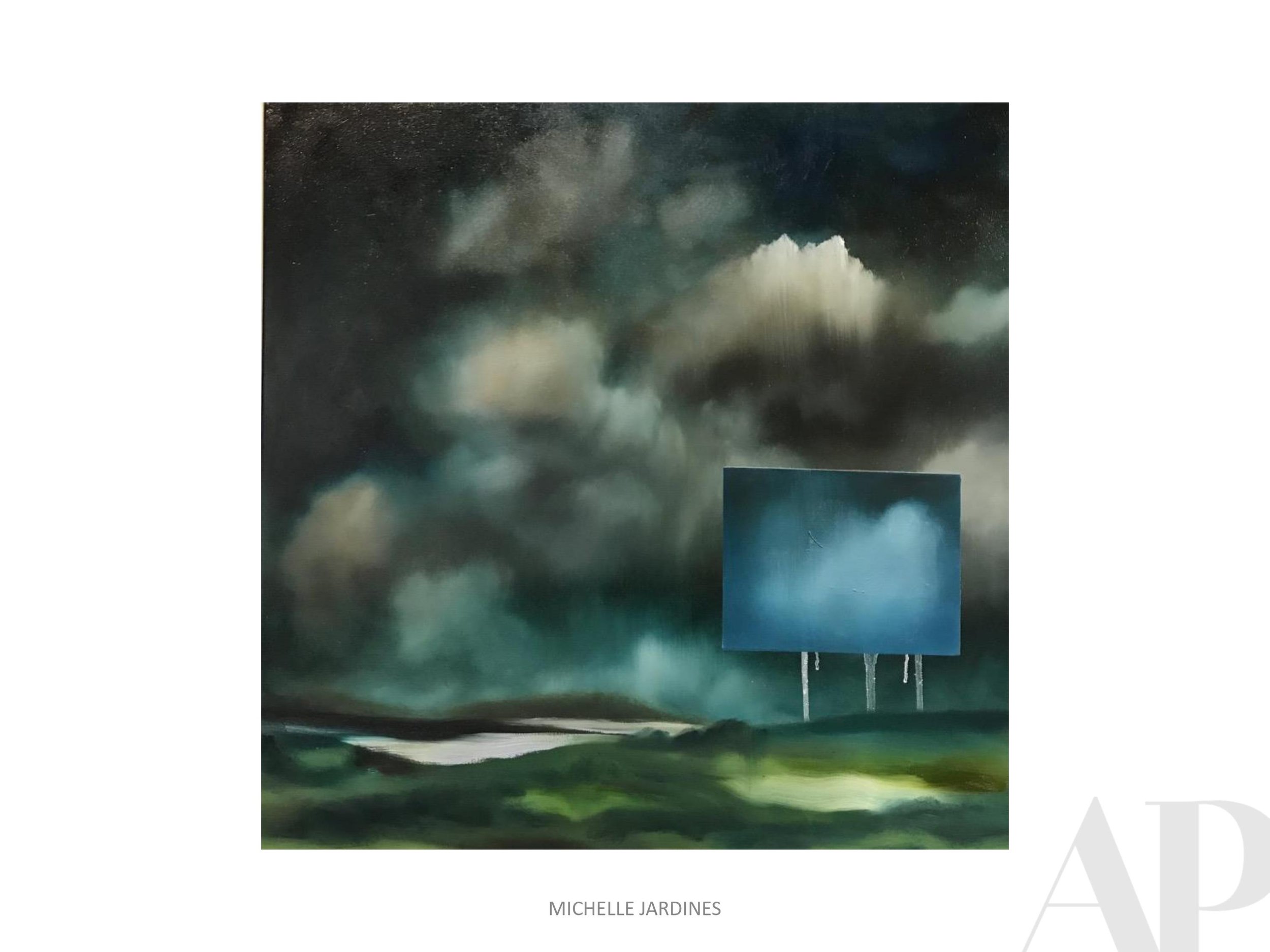

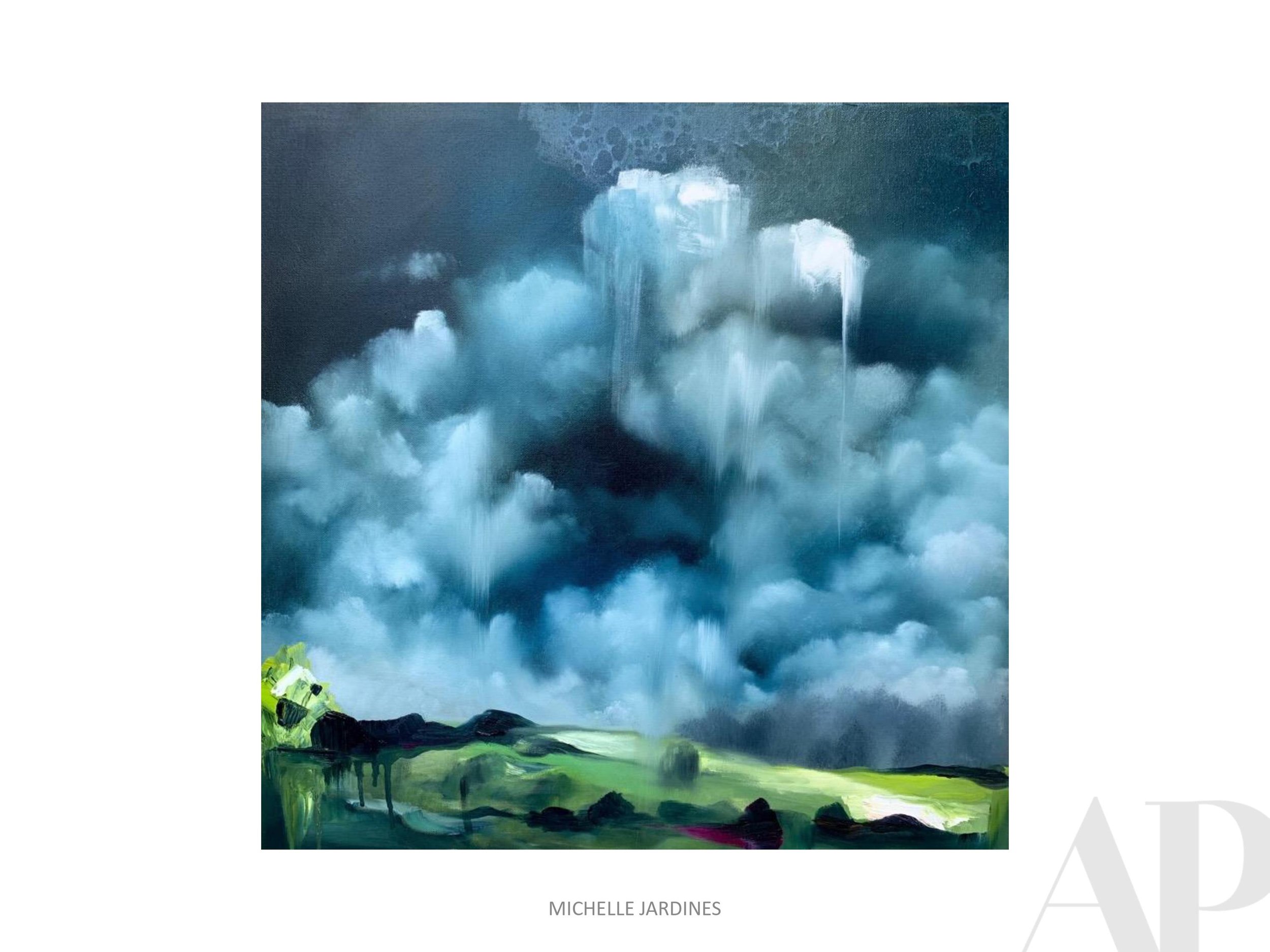
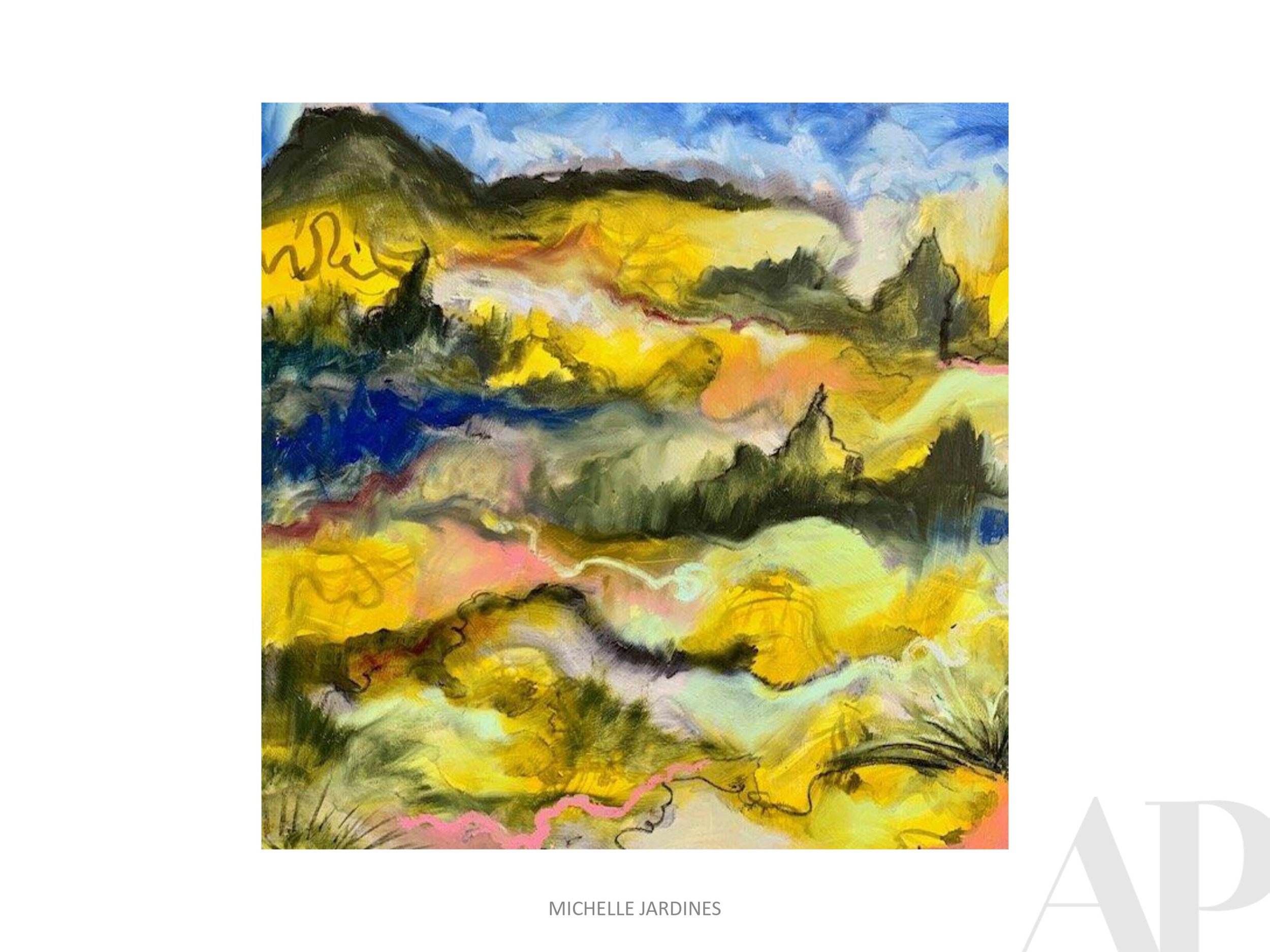
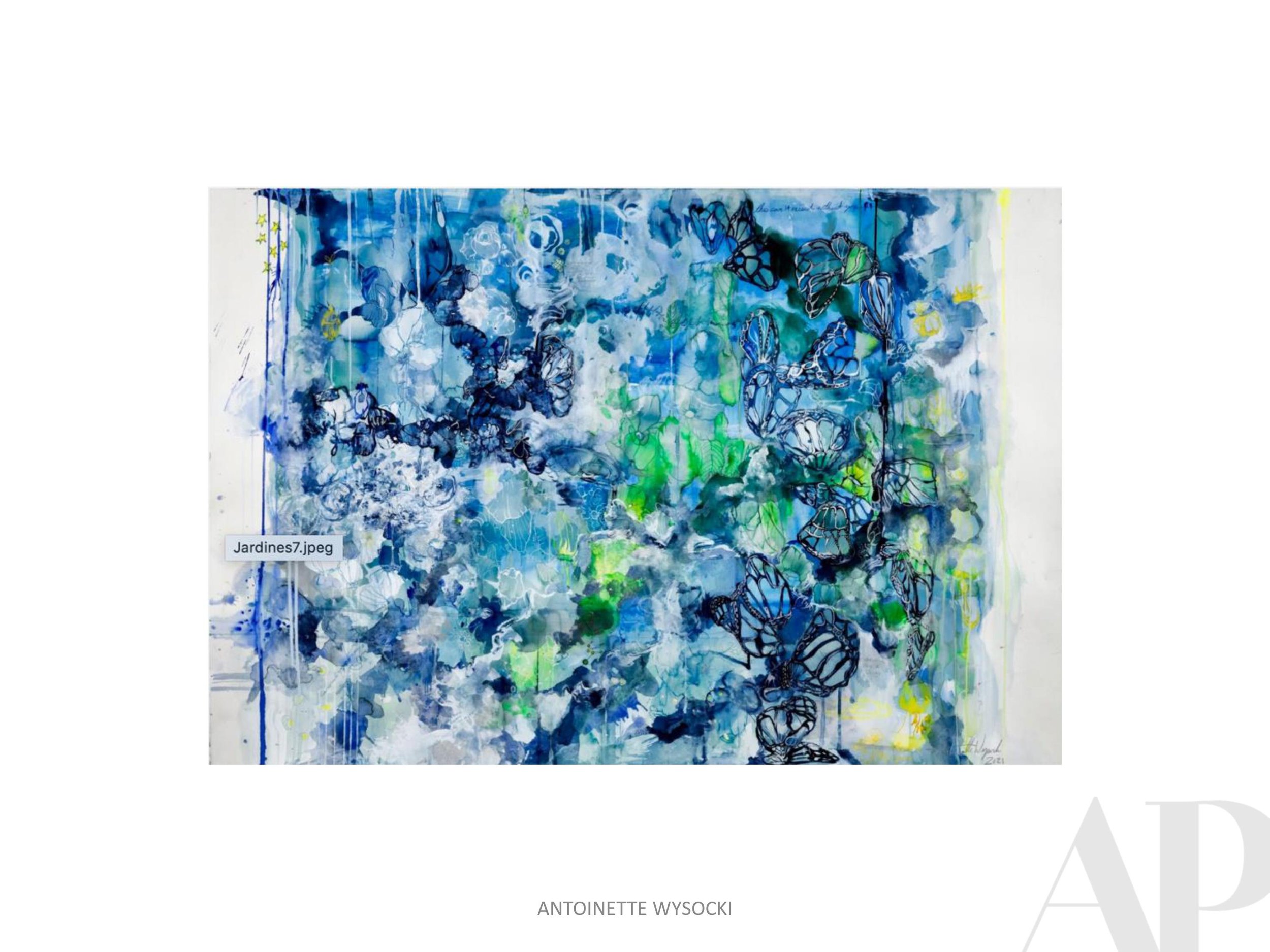

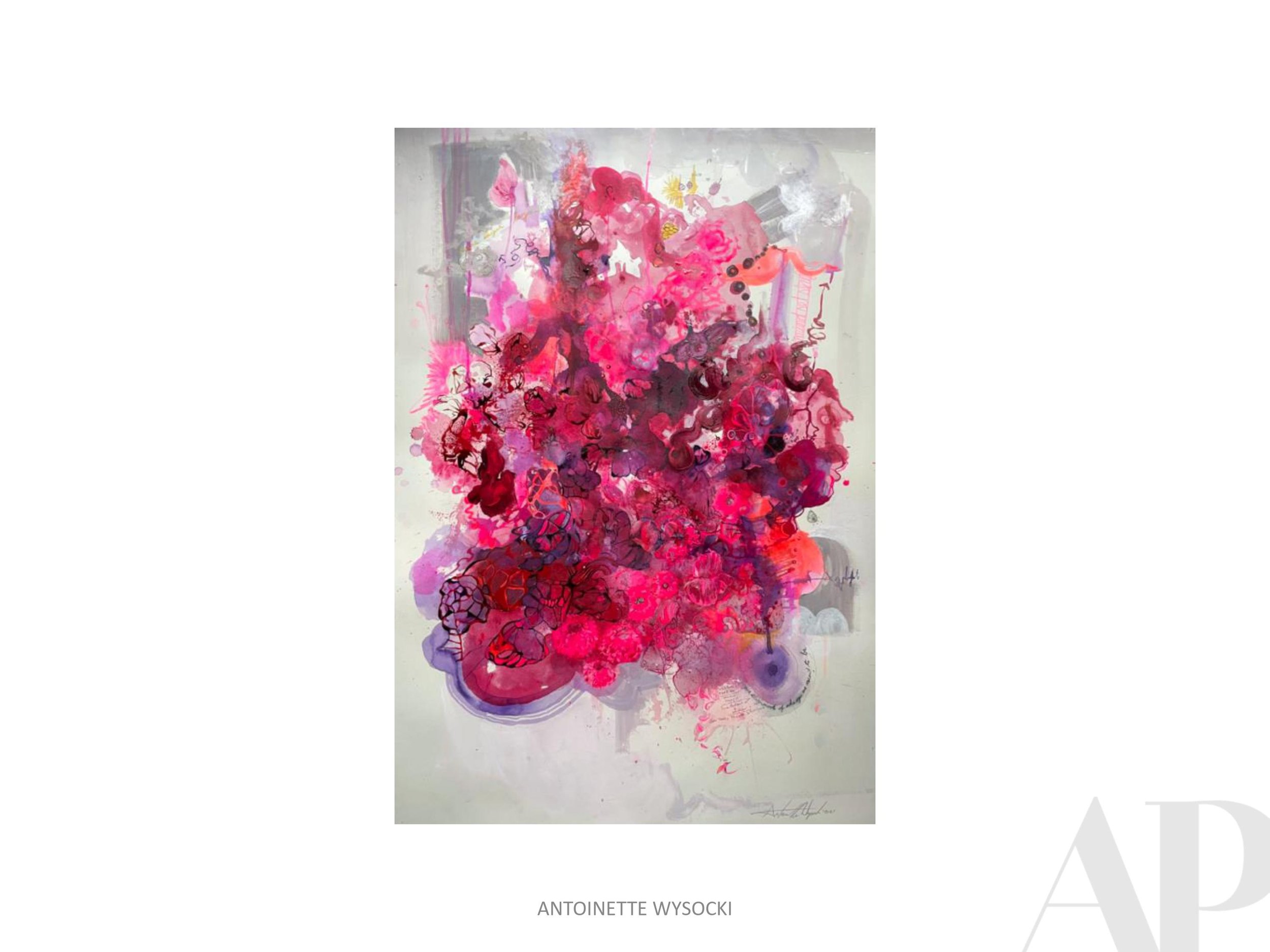
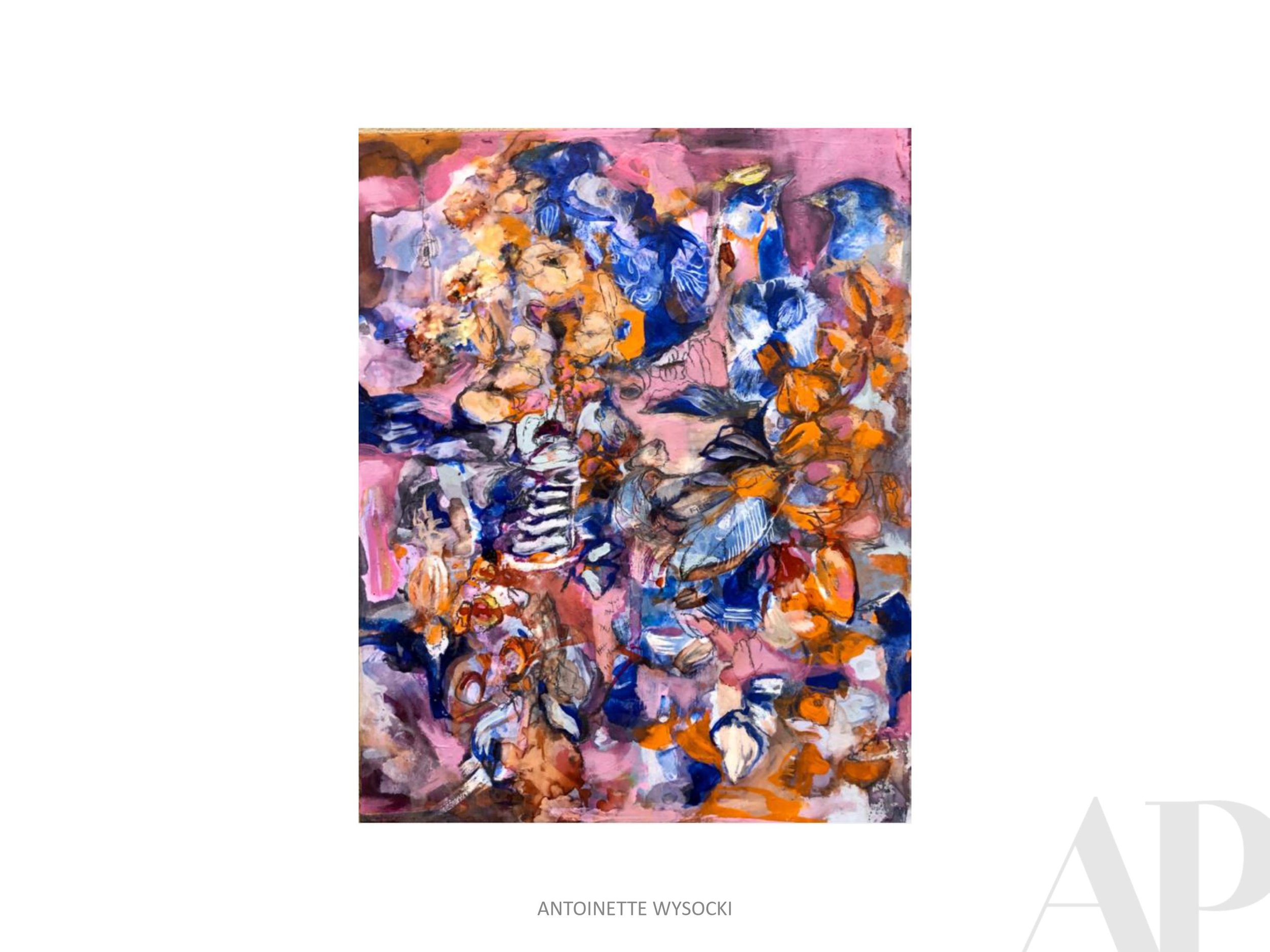
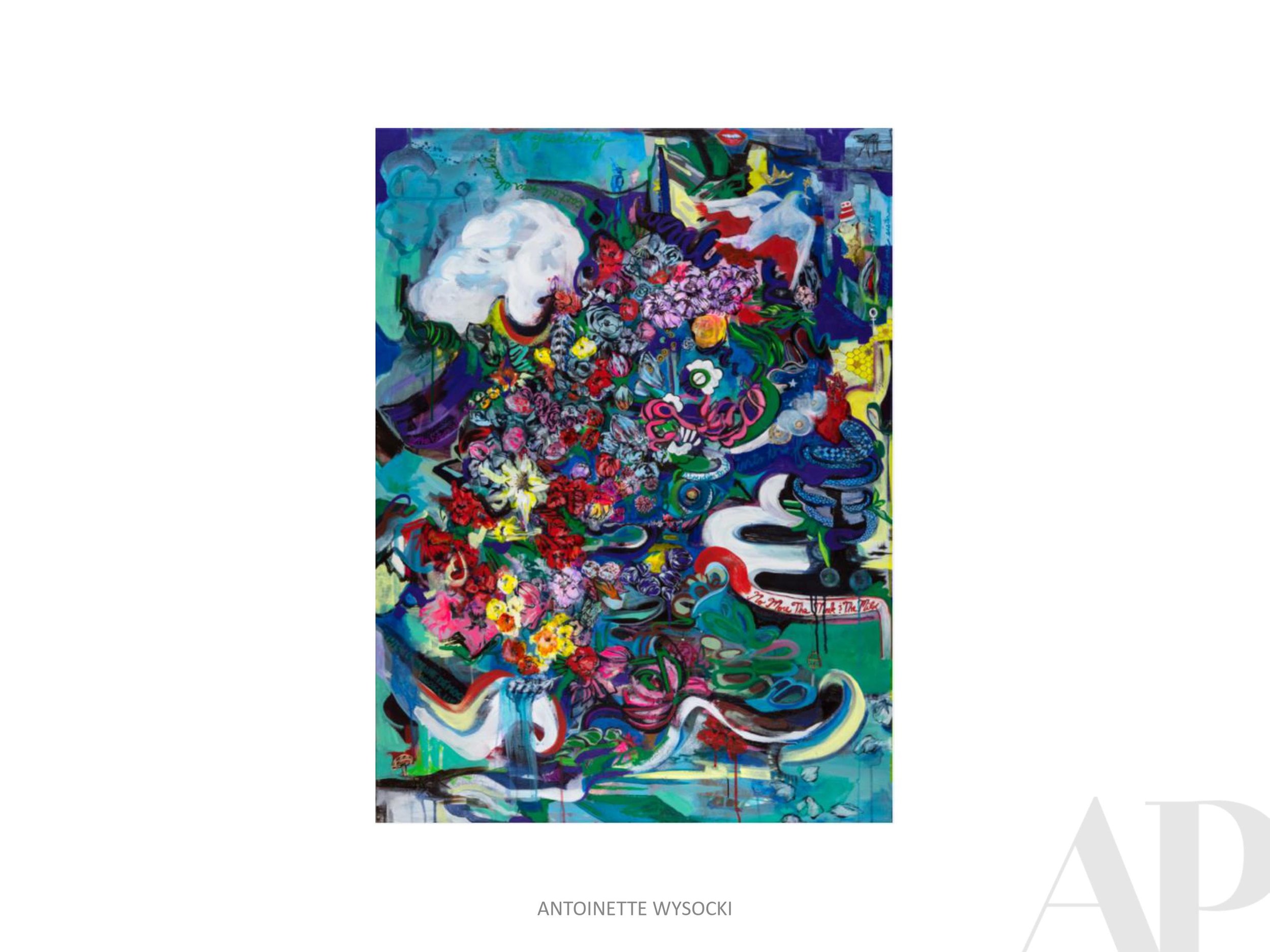
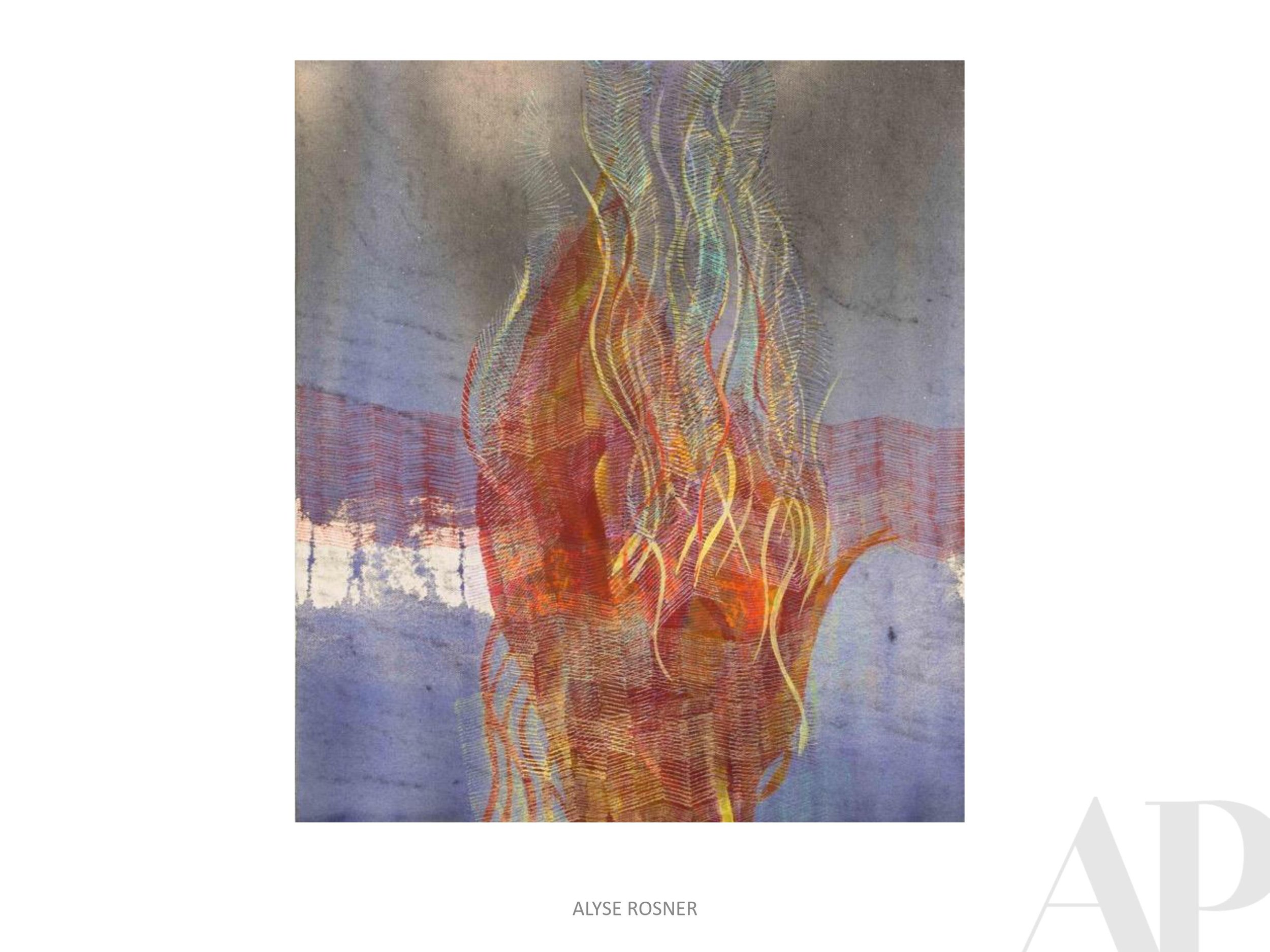
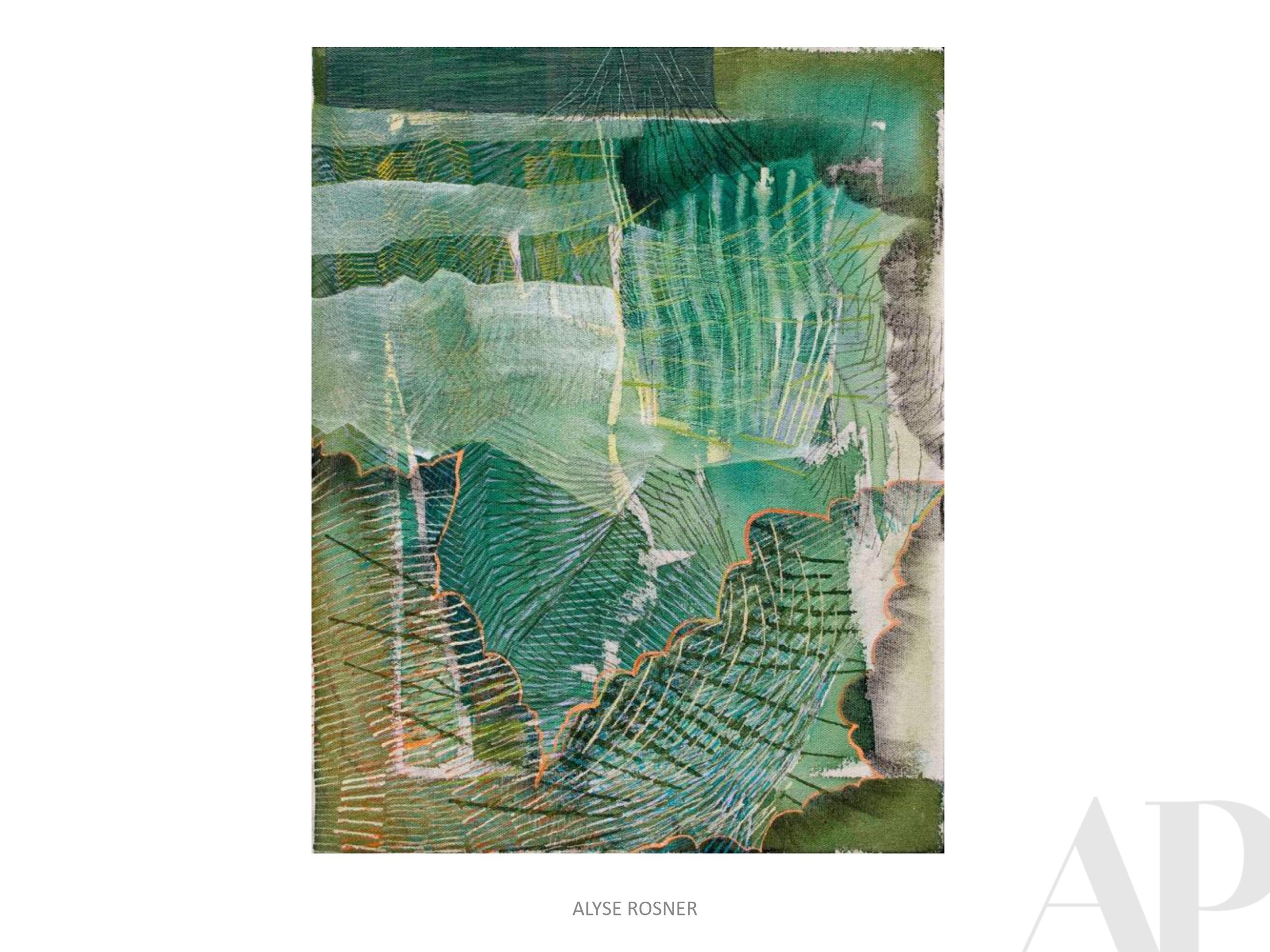
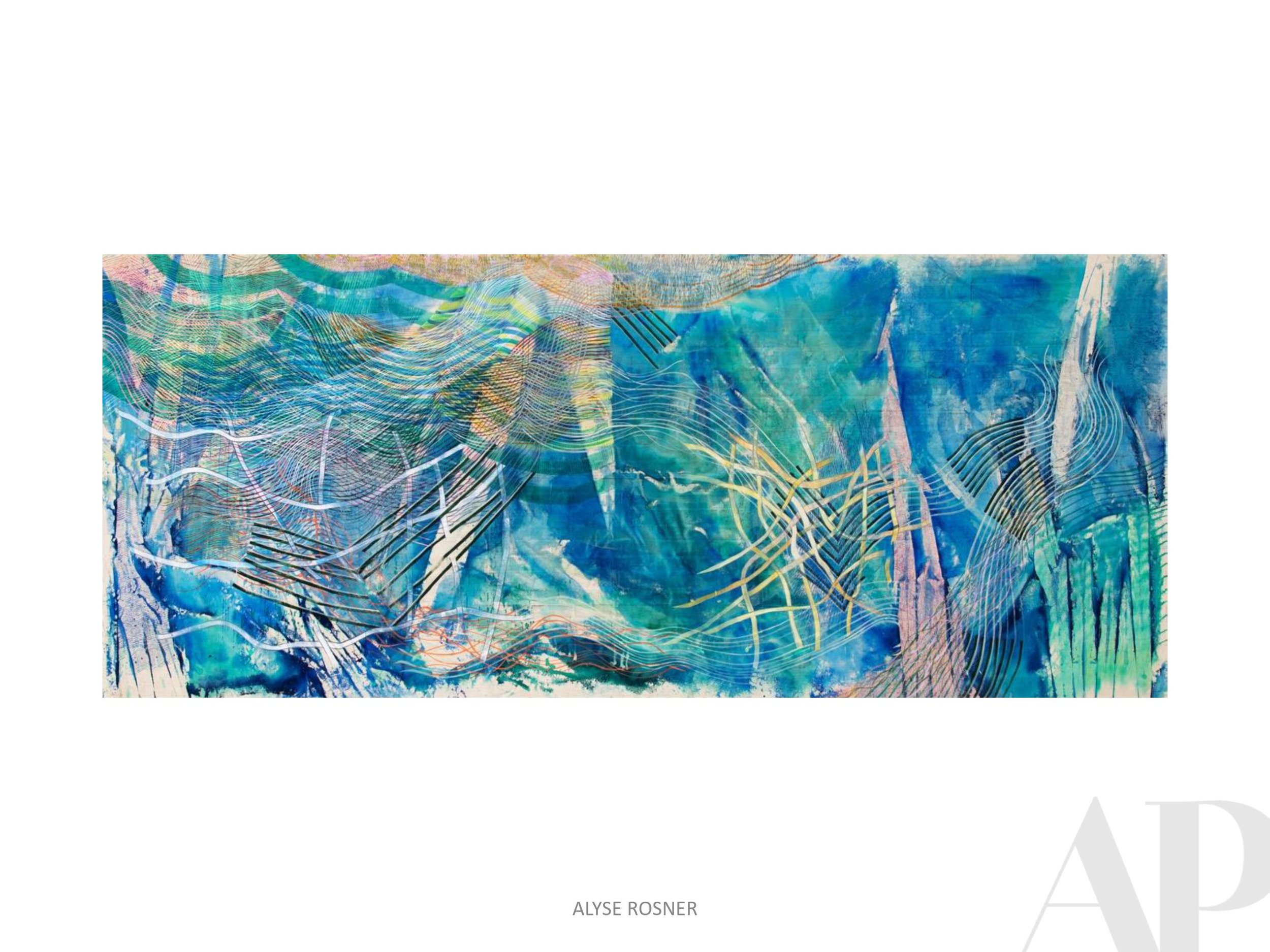
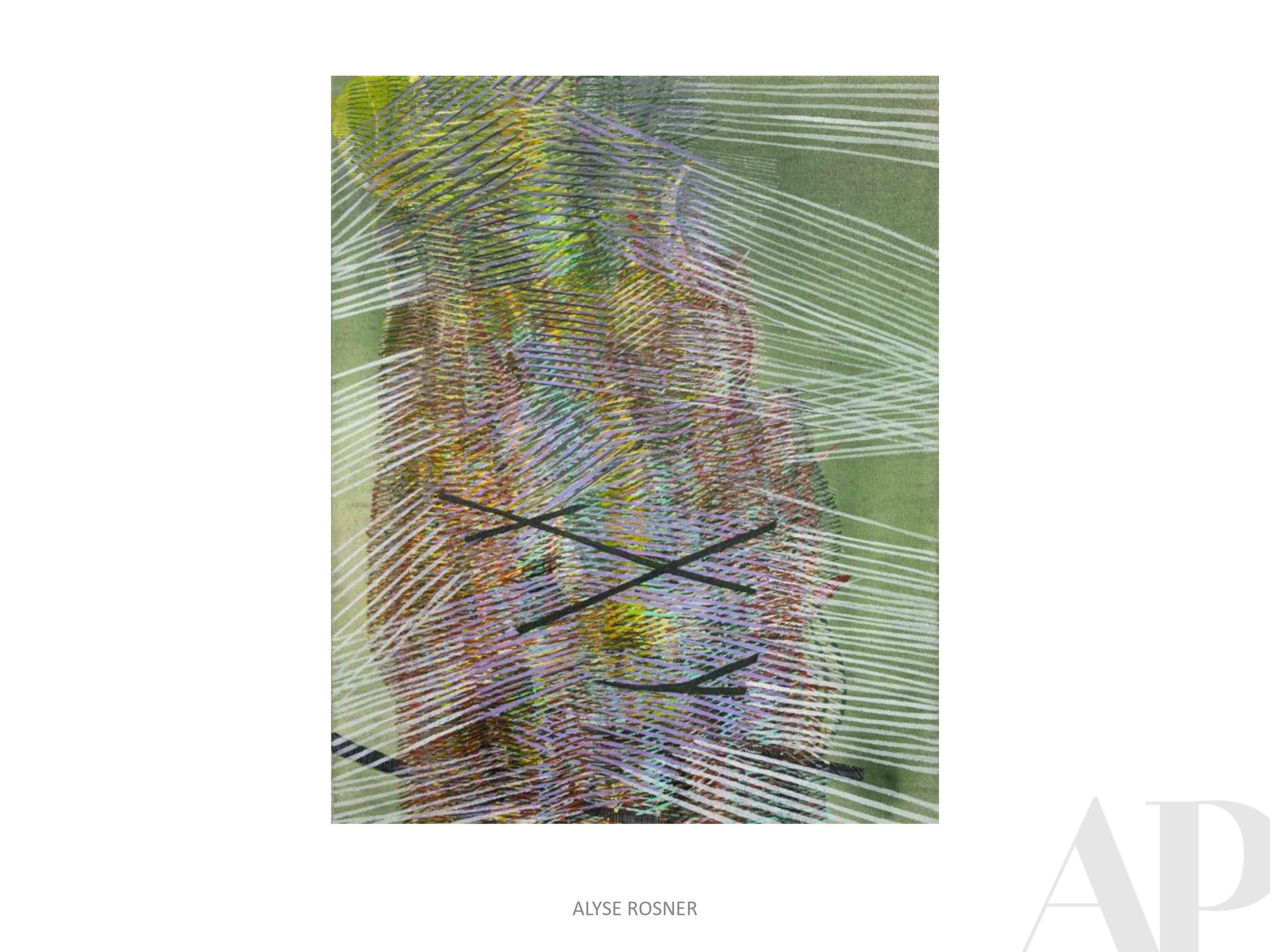
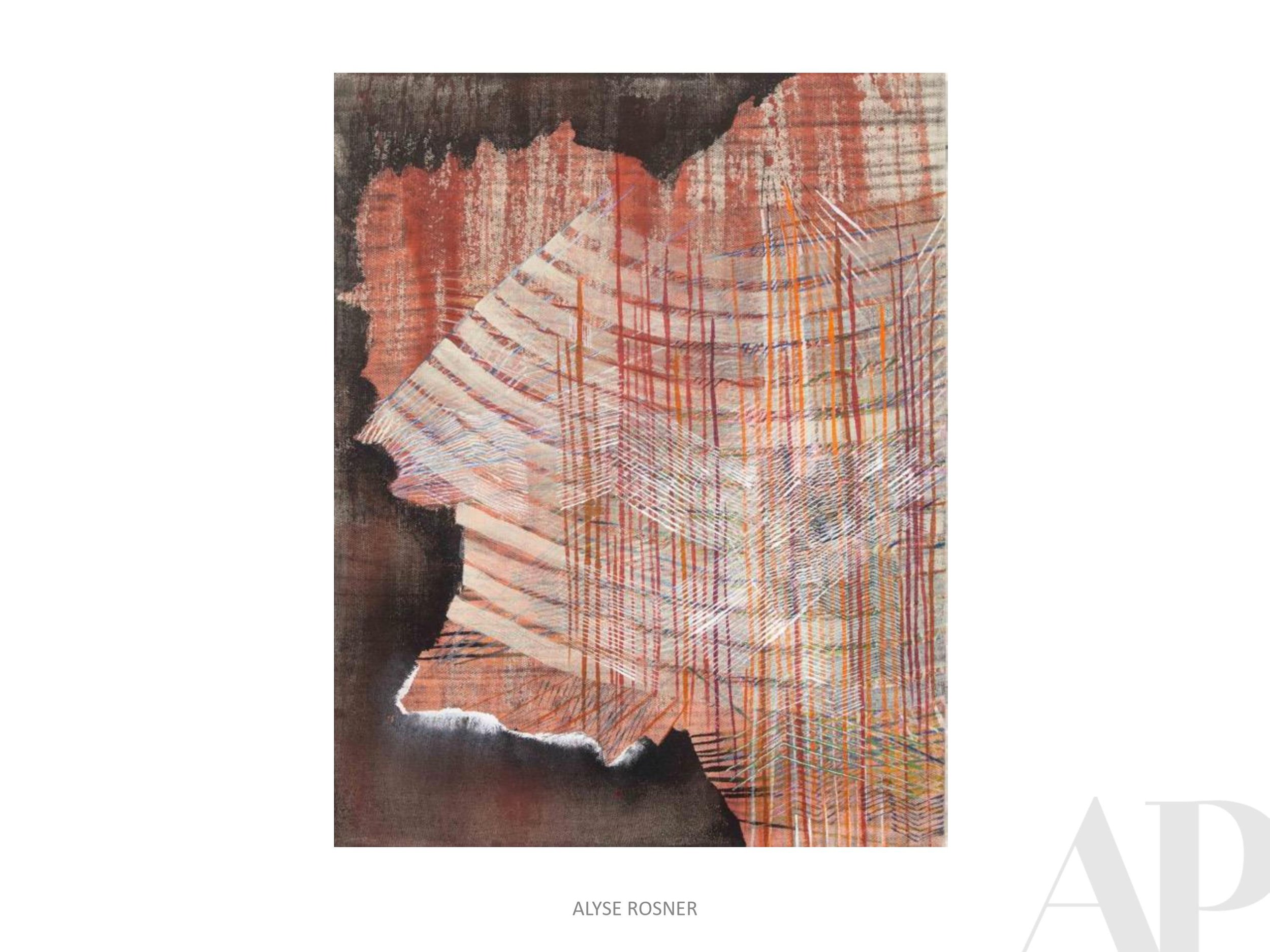
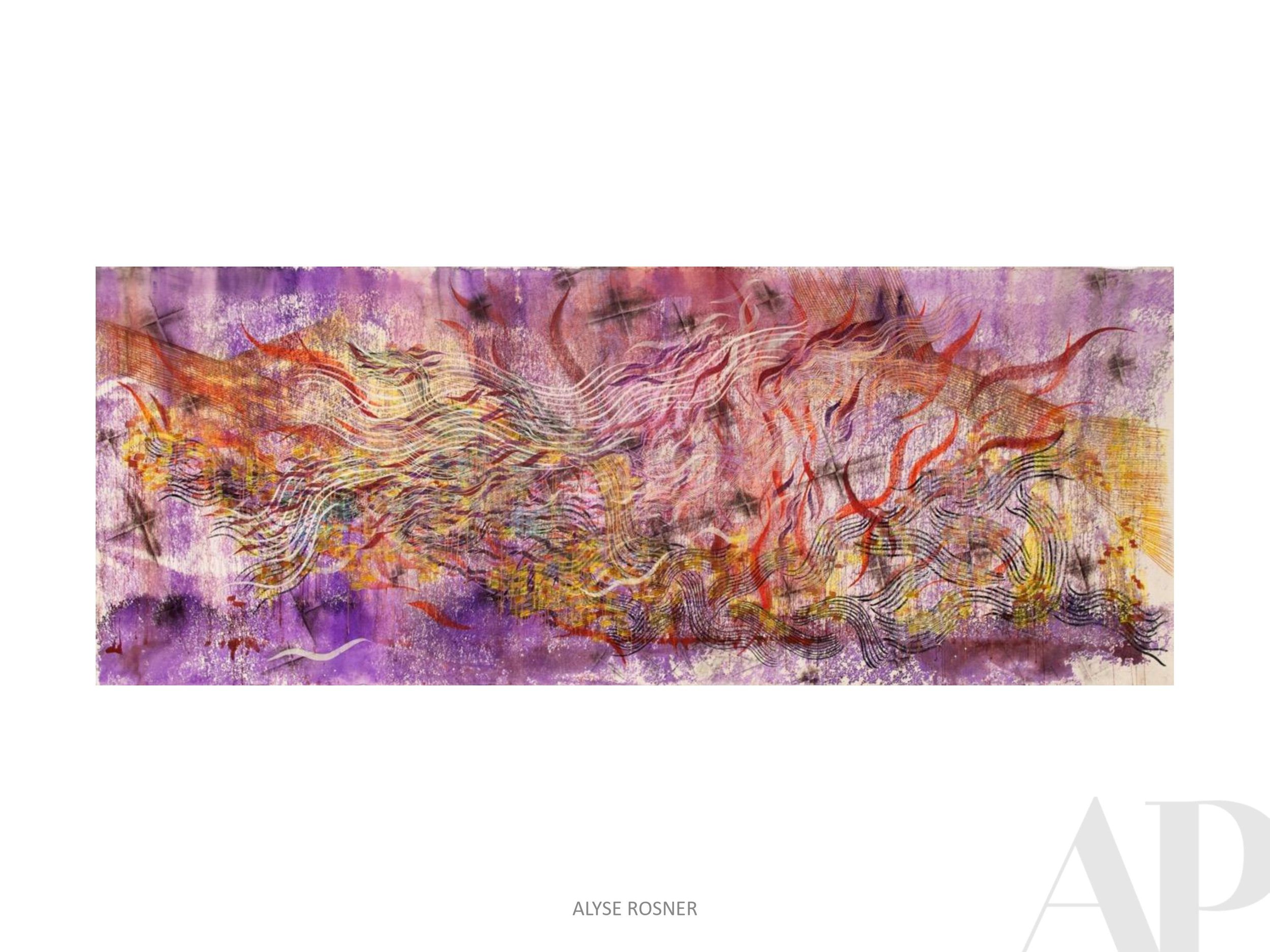
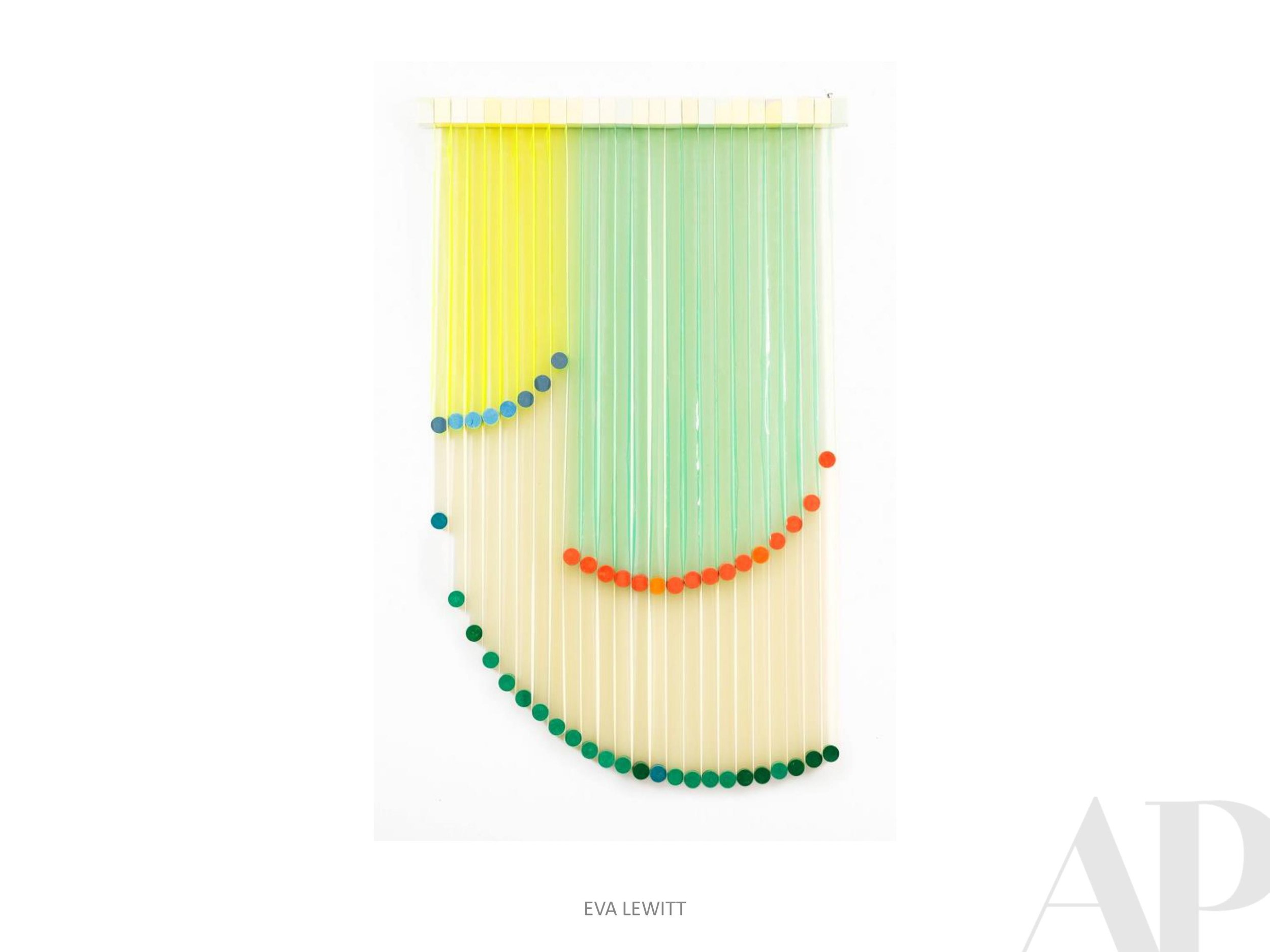
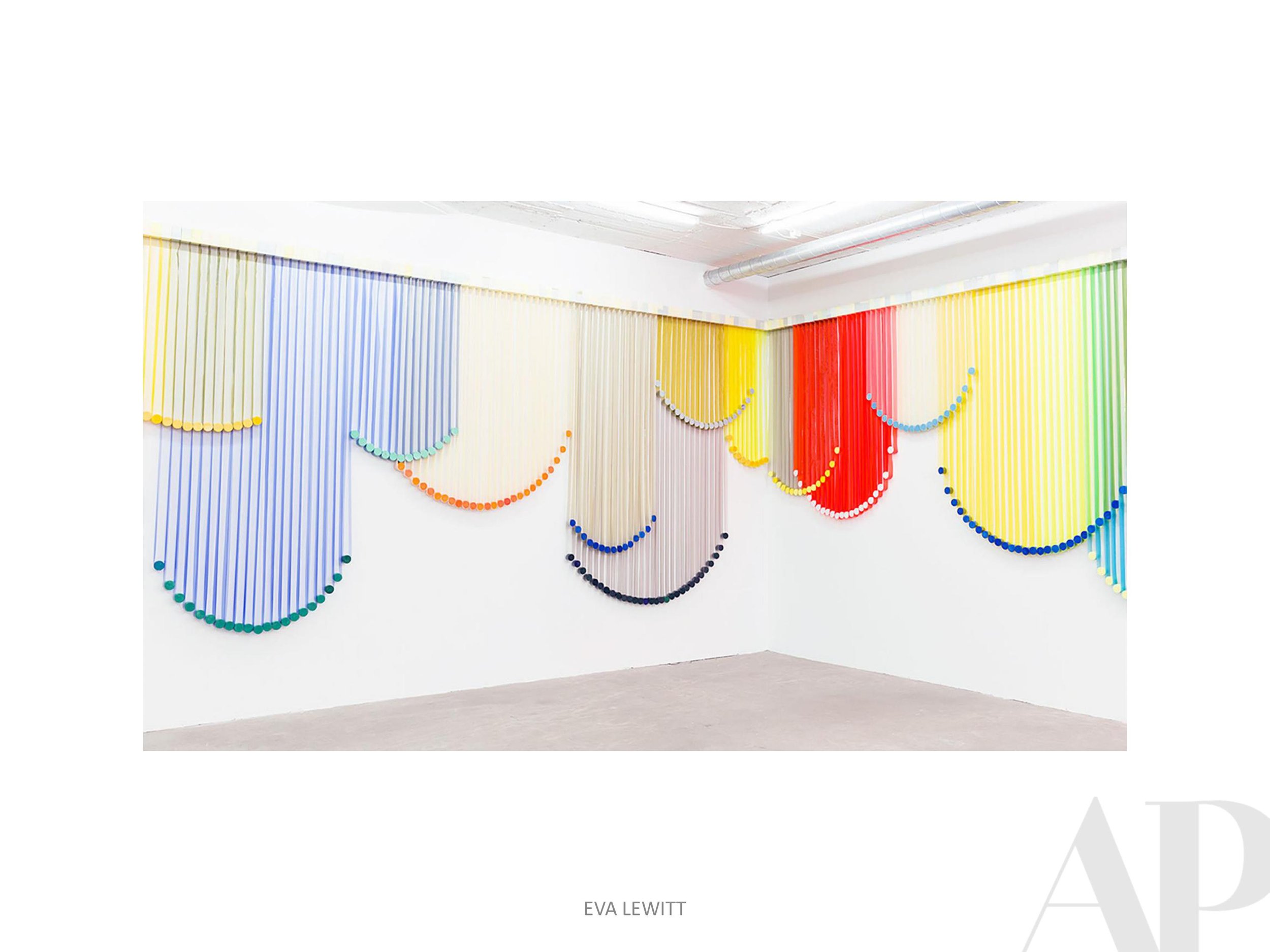
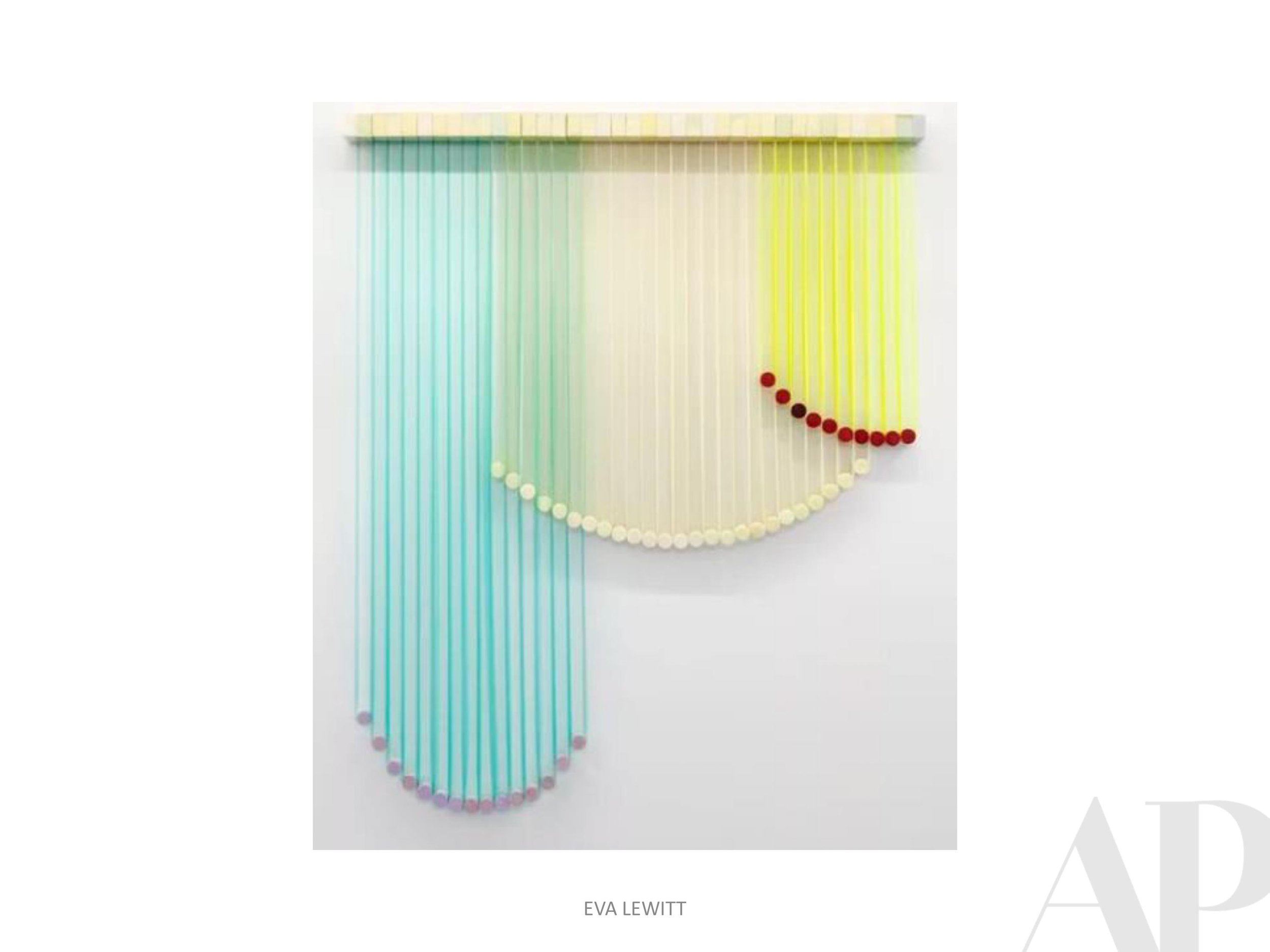
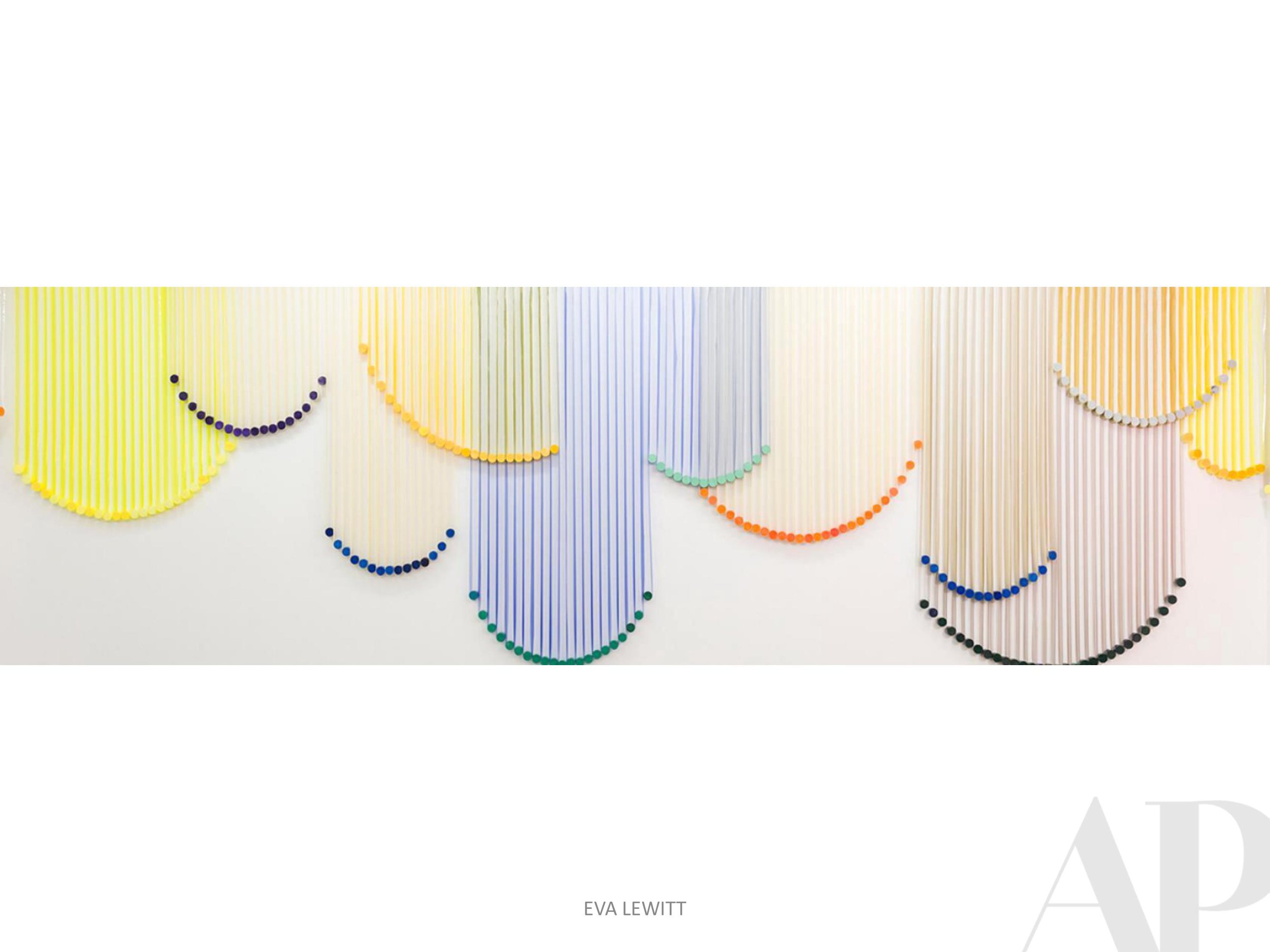

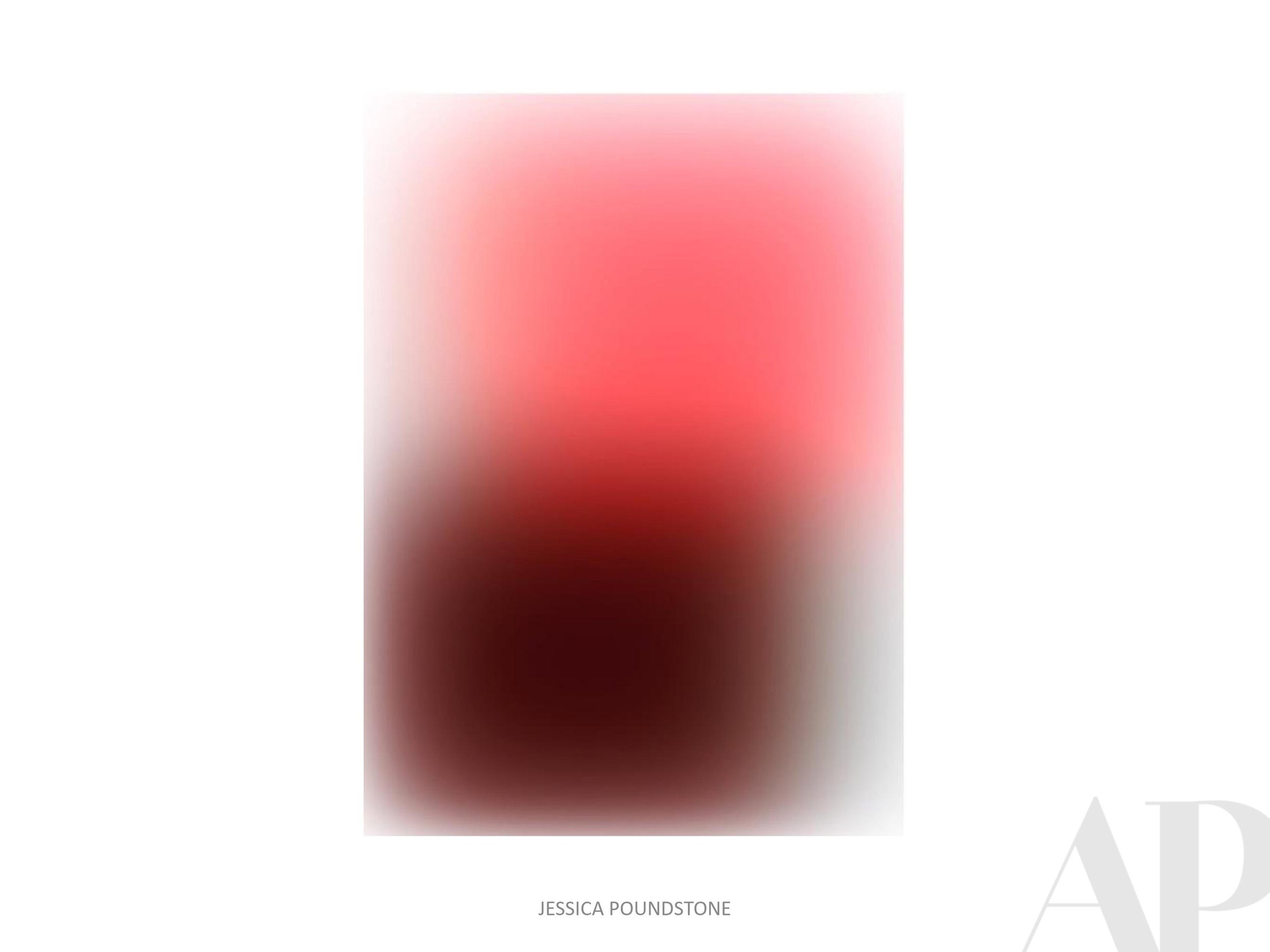
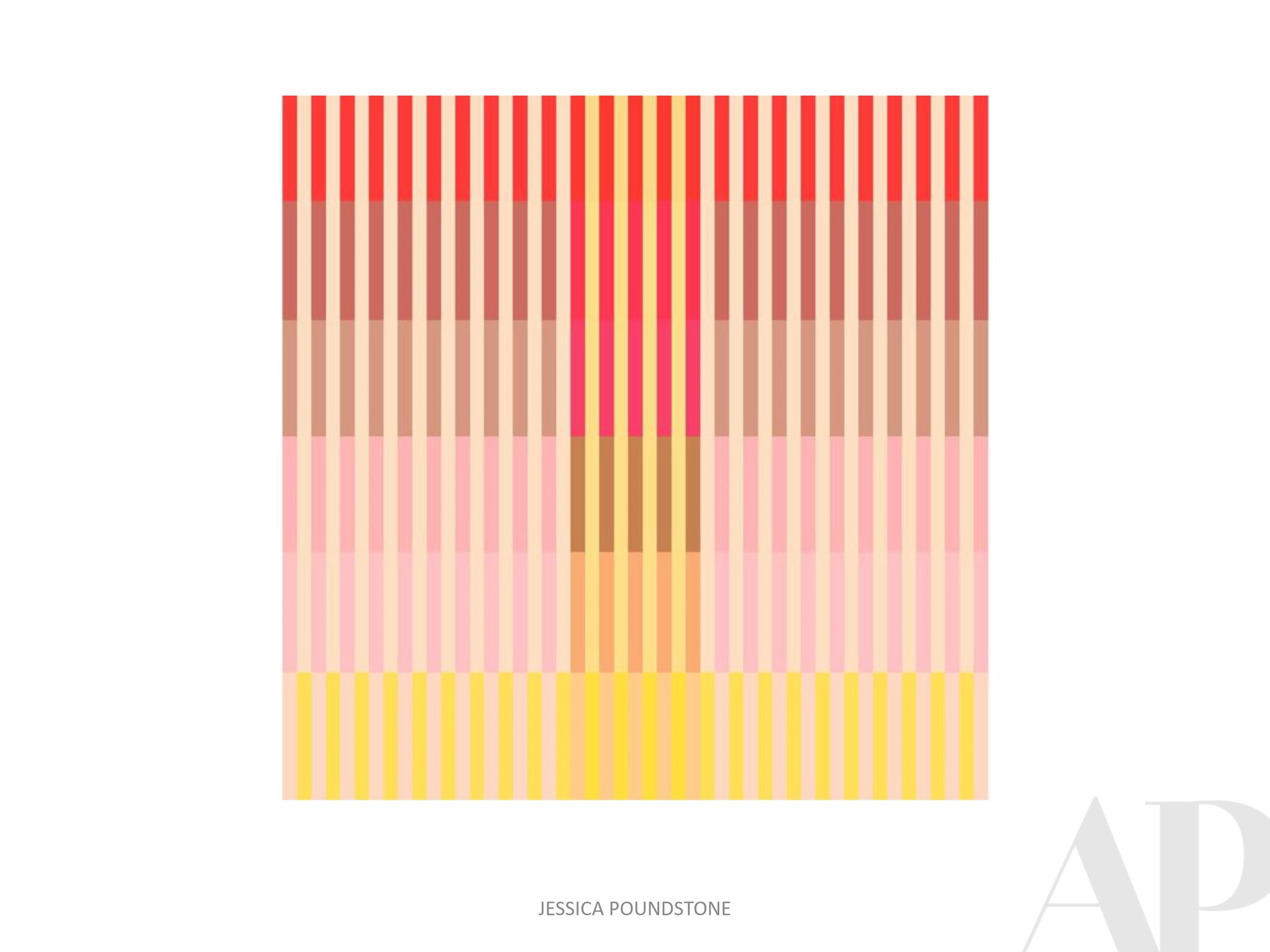
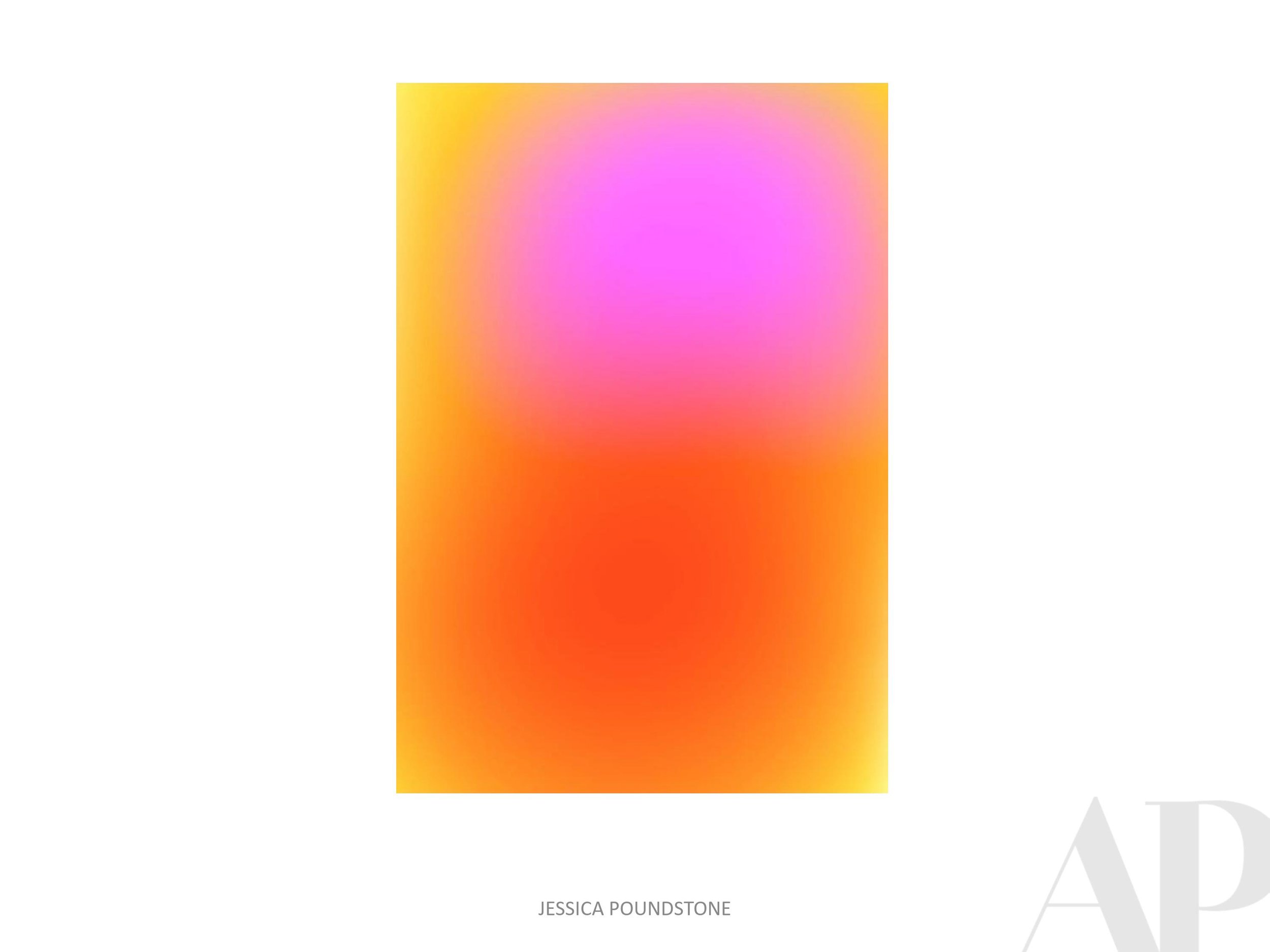
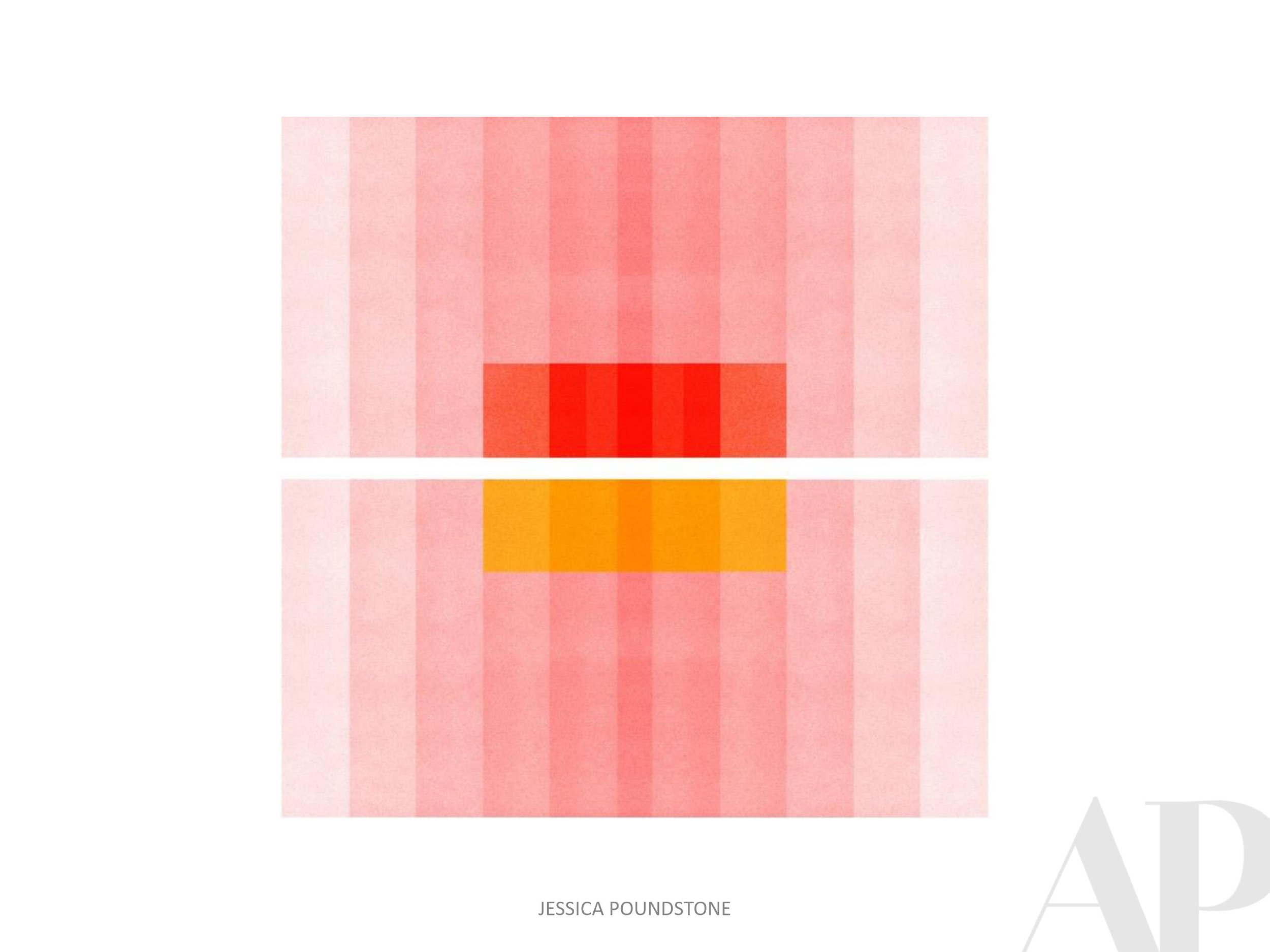
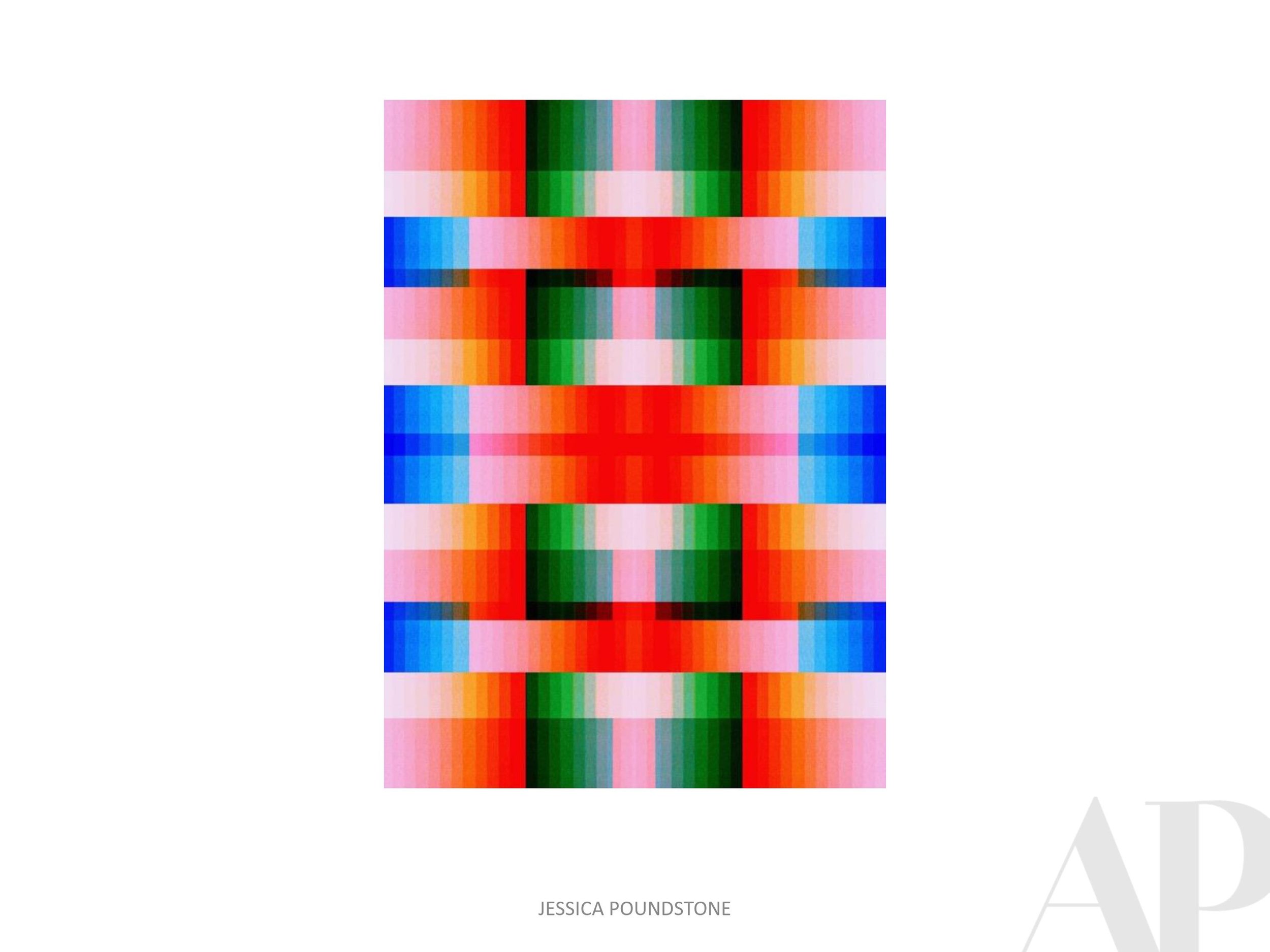

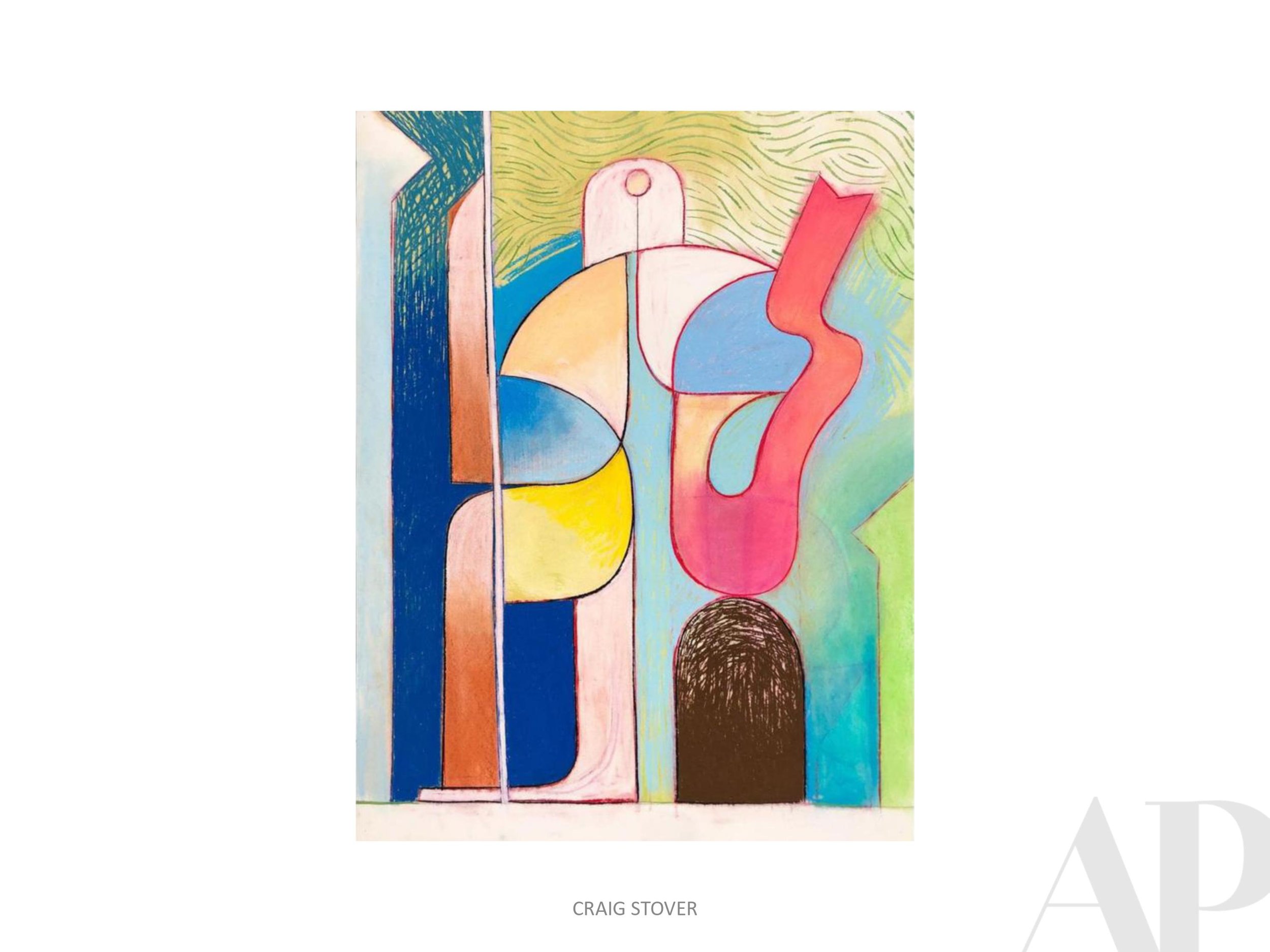
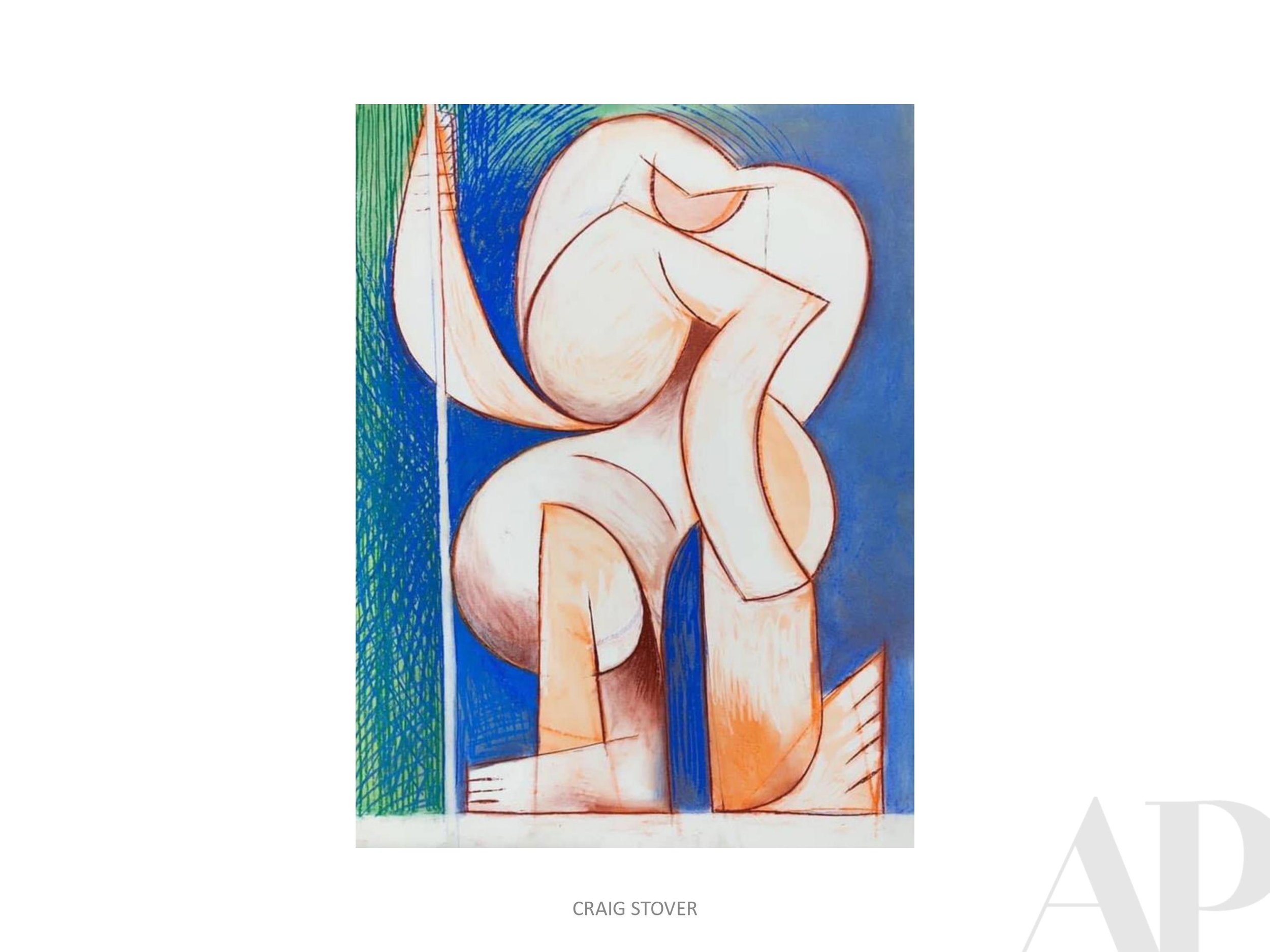
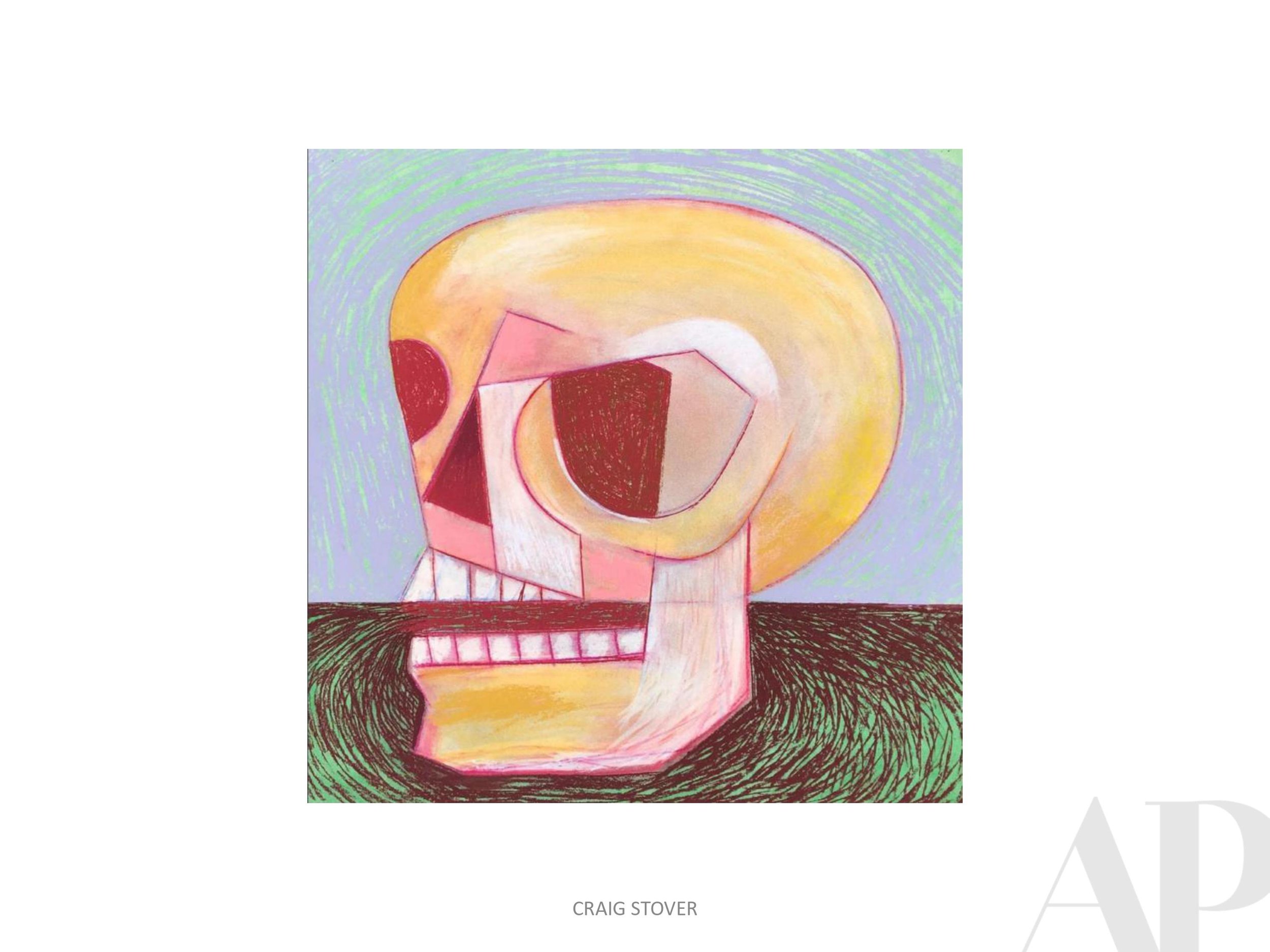

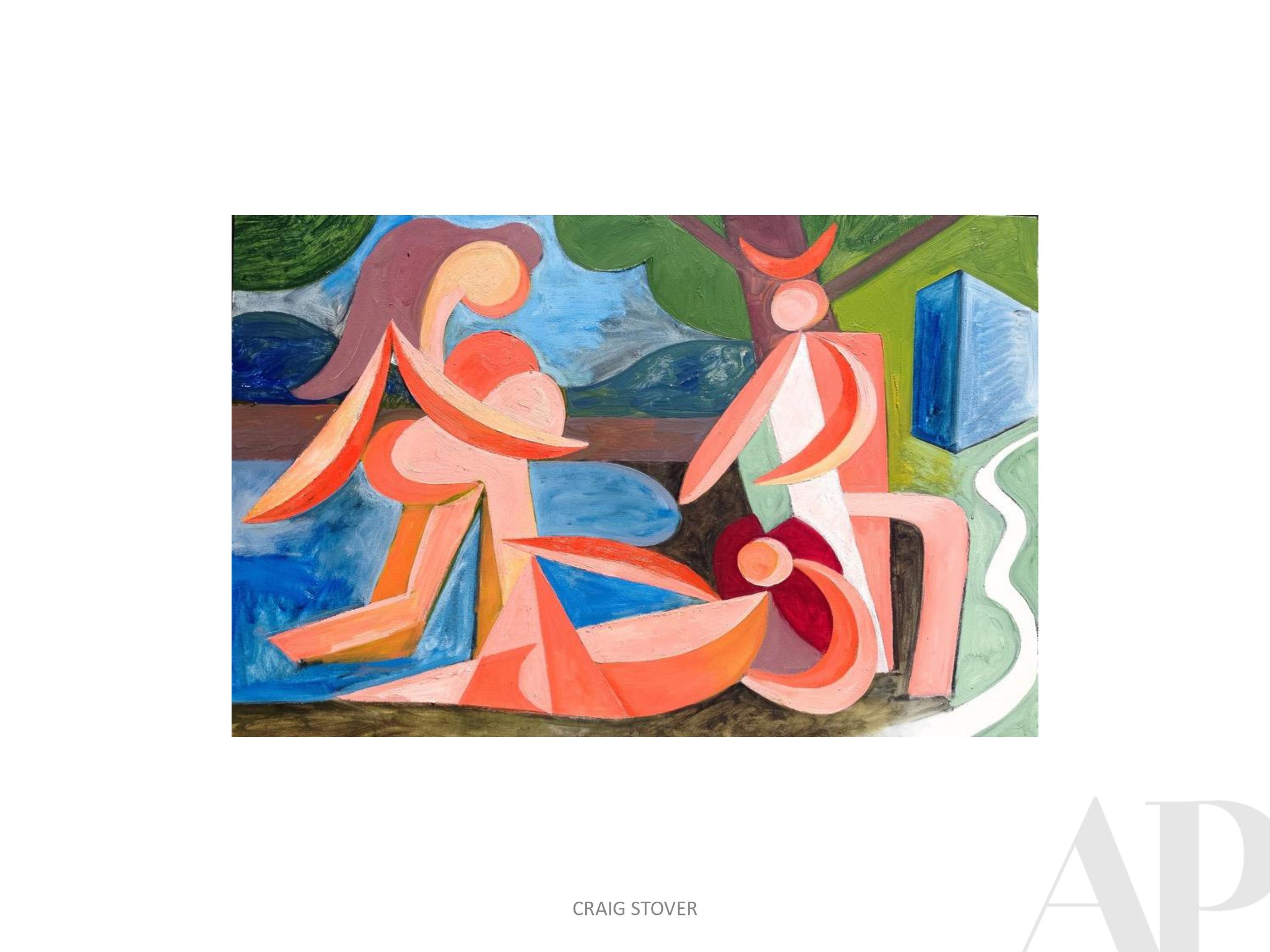
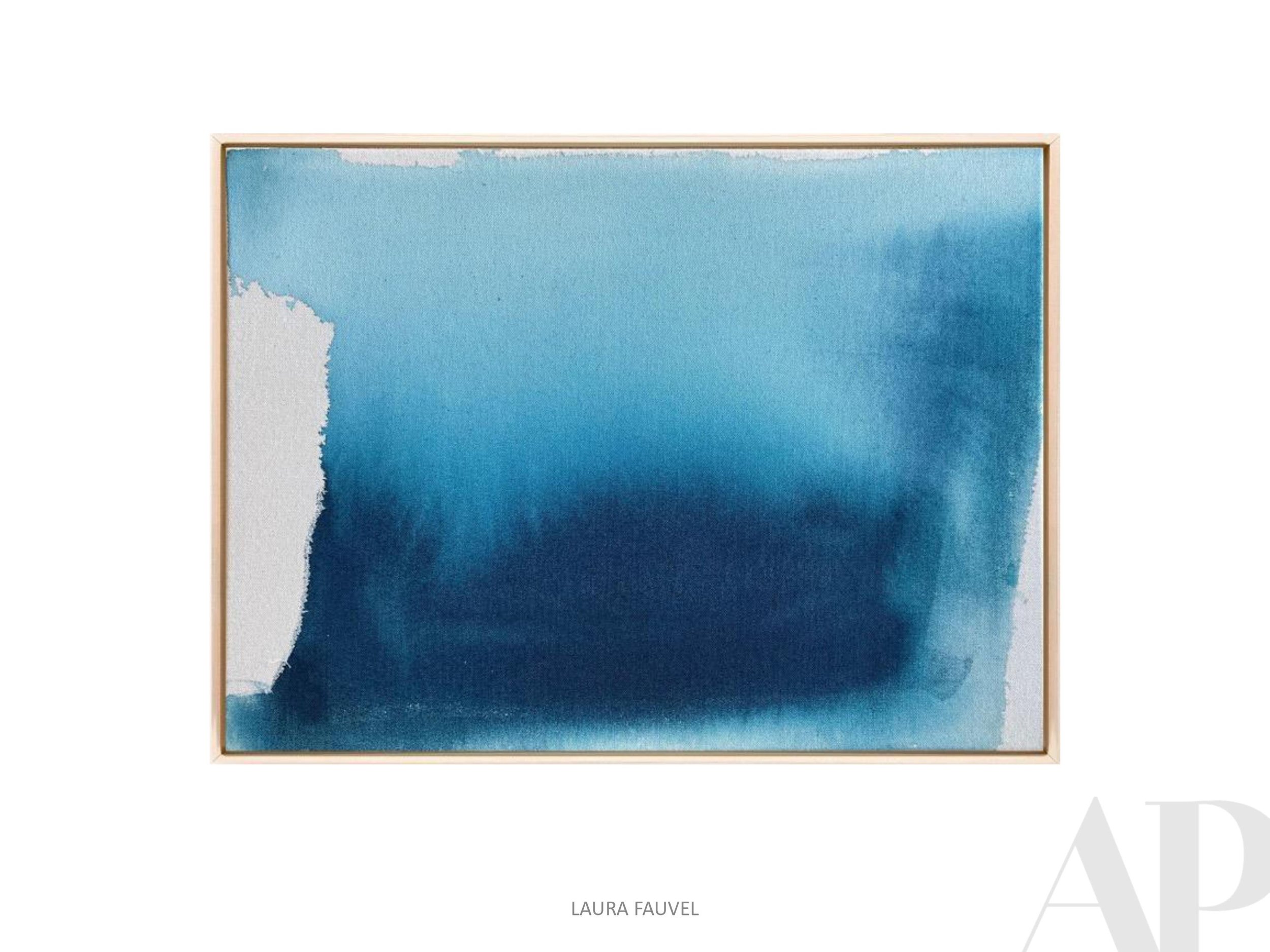
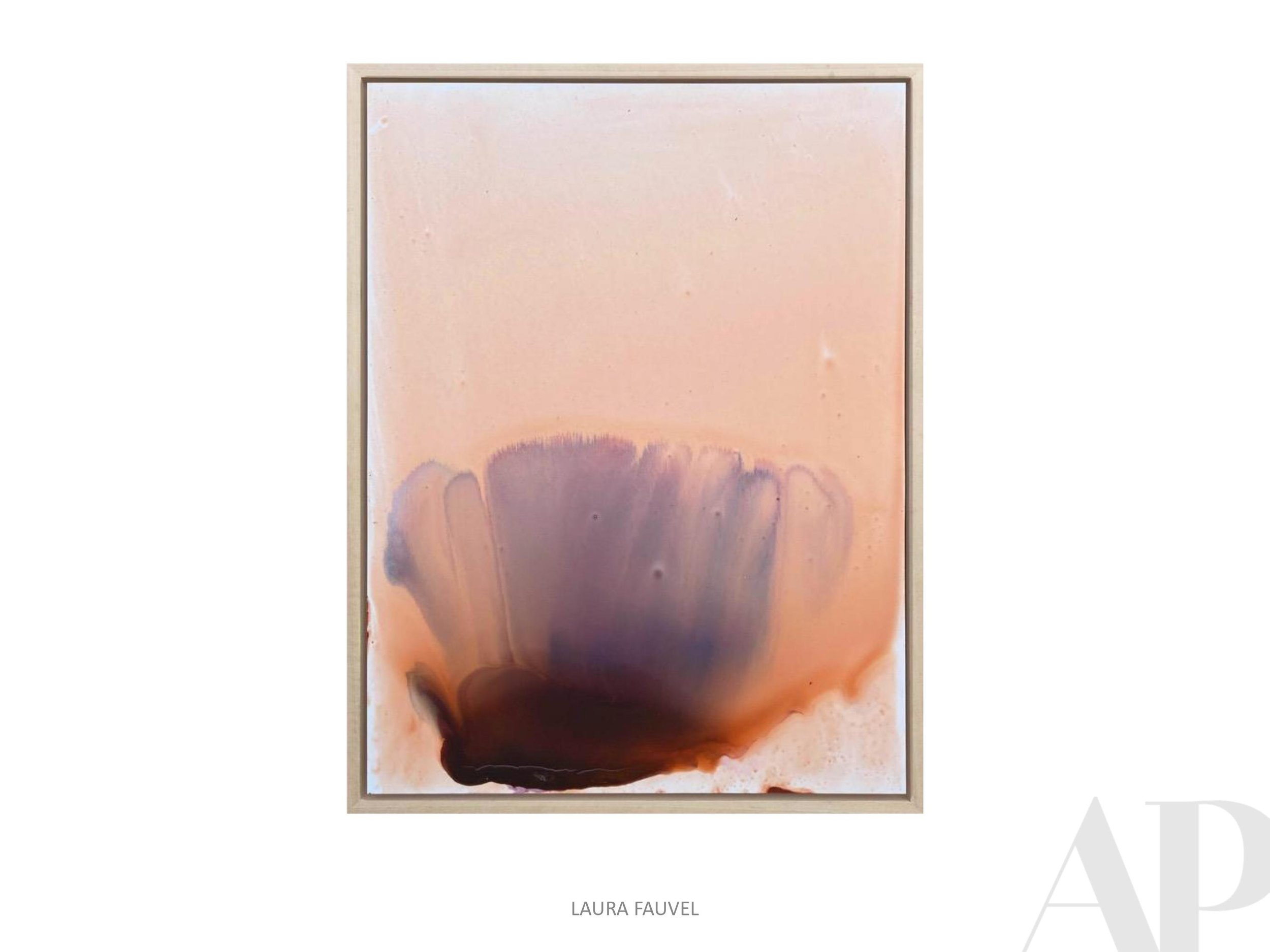
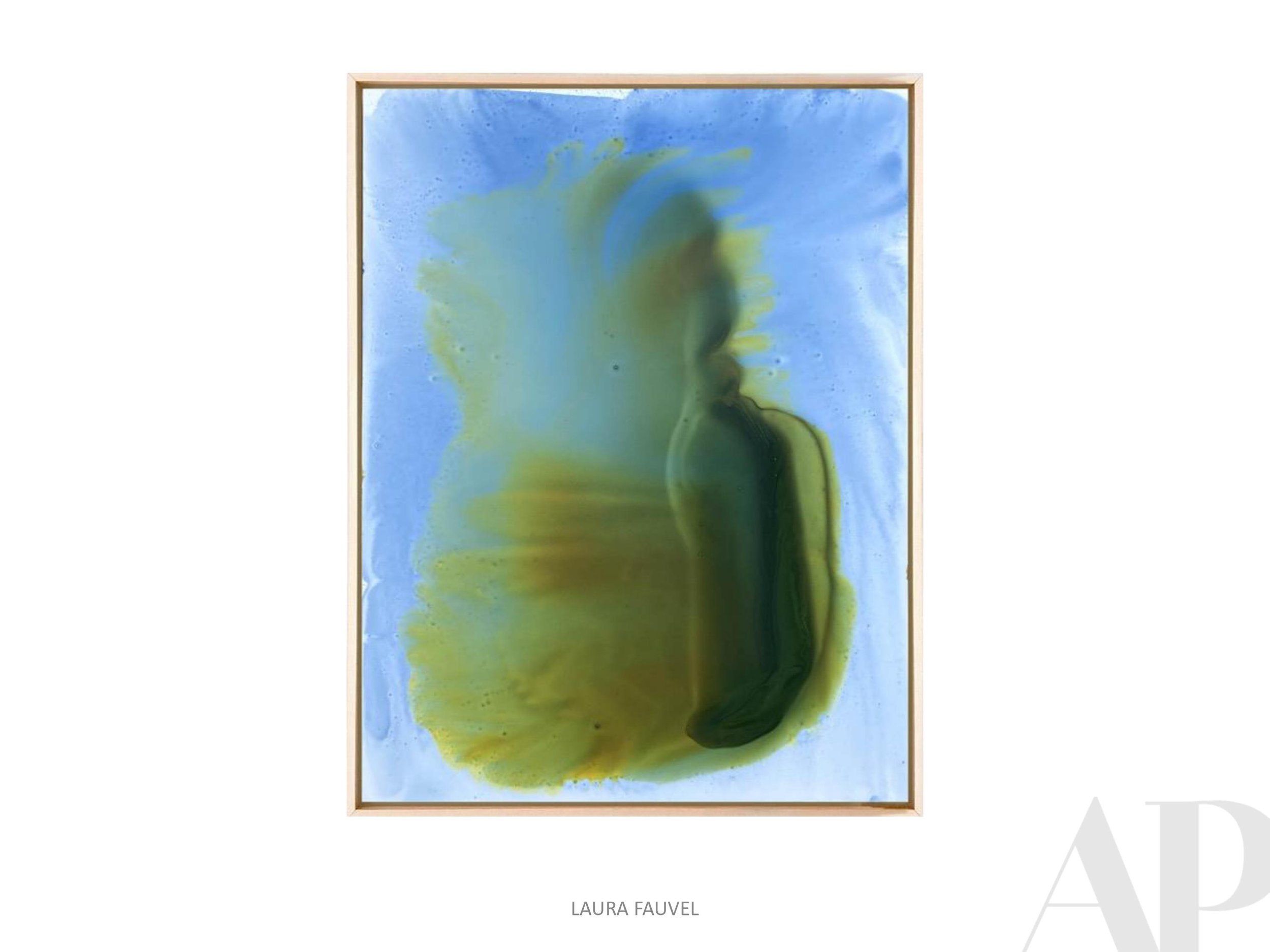
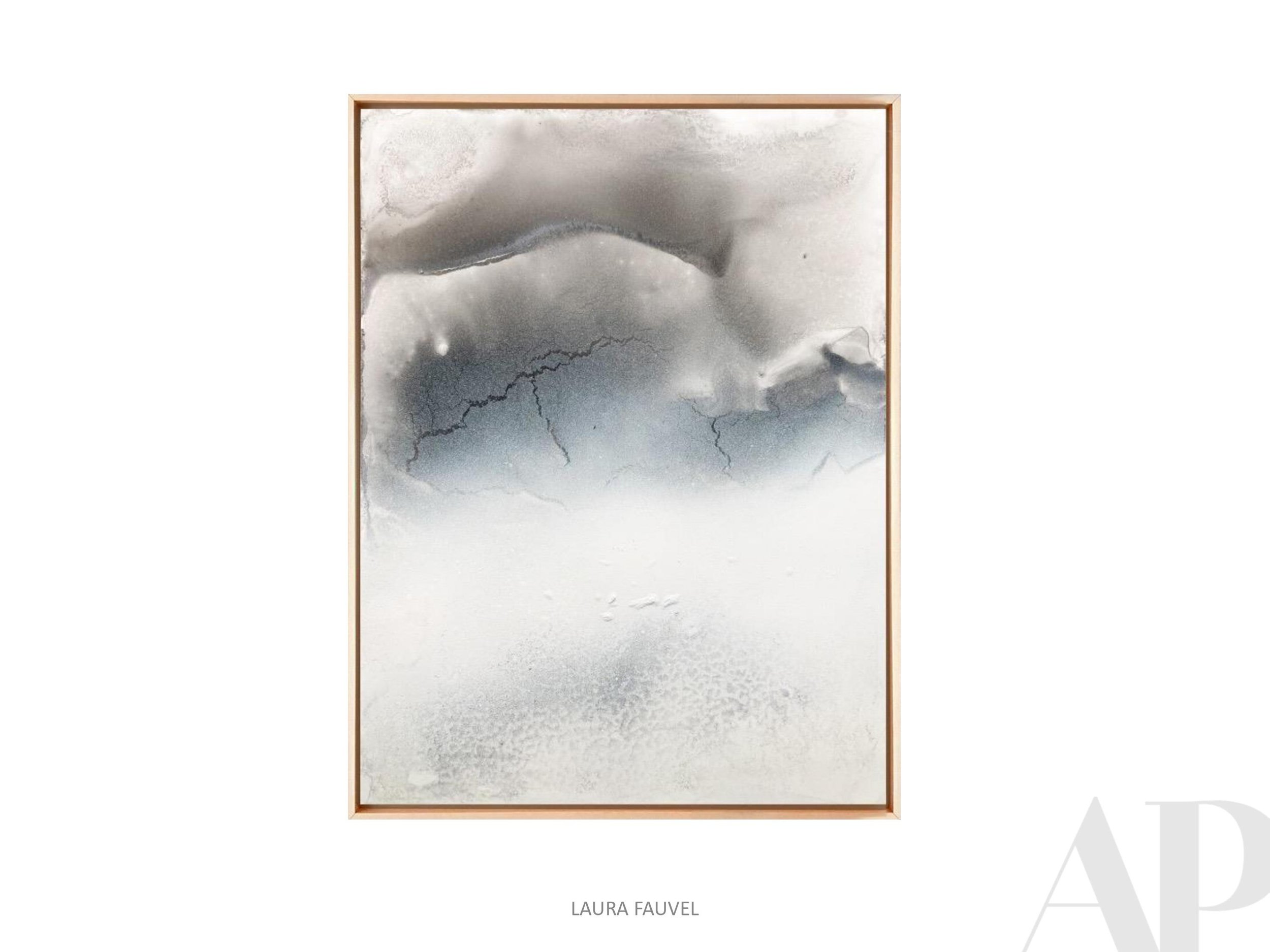

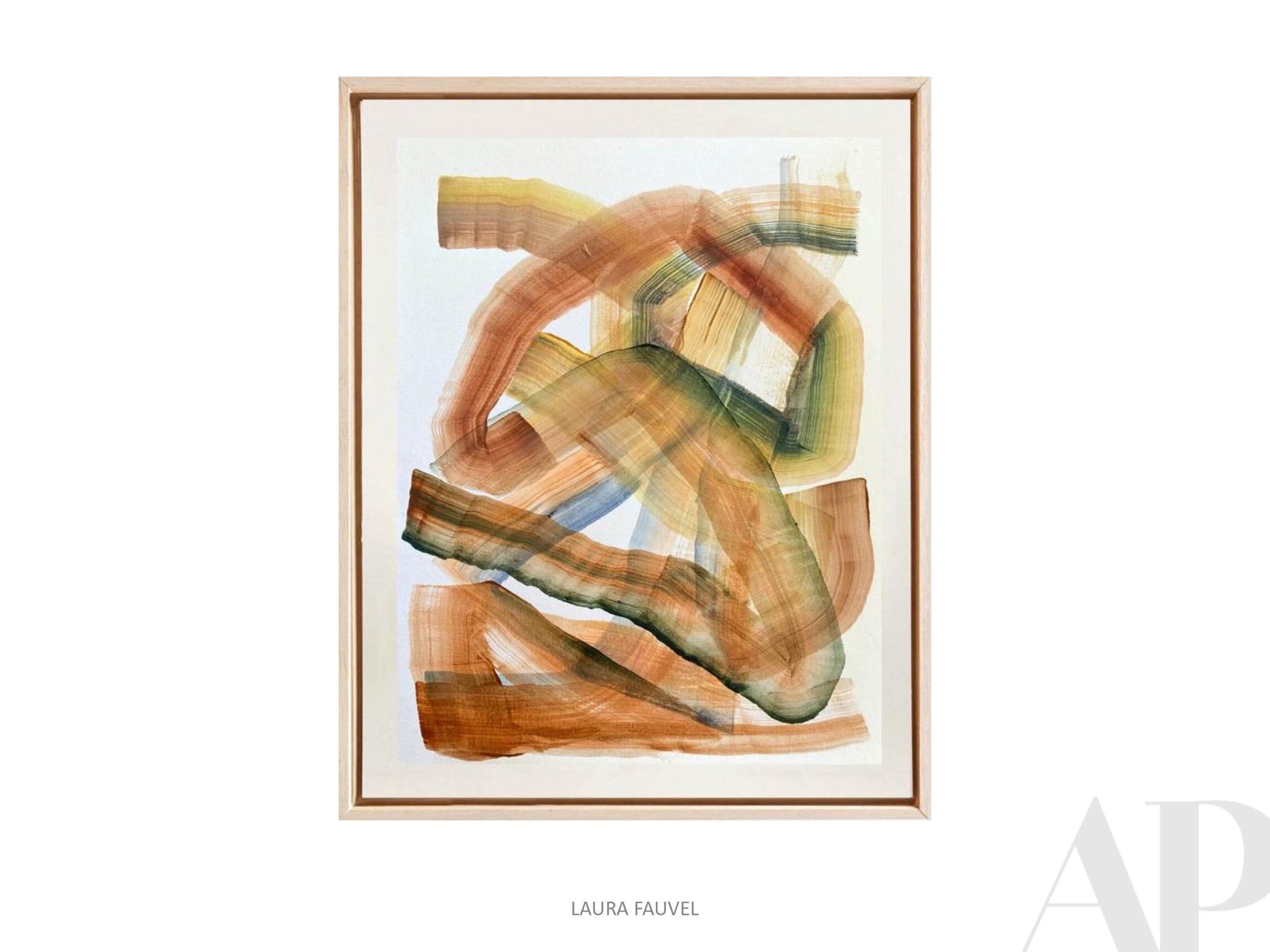
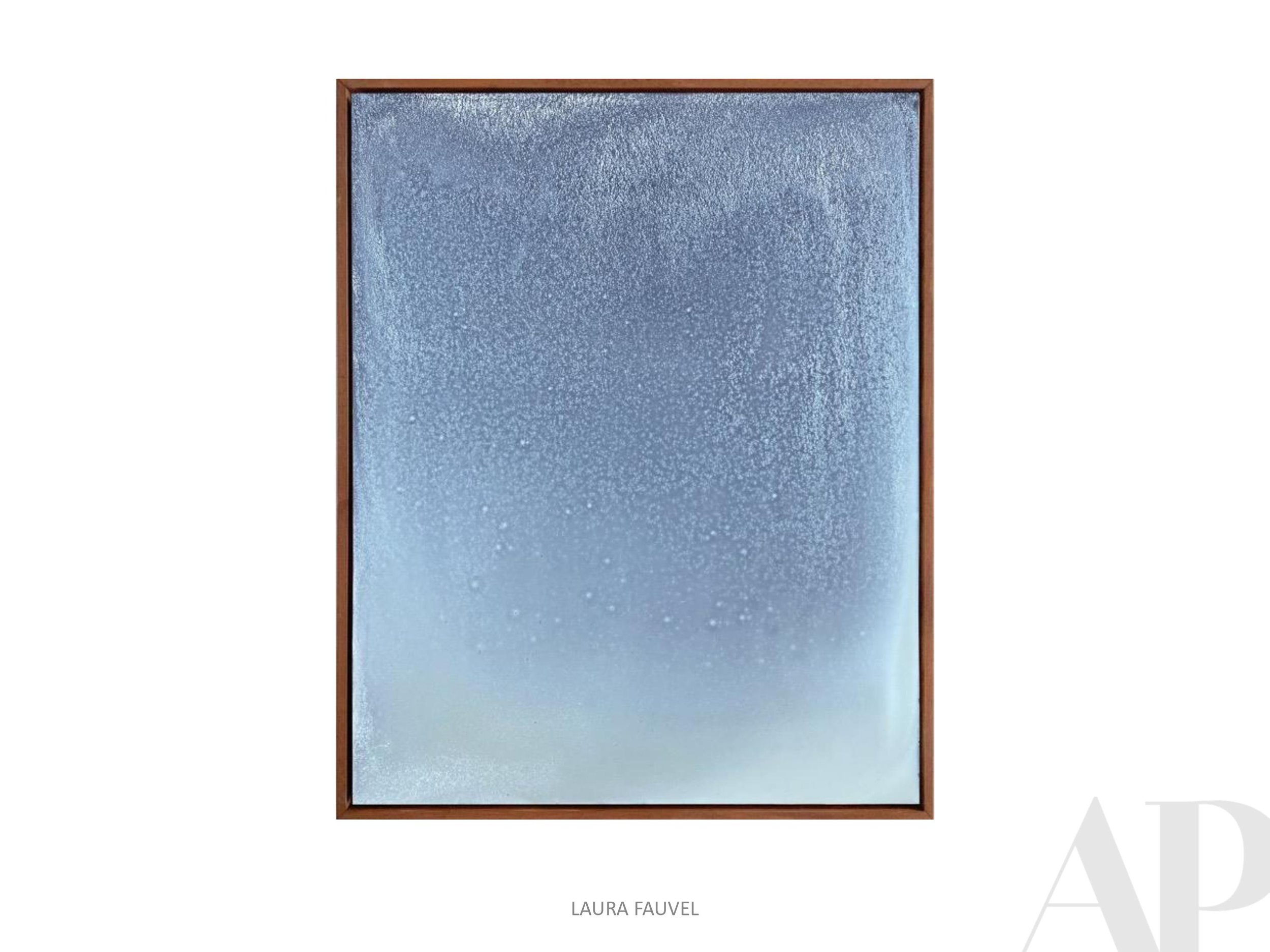
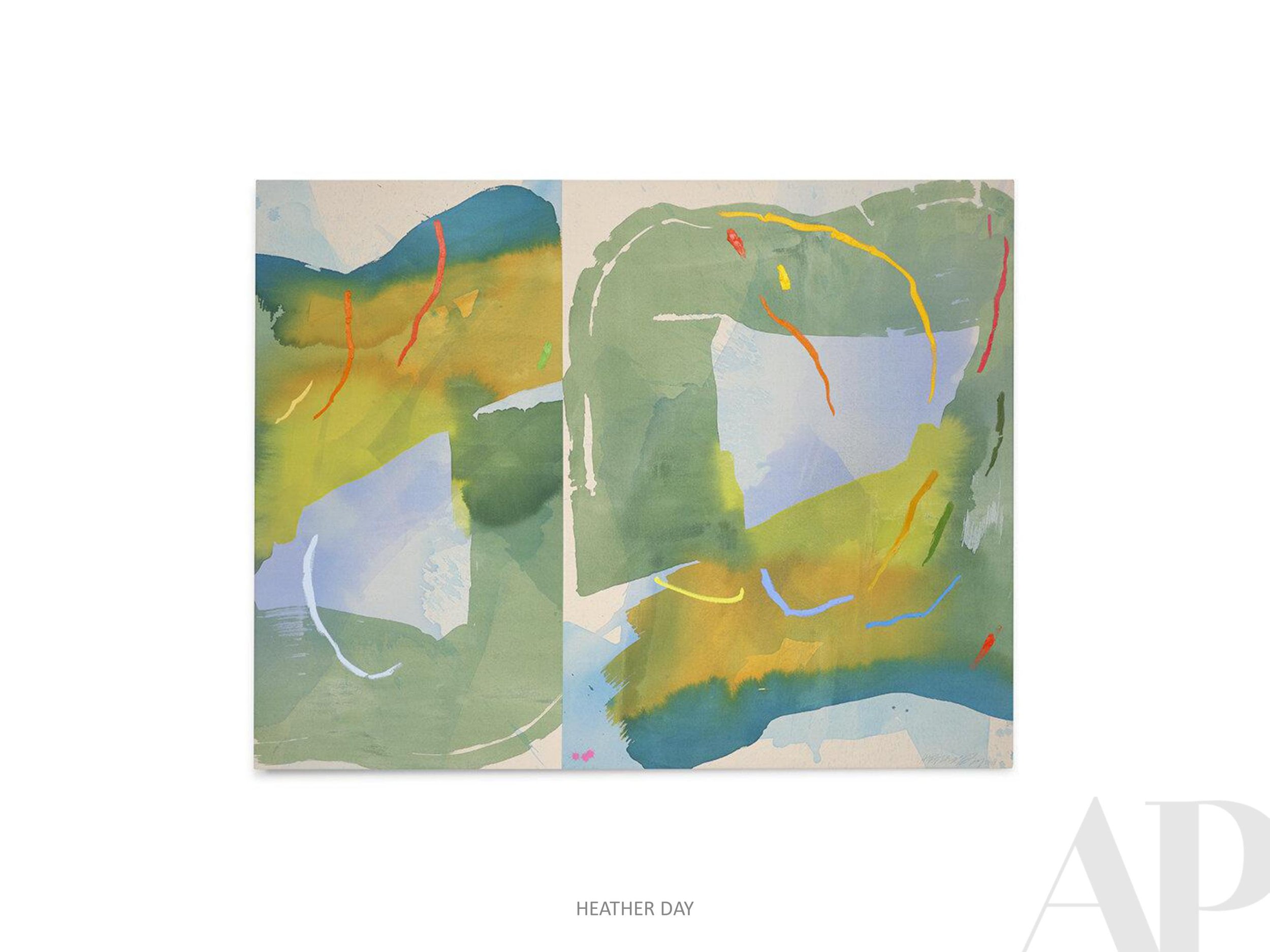
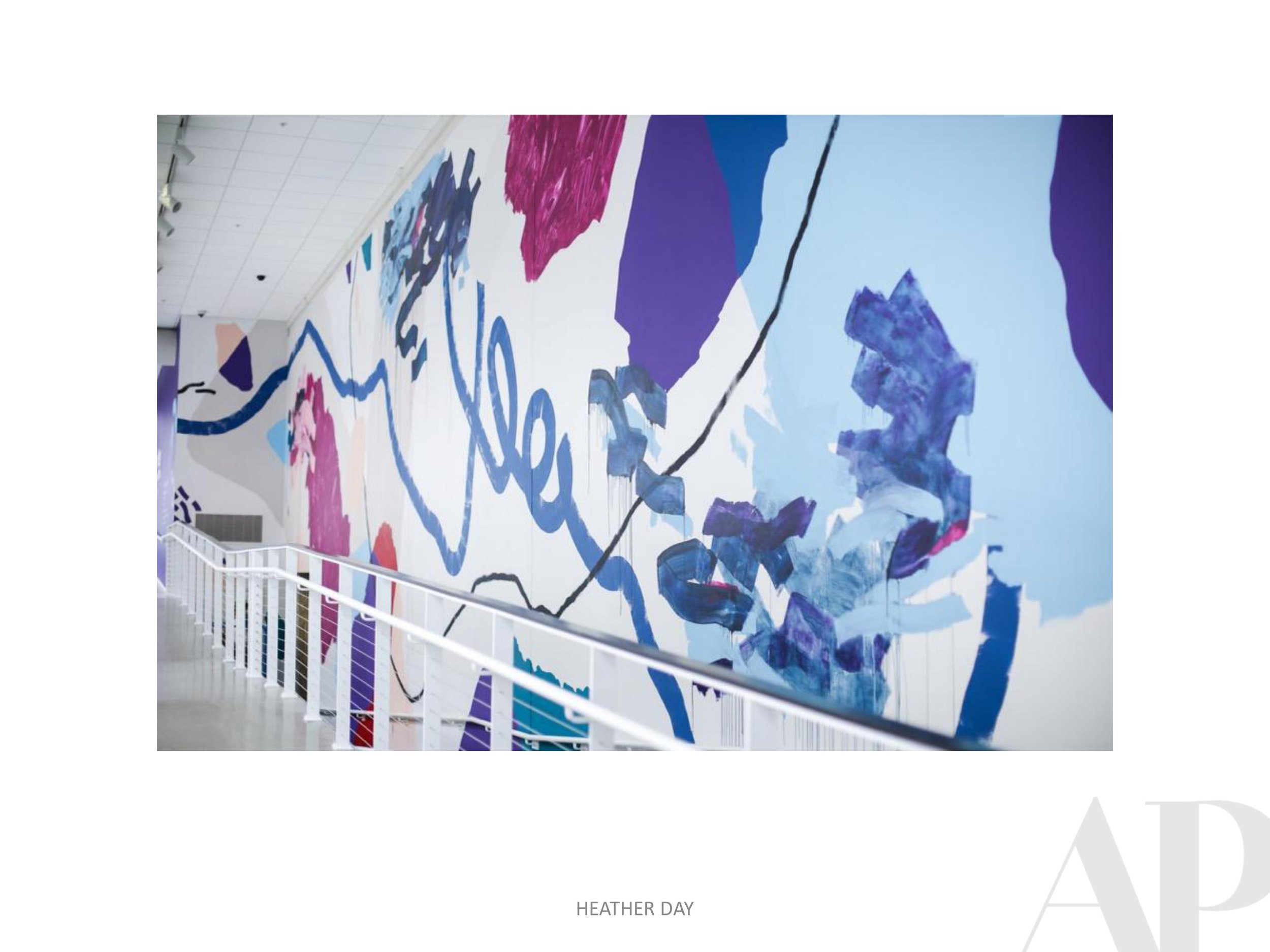
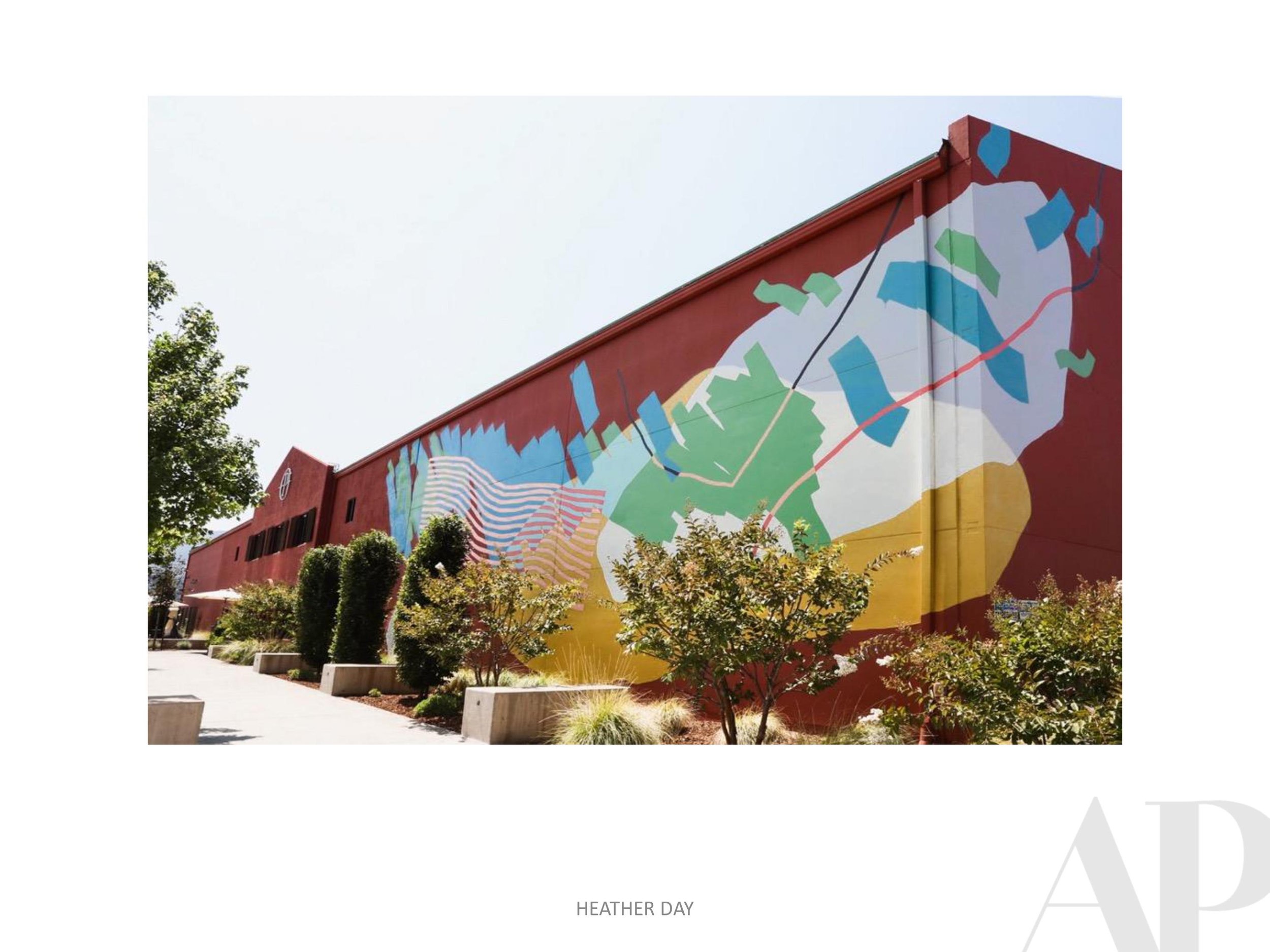
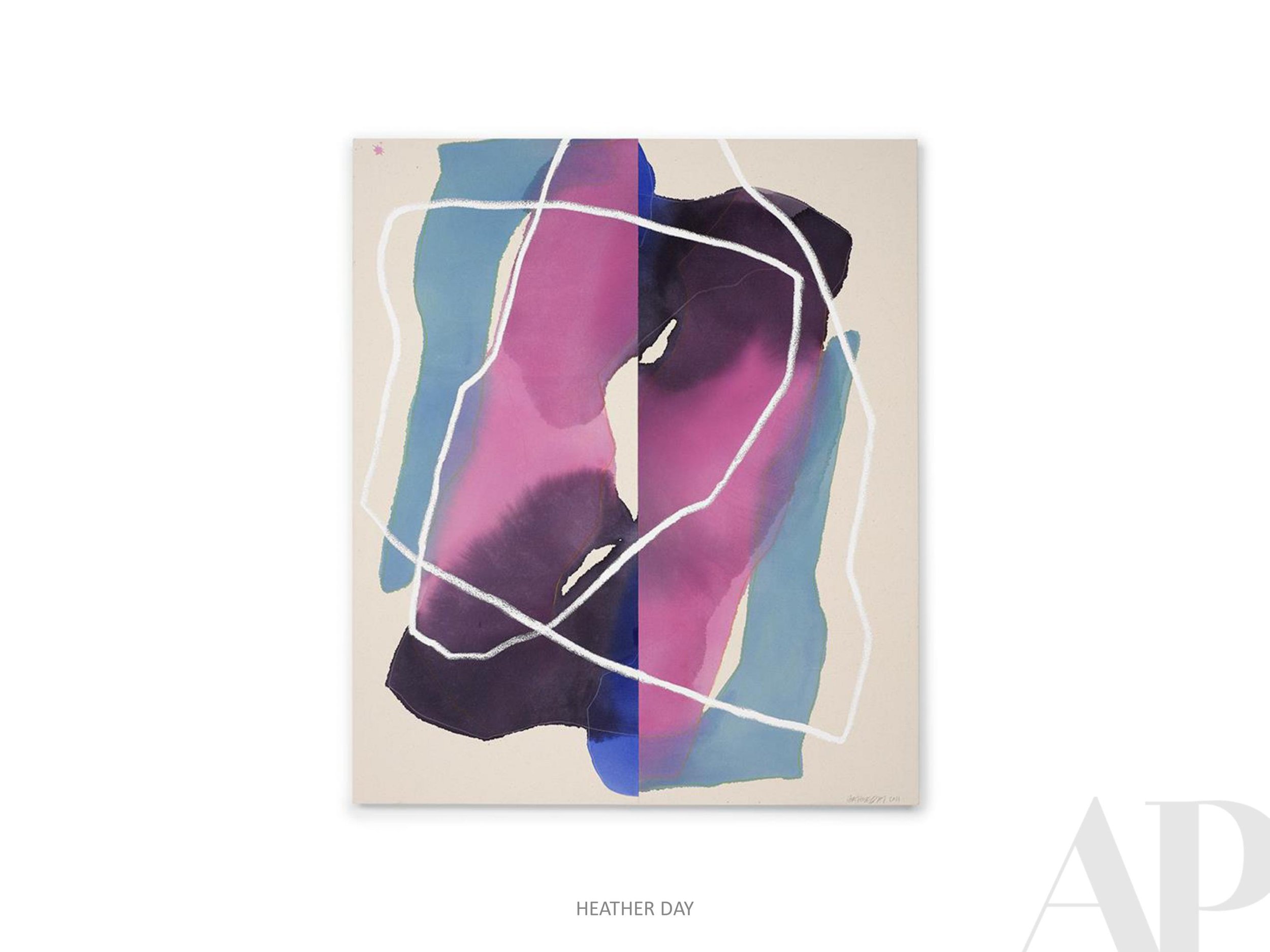
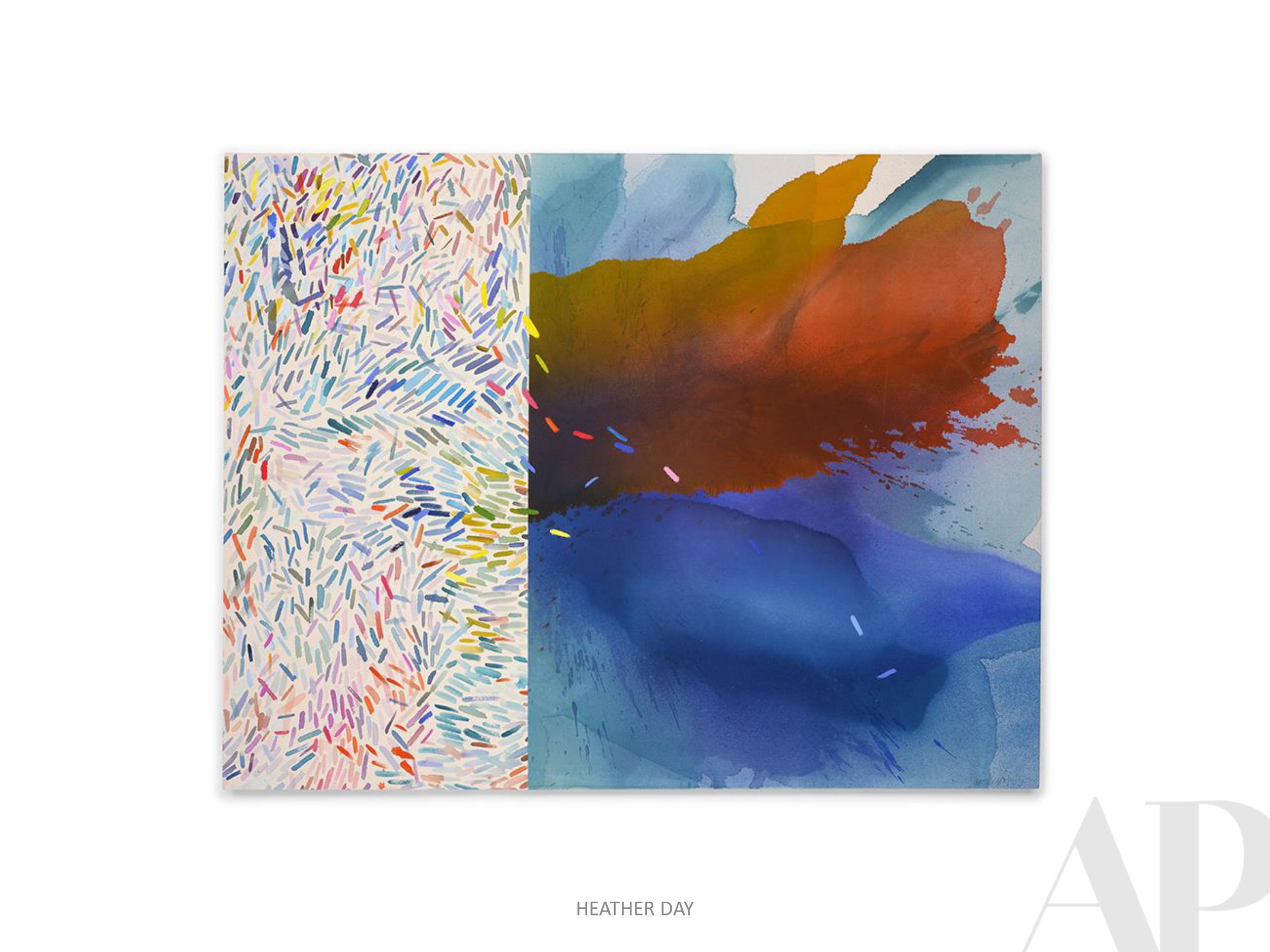
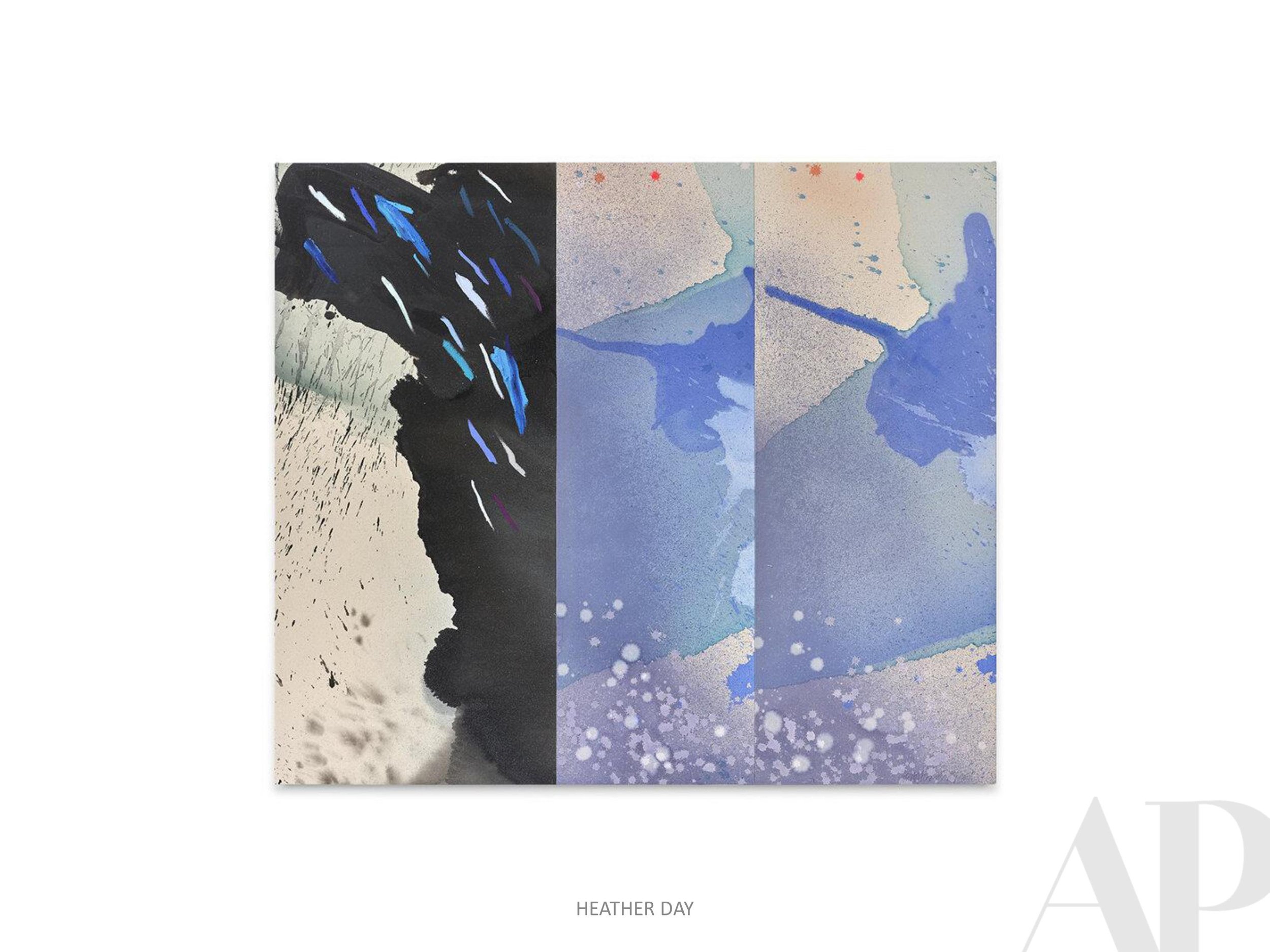
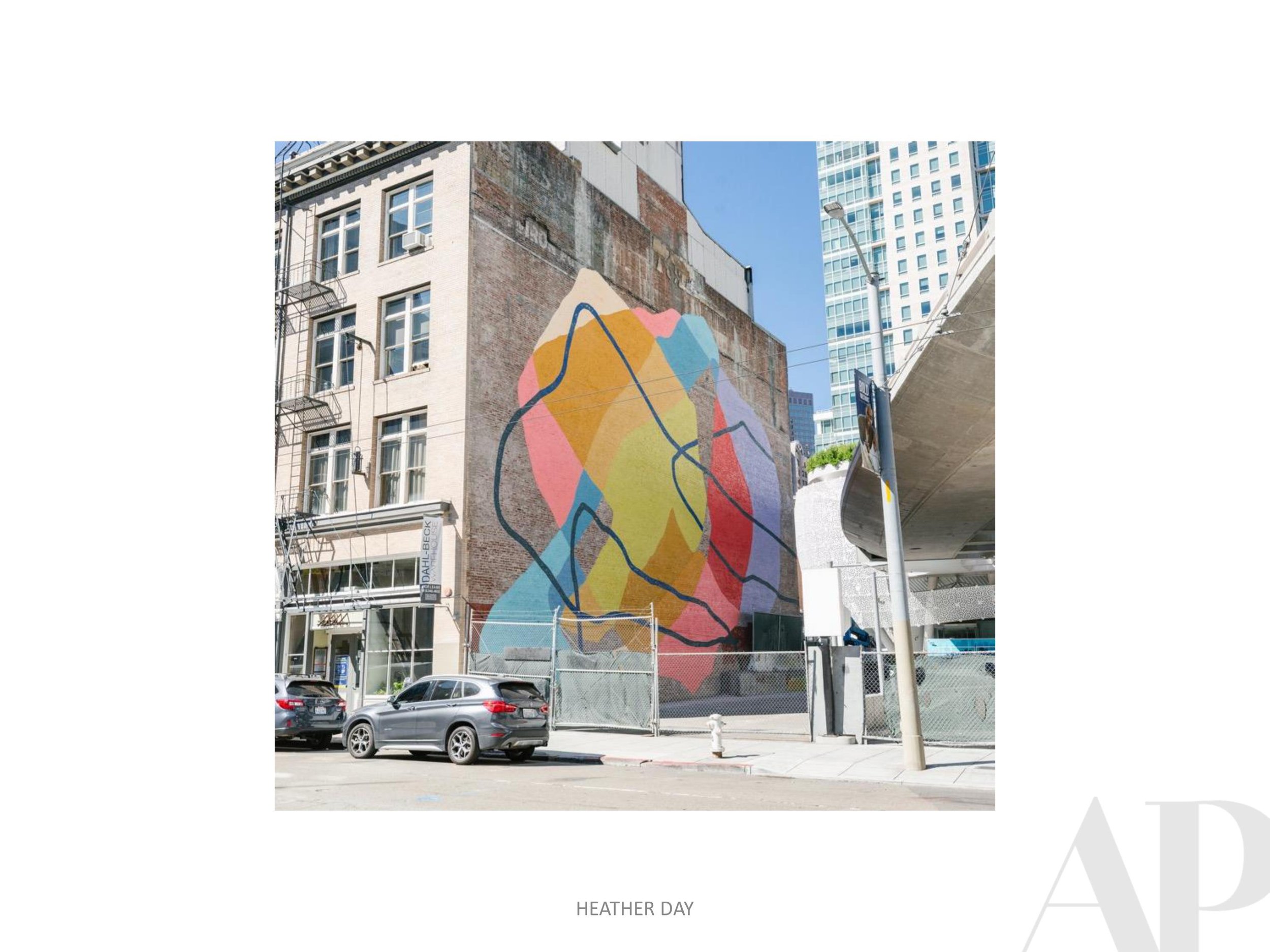
Case Study #4 | Caroline Bullock
We recently completed an elegant redesign of Boca West Country Club with the designers of Larson Nichols. Among the selected artwork was a custom commission by local Caroline Bullock - this package was definitely an Atlanta creation!
To learn more about the project and Caroline’s fascinating process behind
“Everything is Blooming Most Recklessly”
please flip through our latest Case Study below…










Words with Friends | Erika Lee Sears
Erika Lee Sears: An artist from whom we can always expect the unexpected
Mallory Johnson (APP) for Amy Parry Projects
Erika Lee Sears is an artist out of Portland, OR whose work you may have seen on Portlandia or covering Lana Del Rey’s book, Violent Bent Backwards Over the Grass. Her work is made magical by her bold, expressive color palette, the way she captures the shimmer and shine of objects such as disco balls or the flame of a candle atop a birthday cake, and the nuance and contemporary feel she brings to her paintings.
Like many of us, she enjoys true crime podcasts and spending time with her family, and like very few of us, she makes art every single day. Her artwork encourages us to romanticize our own lives and to look differently at the objects all around us.
APP: Have you ever had a moment where you wanted to stop making art every day and if so, what motivated you to continue?
ELS: The reason I create an original piece of art every day is that after the birth of my son I wanted to stay creative on a daily basis. I started when he was just six weeks old. I don’t know what I was really thinking, but I look at it as my time for myself. It is a lot different from when I first started; at first, it was always about 10 or 15 minutes that I would spend making a piece. Even the pieces I made over the weekend were 10- or 15-minute pieces, so they’re not always super lengthy in terms of time. You’re making something and it doesn’t always have to take several hours or all day; sometimes it can just be an expression of what’s happening in the world. It’s more like documenting my journey through creativity.
APP: What is the most difficult thing you’ve encountered as a self-taught artist?
ELS: I think when you learn something on your own it’s different. I’m an oil painter, that’s my discipline, and there’s a lot of opinions around oil painting. If you know any oil painters, or if you join a Facebook oil painting group you know that they can argue about things like the type of brush for days. I’m not that kind of painter, so I kind of had to dive in and figure out what worked best for me. Maybe that’s true in a lot of art-making. Being self-taught just makes me feel like I need to work harder. Also, as far as oil painting, I feel like it has come a long way. The way that they’re making oil paints is a lot different than it was 20 years ago, so a lot of the rules might not even apply anymore. There’s a lot of different ways to do one thing; you may not have to do it the same way it’s taught.
APP: How do you balance being a mom and a full-time artist? Do your kids help or inspire you? Do y’all make art together?
ELS: They love to be creative and they always have a place in my studio, but I’m not super strict about teaching them. My daughter’s really creative and she loves to draw, but right now she’s really into learning Procreate and coding and how to take her drawings and transfer them onto the computer in order to make eight-year-old gifs. For example, she’ll draw a puppy and put it into the code that makes it dance. I’m getting her Skillshare for her birthday, but I don’t want to push her into professional stuff too soon. I want her to enjoy being a kid.
APP: I only ask because I feel like kids can bring such a unique, unclouded perspective to really everything, but art especially that can be fascinating.
ELS: Oh yeah, I always think of this quote “stay hungry, stay foolish” and that’s kind of where you want to keep your mind.
APP: Has your background in finance benefitted you as an artist?
ELS: Well, I know how to answer a lot of emails at once! It is helpful, it’s just different. The only thing I learned from having a conventional job is how much I enjoy being self-employed. I think I’ve been self-employed for 9 or 10 years, and the longer I am, the more it feels like I’m supposed to be here.
APP: How do you choose your subject matter?
ELS: Right now I’m painting for an upcoming show in San Francisco. With this project, and really with whatever projects I have, I’ll start thinking about my series, but I can’t paint the same thing over and over. I can’t say, “okay I’m just gonna paint this one series” for five or six days in a row. I tend to take breaks so I can paint other stuff too. That’s the thing I like about making art every day: I can paint whatever I want and I don’t feel like I have to do something in particular. I can paint whatever happens to be inspiring me that day.
APP: What attracts you to other people’s art? What are your art and design aesthetics?
ELS: I follow so many different kinds of artists and so many different kinds of designers. My favorites are the unexpected ones. In my work, I always try to put in a surprise. I think that’s my favorite thing to see and to have that reaction of, “Oh oooo” when you encounter something really surprising. That can apply to the subject, color, proportion or perspective.
APP: I love the still-life aspect of a lot of your work. I feel like a contemporary still-life is so telling of the world around us. For instance, I never would have thought of a peanut butter jelly sandwich as painting subject matter. How did you come to this?
ELS: I think about what is happening around us. We’re surrounded by objects, things and everyday life and thinking, “What does all of this say about us? What does that say about our footprint right now?” I feel like artists are documenting our time right now and what’s happening in our world at the present. Even though I do a lot of still lifes, these are the things we’re holding onto today.
APP: I find a certain lightness in your art. Do you ever feel called by the world around you to go darker with your work?
ELS: I was talking to someone at a gallery and she told me I need to be painting lighter, and that my work is starting to get dark, haha!! I have to always paint from my shoes and my viewpoint on the world. I think people are going through the journey of expressing themselves. I’m just authentic to my journey, my light, and what’s happening with me. I’m just trying to survive in my own life; I think we all are.
APP: I think what people started to realize recently is how much of a debt they owe to creative people for basically every source of entertainment. I find it impressive how enduring artists and other creatives have been this past year.
ELS: I think we’re lucky as artists that people are paying more attention to people online. It’s this weird place like you said before where you can’t celebrate the wins because the world is going through so much; that’s what’s hard. We’re all in this weird place of survival. Should you celebrate the wins? Yeah. Are there a lot of people hurting and going through a whole lot? Yeah. I think the world is a lot more sensitive to what people are going through and that’s definitely a good thing.
APP: You mention on your website that you are always finding something extraordinary in ordinary moments. What makes the ordinary extraordinary in your opinion? Do you have a moment that sticks out to you?
ELS: That happens all the time. I mean even on my post from the other day, I did a painting of a cheetah because my son asked me, “Where do Cheetos come from and what part of the cheetah’s body do Cheetos come from?” He’s pretty wild. It’s just stuff like that. Or my peanut butter and jelly series started because I cut my son’s sandwich wrong and he was mad at me for cutting it in a triangle and not a square.
APP: That’s great. Keep painting, we love it!
Learn more about Erika by visiting her website.
A look inside Georgia Tech's newest space for start-ups, Encore
By Erin Schilling – Technology Reporter/ Atlanta Inno, Atlanta Business Chronicle
Jul 8, 2021 Updated Jul 8, 2021, 1:30pm EDT
Startups can now lease space in Georgia Tech’s new office space in West Midtown, an area booming with new investment.
Encore, a 50,000-square-foot space, is part of The Interlock, a budding mixed-use development at the corner of Howell Mill and 14th Street.
Encore is meant to be the next step for startups graduating from the Advanced Technology Development Center, a long-running incubator sponsored by the state and hosted by Georgia Tech.
ATDC startups are often small, founding teams in the early stages of development, meaning they don’t need much office space. Encore caters to the next phase of a startup — one that’s building its team but not be quite ready to disconnect from the ATDC startup community.
Encore's co-working concept is popular among early-stage companies, where the community is just as important as the office space. Buckhead’s Atlanta Tech Village already models this concept and has incubated at least two startups, Calendly and SalesLoft, that have surpassed $1 billion valuations.
The new incubator has 13 suites available to companies, which hold about 14 to 30 people each. Startups can customize the space or lease two suites for more space. CairEA, an artificial intelligence-powered real estate analytics platform, moved in the beginning of this month.
Encore also has conference rooms, individual workspaces, a coffee bar and balcony available. The Interlock also includes Puttshack, Chase Bank and other restaurant tenants. The $750 million development has 160,000 square feet of office space, a 40,000-square-foot grocery store, 280 student housing units, a 190-key hotel and 20,000 additional square feet of retail space.
all photography by Katie Bricker Photography
Currently Inspired By...
August of another summer,
and once again I am drinking the sun,
and the lilies again are spread
across the water.- Mary Oliver




















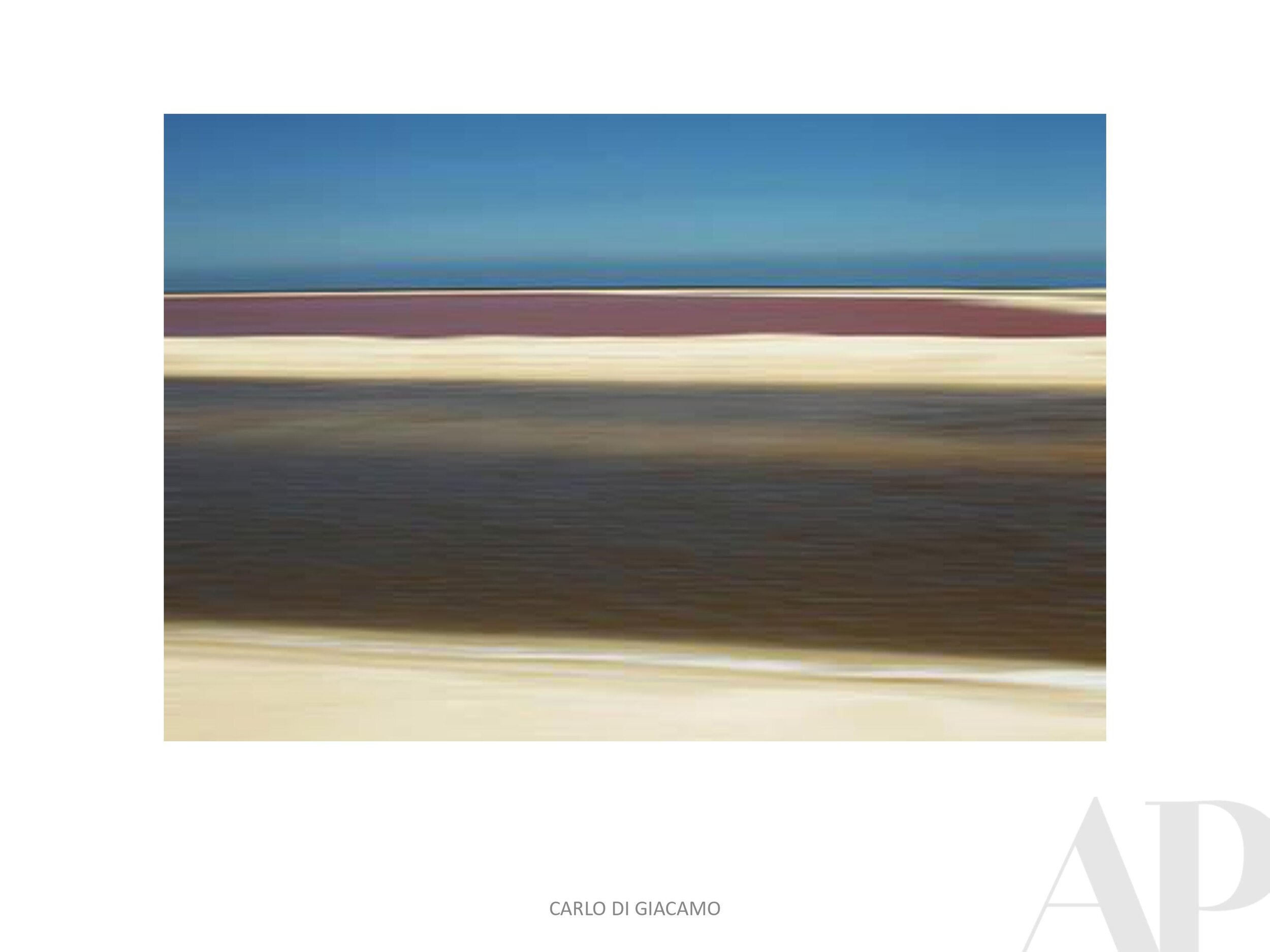
























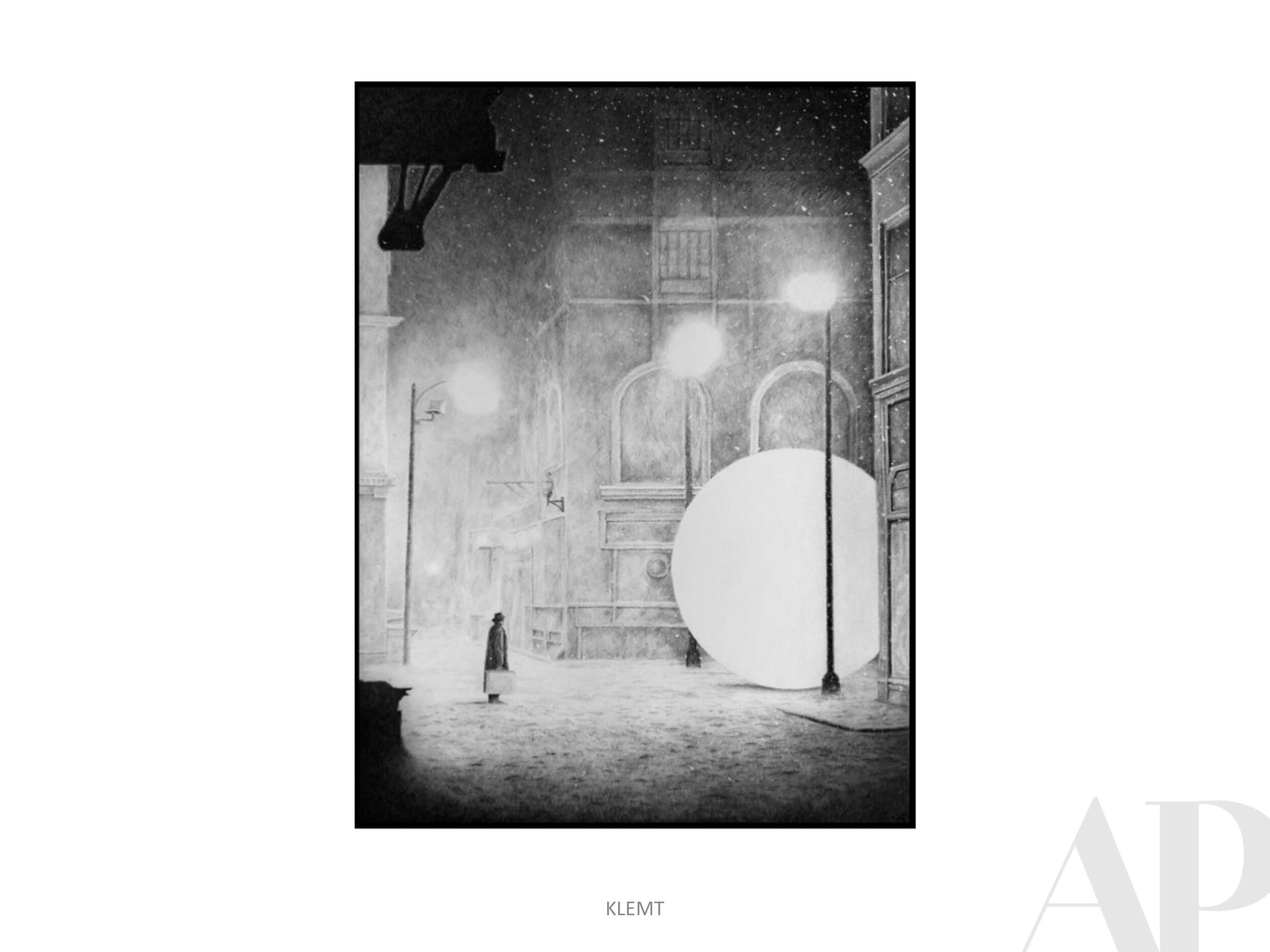



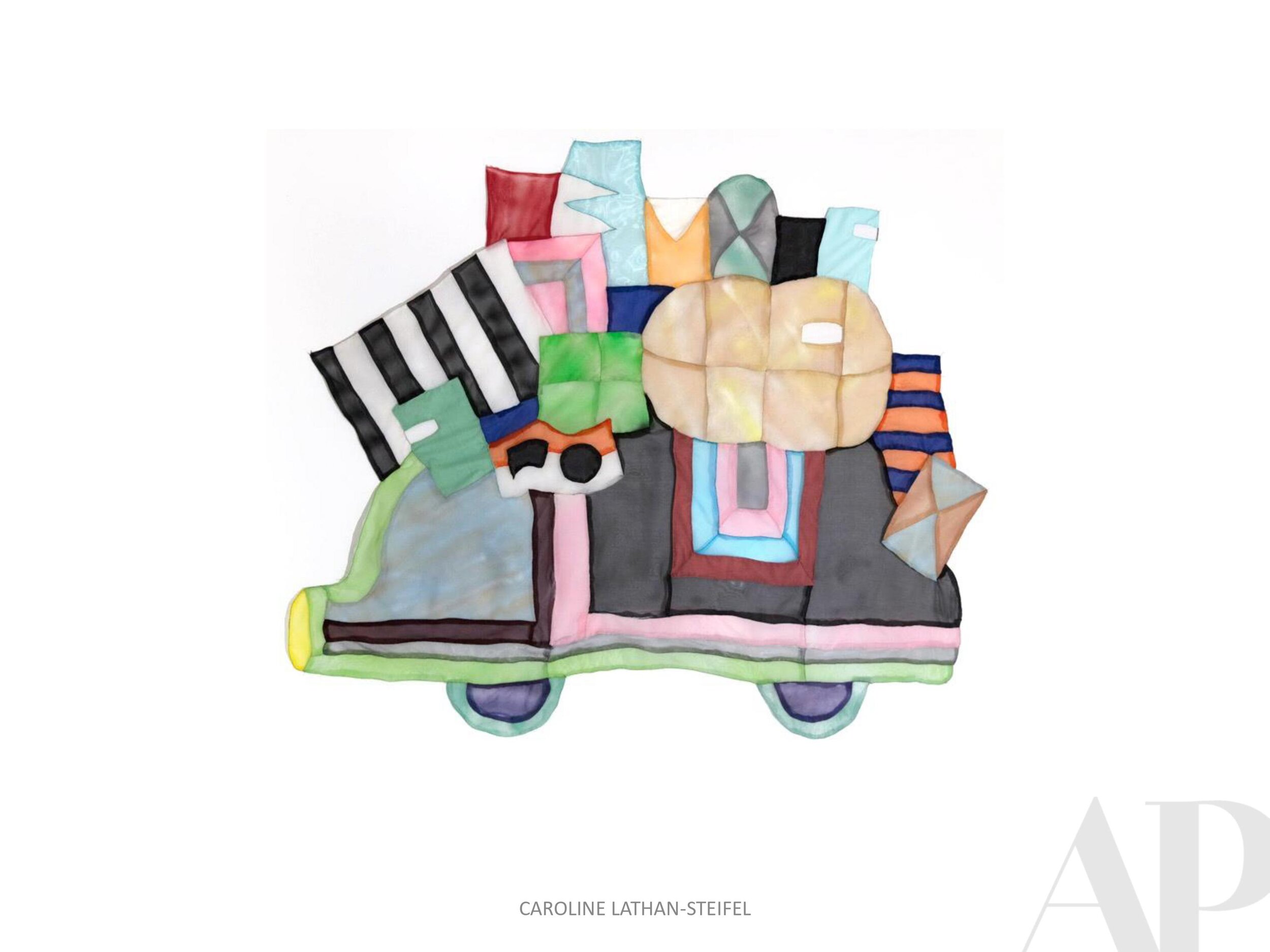
















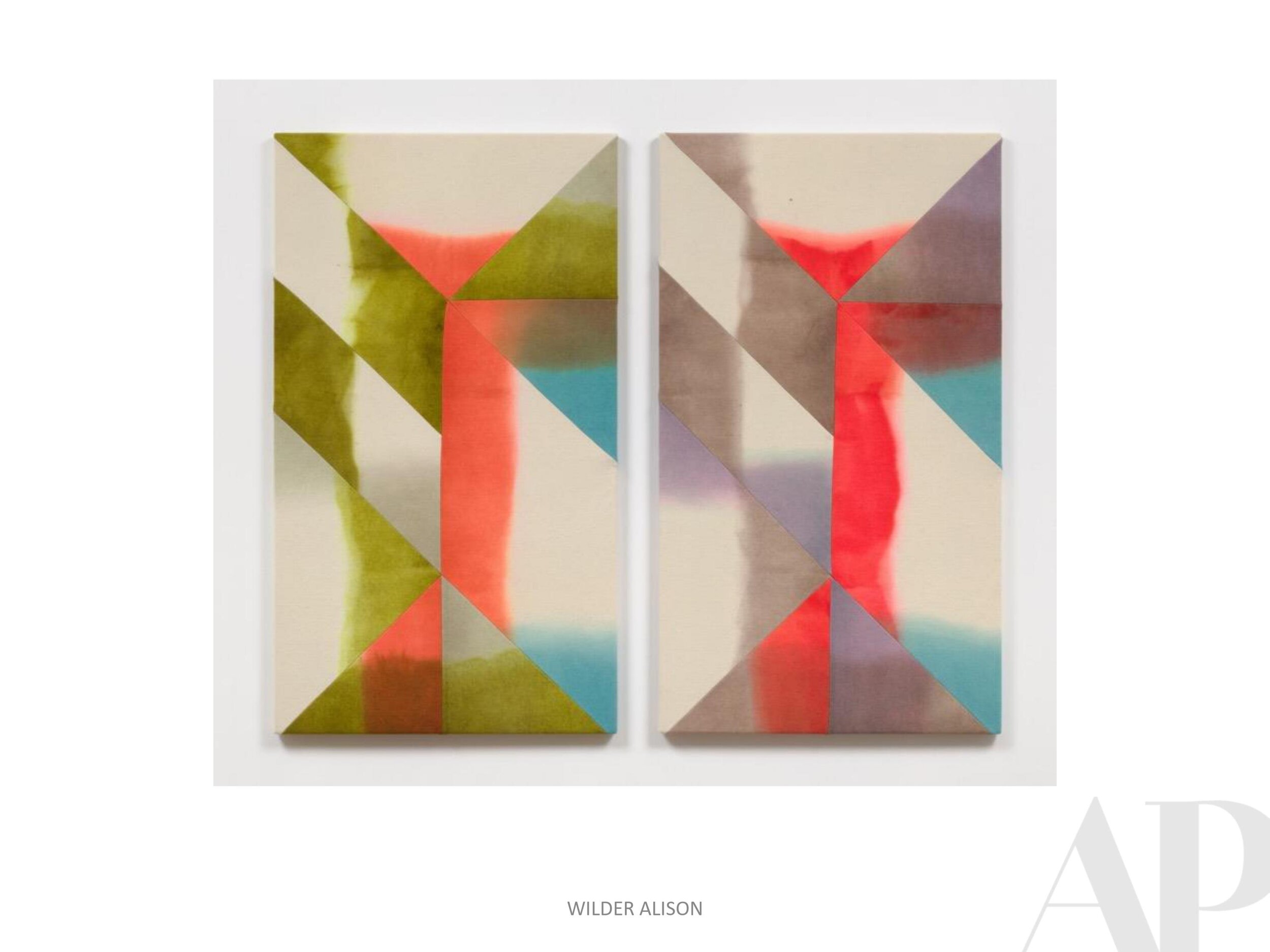



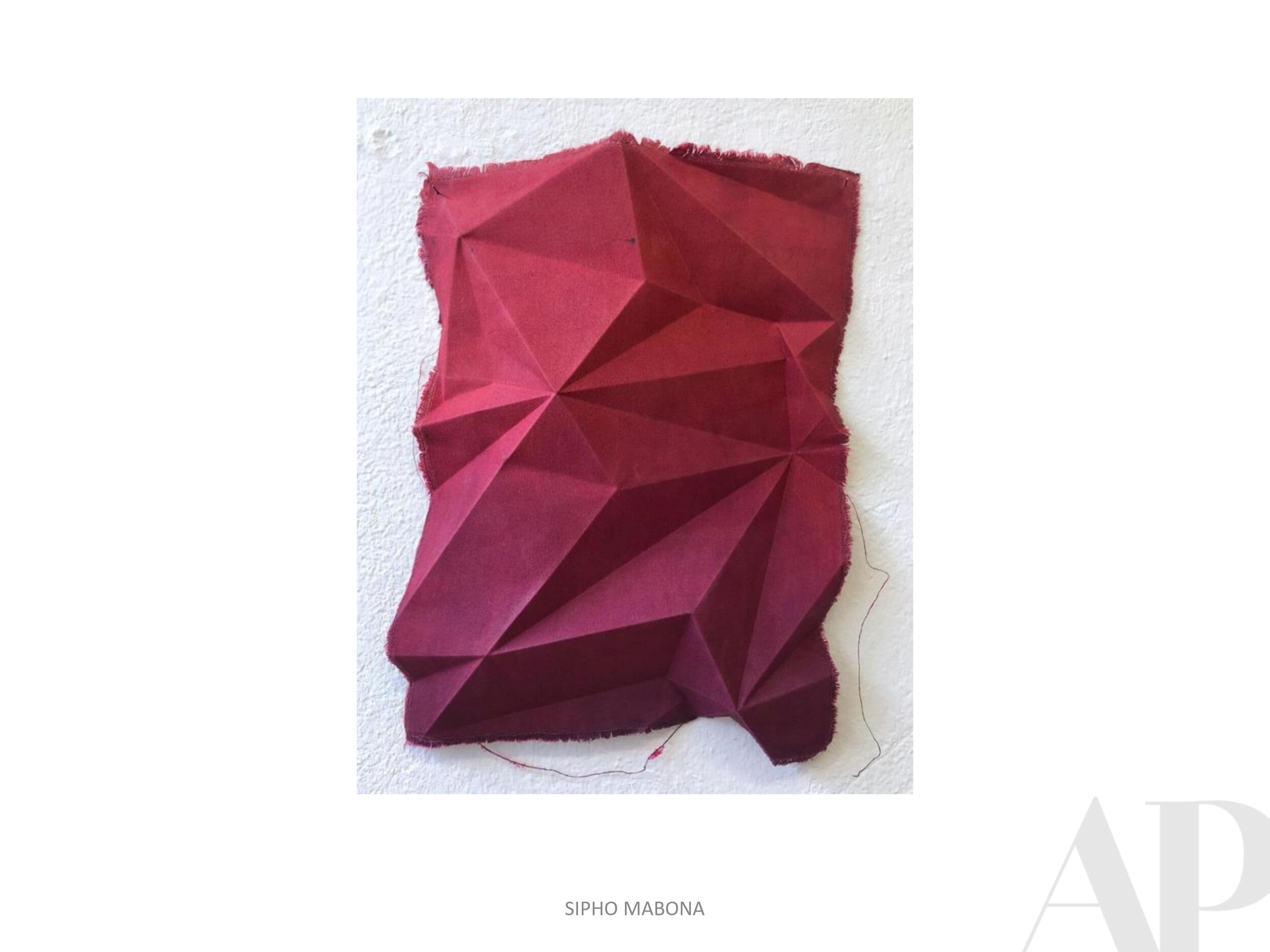





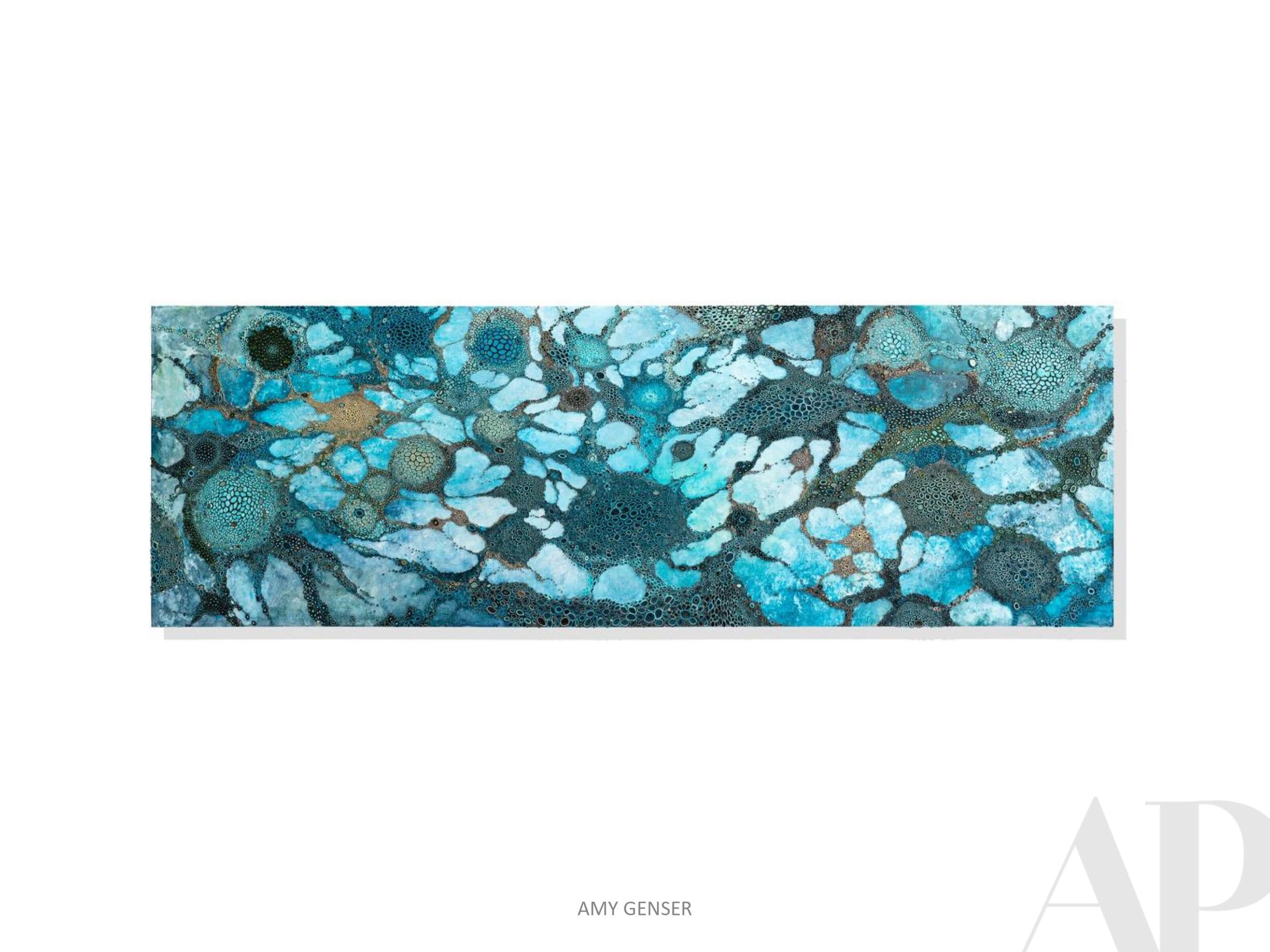










APP - Accessories Packages
The best hospitality art packages utilize a variety of accessories to further develop the design narrative. We have a plethora of resources and a passion for putting together these collections. Please send us an inquiry when you are in need of a great accessories package (or if you are an artist who works in dimensional multiples and would like us to consider you for future projects!)
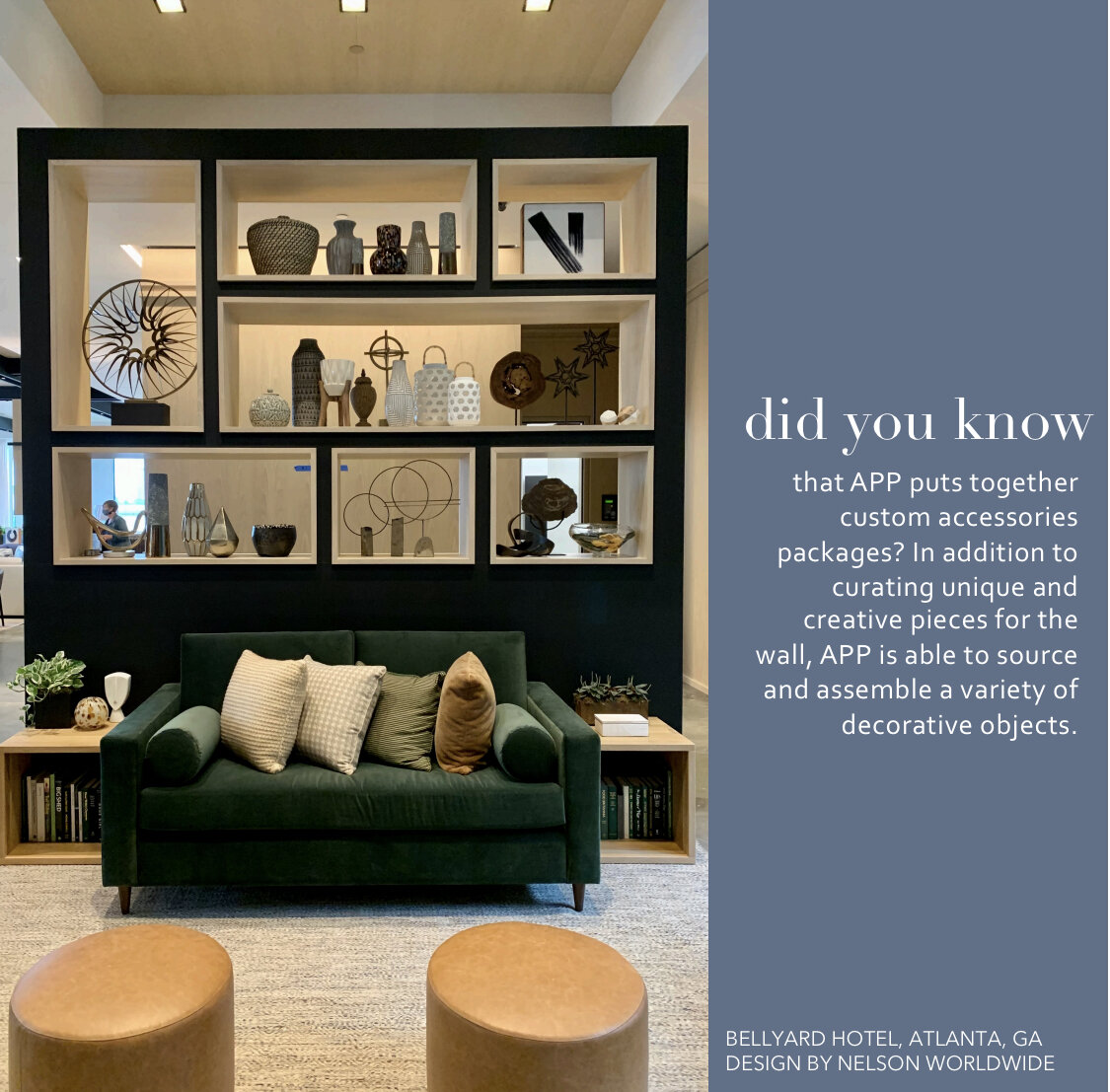
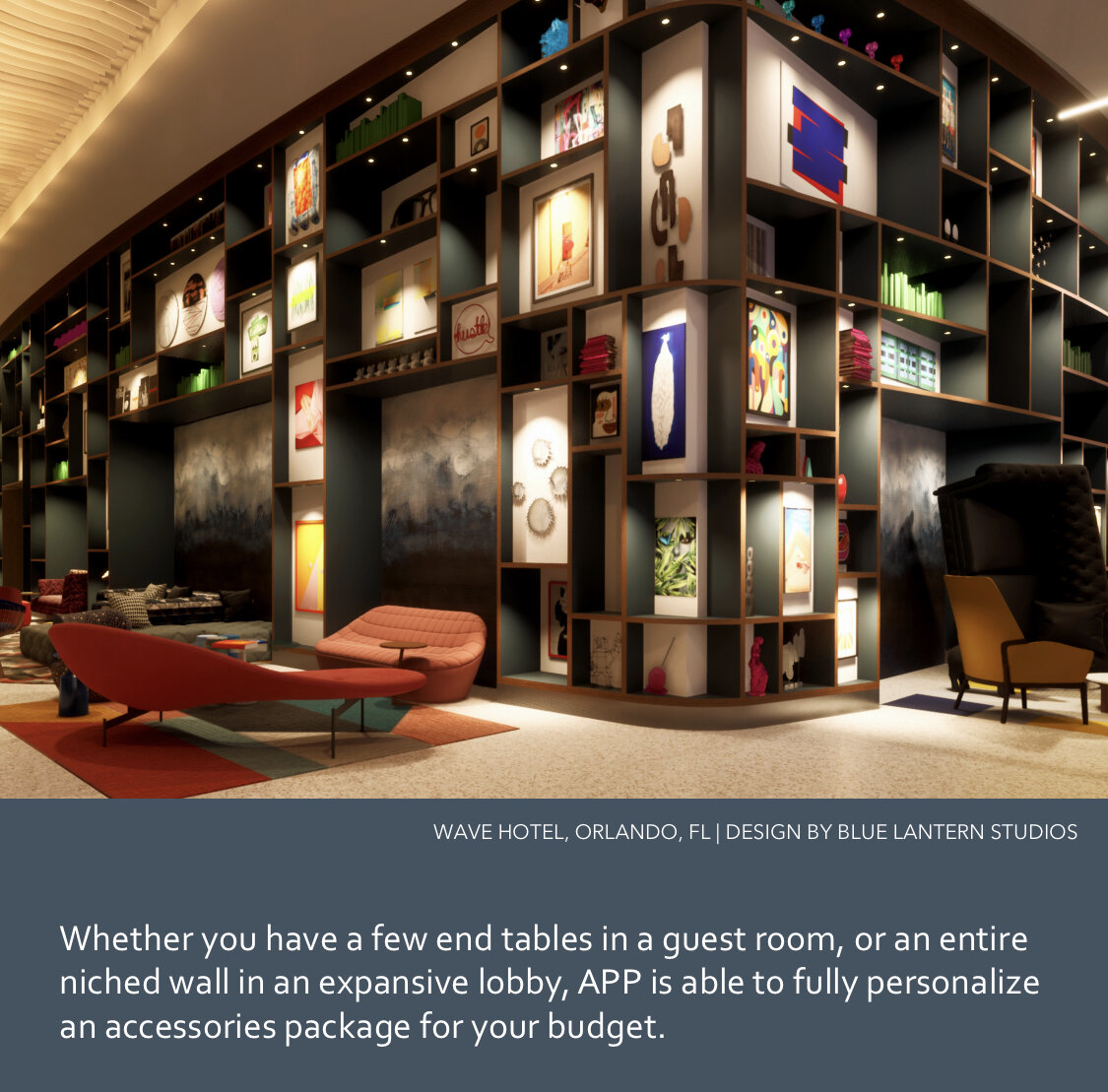
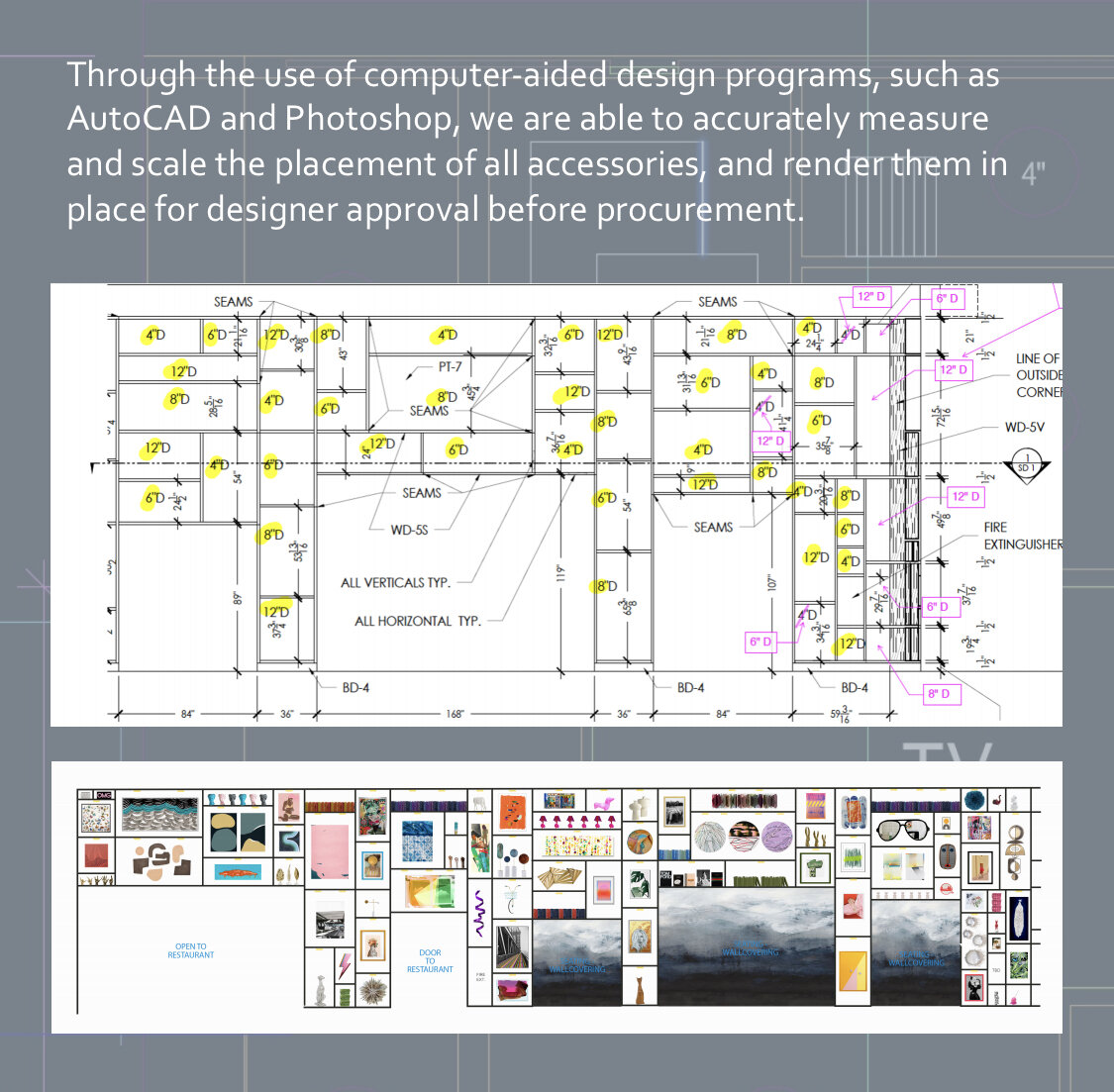
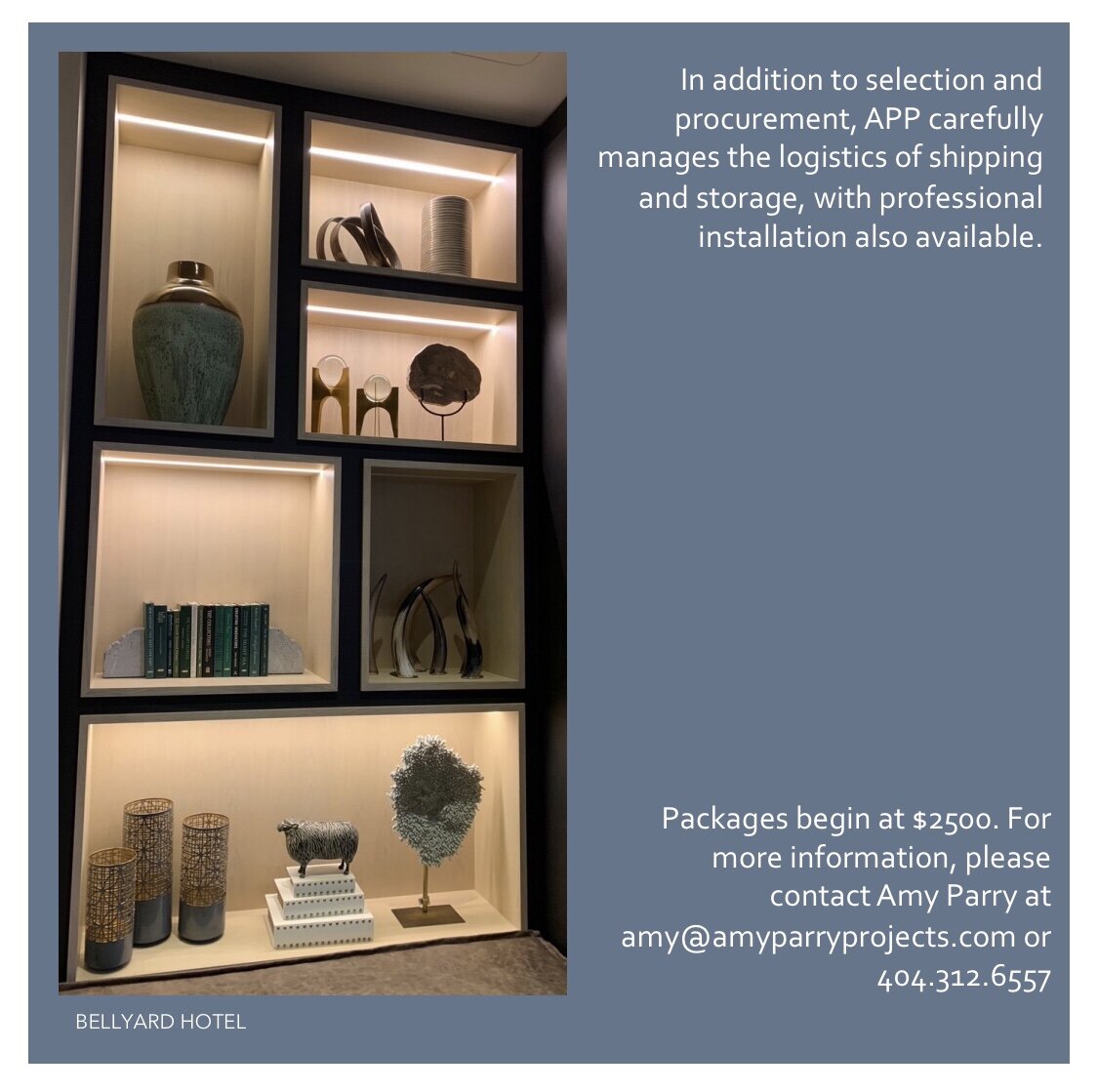

Slow Dancing in the Light
Courtyard Mural at Bellyard Hotel
Still in awe of the brilliant courtyard mural recently completed by Lacey Longino for the Bellyard Hotel, Atlanta, GA. This custom mural was commissioned nearly three years ago before Bellyard broke ground. The location’s history as a railway intersection and stockyard inspired much of the art inside the hotel. The courtyard mural honors the same rail and brick legacy while mirroring the vibrancy and excitement of the Interlock project that has evolved there. Lacey began her work only after the hotel property opened, allowing the hotel staff and guests to watch her inspired process as it unfolded. This mural will bring undeniable joy for years to come.
Please enjoy reading the artist’s thoughts below…
I want this space to bring joy and remind people to celebrate what was here, but also what is here now. Where they are and what path they are on. We go so fast that we forget to slow down and be truly present with those around us. Let’s celebrate and make new memories. Remembering the past, learning from it, making the changes that need to be made and being better all around. This space is all about bright, bold futures. Finding ones’ light and existing in it. Sharing that light with your neighbor. It’s about dancing through life and spreading that light…
Love walks through city parks
With the love of my life on a hot summer night
Fresh picked flowers along the way
Love radiating from every petal
Following the yellow brick road
In the morning & the evening
As the seasons change
Walking & talking
Enjoying ones presence
& truly being present
Hello yellow brick road
Or goodbye
Cue Elton John album
Why a yellow brick road?
Because we are all searching for ours
So many yellow brick roads
One leading to greatness
One leading to sadness
One leading to chaos
One leading to light
It’s okay to change tracks
Trust the path you’re on
Be present with each step
If your path becomes broken or weary
Rebuild it
Grow from the tracks that led you off track
Choose love & light & joy
Dance it out like these little flowers
Let the light of love into your life
Flow on over to your new track
Love others along the way
Be kind to yourself
Have grace for you & them
Walk slow & drink a lot of water
Believe in magic
Lay it out brick by brick
And pay attention to when your light shines the brightest along the way
One day you will arrive
And slow dance so fearlessly in the darkness that the light will pour in
And you will be home dancing in your own light
— Lacey Longino, 2021
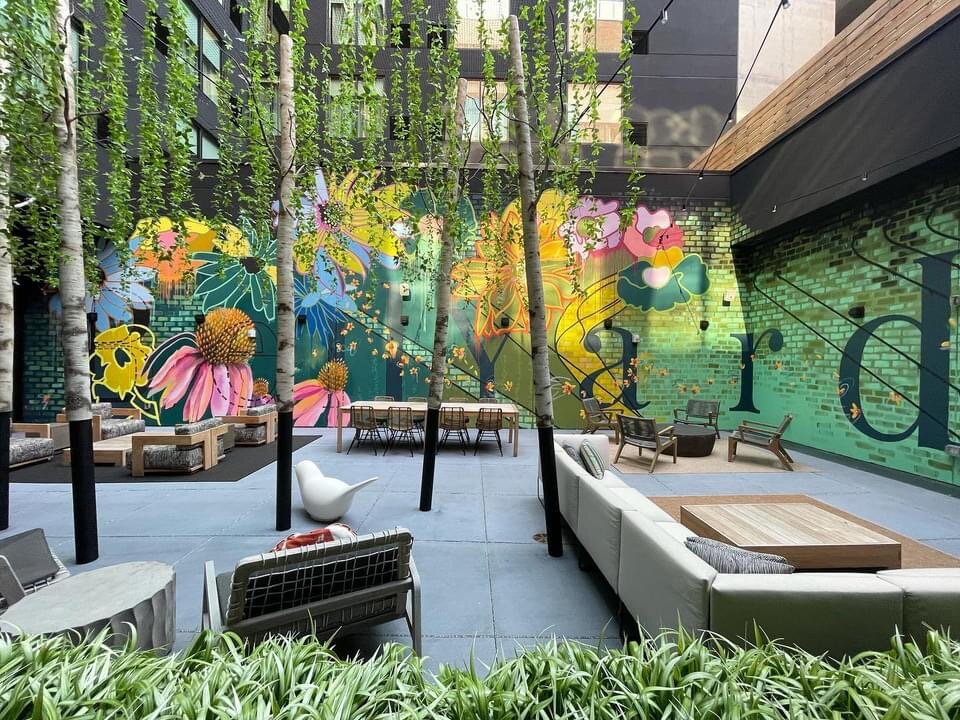
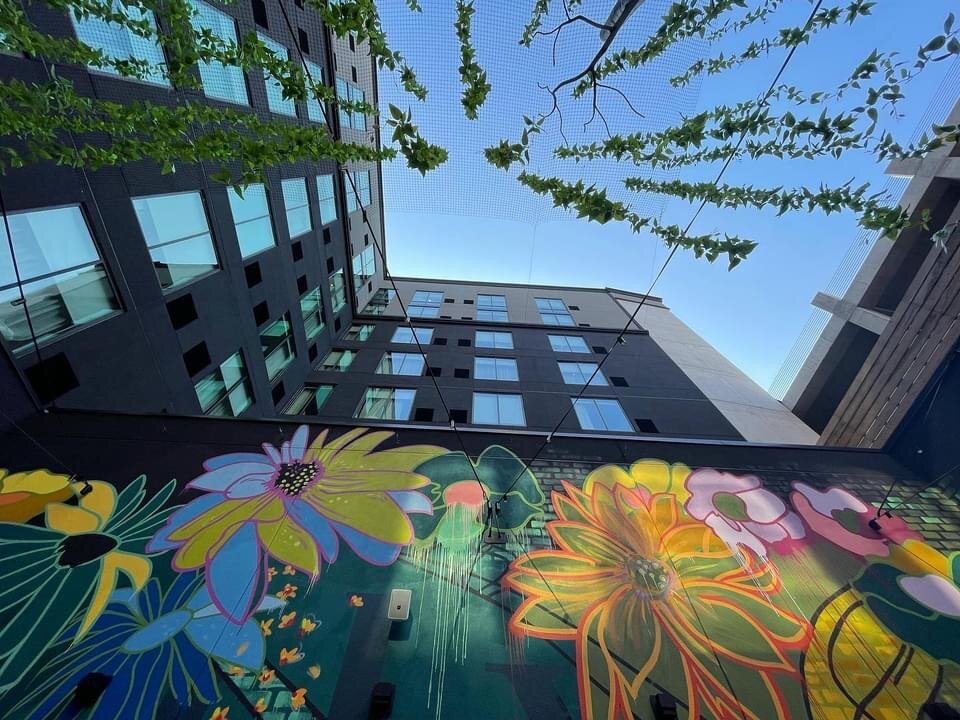

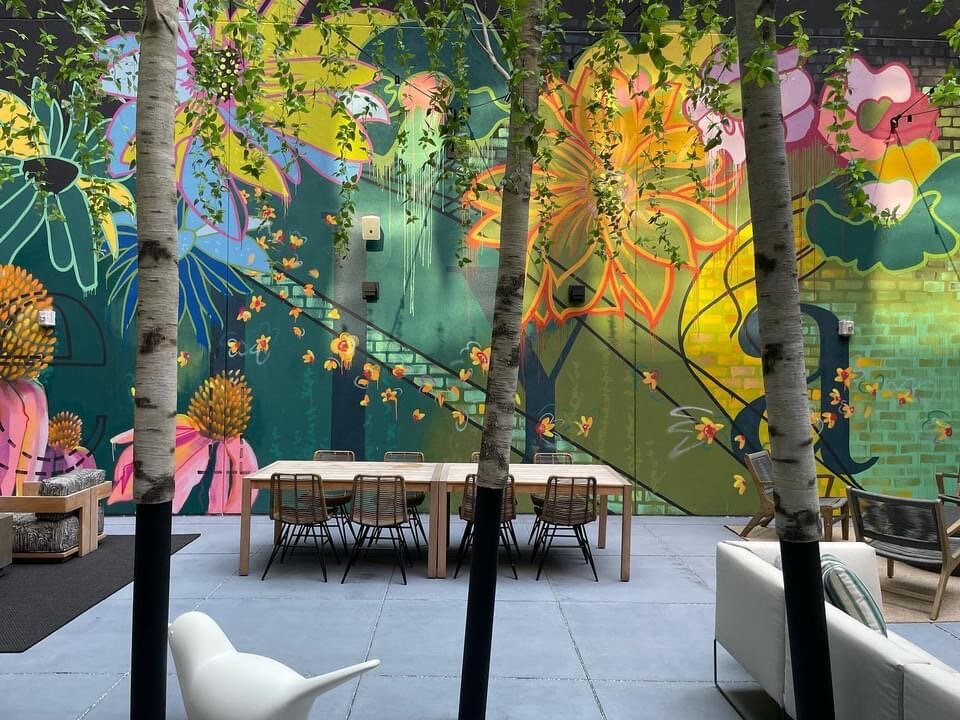
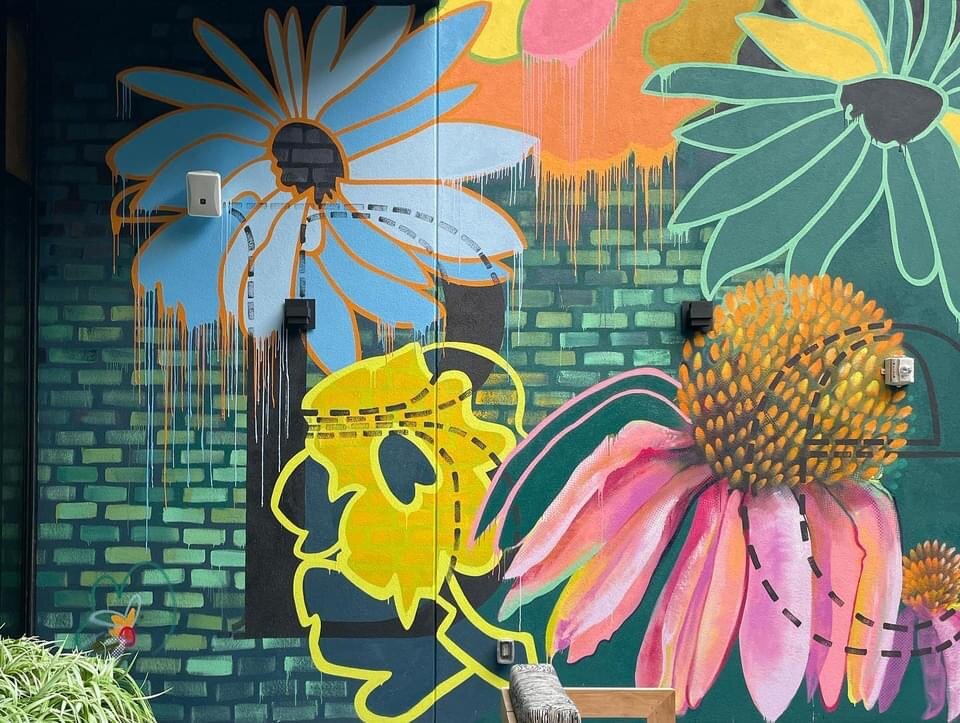
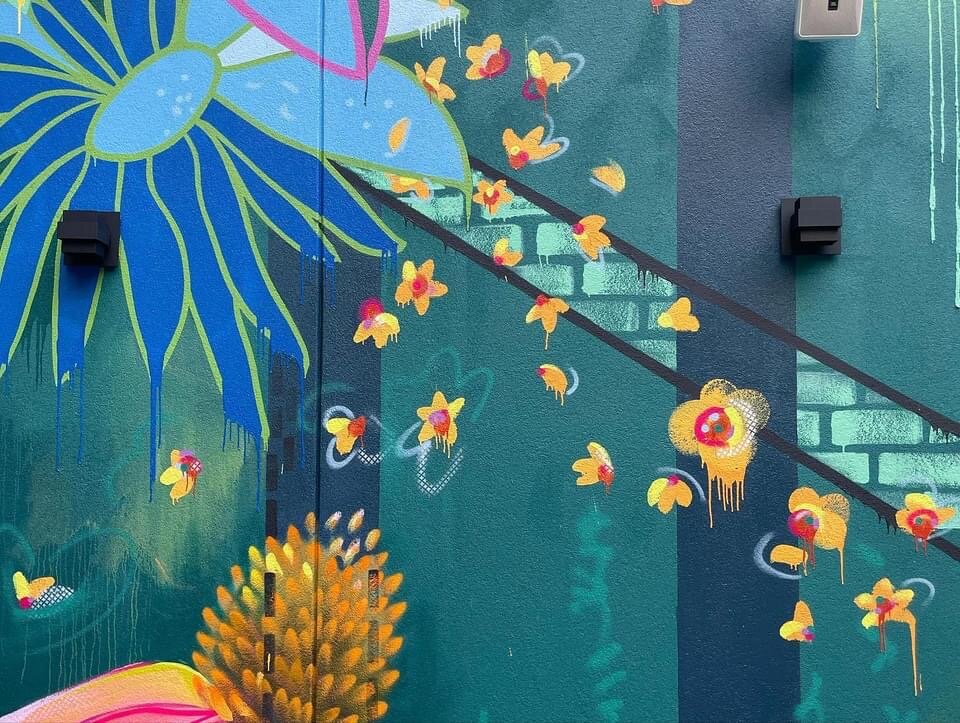
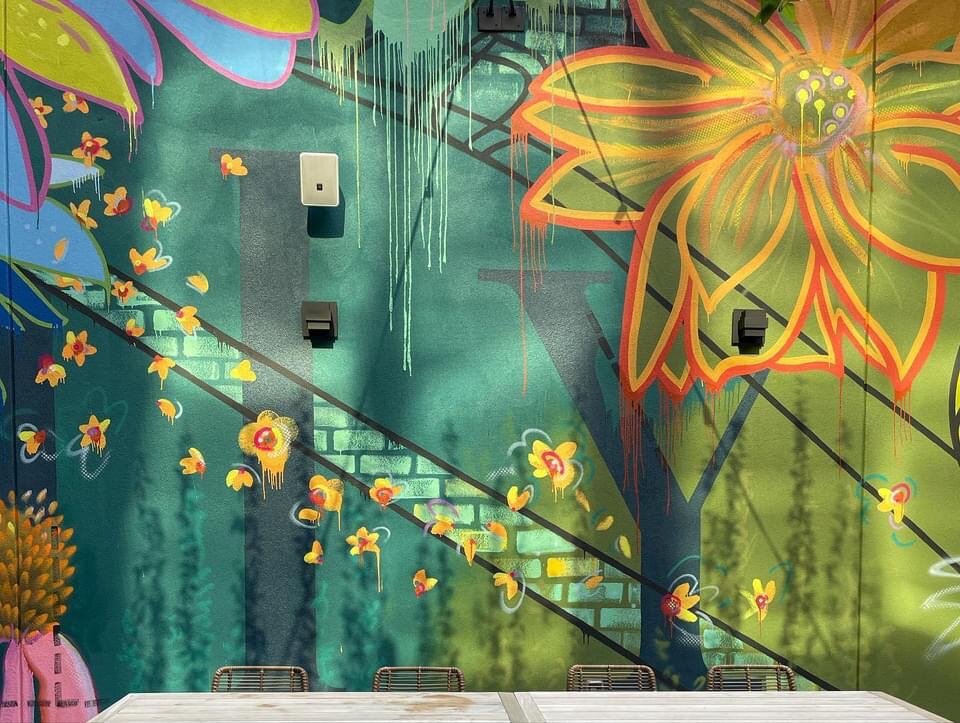
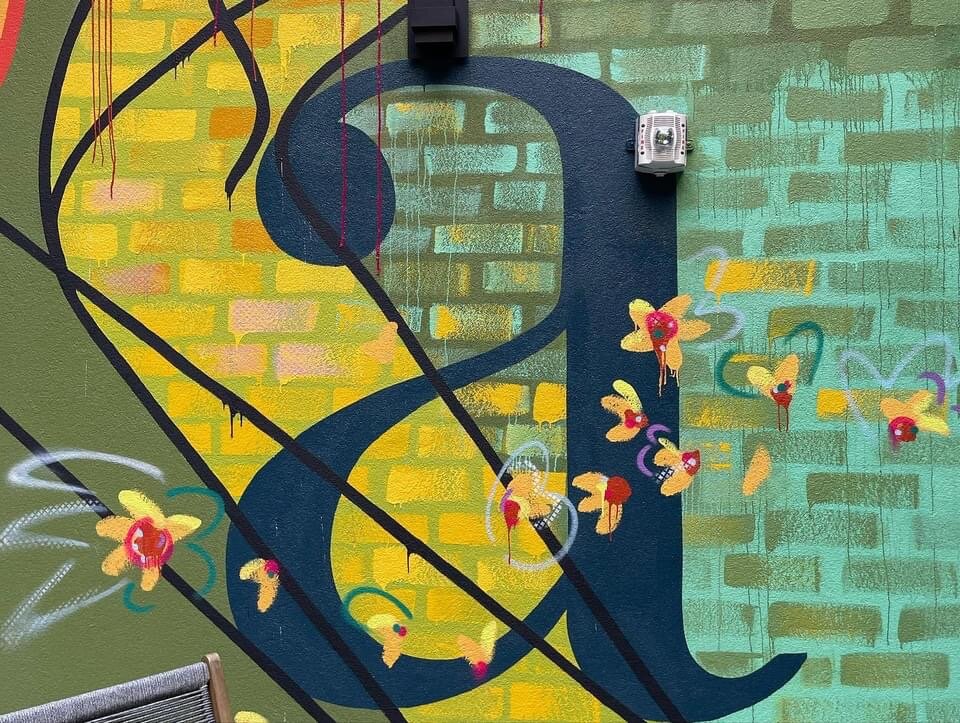
Design by Uncommon Studios | Art Consulting by Amy Parry Projects
Special thanks to Mallori Hamilton of Uncommon Studios ATL for her creative vision and collaborative spirit throughout this entire Bellyard Project.
Hippies in Midtown
The Great Speckled Bird and Counterculture’s Impact on Atlanta
Mallory Johnson for Amy Parry Projects
A counterculture movement in the Deep South, Atlanta’s first drag bar, and a notorious nightclub; you might be surprised to find the connecting threads meet at 551 Ponce, the current location of the boutique Wylie Hotel.
Take a stroll around Little Five Points and you’ll see “hippies” outfitted in Free People and their favorite thrifted finds, lining the block waiting to access their local crystal shop (mind you, I’m often one of them). Hippies in Atlanta are no new phenomenon, but it is the originals, the ones whose political motivations aligned with their unkempt style of dress who gave us The Great Speckled Bird publication. The name came from a song of the same title by Roy Acuff, the first living member inducted into the Country Music Hall of Fame. The Great Speckled Bird, a moniker that nods to the newspaper’s Southern-ness, soon became colloquially referred to as just “The Bird.”
“Printing the news you’re not supposed to know” reads the tagline of the underground hippie newspaper. Brought together by frustration with conservative Atlanta news outlets, The Bird’s founders created something unique that addressed both politics and the counterculture. Anti-Vietnam war sentiments were interspersed with cheeky graphics, making a truly relatable newspaper that also filled a void in media at the time. The Bird grew quickly from the date of its first publication on March 8, 1968; in six months it had transformed into a weekly publication. For 15 cents, an Atlanta resident with an interest in gay liberation, the women’s movement or the Black Panther Party could purchase a copy of The Bird. This meant that a vendor who chose to sell papers for The Bird in the “Hip Community” or to out-of-towners could turn between a 5-10 cent profit and never risked losing money; by all accounts this was a rare opportunity at the time. It was Atlanta’s first underground paper and by the time 1970 rolled around it was also the third-largest weekly newspaper in Georgia with 22,000 copies circulating.
The Great Speckled Bird could be depended on for honest reporting and it also served its readers who were able to use the publication to find other like-minded individuals. It gave many people a voice and a place to publish their artwork or poetry. The Bird’s internal structure was even reflective of the Leftist politics their paper was known for; instead of abiding by a traditional hierarchical structure, staff members would switch in and out of editor positions. Articles that went to print were also determined by popular vote, ensuring the paper maintained a fresh perspective and a very high quality of journalism. A collective with a shared interest that fed the community the news they were looking for, the grittier low down on things that actually mattered to 20 and 30-somethings with a propensity to smoke, attend rock concerts and fight for social justice. That it got its start on the Emory University campus and was originally intended to be a multi-campus underground newspaper makes The Bird’s growth all the more impressive.
In 2018 The Atlanta Journal-Constitution answered an inquiry about what ever happened to the alt-weekly paper. In their coverage of the rise and fall of The Great Speckled Bird they cited Senator Nan Orrock (D-Atlanta) one of The Bird’s founding members, who described what the paper meant to people. Orrock stated, “The Bird became Atlanta’s meeting place for progressive thought.” This quote followed discussions of just how badly Bird staffers thought the mainstream media was lacking. It was intensely ironic that the AJC, the very same media outlet (back before it took on the J) that was frequently under fire in The Bird for editor Ralph McGill’s open support of the Vietnam War, was now a source for information on the long-since active weekly paper.
In any given issue of The Bird, you might find an article on The Jimi Hendrix Experience with a critique on Coca-Cola alongside a note to “go fuck yourself.” As far as The Bird’s more irreverent content a good example takes the form of a Where’s Waldo style drawing appearing on the “Puzzle Page” of the January 5, 1970 issue. Readers are asked to find the “six pigs hidden in the image” before JoJo and Loretta can, devoid of narc paranoia, light up their joint in the park. This kind of funny, shameless, anti-establishment content was what came to be expected from The Bird.
Counterculture movements don’t often go unnoticed or unchecked by the powers that be and the same held true for The Bird. Reliant on a network of volunteers to distribute the paper in locations such as college campuses, high schools, and street corners - those selling copies of The Great Speckled Bird were met with harassment from authorities. The arrests ranged from charges as weighty as distribution of pornographic material to minor offenses like jaywalking. The Bird was also investigated by Dekalb Police for “obscenity” and their headquarters, the Birdhouse, was even firebombed at one point. It was discomfort that drove these attacks and a distaste for the way this underground movement held sway in the minds of young people; it was also the way they left no-one off limits from the Mayor to a corporation such as Georgia Power. Their Dekalb printer ultimately refused to continue printing their paper, causing the group to move the printing process into Montgomery, Alabama. No one closer was willing to be associated with printing a paper that was getting so much pushback from the police and local government officials.
When the counterculture movement in Atlanta faded so too did The Bird, releasing its final issue in October of 1976. Despite its discontinuation, reverberations of The Great Speckled Bird’s impact on Atlanta can still be felt today. On its 50th anniversary back in 2018, The Bird was receiving renewed press, and an event was held by Sing Out Defiance with the theme “Media then and Now.” Many interviews with staff members have been documented in recent years and are available to the public through Georgia State University’s library website. This careful remembrance lends credence to the deep mark left by the publication. Outside of the news and academia, one of the places you may encounter remnants of The Bird is in The Old Fourth Ward at the recently opened Wylie Hotel.
Pixel Design Co asked Amy Parry Projects to art consult on this important renovation project. The corridors of the Wylie Hotel now display reproduced covers of The Great Speckled Bird. Since 551 Ponce is a building with such a storied history and connections to the underground counterculture in Atlanta, these newspaper covers serve to remind visitors of Wylie’s past. In the 1990s, years after even the failed attempt to restart The Bird in 1984, Wylie’s basement was home to MJQ. In the 90s, MJQ was an underground club that “snobbishly” fought off gentrification to uphold its status as a place for cool people and those on the fringes of society. It was the happy host to “cross-dressers, artists, thugs, club kids and urban intellectuals.” The way hippies were treated in the 1970s parallels the treatment of the types of people who flocked to MJQ and before that, who frequented Mrs. P’s Tea Room, which was listed in the 1969 edition of the International Gay Guide. Mrs. P’s Tea Room was another former resident of 551 Ponce de Leon Avenue; safe haven for members of the LGBTQ community and home of the first drag bar in Atlanta - Mrs. P’s was active during the same time that The Bird was reporting on the beginning of Atlanta’s gay right’s movement.
The issues addressed by The Bird for its 8 years are concerns near and dear to our hearts to this day, issues that we are still fighting for and that are still on the line. Fighting against systemic racism and hate, and fighting for women’s right to safe and legal abortion and gay rights are all still relevant issues since The Bird’s inception over 50 years ago.
more on 551 Ponce from the Wylie Hotel website:
A revival of the original 551 Ponce, this boutique hotel retains the property’s legacy as a well-appointed, homelike bed-stop for locals and passer-throughs. With gentle charm and assured regulars, comfort is certain to seek you out in this home away from home. These well-appointed, bespoke rooms boast Ponce City Market views, Beltline walks, and a quick jaunt to Georgia Aquarium, downtown and midtown Atlanta areas.
Those who remember Mrs. P’s Tea Room, home of Atlanta’s first Drag Show, will delight in the news of Mrs. P’s Bar & Kitchen, a dignified but approachable dining lounge offering southern eats and inventive drinks. A building personified, Wylie is a friend to anyone who crosses the threshold.
No need to tell stories when the story finds you.
www.wyliehotel.com
551 Ponce prior to it’s reincarnation as the Wylie Hotel, 2019
